
645 Ecommerce Store Success Stories [2024]
An eCommerce business is a company that sells products or services online. Ecommerce businesses have many advantages over brick-and-mortar businesses, including lower overhead costs, increased flexibility and reach, and the ability to reach a wider audience.
eCommerce is booming right now because of the convenience and efficiency it offers consumers. Consumers can buy products from their favorite brands on a platform that makes the whole process easier than ever. They don't have to leave their homes or go out in public, they can just sit down at their computer, tablet or smartphone and browse through all of the options available to them.
To start an ecommerce business, you'll need to set up a website where customers can browse your inventory and purchase items, as well as payment processing software that allows you to accept credit card payments. You'll also need to choose a shopping cart software and manage inventory tracking software.
In this list, you'll find real-world ecommerce store success stories and very profitable examples of starting a ecommerce store that makes money.
1. OWC (Other World Computing, Inc.) ($162M/year)
Lawrence O'Connor, the founder of OWC, came up with the idea for his business when he realized there was a lack of consistent and reliable solutions in the computer technology industry. He started by offering upgrades and support for Apple products, and through word-of-mouth and strategic advertising, OWC grew to become a trusted source for hardware and software solutions with a solid year-over-year growth rate of 18.4% and over $148 million in revenue in 2020.
How much money it makes: $162M/year
How much did it cost to start: $20K
How many people on the team: 250
OWC Larry, founder and CEO of Other World Computing, shares how he started his business at a young age with just a credit card, now experiencing a solid year-over-year growth with a CAGR of 43.78% over the past 33 years.
2. BeatBox Beverages ($132M/year)
Justin Fenchel, co-founder and CEO of BeatBox Beverages, came up with the idea to create a party version of boxed wine with his friend Brad Schultz. They noticed the popularity of boxed wine like Franzia, but realized people weren't buying it for the taste, but for the affordability and convenience. Inspired by flavored malt beverages, they decided to create a fun flavored version of boxed wine for millennials. After testing their product at parties and receiving positive feedback, they knew they were onto something. With no prior alcohol industry experience, they navigated the complex laws and manufacturing process to bring their unique product to market. Since launching, they have grown their sales to $2.4 million in 2018 and hit $2 million in revenue in 2019.
How much money it makes: $132M/year
How much did it cost to start: $150K
How many people on the team: 164
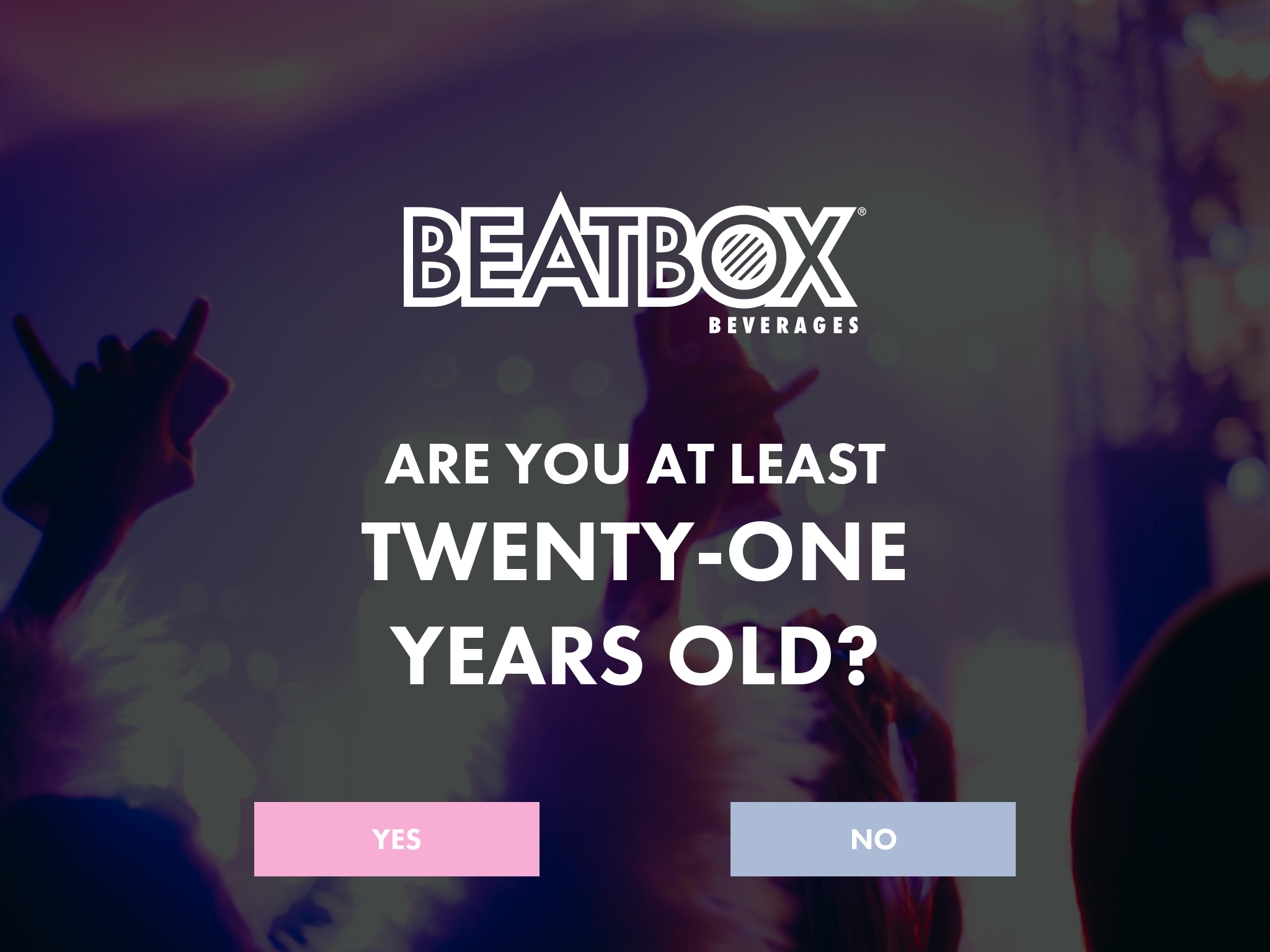
BeatBox Beverages, a wine-based cocktail company, grew sales from $700k in 2016 to $2.4m in 2018 and is on track to hit $6m+ in 2019 through a unique and differentiated product, social media marketing, and an appearance on Shark Tank.
3. SNOW ($60M/year)
Josh Elizetxe, the founder of Snow, came up with the idea for his business after identifying a gap in the oral care market. He wanted to create a company that focused on consumers' cosmetic appearance and offered a range of oral care products. With the goal of providing a luxurious customer experience, Snow has experienced tremendous success, with an estimated $8-10 million in sales expected for December alone.
How much money it makes: $60M/year
How much did it cost to start: $150K
How many people on the team: 25

Josh Elizetxe built Snow, a luxury at-home teeth whitening kit and oral care products brand, from scratch, and is estimating to make $8-10 million in sales this December alone, with plans to expand into retail and launch at Life Time Fitness.
4. Hunt A Killer ($60M/year)
Ryan Hogan, co-founder and CEO of Hunt A Killer, came up with the idea for his subscription-based mystery game business after experiencing success and failure in the live event industry. Recognizing the popularity of escape rooms and interactive theater, he pivoted from live events to a subscription box model, immersing members in interactive stories and shipping thousands of episodes each week. With a diverse approach to customer acquisition and a unique sales funnel, Hunt A Killer has seen massive growth in the immersive entertainment space.
How much money it makes: $60M/year
How much did it cost to start: $2.5K
How many people on the team: 62

Hunt A Killer is a subscription-based entertainment company that delivers monthly immersive, interactive story experiences and has grown from 146 subscribers in October 2016 to shipping one million episodes in August 2019, with acquisition costs ranging from $50-60 and gross margins at/or above 60%.
5. Diesel Laptops ($50.4M/year)
Tyler Robertson, founder and CEO of Diesel Laptops, came up with the idea for his business while working at commercial truck dealerships. After seeing the complexity and cost of truck diagnostics, he found a software program in Canada that could make diagnostics easier, and started selling kits on eBay. This side business eventually became Diesel Laptops, a company that offers bundled kits, technical support, and repair information to the diesel industry.
How much money it makes: $50.4M/year
How many people on the team: 180

Diesel Laptops, a B2B company that sells diesel diagnostic hardware, software, and services, successfully doubled revenue each year to make $20 million annually within three years, grew from its founder's garage and dining room table to a 21,000 square foot facility with over 90 employees by listening to customer pain points and offering the bundled products, technical support and repair information to attract and retain diesel technicians and repair shop owners.
6. Xero Shoes ($48M/year)
Steven Sashen, co-founder and CEO of Xero Shoes, came up with the idea for his business after experiencing the benefits of barefoot running. He designed his own "barefoot sandals" based on ancient designs and started selling DIY sandal making kits. Through online marketing strategies and identifying target customers, Xero Shoes quickly grew into a successful business.
How much money it makes: $48M/year
How many people on the team: 67
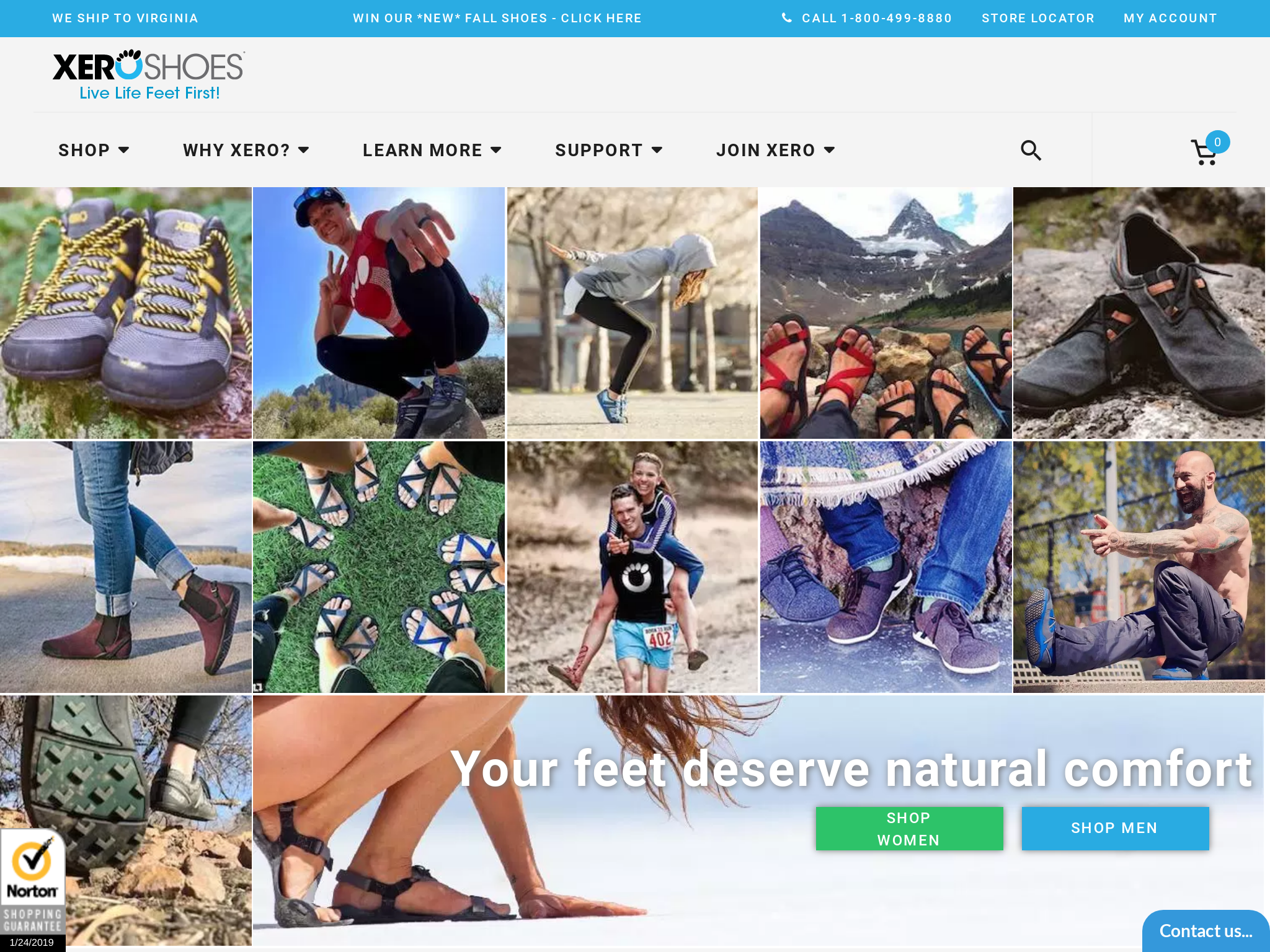
Xero Shoes, co-founded by Steven Sashen, is a minimalist shoe company that has grown at a rate of 80-102% per year since 2014, with 2017 sales of $5.53M, and has been repeatedly listed as one of INC. 5000’s fastest-growing companies, and has a projected $15M in sales for 2019.
7. Tediber ($42M/year)
Tediber was founded by the founder and his two co-founders, Juan Pablo and Jean-Christophe, who previously worked on a humanitarian project manufacturing cardboard furniture. After gaining experience in the e-commerce industry, the founders decided to start a high-value product business. They were inspired by Tuft & Needle, an American bed-in-a-box company, and created Tediber, a leading bed-in-box company in France. From their extensive research and prototyping, they developed a mattress that fits the French market's expectation for firm bedding. Since their launch, Tediber has successfully attracted and retained customers through word-of-mouth and a low return rate of 4%.
How much money it makes: $42M/year
How much did it cost to start: $100K
How many people on the team: 40
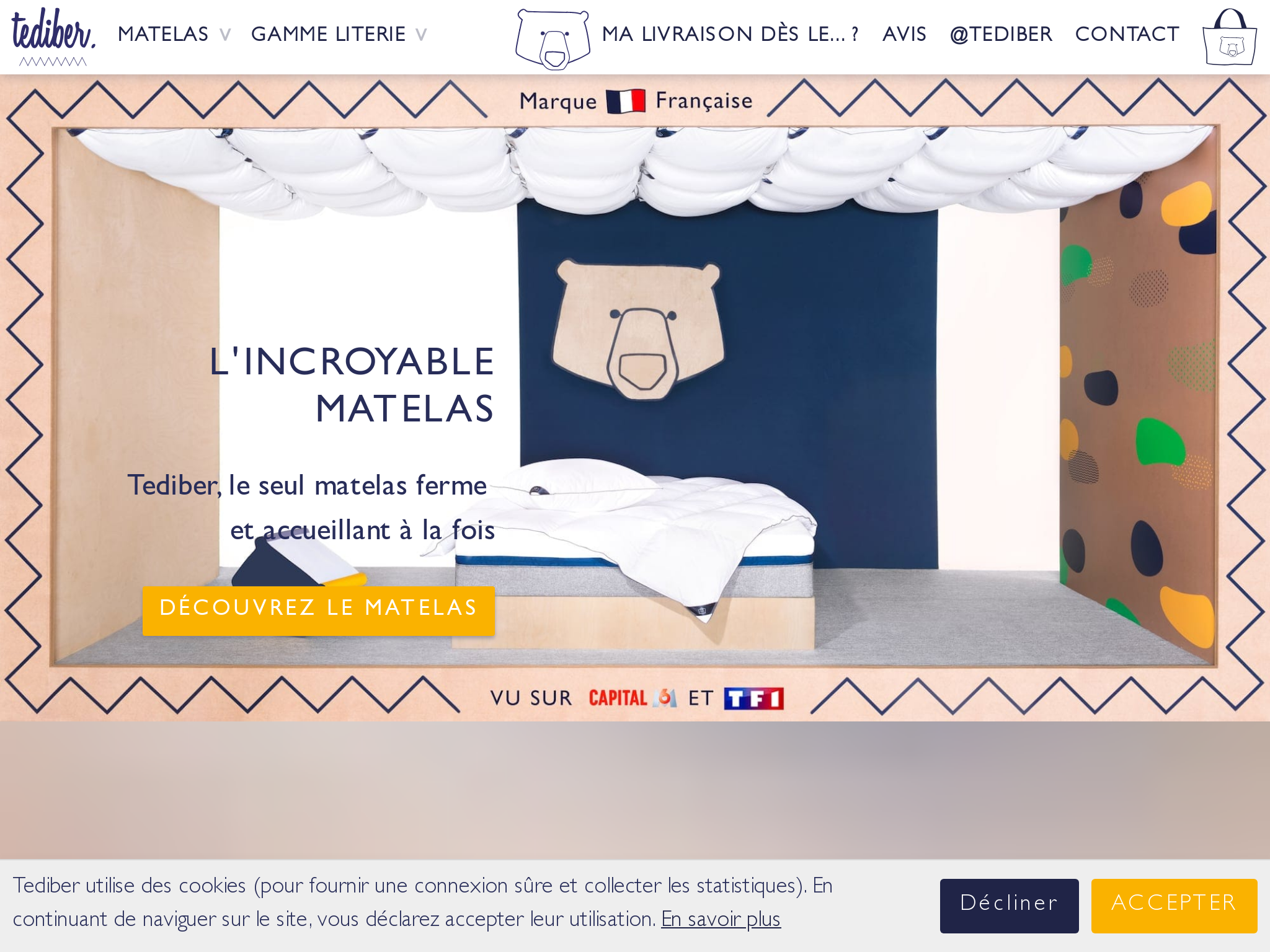
Tediber is France's leading Bed-in-box company, generating €15 million in revenue in 2018, and offering a range of bedding products sold online in France, Italy, and Spain, with quality products manufactured locally and sold at a good price.
8. Bare Performance Nutrition ($42M/year)
Nick Bare, the founder of Bare Performance Nutrition, came up with the idea for his sports nutrition and health supplement company while studying Nutrition in college and struggling to afford pre-workout supplements. He and his friends decided to make their own, and after realizing the demand for such products, Bare launched his brand while serving in the Army. In its first year, the company made $15,000 in revenue, and now, it is on track to do $6 million in revenue for the year.
How much money it makes: $42M/year
How much did it cost to start: $20K
How many people on the team: 42
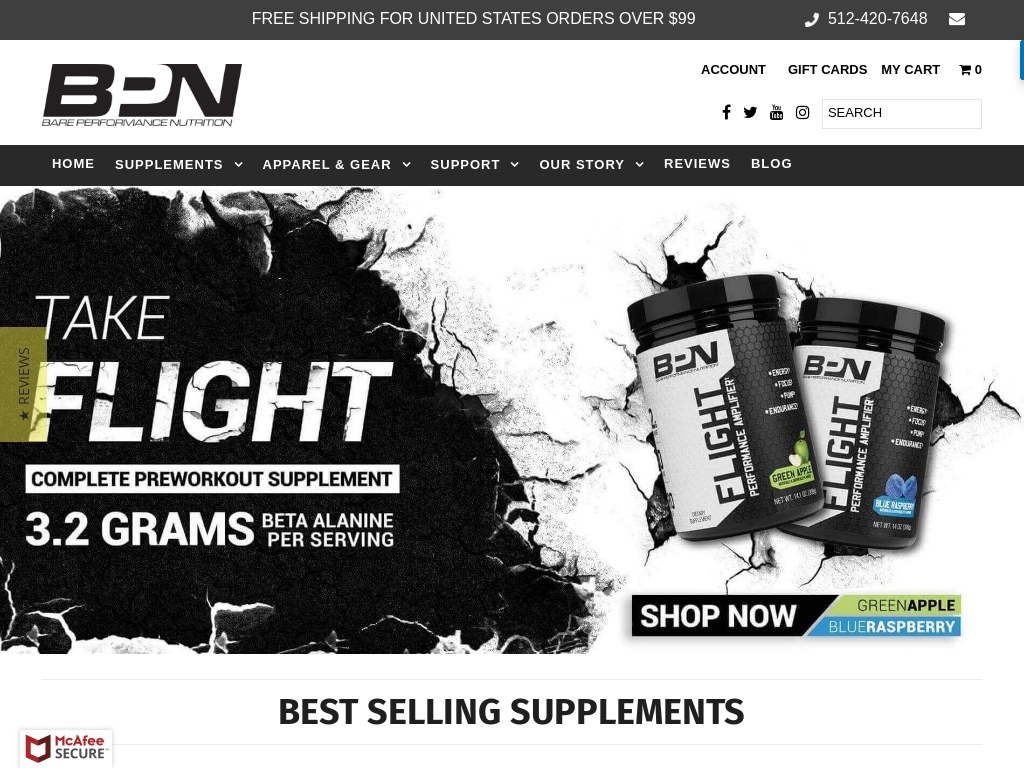
A military officer turned entrepreneur built sports nutrition brand Bare Performance Nutrition from $15,000 in year one to on track to generate $6m in revenue this year, leveraging social media platforms and creating interactive, relatable and valuable content to create a community and a brand voice.
9. Renogy ($39.2M/year)
Yi Li, founder of Renogy, came up with the idea for his renewable energy company during his Ph.D. studies in Physics. Through a research project related to alternative energy, he saw the potential of solar power to change the world and make a positive impact. He founded Renogy with the aim of making solar accessible and easy to understand for the average consumer, starting from his apartment and now generating $60 million in annual revenue.
How much money it makes: $39.2M/year
How much did it cost to start: $160K
How many people on the team: 45
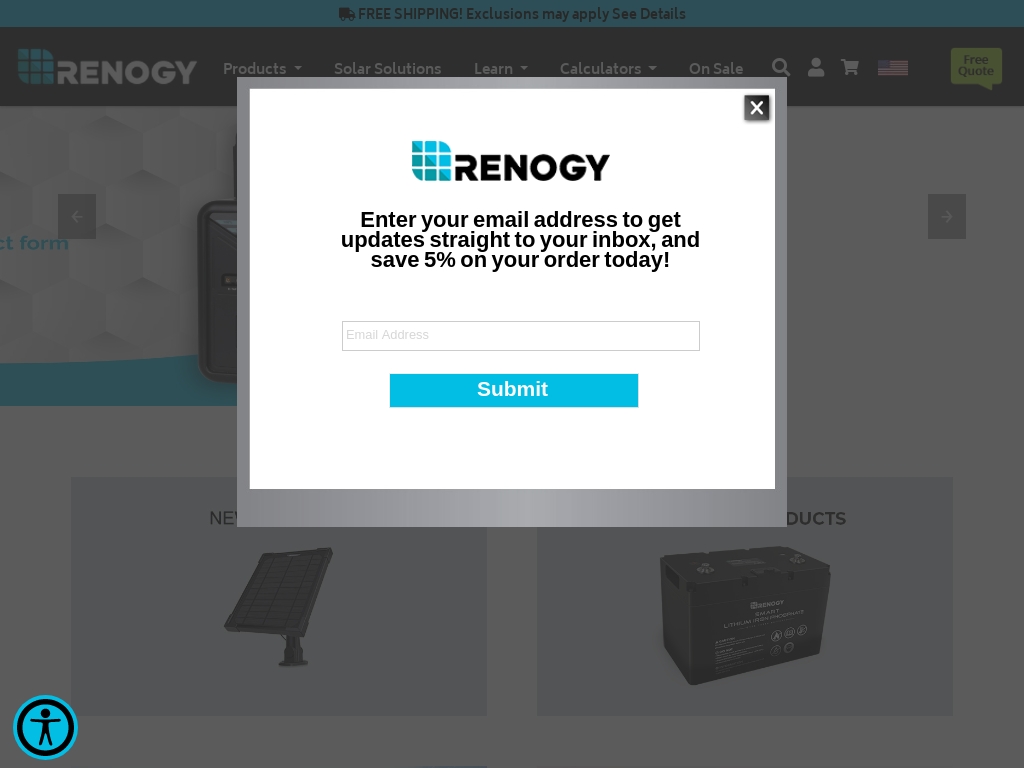
Renogy, a renewable energy company, founded by Yi Li, specializes in providing DIY solar solutions for everyday life and makes $60 million a year with a growing customer base through e-commerce platforms and partnerships with select social media users.
10. Growers House ($37.2M/year)
Nate Lipton, the founder of GG Growth, a group of cannabis and hemp companies, came up with the idea for his business after working for various cannabis-related companies and recognizing the potential in supplying equipment and services to the industry. With $150k in investments, Nate opened GrowersHouse.com in 2011 and focused on both an e-commerce store and a walk-in store to serve the growing market.
How much money it makes: $37.2M/year
How much did it cost to start: $150K
How many people on the team: 50
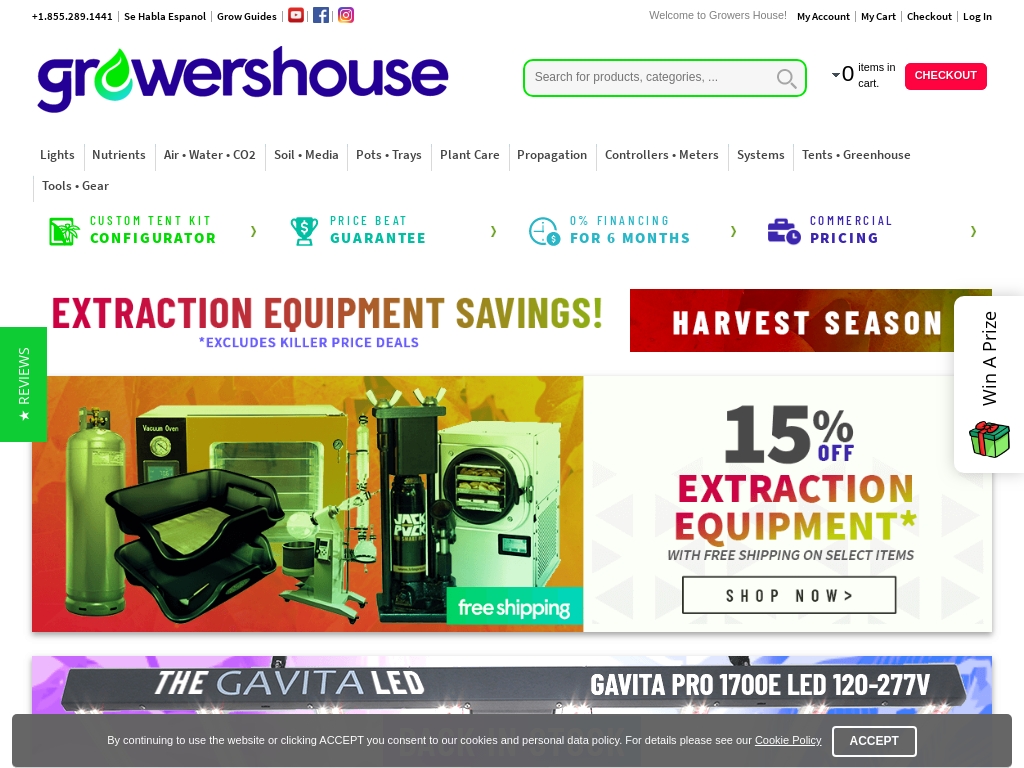
How Nate Lipton built a $35M plant-growing empire, with an e-commerce store generating $2.9M per month, a cannabis growers forum earning $100k per month, and a YouTube series gaining 100k views per month, all while navigating through regulatory obstacles in the cannabis industry.
11. Love Good Fats ($36M/year)
Suzie Yorke, a CPG marketing executive and fitness enthusiast, came up with the idea for Love Good Fats after shifting to a high-fat, low-carb, low-sugar diet and struggling to find convenient snacks that fit her new lifestyle. Recognizing a gap in the market, she developed a line of delicious, healthy, and keto-friendly bars. Since its launch, Love Good Fats has achieved rapid growth, generating over $120 million in cumulative sales and expanding to over 10,000 stores in North America.
How much money it makes: $36M/year
How much did it cost to start: $400
How many people on the team: 20

Love Good Fats, a Canadian-based family of food products, has already exceeded $120 million in cumulative sales and is one of the fastest-growing bar brands in North America, thanks to founder Suzie Yorke's mission to bring back good fats and say goodbye to sugar.
12. FactoryPure ($36M/year)
Eugene Ravitsky and his brother, Mike, co-founded FactoryPure after their previous venture in eCommerce ran into trouble. They identified air purifiers as a niche category with potential, built relationships with manufacturers, and utilized a drop-ship model to bootstrap the business. Today, FactoryPure generates around $3M per month in revenue and has achieved consistent growth by carefully managing gross margins and ad spend.
How much money it makes: $36M/year
How much did it cost to start: $5K
How many people on the team: 12
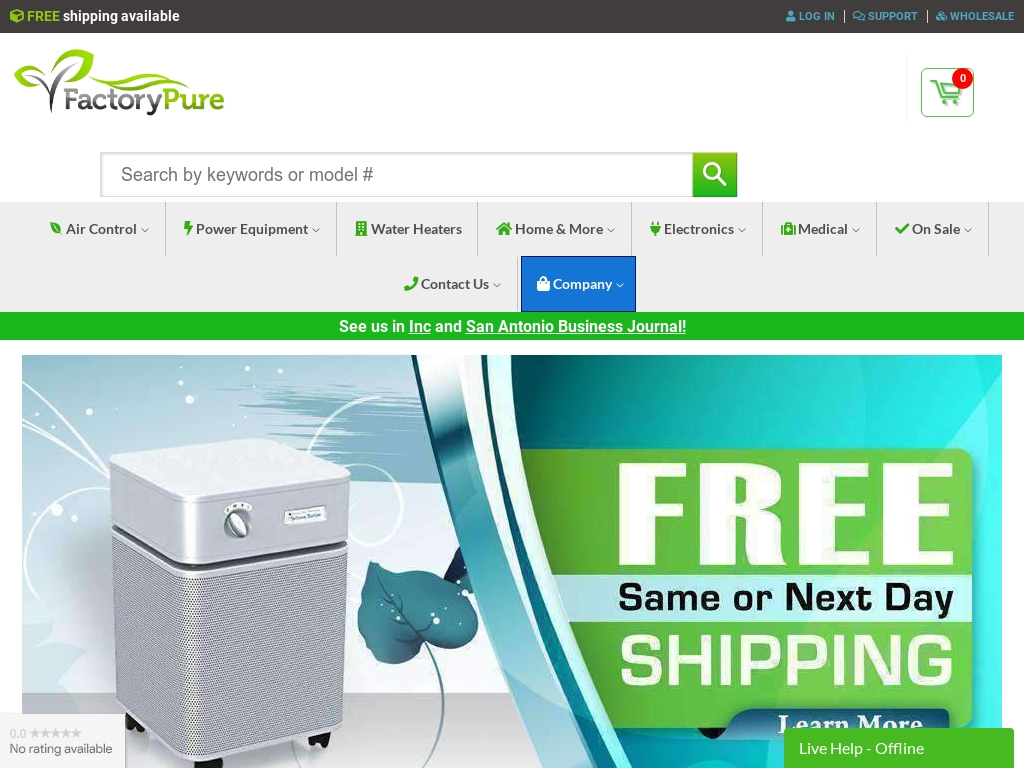
Two brothers co-founded FactoryPure, an online retailer with a focus on generators, which generated around $3M per month in revenue and had cumulative sales of $6.1M in 2018.
13. Underground Printing ($36M/year)
UGP co-founders Rishi Narayan and Ryan Gregg started their business in 2001 as a t-shirt company called A-1 Screenprinting. They focused on providing exceptional customer service to college students and quickly expanded their production capabilities by acquiring another screen printer, which led to a name change to Underground Printing. They opened their first retail storefront in 2008 and have since grown to 35+ locations nationwide, generating over $1 million in revenue in their first year. Their commitment to customer service and investment in manufacturing and technology has propelled their success.
How much money it makes: $36M/year
How many people on the team: 250
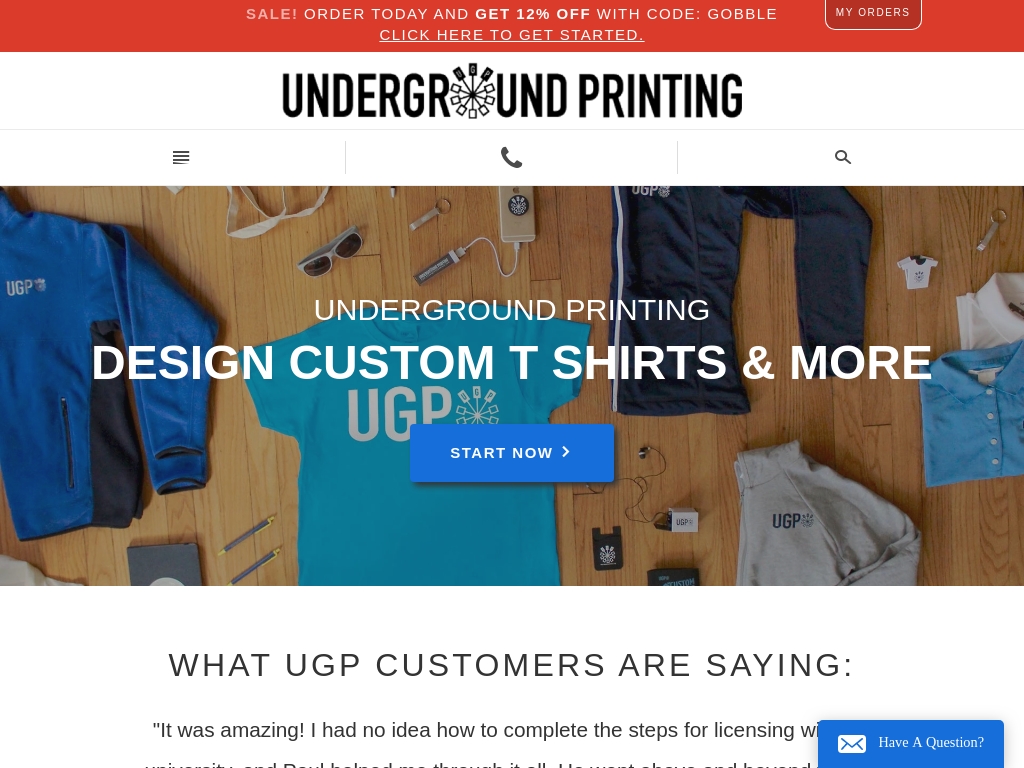
National custom printing apparel and promotional products provider, Underground Printing, shares their start-up success story which has led them to be ranked amongst Inc. Magazine’s 5000 fastest-growing companies for three years running, with a customer-centric business model driving strong word-of-mouth promotion.
14. Blindster ($36M/year)
Kyle Cox, Founder and CEO of Blindster, came up with the idea for his business after purchasing blinds for his new home and realizing that the existing online shopping experience was lacking. He saw an opportunity to create a true eCommerce experience for custom window treatments and provide exceptional customer service. With $50k in initial start-up costs, Blindster launched in 2010 and has since achieved tremendous growth, with record sales of $39MM in 2020.
How much money it makes: $36M/year
How much did it cost to start: $50K
How many people on the team: 30
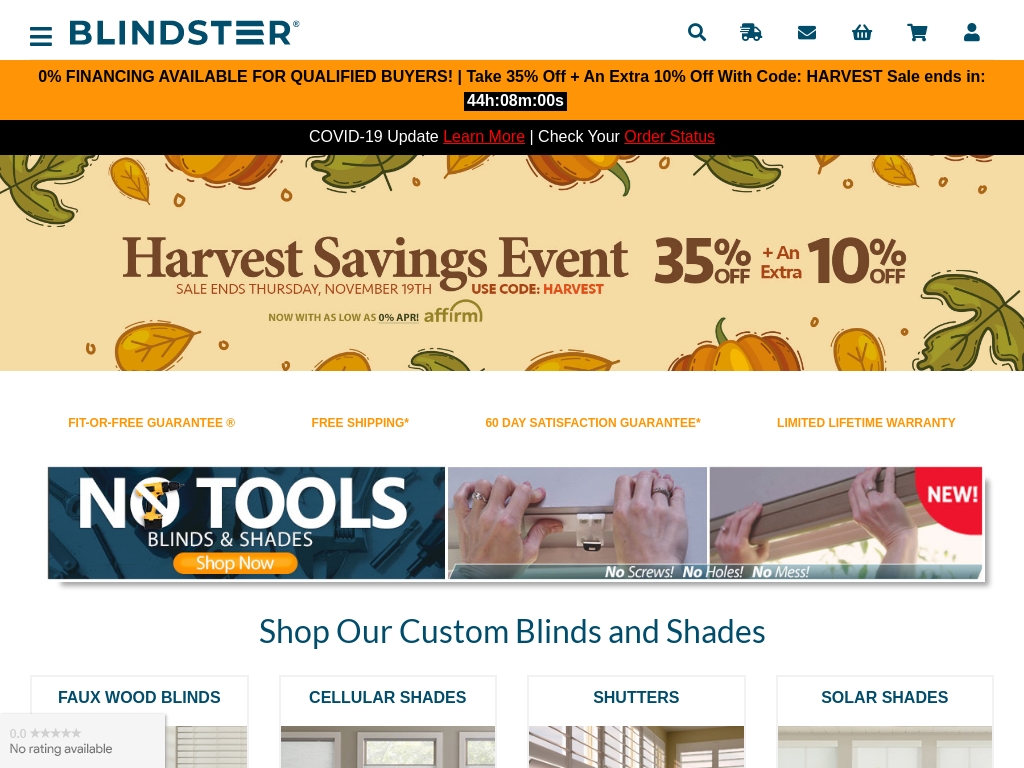
Blindster, a leading custom window treatment eCommerce retailer, achieved record sales of $39MM in 2020, experiencing a 60% increase over 2019, by focusing on over-the-top customer service with a six-week training program for customer service reps and a Fit-or-Free guarantee, among other marketing tactics.
15. ShipHero ($28.8M/year)
Nicholas Daniel-Richards and Aaron Rubin founded ShipHero in 2013 after experiencing frustrations with legacy warehousing software. They saw a market for a more accessible solution that could work on iPhones or tablets, offering features like order management and integration with e-commerce channels. Since then, ShipHero has grown to bootstrapped revenues of $30 million annually, processing over $5 billion of e-commerce gross merchandise volume annually.
How much money it makes: $28.8M/year
How many people on the team: 193
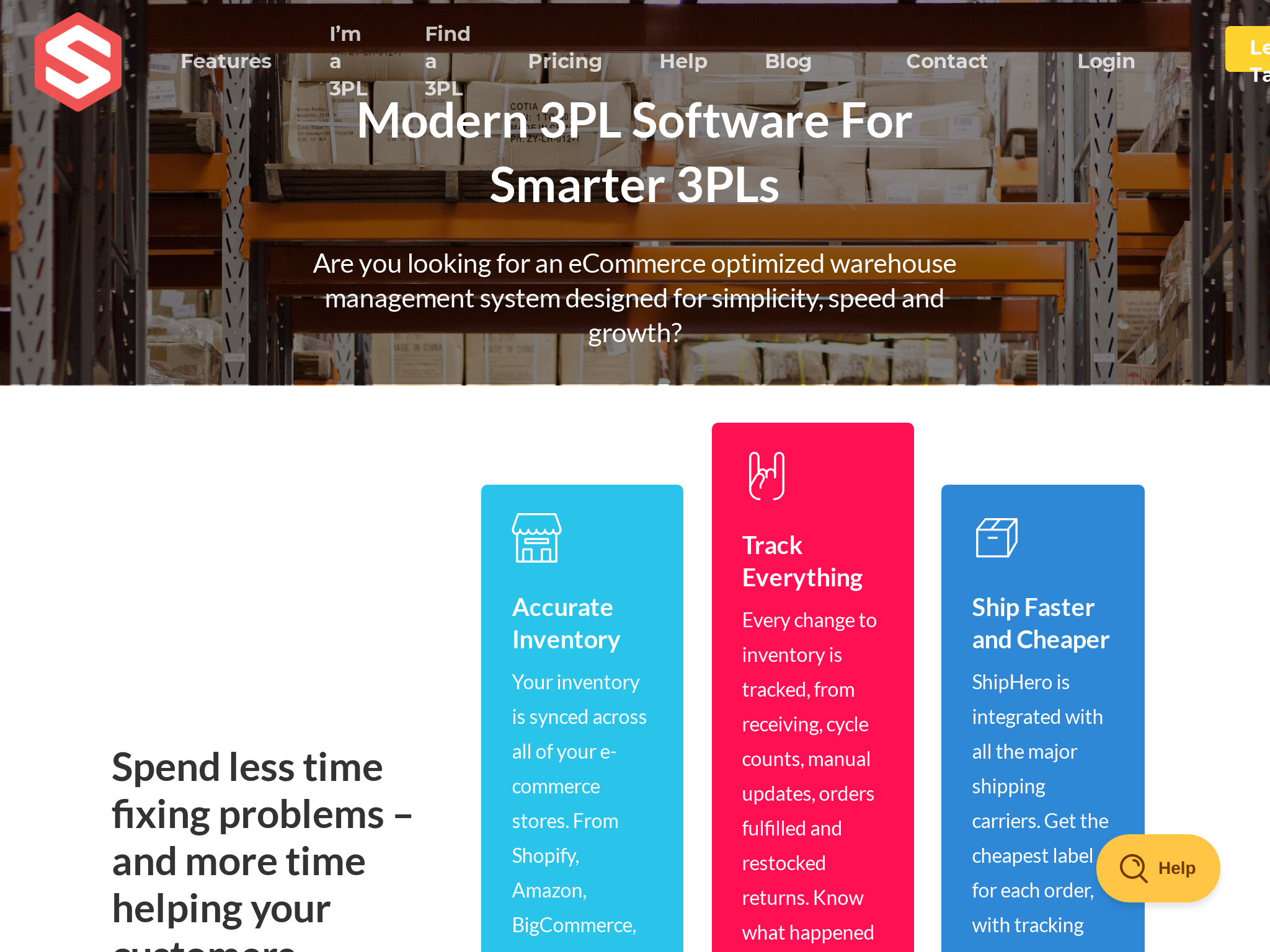
ShipHero co-founders built their successful e-commerce fulfillment business, offering warehouse management software and outsourced eCommerce fulfillment, growing revenues from zero to $30 million annually, processing over $5 billion of e-commerce gross merchandise volume (GMV) annually while only having received $435,000 in outside capital investment.
16. Scribit ($27.6M/year)
Scribit, the team behind the world's first write & erase robot, was founded less than a year ago and has already raised an impressive $2,375,126 from over 6000 backers. The idea for Scribit originated from a concept designed by influential innovator Carlo Ratti in 2015, and the team behind the start-up brought the concept to life through crowdfunding and the use of high-quality components.
How much money it makes: $27.6M/year
How many people on the team: 14

Italian start-up, Scribit, raises over $2.3 million on Indiegogo for their write and erase robot that draws digital content on any wall, with orders mainly from art, tech, and business enthusiasts, as well as the education sector, and plans to expand worldwide after delivering to initial backers.
17. Marshal Group LLC ($27.6M/year)
Marshal Group LLC was founded in 2007 with the idea of exporting vehicles from the U.S. and Canada to destinations abroad. The founder, who had a deep passion for cars and experience in the car sales industry, had a game-changing moment when someone from Iceland won a bid on one of his cars on eBay, leading him to realize the vast market for exporting cars. Since then, the business has grown significantly, with $26 million in revenue in its first two years of operation.
How much money it makes: $27.6M/year
How many people on the team: 5
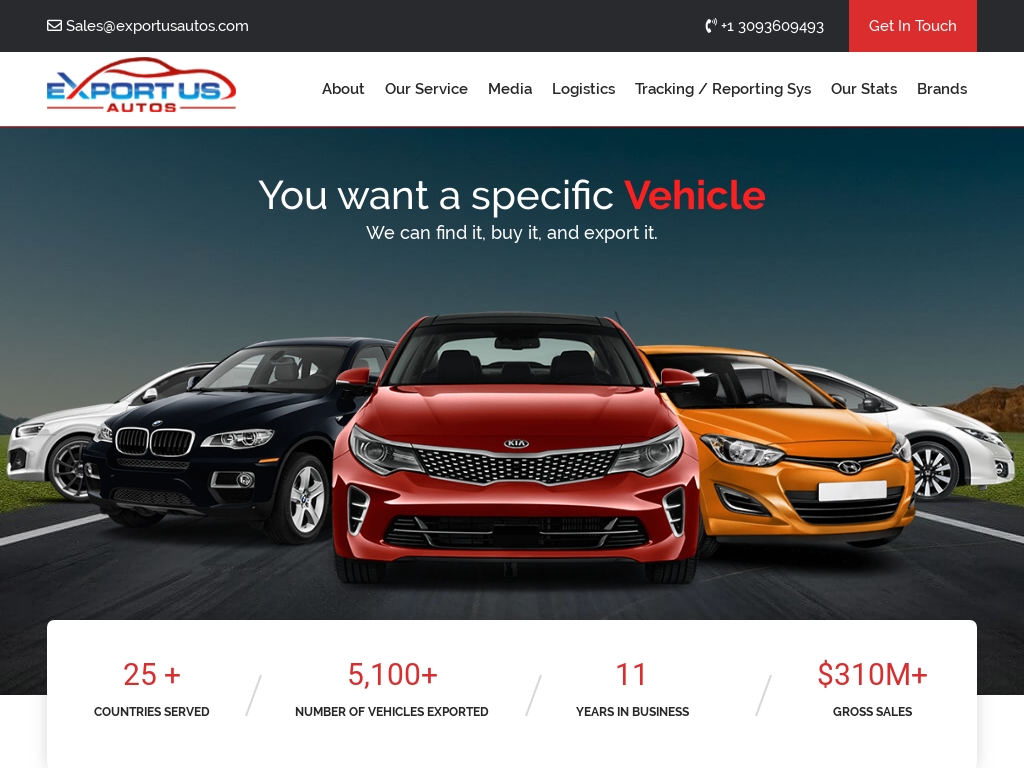
Learn how one entrepreneur, without a college degree, built a vehicle exporting business from his bedroom to $26 million in gross sales his first year and went on to net an impressive $2.3M per month through agile team management, technology integration, and cultivating relationships with global auto dealers and brokers.
18. TruTech Tools, LTD ($27.5M/year)
Bill Spohn, the founder of TruTech Tools, had a background in the HVAC/R industry and recognized the pain points that technicians faced in finding and purchasing tools and test instruments. Along with his business partner, Jim Bergmann, they envisioned creating a one-stop-shop for these products. They started the business in 2007 and have since experienced significant growth, with projected sales of $16 million in 2020 and recognition on the Inc 5000 list multiple times.
How much money it makes: $27.5M/year
How much did it cost to start: $19.7K
How many people on the team: 27
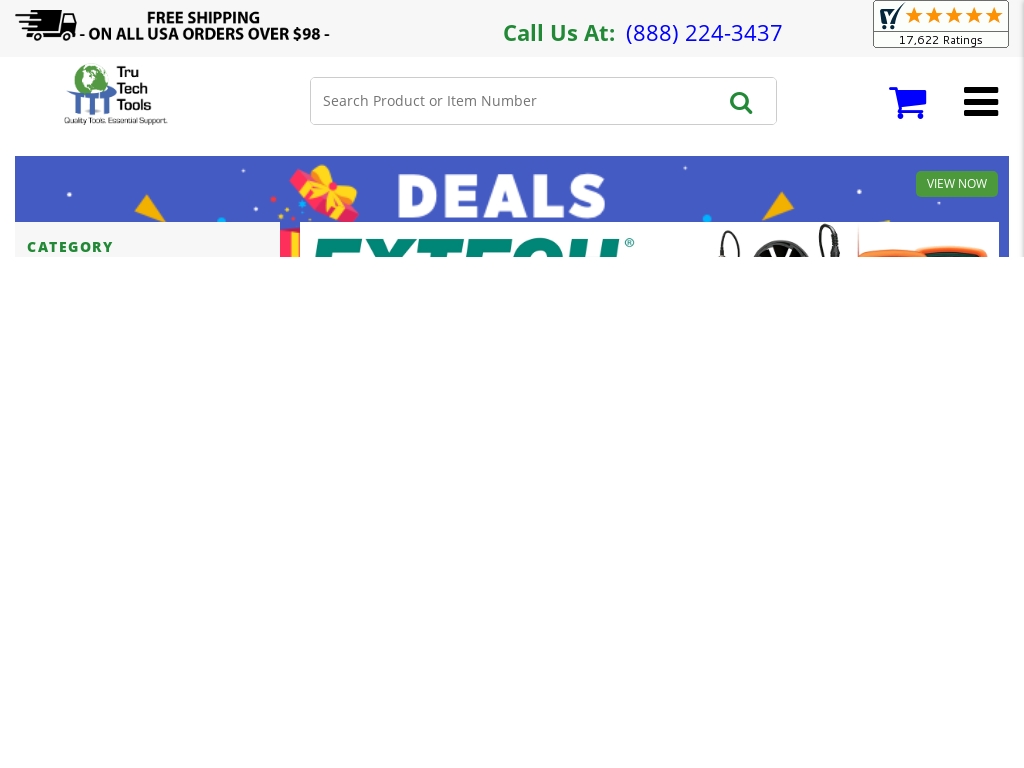
TruTech Tools, LTD is one of the largest online stores in the niche market of tools and test instruments for HVAC/R Technicians, with $16 million in sales in 2020 and 20% YoY growth thanks to a focus on providing an exceptional customer experience and staying true to their core values.
19. Mattress Depot USA ($24M/year)
growth, it can lead to a quick demise. Therefore, we have always focused on smart and sustainable growth strategies.
One of the most effective tactics that has helped us attract and retain customers is our emphasis on providing exceptional customer service. We believe that the customer experience is crucial, especially in a competitive industry like retail. By hiring knowledgeable and friendly staff, offering personalized sleep consultations, and providing hassle-free returns and exchanges, we have been able to build a loyal customer base.
In terms of marketing, we have utilized a combination of traditional and digital channels. Initially, we relied heavily on classified ads and print media, which helped us reach local customers and create awareness about our low prices. As technology evolved, we adapted our marketing strategies and ventured into online platforms such as Craigslist and eventually launched our own website.
Our website not only serves as an informational resource but also allows customers to conveniently browse and purchase products online. We have integrated e-commerce features and implemented efficient order fulfillment and delivery processes to ensure a seamless shopping experience.
Additionally, we have implemented a referral program to incentivize our satisfied customers to spread the word about our brand. By providing discounts or special offers to customers who refer their friends and family, we have been able to leverage the power of word-of-mouth marketing and generate a steady stream of new customers.
In summary, our focus on exceptional customer service, strategic marketing efforts, and continuous improvement in our online presence have been key factors in attracting and retaining customers for our business.
How much money it makes: $24M/year
How much did it cost to start: $10K
How many people on the team: 70
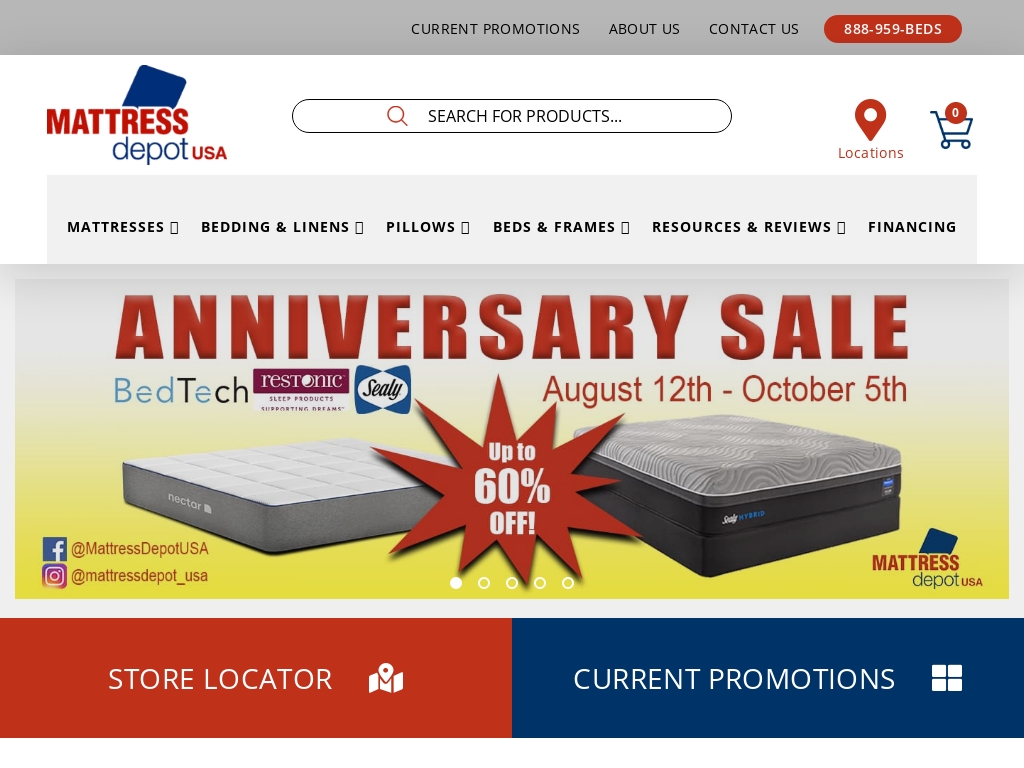
Learn how Mattress Depot USA went from operating out of a warehouse to becoming a specialty sleep omnichannel retailer with $24M in yearly revenue by offering customers a low-cost, high-quality mattress buying experience.
20. Stuckey’s Corporation ($24M/year)
In 2019, Stephanie Stuckey bought back her family's roadside retail chain, Stuckey's, which had fallen into corporate control and lost many stores. With a focus on brand loyalty and word-of-mouth marketing, Stephanie managed to turn a profit within six months and has since expanded the business by purchasing a pecan shelling and candy-making plant. Stuckey's is now reviving the nostalgic brand by offering a variety of pecan snacks and candies, and they are focused on expanding their online and retail presence.
How much money it makes: $24M/year
How much did it cost to start: $35
How many people on the team: 40
Stuckey's, the first roadside retail chain founded in 1937 by W.S. Stuckey, Sr., went through corporate leadership before Stephanie Stuckey bought the company in 2019 and, within six months, managed to start turning a profit by relying on brand loyalty and word-of-mouth marketing to focus on product sales and re-interest in road-tripping.
21. Fragrancebuy Canada ($24M/year)
Fragrancebuy's founder, with a background in Business and a Bachelor's degree, spotted the rise of warehouse sales and online shopping after graduating from the University of Toronto. Seeing an opportunity to offer low prices and a satisfying online shopping experience, they started Canada's largest online fragrance retailer, using a Five P marketing analysis and adding value at every stage of the customer's purchasing experience. With the help of the Shopify platform, they were able to expand their client base, improve cash flow, and emerge as a stronger company.
How much money it makes: $24M/year
How many people on the team: 10

Canadian fragrance retailer, Fragrancebuy, shares how they became one of the fastest-growing companies in Canada and the USA, by focusing on adding value at every stage of the customer's purchasing experience and using platforms such as Shopify, Google Adwords, and Facebook Ads.
22. Hairstory™ ($24M/year)
Eli Halliwell, the co-founder and CEO of Hairstory, came up with the idea for the business after witnessing the decline of the professional hair care channel due to the rise of eCommerce. He realized that technology could enable hairdressers to participate in eCommerce, leading to the creation of Hairstory. The company generated $30 million in sales in 2021 and has been self-funding since its founding in 2015.
How much money it makes: $24M/year
How much did it cost to start: $5M
How many people on the team: 26
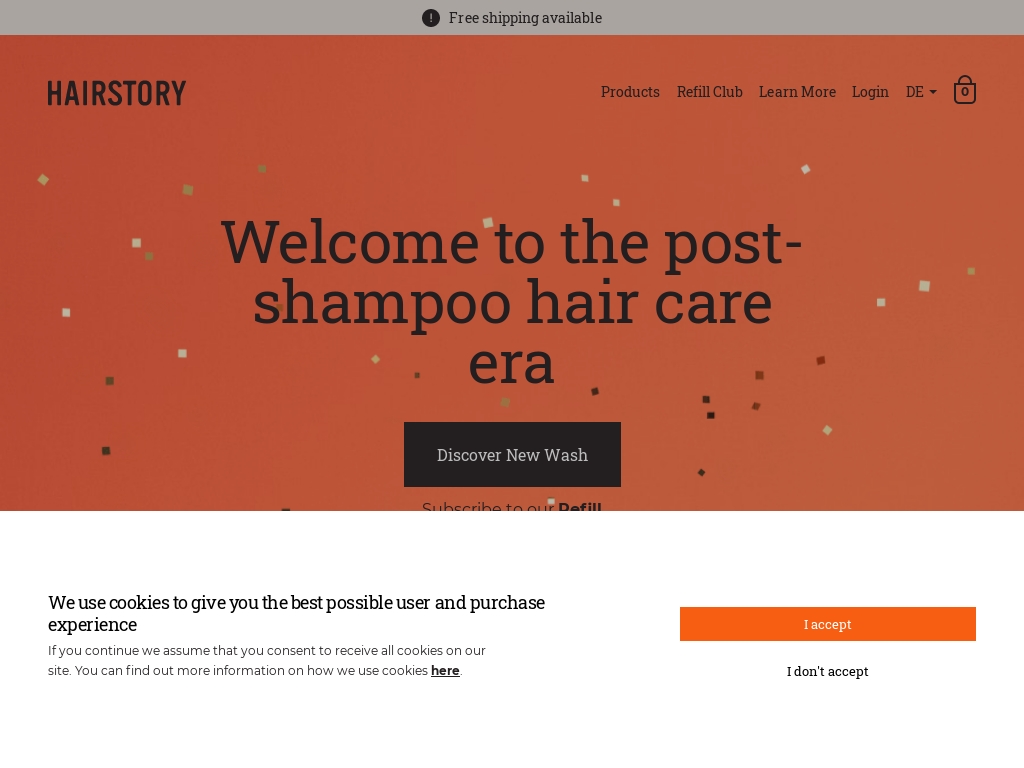
Hairstory, a haircare startup, is on track to generate $30 million in sales this year, profitably, after having been self-funded since its inception in 2015, and implementing a DTC and hairdresser-perpetual-affiliate marketing model.
23. US-Mattress ($24M/year)
Joe Nashif, the founder of US-Mattress.com, came up with the idea while working in the auto industry and feeling frustrated with his lack of advancement. He started his first online business selling appliances before transitioning into the mattress industry, becoming the first to sell mattresses online. Despite facing competition from giants and direct-to-consumer brands, US-Mattress.com now generates an impressive $750,000 per month in revenue.
How much money it makes: $24M/year
How much did it cost to start: $1.5K
How many people on the team: 100
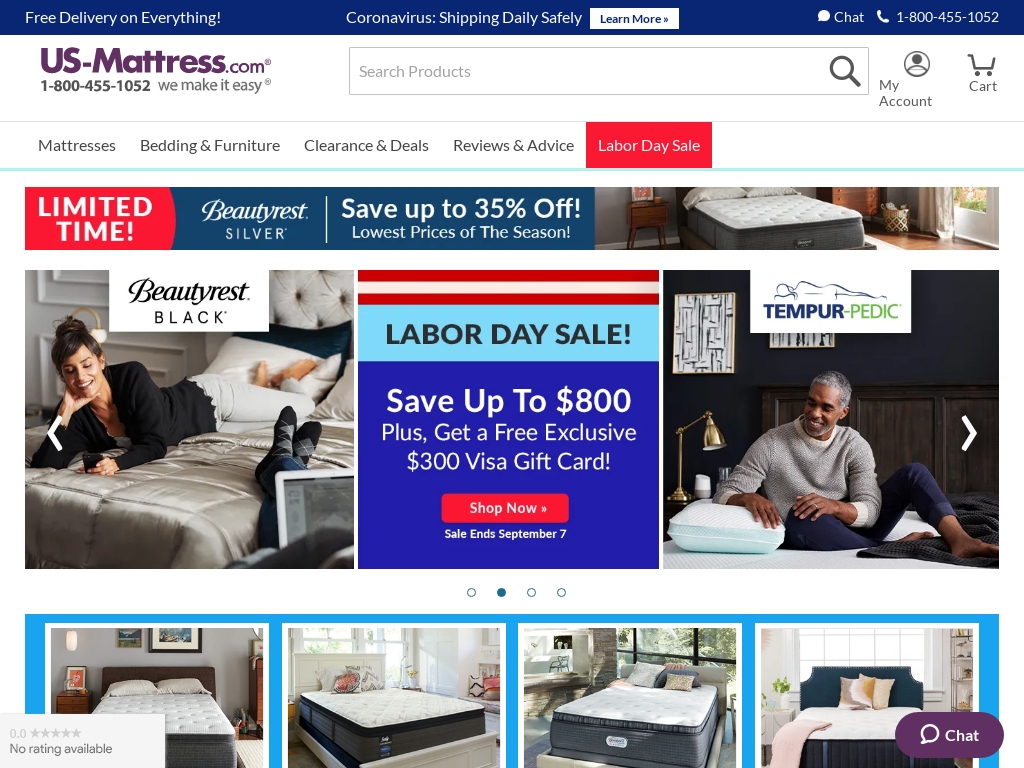
Meet Joe Nashif, the founder of US-Mattress.com, who started his business with just $1,500 and now generates $750,000 a month as an online mattress retailer shipping across the US and also having a number of stores in Michigan, specializing in offering name-brand and lesser-known mattresses.
24. Hush Blankets ($24M/year)
Two young entrepreneurs from Toronto who had backgrounds in software and the restaurant industry came up with the idea for Hush Blankets after one of them experienced the benefits of a weighted blanket while working at a camp for special needs children. They quickly launched their online store using Shopify, funded the production themselves, and have seen rapid growth through advertising on platforms like AdWords and Facebook.
How much money it makes: $24M/year
How much did it cost to start: $200K
How many people on the team: 20

Toronto-based entrepreneurs grow their side hustle into a rapidly expanding business, Hush Blankets, boasting 300% month-over-month growth with sales averaging $15,000 a day, focused on creating the ultimate weighted blankets to help users reduce anxiety, stress, and insomnia.
25. TomboyX ($24M/year)
Fran Dunaway, CEO and Co-Founder of TomboyX, came up with the idea for their gender-neutral underwear and loungewear company when they launched a Kickstarter campaign to fund their button-up shirt production. However, they soon realized that the name "TomboyX" was resonating with a wide audience, leading them to pivot and focus on creating boxer briefs for women, which became their hero product. With consistent revenue growth of over 100% each year, TomboyX has become a successful and inclusive lifestyle brand.
How much money it makes: $24M/year
How much did it cost to start: $40K
How many people on the team: 34
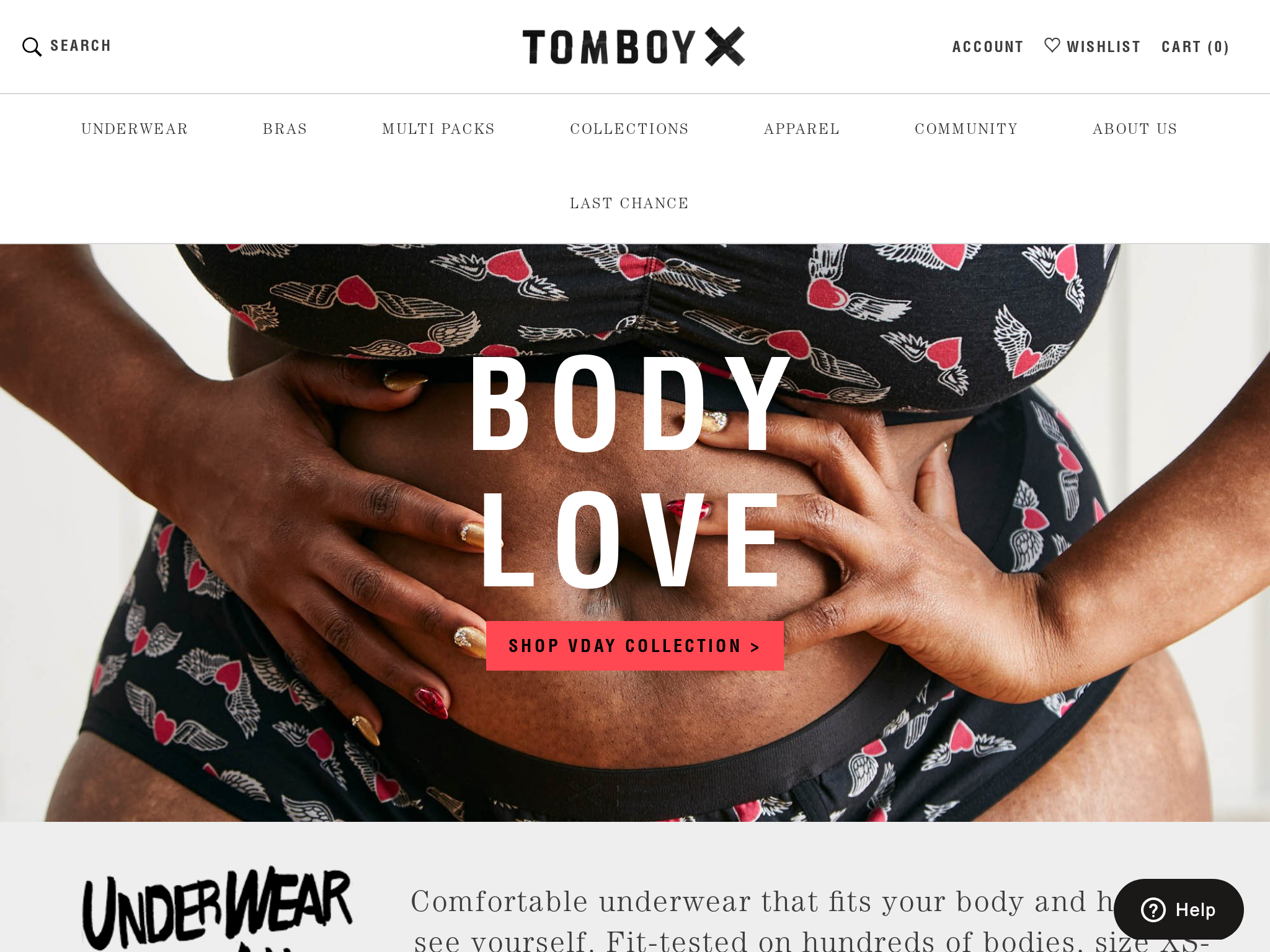
TomboyX, a gender-neutral clothing company, has consistently increased its revenue over 100% each year and expanded from zero employees to 15 in just two years by focusing on quality underwear and listening to customer feedback.
26. QALO ($24M/year)
KC Holiday and Ted Baker, co-founders of QALO, came up with the idea for their functional wedding ring business after getting married and realizing that traditional metal rings didn't fit their active lifestyles. They spent six months developing and manufacturing their silicone rings, and launched their online store in 2013. Their dedication paid off as they now have over 2 million customers and are set to exceed $100 million in total revenue this year.
How much money it makes: $24M/year
How many people on the team: 45

QALO co-founders transformed the jewelry industry with their innovative focus on product evolution, resulting in over 2 million community members and more than $100M in revenue since 2013.
27. iHeartDogs ($22M/year)
Justin Palmer and Marshall Morris came up with the idea for iHeartDogs after building large dog-themed Facebook communities. They realized the potential for a business centered around dog lovers and decided to create a brand that sold physical products and also served as a media property for advertising. The success of their first product, a beaded bracelet that represented meals donated to shelter pets, propelled them forward and they have since raised over $300,000 for various charitable causes. They have been profitable since their first month of operation and continue to grow on their own terms without outside funding.
How much money it makes: $22M/year
How many people on the team: 50
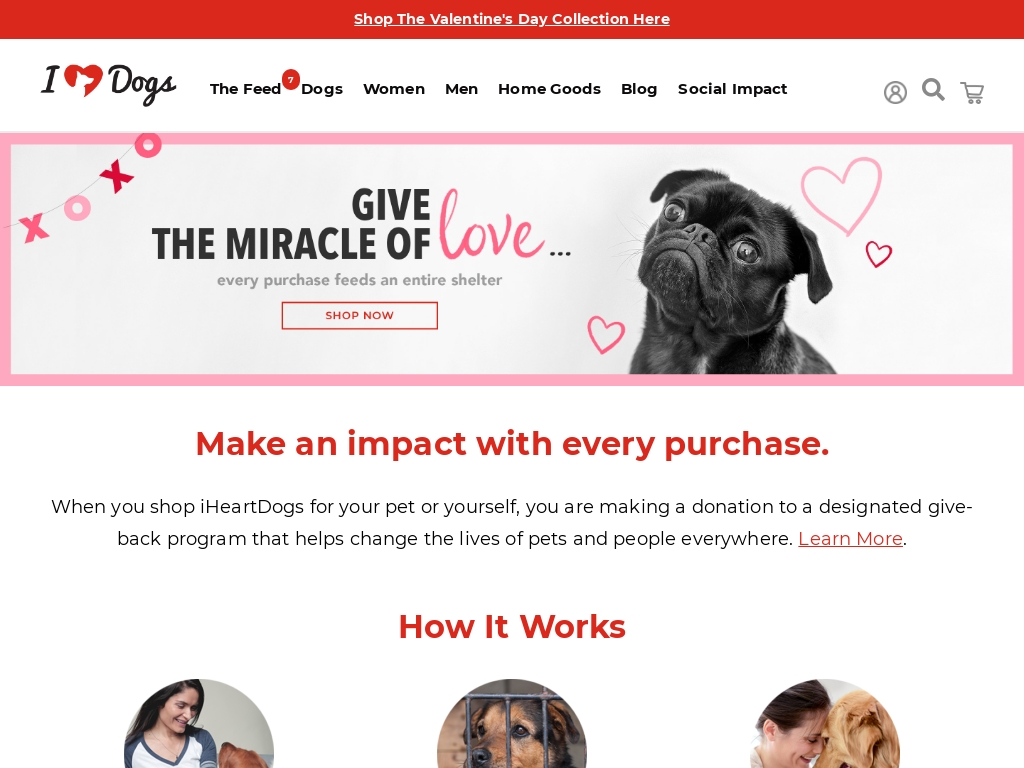
iHeartDogs is a lifestyle store and blog with over 25 million members in its Facebook communities, which sells products for pet dogs and donates to specific programs that rescue animals, totaling over 1.5 million pet heroes served.
28. Pawstruck ($21M/year)
Kyle, the founder and CEO of Pawstruck.com, came up with the idea for his business after struggling to find healthy, all-natural dog treats for his puppy. Frustrated by the lack of options, he decided to start his own e-commerce business to supply other pet owners with high-quality and reasonably priced dog products. With a dedicated team and a strong focus on customer retention, Pawstruck.com has experienced rapid growth, earning a spot on the Inc 500 list and projected revenue in the eight figures.
How much money it makes: $21M/year
How many people on the team: 25

Pawstruck.com founder and CEO Kyle Goguen shares the story of how his all-natural, reasonably-priced pet supply e-commerce business became one of the fastest growing companies in the US, ranking #87 on the Inc 500 in 2018, and is projected to surpass 8 figures in revenue in 2019.
29. ProjectorScreen.com ($20.4M/year)
Brian Gluck, the founder of ProjectorScreen.com, came up with the idea for his business after identifying an opportunity in the projector screen market. After working at a catalog company and growing their B2C channel to a $4 million/year business, he decided to start his own company focusing on projector screens. Despite facing a lawsuit from his previous employer, Gluck successfully launched ProjectorScreen.com, which has experienced tremendous growth and averages over $1 million in sales per month in 2021.
How much money it makes: $20.4M/year
How much did it cost to start: $5K
How many people on the team: 12

ProjectorScreen.com has experienced an average growth rate of 40%-60%, averaging over $1,000,000 in sales per month in 2021, focusing primarily on the mid-to-premium market, selling projectors, screens, and related audio-visual equipment to both the residential and commercial markets, while distinguishing themselves as an unparalleled source of pre-sales advice and post-sale customer support.
30. Flight Expert Bangladesh ($18M/year)
Salman Rashid, Founder & CEO of Flight Expert, came up with the idea for his business after realizing the potential of online travel agencies in Bangladesh. Seeing the decline in revenue in his family's offline-based travel agency, Salman suggested starting an OTA to his father. Despite initial skepticism, Salman recognized the need for better technology, service culture, and the value of brand trust in the industry, leading to the launch of Flight Expert in 2017.
How much money it makes: $18M/year
How much did it cost to start: $80K
How many people on the team: 60
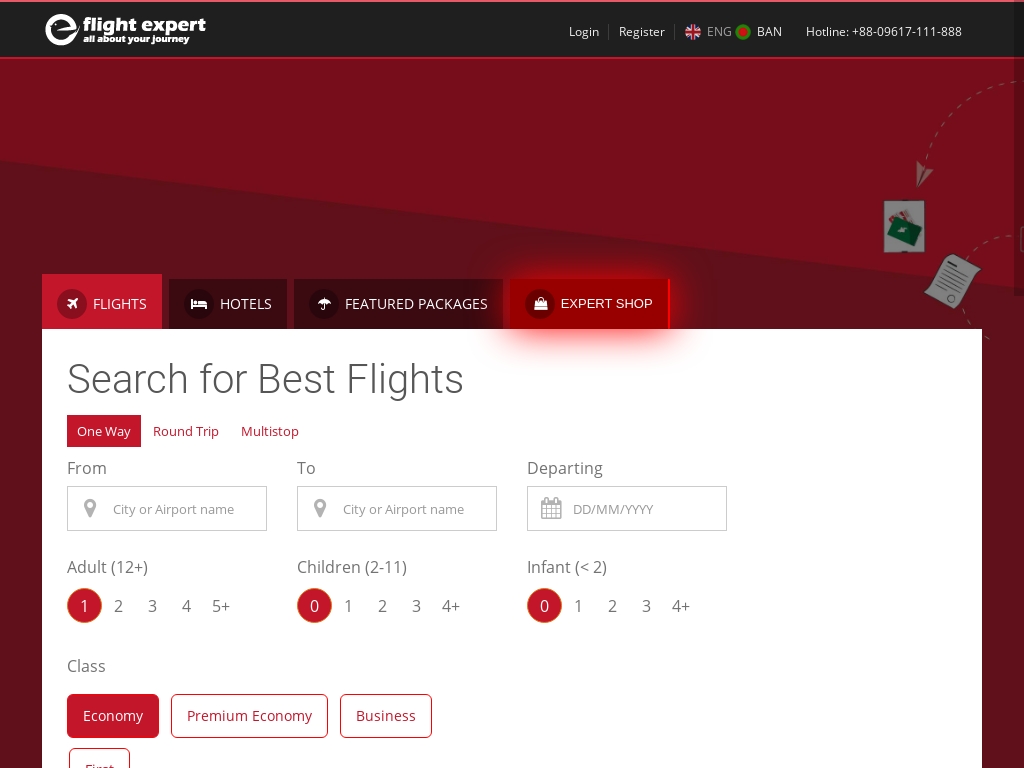
How a first-time founder grew the first-ever online travel agency in Bangladesh to 700+ airlines and one million-plus hotels worldwide, with a 50% increase in revenue in October 2021 compared to pre-Covid sales and aiming to hit break-even by March 2022.
31. Ekster ($18M/year)
Ekster was founded by Olivier Momma, Rick Scharnigg, and Richard Canneman, who were frustrated by the lack of innovation in everyday carry items like wallets. After validating their idea through market research and raising over $1 million on Kickstarter, they launched their flagship product, the Parliament wallet with a quick card access mechanism. They have since expanded their product line and become the world's "most successful smart wallet brand."
How much money it makes: $18M/year
How many people on the team: 18

Ekster founders discuss how they raised over $1M on Kickstarter, became the world’s “most successful smart wallet brand” according to Forbes, and offer advice for other entrepreneurs on using crowdfunding for market validation and early-stage funding.
32. iCard ($18M/year)
Yavor Petrov, the CEO of iCard, and his co-founder Christo Georgiev, came up with the idea for their digital bank account alternative back in 2007. They wanted to innovate and redefine card payments, making them more accessible and affordable. They built a real-time transaction processing system integrated with major card schemes, and since the launch in 2017, the iCard app has gained around 500,000 downloads and is used by people in over 30 European countries.
How much money it makes: $18M/year
How many people on the team: 200

iCard is a leading e-money institution that offers a unique and 100% digital bank account alternative, with their app and services supporting the daily payments of people in over 30 European countries, and since launch in late 2017, the iCard app has seen around 500,000 downloads.
33. CanvasChamp ($18M/year)
Jainam Shah came up with the idea for CanvasChamp when his father expressed a desire to frame their favorite family photos in a more artistic way. Shah noticed a gap in the market for high-quality but affordable personalized products and decided to focus on delivering premium products at lower prices. Since its launch in 2012, CanvasChamp has expanded its product range and generates over $1.5 million in monthly revenue.
How much money it makes: $18M/year
How much did it cost to start: $10K
How many people on the team: 180

CanvasChamp, a custom photo products company founded in 2012, has grown to offer 60+ personalized photo gift products with revenue of 1.5m$+/mo through SEO and successful digital marketing strategies.
34. NG Apparels ($16M/year)
Arpit Aryan Gupta, the founder of NG Apparels, came up with the idea for his garment export business after his father lost a significant amount of money in the 2008 US market crash. Seeing the potential in Ludhiana's clothing manufacturing ecosystem, Gupta decided to establish a clothing manufacturing unit in 2012. With a turnover of 12cr ($1,581,547), NG Apparels has experienced exponential growth and serves clients in the US, UK, Australia, and other countries.
How much money it makes: $16M/year
How much did it cost to start: $10K
How many people on the team: 42
NG Apparels is a garment export unit based in Ludhiana that caters to the clothing segments worldwide, boasting a turnover of $1,581,547 without loans or credit card limits.
35. Tuft & Paw ($15.6M/year)
Jackson Cunningham, the founder of tuft + paw, came up with the idea for his business when he rescued a cat and realized there were no high-quality cat products available. He started by importing beautiful cat furniture and eventually launched a successful Kickstarter campaign for a modern litter box, raising over $150k. Today, tuft + paw is thriving, with monthly sales exceeding $300k and $2M in funding from investors like Alexis Ohanian.
How much money it makes: $15.6M/year
How much did it cost to start: $1K
How many people on the team: 14
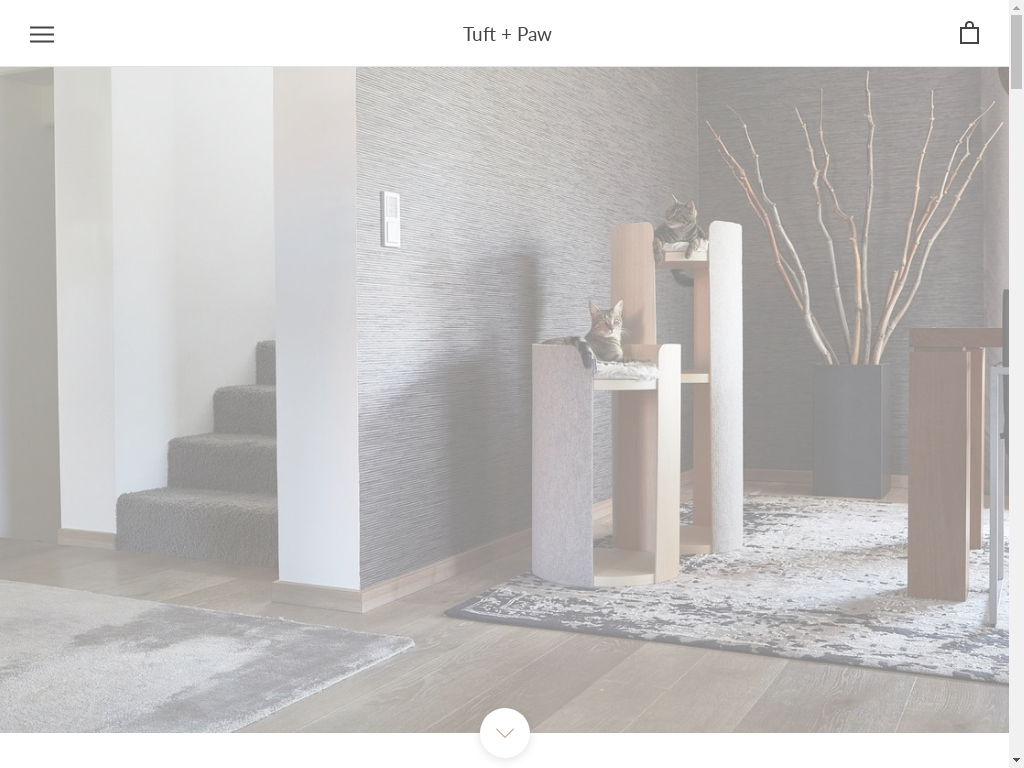
Tuft + Paw, a modern cat brand founded by Jackson Cunningham, started as an importer of exquisite cat furniture and, after raising $150k from Kickstarter, graduated to manufacturing products, seeing sales grow to over $300k per month and now raising $2m from famed investors including Alexis Ohanian.
36. ENVO Drive ($14.4M/year)
Ali Kazemkhani, founder of EBikeBC and ENVO Drive Systems, had a passion for electric mobility since he was young. As an engineer, he developed the idea of using an electric motor to assist uphill biking. After gaining experience in the industry and moving to Canada, he launched his business by selling electric bike conversion kits and providing customized solutions for customers. The company has experienced steady growth, expanded its product offerings, and now has a network of over 120 dealers.
How much money it makes: $14.4M/year
How much did it cost to start: $50K
How many people on the team: 30

ENVO Drive Systems, an e-mobility product development and retail company, has doubled growth year over year, expanded its B2B dealer network from 30 to 120, and has surpassed its consumer base to more than 20k riders, all while designing and building affordable clean mobility solutions for the future.
37. Bells of Steel ($14.4M/year)
Bells of Steel founder, Kaevon Khoozani, came up with the idea for his fitness equipment business after realizing the lack of availability of equipment for his own strength training. He started by ordering equipment from China and selling it directly to his network, eventually growing the business to achieve $15 million in sales in 2021. His focus on creating high-value products and leveraging word-of-mouth marketing has contributed to the company's success.
How much money it makes: $14.4M/year
How much did it cost to start: $3.5K
How many people on the team: 38
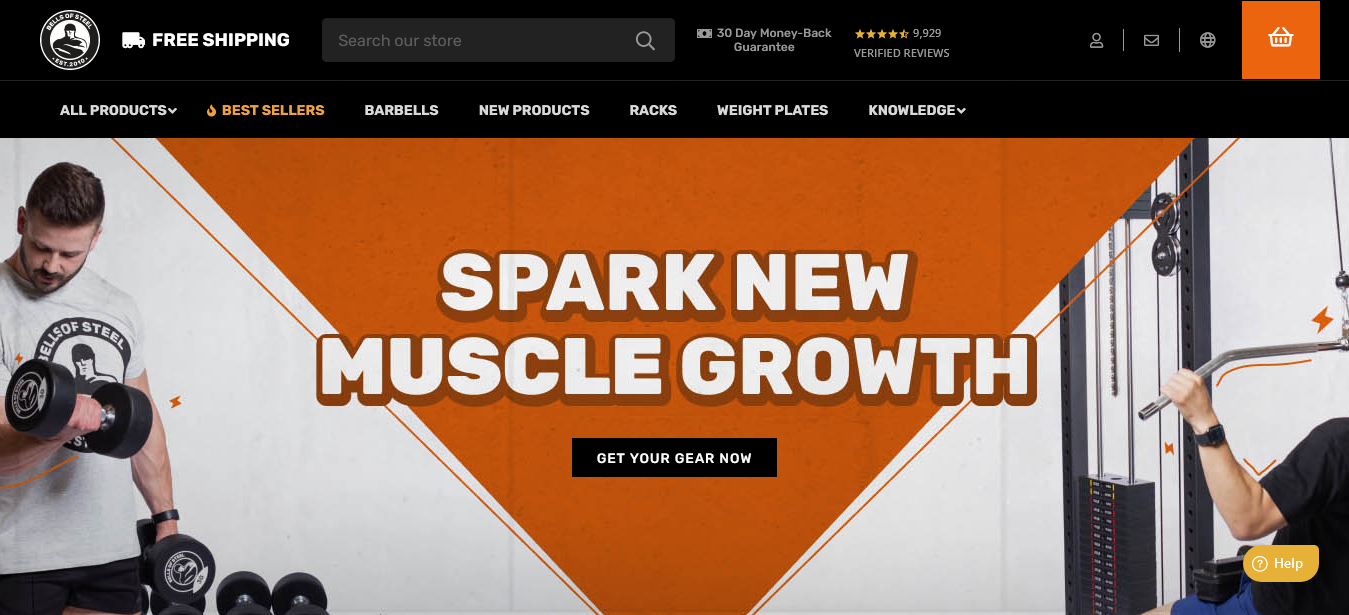
Bells of Steel, an e-commerce fitness equipment company, generated $15 million in sales by creating a high-value product line and focusing on word-of-mouth marketing, email marketing, and social media ads.
38. Concrete Countertop Solutions ($13.2M/year)
Ed Baldoni, the founder of Concrete Countertop Solutions, came up with the idea for his business after discovering concrete countertops at a national home show. As a developer with 40 years of experience, Baldoni saw the potential in offering a simpler way to build concrete countertops and created the Z Counterform System. With the help of instructional videos, strategic partnerships, and a focus on attracting the DIY market, the business has grown to generate over $12 million in revenue in just 10 years.
How much money it makes: $13.2M/year
How many people on the team: 10

Concrete Countertop Solutions, a small but dedicated team that has grown from an idea to over $12M in revenue in 10 years, has succeeded by expanding into the swimming pool industry and investing in advertising, with their instructional videos and targeted social media campaigns contributing to their accelerated growth.
39. LacedUp ($13.2M/year)
Andrew Pevzner and his brother, Phillip, started their business journey at a young age with various ventures. Their transition into the world of high-end collectible sneakers came when they opened a retail store called Flowboard, and after realizing the potential in the resale shoe market, they rebranded the store to focus on sneakers and launched Laced Up. With a passion for business and hard work, they successfully grew Laced Up into a chain of four retail stores and a thriving online business, achieving over $5 million in annual sales.
How much money it makes: $13.2M/year
How many people on the team: 40

Two brothers built a $5M annual sales business, Laced Up, from a lawn care service they started at age 10, and have since grown from one store to 4 locations in New York and New Jersey, specializing in high-end collectible sneakers and providing great customer service.
40. Tandoor Morni ($12M/year)
Bitu Aulakh, an MBA graduate and immigrant to North America, saw a gap in the market for high-quality Tandoor Ovens while importing rice and pulses. This sparked his entrepreneurial spirit, leading him to create Tandoor Morni, now generating $1 million in monthly revenue.
How much money it makes: $12M/year
How much did it cost to start: $10M
How many people on the team: 5

Case study: Tandoor Morni, the largest Tandoor Oven manufacturer and supplier in North America, achieves a monthly revenue of $1,000,000 by focusing on understanding customer needs, investing in R&D, and delivering high-quality products.
41. Chibi Dinos ($12M/year)
Sean Kelly, the co-founder of Chibi Dinos NFT, came up with the idea to create a play-to-earn NFT community that combines basketball, collectibles, and dinosaurs. Inspired by his previous experience in the NFT industry and his passion for basketball, Sean partnered with his girlfriend to create Chibi Dinos. The project quickly gained traction, with the presale and public sale selling out in record time and generating $2.4 million in revenue.
How much money it makes: $12M/year
How much did it cost to start: $100K
How many people on the team: 10
Chibi Dinos NFT, a play-to-earn NFT community co-founded by 25-year-old Sean Kelly, earned $2.4M in revenue during its initial sale, reinvesting 60% of its earnings into staffing and marketing while earning $2,005.0453th in secondary sales on OpenSea, thanks to tapping into Twitter users as part of its marketing strategy.
42. Yuba Cargo Bikes ($12M/year)
Ben Sarrazin, Founder and CEO of the Yuba Group, came up with the idea for his load-carrying bicycle business after witnessing how bikes could improve the lives of small businesses and families in remote areas. Despite having little money and no industry experience, Sarrazin invested everything he had into Yuba Bicycles and has since built a $15M company that has put over 50,000 cargo bicycles on the road.
How much money it makes: $12M/year
How much did it cost to start: $6K
How many people on the team: 30
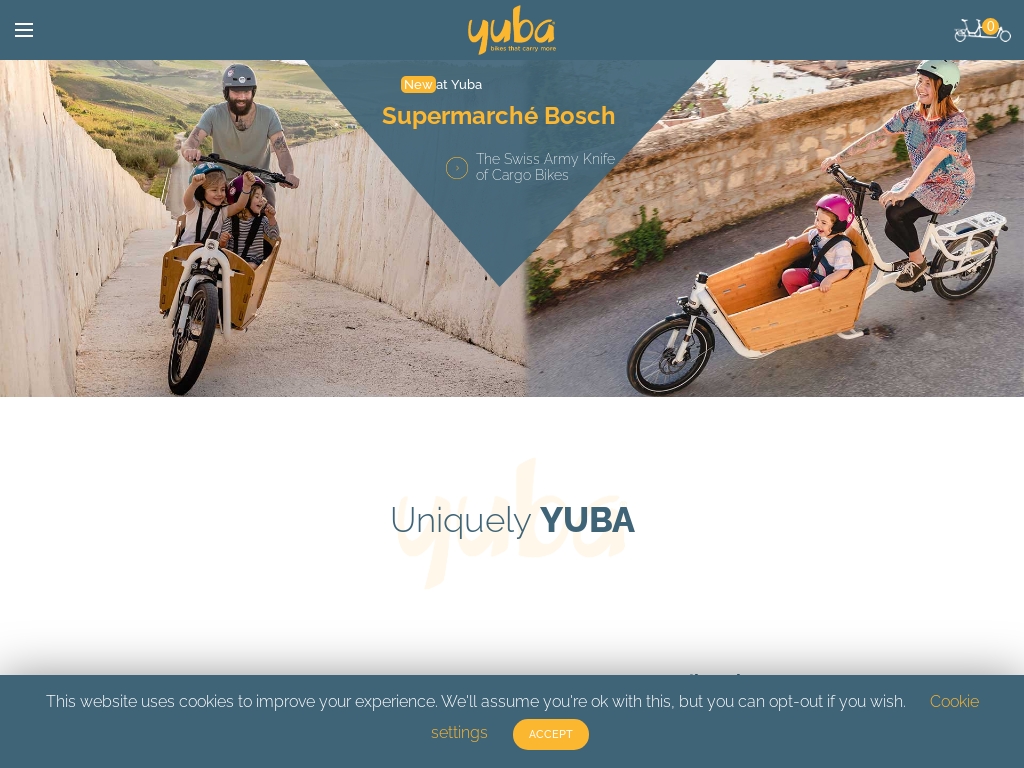
Yuba Group has pioneered the field of an entirely new segment in the cargo bicycle industry, with a 15-year-old company that has put over 50,000 cargo bicycles on the road, becoming a $15M company.
43. Supplies For Candles ($12M/year)
Nicky Story, the CEO of Supplies For Candles, came up with the idea for her business after selling soap-making supplies and receiving suggestions from customers to sell candle supplies as well. With just £10,000 as startup capital, she carefully selected stock, developed a website, and focused on marketing to make her business a success. Today, her multi-million-pound business empire serves over 100,000 customers across Europe and is predicted to turn over £18m this year.
How much money it makes: $12M/year
How much did it cost to start: $10K
How many people on the team: 100
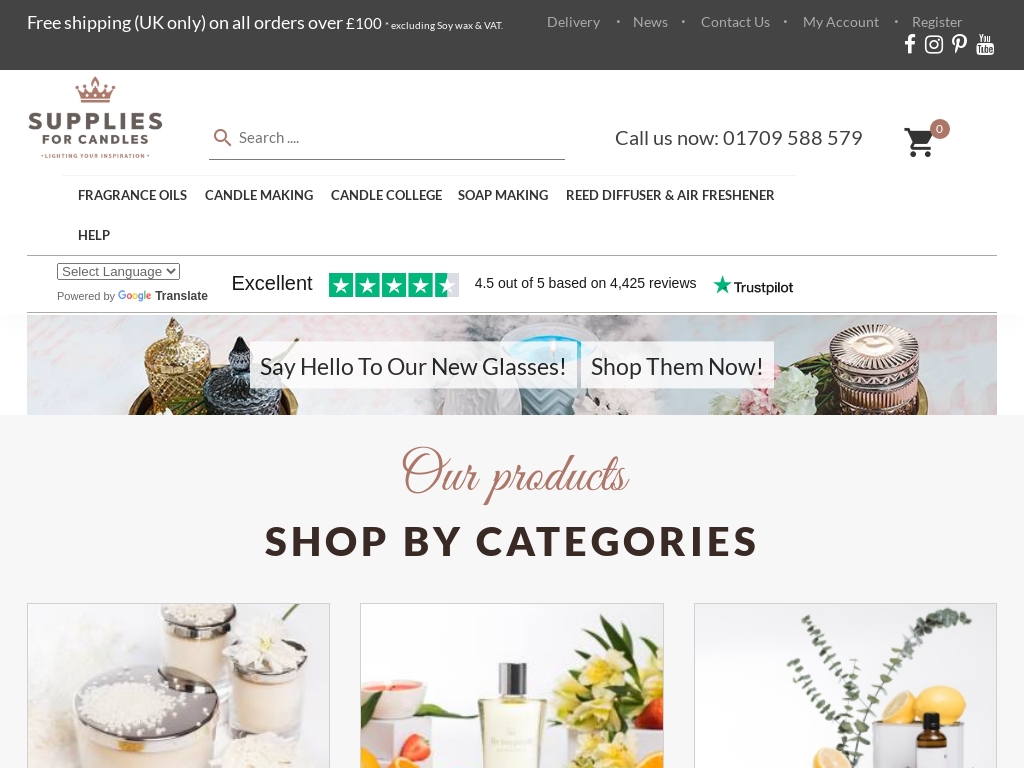
Learn how 30-year-old Nicky Story went from having a side hustle business in her garage to a multi-million-pound business empire, employing over 100 people, and predicted to turn over £18m this year through selling candle and soap making ingredients and products while targeting both B2C and B2B.
44. Mobile Pixels ($12M/year)
Jack Yao, the founder of Mobile Pixels Inc, came up with the idea for their business while interning at Amazon and working in a co-working space. Frustrated with the limited screen space on his laptop, he wished for a portable monitor that could expand from the back of the main display. Yao and his roommate Stephen prototyped the idea and successfully raised $1.5 million in presales through a Kickstarter/IndieGoGo campaign. Their product, the Duex monitor, generated $4.3 million in sales in 2019 and is projected to reach $12 million in sales for 2020.
How much money it makes: $12M/year
How much did it cost to start: $100K
How many people on the team: 4

Mobile Pixels Inc developed a portable monitor for laptops, the Duex, which raised $1.5m in pre-sales on Kickstarter/IndieGoGo and generated $4.3m in 2019 and is on track to bring in $12m in 2020, by pivoting to adjacent verticals based on the market and attracting attention through word-of-mouth branding.
45. Annmarie ($12M/year)
Kevin Gianni, the founder of Annmarie Skin Care, stumbled upon the idea for his business while researching natural health therapies. After traveling the world and discovering a line of skincare products that aligned with his values, he partnered with the owner to bring the line to the wider public. With a platform already established through their YouTube channel, the business was able to launch successfully and continues to grow.
How much money it makes: $12M/year
How many people on the team: 26
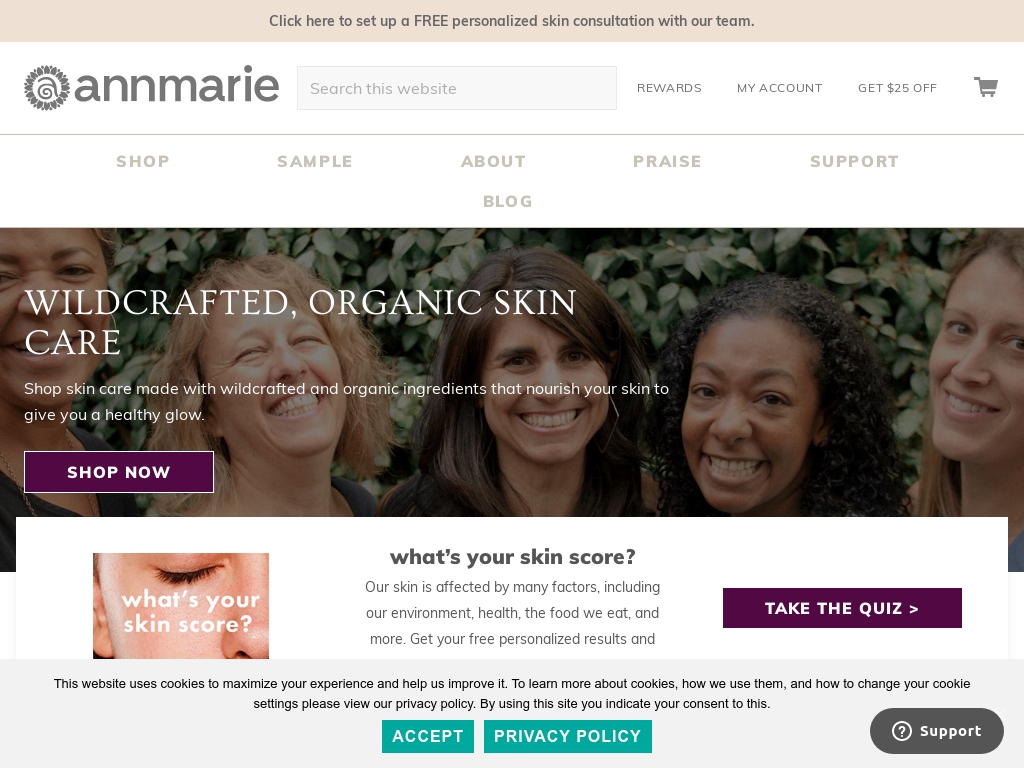
Kevin Gianni, CEO and founder of Annmarie Skin Care reveals how he and his wife went from being youtubers to having the ability to run their seven-figure, natural, organic skincare and beauty company, with over 105k subscribers, using their existing platform.
46. Overgear ($12M/year)
Tony Doronin, along with his partners Dmitriy Beseda and Alex Karetin, founded Overgear, a gaming marketplace that offers gaming assistance and training services. Alex, who had experience in investment projects and a passion for gaming, saw the lack of competition in the gaming services market and the potential for a project that provided a higher level of user experience. They launched Overgear in 2017 and have since expanded their services to different gaming disciplines, generating $1 million in monthly revenue.
How much money it makes: $12M/year
How much did it cost to start: $50K
How many people on the team: 36
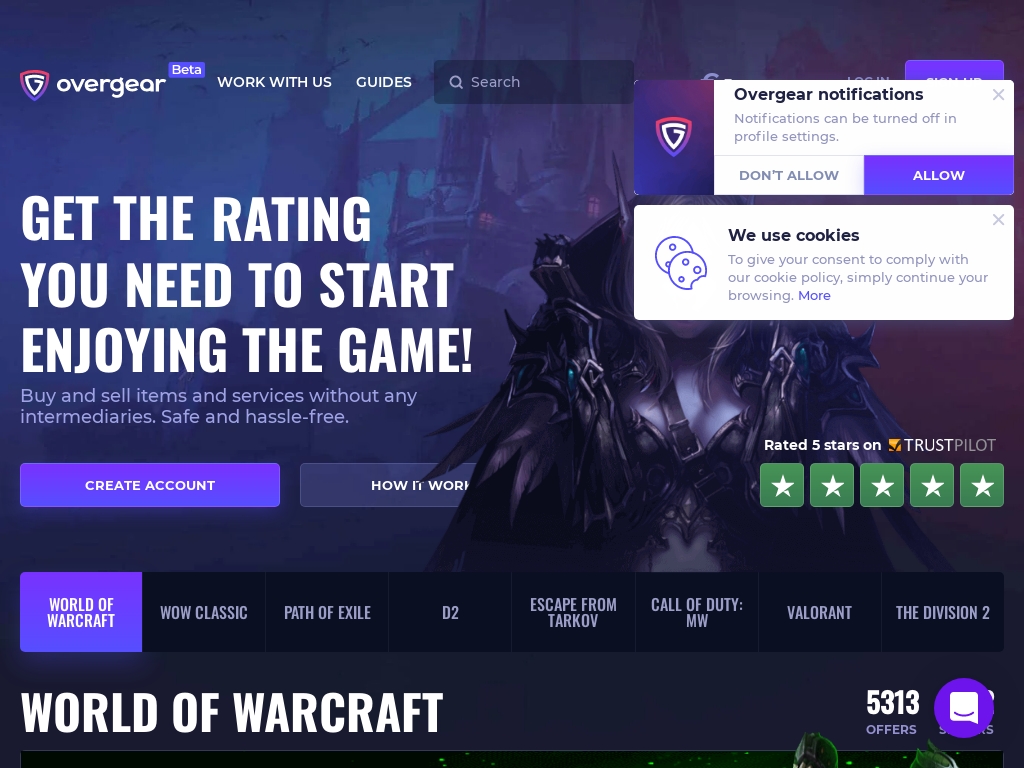
Overgear, a gaming marketplace offering assistance and training in WoW, Path of Exile, Destiny, Call of Duty, and Valorant, saw over $8 million in revenue and a 6x increase in clients in the past year by prioritizing user experience and customer retention through SEO and Google Ads, reinvesting profits, and creating a user-friendly product, amongst other things.
47. State Bicycle Co. ($12M/year)
Mehdi Farsi and his brother Reza noticed a gap in the market for affordable and attractive complete bicycles. With their background in cycling and business, they decided to start State Bicycle Co. in 2009. Since then, the company has grown to over $50 million in annual sales and has become a trusted and well-known brand in the industry through strategies such as sponsoring talented riders and building a strong social media presence.
How much money it makes: $12M/year
How much did it cost to start: $30K
How many people on the team: 15
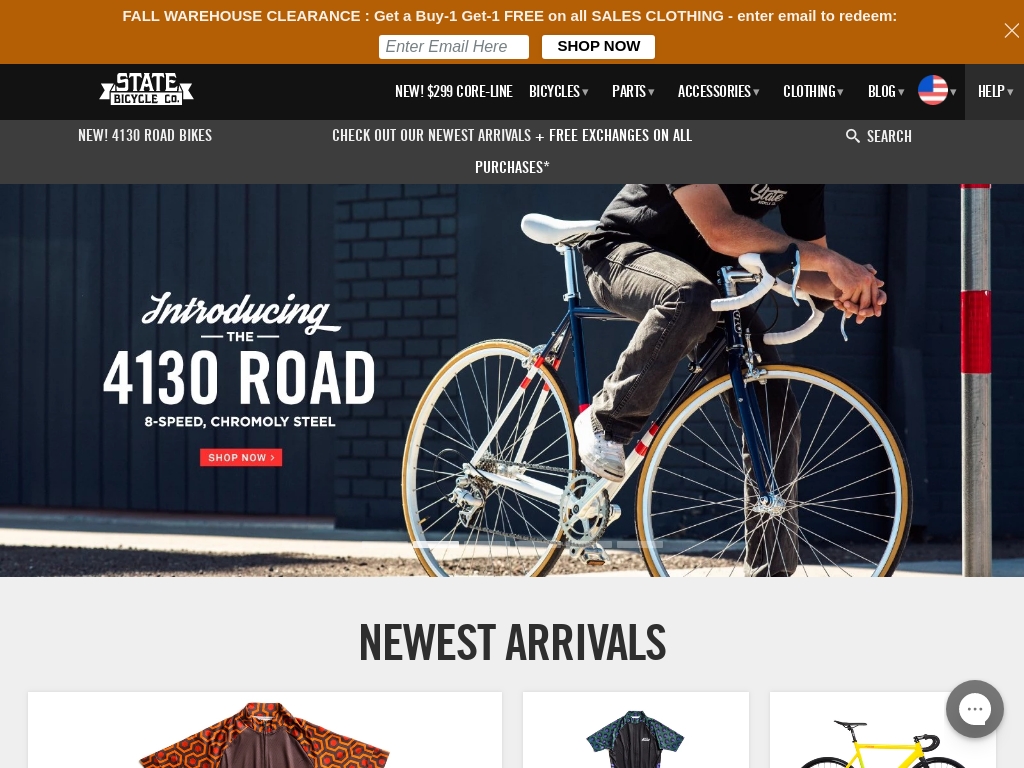
"Co-founders of State Bicycle Co. reveal how they bootstrapped their company to over $50M in annual sales and produced over 100,000 bikes by creating a trusted brand through word-of-mouth and social media, sponsoring talented riders, limited-edition releases, and focusing on product quality."
48. Jigsaw Health ($12M/year)
Patrick Sullivan Jr., along with his father, founded Jigsaw Health in 2005 after his dad struggled with health challenges for years. The idea for their dietary supplement business came when they realized the need for a magnesium supplement that didn't act as a laxative, and they created MagSRT. Now, Jigsaw Health has grown 181% in the past 5 years, with over 80% of revenue coming from direct-to-consumer sales.
How much money it makes: $12M/year
How many people on the team: 24

This case study follows the journey of Jigsaw Health, a dietary supplement company that grew 181% in the past 5 years, with 80% of revenue coming direct-to-consumer, bridging the gap between health and entertainment.
49. CROSSNET ($12M/year)
Chris Meade, co-founder of CROSSNET, came up with the idea for their four-way volleyball game during a brainstorming session with his brother and co-founder. After realizing that no one had ever invented a four-way volleyball game, they quickly created a prototype and received positive feedback from beachgoers, which led them to make multiple product improvements before officially launching the business.
How much money it makes: $12M/year
How many people on the team: 2

CROSSNET, the world's first four-way volleyball game, went from $74,000 in revenue in 2018 to $2,250,000 in sales in just one year by attracting customers through social media, email marketing, and exclusive distribution agreements with retailers like Target.
50. Shark Wheel ($12M/year)
proven to be effective in raising funds and generating buzz for our products. Through strategic marketing and advertising campaigns, we were able to attract a large number of backers and customers to our crowdfunding campaigns.
Media Exposure Appearances on popular TV shows like Shark Tank and features in major publications helped us gain widespread exposure and reach a larger audience. The credibility and visibility that came from these media appearances played a significant role in attracting and retaining customers.
Partnerships and Collaborations By partnering with well-known brands and influencers in the skateboarding and outdoor industries, we were able to tap into their existing customer base and leverage their influence to promote our products. Collaborations helped us reach new customers and build brand awareness.
Quality and Unique Product The unique and scientifically proven advantages of Shark Wheel gave us a competitive edge in the market. We focused on producing high-quality products that exceeded customer expectations. By consistently delivering a superior product, we were able to retain customers and build a loyal customer base.
Customer Service and Engagement We prioritized customer satisfaction and provided exceptional customer service. Responding promptly to inquiries, addressing concerns, and going above and beyond to meet customer needs helped us foster strong relationships with our customers and retain their loyalty.
Overall, a combination of effective marketing strategies, media exposure, partnerships, and a quality product with excellent customer service contributed to attracting and retaining customers for Shark Wheel.
How much money it makes: $12M/year
How much did it cost to start: $100K
How many people on the team: 4
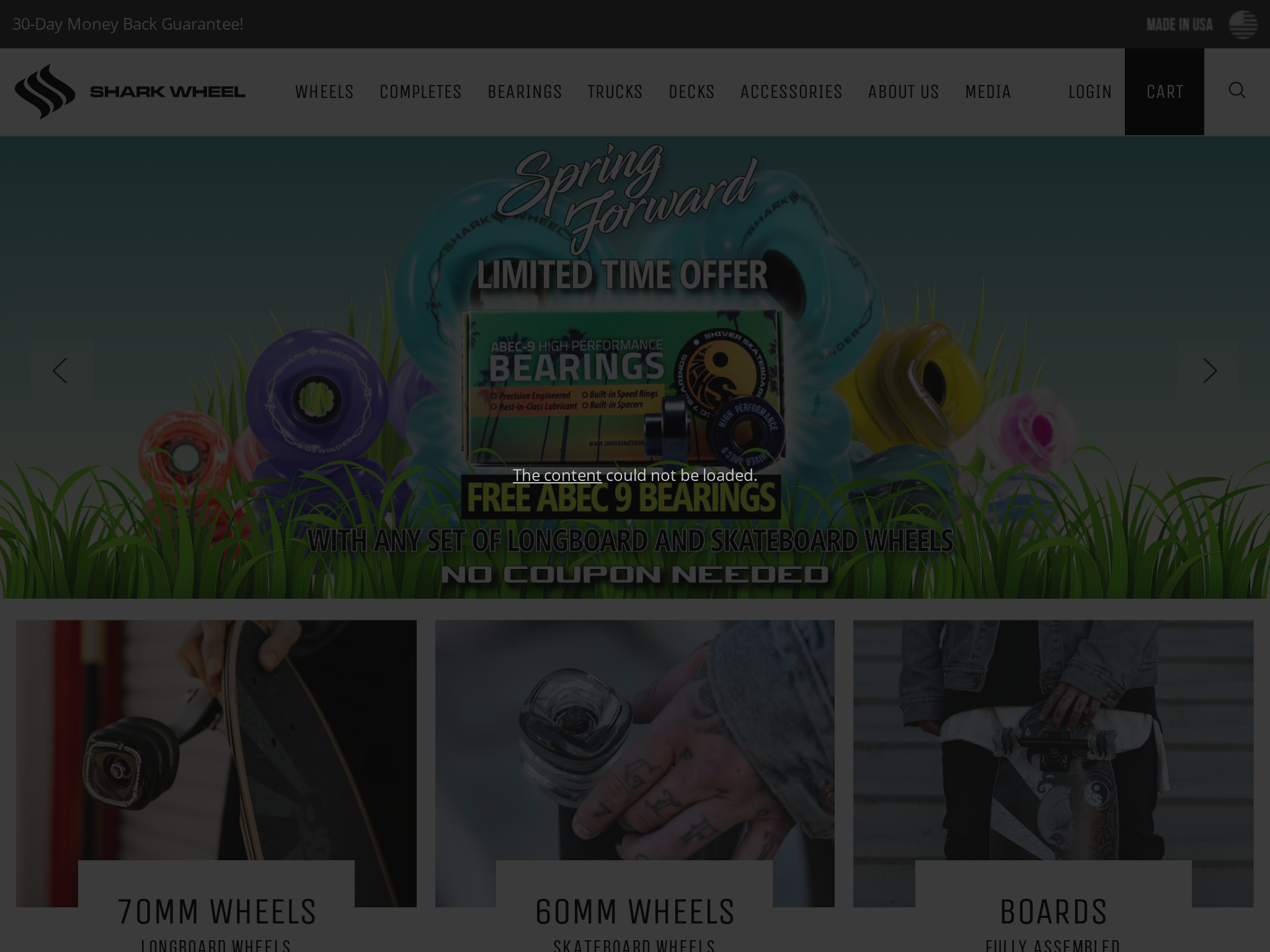
Shark Wheel reinvented the wheel, starting in the skateboard industry with a highly successful Kickstarter campaign and going on to secure issued patents in over 33 countries, with plans to expand into the industrial market.
51. Down4SoundShop.Com ($12M/year)
Johnathan Price, owner of Down4soundshop.com, came up with the idea for his car audio distribution business after receiving compliments for his impressive car audio system at various car shows. Realizing there was a demand for the equipment he used, Price decided to start selling it himself. Despite having no prior knowledge about running a business, he took the leap and is now projected to break $10 million in sales.
How much money it makes: $12M/year
How much did it cost to start: $5K
How many people on the team: 5

This case study follows the success story of a car audio enthusiast who started a business selling audio products, projecting to break 10 million dollars in sales this year, using word of mouth, social media and streamlined team members to build the business.
52. Trunki ($12M/year)
Rob Law, founder of Trunki, came up with the idea for a ride-on suitcase for kids while browsing through a department store during his time as a product design student. He realized that ride-on toys wasted a lot of space and decided to create a suitcase that maximized internal space while also entertaining kids. After facing setbacks, such as a failed licensing deal and a humiliating experience on Dragons' Den, Law persevered and turned Trunki into a global brand, selling over 4 million suitcases in over 100 countries.
How much money it makes: $12M/year
How much did it cost to start: $15K
How many people on the team: 80
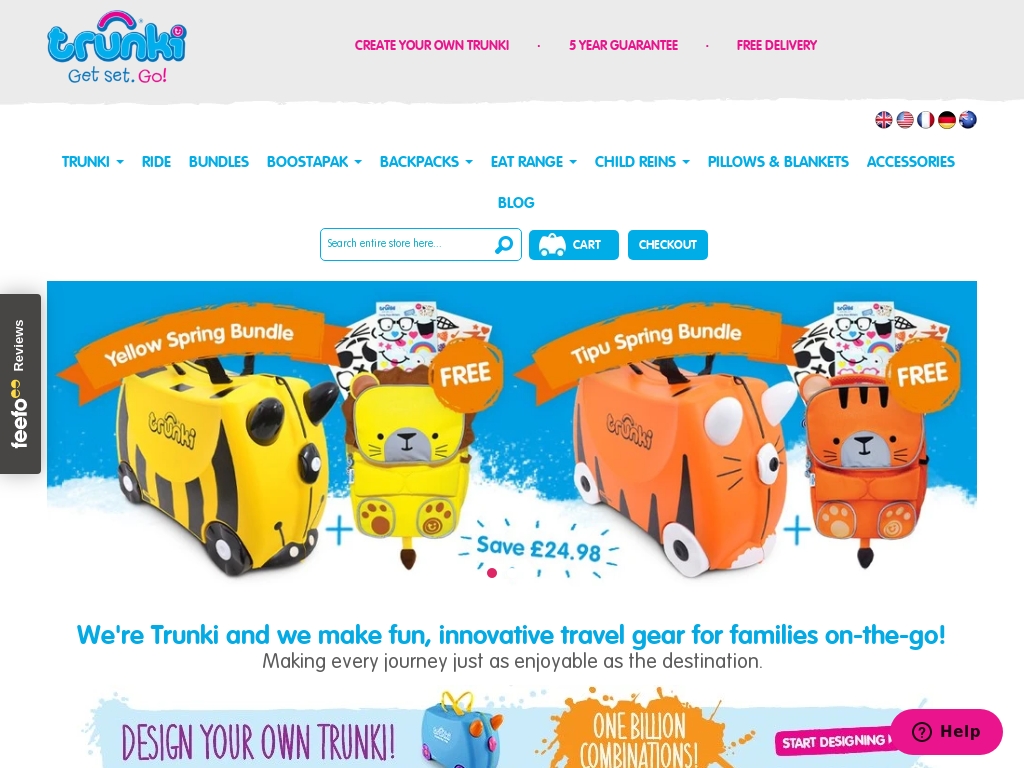
Trunki CEO and Founder Rob Law turned his innovative ride-on kids suitcase design into a global lifestyle brand, selling over 4 million suitcases in over 100 countries and earning £9.5 million in 2019, by understanding his customers and prioritizing customer service and reviews.
53. The Wine Spies ($12M/year)
Red, the founder of The Wine Spies, came up with the idea for his business after working in high-tech and eCommerce. He partnered with a friend from a previous project and realized that there was a need for a trusted online source for fine wines. Red went door to door, convincing wineries to join their flash sale business model, and eventually earned their trust and built a loyal customer base. The Wine Spies became profitable within six months and continues to grow today.
How much money it makes: $12M/year
How many people on the team: 6

The Wine Spies is an online wine marketplace, founded in 2007, that only sells wines it loves and has a fiercely loyal customer base that has kept the company profitable and growing steadily with over a decade of exceptional service and value.
54. INFINITE DISCS ($12M/year)
Alan Barker, the founder of Infinite Discs, started the business as a side project after playing disc golf in 2012. It began as a hobby to test new disc golf products, but quickly grew into the largest direct-to-consumer disc golf retailer in the world. Barker capitalized on the growing popularity of disc golf and created the most user-friendly website with informative content, a wide range of inventory, and unique disc artwork. The business now generates $12 million annually and employs over 50 people.
How much money it makes: $12M/year
How much did it cost to start: $50K
How many people on the team: 30
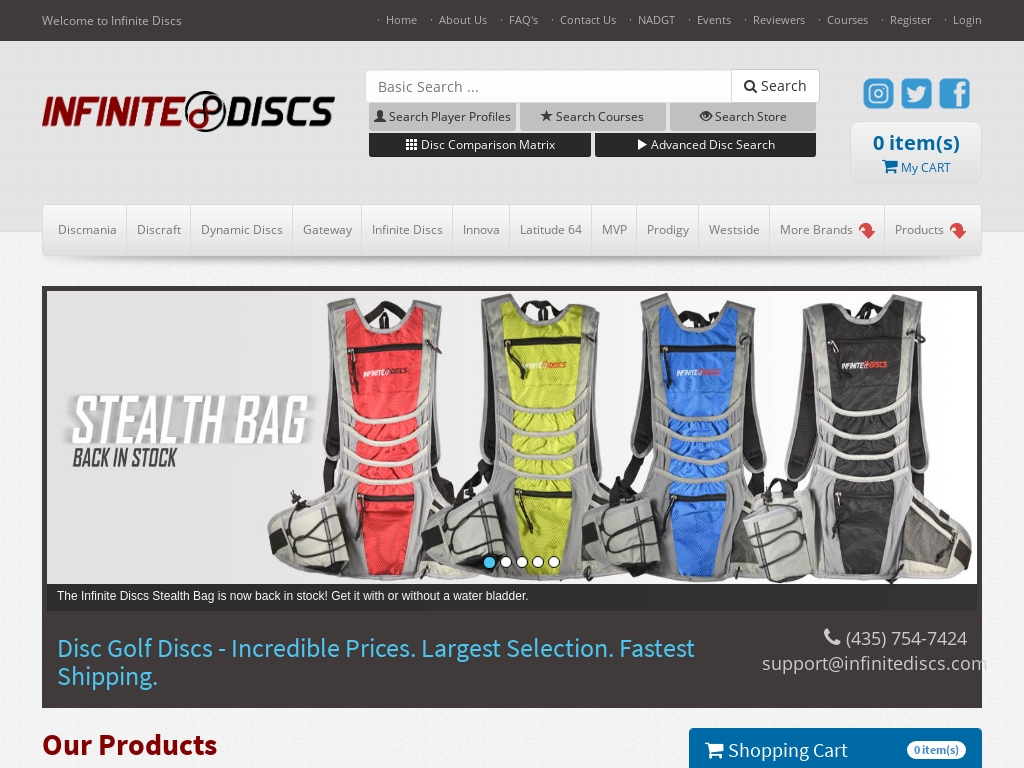
Infinite Discs is the largest direct-to-consumer disc golf retailer in the world, generating $12m annually by starting as a side project and adapting to become the most user-friendly website with unique disc artwork, as well as creating their own products and expanding to wholesale, all while dealing with the challenges of managing growth.
55. Wyze Cam ($12M/year)
Yun Zhang and his team at Wyze Labs, all former Amazon employees, identified the lack of affordable and user-friendly smart home products in the market. With their extensive knowledge of retail operations, they decided to create Wyze, offering high-quality smart home cameras and other products at disruptive prices. Since their launch in 2017, they have sold over 300,000 units and have fostered a thriving user community.
How much money it makes: $12M/year
How many people on the team: 30
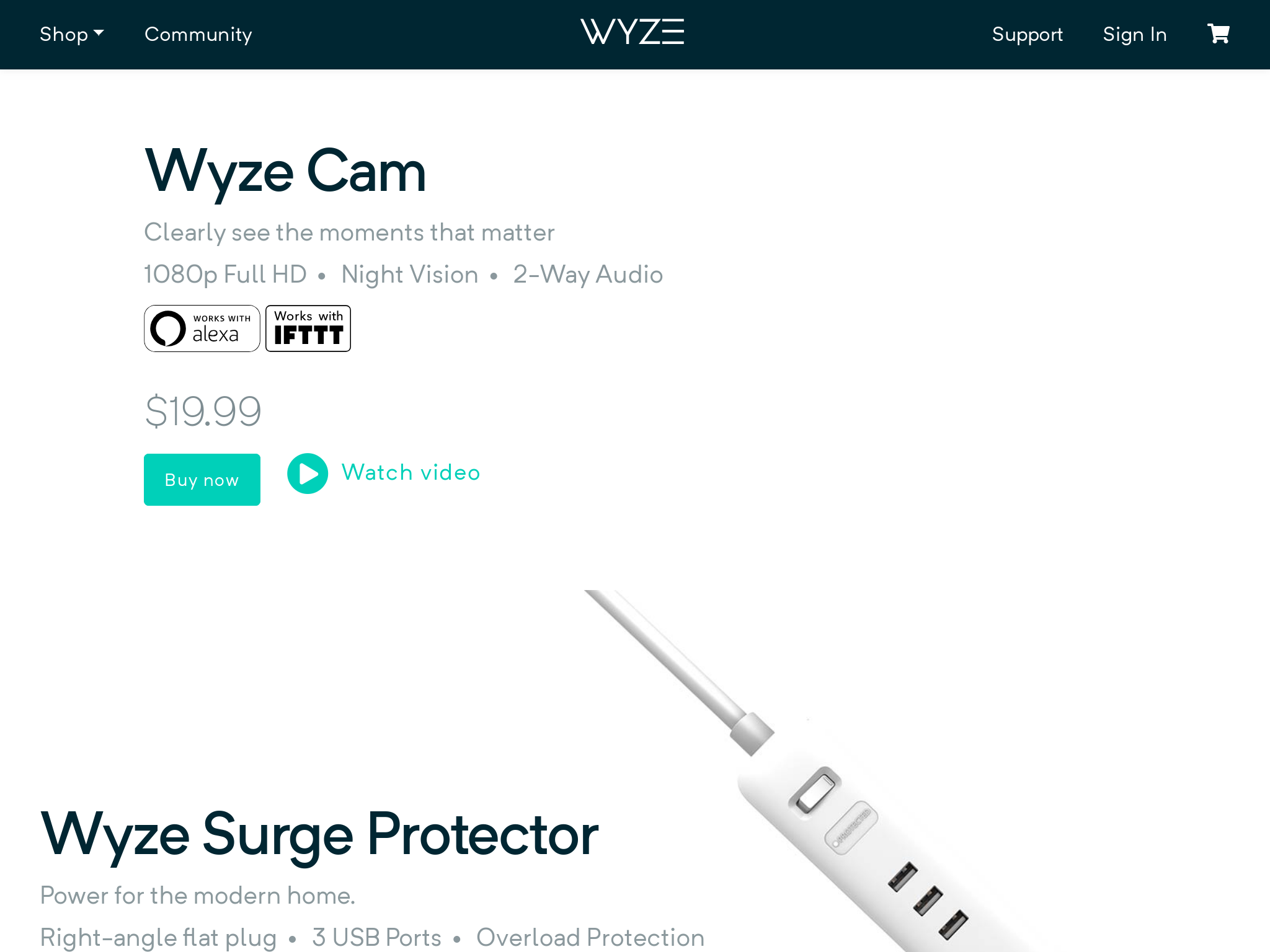
Wyze Labs' CEO and founding members, who met while working at Amazon, have successfully launched their first product, a smart home camera, in October 2017, selling over 300k units within the first six months, using a direct-to-consumer low margin, high volume model along with their strong relationships with suppliers in China.
56. BombTech Golf ($12M/year)
Sully, the founder of BombTech Golf, came up with the idea for his business after realizing the need for premium golf clubs designed specifically for "regular" golfers. He started by wholesaling and building custom golf drivers, and after receiving his first sale notification while on a boat, he knew that he had found his calling. Sully then collaborated with engineering students at the University of Vermont to design his first product, the GRENADE, and launched his online store by involving his small audience in the design and production process. With a focus on Facebook marketing and building a loyal customer base, BombTech Golf has enjoyed success, and Sully now works only 2-4 hours a week on the business, allowing him to pursue other ventures like his consulting business, EcomGrowers.com.
How much money it makes: $12M/year
How many people on the team: 2
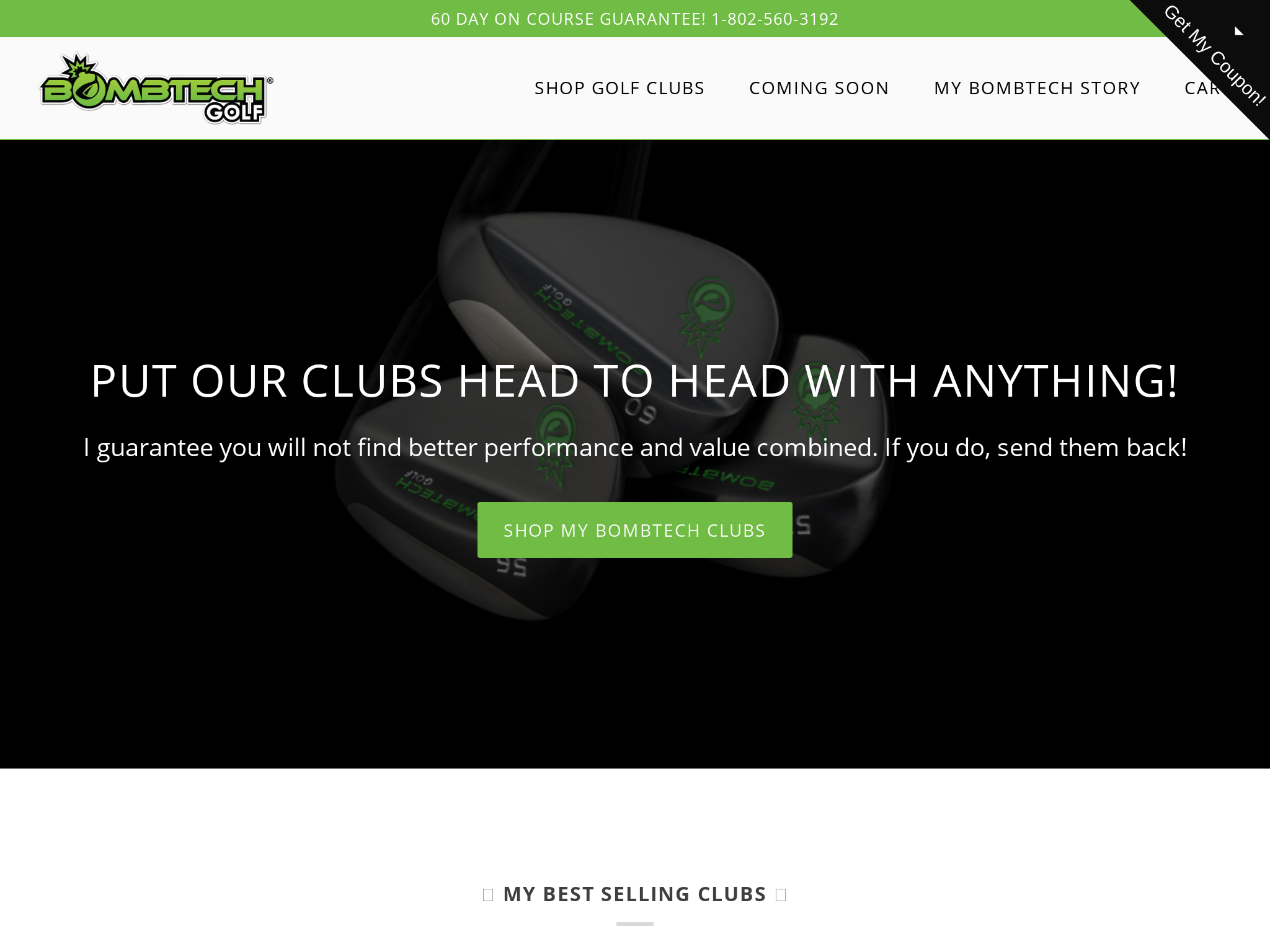
BombTech Golf is an ecommerce business that sells premium golf clubs direct-to-consumer; the BombTech Driver, which was the company's flagship product, was launched in 2017 and contributed to $6.3 million in sales that year, with the founder having designed the club with the help of engineering students at a local college before using Facebook to engage his audience in the design and production process.
57. B2C Furniture ($12M/year)
surged to $1.3 million, a 66% increase compared to the previous year, while online sales reached $2.6 million, a staggering 171% increase. The future looks bright for B2C Furniture as they continue to expand their product range, open new showrooms, and further establish themselves as a leader in sustainable e-commerce furniture.
How much money it makes: $12M/year
How many people on the team: 15
Anesley Clarke, the founder and CEO of B2C Furniture, achieved a 132% increase in revenue that primarily focuses on selling directly to end-users with their sustainable e-commerce furniture business that offers an extensive range of carefully crafted furniture which is constructed with hardwood and environmentally conscious design.
58. Manta Sleep ($9.6M/year)
with innovative sleep solutions, we believe Manta Sleep has a bright future ahead.
How much money it makes: $9.6M/year
How much did it cost to start: $50K
How many people on the team: 18

Manta Sleep has successfully raised $700,000+ through crowdfunding campaigns for their unique, 100% blackout sleep mask designed for light sleepers and aims to empower people to sleep better so they can do more.
59. Project Repat ($9.6M/year)
Ross Lohr, the co-founder of Project Repat, came up with the idea after seeing the incredible t-shirts that were being sold off and sent overseas by nonprofit and for-profit companies in America. He decided to work with Kenyan artisans to design new products out of these t-shirts, but soon discovered that customers were more interested in affordable t-shirt quilts. This led to the creation of Project Repat, which now makes 2,000 quilts per week and is projected to make $10MM in sales this year.
How much money it makes: $9.6M/year
How many people on the team: 2

Project Repat turned their customers' memorable t-shirts into 2,000 custom quilts per week backed with cozy fleece, generating $10MM in sales per year from fine-tuning the production process making textile jobs more affordable and eco-friendly in the United States, with grown revenue of 70% over last year.
60. SendAFriend ($9.6M/year)
Tyler Macke, the 21-year-old founder of SendAFriend, came up with the idea for his business after realizing that many of his favorite e-commerce brands lacked a philanthropic purpose. He wanted to create something different and decided to launch SendAFriend, an e-commerce brand that sells stuffed animal care packages. The business has seen significant growth, with projected revenue of $5 million for 2020, and has already donated over $250,000 to children's hospitals.
How much money it makes: $9.6M/year
How much did it cost to start: $1K
How many people on the team: 20

Meet Tyler Macke, the 21-year-old founder of SendAFriend, an e-commerce brand that sells stuffed animal care packages, which began with $50k in revenue in 2019 and is now on track to make $5M in revenue this year, while donating 10% of revenue to children's hospitals throughout the United States.
61. Ironmaster ($9.25M/year)
Ironmaster was initially a part-time venture started by Matt Dawson's father in the Bay Area of California. Matt grew up working in the business and had a passion for building things. After working his way up in the company, Matt took over the business when his father planned to close it down. He relocated the business, redesigned the adjustable dumbbells, and started manufacturing overseas. With perseverance and smart marketing strategies, Ironmaster became a multi-million dollar company with a solid reputation in the fitness equipment industry.
How much money it makes: $9.25M/year
How many people on the team: 13
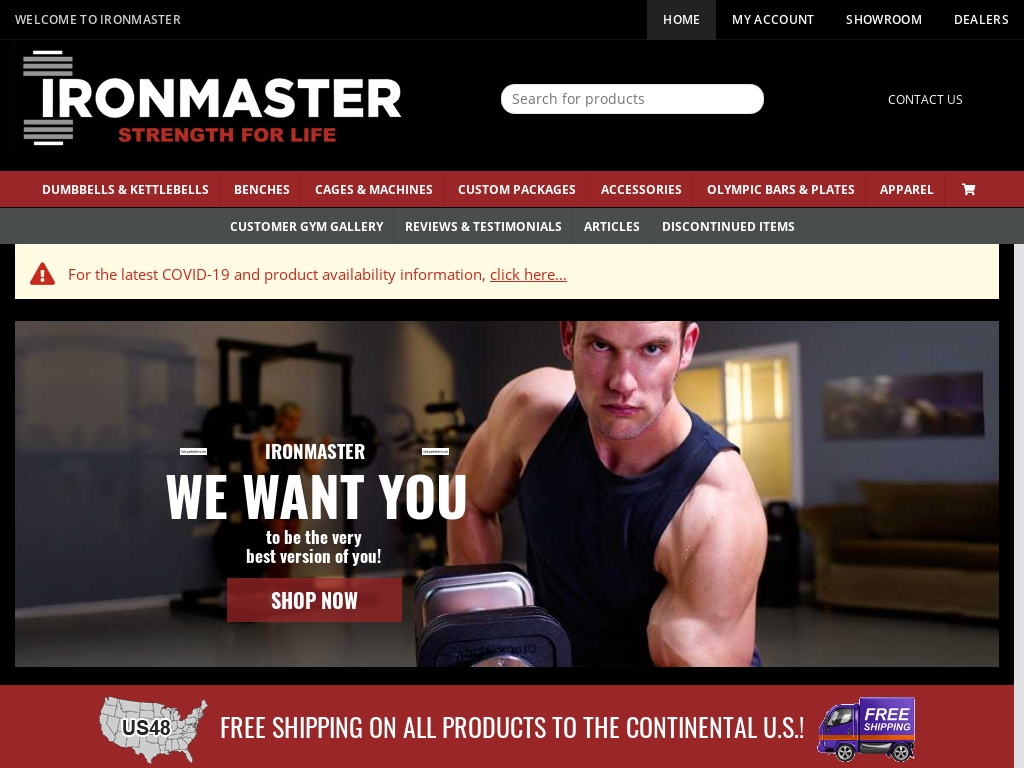
Ironmaster, a multi-million dollar company, manufactures and sells their brand of home gym fitness equipment domestically and in over 20 international markets, with their top-selling product being a patented adjustable dumbbell system called Quick-Lock Dumbbells, providing quality strength training gear for individuals who want to have their gym at home.
62. Pro Bike Tool ($9M/year)
Chris Parr, an active runner and cyclist, recognized a gap in the market for affordable and high-quality bike tools. With his expertise in ecommerce, Chris launched PRO BIKE TOOL, initially selling a Mini Bike Pump with an in-line gauge. Within two weeks, the product became the number two best-seller on Amazon USA, and the business has since grown to retail 32 products across 10 marketplaces with a monthly turnover of $750K.
How much money it makes: $9M/year
How many people on the team: 2

UK-based PRO BIKE TOOL, an online retailer of affordable bike tools and accessories, sells 32 products across 10 marketplaces, making a monthly turnover of $750k, and has grown from its initial $5k investment.
63. Bailey's Blossoms ($9M/year)
Erin E. Hooley, founder and CEO of Bailey's Blossoms and Peyton Bre, started her e-commerce children's clothing line from her kitchen table in Arizona. With no formal training or sewing skills, she began selling hair accessories on Etsy to financially support her family. Through listening to customer feedback and constantly evolving, Bailey's Blossoms has now become a multi-million dollar business.
How much money it makes: $9M/year
How many people on the team: 35
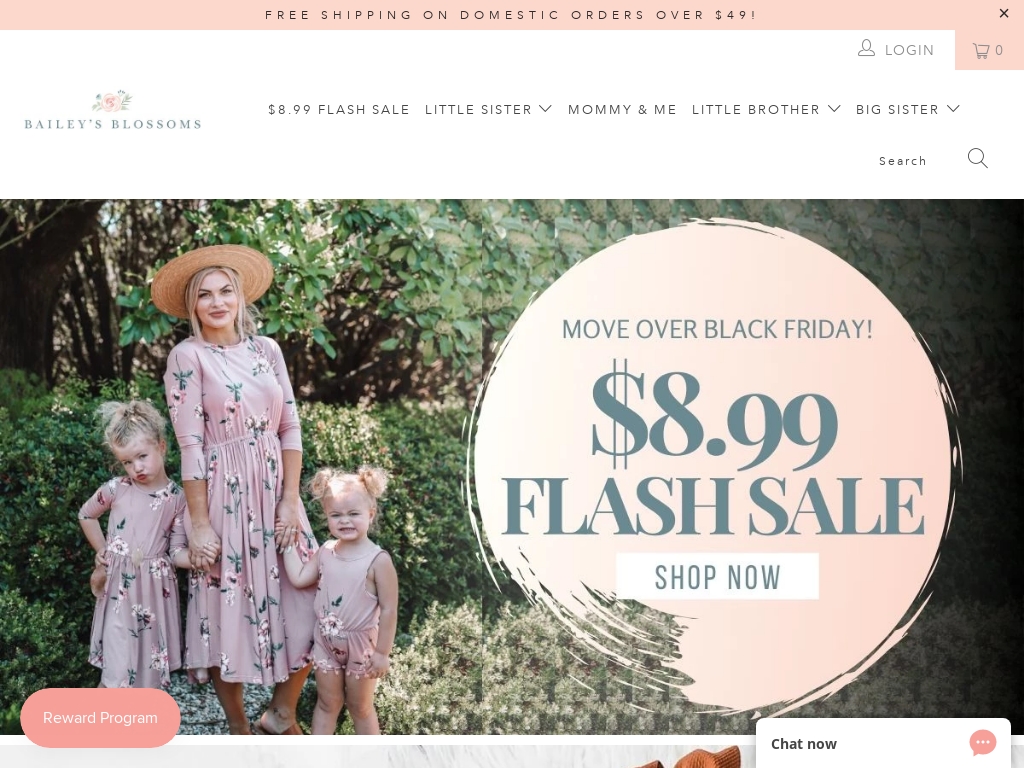
This case study is about the founder and CEO of multi-million dollar e-commerce children's clothing brands Bailey's Blossoms and Peyton Bre, who started selling hair accessories on Etsy from her kitchen table and grew her businesses into a total customer base of around 750,000 with a goal of surpassing 1 million by the end of 2020.
64. Matcha.com ($8.5M/year)
Andre Fasciola and Dr. Andrew Weil founded matcha.com after experiencing the high-quality matcha tea in Japan. They saw an opportunity to bring the same level of quality to the US market and educate consumers about matcha. They have become the largest supplier of ceremonial grade matcha in the US, with a monthly revenue of $100K.
How much money it makes: $8.5M/year
How much did it cost to start: $60K
How many people on the team: 15

Matcha.com started as a passion project by two founders, now the largest supplier of ceremonial matcha outside of Japan with a monthly revenue of $100k, using podcasts, micro-influencers, and email campaigns to attract and retain customers.
65. BLAQ ($7.9M/year)
Ryan Channing discovered the power of activated charcoal during a trip to Japan and quickly turned a viral peel-off charcoal face mask into an $8 million business in its first year. Sharing hilarious videos of friends using the product, BLAQ's success skyrocketed, bolstered by partnerships with major subscription beauty boxes.
How much money it makes: $7.9M/year
How much did it cost to start: $20K
How many people on the team: 6

The BLAQ Group, an Australian beauty company known for its detoxifying skincare products, was founded in 2016 by Ryan Channing and generated over $8 million in sales in its first year, and now the company is working to expand into brick-and-mortar distribution and partnerships in the US market.
66. BAKblade ($7.8M/year)
After experiencing the embarrassing reality of having back hair, Matt and Angelina realized they weren't the only ones dealing with this problem and decided to develop their own solution. They launched BAKblade and gained massive exposure after a campaign video featuring an 800lb gorilla ranting and raving about back hair went viral, generating over 240 million views on Facebook. Since then, they have focused on attracting and retaining customers through PR efforts and creating relevant content for their brand.
How much money it makes: $7.8M/year
How many people on the team: 10

BAKblade, LLC's co-founders made over $1 million in sales revenue by offering a pain-free solution to back and body hair management, with their product BAKblade 2.0 being recognized as the most economical and easy-to-use product of its kind for millennials.
67. Private Label Extensions ($7.8M/year)
Mikey Moran, one of the owners of Private Label Extensions, came up with the idea for the hair distribution and technology company when he learned about the high prices women were paying for hair extensions. With a background in e-commerce and a commitment to providing the best quality products at the lowest cost, Moran and his team have seen significant growth, with over $650,000 in monthly sales and a ranking on Inc Magazine's list of the fastest-growing companies. Despite initial challenges and mistakes, Moran's dedication to listening to customers and investing back into the business has been key to its success.
How much money it makes: $7.8M/year
How much did it cost to start: $14K
How many people on the team: 20

Private Label Extensions is a hair distribution and technology company that builds hair brands from A to Z for entrepreneurs, achieving over $650,000 in monthly sales and ranked #278 of the fastest-growing companies by Inc Magazine for 2018.
68. Beautiful Disaster ($7.2M/year)
Founded by Christina DuVarney, Beautiful Disaster Clothing is a successful women's clothing brand that empowers women to embrace their imperfections. With over 4 million in revenue per year, Beautiful Disaster offers a wide range of products, including hoodies, tees, tanks, leggings, and jewelry. Through relentless determination and a commitment to exceptional customer service, Christina has built a brand that inspires women to embrace their inner strength and find confidence in their wardrobe.
How much money it makes: $7.2M/year
How much did it cost to start: $20K
How many people on the team: 10

Women's clothing line Beautiful Disaster generates over 4M in revenue per year and has grown its tribe to over 230K followers due to its personalized approach and commitment to exceptional customer service.
69. Nourishing Brands ($7.2M/year)
Jeremy Hendon, co-founder of Nourishing Brands, came up with the idea for the business after experiencing the benefits of a low carb Paleo diet. He noticed the rising popularity of the keto diet and decided to create the Keto Summit, a digital event featuring top experts. The success of the summit led to the company's shift towards cookbooks, courses, and meal plans, and they have since sold over 300,000 cookbooks in 2020 alone.
How much money it makes: $7.2M/year
How much did it cost to start: $500
How many people on the team: 10
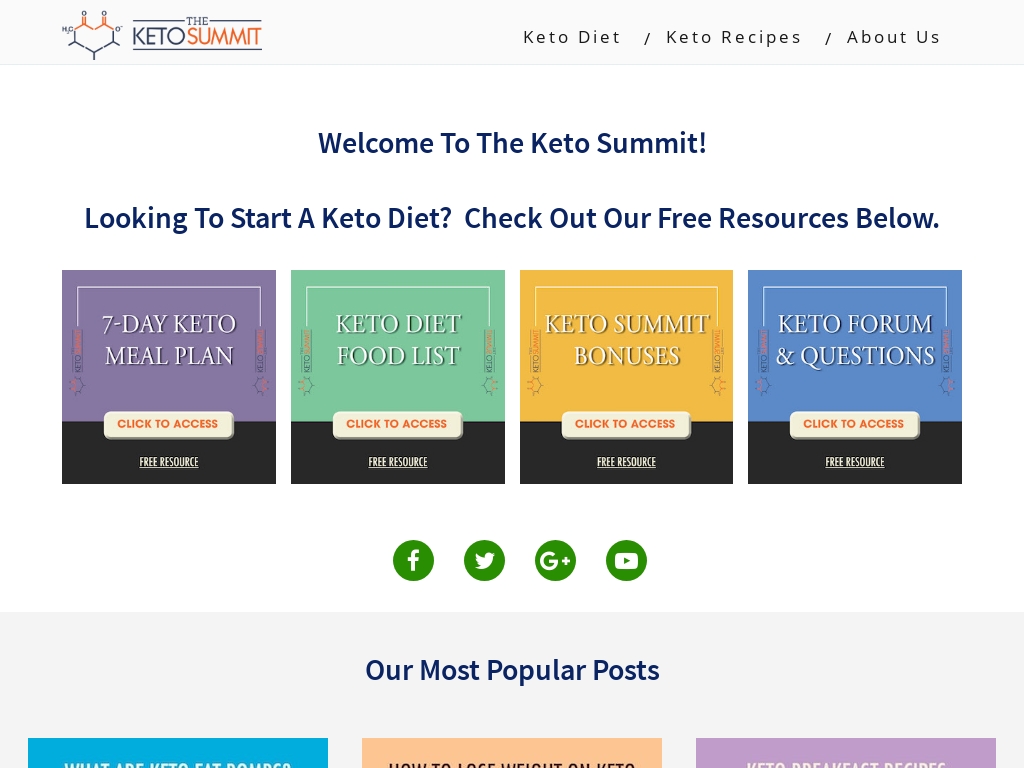
Nourishing Brands is a direct-to-consumer media company that generates more than $600k per month and sold over 300,000 cookbooks in 2020 through their popular health websites like KetoSummit.com by transitioning from digital events to cookbooks, evergreen courses, and paid media.
70. Jimmy Joy ($7.2M/year)
Joey van Koningsbruggen, founder of Jimmy Joy, came up with the idea for his business after getting frustrated with having to choose between healthy or fast food. He set out to create healthy fast food and partnered with a large manufacturer of baby food to create his first recipe, which was as close to health recommendations from the World Health Organisation as possible. Despite being initially validated by friends and media outlets, he faced challenges such as rebranding and manufacturing difficulties before growing his company to make $440,000 per month.
How much money it makes: $7.2M/year
How much did it cost to start: $500
How many people on the team: 30

This case study features a 29-year-old founder who started a meal replacement company offering nutritionally complete meals targeting high-earning and sustainability-conscious individuals, generating a staggering $440k per month, with plans to expand globally and launch new products.
71. DetraPel ($7.2M/year)
David Zamarin, founder of DetraPel, came up with the idea for his business when he wanted to create a spray to protect his new Jordan shoes. However, lacking the chemistry knowledge, he started a shoe cleaning business instead. After discovering a harmful competitor's product, he sold his first business and invested the money into developing his own non-toxic and eco-friendly protective coatings, which has led to over $512,000 in sales in the last year.
How much money it makes: $7.2M/year
How much did it cost to start: $60K
How many people on the team: 24

DetraPel is a company that manufactures and distributes eco-friendly liquid repellent sprays designed to protect fabric and leather belongings, which has made over $512,000 in sales last year and has successfully partnered with Shark Tank.
72. TAB Performance ($7.2M/year)
Justin Pflanz and his brother Casey started TAB Performance after recognizing a demand for louder motorcycle exhaust systems. Their best-selling product, the Zombie baffle, was created in response to customers asking for louder options. Since then, their annual sales have been doubling, reaching an impressive $4.8 million.
How much money it makes: $7.2M/year
How many people on the team: 9
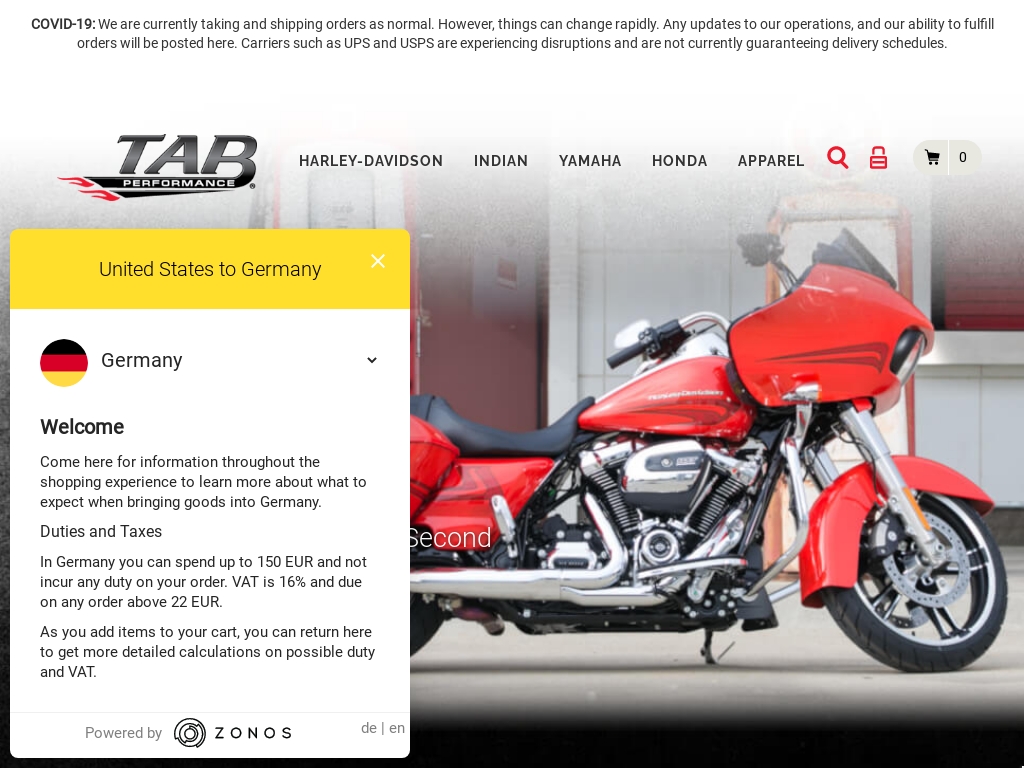
TAB Performance doubles annual sales with introduction of Zombie baffle, from manufacturing Harley-Davidson motorcycle exhausts, with founders attributing growth to constant evolution and listening to customers.
73. Equity Residences ($7.2M/year)
Equity Platinum Fund with a goal of raising $50 million to acquire a portfolio of twenty luxury vacation homes. Currently, we have over 200 investors and $40 million under management. Our focus is on providing investors with access to a portfolio of luxury vacation homes for personal use and as an investment, while also generating income through rentals and appreciation over time.
How much money it makes: $7.2M/year
How much did it cost to start: $2.5M
How many people on the team: 4

Equity Residences is a luxury real estate investment fund that has raised $40 million from over 200 investors, offering them access to a portfolio of luxury vacation homes for investment and personal use, with a minimum investment of $161,500 and plans to acquire a further twenty residences ranging from $1.5M to $4M.
74. Pete & Pedro ($7.2M/year)
Aaron Marino, the founder of Pete & Pedro, came up with the idea for his men's grooming brand after his image consulting business struggled to make money. He started making YouTube videos to help guys with their style, and as his audience grew, he saw an opportunity to create and sell his own haircare products. With his existing YouTube channel as a marketing platform, Marino was able to successfully launch and grow Pete & Pedro into a multi-million-dollar business.
How much money it makes: $7.2M/year
How much did it cost to start: $5K
How many people on the team: 8
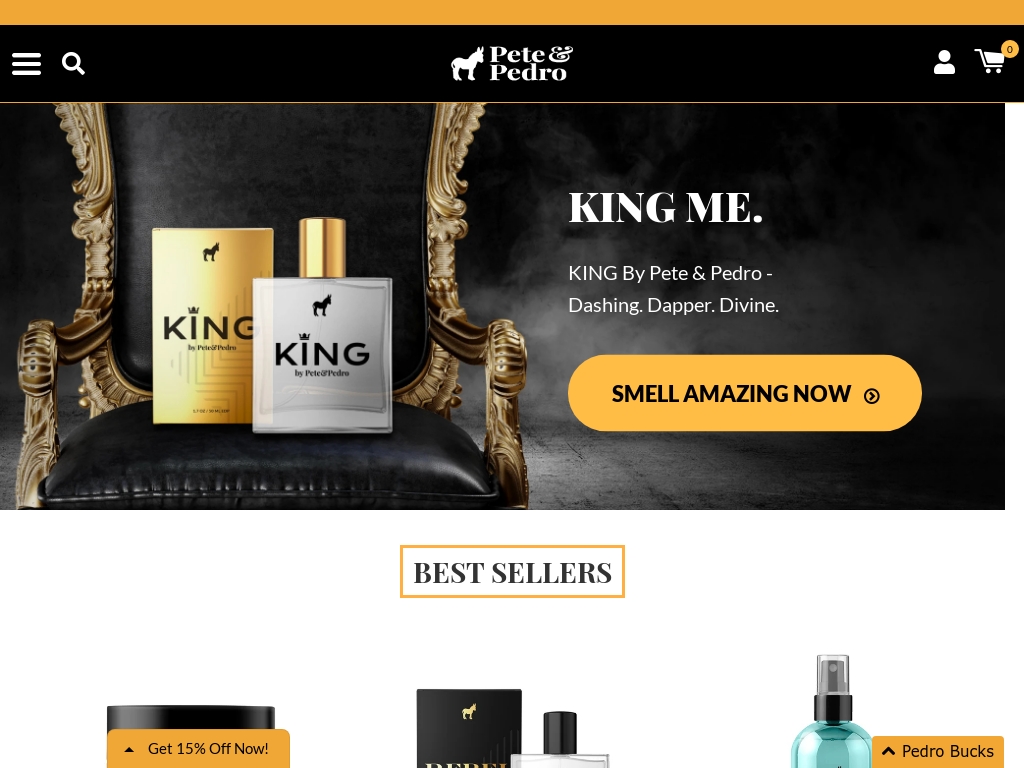
Learn how one man went from bankruptcy and driving a beer cart to launching a successful men's grooming brand, Pete & Pedro, featured on Shark Tank, by leveraging the power of YouTube and a slowly growing audience.
75. Clean Energy Solutions ($7.2M/year)
David Gomez, the founder of Clean Energy Solutions, came up with the idea for his solar energy business after experiencing setbacks in the real estate industry during the recession. He recognized the potential of solar energy as a cheaper and cleaner source of power and saw it as a great business opportunity. With a clever direct mail marketing campaign and a strong focus on selling lower-cost energy, Gomez was able to quickly attract customers and grow his business by over 6700% from 2014 to 2019.
How much money it makes: $7.2M/year
How many people on the team: 20

Clean Energy Solutions, a solar-energy provider based in LA, has grown over 6700% from 2014 to 2019, with monthly revenue around $600,000 and plans to expand its energy-efficient affordable housing division, thanks to its unique solar program allowing clients to save money using solar energy at a lower price than their utility would charge.
76. Upcart ($7M/year)
Michael Reznik, the Co-Founder and CEO of TriFold LLC, came up with the idea for the UpCart while at his Dad's birthday party. A family friend showed him a rough prototype of a cart that could easily go up and down stairs, and Reznik immediately saw the potential. After conducting research and convincing his wife to invest, Reznik started TriFold and the company has since seen impressive sales growth, with projections to exceed $7 million this year.
How much money it makes: $7M/year
How many people on the team: 4
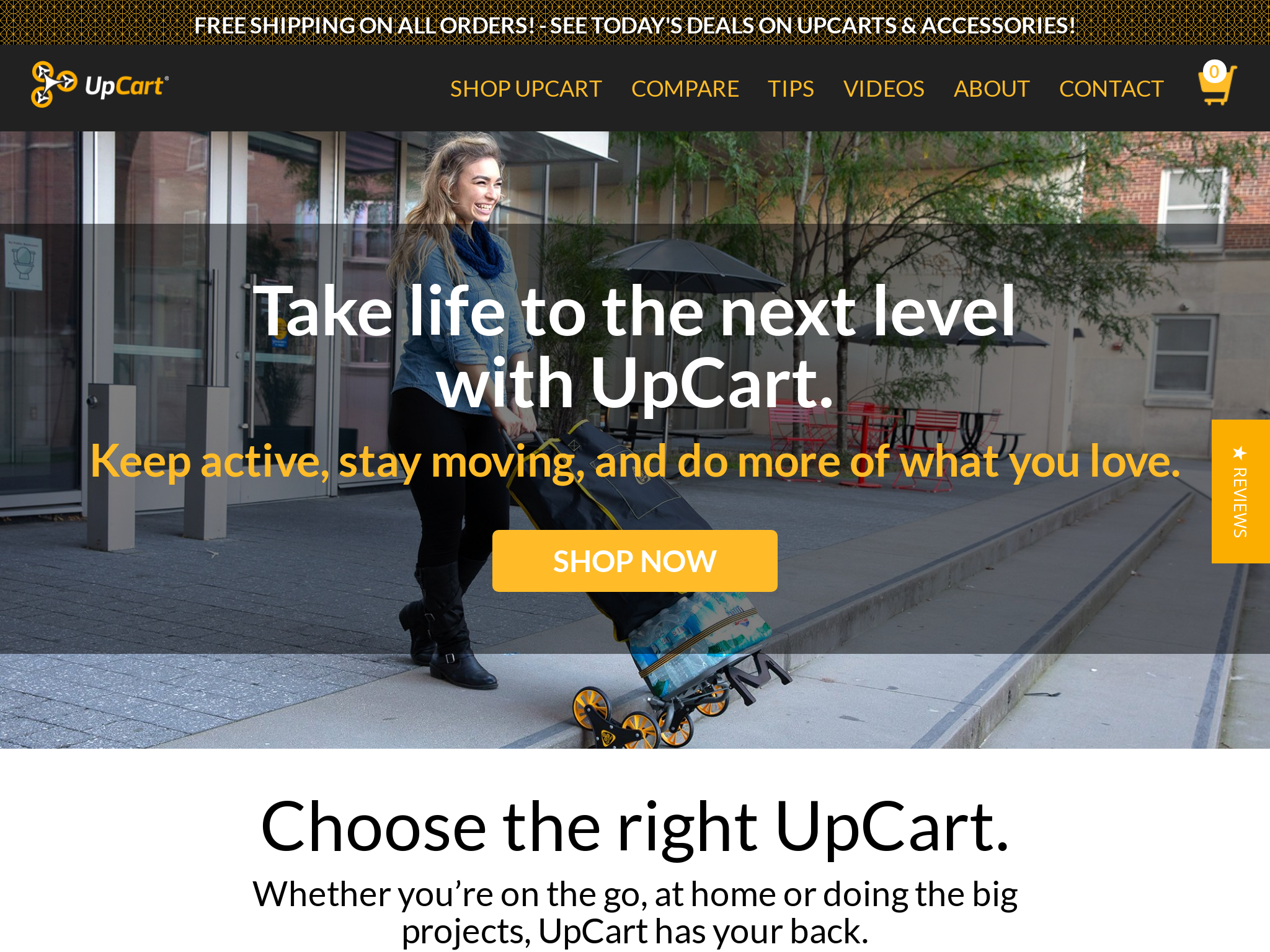
UpCart LLC, the company behind the patented line of all-terrain folding carts and hand trucks, has seen tremendous growth over the past few years, with sales increasing from $3.2M in 2016 to a projected $7M in 2018, thanks in part to its QVC Sprouts live-sell success and viral Facebook marketing efforts.
77. Origen RV Accessories LTD. ($6.96M/year)
Gord Wilson, the founder of Origen RV Accessories, came up with the idea for the world's only permanent jack pad after being diluted out of a majority ownership position in his previous successful RV accessory company. In 2015, Gord approached his three grown sons with the concept for the permanent jack pad, and they used their combined industry experience and digital marketing expertise to launch the company with just three SKUs. Since then, Origen RV Accessories has experienced impressive growth, grossing over $130,000 in its first year and achieving an average year-over-year growth of 124%.
How much money it makes: $6.96M/year
How much did it cost to start: $50K
How many people on the team: 17

Origen RV Accessories has grown by an average of 124% YoY, grossing over USD 130,000 in the first year, and now carries over 40 SKUs, with six major distributors, and more than 300 RV dealerships, recently recording a NPS of 88 with their unique RV SnapPads.
78. Flute Center of New York ($6.6M/year)
Phil Unger founded the Flute Center of New York after pivoting from his Radio-TV degree to musical instrument repair, influenced by his musician father. By specializing in professional flute repair and building personal relationships, he grew the business to $7M in sales by 2019.
How much money it makes: $6.6M/year
How much did it cost to start: $5K
How many people on the team: 16

Flute Center of New York is the largest flute-centric company in the world, servicing musicians globally with an impressive retail level sales of over 7 million USD in 2019 by selling flutes and piccolos ranging from $500 to an astonishing $75,000.
79. The Hygiene Company ($6.25M/year)
Jonathan Bradford came up with the idea for his hygiene solutions business, Wipepod, when he was at a local gym and realized there was no convenient way to access disinfectant wipes to clean the equipment. He believed that providing a nice-looking dispenser that held a good number of antibacterial wipes would enhance cleanliness in organizations and improve compliance with hygiene practices. Since then, Wipepod has grown and expanded its manufacturing capabilities, supplying gyms, offices, universities, and more with their product worldwide.
How much money it makes: $6.25M/year
How much did it cost to start: $65K
How many people on the team: 6
A hygiene solutions company founded by Jonathan Bradford now earns £500k/month, after years of developing a wall-mounted antibacterial wipe dispenser that is used in health clubs, workplaces, and in over 100 locations worldwide, and also developing an electronic washroom hygiene monitor.
80. OXO Packaging ($6M/year)
Salman Shahid, a digital marketing expert, came up with the idea for OXO Packaging after realizing the demand for sustainable custom packaging. With the global packaging industry predicted to reach $1.3 trillion in the next 10 years, Shahid saw an opportunity for success. Now, OXO Packaging brings in an average revenue of $500,000 per month with the goal of becoming the best custom packaging manufacturer in their target markets.
How much money it makes: $6M/year
How much did it cost to start: $1K
How many people on the team: 0
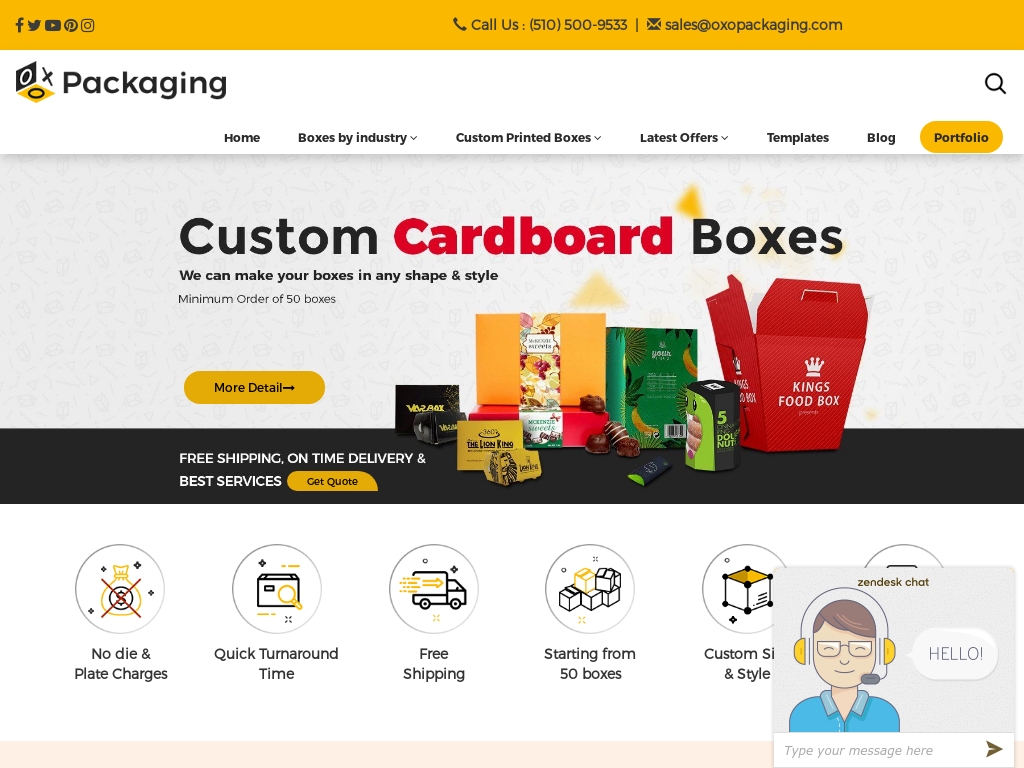
OXO Packaging is a successful custom packaging manufacturer generating an impressive $500,000 per month in revenue with around 40-50 orders per month, and aims to become the top packaging manufacturer in the USA and Australia.
81. Panda Paper Roll ($6M/year)
to start my business is "The Lean Startup" by Eric Ries. It taught me the importance of testing and iterating ideas quickly to build a successful business. Another influential resource for me has been podcasts, particularly "How I Built This" by Guy Raz, which features interviews with successful entrepreneurs and their stories of building their businesses from scratch.
How much money it makes: $6M/year
How much did it cost to start: $400K
How many people on the team: 5
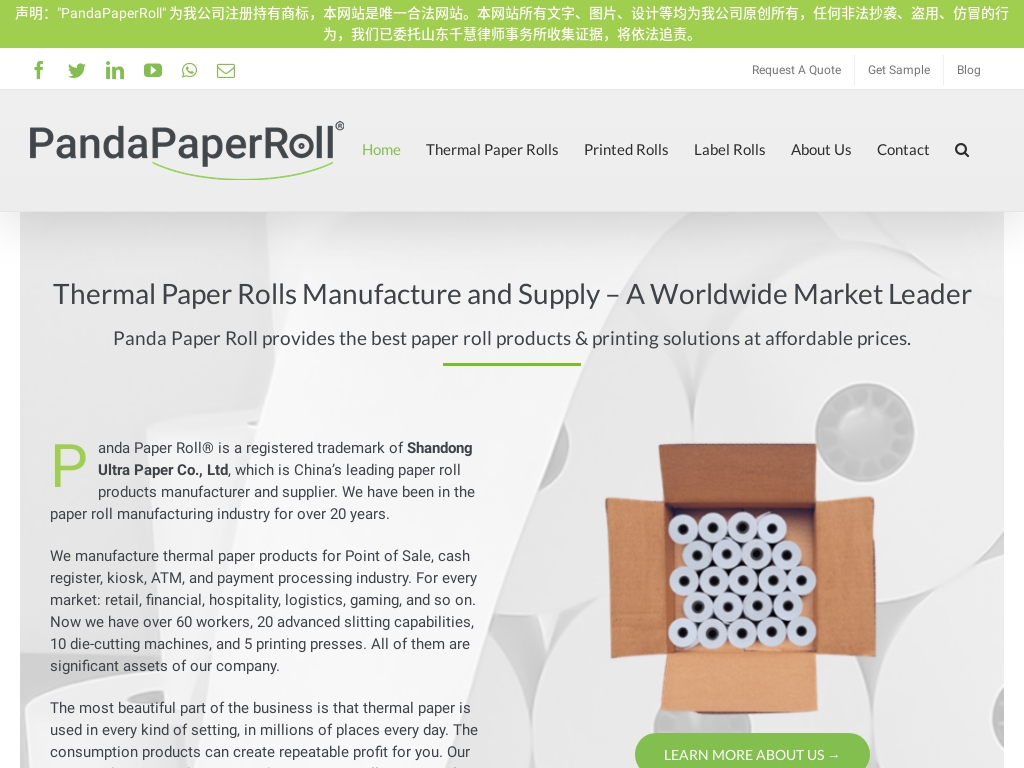
Learn how Frank Ouyang founded Panda Paper Roll Company, a China-based paper roll manufacturing company that exports products worldwide, bringing in an annual sales revenue of $10M.
82. All Things Commerce Helsinki Ltd. ($6M/year)
Jonas Forth, managing director at All Things Commerce Helsinki Ltd., came up with the idea for the business after seeing similar brands struggle with their online presence. With a background in journalism and online content production, Forth saw an opportunity to combine content and commerce to help Nordic brands reach a global audience. With a monthly turnover of €75,000 and annual growth of 20%, the company is now owned by parent company Moomin Characters and is looking to expand its operations with an on-demand model.
How much money it makes: $6M/year
How much did it cost to start: $100K
How many people on the team: 30
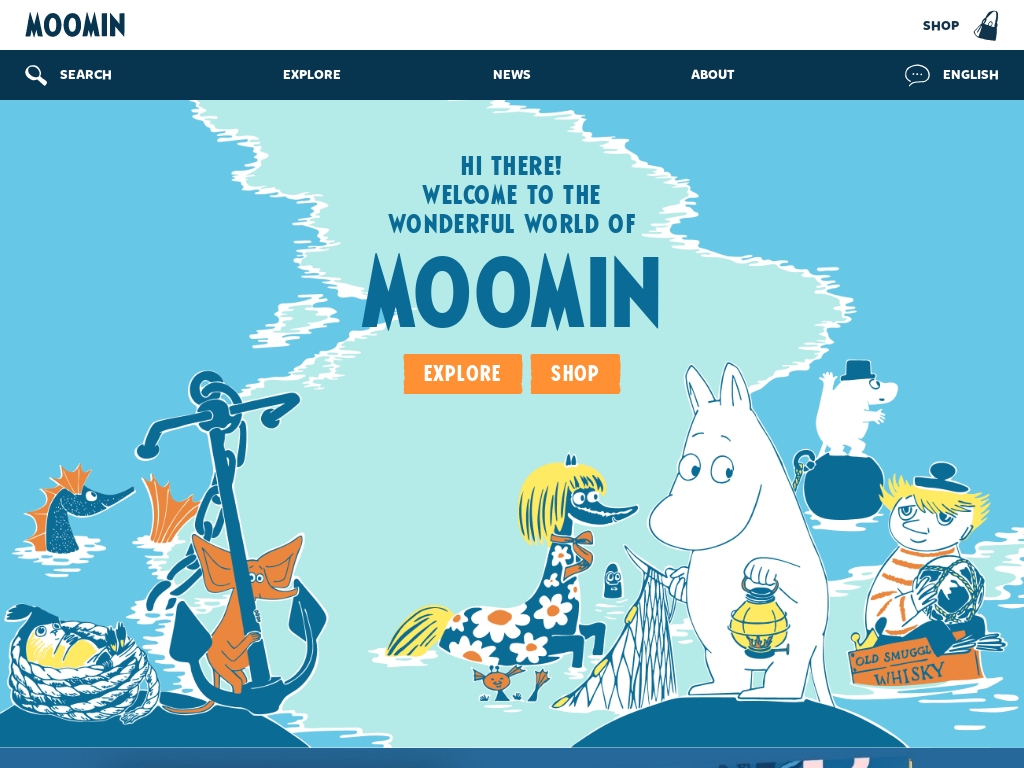
All Things Commerce Helsinki Ltd has achieved a monthly turnover of €75k and annual growth of 20%, shipping to over 50 countries with over 700 items, by focusing on creating search engine optimized content for their global brand Moomin.
83. Matboard & More ($6M/year)
Mehdi Kajbaf, Co-Founder of Matboard and More, had a realization that picture framing was an industry lacking flexibility and customization options. With a $50,000 initial investment and a fully custom-built website, Mehdi and his partner were able to create a thriving business that offers unlimited choice for framing artwork, providing customers with the freedom to create their desired look.
How much money it makes: $6M/year
How many people on the team: 10
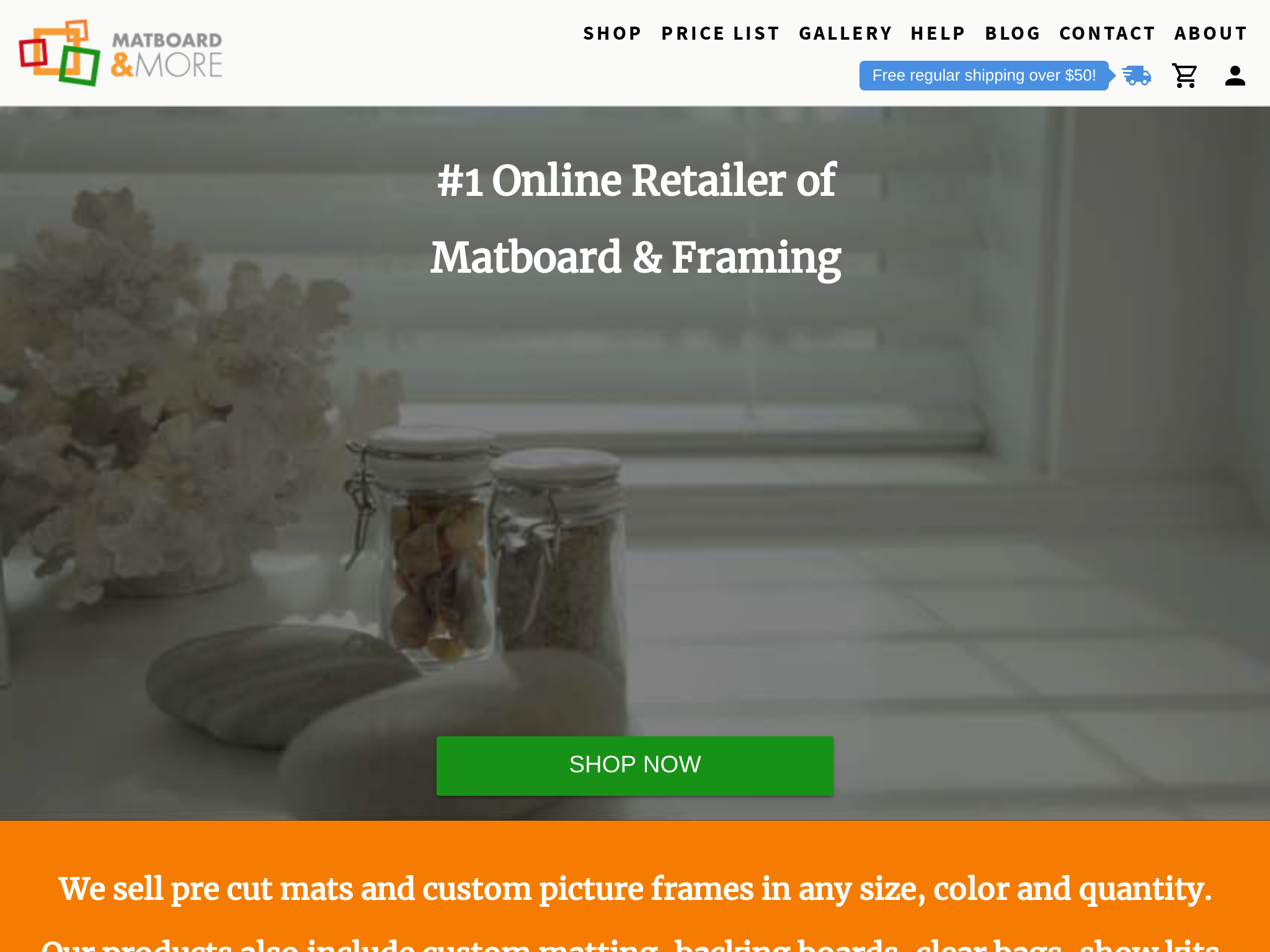
Matboard and More is a picture framing company that allows for unlimited choices and customization when it comes to framing supplies for any type of art, and is self-funded with an initial investment of $50,000 that led to a successful AdWords campaign and a massive focus on quality, service, and the customer experience.
84. Remi ($6M/year)
Oscar Adelman, a former VC, came up with the idea for his business, Remi, after experiencing frustration with the high cost of custom night guards for teeth grinding. Through conversations with dentists and research, he identified the opportunity to eliminate the middleman and create a more affordable and convenient option for customers to take their own teeth impressions at home. After a year in business, Remi has achieved success, serving thousands of customers and expanding to offer custom teeth whitening kits as well.
How much money it makes: $6M/year
How many people on the team: 18
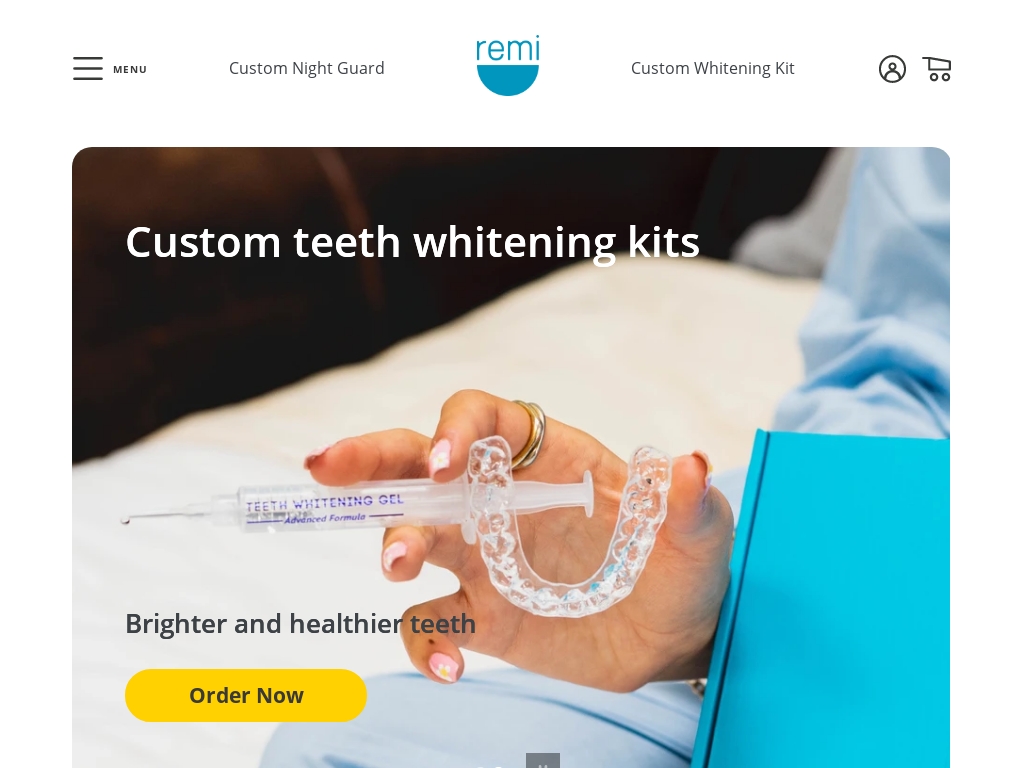
Remi, a direct-to-consumer Sleep and Wellness company, founded by VC-turned-founder Oscar Adelman, has had a successful first year, going from idea to $1.5m+ in revenue, serving thousands of happy customers, with a lifetime retention above 90%, proving that offering the best solution to a real pain point is key to attracting and retaining customers.
85. Quieton ($6M/year)
Janne Kyllönen, the founder of QuietOn, came up with the idea for his business after experiencing the benefits of active noise-canceling headphones at an airport. He realized that there was a need for a smaller and more convenient solution, particularly for people who struggle to sleep in noisy environments. With 80,000 happy customers and over $500k in monthly revenue, QuietOn is on a mission to be the go-to brand for sleep earbuds.
How much money it makes: $6M/year
How much did it cost to start: $500K
How many people on the team: 15
Founded by a former Nokia product manager, QuietOn has grown to become a leading manufacturer of active noise-cancelling earbuds for better sleep, with over 80,000 happy customers worldwide and monthly revenues of over $500k, having launched after a successful Indiegogo campaign that raised $1.3m.
86. Herbal Goodness ($6M/year)
Dr. Unoma Okorafor, founder and CEO of Herbal Goodness, came up with the idea for her business while pregnant with her third child. She wanted to eat healthier and was advised to consume papaya for its health benefits. However, she realized that the papayas available in stores were genetically modified and lacked the quality she experienced in Nigeria. This sparked her passion to provide organic superfood products, starting with papaya leaf tea, and has since expanded to a wide range of nutrient-dense herbs and supplements.
How much money it makes: $6M/year
How much did it cost to start: $0
How many people on the team: 10

Aspiring founders can learn from how Herbal Goodness grew from a single product to a six-figure superfood brand by leveraging organic ingredients like papaya leaves and seeds, utilizing strategic partnerships, and maintaining patience and persistence, achieving impressive revenue growth from $300 in their first year to over $30,000 in the second year.
87. MyFBAPrep ($6M/year)
Tom Wicky, Bart Boughton, and Taylor Smits came up with the idea for MyFBAPrep after realizing there was a lack of a scalable FBA Prep and DTC fulfillment service for Amazon sellers. By leveraging their collective experience in eCommerce, they built an asset-light network of 40 warehouses with 2 million square feet of space, powered by their proprietary SaaS platform Preptopia™. Since its launch in 2018, MyFBAPrep has grown to a $5 million+ annual run rate with no outside capital investment.
How much money it makes: $6M/year
How much did it cost to start: $200K
How many people on the team: 15
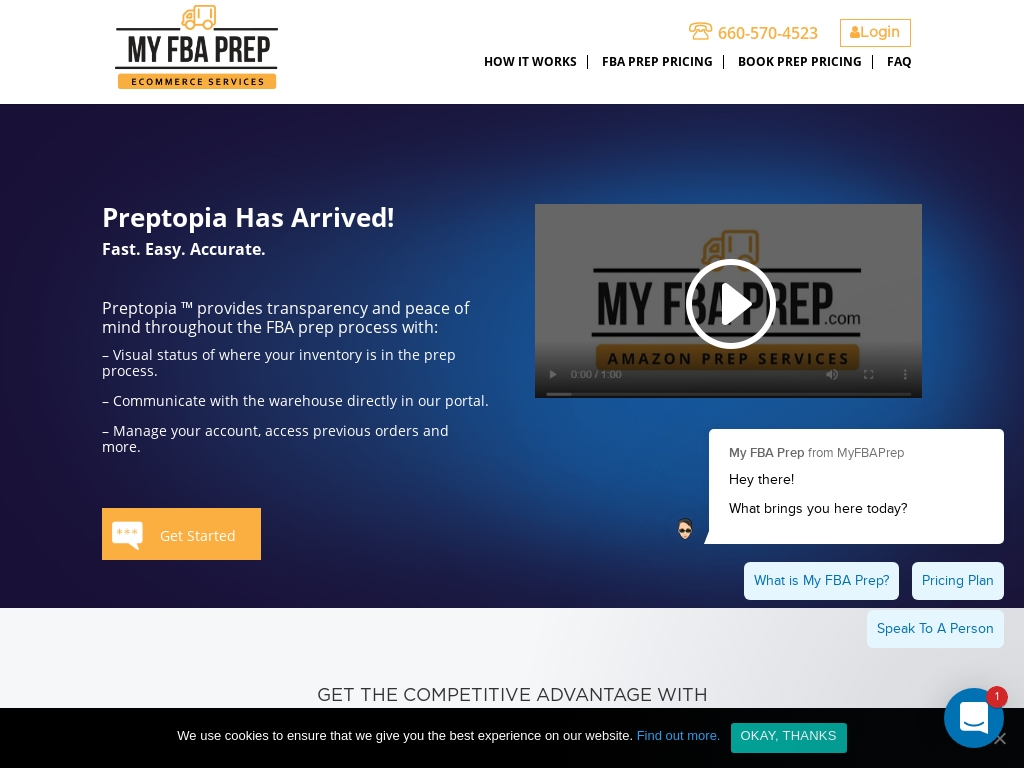
Entrepreneur Tom Wicky founded MyFBAPrep, a nationwide network of third-party logistics warehouses, in 2018 with partners Bart Boughton and Taylor Smits and self-funded/bootstrapped it into a $5 million+ run rate annually, growing 1000%+ annually year/year since inception, with no outside capital investment, since its inception and processing over 4 million products through the network with a Gross Merchandise Value (GMV) of over $1 billion.
88. Rayna Tours ($6M/year)
Manoj Tulsani and Kamlesh Ramchandani, founders of Rayna Tours and Travels, started their business a decade ago with no experience in the travel industry. Despite the challenges, they grew their venture into one of the UAE's leading destination management companies, earning over $40 million per year. Their success is attributed to their focus on exceptional customer experience, strategic investments in their own infrastructure, and the use of advanced technology to provide convenient travel services.
How much money it makes: $6M/year
How many people on the team: 670
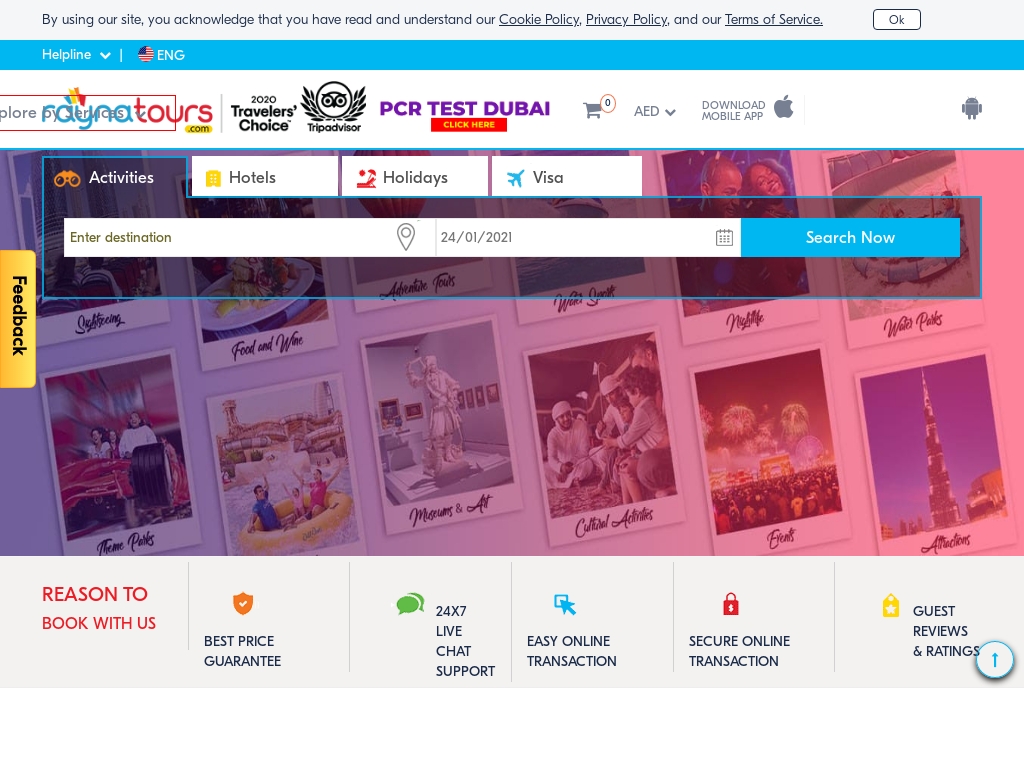
Rayna Tours and Travels, founded by Kamlesh Ramchandani and Manoj Tulsani, began its journey as a small travel counter inside a Dubai hotel, and has now grown into one of the UAE’s leading destination management companies with earnings exceeding $40 million per year.
89. Moonglow Jewelry ($6M/year)
Julien Plouffe, the risk-taking entrepreneur behind Moonglow Jewelry, came up with the idea after experiencing success selling the jewelry featuring phases of the moon at a fair in Springfield, MA. Recognizing the potential for growth, he decided to scale the business by working with boutiques and stores, leading to exponential revenue growth from $200,000 to a projected $7,000,000 this year.
How much money it makes: $6M/year
How many people on the team: 11

Moonglow Jewelry experienced tremendous growth to achieve an anticipated revenue of $7 million this year after starting off with $200,000; they credit it mainly to their focus on marketing and reinvesting early profits into improving their brand.
90. WorthPoint ($6M/year)
Will Seippel, the founder of WorthPoint Corp, came up with the idea for his business when he realized the laborious process of researching items of unknown value while selling on eBay. Inspired by his mother's experience of being taken advantage of during a garage sale, he wanted to create a way for people to avoid costly mistakes when selling or buying items. With a focus on efficiency and democratizing pricing information, Seippel set out to create the Bloomberg of the collectibles and antiques industry.
How much money it makes: $6M/year
How many people on the team: 8

WorthPoint is a steadily growing online subscription platform, specializing in antique, art, and collectible price guides, which has seen a rate of five percent or more user growth per month and is predicted to ride the wave of the largest period of wealth migration in US history predicted to be worth over $30tn.
91. Magnus Home Products ($6M/year)
Howard Law, co-founder of Magnus Home Products, had over 20 years of experience in sourcing, marketing, and purchasing kitchen and bath products. Alongside his partner who had a background in IT, they started Magnus to provide unique, high-end kitchen and bath products that are not typically found in big box stores. With their expertise and a team of key players, they have been able to double their sales each year, projecting $5 million in sales this year.
How much money it makes: $6M/year
How many people on the team: 14

Magnus Home Products, an e-commerce business specializing in unique high-end kitchen and bath products, has doubled their sales each year since starting in August 2017 and is projected to reach sales of $5,000,000 this year.
92. BBQGrills.com ($6M/year)
relying on word-of-mouth would be our strategy. We focused on providing exceptional customer service and offering high-quality products that would stand the test of time. With just $600 in our bank account, we took a chance and worked tirelessly to build our business. And now, just 11 months later, we have achieved $2 million in overall sales without any advertising or remarketing ads.
How much money it makes: $6M/year
How much did it cost to start: $600
How many people on the team: 2

BBQGrills.com is an online retailer of outdoor kitchen equipment, BBQ grills, and patio heaters that earned $2 million in sales within its first year of business through a focus on quality, performance, and customer service.
93. zapato FEROZ ($6M/year)
In this case study, Lau García, a shoemaker by trade, came up with the idea for Zapato FEROZ when she couldn't find suitable footwear for her baby. She wanted to create comfortable, natural shoes that would promote healthy foot development. With the brand's focus on quality and customer satisfaction, Zapato FEROZ has experienced incredible growth, increasing their monthly revenue from $900-1000 to $60k in just two years.
How much money it makes: $6M/year
How much did it cost to start: $10K
How many people on the team: 6
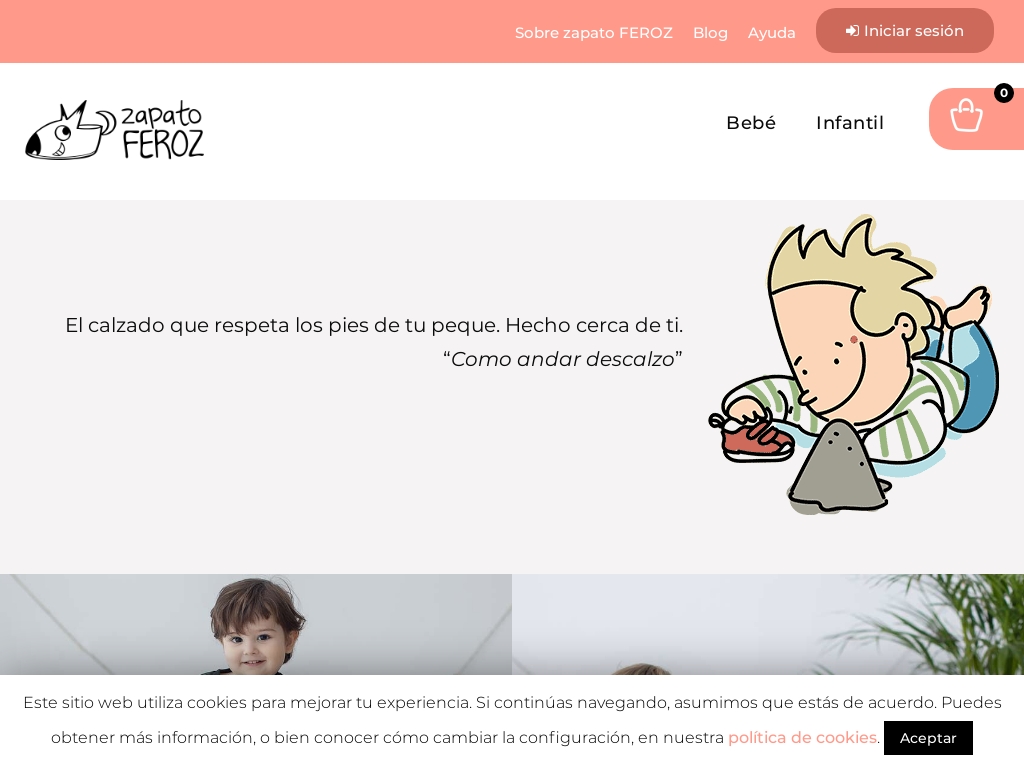
Zapato FEROZ is a thriving children's footwear company whose sales have grown exponentially to reach $60,000 per month in the last 12 months, with 80% of sales made directly through their website, due to their dedication to producing the highest quality, healthy shoes for babies and children.
94. Chargeasap ($6M/year)
Chargeasap, a consumer electronics startup, was founded by a serial entrepreneur who had previous experience in the fashion accessories industry. Frustrated with the limitations of current power banks and cables, he saw an opportunity to develop innovative mobile phone accessories. Through the magic of crowdfunding, Chargeasap has successfully raised over $3.7 million and delivered products to more than 130 countries.
How much money it makes: $6M/year
How much did it cost to start: $40K
How many people on the team: 4

Chargeasap, a Sydney-based startup, has raised over $3.7 million and delivered to more than 130 countries, and now generates over $500,000 per month selling a range of portable batteries and charging accessories.
95. Parker Baby Co. ($6M/year)
Sam and Kirsten, a husband and wife team, founded Parker Baby Co. after struggling to find a diaper bag that met their needs. They designed a large, stylish, gender-neutral, and affordable diaper backpack, which became their most well-known product. With rapid sales growth of 300%, 87%, and 48% from 2017 to 2019, they have positioned themselves as a successful practical baby products brand.
How much money it makes: $6M/year
How much did it cost to start: $1.5K
How many people on the team: 2
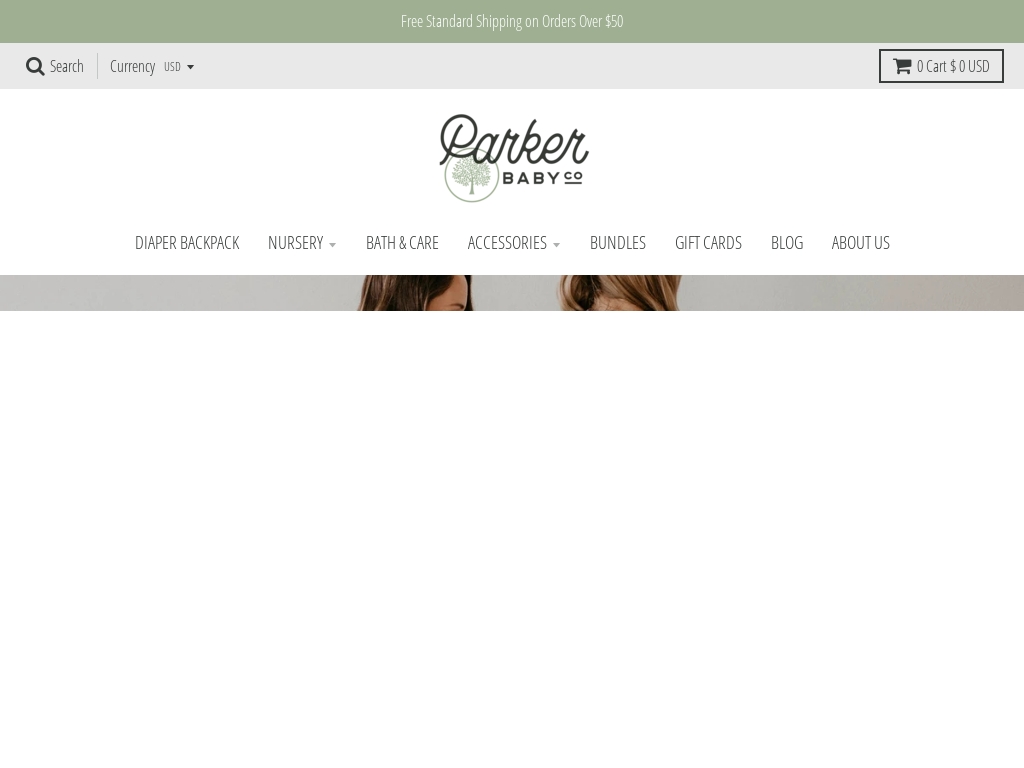
Husband and wife team from Colorado started Parker Baby Co. in 2015, specializing in practical baby products that experienced rapid sales growth of 300%, 87%, and 48% in 2017-2019 and is expecting more than 65% growth in 2020, with $325k monthly earnings.
96. Combat Flip Flops ($6M/year)
Combat Flip Flops is the brainchild of CEO Matt Griffin, an army veteran who witnessed the futility of armed conflict and wanted to make a positive impact. The idea came to him during a trip to Kabul, where he visited a combat boot factory that employed local workers. Inspired by their resilience, Griffin decided to repurpose the factory to produce footwear in order to create sustainable business and job opportunities in Afghanistan.
How much money it makes: $6M/year
How much did it cost to start: $2K
How many people on the team: 2

Combat Flip Flops is an e-commerce business that employs artisans and entrepreneurs in conflict zones and has funded 217 years of school for Afghan girls and cleared 2814 square meters of landmines in Laos through direct-to-consumer sales and social media distribution.
97. SexyModest ($6M/year)
Jason, the co-owner of SexyModest.com, came up with the idea for his 7-figure business when his wife, Brig, struggled to find clothing that was both modest and stylish. After hosting clothing sales in their home, they opened a retail store and eventually transitioned to an online-only business, attracting customers through face-to-face interactions, social media, and a podcast. They have since closed deals with big retailers like Costco and are experiencing continued success.
How much money it makes: $6M/year
How much did it cost to start: $5K
How many people on the team: 15
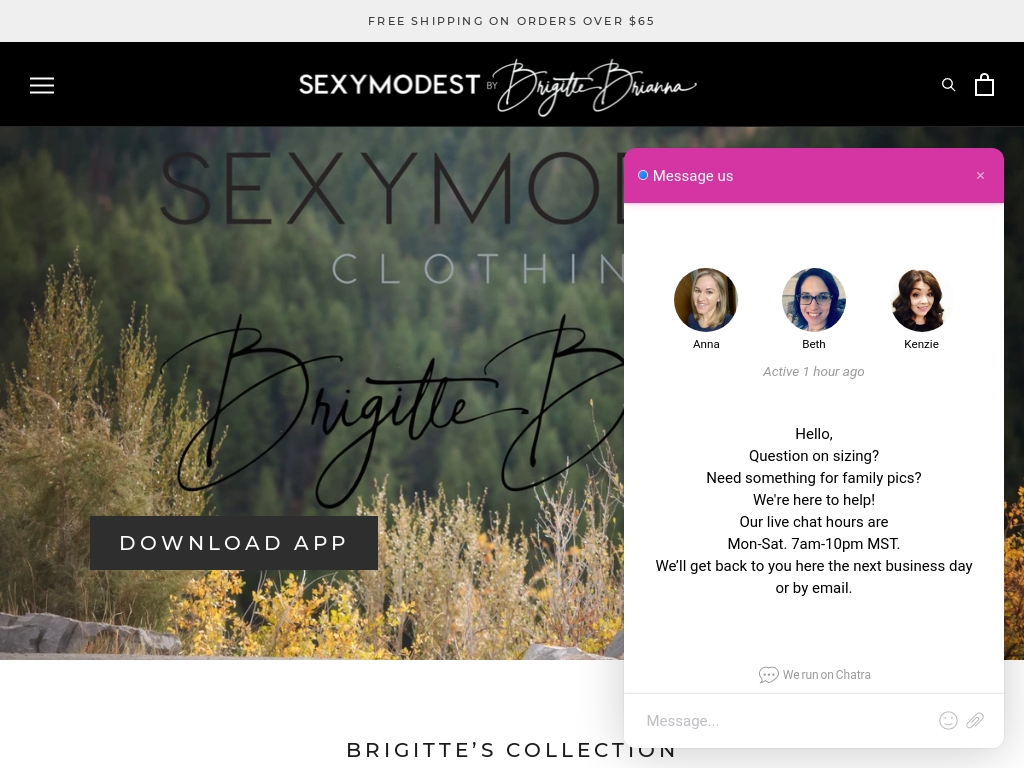
SexyModest.com is a 7-figure business producing around 250k and selling 150k pieces a year, which began as a side hustle in the founder's basement and designs modest women's clothing available online and in Costco.
98. VADE Nutrition ($6M/year)
Joe Johnson, a former athlete and entrepreneur, came up with the idea for VADE Nutrition while sitting beside his wife Megan's hospital bed. They wanted to create a convenient solution for consuming protein powder on the go, which led to the development of Dissolvable Protein Scoops. After facing challenges with manufacturing and finding the right partners, VADE Nutrition has grown to be sold on various e-commerce platforms and has even landed a deal on Shark Tank. The company continues to attract and retain customers through engaging on social media and offering high-quality, convenient products.
How much money it makes: $6M/year
How many people on the team: 7

VADE Nutrition provides on-the-go consumers with convenient and portable Dissolvable Protein Scoops featuring 20 grams of protein, 4.4 grams of branch chain amino acids and only 90 calories, which has expanded from selling only through the website to retail stores and e-commerce sites such as Amazon, BodyBuilding.com, Groupon and GNC.com, culminating in a successful Shark Tank pitching to get a deal with Mark Cuban and A-Rod.
99. 24/7 Golf ($6M/year)
In his early years, Igor displayed his entrepreneurial spirit by selling drinking water at a school camp, only to be scolded by bureaucrats. After years of corporate and consulting jobs, he found his passion in golf and decided to start a business selling affordable golf simulators. By leveraging his industry expertise and becoming known as a thought leader in the golf simulator community, Igor was able to attract customers and drive sales through word of mouth and online marketing tactics.
How much money it makes: $6M/year
How many people on the team: 3

Australian startup founder Igor built a virtual golf empire selling affordable golf simulators for personal and commercial use, leading to the growth of his e-commerce platform and establishment of an event hire business, all through the power of online networking.
100. Photobooth Supply Co. ($6M/year)
Brandon Wong, CEO of Photobooth Supply Co., came up with the idea for his business when he and his wife, who were wedding photographers, noticed a surge in popularity for photo booths at weddings. They saw an opportunity to improve upon the existing photo booth designs and created a sleek and portable photobooth with high-quality picture capabilities. After selling over 10 booths at a wedding photography expo, they realized they had tapped into a market with huge potential for growth.
How much money it makes: $6M/year
How many people on the team: 10

Photobooth Supply Co. offers a profitable business opportunity through their sleek and portable photo booths, with up to 97% satisfaction rate and a focus on customer experience, in a fast-growing event industry where photo booths are exploding.
101. Branch Furniture ($6M/year)
Greg Hayes, the CEO and co-founder of Branch Office Furniture, came up with the idea for the business while working at a fast-growing company called Breather. He saw firsthand the pains of procuring office furniture and realized there was an opportunity to produce high-quality furniture and sell it directly to businesses, eliminating the need for expensive dealers or cheaply made options. Since launching in Q1 of 2019, Branch has done over $1M in sales, including nearly $400k last month.
How much money it makes: $6M/year
How much did it cost to start: $350K
How many people on the team: 20
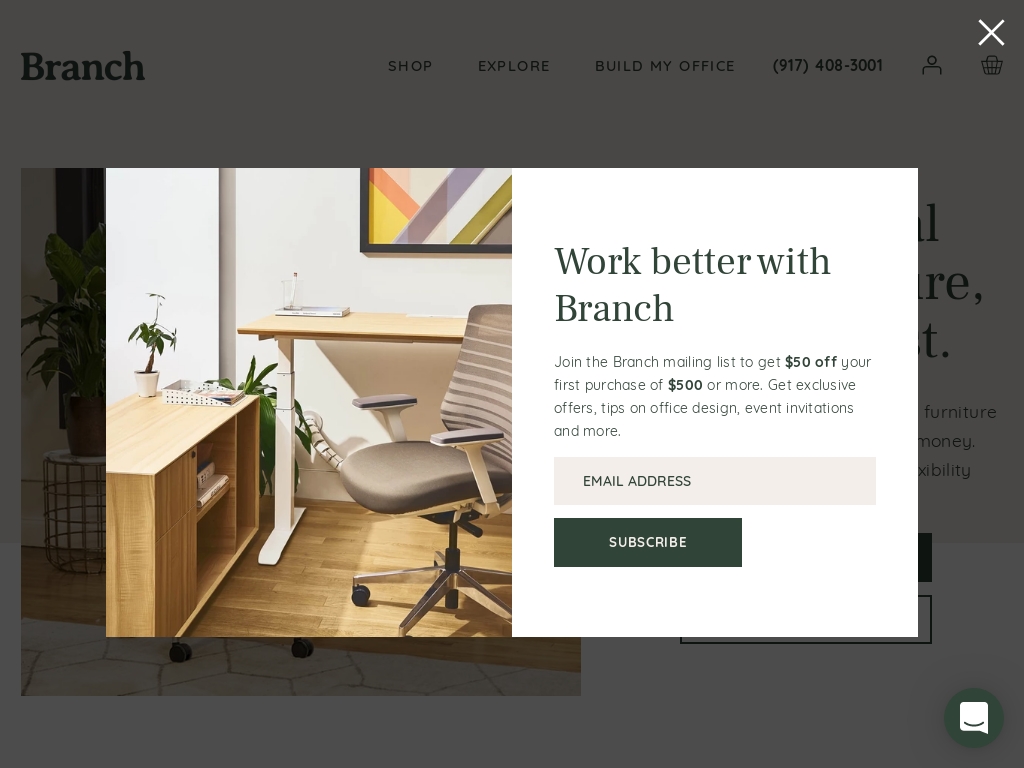
Branch Office Furniture offers a new approach to the office furniture industry, selling high-quality furniture directly to businesses with space design, delivery, and installation included at one-third to one-half of the price of comparable quality products, resulting in over $1M in sales since launching in Q1 of 2019.
102. Tree To Tub ($6M/year)
Tree To Tub founder, Michael Koh, came up with the idea for his natural skincare company after experiencing the benefits of Soapberries for his sensitive skin. Immigrating to the U.S. and realizing the lack of options for people with sensitive skin, Koh saw an opportunity to create a product that could help many people feel good. Through crowdfunding and a focus on product market fit, Tree To Tub has achieved significant success, reaching $3 million in revenue on its third year.
How much money it makes: $6M/year
How many people on the team: 23
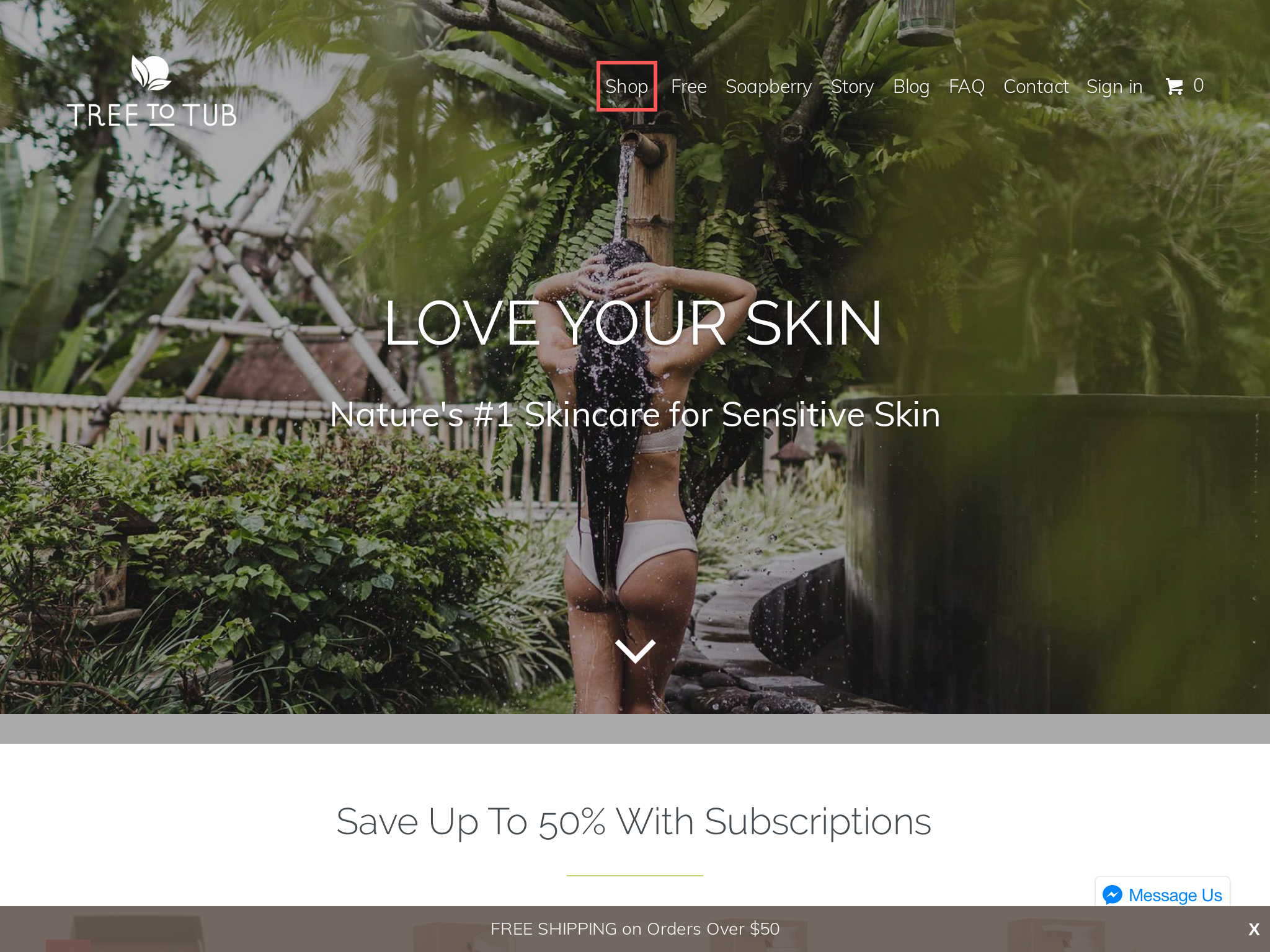
Tree To Tub, a natural skincare company, solves the painful problem of people with delicate skin, resulting in $3M revenue on their third year; their signature products include shampoo, body wash, and facial cleanser made from the gentle Soapberry, and they have since grown to $4M and plan to reach $10M in 2020.
103. Neuro ($6M/year)
In October 2015, Ryan Chen and his college friend Kent Yoshimura co-founded Neuro, a functional gum and mint company. The idea for Neuro came to fruition during a scuba diving trip when they realized the need for a portable, healthy, and effective alternative to energy drinks and supplements. With over 12 million pieces sold and $500k in monthly revenue, Neuro has become a popular choice among a wide range of customers.
How much money it makes: $6M/year
How many people on the team: 12

Neuro co-founders Kent Yoshimura and Ryan Chen developed their functional gum and mint products to offer a portable, healthy, and efficient alternative to energy drinks and supplements, hitting 12M pieces sold and generating ~$500k in monthly revenue with over 25% repeat customer rate and retail presence in over 6,500 locations including 5,000 CVS stores.
104. The Clunker Junker ($5.89M/year)
Eric and Valerie Mitz, founders of The Clunker Junker, initially started off as an affiliate website generating leads for junk car removal companies. However, after facing challenges and setbacks, they decided to provide the service themselves and built a custom software platform connecting junk car buyers and sellers. The Clunker Junker has since grown into a successful business, generating close to $6 million in revenue in 2020.
How much money it makes: $5.89M/year
How much did it cost to start: $20
How many people on the team: 4
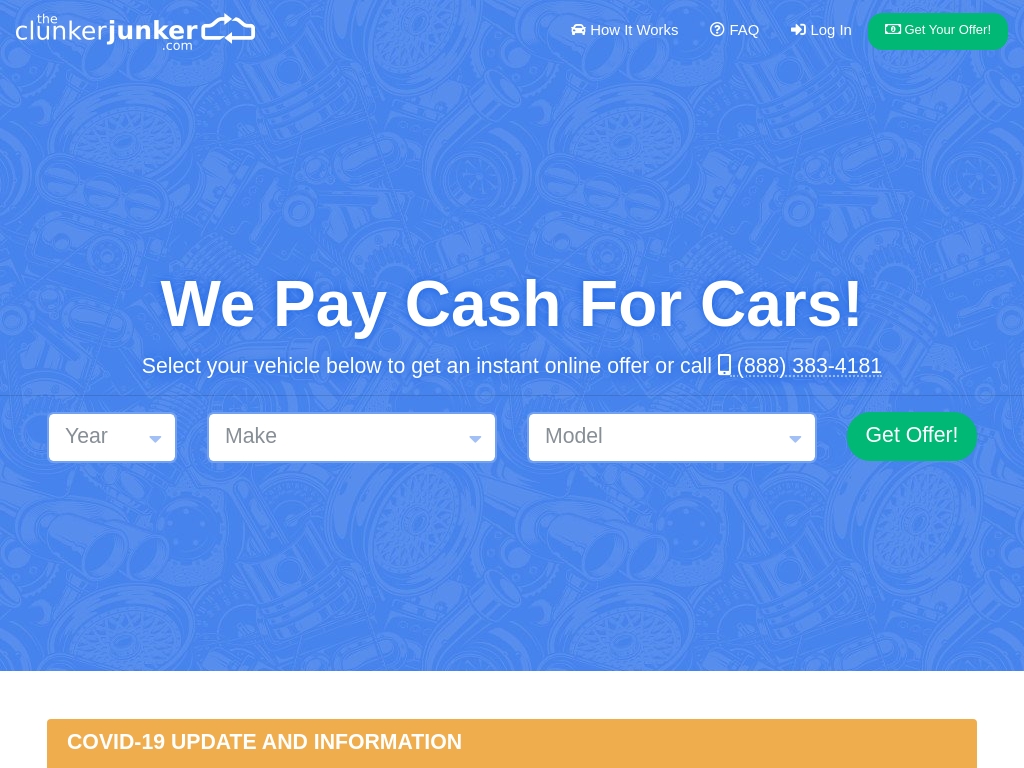
The Clunker Junker founders built a modern platform that has enabled the purchase of hundreds of thousands of cars across the US, generating almost $6 million in revenue in 2020 and changing their lives forever.
105. Chronoexpert ($5.76M/year)
Pablo, the founder of Chronoexpert, came up with the idea for his luxury watches marketplace after seeing a gap in the market. With the pre-loved luxury goods industry growing at +20% annually, Pablo saw an opportunity to create a platform that focused on pre-owned luxury watches. Since launching almost 3 years ago, Chronoexpert has generated over 2.5 million euros in revenue and is looking to continue growing and exploring new opportunities in the luxury watches industry.
How much money it makes: $5.76M/year
How much did it cost to start: $180K
How many people on the team: 8
Chronoexpert, a luxury watches marketplace, has seen revenue exceeding 2.5M Euros in less than three years, with a growth potential of more than 20% YoY in the pre-owned market, highlighting the viability and potential of a pre-loved focus.
106. Ice Shaker ($5.4M/year)
Chris Gronkowski came up with the idea for Ice Shaker after realizing the need for a shaker bottle that would keep drinks cold all day. He saw the success of other bottles on the market but noticed they were difficult to fill and clean, so he created a vacuum-insulated shaker bottle that was easy to use. The company exploded after appearing on Shark Tank, going from $80,000 in sales to over $3 million within a year.
How much money it makes: $5.4M/year
How much did it cost to start: $5.2K
How many people on the team: 9
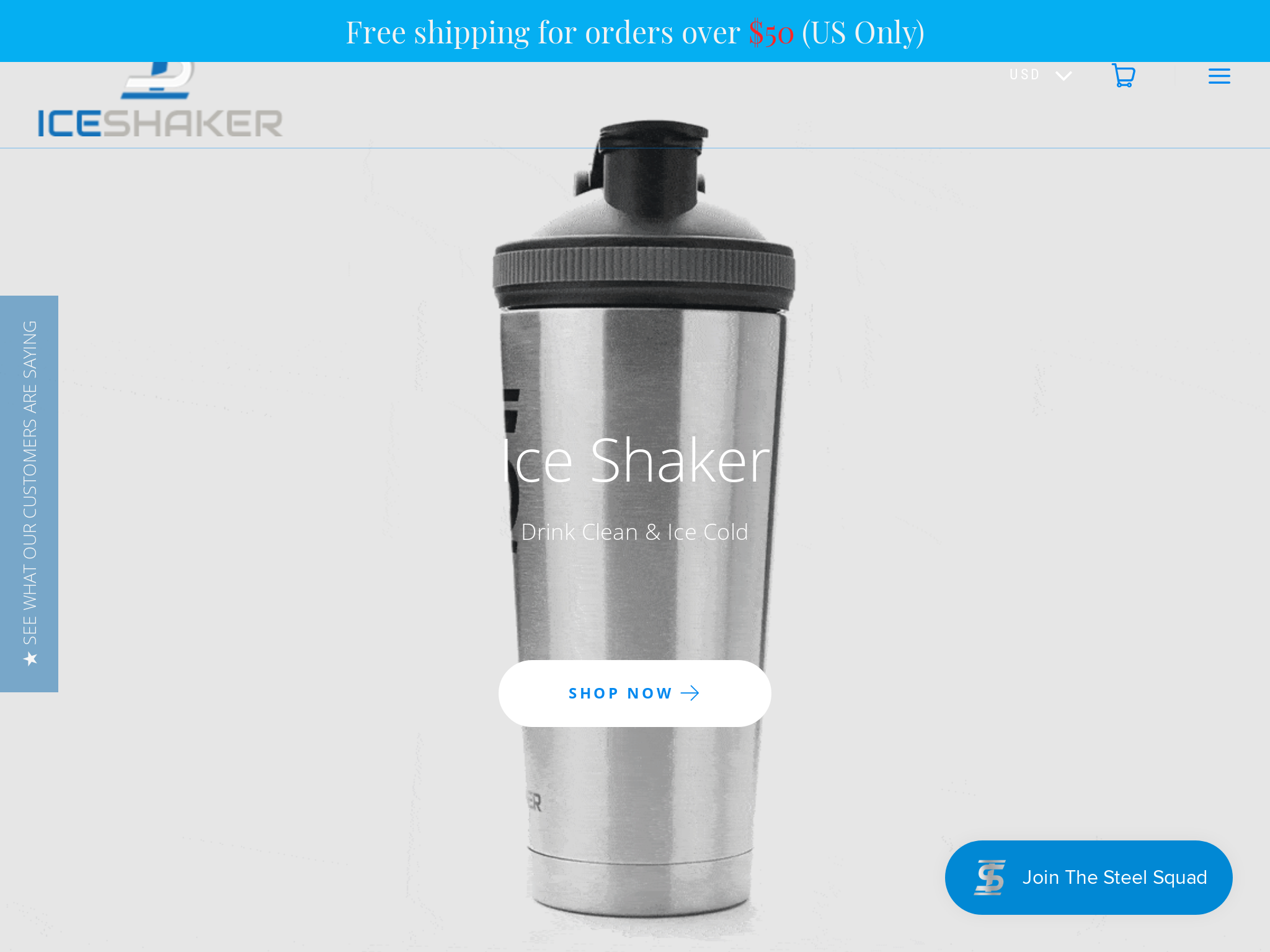
Chris Gronkowski, former NFL player, launched Ice Shaker just one year ago, but has since exploded into the drinkware scene with over 65 variations, $3 million in sales, and shelf placement in big retail locations such as GNC.
107. Eye Love ($5.4M/year)
Drs. Jenna and Travis Zigler started Eye Love as a way to generate extra cash for their eye care mission trips. Within two years, the company was thriving and they sold their optometry practices to focus on Eye Love full-time. Their flagship product, Heyedrate Lid and Lash Cleanser, has helped them grow the business from making $1000 per month to over $300,000 per month, while also giving back to their foundation, the Eye Love Cares Foundation.
How much money it makes: $5.4M/year
How much did it cost to start: $1K
How many people on the team: 5

Eye Love and Heyedrate, founded by optometrists Drs. Jenna and Travis Zigler, sells natural dry eye products and has grown from making $1000 per month to generating at least $300,000 per month through Amazon advertising, with a 75% point of purchase on Amazon and a 52.55% repeat customer rate, while also allocating company earnings through the Profit First system.
108. Dock and Bay ($5.4M/year)
Andy, the co-founder of Dock & Bay, came up with the idea for their travel towel business after experiencing the inconvenience of using bulky, odorous towels while traveling. Together with his co-founder Ben, they took a risk, quit their finance jobs, and started researching manufacturers to create their dream towel. In their first year of business, they had a turnover of $92K and are projected to make $5.4 million this year.
How much money it makes: $5.4M/year
How many people on the team: 12

Dock & Bay co-founders started their lifestyle brand by reinventing the towel to be sand-free, quick dry and super absorbent while staying compact, generating a turnover of $5.4 million within a few years through Amazon and social media marketing.
109. Baloo Living ($4.99M/year)
Elizabeth, the founder of Baloo Living, had a life-changing experience after she quit her marketing job and traveled to Bali. Feeling unfulfilled and burned out, she discovered a sense of wholeness and happiness within herself. Inspired by her journey, she launched Baloo Living, a company that sells premium weighted blankets to help people improve their sleep and reduce anxiety. The business quickly took off, reaching six-figure and seven-figure revenues in just a few months. Today, Baloo Living stands for highest product quality, customer service, and thoughtful design.
How much money it makes: $4.99M/year
How much did it cost to start: $20K
How many people on the team: 5
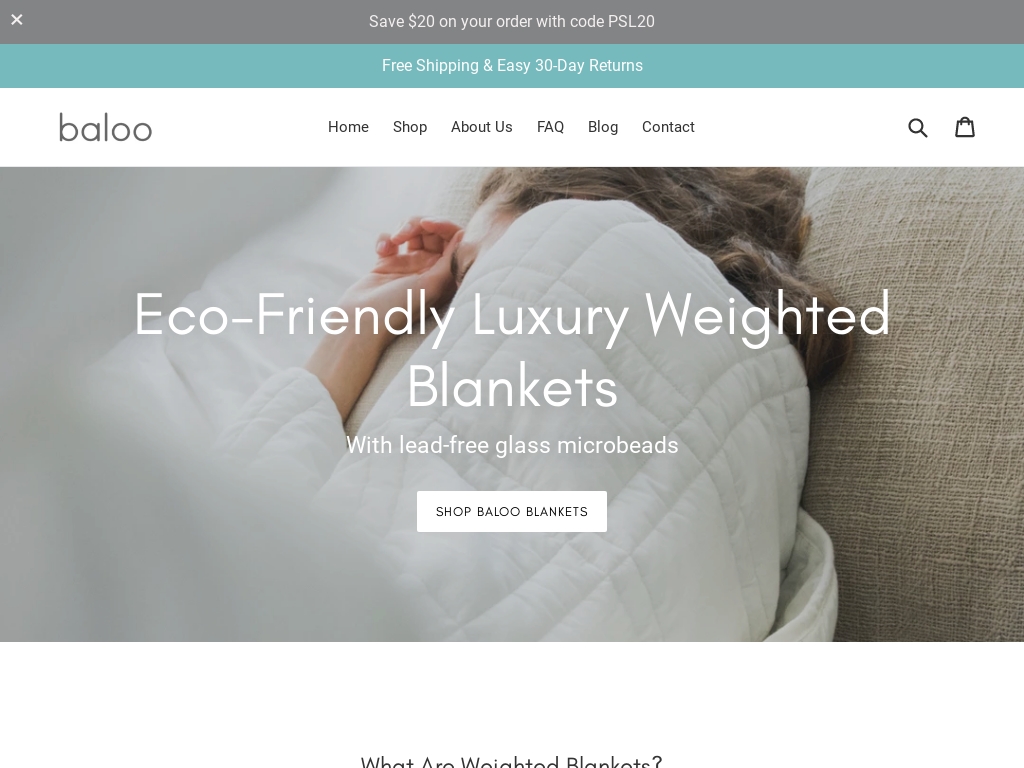
Baloo Living, a Bali-based wellness company founded in 2018, saw incredible success in its first year, reaching six and seven-figure sales figures within just three and 12 months respectively by offering a high-quality, thoughtfully-designed weighted blanket.
110. Hoagard.com ($4.98M/year)
In 2014, Ali Bedrettin Boz and Cagri Ayten started designing steel samples as a hobby. They realized the potential for their designs in the interior design market and established Hoagard as an e-commerce brand. Despite facing challenges and initially low sales, Hoagard experienced a significant leap in 2016, reaching an average annual turnover of 4.5 - 5.5 million Euros.
How much money it makes: $4.98M/year
How many people on the team: 43

Hoagard is a profitable metal wall decor brand with an average annual turnover of 4.5-5.5 million Euros, which started out as a new hobby and transformed into a successful e-commerce business with 85% of sales coming from the brand's own website.
111. Bibado.co.uk ($4.8M/year)
Rachel founded Bibado in 2016 after experiencing frustration feeding her twin daughters. She invented the Bibado Coverall by cutting up an old umbrella at her kitchen table, solving the problem of mealtime mess. The business has since grown to become an international brand stocked in over 25 countries.
How much money it makes: $4.8M/year
How much did it cost to start: $30K
How many people on the team: 11
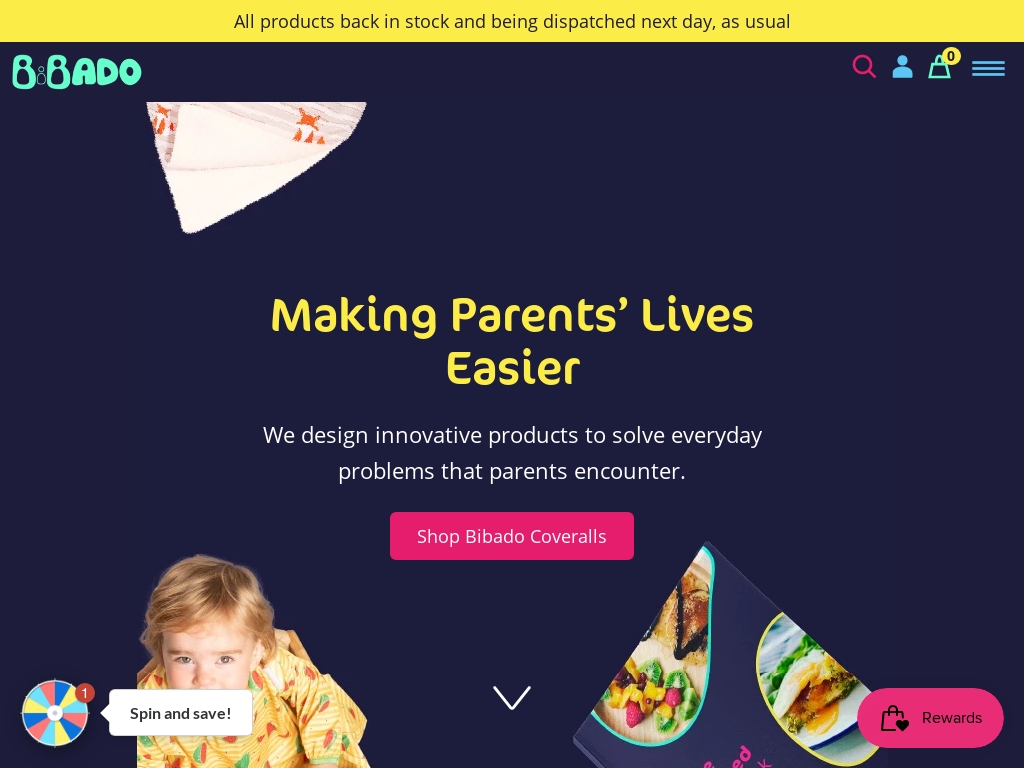
Bibado founder Rachel invented an award-winning bib product as a result of her frustrated experience feeding her twin daughters, and grew her business from a kitchen table start-up to a global brand which is loved by 1 in 7 parents of babies at weaning age in the UK, with global sales of over 500,000 bibs distributed in over 25 countries emphasising curiosity and learning at mealtimes with further expansion through new products, micro-influencers, and customer referrals.
112. Panther RV Products ($4.8M/year)
Ethan and Jacob Sweet started Panther RV Products with the guidance and financing of their father Richard Sweet, who was already running an RV repair shop. They initially sold RV parts on eBay and gradually transitioned to selling hard-to-find RV products from Europe, setting themselves apart from competitors. After years of growth, they now generate an average monthly revenue of $400K and plan to manufacture their own campervan-specific parts.
How much money it makes: $4.8M/year
How much did it cost to start: $10K
How many people on the team: 12

Panther RV Products generates an average monthly revenue of $400K by selling a variety of campervan parts to outdoor enthusiasts and small businesses outfitting cargo vans, with a focus on hard-to-find parts for campervans, while providing technical knowledge to customers that their competitors lack and using Google Ads and SEO to drive sales, and the company has plans to start manufacturing their own products for campervan customers.
113. Igloohome ($4.8M/year)
The founders of igloohome came up with the idea for their business while facing the frustrations of physical key exchanges as Airbnb hosts. They wanted to enhance the experience for both hosts and guests by eliminating these problems. After receiving positive feedback from customers and realizing that access management was a common issue for many property owners, they further developed their products and app to cater to different market segments. They have since sold over 30,000 devices and have a pipeline of B2B customers in multiple countries, with plans to expand to new markets and release new products.
How much money it makes: $4.8M/year
How many people on the team: 35
Igloohome, the partner of Airbnb, creates smart locks and lockboxes that enable property owners to grant access to their properties remotely, via a mobile app in over 80 countries to great reviews.
114. Oru Kayak ($4.8M/year)
Anton Willis came up with the idea for Oru Kayak while in graduate school for architecture. After reading a magazine article about origami, he had the crazy idea to make a kayak that could fold up like a piece of paper. He started with prototypes made out of printer paper and eventually launched a Kickstarter campaign that raised almost half a million dollars, making it the most successful outdoor product in the crowdfunding space.
How much money it makes: $4.8M/year
How many people on the team: 10

Oru Kayak's founder Anton Willis discusses how he turned a passion for kayaking and design into a $5 million per year business selling origami folding kayaks, discussing their launch on Kickstarter, and how they have built and retained a passionate customer base.
115. Merci Maman ($4.8M/year)
Arnaud de Montille and his wife Beatrice founded Merci Maman in 2007 after Beatrice struggled to find quality personalized jewelry at affordable prices for their daughter's first birthday. Since then, the company has grown significantly, and their signature "Duchess Necklace" worn by Kate Middleton in 2014 has become a best-seller. Today, Merci Maman generates over $5 million in annual sales, ships 75,000 orders globally, and continues to expand its product offering and improve its customer experience.
How much money it makes: $4.8M/year
How much did it cost to start: $7.5K
How many people on the team: 42
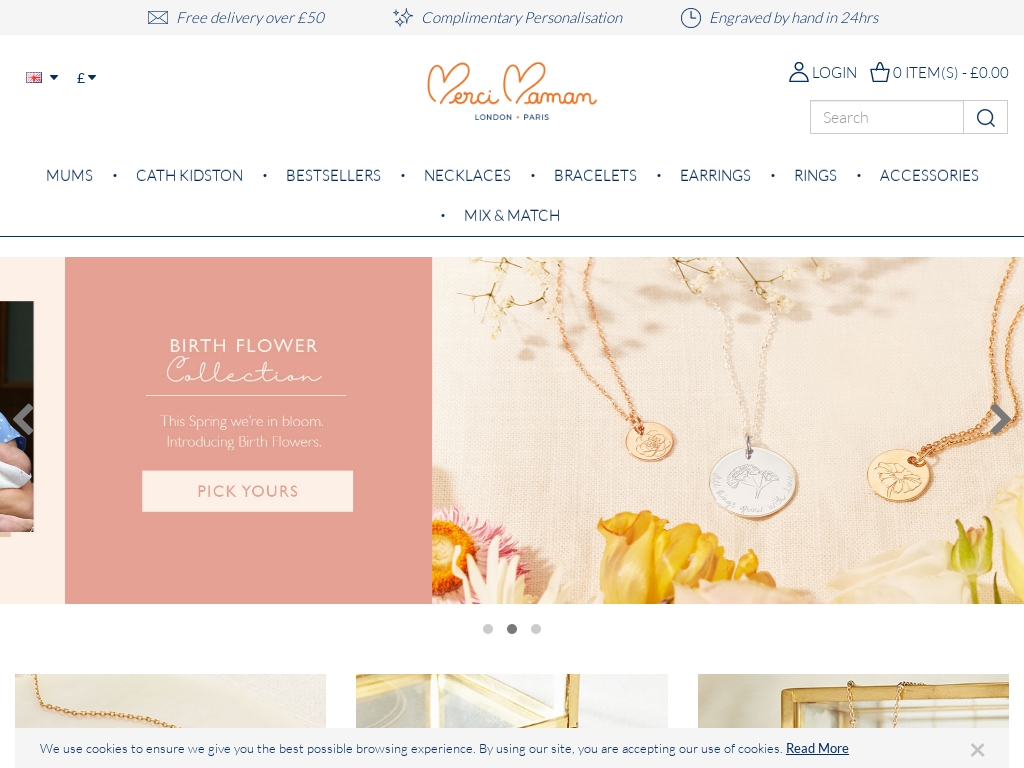
Merci Maman is a personalized jewelry brand founded in 2007 by Arnaud and Béatrice de Montille, generating over $5m in sales annually with flagship product 'Duchess Necklace' still a best-seller, shipping 75k orders a year worldwide with profits completely reinvested back into the business.
116. PenaltyBox Sports ($4.8M/year)
Drew Laine, Founder and CEO of PenaltyBox Sports, came up with the idea for his business while living in his in-law's basement. With no infrastructure or logistics, he decided to start a subscription box company for ice hockey players just two days before Black Friday. Despite the challenges, the idea took off and now the company has a thriving community of 45,000 passionate hockey parents, players, and fans.
How much money it makes: $4.8M/year
How much did it cost to start: $15K
How many people on the team: 8

A subscription box business for ice hockey players turned into a thriving e-commerce and sporting goods manufacturer that generated $275k in a month due to leveraging Facebook groups and community building.
117. Glo® ($4.8M/year)
Hagan Walker, co-founder of Glo, came up with the idea for liquid-activated products, including light-up drink cubes and sensory toys for children, during a classroom project. After winning a competition and receiving funding, Walker and his team worked tirelessly to refine their prototypes and secure major accounts to keep the business afloat. Now, they sell over 3 million products to customers in 37 countries, generating a revenue of $1.2 million per year.
How much money it makes: $4.8M/year
How much did it cost to start: $15K
How many people on the team: 27
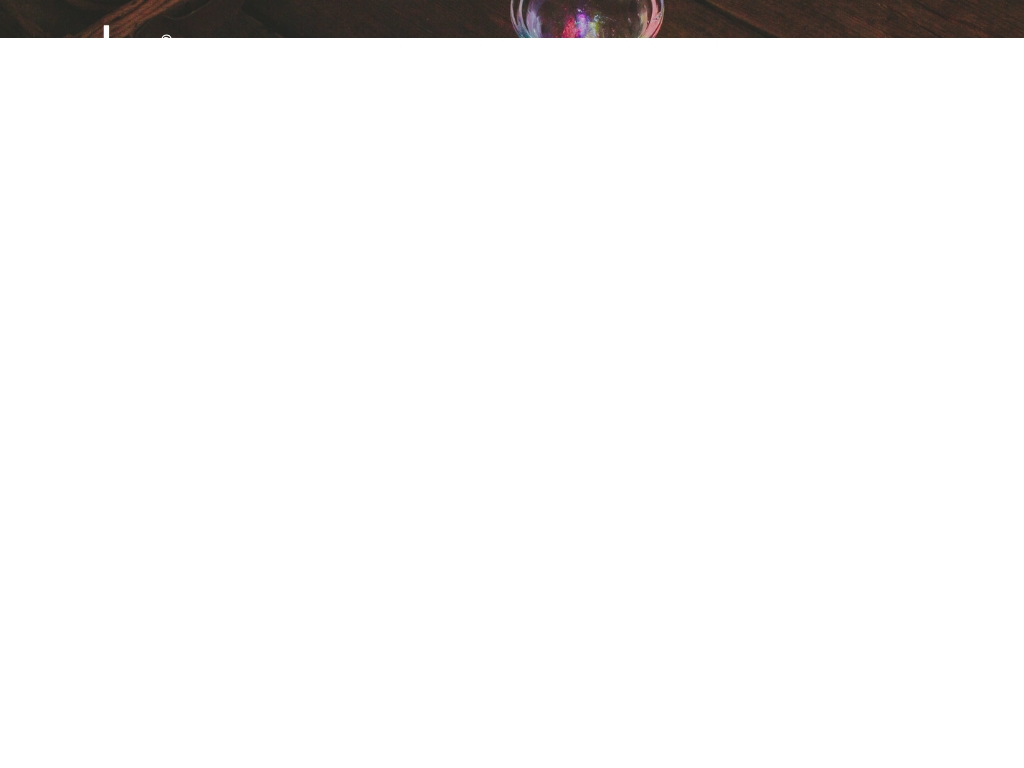
Learn how a team from Mississippi State University turned a classroom project into a $1.2 million year business selling liquid-activated, light-up drink cubes and sensory toys for kids, which are now sold in 37 countries.
118. Inspiranza Designs ($4.8M/year)
Diane and her business partner started Inspiranza Designs with just $500 and a dream. After experiencing a downturn in sales, they changed their business model and reinvented their jewelry line, eventually turning their company into a multi-million dollar business with annual sales of over $4.7 million. They have been recognized as one of the fastest-growing companies in America by Inc. Magazine.
How much money it makes: $4.8M/year
How much did it cost to start: $500
How many people on the team: 8
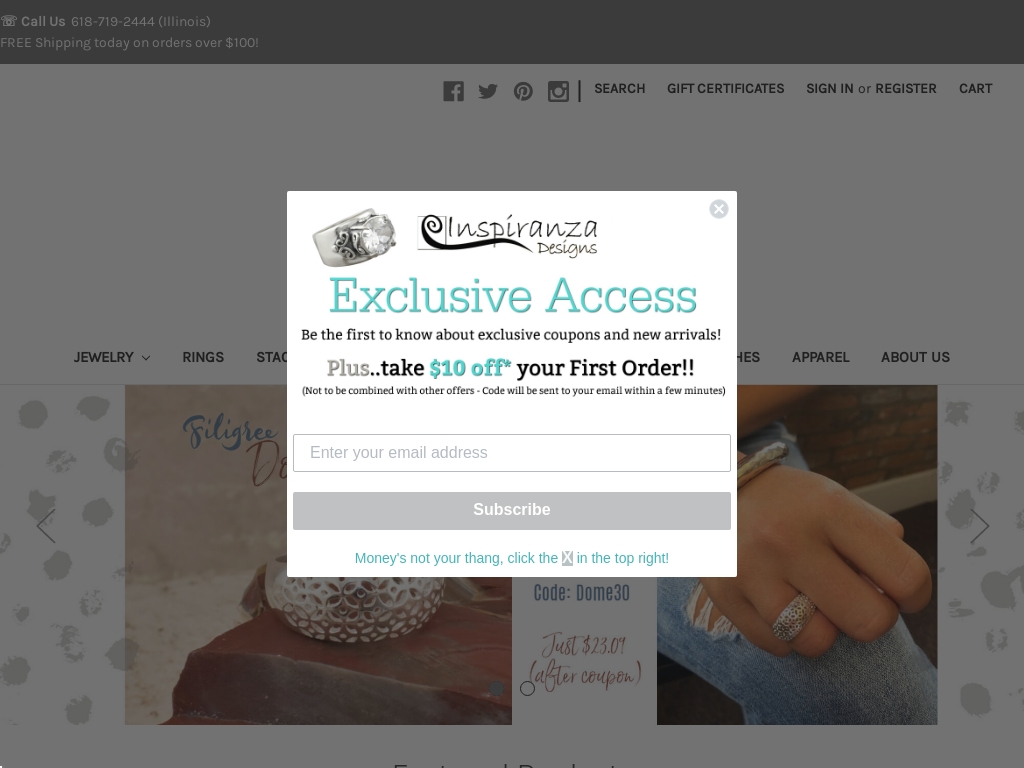
Inspiranza Designs' Diane and Dawn started their sterling silver and gemstone jewelry business with just $500 and a big dream; revenue has grown from a mere $100,000 to approximately $400,000 per month, and generated over $4.7 million in sales in 2018.
119. The Party People ($4.8M/year)
Dean Salakas, Chief Party Dude at The Party People, initially got involved in the party business at a young age, working with his mother and grandfather in their small party store. He later launched Australia's first online party store in 1999 and has since grown the business into Australia's largest party store with a multimillion-dollar turnover and a market-leading online presence. Dean's expertise in technology and his passion for parties have been key factors in the success and growth of The Party People.
How much money it makes: $4.8M/year
How much did it cost to start: $500
How many people on the team: 40

The Party People, Australia's largest party store with a multimillion-dollar turnover, shares insights on how they've grown from a small clown hire business to an online and brick-and-mortar party supply retailer by focusing on customer service and innovating in marketing and technology.
120. Machinery Partner ($4.8M/year)
Ciaran, the founder of Machinery Partner, came up with the idea after realizing the large service gap between machinery dealers and customers in the heavy equipment industry. He saw an opportunity to digitize the industry and started reaching out to end-users to recruit more dealers, boosting revenue by 47% in just 18 months. Inspired by active Facebook groups and the trust-building power of content, Ciaran launched Machinery Partner and has since sold nearly half a million dollars worth of machinery per month, with plans to raise financing for rapid growth.
How much money it makes: $4.8M/year
How much did it cost to start: $25K
How many people on the team: 6

Machinery Partner's founder Ciaran made almost $500k in machinery sales last month targeting small to medium-sized contracting businesses in the US and aims to become the go-to digital dealership for heavy equipment, with its standout quality being accessible remotely, delivered directly from manufacturers.
121. Vertellis ($4.8M/year)
Bart and his partner came up with the idea for Vertellis after creating a handwritten question card game to connect with their families during the holiday season. The game sparked meaningful conversations and brought them closer together. They decided to launch the game through crowdfunding on Facebook, and it quickly gained traction, resulting in 25,000 pre-orders and the birth of their business.
How much money it makes: $4.8M/year
How much did it cost to start: $0
How many people on the team: 10

Co-founders of Vertellis, a mindfulness brand that sells card games, journals, and an online course, discuss their mission to bring people closer together and their business model which involves around 30% of sales on Amazon and a Facebook ad spend of $2.5 million in 2019, bringing in an average of $400K per month with peaks during Q4.
122. GloFX ($4.8M/year)
Dan Watkins, the founder and CEO of GloFX, initially started the business as a side project in his garage selling basic glow products. With only $400 in capital, Dan watched the business grow and eventually expand into a 15,000 square foot production warehouse. The success of GloFX can be attributed to their focus on the EDM music festival demographic and their willingness to take chances on new products and ideas.
How much money it makes: $4.8M/year
How many people on the team: 25

GloFX sold millions of pairs of "raver glasses" and expanded into various markets including arts and science museums, educational institutions, and EDM subculture fashion. One of the fastest-growing companies in America, and generates $400K in revenue per month.
123. True Leaf Market ($4.8M/year)
Parker Garlitz, one of the Co-Founders of True Leaf Market, started the business in 2000 with his sister Kaitlin to sell wheatgrass growing kits and juicers online. Initially, they thought the niche market would only generate $5,000 per month, but they quickly surpassed their expectations and expanded their product line. Over the years, they merged with other seed companies and focused on consolidating their websites, leading to profitability and growth.
How much money it makes: $4.8M/year
How many people on the team: 150

True Leaf Market, an independent seed company offering heirloom, non-GMO, and organic seeds, growing supplies, and starter kits, has grown to a profitable $400k/month business, with revenue diversified across their website, 3rd party online sellers, Amazon, eBay, brick and mortar health food stores, and fulfillment services, and plans to continue growth through acquisitions and onboarding 50 to 100 new SKUs monthly.
124. Taylor & Hart ($4.62M/year)
Nikolay Piriankov, the founder of Taylor & Hart, had a personal frustration when searching for an ethically sourced engagement ring online. Teamed up with his friend David Sutton, who had experience in the wholesale diamond trade, they decided to create Rare Pink (now Taylor & Hart) in 2013 to offer bespoke and affordable engagement rings. Their first customer, Piers, requested a custom-designed ring, and the impact of this experience led them to focus on custom designs and storytelling in their brand evolution.
How much money it makes: $4.62M/year
How many people on the team: 27
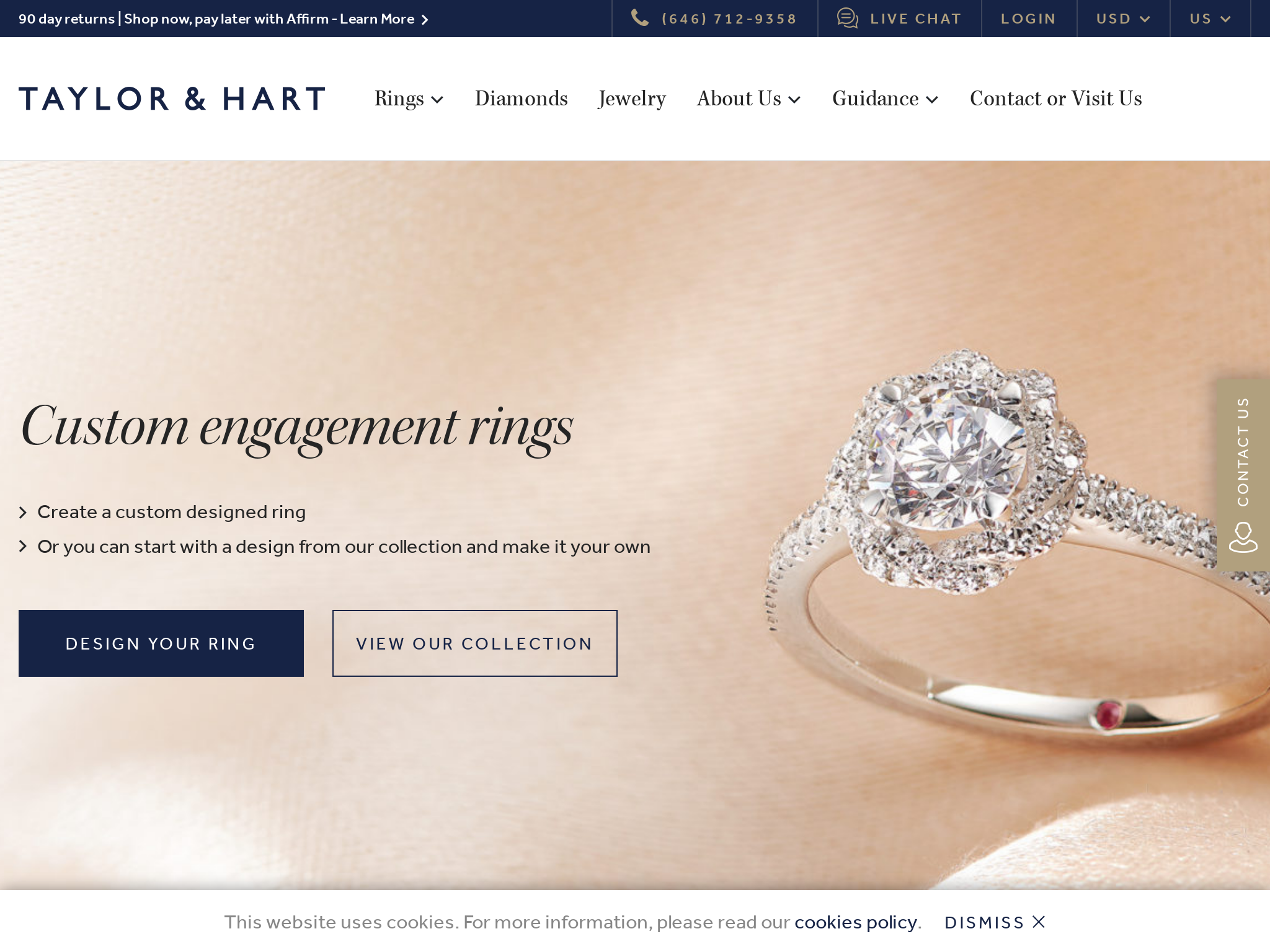
Taylor & Hart CEO Nikolay Piriankov tells the story of the company's journey from a diamond trading business to an award-winning, disruptive e-tailer of custom-designed, ethical engagement rings and fine jewelry, offering a bespoke design service through specifically developed technology online and instore, and growing to £4-6M in annual revenue.
125. Outlaw ($4.56M/year)
Danielle, the founder of Outlaw Soaps, started the business out of a desire for adventure and escape from the corporate world. On her honeymoon, she discovered a bar of soap that reminded her of the joy and excitement of her adventures. Realizing she could make her own soap with unique scents, she and her husband Russ launched Outlaw Soaps in 2013 with just $13.72 worth of supplies. Since then, they have built a loyal customer base and expanded their product line to include body wash, cologne, lotion, and more. With an average monthly revenue of $23,000 and a strong emphasis on customer service, Outlaw Soaps has found success by tapping into their customers' love for adventure and their desire to break free from the mundane.
How much money it makes: $4.56M/year
How much did it cost to start: $200
How many people on the team: 13
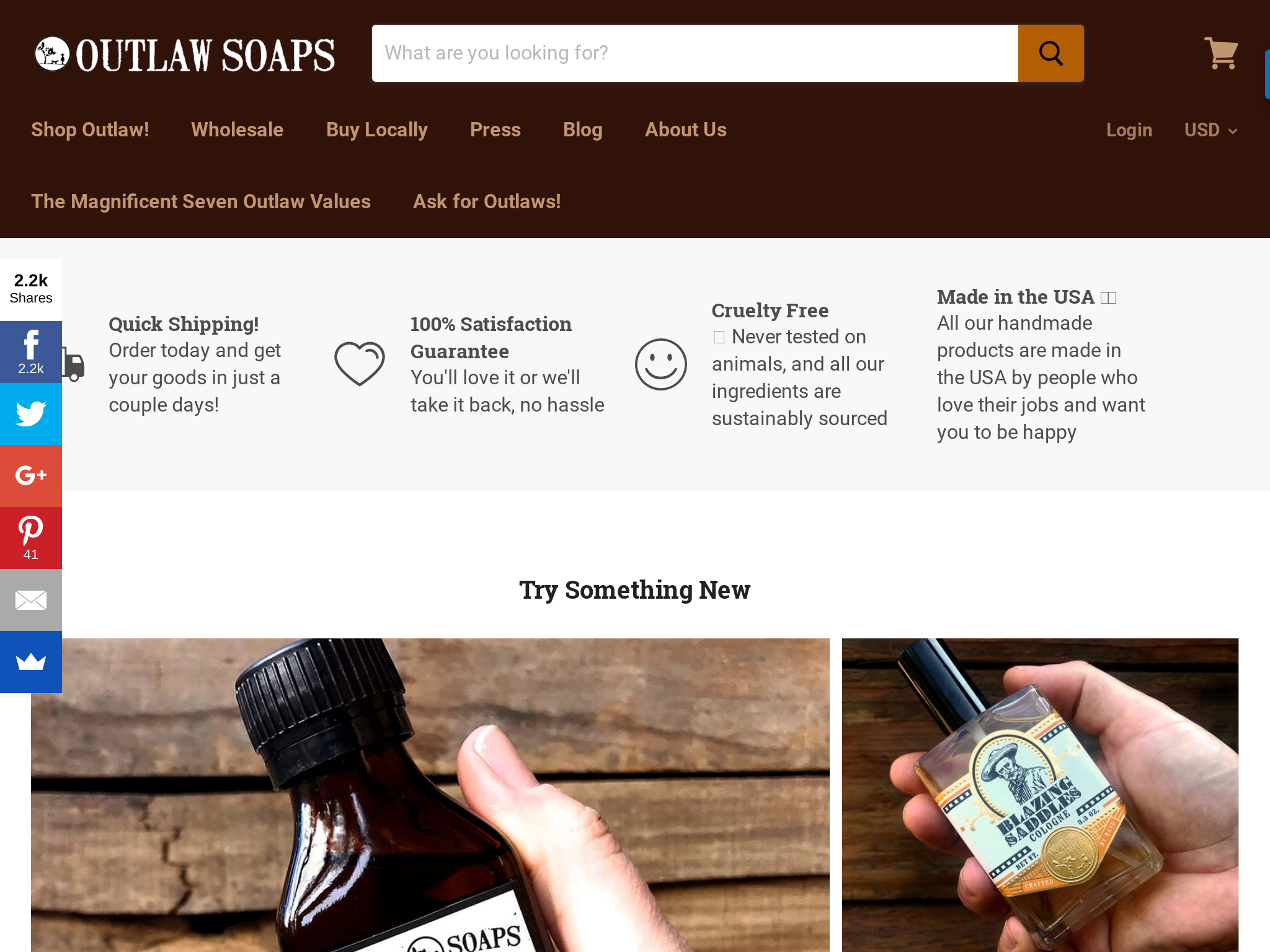
Outlaw Soaps, a soap company that started with just $13.72 of supplies, now makes an average of $23,000/month, with 46% of website orders from repeat customers who are loyal to the company's unique products and top-notch customer service.
126. Total Home Supply ($4.5M/year)
Mike Luongo and his team at Total Home Supply came up with the idea for their business after becoming unhappy with the direction of other Internet companies they worked for. They wanted to create a company that prioritized customer service and treated customers the way they would like to be treated. By focusing on offering superior customer service and knowledge of products, Total Home Supply has achieved double-digit growth, averaging 20% per year, and has experienced a 28% growth in their customer base.
How much money it makes: $4.5M/year
How many people on the team: 5
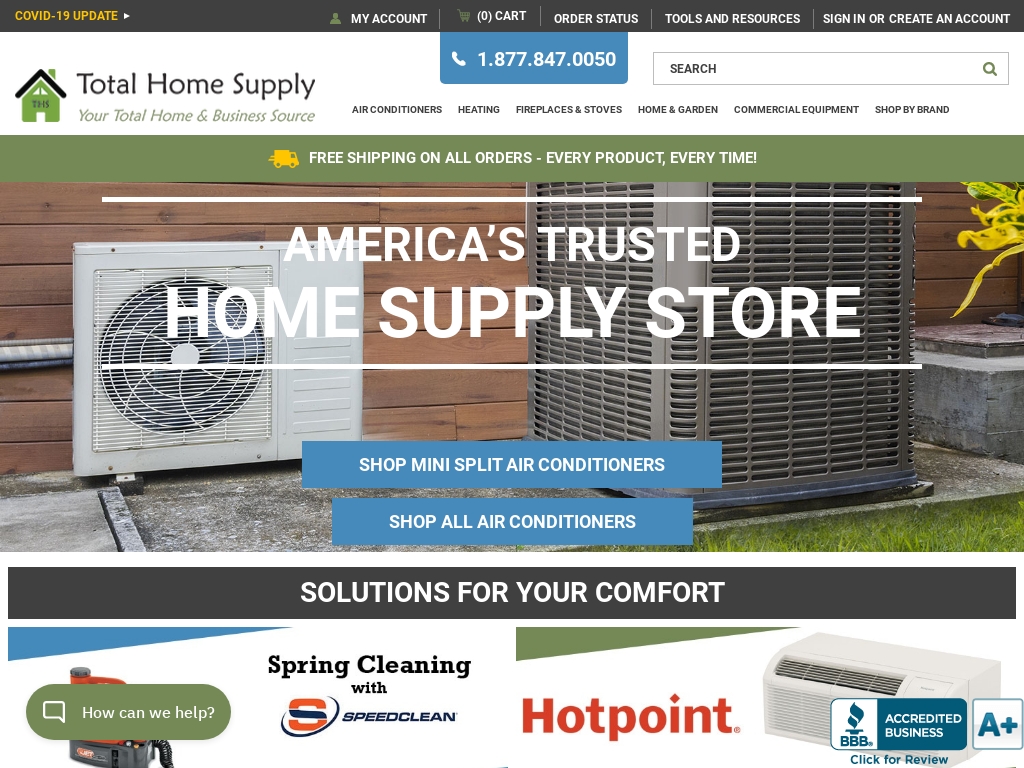
Total Home Supply, a heating and cooling products retailer, has achieved double-digit growth, averaging 20% per year with its biggest year almost doubling, thanks to focusing on offering superior customer service both before and after sales.
127. Scarpetta Shoes ($4.2M/year)
Adam Dwidari, founder of Scarpetta Shoes, pivoted from a MetLife internship to eCommerce, starting with just $2,000. By identifying a high-demand market in women’s shoes, he grew revenue to $10 million in a decade.
How much money it makes: $4.2M/year
How many people on the team: 25
Scarpetta Shoes saw sales increase over 200% in 2018-2019, achieving a revenue of $3.6 million annually. They now ship to over 60 countries, have an inventory of over 40,000 pairs of shoes, and plan to expand their brick and mortar presence to account for 80% of profits by 2020.
128. Area 13 Ebikes ($4.2M/year)
Kyle Chittock, the owner of Bolton Ebikes, came up with the idea for his business through his passion for riding bikes and tinkering with electronics. He realized that he could combine his hobbies by adding an electric motor to bicycles, and thus began his journey with Bolton Ebikes. The business has seen incredible growth, with a 500% year-over-year increase, all without any paid advertising. Kyle attributes much of his success to serving his customers and building trust through platforms like YouTube.
How much money it makes: $4.2M/year
How much did it cost to start: $200
How many people on the team: 6

Bolton Ebikes has experienced 500% YoY growth, bringing in $350k per month in revenue, all without any paid advertising and primarily driven by YouTube videos; the founder emphasizes the importance of finding out who your customers are and serving them what they want.
129. Marketplace SuperHeroes ($4.2M/year)
After getting scammed multiple times while searching for a way to make money online, Stephen realized that selling physical products was the easiest way to get started. He partnered with Robert and built a multi-7-figure business selling branded products on Amazon. This success led to the creation of Marketplace SuperHeroes, an 8-figure online education company that helps people learn how to sell their own products on Amazon.
How much money it makes: $4.2M/year
How many people on the team: 0

Marketplace SuperHeroes co-founder Stephen Somers shares how he started an online education company that helps people sell their products on Amazon globally from scratch, built an 8-figure coaching and services business, and created a consolidated freight company.
130. Cannabox ($4.2M/year)
Michael Berk came up with the idea for Cannabox when he saw a gap in the market for a subscription box for cannabis accessories. As a daily cannabis user, he wanted a convenient solution to purchasing the items he needed. With an initial investment of $1,000, Berk launched Cannabox in 2013 and has since grown it into a successful business with an MRR of $350,000 and 11,000 subscribers.
How much money it makes: $4.2M/year
How many people on the team: 3

Learn how Michael Berk founded and grew Cannabox, a monthly cannabis subscription box, to have an MRR of $350,000 and 11,000 subscribers, by being a pioneer in the industry, hiring the right people, staying humble, and using SEO, email marketing, and social media.
131. Techovant Solutions ($4.2M/year)
Boniface Kuria's lightbulb moment came when he saw a gap in the market for pre-installed OS on new computers. He launched Techovant Solutions in 2019, turning a side-hustle into a $350,000 monthly revenue machine.
How much money it makes: $4.2M/year
How much did it cost to start: $300K
How many people on the team: 5

Learn how Boniface Kuria's e-commerce retail store, Techovant Solutions, went from startup to $350,000 monthly revenue in the electronics niche through strategic supplier partnerships and targeted online marketing efforts, with lessons on delegating tasks and timely product launches.
132. Cave Tools ($4M/year)
Michael "Medium Rare" O'Donnell, the founder of Cave Tools and Grill Master University, initially started his journey as an entrepreneur after taking an unpaid internship with a serial entrepreneur in college. He saw the potential for creating his own successful business and started Cave Tools as a side project to test his own marketing skills. By leveraging his experience and expertise, O'Donnell was able to scale Cave Tools into a $2 million per year brand while also traveling to nearly 40 different countries.
How much money it makes: $4M/year
How many people on the team: 1

Learn how Michael "Medium Rare" O'Donnell built Cave Tools into a $2 million per year brand selling high-quality barbecue tools and accessories, and expanded his business by launching Grill Master University, an online barbecue masterclass platform, all while traveling to and living in almost 40 different countries in just the last 3 years.
133. Scrubblade Inc. ($3.9M/year)
Billy Westbrook, the founder of Scrubblade, came up with the idea for his business when a bug hit his windshield and he couldn't remove the smear with regular wiper blades. He sketched out the design for Scrubblade the next morning and eventually got a prototype made. Through personal connections and networking, he secured an investor and launched the business, focusing on the HD trucking industry. Scrubblade is now the #1 blade sold at retail in that industry.
How much money it makes: $3.9M/year
How much did it cost to start: $75K
How many people on the team: 6

Scrubbleblade is a windshield wiper company that sells #1 in the H.D. trucking industry and was awarded wiper blade of the year by Frost & Sullivan in 2018; they focus on a specific target customer while offering subscriptions and utilizing social media.
134. Delray Watch Supply ($3.84M/year)
John Pietrasz and Federico Iossa, co-founders of Delray Watch Supply, came up with the idea for their tech-driven luxury watch dealer through their shared passion for watches and their expertise in the industry. They launched the business with $4,000 in their kitchen and now see sales of over $3.3 million annually, attracting and retaining customers through engagement on YouTube.
How much money it makes: $3.84M/year
How many people on the team: 4
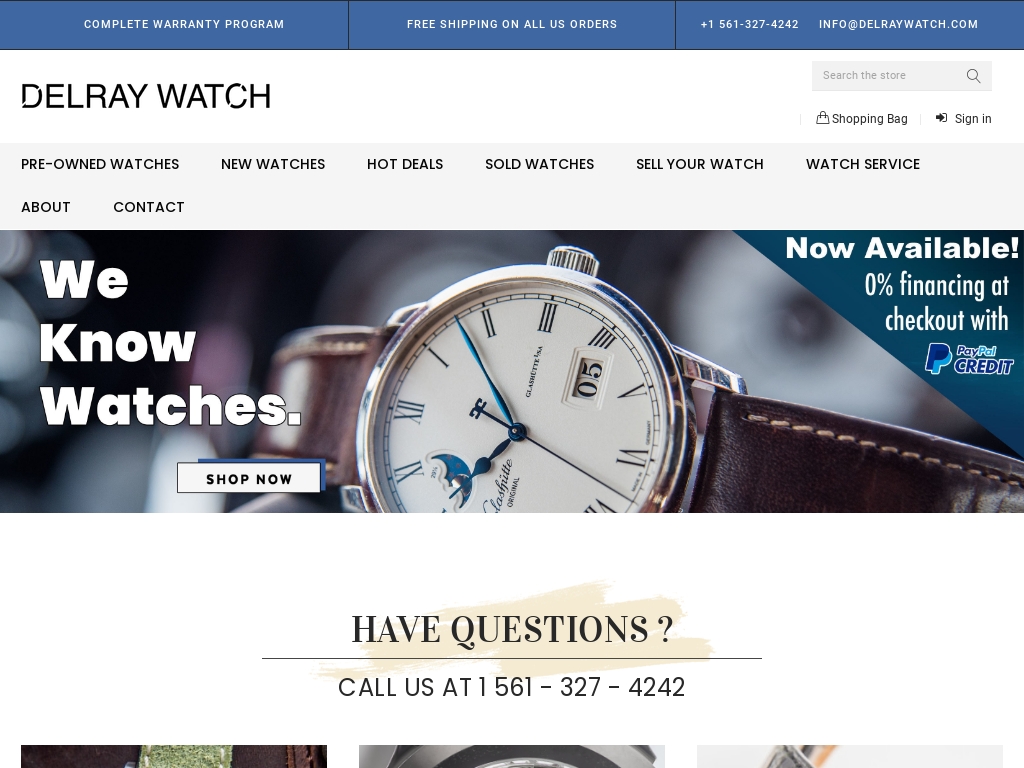
Delray Watch Supply, a tech-driven luxury watch dealer, co-founded by John Pietrasz and Federico Iossa 20 months ago with $4,000 in a kitchen, has seen sales of over $3.3M annually, with sales expected to reach close to $4M this year.
135. Lost Empire Herbs ($3.84M/year)
Logan Christopher and his brothers started Lost Empire Herbs after being introduced to the benefits of herbs, particularly Pine Pollen. They began by buying pre-packaged products from Alibaba and re-selling them, learning along the way and eventually growing the business to mid-seven figures in revenue. They focused on email and content marketing, as well as affiliate marketing, to attract and retain customers.
How much money it makes: $3.84M/year
How much did it cost to start: $1K
How many people on the team: 12

Lost Empire Herbs co-founder and CEO Logan Christopher shares how he built an ecommerce business specializing in high-quality, phyto-androgenic herbs that support hormone systems, going from zero to mid-seven figures in revenue, and discusses strategies including affiliate marketing and email-and-content marketing.
136. FireAvert ($3.65M/year)
Peter Thorpe, a full-time firefighter in Provo, Utah, came up with the idea for FireAvert after responding to numerous fires caused by unattended cooking, the #1 cause of fires. He partnered with engineers to design and prototype the product, which plugs into the oven and automatically cuts power if the smoke alarm goes off. FireAvert did over $2 million in revenue in 2018 and is expected to double that in 2019, primarily through B2B sales to multi-family property owners and senior living properties.
How much money it makes: $3.65M/year
How many people on the team: 7

Firefighter turned entrepreneur Peter Thorpe invented FireAvert, a product that plugs into an oven and automatically cuts power to the stove and range if a synced smoke detector goes off, resulting in over $2 million in revenue in 2018 alone, with projections for double that in 2019 and the creation of a FireAvert outlet and smart home integration in the upcoming future.
137. STOCK ($3.6M/year)
Jim Snediker, CEO of Stock Manufacturing Company, pivoted from high-end menswear to B2B uniforms after being approached by a Michelin-star restaurant in 2013. This strategic shift propelled their business to $3.4 million in revenue by 2023.
How much money it makes: $3.6M/year
How many people on the team: 11

Case study on the transformation of a D2C menswear brand into a successful B2B uniform provider for hospitality industry giants, achieving revenue growth from $700k in 2019 to $3.4M in 2023, through strategic collaborations, product expansion, and community-driven initiatives during the COVID-19 pandemic.
138. Healthsols ($3.6M/year)
Founder Bharath M started Healthsols Facilitators Pvt Ltd with the goal of creating affordable healthcare services. Despite initial struggles, the company has experienced steady growth, generating revenue and recruiting employees in multiple cities. They now offer a range of services including medical equipment supply, online consultations, nursing services, and Ayurveda services, and have plans to expand their offerings with a manufacturing unit for N95 masks and other medical devices.
How much money it makes: $3.6M/year
How much did it cost to start: $5K
How many people on the team: 18

Healthsols Facilitators Pvt Ltd is a medical equipment and surgical items supplier to B2B entities such as hospitals and clinics that started around 6 months ago with an investment of INR 3000 and have now recruited 18 employees in 11 cities, while planning to establish their own manufacturing unit.
139. OCUSHIELD ($3.6M/year)
Dhruvin Patel, a qualified optometrist, came up with the idea for Ocushield after learning about blue light blocking coatings for prescription glasses while working at a vision clinic. He conducted his own research study on the harmful effects of blue light and set out to create a screen protector that would selectively filter blue light while maintaining a clear image. After winning grant funding and refining the product, Ocushield now serves over 150,000 customers in 80 countries, generating $300k per month in revenue.
How much money it makes: $3.6M/year
How much did it cost to start: $30K
How many people on the team: 12

Ocushield, a brand that develops medically-rated products to eliminate harmful blue light from digital device screens and improve sleep after screen use, serves over 150,000 customers in 80 countries and generates $300k per month with their flagship product being a blue light blocking screen protector and filters, sold in Verizon, BestBuy, HSN & URBN Outfitters and personally recommended by Sir Richard Branson.
140. ShakeSphere ($3.6M/year)
ShakeSphere, an award-winning shaker bottle manufacturer, was founded by elite sprinter Rick Beardsell. After experiencing the limitations and inefficiencies of existing shaker bottles while training as an athlete, he set out to create a better solution. With a focus on innovation and functionality, ShakeSphere's unique design quickly gained popularity, leading to international success and partnerships with major supplement brands.
How much money it makes: $3.6M/year
How much did it cost to start: $75K
How many people on the team: 1
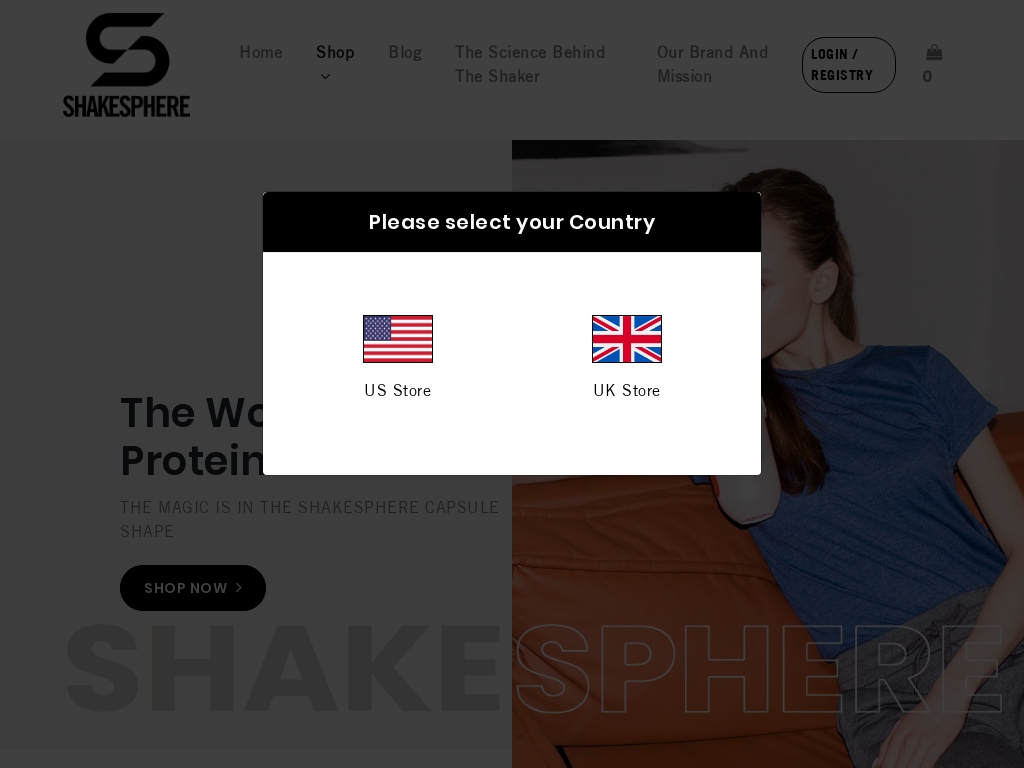
ShakeSphere, an award-winning shaker bottle manufacturer founded by an elite athlete, has generated $4 million in annual revenue globally, and has won awards from Men's Health and Amazon for its innovative design, including no-mesh grid or mixing ball, making cleaning and efficiency better than ever.
141. Beyond Botanicals ($3.6M/year)
Mark Maher, co-founder of Beyond Botanicals, had a background in sales and a passion for health and education. When a client asked if they could make CBD oil products, Mark dove into researching CBD's potential benefits and knew it was a product that could truly make a difference. Alongside his co-founder, Jake Firmender, they started their own CBD business, focusing on providing Private Label CBD services to other startups. Despite facing challenges in payment processing and advertising, they quickly gained traction in the industry and achieved impressive revenue growth, reaching over $3M in annual sales.
How much money it makes: $3.6M/year
How much did it cost to start: $7K
How many people on the team: 8

Beyond Botanicals, a CBD manufacturing company in the USA, focused on private label CBD, wholesale CBD, and retail CBD products, started with a $7,000 loan and rose to over $3M in annual revenue in just three years, largely due to good taste as a competitive advantage and traditional marketing approaches.
142. Soaring Heart Natural Beds ($3.6M/year)
Mike Schaefer, the founder of Soaring Heart Natural Beds, came up with the idea for his business after realizing the importance of building a great mattress using organic materials. With reliable access to high-quality raw materials and a commitment to leaving a positive impact on the planet, Schaefer created a sustainable, green business that offers all organic beds and bedding. The online component of Soaring Heart's business has thrived, with a focus on products like mattresses, free shipping, and personalized customer service through online chat.
How much money it makes: $3.6M/year
How many people on the team: 15
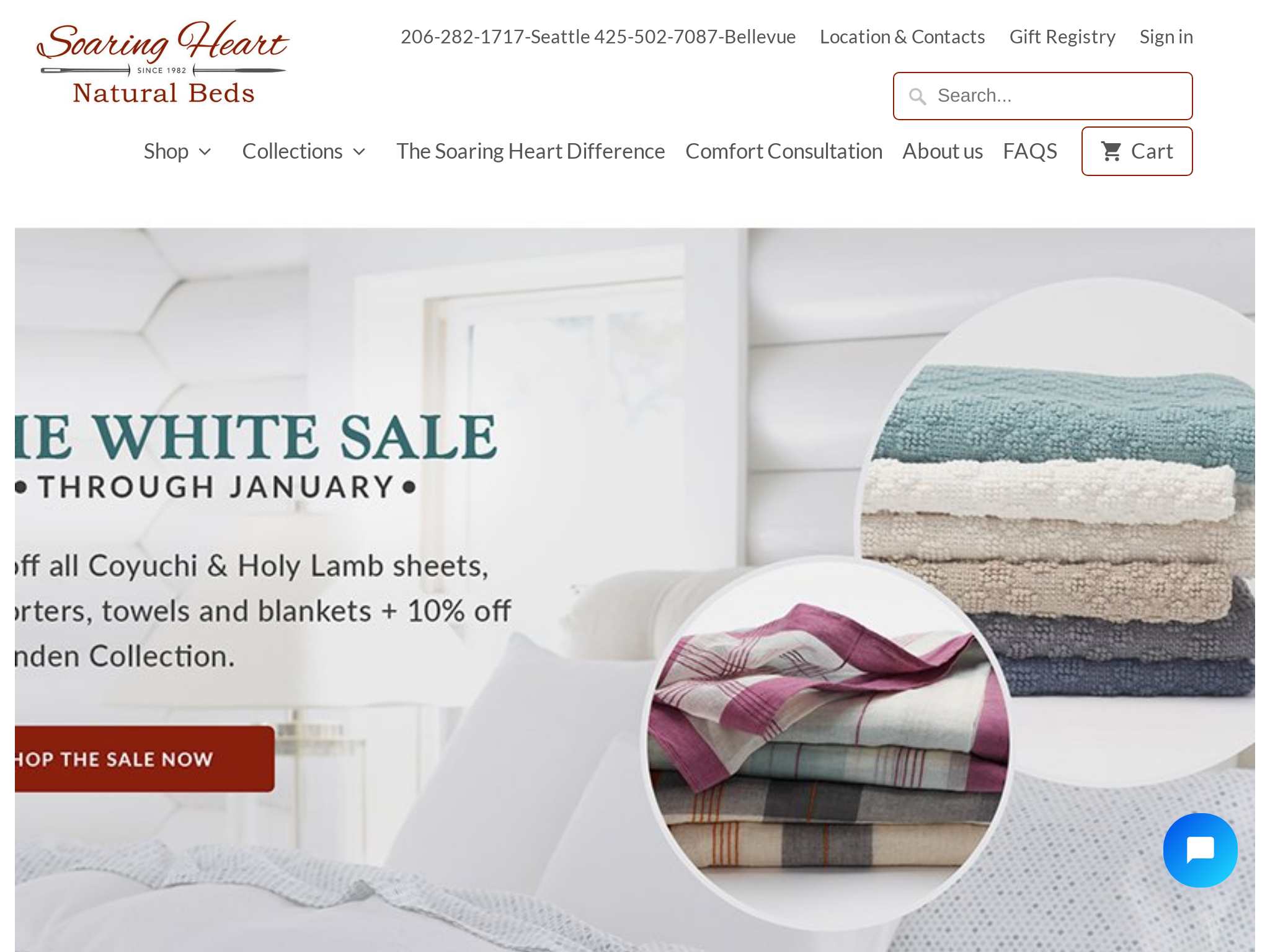
Soaring Heart Natural Beds is a thriving Seattle-based organic bed and bedding company with 25% of their business online, two brick and mortar stores, and a commitment to a healthy planet by producing sustainable, green products that avoid using petroleum derivatives, plastics, synthetics or added flame retardants or fumigants in any of their products.
143. The TouchPoint Solution ($3.6M/year)
Vicki Mayo, the founder of TouchPoint Solution, came up with the idea for her business after using a technology to alleviate her daughter's night terrors. Recognizing the potential of this technology to help people de-stress, she launched TouchPoints, which has been used over 3 million times since its inception in 2016. With a successful Kickstarter campaign and retail launch in the works, TouchPoint is on track to continue its impressive growth.
How much money it makes: $3.6M/year
How much did it cost to start: $250K
How many people on the team: 5
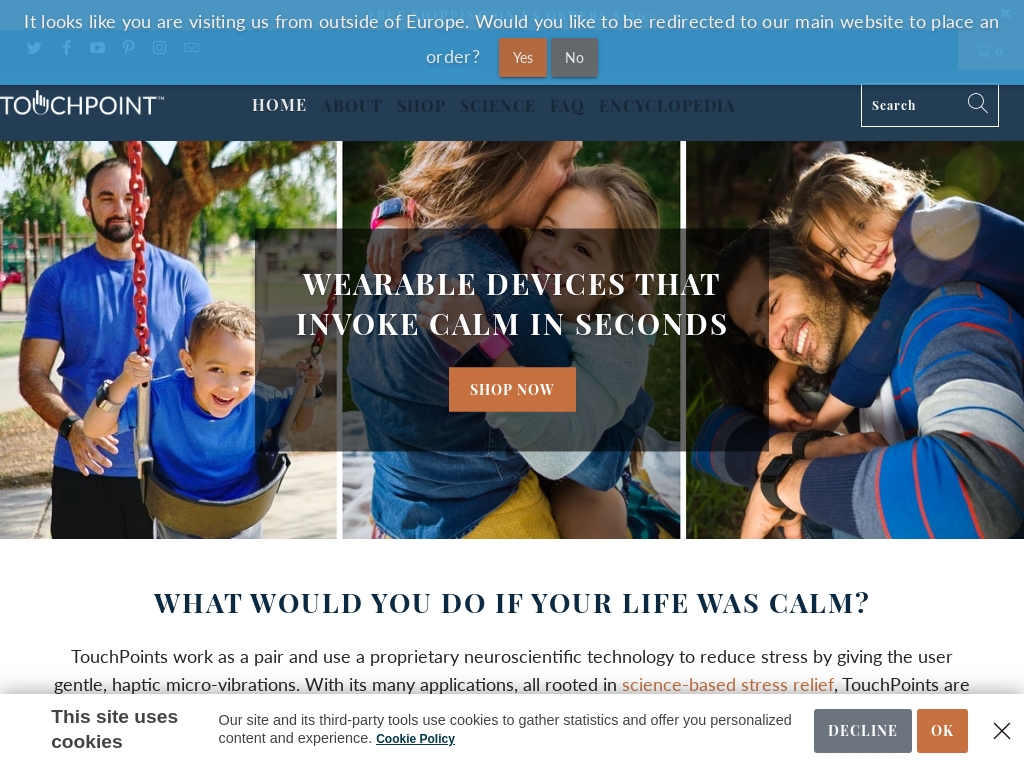
This case study article follows Vicki Mayo, who developed a stress-reducing wearable product for her company TouchPoint, which achieved over $2 million in sales in the first couple of years and has been used for stress relief over 3 million times.
144. Maxwell Scott Bags Ltd ($3.6M/year)
William Scott Forshaw, founder of Maxwell-Scott, noticed professionals carrying plastic bags and poor-quality briefcases while working in corporate London. Recognizing a gap in the market, he launched Maxwell-Scott in 2002 to provide high-quality, functional briefcases for these professionals. The brand, which now offers a range of luxury leather goods, has grown to take in $400,000 a month across multiple countries and has gained recognition in the market, including becoming official suppliers of Saracens Rugby Club.
How much money it makes: $3.6M/year
How many people on the team: 14
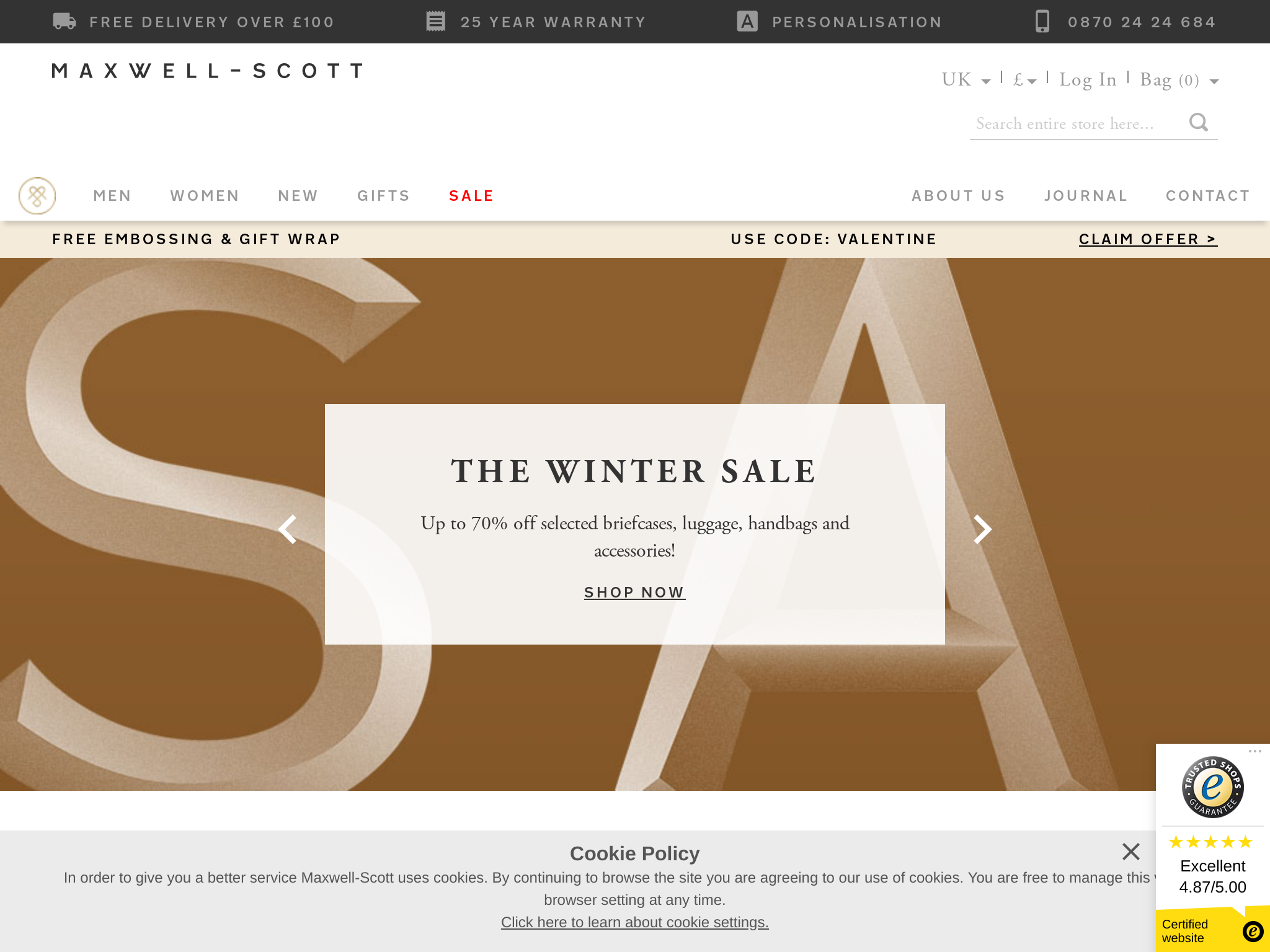
Maxwell-Scott is a British-born luxury leather goods company handmade in Tuscany that sells to AB degree-level educated professionals with high disposable income and is now taking $400,000 a month across websites in 7 countries.
145. Vape and Juice ($3.6M/year)
ithin the legal boundaries to creative marketing tactics, we have explored various strategies to attract and retain customers. One effective method has been our content marketing efforts, particularly through blogging. This has allowed us to educate and engage with our target audience while establishing ourselves as industry experts. Additionally, our physical vape shops have played a vital role in attracting local customers and providing a personalized experience. Through exceptional customer service and a wide range of products, we have been able to build a loyal customer base.
How much money it makes: $3.6M/year
How much did it cost to start: $5K
How many people on the team: 20

A former ex-con launched Vape and Juice with just £5,000 and has since built a seven-figure vaping company with online sales increasing 800% during lockdown, by offering exceptional customer service and investing in talent.
146. Auric ($3.6M/year)
After a backbone fracture led him to explore yoga and Ayurveda, the founder of Auric had a lightbulb moment to make Ayurveda more convenient and aspirational for others. With a background in consumer brands from his time at Unilever, he launched Auric as a beauty and wellness brand based on Ayurveda, creating 100% natural and low-calorie beverages that offer visible benefits. With already selling 150k bottles monthly, the future looks bright for Auric as they aim to penetrate more consumers in India, the US, and the UK.
How much money it makes: $3.6M/year
How much did it cost to start: $500K
How many people on the team: 9
A beauty and wellness brand based on Ayurveda, Auric, is making 150,000 sales per month after launching in September 2018 and is currently 95% bootstrapped, with the company focusing on social media and D2C strategies and driving traffic to its website to understand its end consumer.
147. Santafixie ($3.6M/year)
Xavi Claveria came up with the idea for Santafixie.com after falling in love with fixed gear bikes while living in London. He saw an opportunity to bring stylish and high-quality urban bicycles to Barcelona, where people were still using old, uncomfortable mountain bikes for commuting. With a loan and eventually investment from Axon Partners Group, Santafixie grew into a successful e-commerce platform with its own brand of bicycles and components, generating a monthly turnover of €200,000. Xavi credits the growth to a focus on SEO, brand awareness, content creation, and influencer collaborations.
How much money it makes: $3.6M/year
How many people on the team: 20

How Santafixie became a successful fixed-gear bike business with a monthly turnover of €200,000 and its own product line, while focusing on SEO, brand awareness, and reducing marketing costs.
148. 3D Universe, LLC ($3.6M/year)
Jeremy Simon, one of the founders of 3D Universe, discovered the potential of 3D printing when he bought his first printer in 2012. His involvement in the e-NABLE volunteer community, which uses 3D printing to create prosthetic devices, inspired him to start 3D Universe in 2013. With a strong focus on ecommerce, the company now generates $300,000 per month in revenues and has distributed over 8,000 assembly materials kits for e-NABLE devices.
How much money it makes: $3.6M/year
How many people on the team: 4
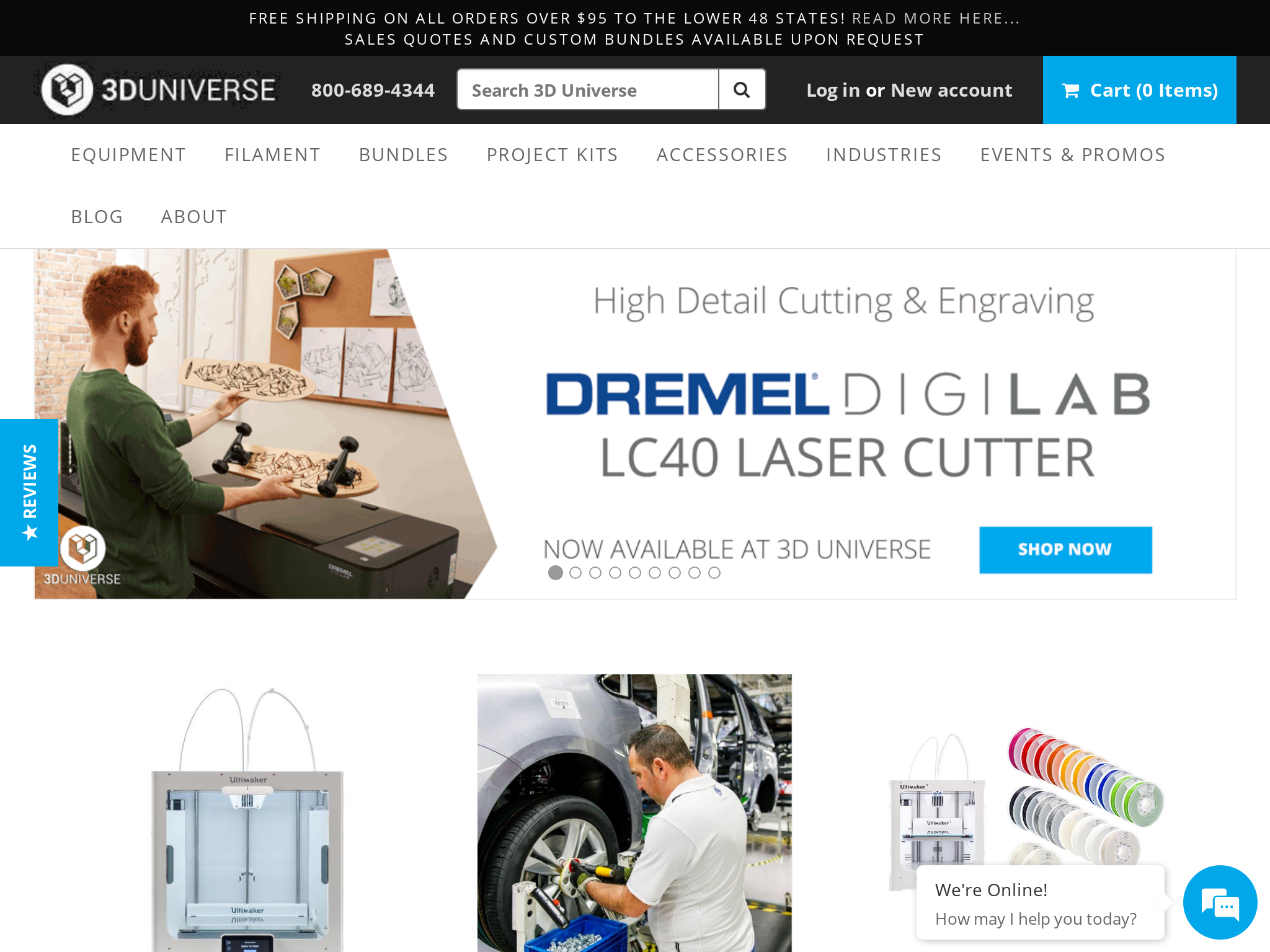
3D Universe grew their ecommerce business to generate $300,000 per month in revenues, with a growth of around 300% over the last three years, through selling 3D printers and supplies and working with the e-NABLE volunteer community, as well as developing their own e-NABLE Web Central platform and assembly materials kits.
149. Under30Experiences ($3.6M/year)
Matt Wilson, co-founder of Under30Experiences, came up with the travel company idea after going on a life-changing trip to Iceland. He saw the opportunity to bring his community of young entrepreneurs on similar retreats, and after organizing a successful trip to Iceland, the idea caught on and the business took off.
How much money it makes: $3.6M/year
How much did it cost to start: $5K
How many people on the team: 5
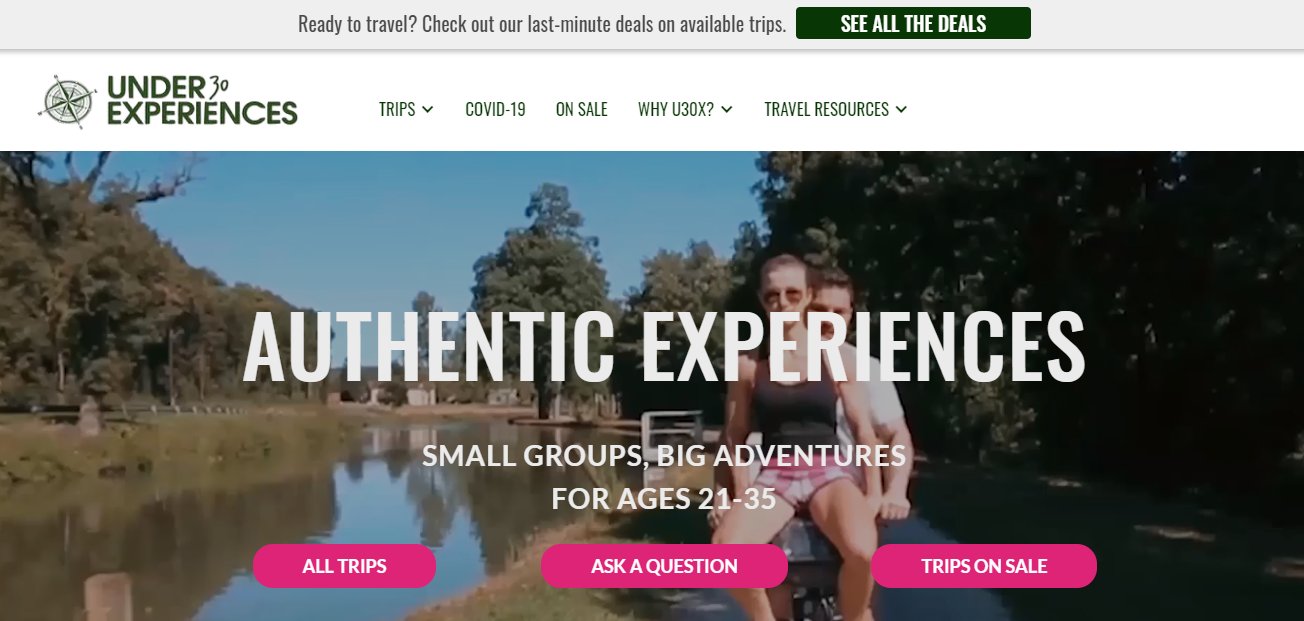
Under30Experiences is a travel company for people aged 21-35 that runs small group trips around the world, with over 800 five-star reviews on Facebook, Google, and Yelp combined, and nearly hitting $5M in revenue before the COVID-19 pandemic.
150. Cameron's Seafood ($3.6M/year)
Cameron's Seafood was born out of a family-owned Maryland seafood business, but it was a chance encounter with a crab-loving customer that sparked the idea. The customer, tired of paying high prices for subpar crabs, was willing to drive 6 hours to get authentic Maryland crabs. This inspired Cameron to bring these delicious crabs to people all over the country through a home delivery service, leveraging their existing infrastructure and competitive advantage.
How much money it makes: $3.6M/year
How many people on the team: 10
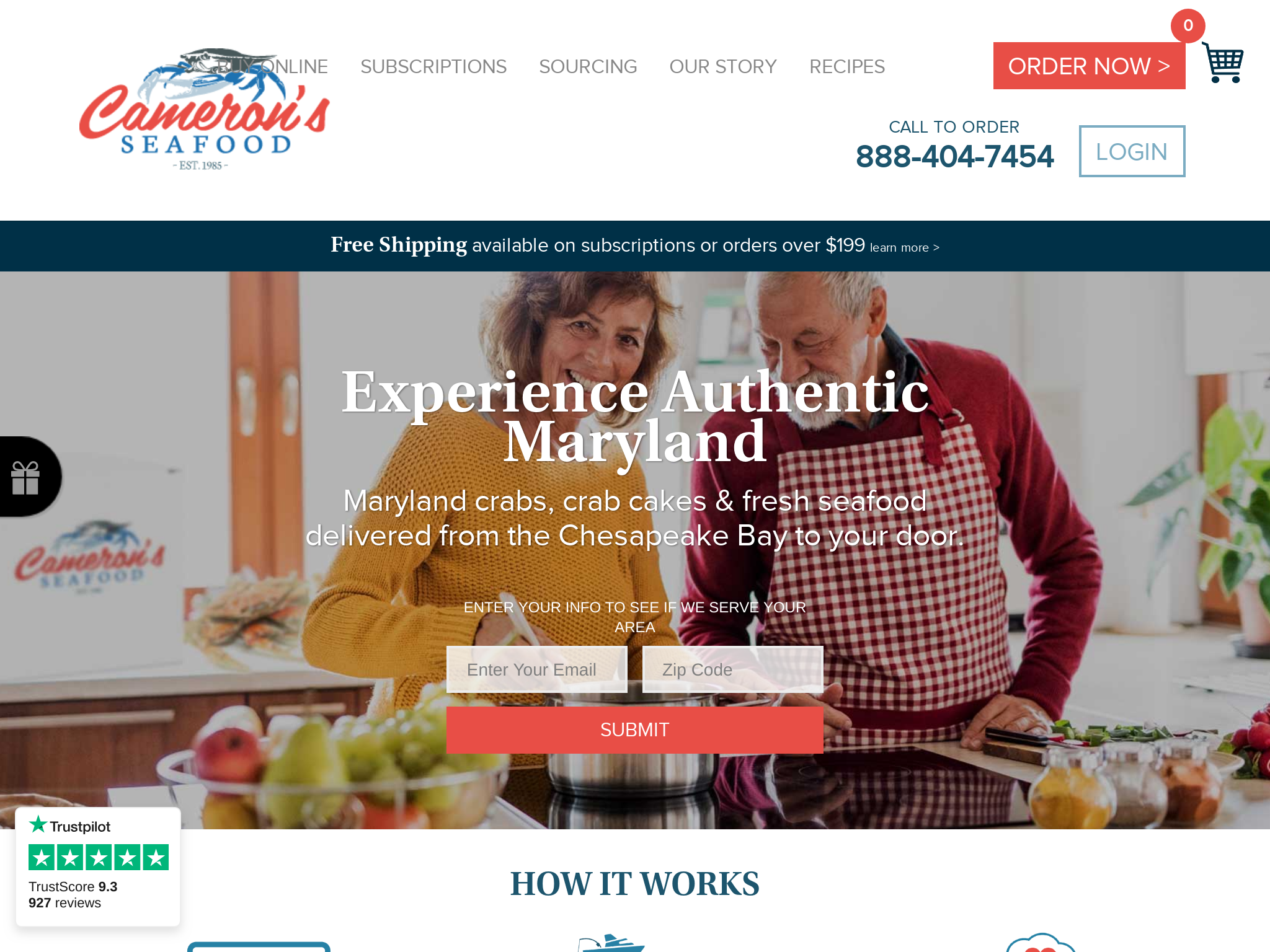
Cameron's Seafood, the largest Maryland seafood company in the world, has leveraged an existing family-owned seafood business to ship Maryland Crabs and crab cakes to customers in all 50 states, making over $200,000 in July 2018 with an expected $2.4 million in first-year revenue without venture capital.
151. SHEATH LLC ($3.6M/year)
Robert Patton, CEO of SHEATH, came up with the idea for his premium men's pouch underwear company while serving in the Army in Iraq. Frustrated with the discomfort and chafing caused by his issued underwear, he conceived the idea of a pouch that would separate the male anatomy from the inner thighs, keeping everything cool and dry. After hand-stitching prototypes, finding a seamstress, and working with a manufacturer in Pakistan, Patton finally launched his business.
How much money it makes: $3.6M/year
How much did it cost to start: $5K
How many people on the team: 7
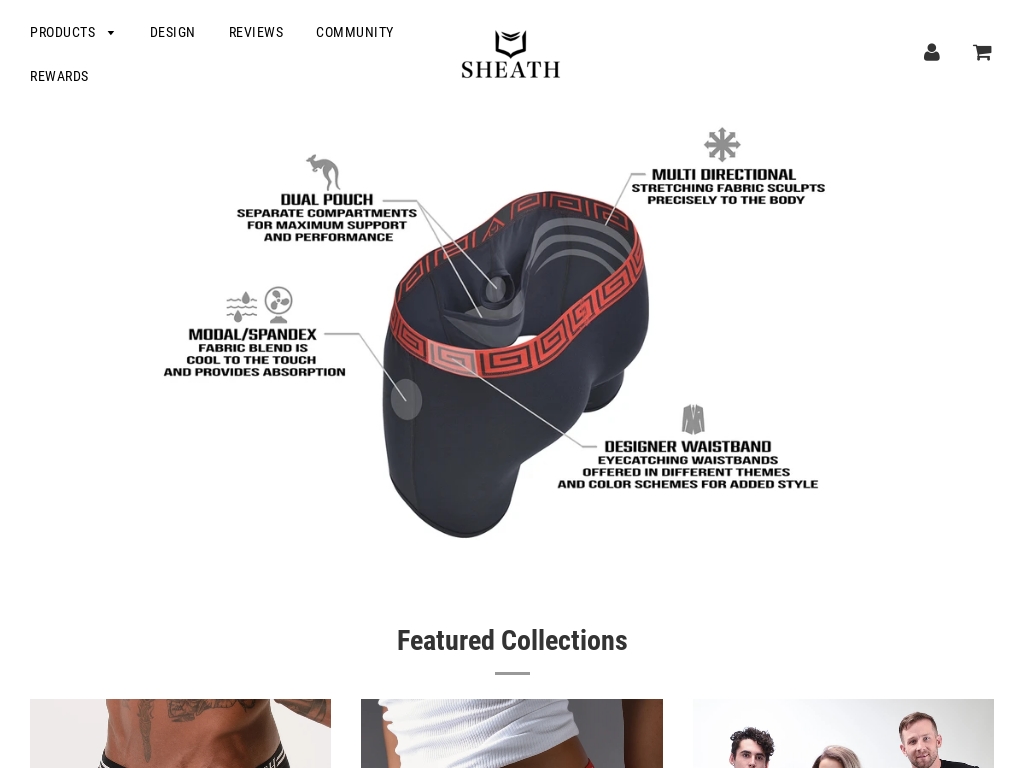
Learn how Robert Patton grew a premium men's pouch underwear line to generate over $4K a day in sales with his latest women's line projected to double by the end of summer 2019 through persistence, learning from past mistakes, and keeping things simple.
152. Tortuga ($3.6M/year)
Fred Perrotta, co-founder and CEO of Tortuga, came up with the idea for their business during a backpacking trip to Eastern Europe in 2009. Frustrated with the lack of suitable travel backpacks on the market, Fred and his friend Jeremy decided to create their own. Despite initial challenges in design and manufacturing, they persisted and eventually launched their flagship product, the Outbreaker Backpack, which has become a top recommendation in the industry.
How much money it makes: $3.6M/year
How many people on the team: 9
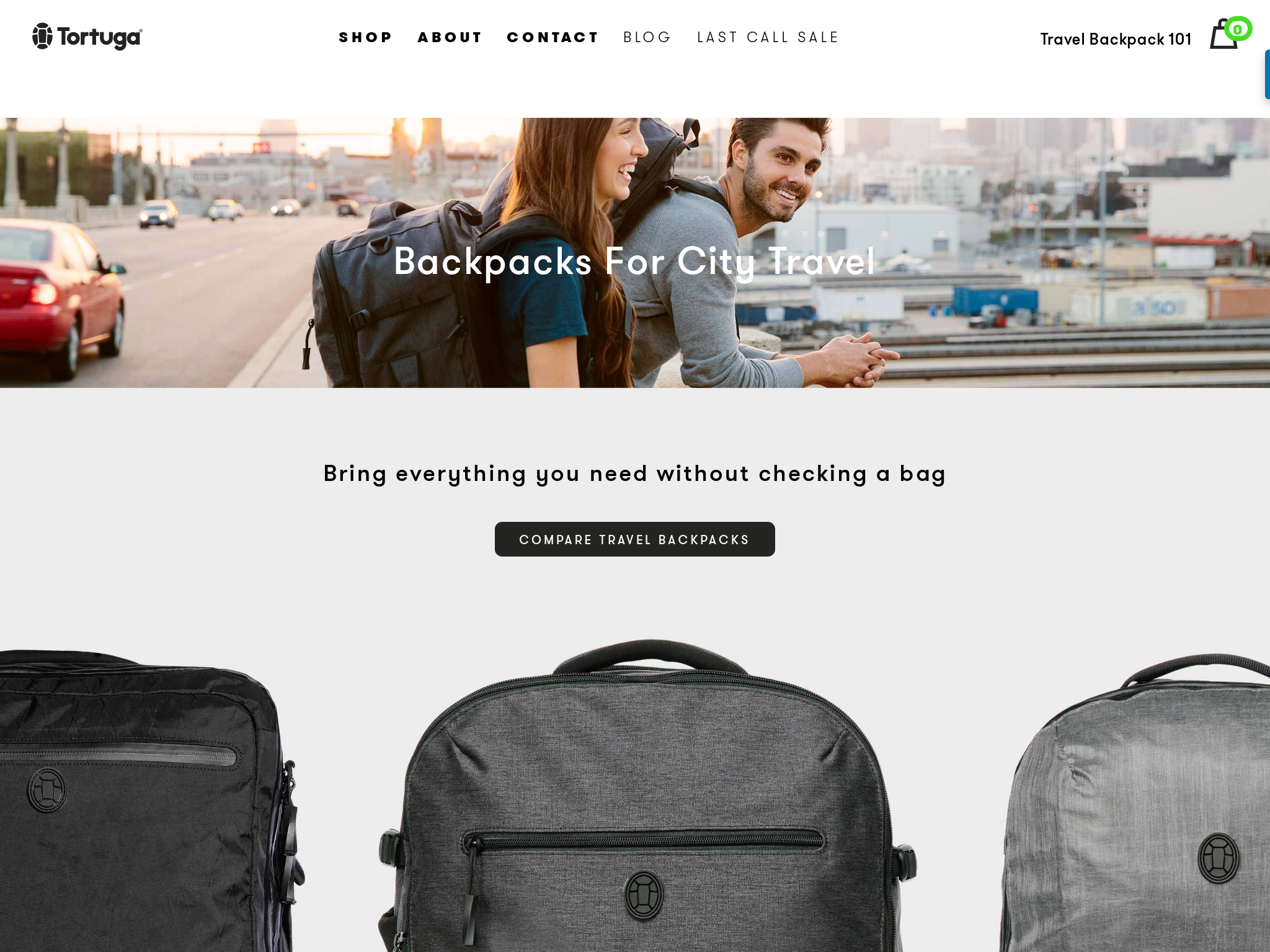
How Tortuga bootstrapped their way to seven figures in revenue, by solving a problem for travelers with their carry-on sized travel backpacks, after overcoming challenges in design, manufacturing, and advertising.
153. I Love Ugly ($3.6M/year)
Valentin Ozich, the Founder of I Love Ugly, started the men's premium streetwear brand in 2008 with zero experience in business or fashion. He identified a gap in the market for high quality, affordable streetwear catered to men and sold primarily online. Despite setbacks and his lack of skills at the beginning, Ozich was determined to succeed and turned his idea into a multi-million dollar business.
How much money it makes: $3.6M/year
How many people on the team: 20

This case study showcases how Valentin Ozich built an online menswear brand, I Love Ugly, from scratch with a clear vision of creating premium streetwear catered to men that's affordable and sold primarily online, with some products selling upwards of 50,000 units/pieces globally and still remain some of the strongest sellers today.
154. Tower Electric Bikes ($3.6M/year)
Stephan Aarstol, the CEO of Tower Electric Bikes, came up with the idea for his business while observing the growing trend of electric powered vehicles on the beach boardwalk. He saw the potential of electric bikes as the perfect form of transportation and recognized the fragmented market of ill-conceived products and brands. With his experience in the paddleboard industry, Aarstol aimed to create a high-quality, low-cost eBike brand that would fill the void in the market, ultimately building the world's first famous eBike brand.
How much money it makes: $3.6M/year
How much did it cost to start: $30K
How many people on the team: 6
Tower Electric Bikes is a direct-to-consumer eBike brand co-founded by Stephan Aarstol and Mark Cuban, which has done over $36 million in sales since its $150,000 investment in 2012, and produced and sold everything from paddleboards to electric bikes for half the retail price, with the aim of creating the world's first famous eBike brand.
155. Wolf Spirit Distillery ($3.6M/year)
Umberto Luchini, the founder and proprietor of Wolf Spirit Distillery, came up with the idea for his vodka brand, Blood x Sweat x Tears, after leaving his comfortable CMO job with a multi-national liquor company. He wanted to create something different and connect with consumers in a real and honest way. After two years of hard work, the brand is experiencing rapid growth and is set to be available in 40 states by the end of the year, a feat that usually takes four years.
How much money it makes: $3.6M/year
How many people on the team: 5

Wolf Spirit Distillery, founded by Umberto Luchini, has experienced rapid growth by expanding to 23 states in the first six months of the year and aims to reach a total of 40 states by year end, despite initial start-up costs of over $1.5 million for Blood x Sweat x Tears vodka.
156. Desires by Mikolay ($3.44M/year)
Tara Mikolay, co-founder of Desires by Mikolay, came up with the idea to open a designer jewelry showroom when her husband, a classically trained bench jeweler, expressed his dream to start his own business. With Tara's support, they self-funded the venture and worked tirelessly to build the business from the ground up. Today, Desires by Mikolay is thriving and known as one of Westchester County's premier jewelers and design shops, with a brick and mortar store and a successful online presence.
How much money it makes: $3.44M/year
How many people on the team: 7

Desires by Mikolay, a luxury jewelry brand offering a quality selection of custom design and fine jewelry, tripled its brick and mortar since starting in 2005 and now receives orders from all over the US online, after building an authentic brand with passionate owners.
157. ESKUTE ($3.36M/year)
Alan Chen, founder of ESKUTE electric bike, came up with the idea during the COVID-19 pandemic when the demand for electric bikes soared. With a background in the electric bike battery field, Chen saw an opportunity to provide a safe and eco-friendly transportation method and started planning the project. Despite facing challenges and making mistakes along the way, ESKUTE has become profitable, with plans to expand production and open new stores across Europe.
How much money it makes: $3.36M/year
How much did it cost to start: $25K
How many people on the team: 60
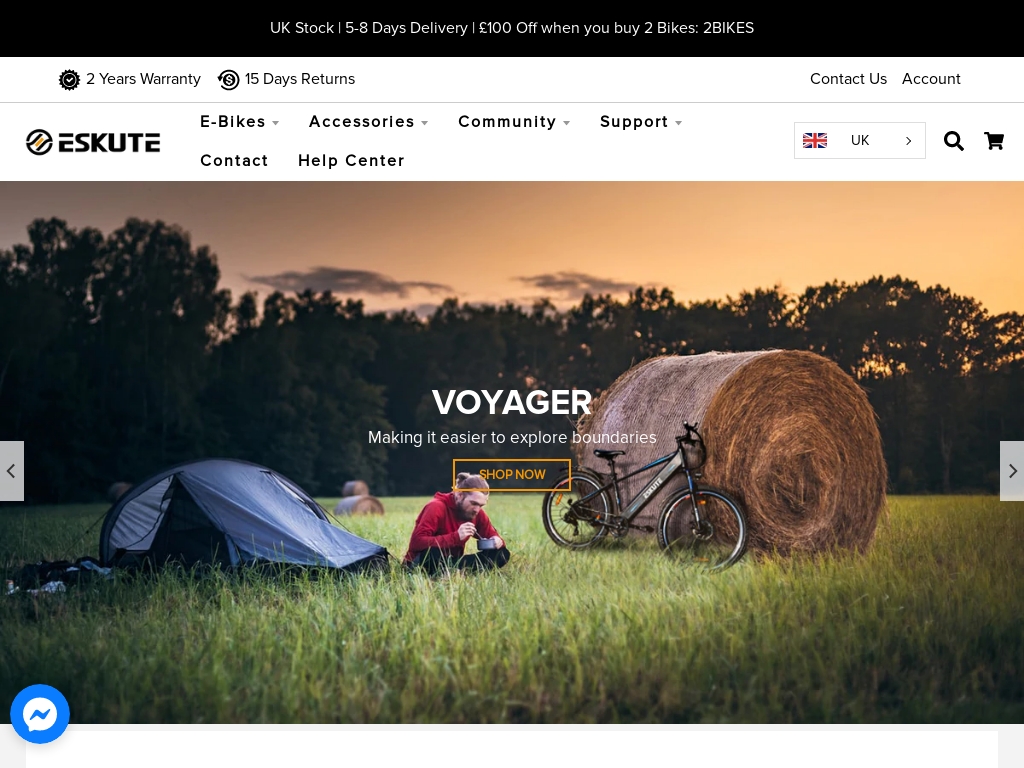
ESKUTE started a successful electric bike brand during the pandemic, with a team of nearly 30 staff members, and now makes $280k per month with sales across Europe.
158. Soundbrenner ($3.36M/year)
Florian Simmendinger came up with the idea for Soundbrenner while in Berlin, after meeting other entrepreneurs and realizing there was no reason to wait to start his own business. He teamed up with co-founder Julian Vogels and developed the concept of a vibrating metronome, which eventually led to the creation of their first product, Pulse, a smart wearable device. After successfully launching on Indiegogo and raising $1.6M, Soundbrenner has sold close to 100,000 wearables and become a popular choice among musicians, with their mobile app boasting over 6 million downloads and 600,000 monthly users.
How much money it makes: $3.36M/year
How much did it cost to start: $5K
How many people on the team: 17
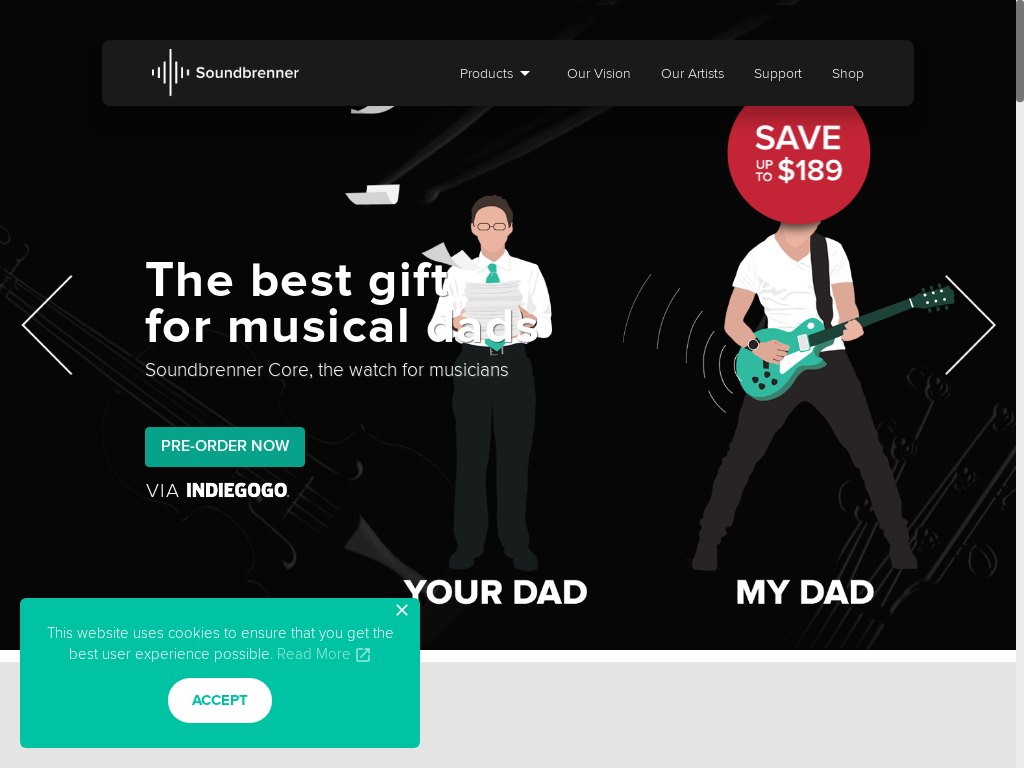
Soundbrenner raised $1.6M on Indiegogo and sold close to 100,000 smart wearables for musicians, featuring a vibration metronome that can be felt, rather than heard, and released a full smartwatch for musicians; the company's mobile app is the world's most popular metronome with over 6 million downloads and over 600,000 musicians that use it every month.
159. Company Folders, Inc ($3.3M/year)
Vladimir Gendelman, the founder of Company Folders, came up with the idea for his business after realizing the lack of variety in presentation folders in the American market. With only two customers showing interest in finding unique "company folders" online, Vladimir saw the opportunity to fill this gap and create a national online business. He started with minimal resources, maxing out his credit cards to launch the company, and focused on offering high-quality products, driving traffic to the website, and providing a personalized design and ordering experience. Despite facing challenges during the pandemic, Company Folders has remained profitable and continues to adapt and grow.
How much money it makes: $3.3M/year
How much did it cost to start: $60K
How many people on the team: 15

Multi-million dollar presentation folder company, Company Folders, offers over 100 million variations of products and has won multiple awards, including making Inc.’s list of 5,000 fastest-growing private companies in America for three consecutive years, due to their focus on quality, variety, and personalized customer service.
160. Boredwalk ($3.3M/year)
Matt Snow and Meredith Erin, the co-founders of Boredwalk, came up with the idea for their lifestyle brand while running their first brand, Ex-Boyfriend, as a hobby. As their order volume grew, they pivoted to focus more on apparel and decided to create their ideal client, thus giving birth to Boredwalk. They conducted extensive research, generated hundreds of designs, and loaded up a new Etsy store with them, eventually expanding to their own space and hiring more employees.
How much money it makes: $3.3M/year
How much did it cost to start: $50K
How many people on the team: 10
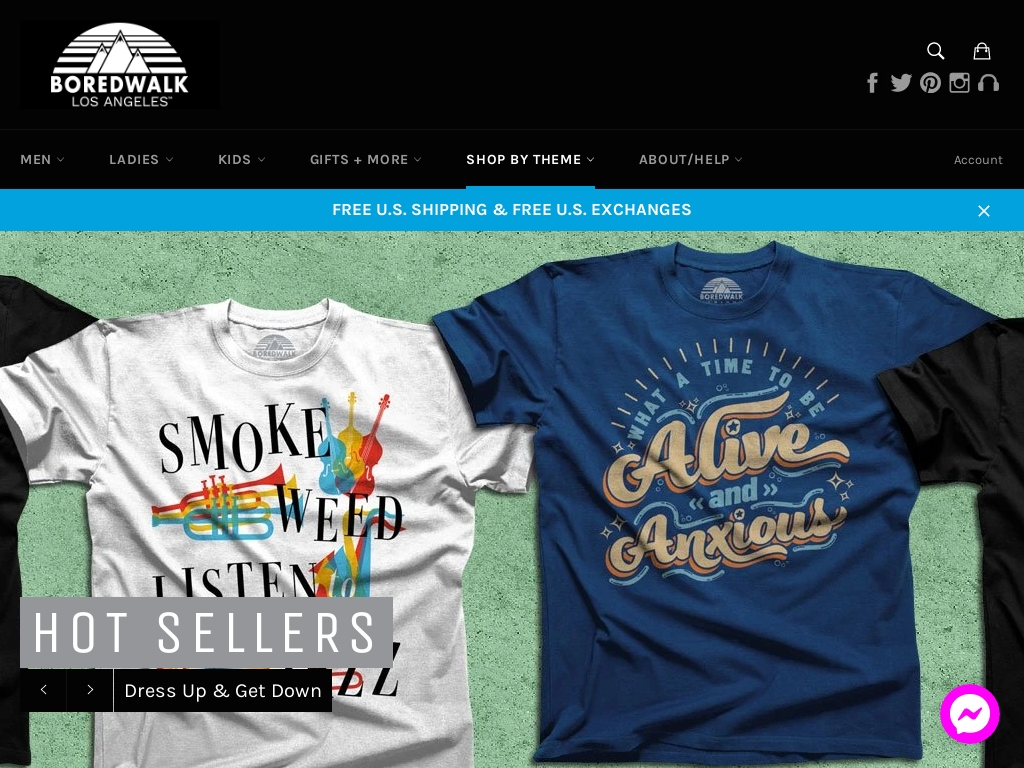
Boredwalk, a lifestyle brand selling original art and graphic design on functional goods, grew rapidly in the last 2-3 years with an average MoM growth of 10-12% and YoY growth of 50-100%, offering casual apparel, accessories, and decor products for customers primarily aged 25-55 interested in art, mental health, progressive politics, monster movies, and Satan.
161. Plain Jane ($3.3M/year)
Plain Jane, the ultra smooth and low odor Hemp CBD flower and cigarette company, was started by college roommates Evan and Duane. The idea came from their desire to create less smelly weed products that don't cause coughing. Within 5 months of starting to sell, the company is generating over $20K a month in sales and has customers in 47 states and 12 retail locations.
How much money it makes: $3.3M/year
How many people on the team: 16
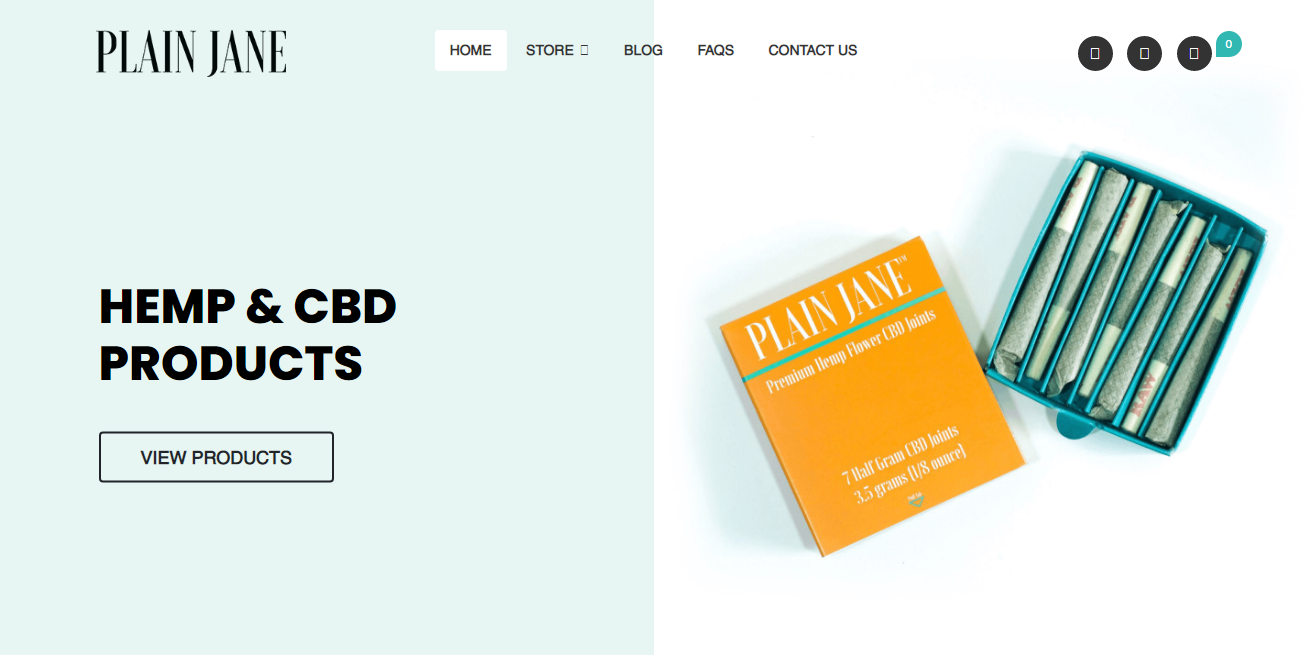
Plain Jane, an online CBD company founded by two college roommates, offers unique products and has generated over $20K a month in sales within five months, attracting and retaining customers through social media, authentic stories, and content.
162. Taster’s Club ($3.24M/year)
Mack McConnell, founder of Taster's Club, came up with the idea for his subscription service after becoming fascinated with craft spirits and realizing that the process of discovering them was old and boring. He wanted to create an exciting and convenient way for people to explore different spirits and learn about them. Since launching in 2012, Taster's Club has grown to do $270K/month in revenue and has become a leader in the alcohol-related subscription service category.
How much money it makes: $3.24M/year
How many people on the team: 3
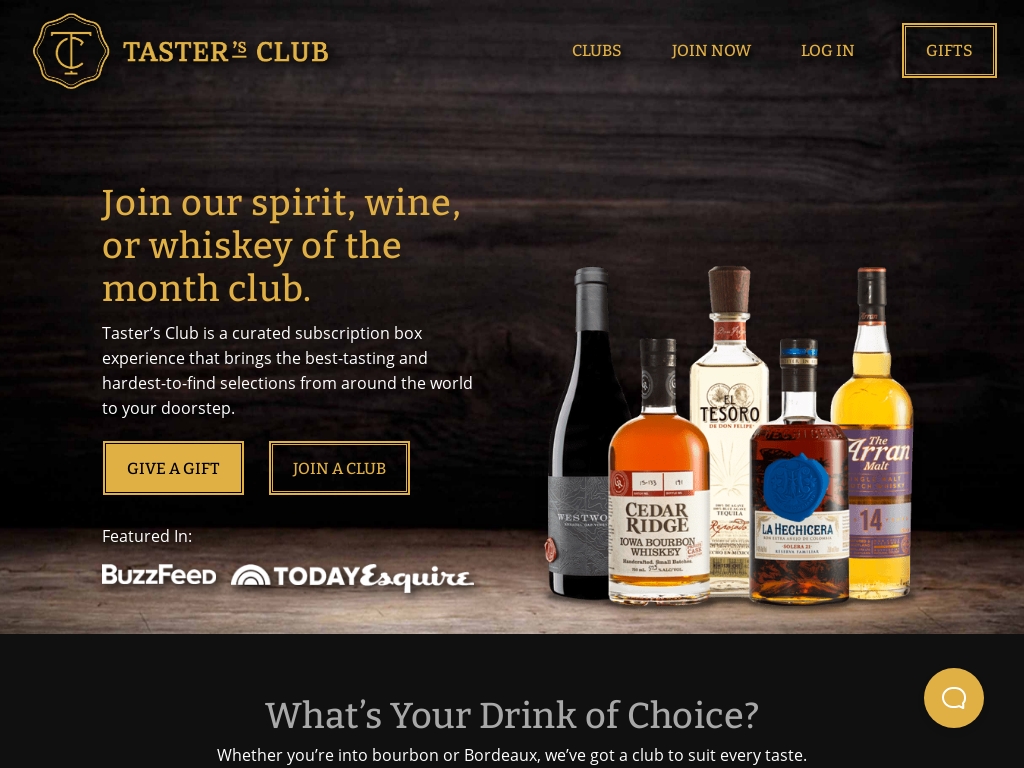
Learn how Taster's Club, a subscription service for craft spirits, went from a side-hustle to a profitable business with $270K/month in revenue, by launching fast and staying focused on providing an outstanding customer experience.
163. Bookblock ($3.12M/year)
Tom Strickland, co-founder of Bookblock, came up with the idea for his gifting business while manufacturing notebooks. He saw the success of Moleskine and decided to launch a real leather notebook brand, Monsieur Notebook, at a similar price point. While the notebook business ultimately failed, it led Tom to discover a market for corporate notebooks, which eventually paved the way for Bookblock's growth and expansion into the consumer market.
How much money it makes: $3.12M/year
How many people on the team: 30

Bookblock co-founder shares how they grew their corporate gifting platform to a £2m annual turnover, and their plans to expand to the consumer market through their new gifting platform.
164. Tini Lux ($3.12M/year)
Jackie Burke, founder of Tini Lux, came up with the idea for her business after struggling to find fashionable earrings that wouldn't cause allergic reactions. After discovering a woman selling basic titanium studs, Burke realized there was a market for skin-friendly earrings and decided to design her own line of titanium earrings. Despite initially launching Tini Lux as a side hustle, Burke has seen steady growth in her business and has gained a loyal following of customers who are finally able to wear earrings again.
How much money it makes: $3.12M/year
How many people on the team: 1
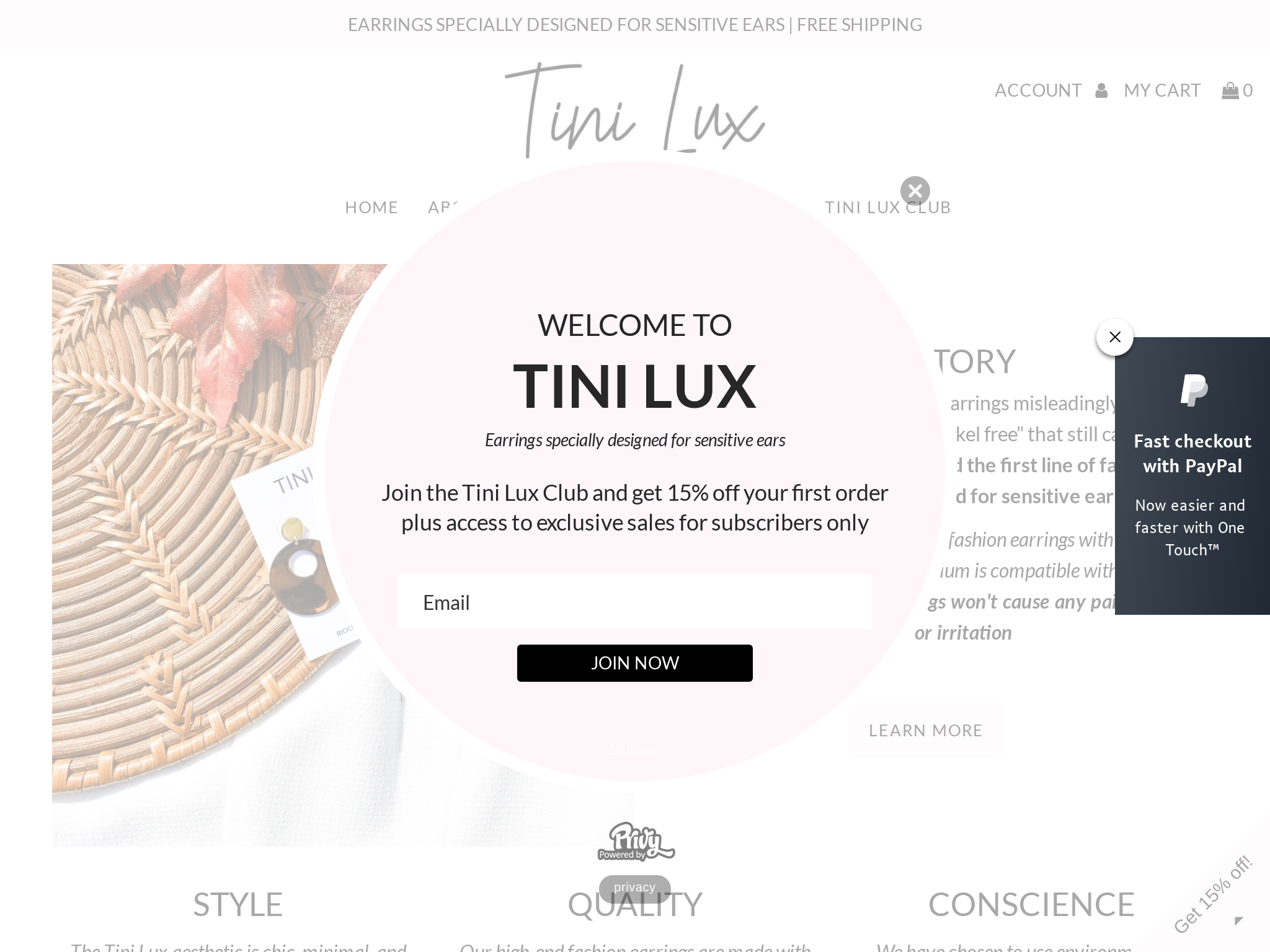
Tini Lux is a profitable e-commerce fashion business that provides a line of fashion earrings specifically for women with metal allergies that has gained a loyal following from its target demographic of women aged 18-45 in 15 months since launching.
165. Vitafive ($3M/year)
Nik Hall, the founder of Vitafive, came up with the idea for a custom vitamin pack business while studying entrepreneurial management and finance at Texas Christian University. Inspired by the success of Dollar Shave Club, Hall and his business partner initially launched a direct-to-consumer custom gummy vitamin pouch business. After overcoming early challenges and refining their marketing strategy, Vitafive has now expanded its product line and secured partnerships with major retailers, projecting to reach $3 million in revenue in 2021.
How much money it makes: $3M/year
How much did it cost to start: $200K
How many people on the team: 3
Vitafive, a direct-to-consumer custom gummy vitamin pouch business founded by 21-year-old Nik Hall and his business partner, Garret, reached a seven-figure business and will earn $3m in revenue in 2021, despite starting with only 31 orders after launch, with a focus on Facebook and Instagram marketing, and expanding into retail with eco-friendly packaging.
166. Continuum Games ($3M/year)
Greg Hughes, the founder of Continuum Games, Inc, came up with the idea for his business when he developed a card game called Discombobulation. Wanting to pursue his passion for games and toys, he quickly expanded his product line and launched a specialty toy distribution network. Today, the company generates $250k per month in the offseason, and up to $600k per month during peak season.
How much money it makes: $3M/year
How much did it cost to start: $15K
How many people on the team: 8

Continuum Games, Inc. President Greg Hughes started his toy and game distribution company with a $5 wholesale card game and today generates an average of $250k per month in revenue, rising to $600k in peak season from a combination of manufacturing and distribution of over 40 games.
167. Countryside Amish Furniture ($3M/year)
Mel Stutzman, the founder of Countryside Amish Furniture, came up with the idea for his business by combining his furniture expertise, Amish business connections, and entrepreneurial ambitions. After experiencing setbacks with previous furniture companies, he realized the importance of being conveniently accessible to target markets and decided to create a digitally-based operation that could sell throughout the country. Today, Countryside Amish Furniture generates millions in sales by partnering with Amish artisans to offer thousands of made-to-order furniture options to buyers across the continental US.
How much money it makes: $3M/year
How much did it cost to start: $120K
How many people on the team: 0

Countryside Amish Furniture is a highly successful e-commerce retailer generating millions in sales annually by partnering with Amish artisans to offer thousands of made-to-order, high-quality wooden furniture options and prioritizing customer communication and SEO strategy.
168. Sole Bicycles ($3M/year)
Jonathan Shriftman, the co-founder of Solé Bicycles, came up with the idea for his business in 2009 when he realized that buying a fixed gear bicycle was expensive and time-consuming. He decided to go straight to the source and connect with bicycle factories globally to create a more affordable and accessible product. Since then, Solé Bicycles has generated over $10M in sales, sold over 40,000 bicycles, and gained notable collaborations with brands like Rag & Bone and Beats by Dre.
How much money it makes: $3M/year
How many people on the team: 14

Solé Bicycles is a direct-to-consumer, lifestyle brand that has sold over 40,000 bicycles, generating over $10M in sales with only $300k of capital raised through collaborations, word-of-mouth marketing, and local community engagement.
169. SEATYLOCK ($3M/year)
Michael Shenkerman, Co-Founder and CEO of Seatylock, came up with the idea for his business after being approached by two young entrepreneurs with the concept for a hybrid product combining a bicycle seat and a lock. With his expertise in manufacturing and importing from China, Shenkerman saw the potential in the idea and decided to turn it into a reality. He launched their first product, the Foldylock Classic, via Kickstarter and raised $44,000, followed by the Seatylock, which raised $137,000 and received significant media attention. Today, Seatylock is a global company generating around $120,000 in monthly sales.
How much money it makes: $3M/year
How much did it cost to start: $3M
How many people on the team: 22

Israeli entrepreneur Michael Shenkerman co-founded Seatylock, developing and manufacturing innovative high-end bike locks including its first-ever product, a hybrid bicycle seat and lock combination that raised $44,000 in a successful Kickstarter campaign in 2013, with sales growing steadily each year to around $120,000 a month today.
170. ATH Organics ($3M/year)
ATH, a sports nutrition company founded by Stuart Kam, was born out of his passion for Brazilian Jiu-Jitsu and the lack of all-natural supplements in the market. Starting out in his garage, ATH now dominates the niche market of supplements for athletes in martial arts and surfing, generating over $250,000 in monthly revenue as the number one plant-based PRE workout. Kam's dedication to creating high-quality, great-tasting products and his hands-on approach to customer service has led to their success.
How much money it makes: $3M/year
How much did it cost to start: $2K
How many people on the team: 4

A founder built a successful sports nutrition company from scratch, focusing on creating all-natural supplements for martial arts athletes, which now generates over $250,000 a month in revenue by prioritizing customer experience and using tools like Shopify, Klaviyo, Postscript, and Gempages.
171. Luna Wellness ($3M/year)
Robin, the co-founder of Luna weighted blanket, came up with the idea after struggling with anxiety and sleep issues. Inspired by studies showing the effectiveness of weighted blankets, Robin set out to create a higher quality and more affordable option. Now, with tripled revenue from last year and averaging $250K in revenue per month, Luna is helping people sleep better and feel better.
How much money it makes: $3M/year
How many people on the team: 2

Case study on the successful launch and growth of Luna weighted blanket, which tripled its revenue from last year and is averaging $250k in revenue per month by introducing a higher quality and affordable weighted blanket to the market through Amazon and gaining traction through effective advertising strategies.
172. Stonz ($3M/year)
Lisa Will, the founder of Stonz, came up with the idea for her baby and children vegan footwear brand after experiencing difficulties keeping her son's shoes on during outdoor adventures. Recognizing the need for stay-on footwear for kids, she collaborated with a friend to create the Stonz bootie, which quickly gained traction and secured 10 retail accounts after its introduction at a tradeshow in 2004. Determined to expand their reach, Lisa hit the road after work and on weekends to personally pitch the product to retailers.
How much money it makes: $3M/year
How much did it cost to start: $150K
How many people on the team: 7

Stonz is a baby and children vegan footwear and accessories brand founded by Lisa Will, which started in 2004 and became a multimillion-dollar company with over 500 retail accounts, generating $185k in monthly sales.
173. LastObject ($2.88M/year)
Isabel, a co-founder of LastSwab, along with two other independent designers, came up with the idea for their reusable cotton swab after researching harmful single-use items and finding that cotton swabs were a major contributor to pollution. They launched their business through crowdfunding platforms and have since attracted and retained customers through Instagram and newsletters. Their goal is to create a range of LastItems to reduce single-use items and create a more sustainable world.
How much money it makes: $2.88M/year
How many people on the team: 6
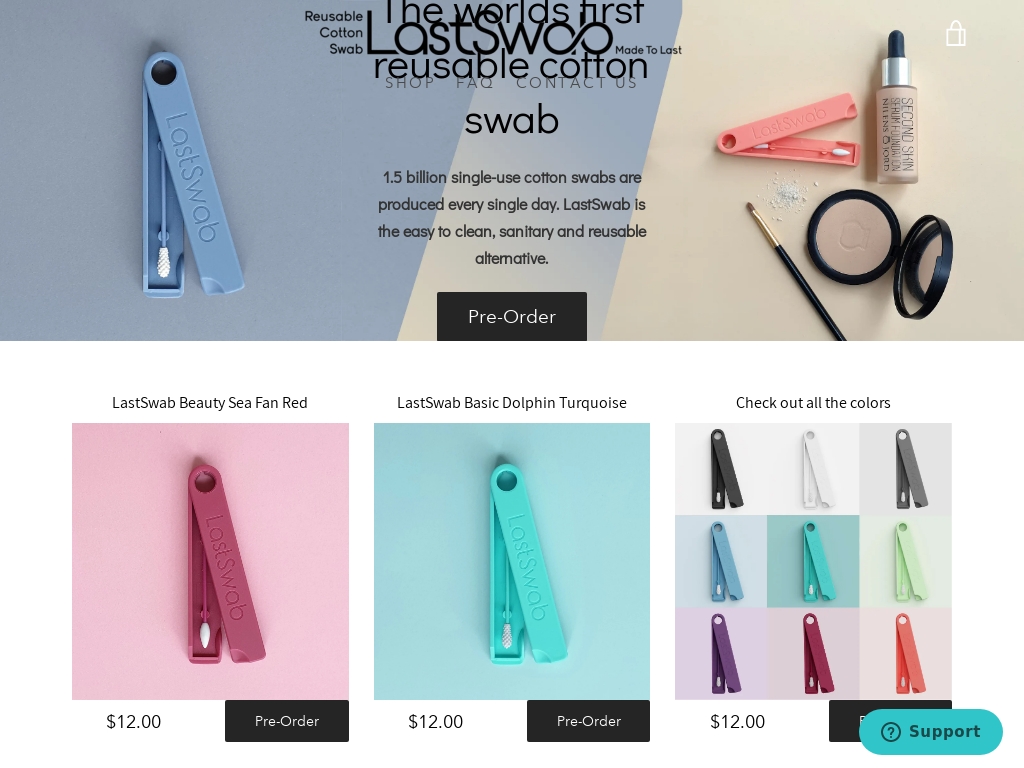
Danish start-up LastSwab, co-founded by Isabel, has received €1m ($1.2m) in crowdfunding on platforms including Kickstarter and Indiegogo, exhibiting the appetite for reusable products that reduce environmental pollution.
174. Pulseroll ($2.88M/year)
Founder Paul McCabe came up with the idea for Pulseroll after attending an innovation event in China and seeing a prototype for a vibrating foam roller. Recognizing the benefits of percussion therapy and the market opportunity, he launched the UK's first-ever vibrating foam roller and has since grown Pulseroll into a multi-million pound business with products stocked in over 20 countries.
How much money it makes: $2.88M/year
How much did it cost to start: $10K
How many people on the team: 0
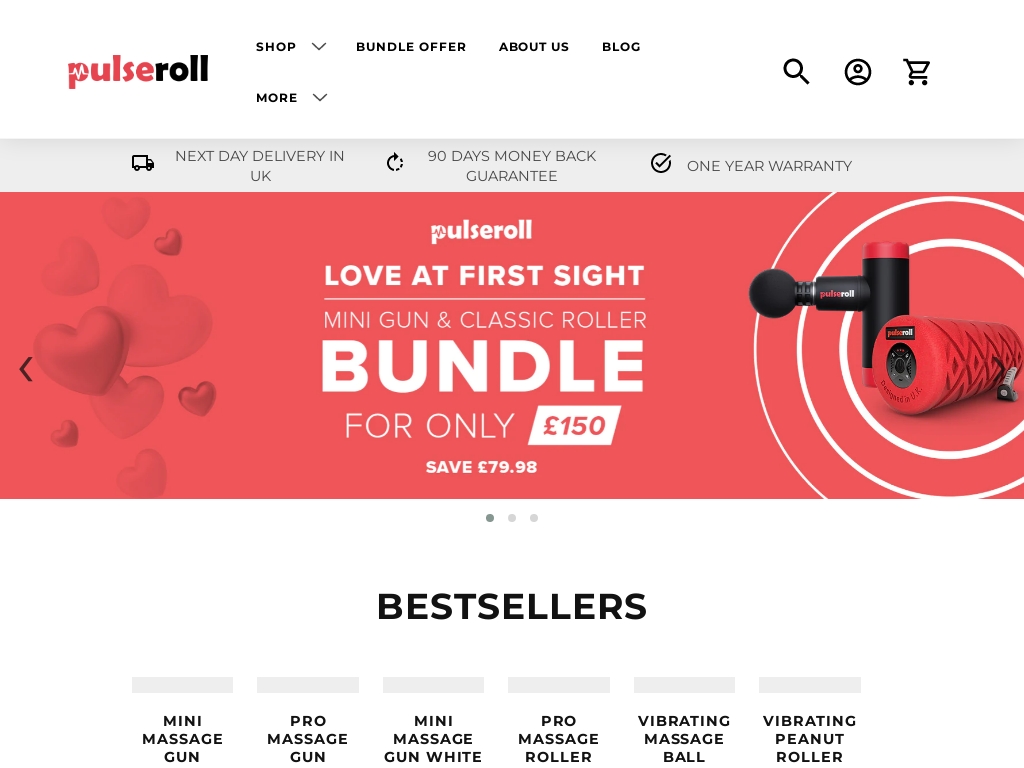
Pulseroll is a multi-million pound business that offers scientifically proven muscle recovery technology and has experienced year-on-year growth of 174%, making it a top competitor in the wellness tech industry.
175. Janus Motorcycles ($2.88M/year)
Richard Worsham, co-founder and lead designer of Janus Motorcycles, was inspired by his experience riding, working on, repairing, and customizing vintage motorcycles. With a background in architecture and a passion for automotive design, Richard and his partner leveraged their knowledge of small-bike culture and local manufacturing resources to create Janus Motorcycles. Since its launch in 2011, Janus has steadily increased sales by around 40% each year, earning $2.8 million annually.
How much money it makes: $2.88M/year
How much did it cost to start: $25K
How many people on the team: 16

Janus Motorcycles, a direct-to-consumer brand building handmade, classically styled motorcycles, has steadily increased sales by around 40% each year, relying on organic marketing, customer surveys, and extensive options for customization with a full menu of colors, upgrades, and add-ons to attract and retain customers, all while striving to offer the best ownership experience with personalized service and down-to-earth Midwestern hospitality.
176. Vizio Makeup Academy ($2.82M/year)
Anastasia Andreani, the founder of Vizio Makeup Academy, had a passion for beauty and a desire to help others feel confident. After years of working as a makeup artist and esthetician, she realized she could reach more people by offering online makeup courses. With very little capital and a lot of hard work, Anastasia and her partner built the academy from the ground up, enrolling over 3,300 students and generating $2.4 million in revenue. Their success led them to design and create their own cosmetic line, including custom vegan makeup brushes and highly pigmented eyeshadows. With plans to double and triple their earnings in the years to come, Anastasia aims to franchise Vizio Makeup Academy and continue making dreams come true.
How much money it makes: $2.82M/year
How much did it cost to start: $4K
How many people on the team: 15
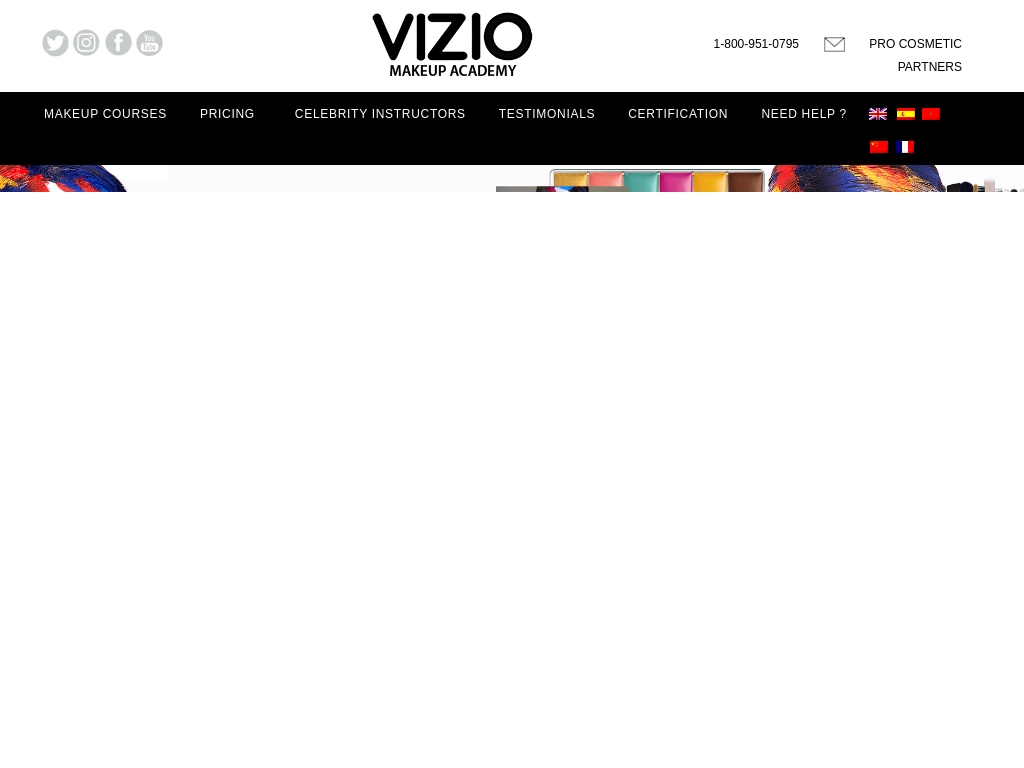
Online makeup academy, Vizio Makeup Academy, founded in 2011 by Anastasia Andreani and her partner, has enrolled over 3,300 students and generated $2.4M in revenue this year, by offering professional makeup courses online and creating their own cosmetic line.
177. CuddlyNest ($2.8M/year)
Ritesh Raj, the co-founder and COO of CuddlyNest, came up with the idea for the accommodation booking platform after years of traveling to over 100 countries and realizing the pain points of finding diverse types of accommodations. Alongside his co-founder, they decided to create a centralized platform that offers all kinds of properties for all types of travelers. Since its launch, CuddlyNest has raised over $14 million in funding and has plans for continued growth and expansion.
How much money it makes: $2.8M/year
How many people on the team: 72
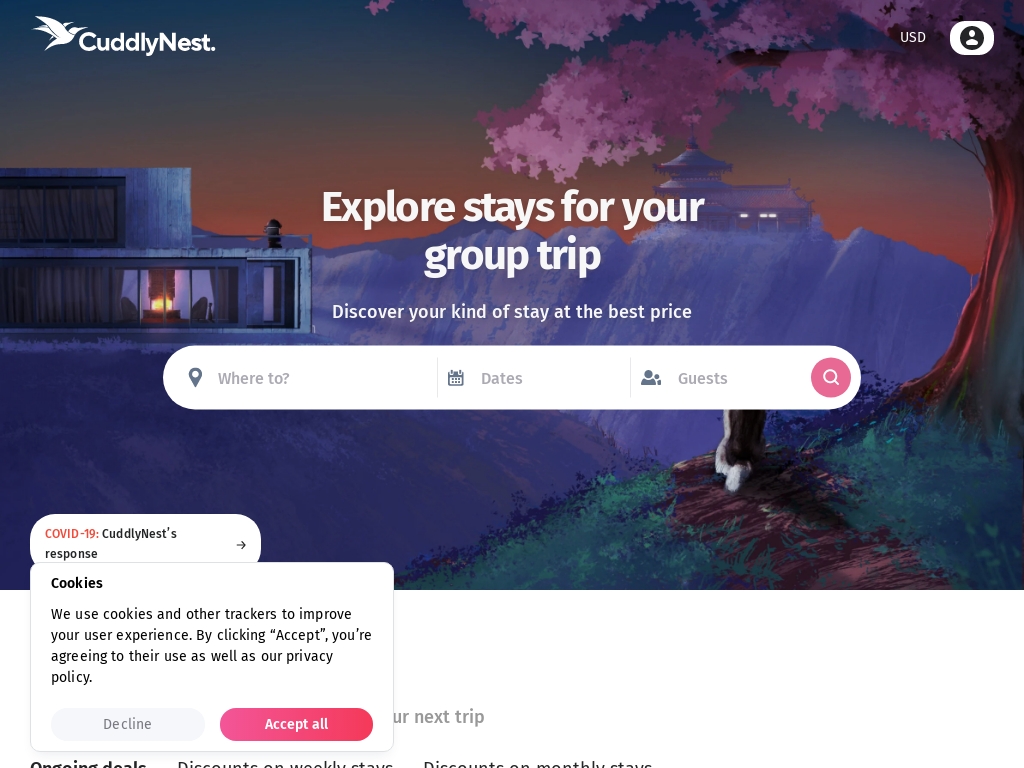
CuddlyNest has become the only online travel agency that offers all types of accommodations in one platform, with inventory currently including over 4 million properties of all types in 80k+ cities, and is expecting to hire more than fifty new employees in the coming months.
178. Hand Held Legend ($2.76M/year)
Founder Kyle Capel came up with the idea for Hand Held Legend while restoring old Game Boys as a hobby during graduate school. He began selling modified consoles on eBay and realized there was a market for DIY upgrades and modifications. After launching the company with a Shopify store and one product, they have experienced consistent revenue growth, with nearly 40% of sales coming from international customers.
How much money it makes: $2.76M/year
How many people on the team: 5

Founder Kyle Capel started Hand Held Legend, a DIY upgrade shop for vintage handheld consoles, which generates an average revenue of $27,000 a month and grew 30% in Q1 of 2020, offering an array of modern LCD upgrades for various consoles and serving an audience of mostly male customers aged between 13 and 45, 40% of which are international.
179. AGood Company ($2.64M/year)
Founder Anders Ankarlid was inspired to start AGood Company after experiencing the cataclysmic environmental effects of the summer of 2018 in Sweden. Realizing the need to address the climate crisis, Ankarlid used his background in entrepreneurship and eCommerce to create a sustainable and social impact startup. AGood Company sells elegant, everyday products made from sustainable materials, with flagship products including mobile cases made from linseed waste and stone paper notebooks made from recycled industrial waste marble. In just over a year, AGood Company has gained a global customer base of 30,000 customers and achieves an average monthly revenue of $220,000.
How much money it makes: $2.64M/year
How many people on the team: 12
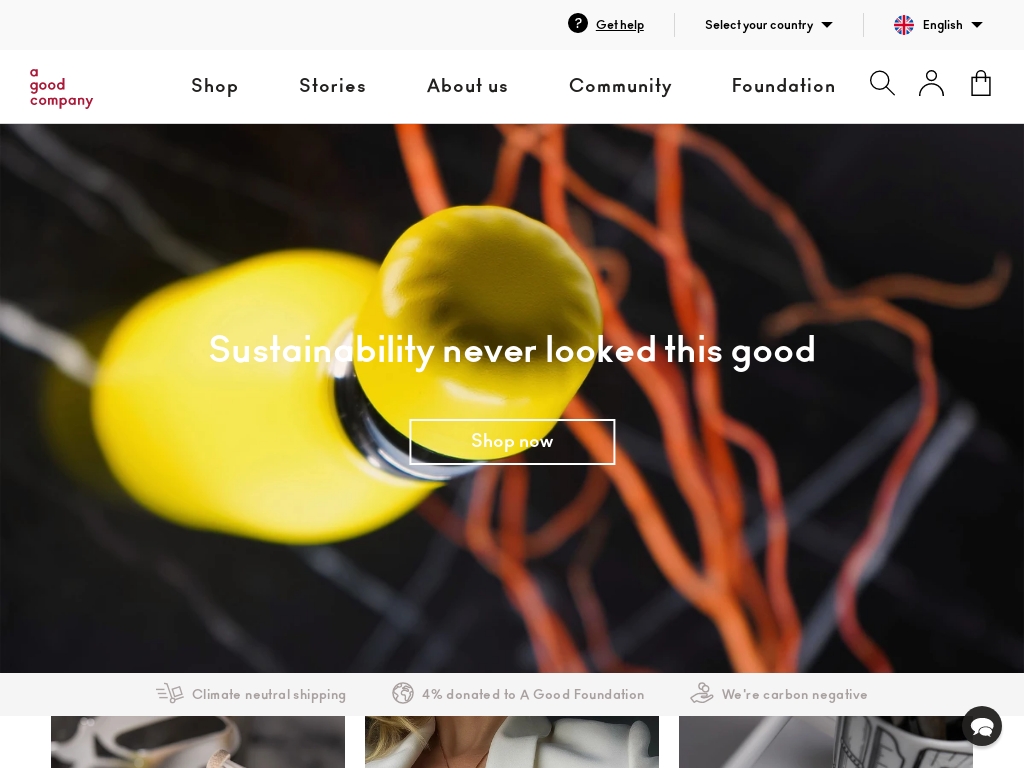
A sustainable and social impact startup founded in Stockholm, Sweden, Agood Company sells elegant, everyday products in sustainable materials, and has achieved a global customer base of about thirty thousand customers and average monthly revenue of $220,000 in just over a year, with a mission to inspire people to transform from mindless consumerism towards making more conscious decisions.
180. Populum ($2.64M/year)
Gunhee Park, the founder of Populum, came up with the idea for his direct-to-consumer CBD oil brand after experiencing a poor shopping experience in the CBD oil market. He recognized the opportunity to create a high-quality brand that reframed how people view CBD, offering trustworthy products with stellar customer service. Through manual strategies like word-of-mouth and engaging with individual blogs and forums, Park organically grew his business, which now boasts a monthly sales of $220K and an impressive $3M ARR.
How much money it makes: $2.64M/year
How many people on the team: 7
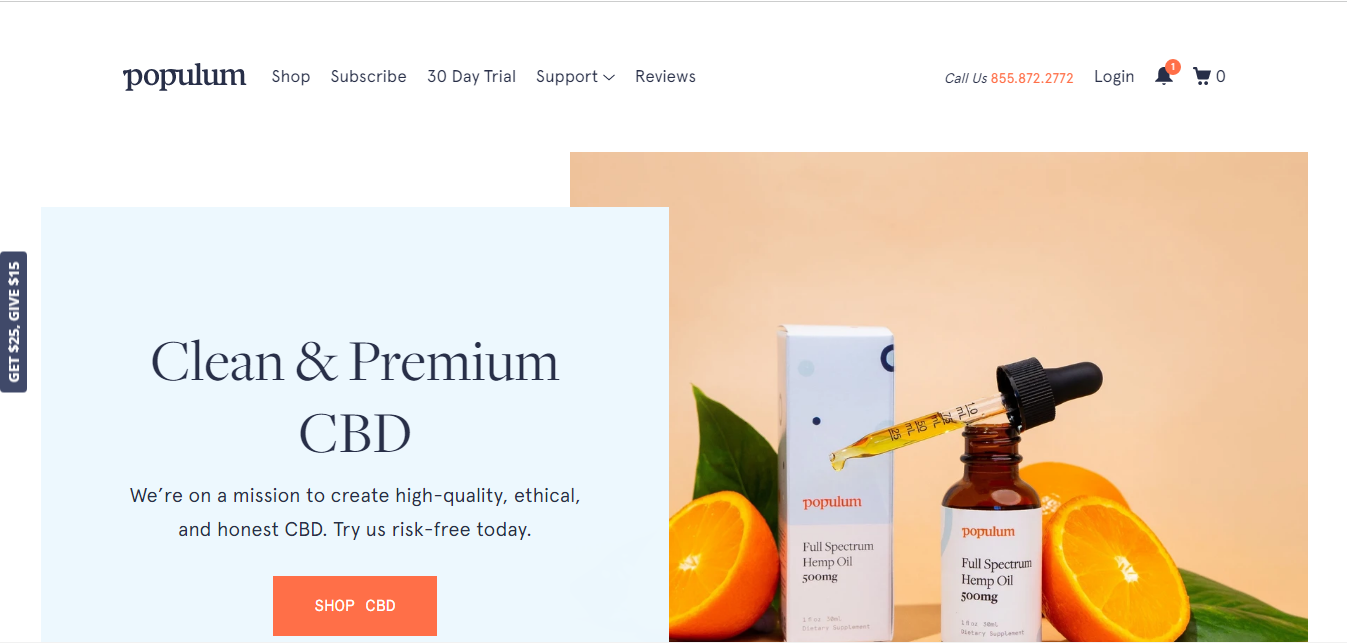
CBD oil brand Populum grew from $650K to $1.4M in annual revenue in just one year, with monthly sales of $220K and an ARR of $3M, due to investing in high-quality, trustworthy hemp products and stellar customer service.
181. Pain Care Labs a dba of MMJ Labs ($2.5M/year)
As a pediatric emergency doctor, the founder of Pain Care Labs, Amy Baxter, invented a vibrating ice pack bee called Buzzy(r) to block pain from her kids' vaccinations. After receiving positive feedback and realizing the potential impact on patients, she applied for a $1.1 million NIH grant to research and develop Buzzy. With the success of Buzzy, Amy decided to leave medicine and become a full-time CEO, expanding her product range to include VibraCool and DuoTherm devices.
How much money it makes: $2.5M/year
How much did it cost to start: $150K
How many people on the team: 7

Pain Care Labs, founded by a pediatric emergency doctor after inventing a vibrating ice pack bee, Buzzy, has sold over 31 million units while focusing on non-pharmaceutical pain relief, and recently launched a crowdfunding campaign for their latest product, DuoTherm.
182. Custom License Plates ($2.42M/year)
Jerome Bulkan came up with the idea for Licenseplates.tv after struggling to find a German license plate for his own car. He saw a demand for German license plates in South Florida, so he flew to Germany, learned the manufacturing process, and started Euro Sign in 1987. The business eventually expanded to offer license plates from around the world and transitioned to online sales with the launch of Licenseplates.tv in 2003, becoming the first eCommerce store to offer customizable license plates. Today, Licenseplates.tv generates over $200,000 in monthly revenue and is trusted by auto enthusiasts, car collectors, museums, and motion picture studios.
How much money it makes: $2.42M/year
How much did it cost to start: $200K
How many people on the team: 15
Licenseplates.tv, founded by Jerome Bulkan and his brother Andy in 1987, manufactures authentic-look license plates for over 140 countries and over 90 states and provinces, with monthly revenues exceeding $200,000, and went live with their eCommerce store that enabled shoppers to customize their license plates online and review them before adding to the shopping cart back in 2003, serving automotive collectors, museums, high-end automobile auctioneers, and virtually all motion picture studios in Hollywood.
183. Fragrance One ($2.42M/year)
Kamil Banc and his brother Jeremy co-founded Fragrance One to help customers find the perfect scents for different situations. With Jeremy's expertise as a top fragrance influencer and reviewer, they launched their flagship product, OFFICE for Men, through a record-setting crowdfunding campaign, pre-selling almost $940k worth of fragrance. Today, Fragrance One is generating $200k per month in revenue, with a focus on new customer acquisition and expanding their product lineup.
How much money it makes: $2.42M/year
How much did it cost to start: $100K
How many people on the team: 2
Fragrance One co-founder Kamil Banc shares how they created a fragrance line that generates $200,000 per month through a $900,000 Kickstarter campaign and a focus on creating scents designed for specific situations, and offers advice for other entrepreneurs to "adapt and create."
184. Sticker it ($2.4M/year)
David Rubie-Todd, the co-founder of Sticker it, came up with the idea for the business while running Kartdavid, a company that designed and manufactured custom graphics for motorsport. After experiencing the limitations and poor quality of local sticker shops, David and his brother decided to start their own sticker printing business in 2018. They have since grown the company to $125,000/month in revenue, expanding into multiple countries and focusing on providing high-quality, customizable products.
How much money it makes: $2.4M/year
How much did it cost to start: $13K
How many people on the team: 16
Sticker It is a custom sticker business that has grown to $125,000/month in revenue and 4x YoY growth by using technology to enhance the buying experience and expanding into multiple countries, with plans to launch throughout Europe in 2022, offering high-quality custom products for small and large brands worldwide.
185. Plaine Products ($2.4M/year)
Hello! Meet Lindsey McCoy, the CEO of Plaine Products, a hair and body care company that is on a mission to eliminate single-use plastic bottles. After witnessing the environmental impact of plastic pollution during her time in The Bahamas, Lindsey decided to create a solution by offering refillable aluminum bottles. With over 300,000 plastic bottles diverted from landfills and oceans, Plaine Products is making a significant impact in the fight against plastic waste.
How much money it makes: $2.4M/year
How much did it cost to start: $50K
How many people on the team: 6
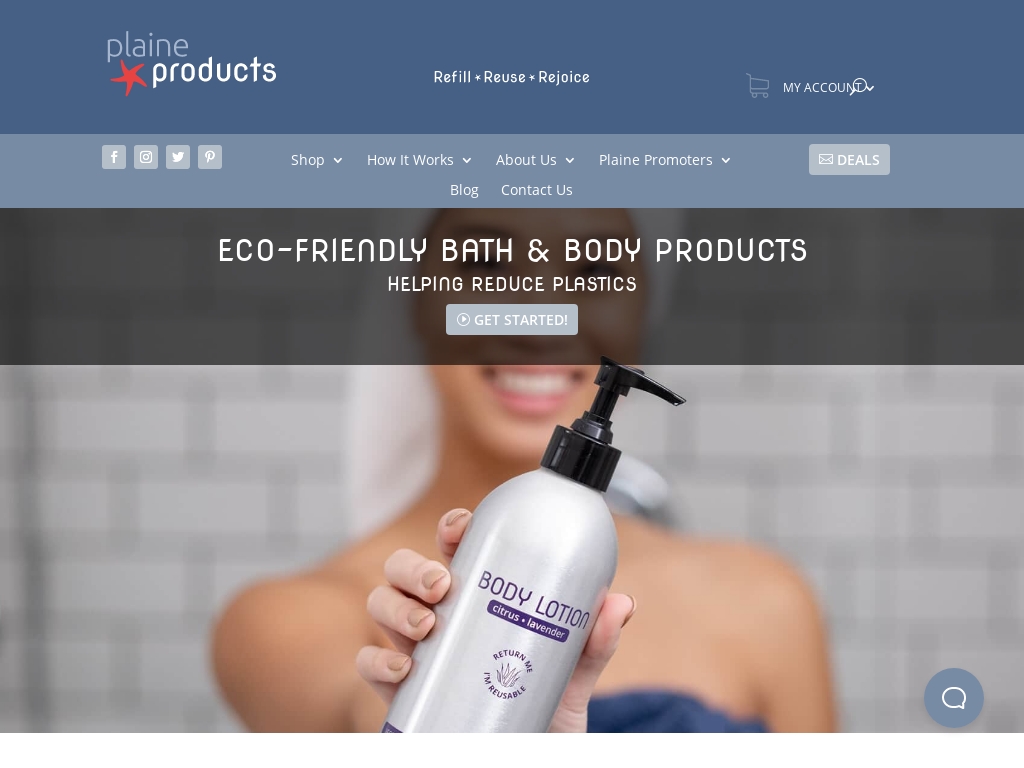
Plaine Products CEO, Lindsey McCoy, rids the world of single-use plastic bottles and turns her passion for sustainability into a $2.4M/year hair and body care brand, diverting over 300,000 plastic bottles from landfills and oceans.
186. Siren Snacks ($2.4M/year)
Elizabeth Giannuzzi, co-founder and CEO of Siren Snacks, came up with the idea for the business when she switched to a vegan diet and found it challenging to find plant-based protein snacks that tasted good and had clean ingredients. Along with her sister, she started making their own protein bites in their dorm room kitchen and soon realized that others faced the same struggle. They began manufacturing the snacks themselves and eventually expanded to over 7,000 stores across the US.
How much money it makes: $2.4M/year
How much did it cost to start: $40K
How many people on the team: 4

Siren Snacks Co-founder and CEO Elizabeth Giannuzzi started her plant-based snack company by creating protein bites in her dorm room and now has 7,000 retail stores across the US, including Whole Foods, Target, and CVS.
187. Encircled ($2.4M/year)
Kristi, the founder and CEO of Encircled, came up with the idea for her business out of frustration with a lack of versatile and stylish travel clothing while packing for a yoga retreat. She realized that she had brought too much stuff and none of her pieces were versatile, sparking the idea for creating multi-functional garments. Starting with just one product in her 500 sq. foot condo, Encircled has now grown to a team of 10 with over 35 products, experiencing over 300% growth in the past two years.
How much money it makes: $2.4M/year
How many people on the team: 10
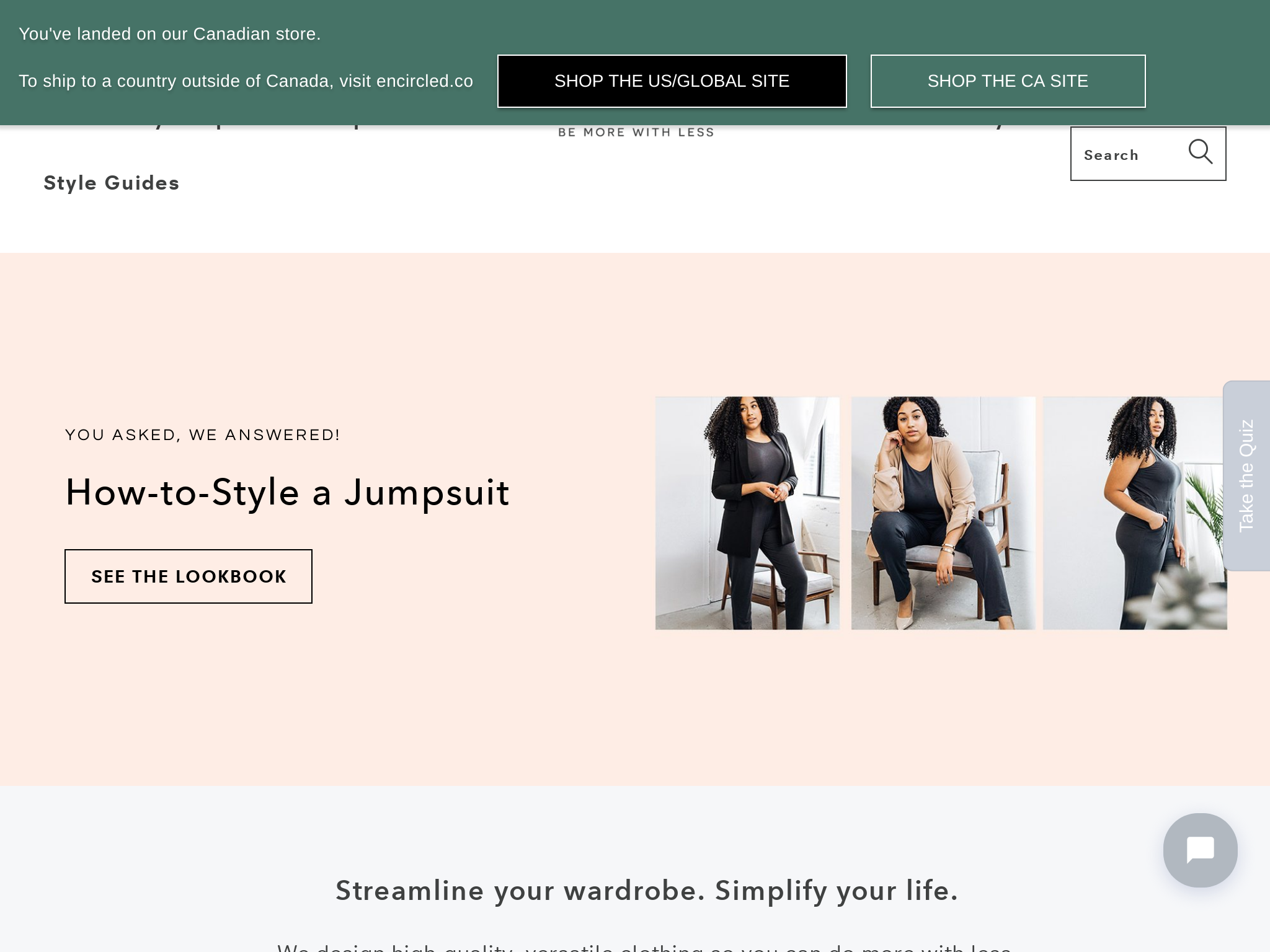
Encircled is a sustainable fashion brand that has achieved over 300% growth in the past two years through a direct-to-consumer eCommerce model and a focus on versatile, responsibly-made, and timeless designs, with a marketing strategy that emphasizes content and email.
188. HalalWorldDepot ($2.4M/year)
Mohamad Saad, one of the founders of HalalWorldDepot, launched the business as a side hustle to list Halal products from his father's store online. With an initial investment of $5,000 for the website and shipping materials, the company quickly gained traction and now boasts a customer return rate of 50-60% and steady profitability. The future looks promising as HalalWorldDepot continues to expand and serve the growing community of Muslims in the United States.
How much money it makes: $2.4M/year
How much did it cost to start: $5K
How many people on the team: 10

HalalWorldDepot is a Halal online marketplace that started three years ago as a meat and grocery delivery service and has now expanded to offer a wide variety of Halal products, with a customer return rate of 50-60%, profitability at 16-25%, and over 10,000 customers, with plans to expand to Canada and the United Kingdom within three to five years.
189. Engravers Guild ($2.4M/year)
Elliot Bishton, the founder of Engravers Guild, came up with the idea for his online personalized gift retailer after witnessing the market split between low-cost providers and expensive designer offers. He aimed to fill the gap by delivering premium products at more affordable prices. Starting with only seven pairs of cufflinks, Engravers Guild has now expanded to over 200 lines and is clearing $30,000 per month in revenue.
How much money it makes: $2.4M/year
How much did it cost to start: $50K
How many people on the team: 7

Engravers Guild, an online personalised gift retailer, has expanded its collection from seven cufflink pairs to over 200 lines and now turns over more than $30,000 per month, a significant increase from its $3,000 turnover 18 months ago.
190. Buckle Me Baby Coats ($2.4M/year)
Dahlia Rizk, a New Hampshire mom of three, came up with the idea for Buckle Me Baby Coats when a Facebook post she shared of her nephew wearing the coat went viral. Realizing the need for a car seat-friendly winter coat, Dahlia designed a coat with shoulder seams that open and a side zipper, eliminating the need to take off the coat before strapping the child in. With a strong demand and impressive sales of $50,000 a month, Buckle Me Baby Coats is set to continue its steady growth.
How much money it makes: $2.4M/year
How many people on the team: 1

A New Hampshire Mom of three founded Buckle Me Baby Coats two years ago, which now makes $50,000 monthly, offering a puffy winter coat designed to safely use in the car seat.
191. Evolue Skincare ($2.4M/year)
Jean Seo, the creator of Evolue x Lue Skincare, came up with the idea for her business after one of her clients expressed interest in natural anti-aging alternatives. As a pioneer in the clean, multifunctional, and non-binary skincare market, Jean used her knowledge of skincare ingredients and formulations to create her hero product, the Super Oil Face Serum, which has sold over 300k units. With a focus on quality, transparency, and exceptional customer service, Evolue has retained a loyal client base and attracted endorsements from A-list celebrities.
How much money it makes: $2.4M/year
How much did it cost to start: $50K
How many people on the team: 10
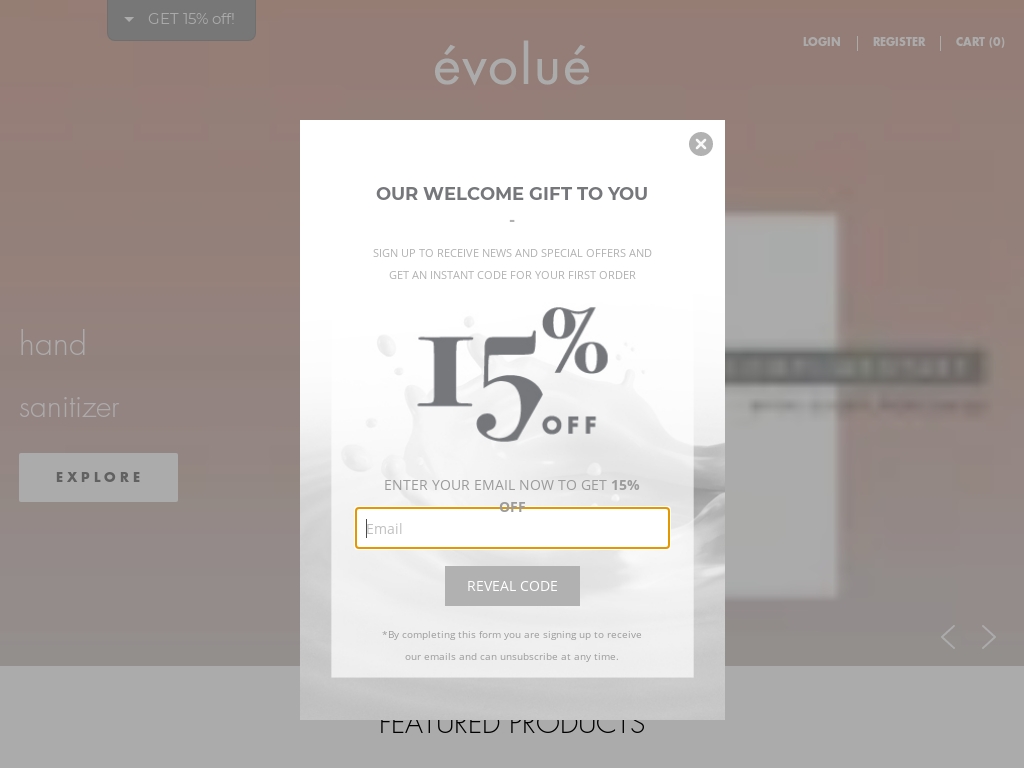
Evolue x Lue Skincare generated $2.4 million revenue last year, selling 300k units of spot treatment and winning 3 Instyle Beauty awards, while pursuing transparency in ingredients, excellent customer service, and non-binary branding.
192. Love Is Project ($2.4M/year)
Love is Project founder, Chrissie Lam, started her business after leaving a career in corporate fashion. Inspired by the Maasai tribe's vibrant colors, she designed a simple LOVE bracelet with the goal of creating jobs for their community. A viral social media campaign, celebrity endorsements, and partnerships with American Eagle Outfitters and Whole Foods helped the brand gain traction, and they have since generated over $1.2 million in revenue.
How much money it makes: $2.4M/year
How many people on the team: 2
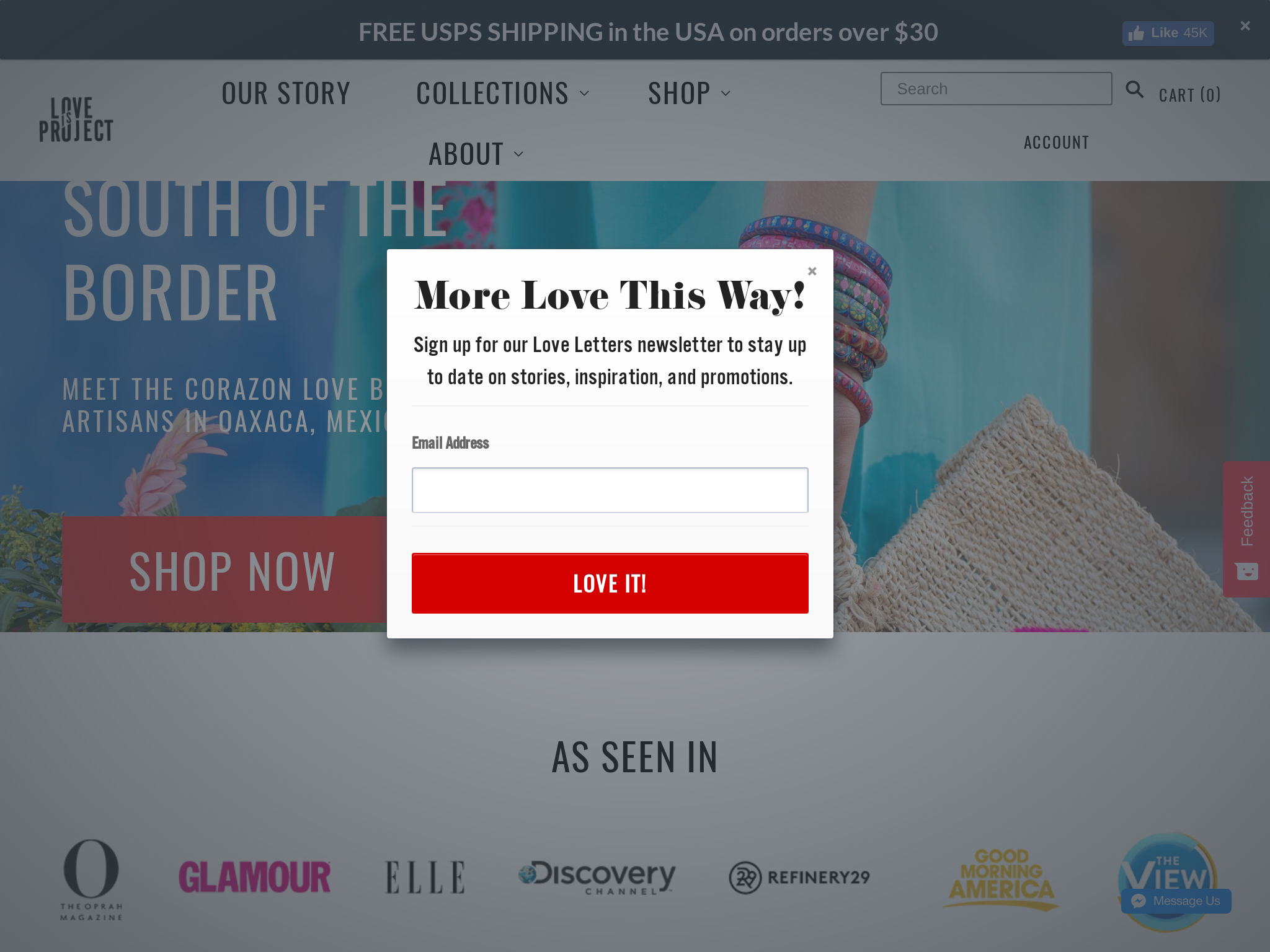
Love Is Project generated over $1.2 million in revenue by utilizing a "Pay It Forward" business model, creating 1,200+ jobs for female artisans around the world, and utilizing storytelling to attract and retain customers.
193. PureFilters ($2.4M/year)
Jay Vasantharajah accidentally stumbled into the business of selling furnace filters online while working at his digital marketing agency. After his initial client decided not to pursue the idea, Jay couldn't resist exploring the e-commerce landscape and decided to create a WooCommerce website as a side project. To his surprise, he started making sales and PureFilters was born.
How much money it makes: $2.4M/year
How much did it cost to start: $1K
How many people on the team: 4

PureFilters is an online supplier of furnace filters in Canada with a focus on customer experience, boasting a wide selection of the best brands and a roster of 300 five-star reviews, all achieved through rigorous process building, investments in automation and use of outsourced help to manage this $60k/mo business with less than 10-12 hours spent per week.
194. Toybox ($2.4M/year)
Ben Baltes, the co-founder and CEO of Toybox, came up with the idea for their 3D printer and creativity platform when he and his friends realized the potential of bringing 3D printing capabilities into kids' homes. They saw that kids could not only print their favorite toys but also have the ability to modify or design their own custom toys. Despite facing setbacks and challenges, Toybox has grown from selling only 2 units in its first 2 months to generating millions of dollars in revenue annually.
How much money it makes: $2.4M/year
How much did it cost to start: $10K
How many people on the team: 3
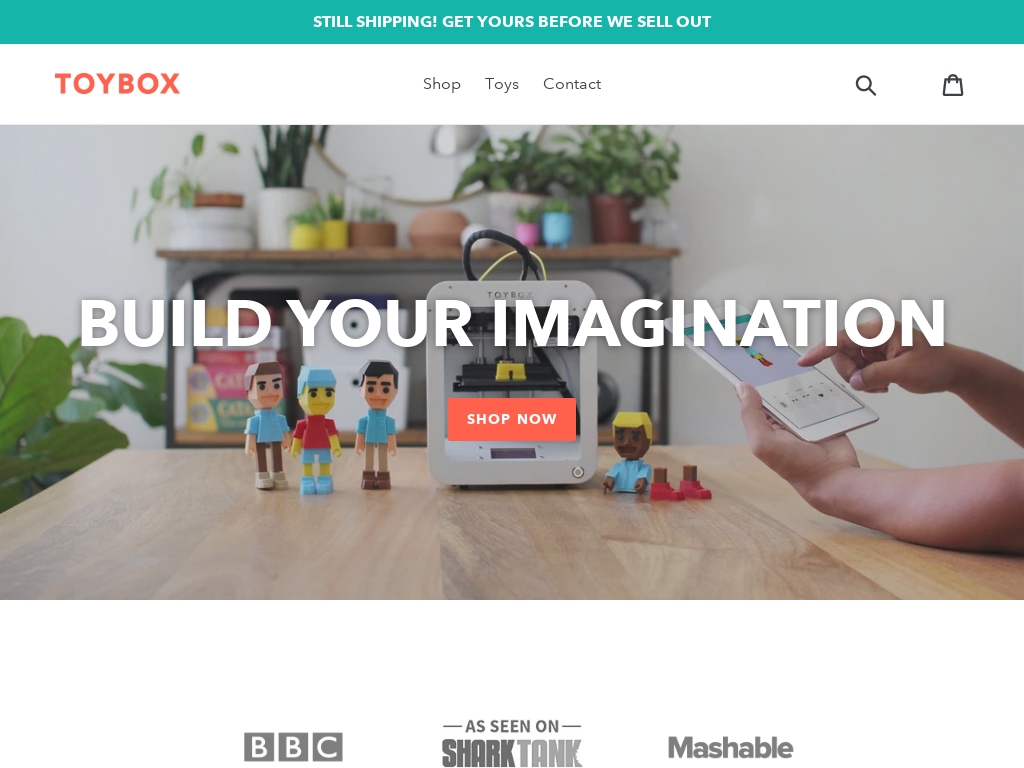
Toybox Labs co-founder and CEO Ben Baltes shares his journey of creating a 3D printer and creativity platform for kids, including brutal setbacks and incredible successes, resulting in millions of dollars of revenue a year, and offers a discount for those interested in purchasing.
195. KPOP Foods ($2.4M/year)
Theo Lee, co-founder and CEO of KPOP Foods, came up with the idea for the business based on his love for Korean food and the desire to share it with others. Along with his co-founder, Mike Kim, they wanted to create a Korean food brand that not only offered delicious products but also represented the vibrant and energetic atmosphere of Korean culture. They launched their first product, KPOP Sauce, through a successful Kickstarter campaign, which funded within the first eight hours and ended with nearly $40,000 from over 1,200 backers.
How much money it makes: $2.4M/year
How many people on the team: 5
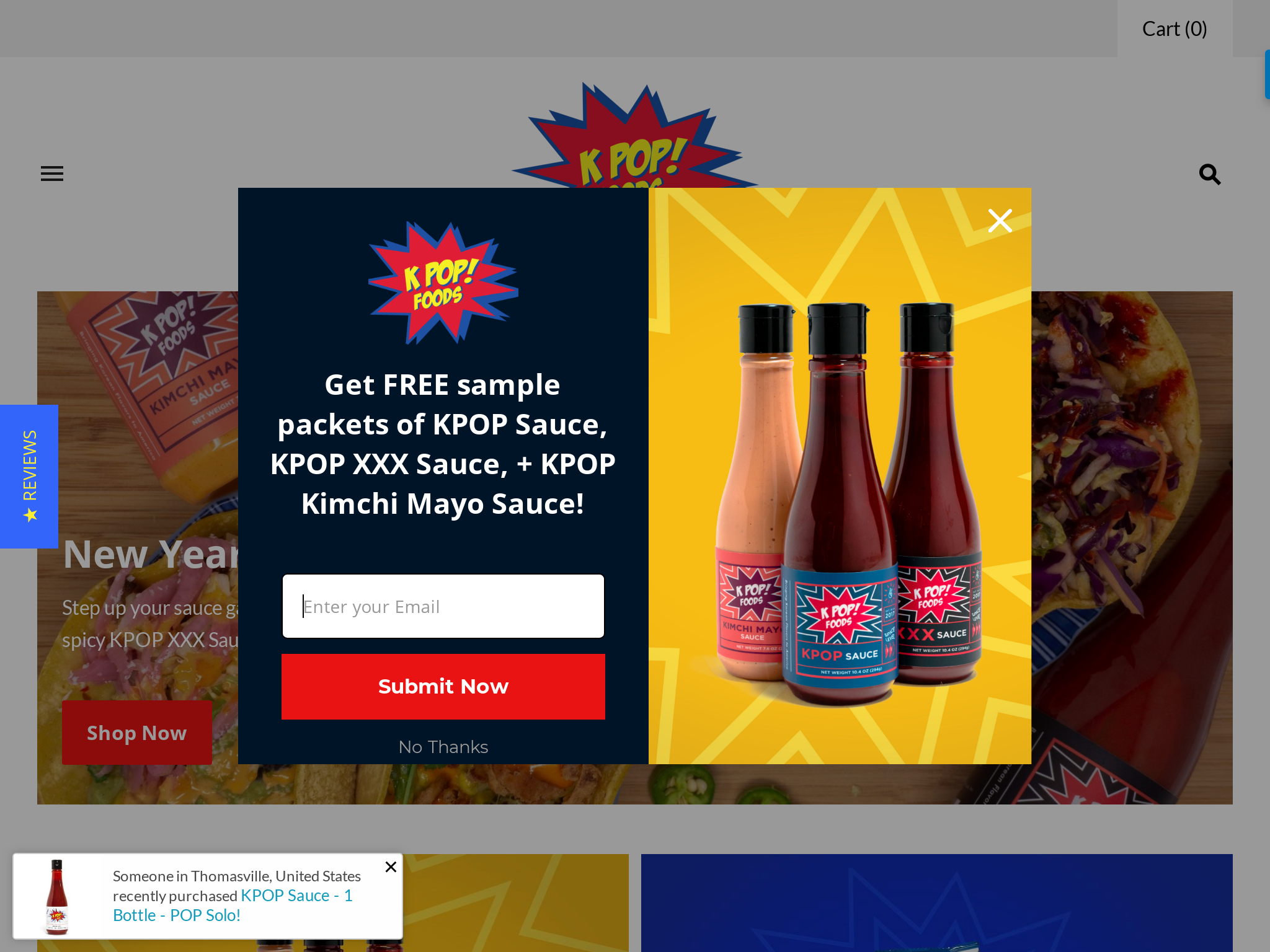
KPOP Foods, a Korean food company, generated nearly $100,000 in revenue since last year through its successful Kickstarter campaign and Amazon's Choice badge; they have entered over 90 specialty stores throughout the west coast and are currently raising an investment round to expand their distribution into major retailers and are launching new sauces later this year.
196. RIPT Apparel ($2.4M/year)
TJ Mapes, along with his friends Matt Ingleby and Paul Friemel, came up with the idea for RIPT Apparel after discovering a website that sold limited edition t-shirts with a countdown timer. Impressed by the FOMO-inducing business model and the opportunity to showcase artists' work, they decided to create their own platform for pop-culture parody artwork. With their combined skills in web design, logistics, and art, they launched the business with just $1,000 each and have since worked with hundreds of artists and paid out hundreds of thousands of dollars in revenue.
How much money it makes: $2.4M/year
How many people on the team: 0

Three college friends created a full-fledged business with initial investments of $1,000 each, resulting in RIPT Apparel, a destination for nostalgic, pop-culture parody and limited edition mashup artwork sold on t-shirts, hoodies and more, working with hundreds of artists and paying out hundreds of thousands of dollars to their community of talented artists.
197. Popov Leather ($2.4M/year)
Ryan Popoff, the founder of Popov Leather, started the business as a hobby after graduating from art school. He made a wallet that he was proud of, listed it on Etsy, and to his surprise, someone bought it. From there, sales continued to increase and after two years of working a day job, Ryan was able to quit and focus on Popov Leather full time. Now, 6 years later, the business has grown to employ 10 people full time and has generated over $850,000 in revenue in 2018.
How much money it makes: $2.4M/year
How much did it cost to start: $200
How many people on the team: 21
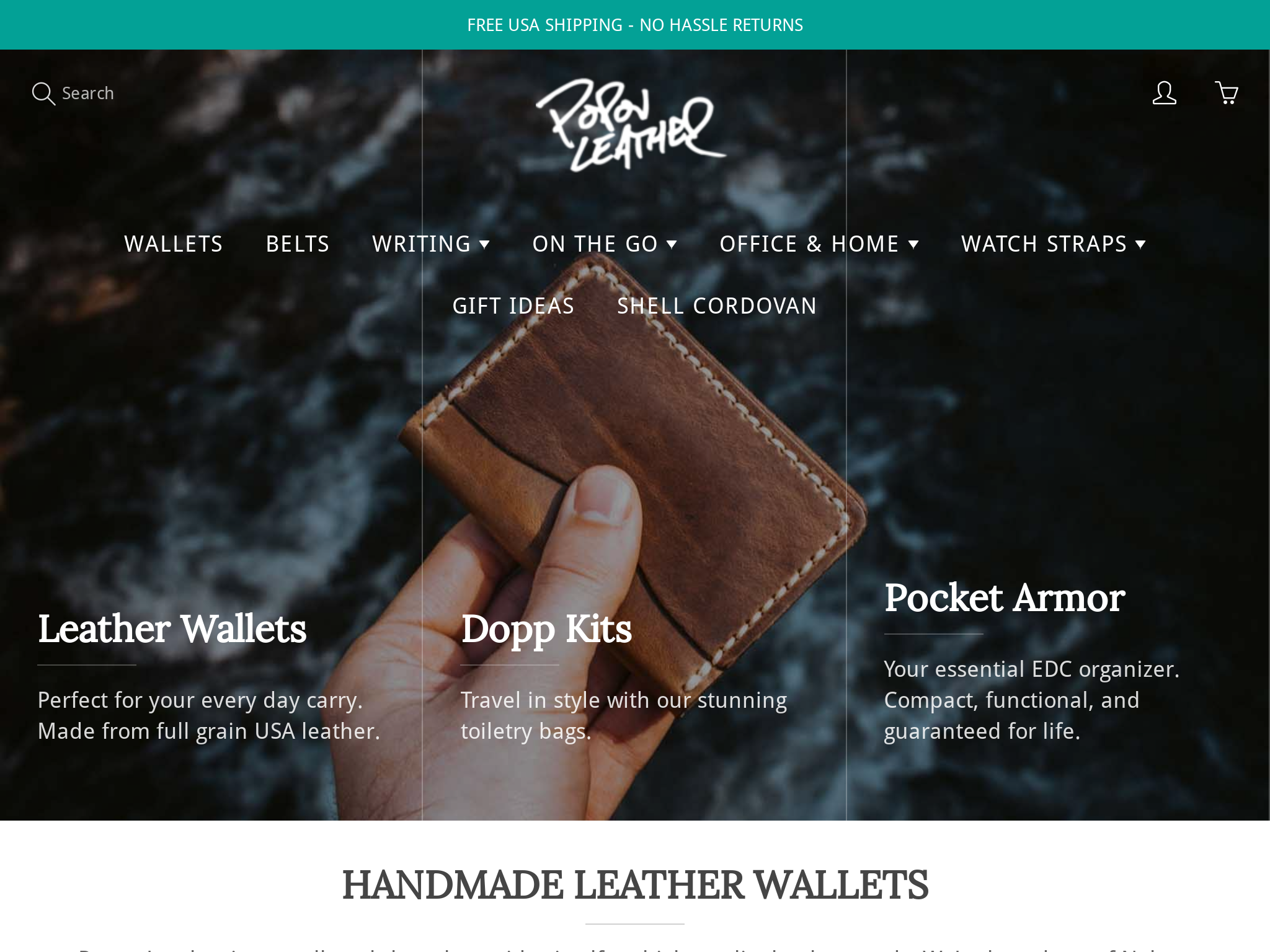
Popov Leather is a Canadian company that makes and sells small leather goods online, with 2018 generating over $850k in revenue and doubling in revenue year-over-year since 2013 through direct-to-consumer sales, primarily for wallets, and backed by great customer service.
198. Natural Stacks ($2.4M/year)
Benjamin Hebert, co-founder of NaturalStacks.com, came up with the idea for the supplement company after experiencing the lack of transparency and trust in the supplement industry. As a consumer, he realized the need for a brand that would provide honest information about ingredients and formulas. With the launch of their flagship product, CILTEP, Natural Stacks has gained success and built a loyal customer base.
How much money it makes: $2.4M/year
How many people on the team: 10

NaturalStacks.com co-founder Benjamin Hebert shares how the company thrives in the competitive supplement industry with a patented nootropic formula and prioritizes transparency, customer experience, and niche marketing to grow its business, which generated over $100,000 in revenue in its first 100 days.
199. Meowijuana ($2.4M/year)
Chris Glissman, the founder of Meowijuana, came up with the idea for his catnip company while working as a cable guy and using "Meowijuana" as a code word for arranging meetings with his co-workers. The idea stuck with him, and in 2005 he claimed the domain name and eventually acquired the business. Today, Meowijuana is an emerging global brand with a wide range of catnip products available in thousands of pet retailers worldwide, generating $200k in monthly revenue.
How much money it makes: $2.4M/year
How much did it cost to start: $50K
How many people on the team: 11
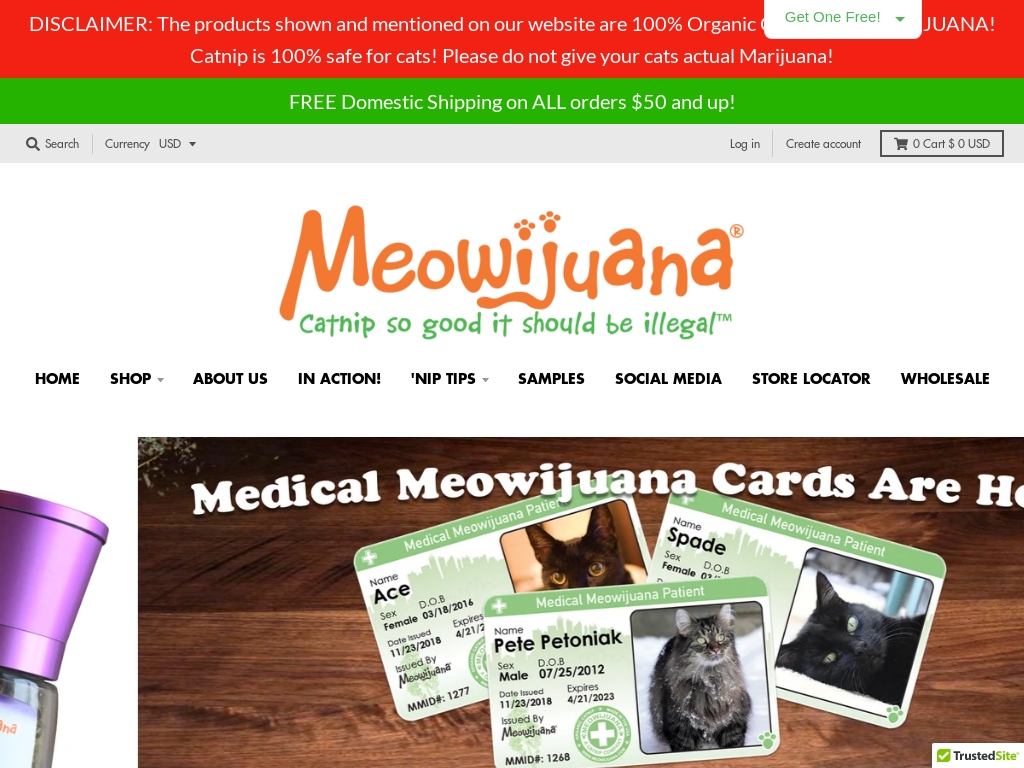
Meowijuana, a catnip company founded in a one-car garage, has now become an emerging global brand with $200K in monthly revenue, selling catnip products in thousands of pet retailers worldwide, with 90% of sales coming from brick and mortar stores and national retail chains.
200. Flyby ($2.4M/year)
Eddie came up with the idea for Flyby after experiencing the effectiveness of a hangover cure remedy during a trip to Japan, where heavy drinking is a significant part of the culture. Realizing that there was a lack of effective hangover solutions in the US market, Eddie conducted market research and created a landing page to gauge interest. After receiving positive feedback and conducting extensive product testing, he launched Flyby with a successful Product Hunt campaign and leveraged influencer marketing to gain traction.
How much money it makes: $2.4M/year
How many people on the team: 1

Flyby is a health and wellness startup that launched in March 2017 with a flagship product called Flyby Recovery, which has since helped the company hit $1m in sales in under 10 months, and grow to $200k/mo in sales, with plans to do $2.5m this year.
201. Knife Aid ($2.4M/year)
After successfully starting Happy Socks, Mikael Soderlind was motivated to create another business that filled a gap in the market. Inspired by his own love for cooking and realizing the need for a convenient knife sharpening service, he founded Knife Aid. Through smart marketing strategies, PR efforts, and a focus on customer satisfaction, Knife Aid has seen impressive growth, currently trading at $250,000 per month and continuing to increase month over month.
How much money it makes: $2.4M/year
How many people on the team: 20

Knife Aid, a mail-in knife sharpening service, has seen a steady increase in sales month over month since launching in early 2019 and is now trading at $250,000 per month largely due to the service being "something every American home is in need of," gaining huge PR boosts, and offering a unique supply-and-repair service that requires very low investment.
202. Human Tonik ($2.4M/year)
Adam Wright, the founder of SuperGreen TONIK, came up with the idea for his business after struggling with chronic fatigue and a lack of nutritional supplements that met his needs. With his background in web development and digital marketing, he decided to create a greens powder that provided the ingredients he desired and tasted good. Since its launch in August 2019, the brand has seen significant growth and aims to achieve 7-figure revenue in its second year.
How much money it makes: $2.4M/year
How much did it cost to start: $50K
How many people on the team: 1
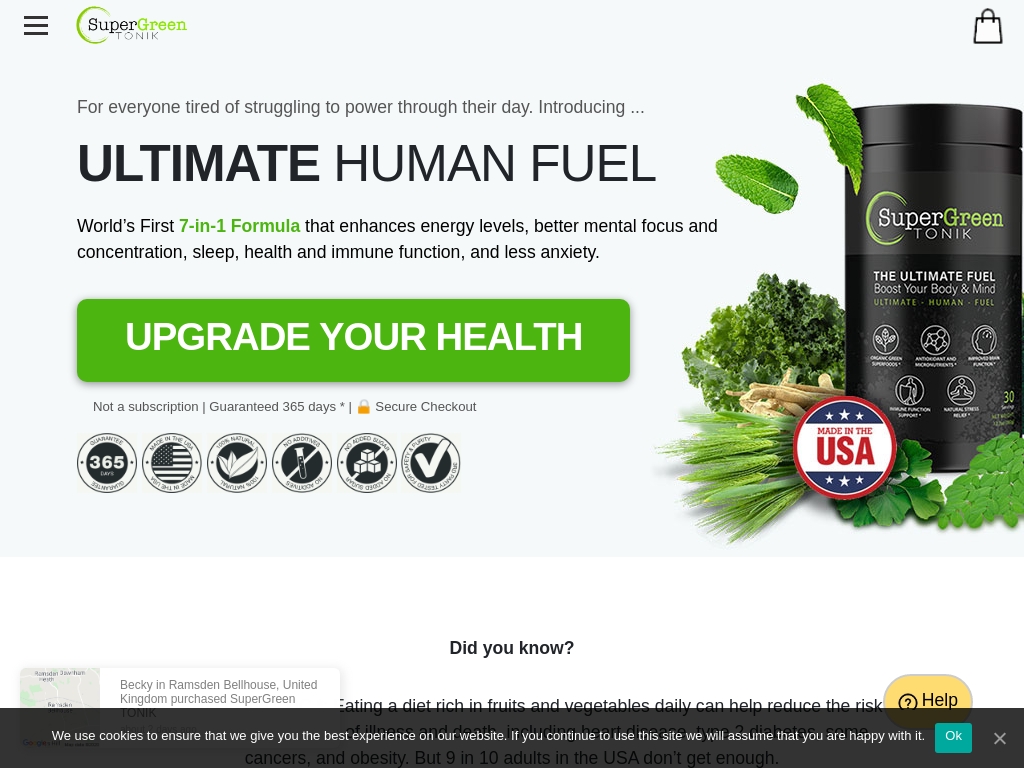
SuperGreen TONIK's founder developed a greens powder supplement with 38 superfood nutrients, adaptogenic herbs, vitamins, and minerals that achieved $250k in sales in its first year and is looking to hit 7-figures in its second year, thanks to transparency, repeat customers, and focusing on fewer, properly dosed ingredients.
203. Sheets & Giggles ($2.4M/year)
Colin McIntosh, the founder of Sheets & Giggles, came up with the idea for his business after leaving a tech startup in 2017. He wanted to start his own company and decided to launch a crowdfunding campaign for a physical product brand. After validating the product through Facebook ads and collecting over 11,000 interested buyer emails, he launched Sheets & Giggles on Indiegogo with 500 customers on day one and $45,000 in funding.
How much money it makes: $2.4M/year
How many people on the team: 6
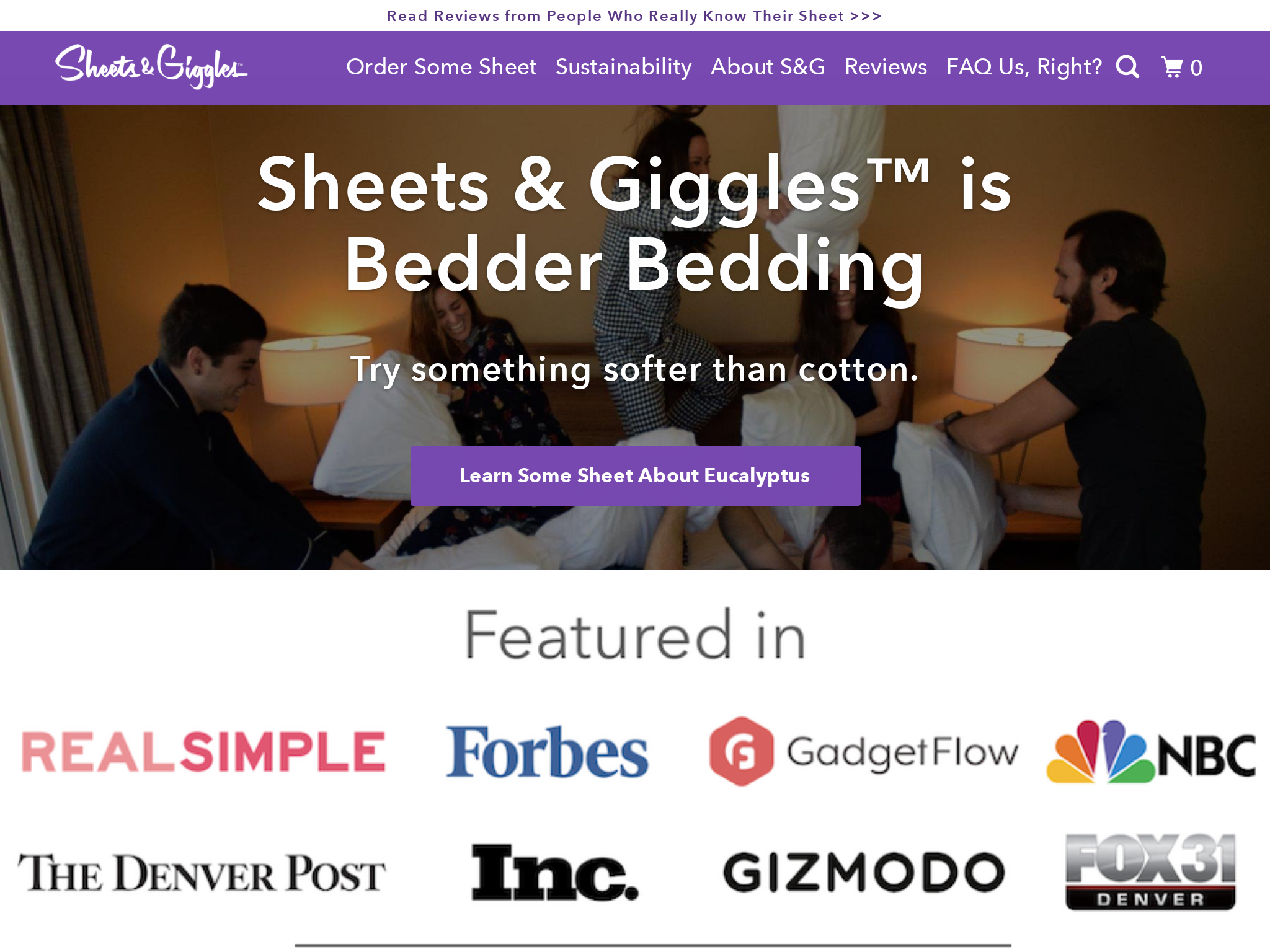
Sheets & Giggles, an eco-friendly bedding brand, earned nearly $500,000 and 6,000 orders in the first 6 months of business through Indiegogo, and utilizes pun-based marketing and a DTC model to tap into a fragmented, low brand loyalty market.
204. Woodies ($2.28M/year)
Cory had previously launched a semi-successful watch brand. Due to his watch business, he traveled a couple of times to China, and after one of the trips, he came back with the idea for wood sunglasses. Wood sunglasses seemed awesome so Cody tried to jump on them early. He was able to sell 8,000 glasses in a week with a launch on Groupon.
How much money it makes: $2.28M/year
How much did it cost to start: $5K
How many people on the team: 1
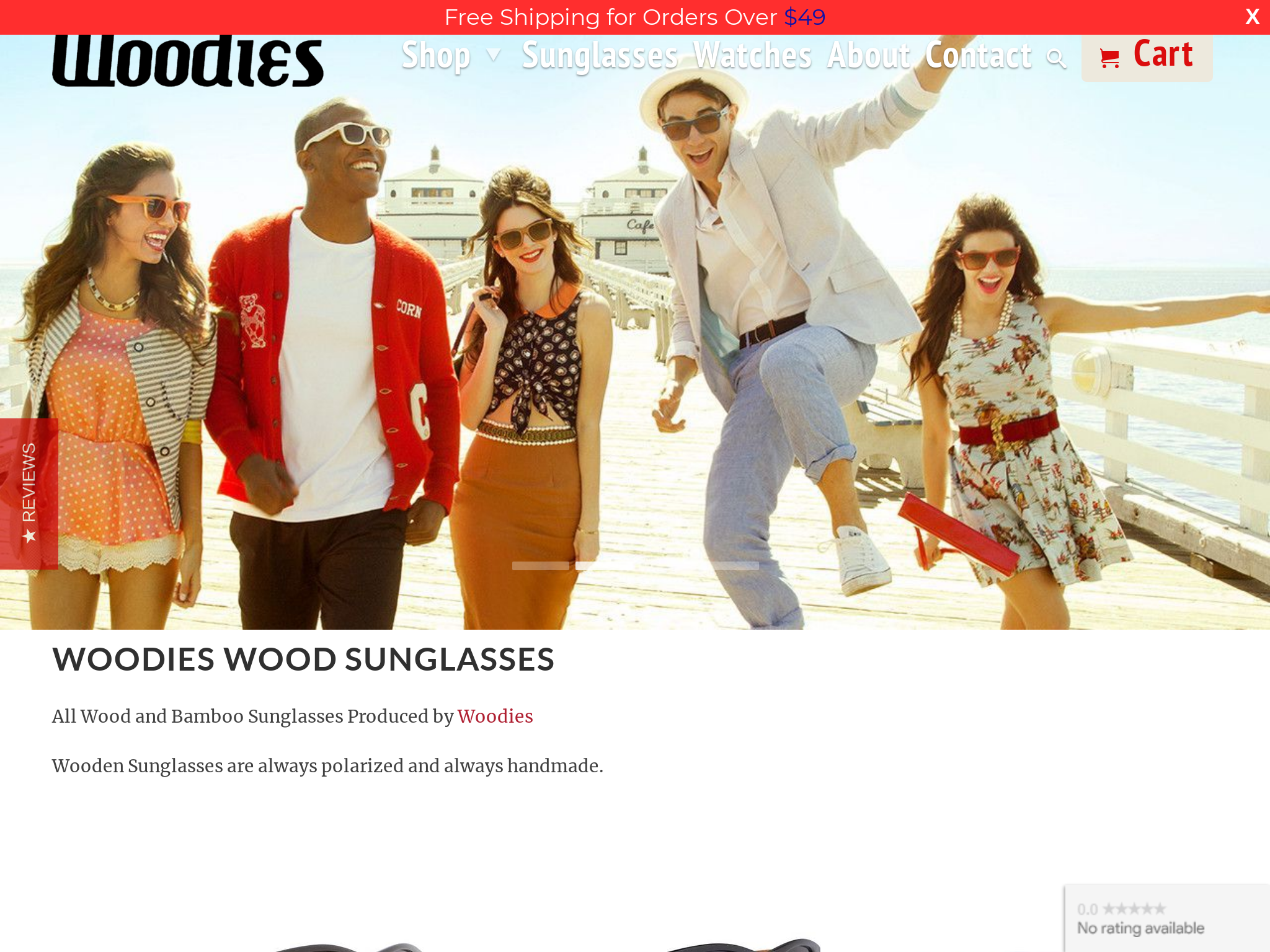
Woodies, a wood sunglasses brand founded by Cory Stout, reached over $3.5M in revenue in 2018, despite starting with only $15K from a failed business and has succeeded through Amazon sales, spending $50K monthly on PPC and keeping ACOS at 30%.
205. Backstage Rock Shop ($2.22M/year)
Matti Lehtonen, the founder of Backstage Rock Shop, got the idea for his business while playing in a rock band and handling their merchandise. He noticed that existing merchandising companies in Finland were doing things wrong, so he and three friends started Backstage Rock Shop with the goal of being the best, most artist-friendly merchandise company in the country. Since then, they have grown significantly, with annual revenue now reaching over $2 million.
How much money it makes: $2.22M/year
How much did it cost to start: $40K
How many people on the team: 5

Case study on Backstage Rock Shop, which grew from $150k annual revenue in its first year to looking at $2M+ revenue in 2020, selling rock bands' official merchandise in over 80 countries, with a growing roster of artists, exclusive items, and a focus on premium quality and customer service.
206. SmartyPits ($2.2M/year)
Stacia Guzzo, the founder of SmartyPits Deodorant, was inspired to create her aluminum-free deodorant after her mother's battle with aggressive breast cancer. After learning about the links between aluminum and breast cancer, she began experimenting with creating her own skincare products, which eventually led to the creation of SmartyPits. In just 21 months, SmartyPits grew from making under $100,000 in 2016 to over $500,000 by the end of Q3 in 2018.
How much money it makes: $2.2M/year
How many people on the team: 13
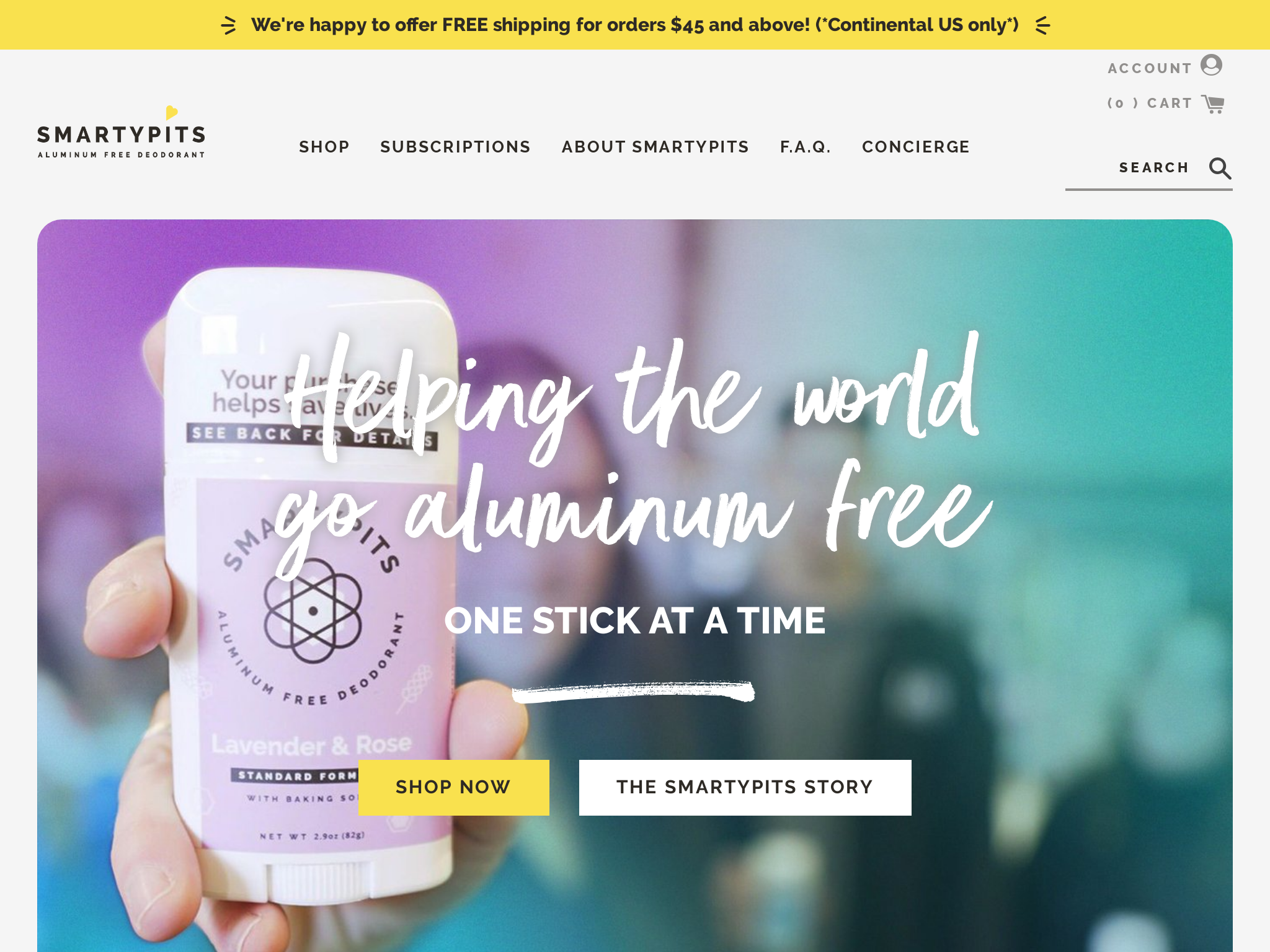
SmartyPits is a fast-growing deodorant company that has gone from making under $100,000 in 2016 to making over $500,000 by Q3 2018, after the founder's experience as a breast cancer survivor led to developing an aluminum-free deodorant.
207. Bell & Bone ($2.16M/year)
Frustrated by the lack of regulation and quality in pet food, Arianne launched Bell & Bone to offer superfood dog treats with clinical backing. Since launching their Dental Stick range in March 2020, the business has doubled its revenue annually and expanded to over 450 stores worldwide.
How much money it makes: $2.16M/year
How much did it cost to start: $25K
How many people on the team: 1
Australian dog food brand Bell & Bone has doubled its revenue each year since the launch of its Dental Stick range, which has led to the expansion of its distribution network to over 450 pet specialty stores in Australia, New Zealand, South Korea, and Hong Kong, with plans to double its store count in the next financial year.
208. Nourish Foods Co. ($2.16M/year)
Mary Drennen and her partner Tiffany Davis started Nourish Foods, a high-quality, healthy meal delivery service. The idea was born out of their experience working in the culinary industry and seeing the need for convenient, nutritious meals. In their first year of launch, they did $250k in sales and relied on grassroots efforts and word of mouth to attract customers.
How much money it makes: $2.16M/year
How many people on the team: 20

Bootstrapped meal delivery startup Nourish Foods, founded by two chefs in 2014, has grown consistently and sustainably to generate $2 million in revenue per year, with no investment and a loyal following thanks to grassroots marketing, partnerships and social media advertising.
209. Just Panela LLC ($2.1M/year)
Scott Unkefer, the founder of Just Panela LLC, came up with the idea for his business when he moved to Medellin, Colombia and discovered Panela, an organic, unprocessed, and natural cane sugar. After experiencing its unique taste and health benefits, Unkefer decided to reposition Panela for the North American and international market. Despite facing challenges in packaging and manufacturing, Just Panela has achieved annual sales of $1.5 million and has gained recognition for its design and product quality.
How much money it makes: $2.1M/year
How many people on the team: 10

Founder and CEO of Just Panela LLC, Scott Unkefer, tells the story of his $1.5M unrefined, artisanal and organic cane sugar business, including how he repositioned the product, designed and manufactured the first product, and launched the business with multi-national operations.
210. Bento&co ($2M/year)
Thomas Bertrand, the founder of Bento&Co, came up with the idea for his business after realizing that there was a demand for bento boxes, a common item in Japan, outside of the country. He saw an opportunity to sell bento boxes online and started his business in 2008.
How much money it makes: $2M/year
How many people on the team: 14

Successful online store owner Thomas Bertrand shares how he started Bento&Co, which sells Japanese lunch boxes and other kitchenware to 100 countries, and how he is using his expertise to manage shipments with Ship&Co, a SaaS he launched in 2016.
211. Art Lovers Australia ($1.92M/year)
Nancy and Jarrod, both with backgrounds in the arts industry, recognized the obstacles that artists faced in gaining visibility. They decided to start Art Lovers Australia, an online gallery, to showcase the talent of Australian artists and make buying art easy for art enthusiasts. Through collaborations with designers and TV shows, their audience has grown, and they now have almost 1000 artists on their platform, with monthly sales averaging $160K.
How much money it makes: $1.92M/year
How much did it cost to start: $100K
How many people on the team: 4
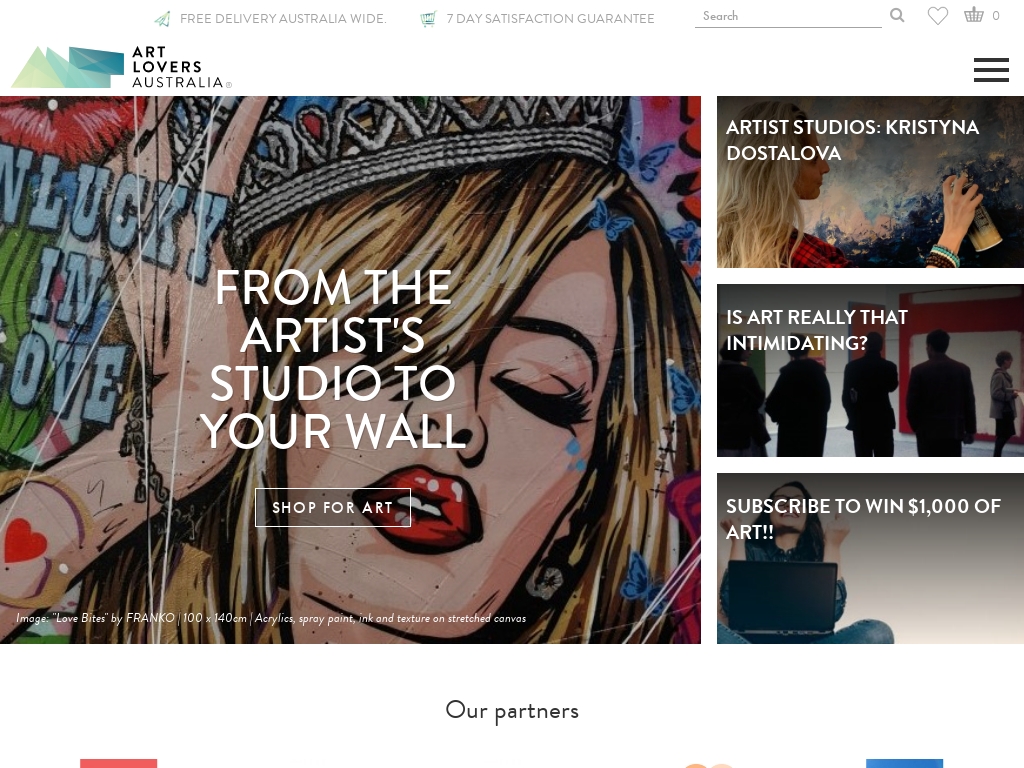
Art Lovers Australia grew from 50 to almost 1000 artists and increased their monthly sales to an average of $160K by collaborating with designers and TV shows, building an audience on social media before launching, prioritizing advertising and marketing, and creating partnerships.
212. Elliot Havok ($1.8M/year)
Steven, the founder of Elliot Havok and Dash Wallets, came up with the idea for his business when he realized that most brands offering quality fashion accessories, such as watches and wallets, were too expensive. He noticed the exorbitant markups by big brands and the lack of socially conscious products in the market, which led him to create high-quality, affordable accessories direct to consumers. With over 250,000 wallets sold in 95 countries and monthly sales of $150,000, Steven's business is on track for more success in the future.
How much money it makes: $1.8M/year
How much did it cost to start: $5K
How many people on the team: 5

Founder Steven started Elliot Havok and Dash Wallets to make high quality, socially conscious fashion accessories at an affordable price, resulting in over 250,000 wallets sold in 95 different countries and current sales of over 150k a month, and with plans for expansion into new markets in 2019.
213. CoolerSomm Limited ($1.8M/year)
Sarah Newton, a marketer in the travel industry, launched CoolerSomm after her salary was cut due to the pandemic. Utilizing her eCommerce experience, she created an online store selling wine accessories. Within a week of launching, the business was already turning a profit, thanks to effective Google Adwords campaigns.
How much money it makes: $1.8M/year
How much did it cost to start: $2K
How many people on the team: 1

Solo founder Sarah Newton launched online wine accessories business CoolerSomm during the pandemic and was able to turn over $50,000 in its first full month of trading online, with an average margin per sale well in excess of £100, thanks to her eCommerce experience from previous roles and businesses.
214. UnbuckleMe ($1.8M/year)
Becca Davison, co-inventor of UnbuckleMe, came up with the idea for her business when her mother, who had arthritis in her thumb, struggled to open her granddaughter's car seat buckle. Recognizing that many others faced a similar problem, Becca and her mother developed an innovative tool to make it easy to open kids' car seat buckles, leading to the creation of UnbuckleMe. Since launching in 2017, the business has garnered success through avenues such as Kickstarter and Amazon, and even appeared on Shark Tank, attracting a wide customer base and paving the way for future growth opportunities.
How much money it makes: $1.8M/year
How much did it cost to start: $50K
How many people on the team: 2
UnbuckleMe is a profitable business that has created an innovative tool to open kids' car seat buckles, generating a monthly revenue of $60K and attracting a range of customers from grandparents to parents with freshly done nails.
215. The Kewl Shop ($1.8M/year)
After Charles came up with the idea for The Kewl Shop, he and his wife Sasithon focused on building their expertise and consistency within the dress market. They narrowed down their product offering to designer bandage and bodycon dresses and utilized Charles' analytical skills in SEO and PPC to drive traffic to their website. Through their dedication to quality and creating a strong brand, they have attracted and retained customers worldwide. In just three and a half years, they sold 10,000 dresses and reached their first $1 million in revenue. With their continued efforts in SEO and paid advertising, they are on track to sell 10,000 dresses by September 2019.
How much money it makes: $1.8M/year
How many people on the team: 6
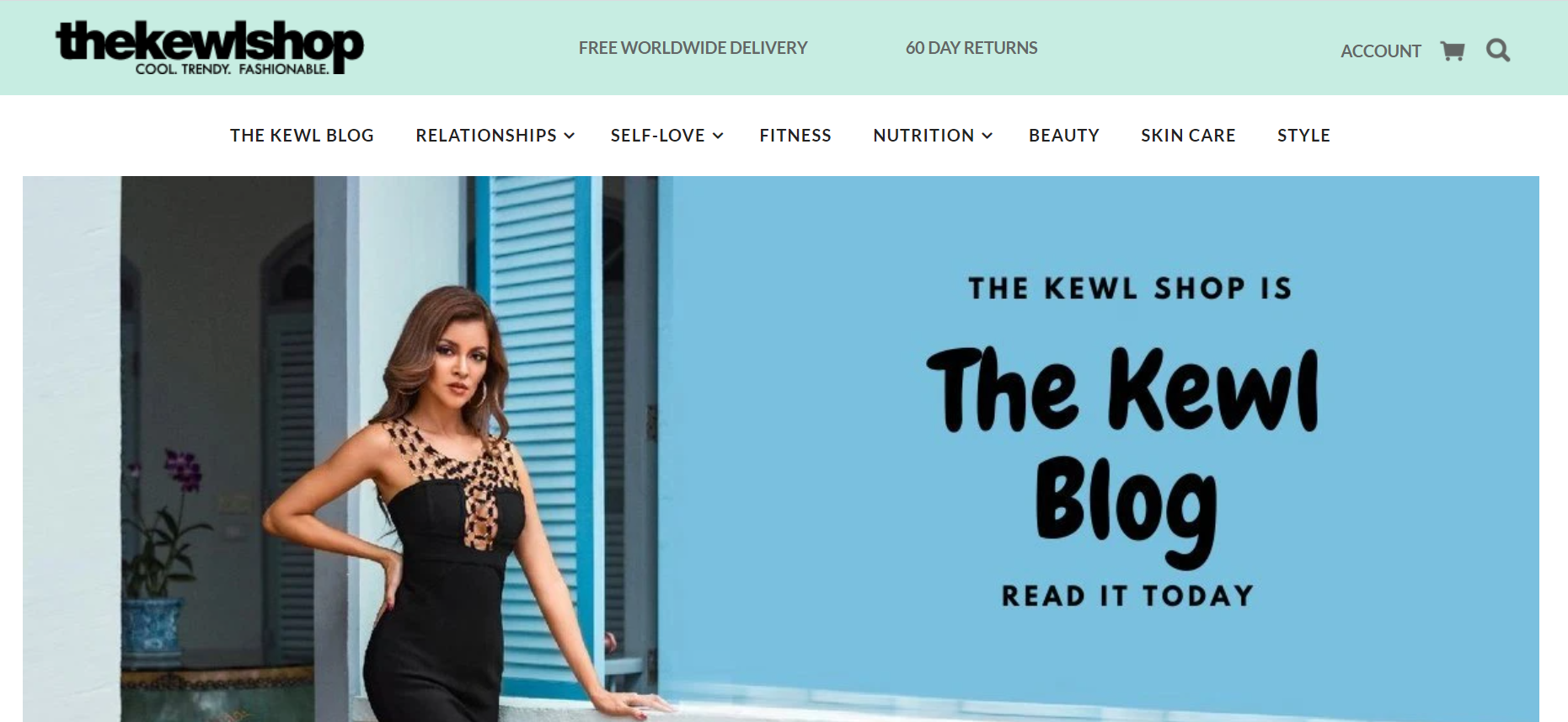
How an online dress shop sold 10,000 dresses in 3.5 years to reach their first $1 million in revenue, and now generates an average net gain of 22% with consistent SEO and paid advertising strategies.
216. Riders Share ($1.8M/year)
Guillermo Cornejo, leveraging his background as a data analyst in the auto industry, founded Riders Share after crashing his motorcycle and discovering rentals cost a staggering $200/day. His platform now boasts 22,000 listed motorcycles and has raised $3.5 million in venture capital with over 120,000 registered users.
How much money it makes: $1.8M/year
How much did it cost to start: $1M
How many people on the team: 6
Riders Share, an online marketplace for motorcycle rentals, has generated over $3.5 million in venture capital since February 2018 with over 120,000 registered users and a margin of around 45%, proving it's possible to create successful businesses in niche markets.
217. Pushtak ($1.8M/year)
Adam Tal, a high school dropout and ex-musician, started an online education business in Israel that offers courses on "money hacking" and "equity hacking" to teach people how to build online businesses and assets. Initially planning to teach marketing to SMBs, Tal realized that by breaking traditional small business marketing rules, he could create something bigger. With over 100,000 subscribers, 7,000 students, and generating over 21,000,000 ILS ($6 million) in revenue, Tal's business has become a movement, empowering individuals to have more freedom in their work.
How much money it makes: $1.8M/year
How many people on the team: 10

A high school dropout turned entrepreneur started an online education business teaching "money hacking" and "equity hacking", generating over $6 million in revenue in the past 5 years, and plans to expand globally to revolutionize the way people make a living remotely.
218. Legacy ($1.8M/year)
Khaled Kteily, founder of Legacy, came up with the idea for his male fertility company after a personal experience with a close friend who froze his sperm before cancer treatment. Realizing the lack of accessible and comfortable options for men when it came to fertility testing and sperm storage, Khaled decided to create a solution using technology. He launched Legacy in 2014, but it was not until 2017, when a major study on male fertility decline was released, that he knew the time was right to fully pursue his vision.
How much money it makes: $1.8M/year
How many people on the team: 6
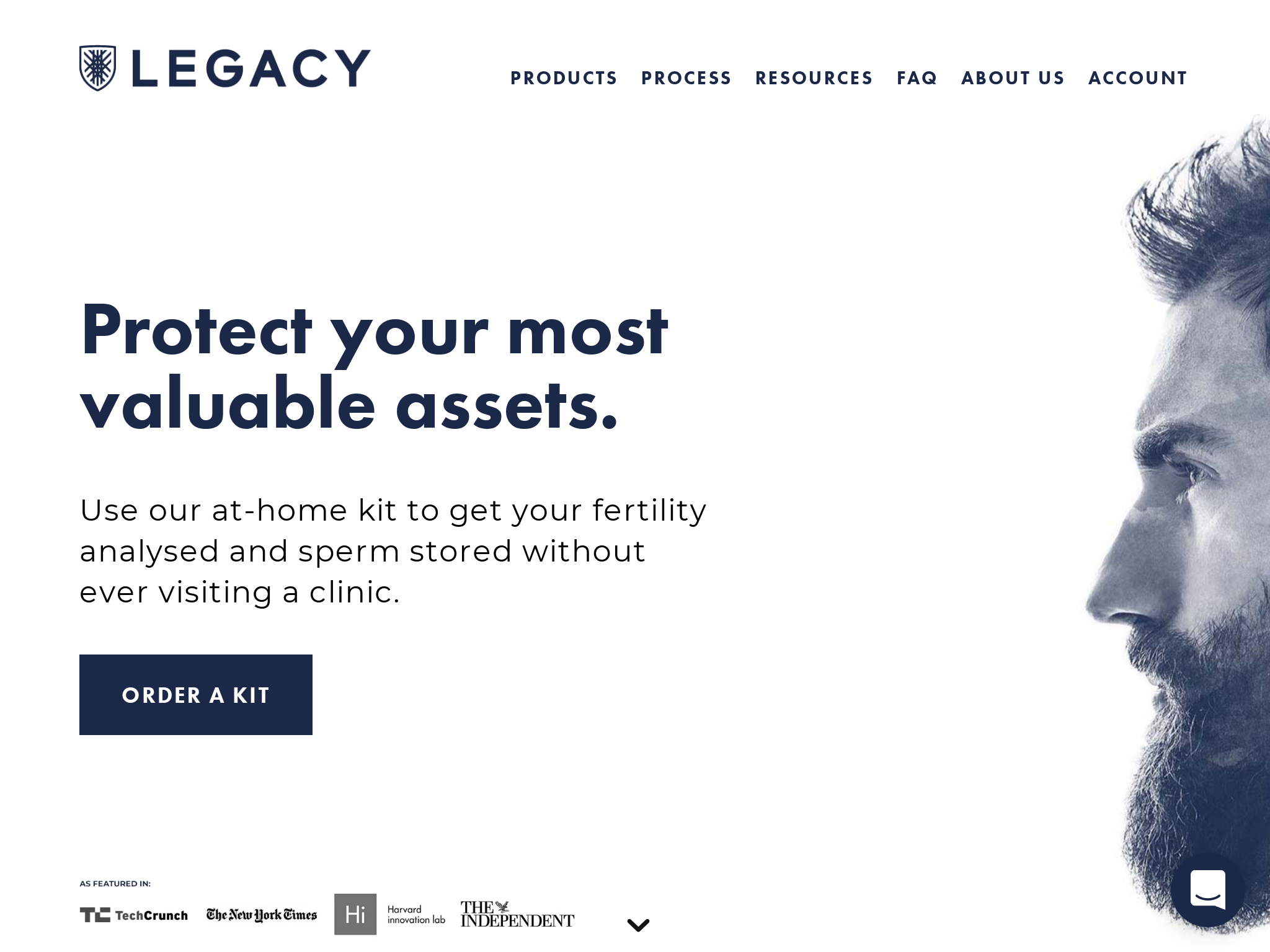
Legacy, a male fertility company founded by Khaled Kteily in 2018, offers a mail-in kit for at-home sperm testing and cryogenic storage of sperm, with its base product at $195 and a $3,995 "For Forever" package, and has reported an average of $150,000 in monthly revenue.
219. Turmerry ($1.8M/year)
Rumana Bai, founder of Turmerry, had a passion for healthy and non-toxic living. During a trip to India, she discovered an all-natural mattress made from latex, sparking the idea for her business. With a focus on sustainability and affordability, Turmerry now sells a range of organic and natural bedding products and has become profitable with a 50% COGS and 25% marketing budget.
How much money it makes: $1.8M/year
How much did it cost to start: $1K
How many people on the team: 3
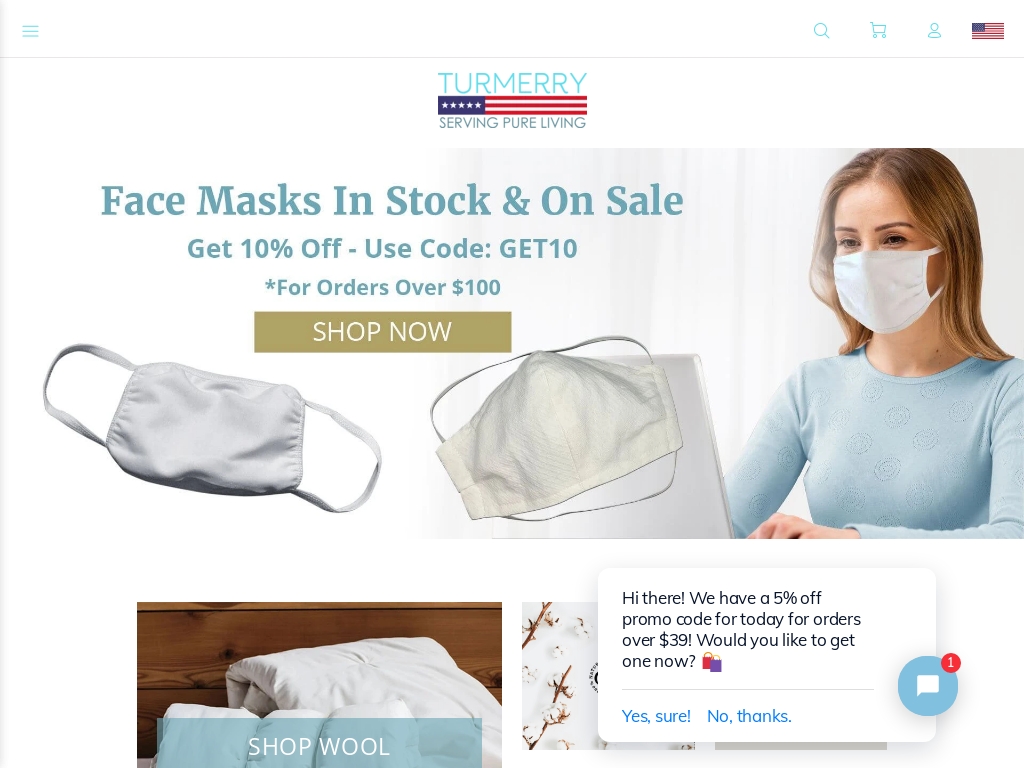
An aspiring founder shares how they started an online retail store providing natural and non-toxic bedding products, growing their YOY revenue by 6000%, and focusing on sustainability and community impact through partnerships with American Forests and introducing 100% Natural and Organic Hair Oil.
220. Gym and Fitness ($1.8M/year)
Dave Barnes, a former Olympic athlete in archery, came up with the idea for Gym and Fitness after experiencing a disappointing process of setting up his own home gym. Frustrated with the lack of range and steep prices offered by local gym equipment stores, he found a small business that had everything he needed at competitive prices and started selling the equipment on eBay. After realizing the demand, he decided to stock up on more equipment and the early Gym and Fitness business model was born.
How much money it makes: $1.8M/year
How much did it cost to start: $550
How many people on the team: 50

Gym and Fitness is one of the largest online retailers of home gym equipment in Australia and New Zealand, servicing 450 customers a week and generating $150k/month in revenue, and founder Dave Barnes shares tips for aspiring founders.
221. Batch (Now known as Connect Gifting) ($1.8M/year)
Sam Davidson, the co-founder and CEO of Batch, and his co-founders came up with the idea for their business during a conversation about the lack of a one-stop shop for small-batch, handmade gifts in Nashville. They decided to start with a subscription box concept called Batch, offering four Nashville-made items each month. Their goal was to reach 200 monthly subscribers, but they exceeded expectations by hitting that mark in their first month and saw sales increase to 1,000 by month three.
How much money it makes: $1.8M/year
How many people on the team: 6

Regional gift and retail company Batch has grown its annual revenue to almost $1.8m by honing its operating model, targeting other cities such as its home base Nashville, and relying on repeat business by keeping purchase percentages for gifts at approximately 90%.
222. Kitchen Safe ($1.8M/year)
David Krippendorf came up with the idea for the Kitchen Safe after struggling with his own snacking habits. He wanted a way to avoid temptation and enlisted the help of a classmate to design and develop the product. The Kitchen Safe quickly gained popularity and is now sold all over the world, helping people avoid junk food and other temptations.
How much money it makes: $1.8M/year
How many people on the team: 18

The founder of Kitchen Safe, David Krippendorf, invented the world's first time-lock container that has helped customers avoid snacking on junk food along with other temptations, with over half of the users also using it for other non-food related items such as cell phones, cigarettes, and credit cards.
223. Robo 3D ($1.8M/year)
Braydon Moreno and his business partner came up with the idea for Robo 3D when they saw the potential of 3D printing in creating a customized and cost-effective prosthetic leg. They launched a Kickstarter campaign that raised a staggering $650,000 in just 35 days. Today, Robo 3D has sold their 3D printers to over 4,505 cities across 101 countries and continues to inspire creativity and innovation with their technology.
How much money it makes: $1.8M/year
How many people on the team: 30
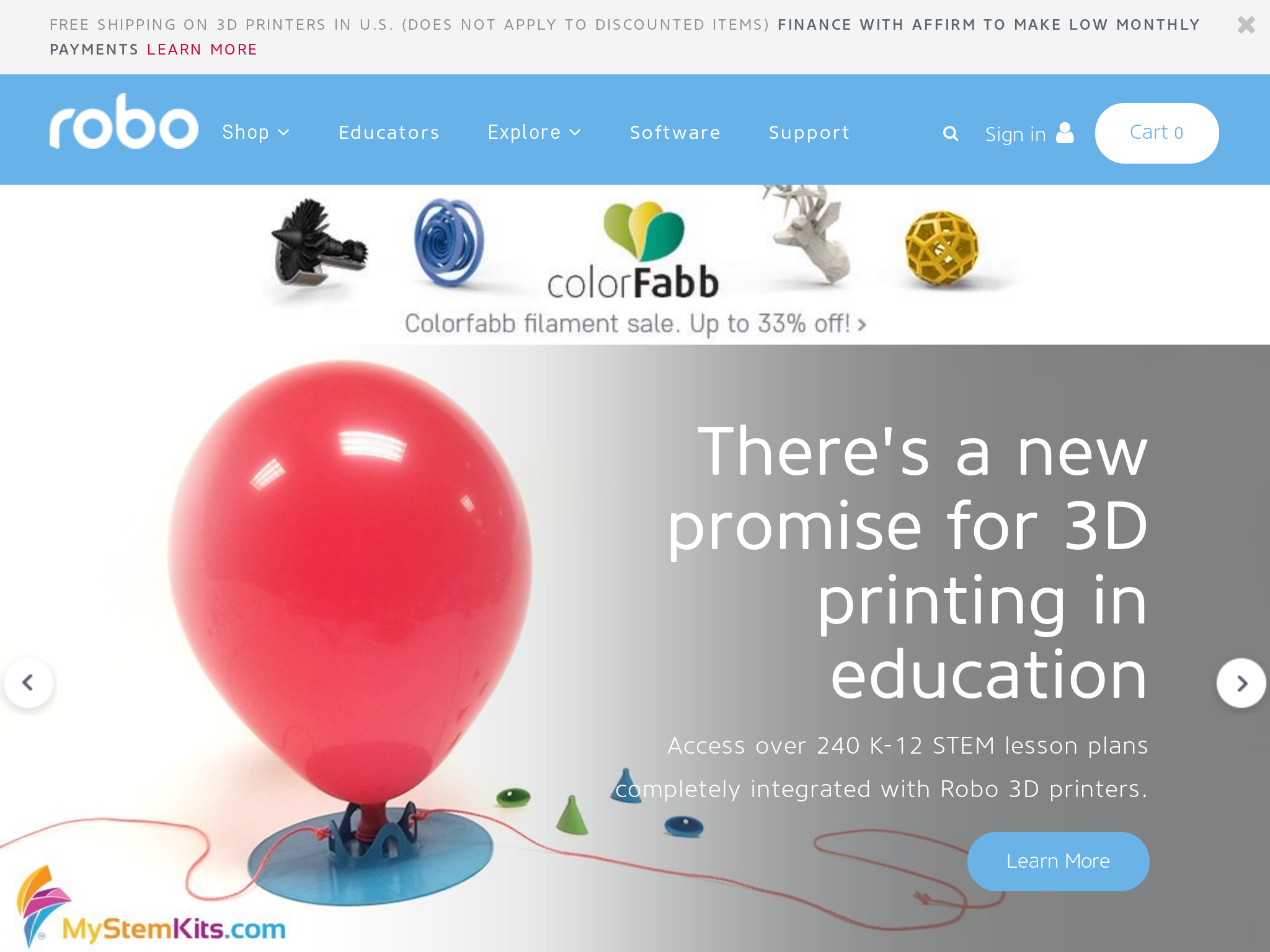
Robo 3D, a company that designs 3D printers for consumers, launched their first product on Kickstarter which raised $650,000 in just 35 days, and now has sold their products in over 4,505 cities across 101 countries worldwide.
224. Streamloots ($1.8M/year)
Vicent, co-founder and CMO of Streamloots, came up with the idea to help streamers monetize their audience and not rely on third-party platforms like Twitch, Youtube Gaming, or Facebook Gaming. They created a marketplace where viewers can buy real-time interactions with streamers, allowing streamers to sell the gift of interaction in the form of chests. They have since grown to have a community of more than 12K active streamers and earned over $1M in revenue in the last quarter.
How much money it makes: $1.8M/year
How many people on the team: 22

Streamloots is a marketplace where viewers can buy real-time interactions with live streamers, allowing content creators to monetize their audiences and earning over $1M in just the last quarter with a community of more than 12K active streamers.
225. Natura Wellness ($1.8M/year)
Julien, the founder and CEO of Natura Wellness, came up with the idea for his food tech company after realizing the lack of natural and healthy drinks on the French market. After conducting extensive research on ingredients and formulating the perfect recipes, he launched Natura Wellness and quickly gained a following on Instagram. With a strong focus on customer experience and continuous improvement, Natura Wellness has experienced impressive growth, with sales reaching almost $500,000 in its second year of operation.
How much money it makes: $1.8M/year
How many people on the team: 8

French founder builds Natura Wellness, a food tech company offering a range of 12 unique and healthy Superdrinks for specific personal objectives that has experienced 1,200% growth, making nearly $500,000 in sales by the second year.
226. MindJournal ($1.8M/year)
Ollie, the co-founder of MindJournal, came up with the idea for the brand after personally experiencing the power of journaling during therapy to recover from PTSD. After recommending journaling to a friend who struggled with how to use it effectively, Ollie realized he could solve this problem and create a journal that would help men navigate the challenges of everyday life. This led to the creation of MindJournal, which has helped over 3,000 guys improve their emotional well-being and life satisfaction.
How much money it makes: $1.8M/year
How much did it cost to start: $5K
How many people on the team: 3

MindJournal is a journaling brand for guys that has helped over 3,000 men feel more in control of their emotions and improve their life satisfaction and self-worth.
227. Alitura Naturals ($1.8M/year)
Andy Hnilo, the founder of Alitura Naturals, never intended to start a business. However, a life-changing accident that left him with multiple injuries and scars led him to create his flagship product, The Alitura Clay Mask, during his healing period. With a mission to provide the highest quality skincare, Alitura Naturals now offers a full line of products and has garnered over 1000 reviews with an average rating of 4.9/5.0.
How much money it makes: $1.8M/year
How many people on the team: 6
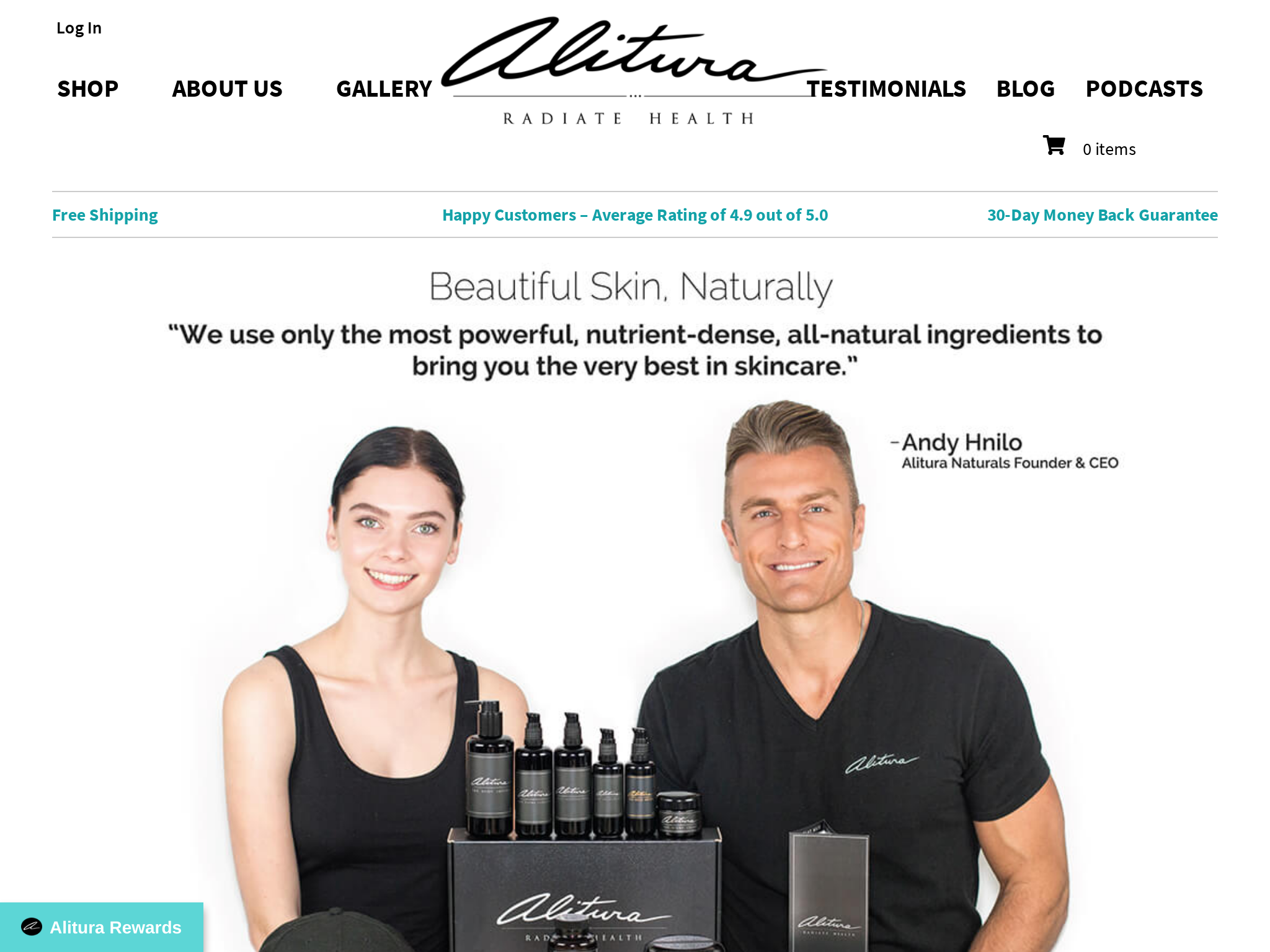
Andy Hnilo, founder of Alitura Naturals, shares how his life-changing accident led to the creation of a successful all-natural skincare line with over 1000 reviews at an average 4.9/5.0 rating, sold in 76 countries and counting.
228. RinseKit ($1.8M/year)
Chris Crawford, the founder of RinseKit, came up with the idea for the portable pressurized shower system while he was surfing and needed a way to rinse off before work. After creating a prototype out of PVC pipe and receiving a positive response from others, he started selling the shower systems and eventually grew the business to average over $1.5 million in sales each year.
How much money it makes: $1.8M/year
How many people on the team: 3
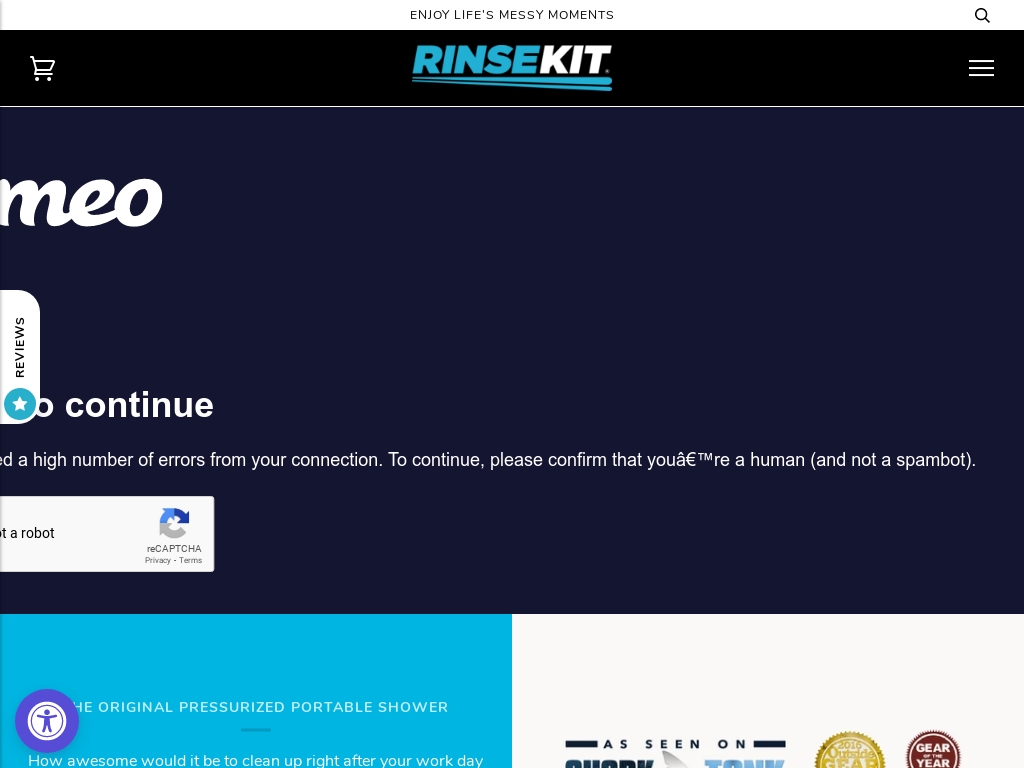
Founder of RinseKit shares how he designed a portable pressurized shower that generates over $1.5M in sales per year and achieved great success with Kickstarter and appearing on Shark Tank, while providing advice on designing, prototyping, and manufacturing your first product.
229. Theo & Harris ($1.8M/year)
Christian Zeron came up with the idea for Theo & Harris after reading about watches and becoming passionate about them. Despite being unqualified at first, he invested all the money he had into buying $10,000 worth of inexpensive, unsexy watches and started the business by following the existing model in the market but with a focus on social media.
How much money it makes: $1.8M/year
How many people on the team: 3
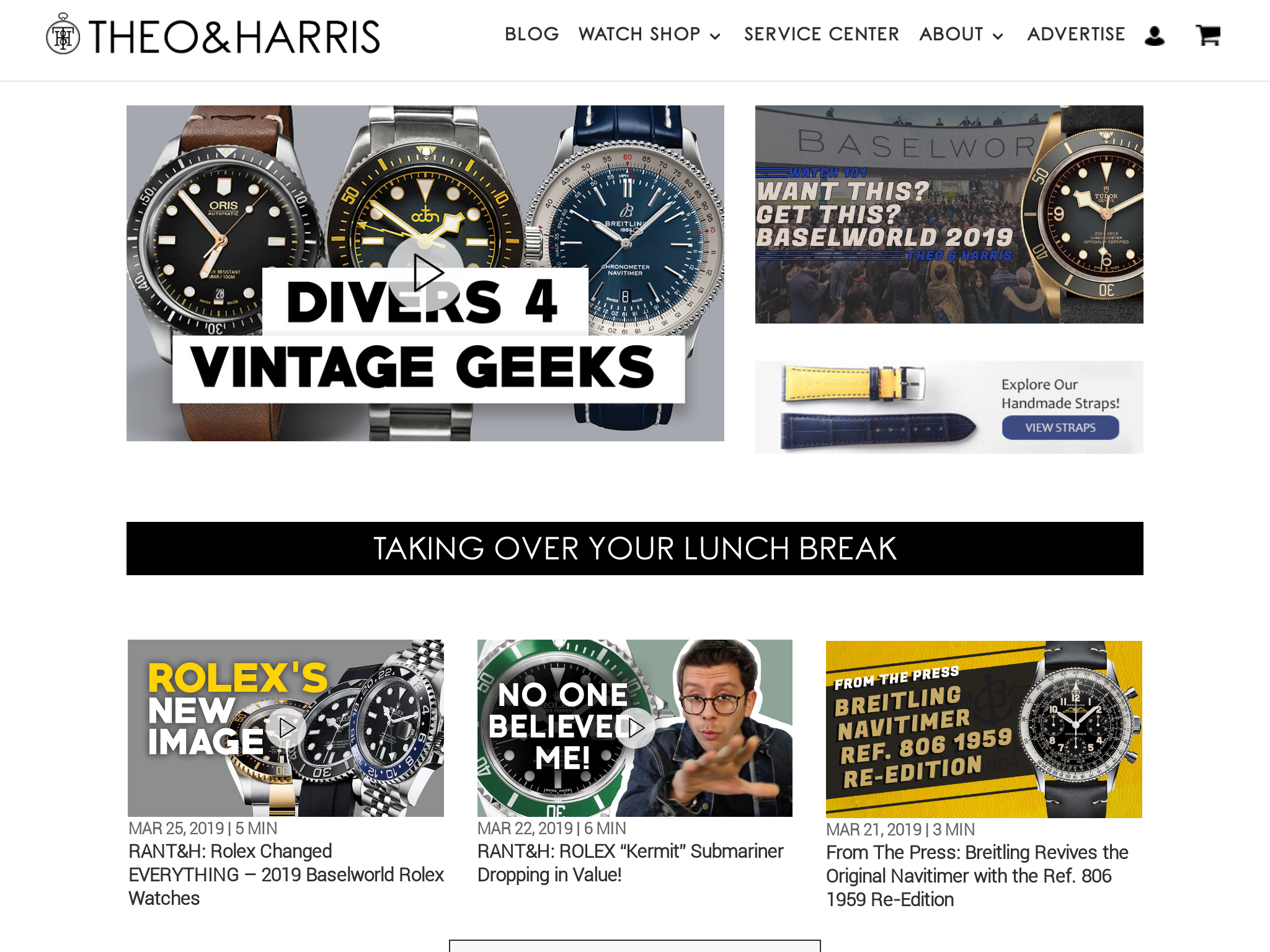
23-year-old Christian Zeron shares how he launched Theo & Harris, a vintage watch company that now generates over $2 million in sales a year through understanding his audience and using YouTube to develop personal relationships at scale.
230. Dessert Boxes ($1.8M/year)
Samantha, one of the three founders of DessertBoxes.com.au, came up with the idea for their online dessert gift giving store out of frustration with boring gifts. They launched a Nutella-themed Dessert Box and sold over 400 boxes in just five days through social media and influencer marketing. In their first year, they turned over more than one million in sales and now have a presence in Sydney and Melbourne.
How much money it makes: $1.8M/year
How many people on the team: 20

DessertBoxes.com.au turned over more than one million in sales in its first year by disrupting the gift-giving industry with their online dessert gift store, utilizing influencer marketing and Facebook advertising.
231. Dropout SRL ($1.68M/year)
Kola Tytler, the founder of dropout, came up with the idea for his business after learning about the underground sneaker resale market and self-teaching himself to code a sneaker bot. He later teamed up with others to create software that collected data and ran statistical analysis, which led to the creation of HypeAnalyzer. Frustrated with university, Kola decided to bring the ultimate sneaker shopping experience to Italy, leading to the birth of dropout.
How much money it makes: $1.68M/year
How much did it cost to start: $120K
How many people on the team: 8
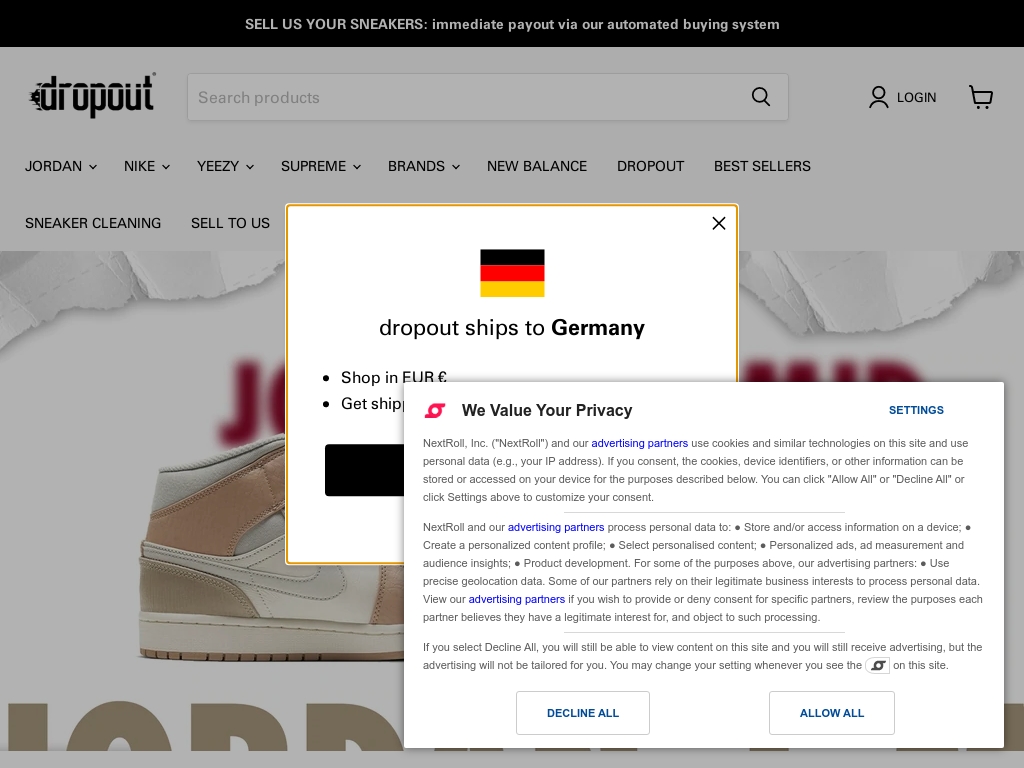
Founder Kola Tytler managed to build a profitable business, Dropout, worth over $2.5 million by selling limited edition sneakers and streetwear, despite having no prior experience and juggling medical school; the company saw over 50,000 in-store visitors and over $100k in sales in December 2021 alone and raised €750k via equity crowdfunding in 6 days.
232. PlayingCardDecks.com ($1.68M/year)
Will Roya, the founder of PlayingCardDecks.com, came up with the idea for his business after noticing the increasing popularity of playing cards and the potential for selling decks online. After experiencing success selling decks on eBay, Will decided to launch his own website and has since scaled the business to generate an annual revenue run rate of one million within 18 months. With a focus on great customer service and constantly adding new products, the business is currently averaging 100k a month in revenue.
How much money it makes: $1.68M/year
How much did it cost to start: $80K
How many people on the team: 2

How Will Roya built a $100K/month business selling and designing playing cards and decks, using Kickstarter to fund his own decks, and focusing on great customer service, SEO, and new products to retain customers.
233. Southern Elegance Candle Company ($1.68M/year)
D'Shawn Russell started Southern Elegance Candle Company as a side hustle to make extra money and get out of the house. The company quickly grew, and now they average $20,000 in monthly sales through their retail site, wholesale site, and Faire. Russell's authentic love for the South and Southern culture inspired the creation of home fragrance products with a Southern theme.
How much money it makes: $1.68M/year
How many people on the team: 20
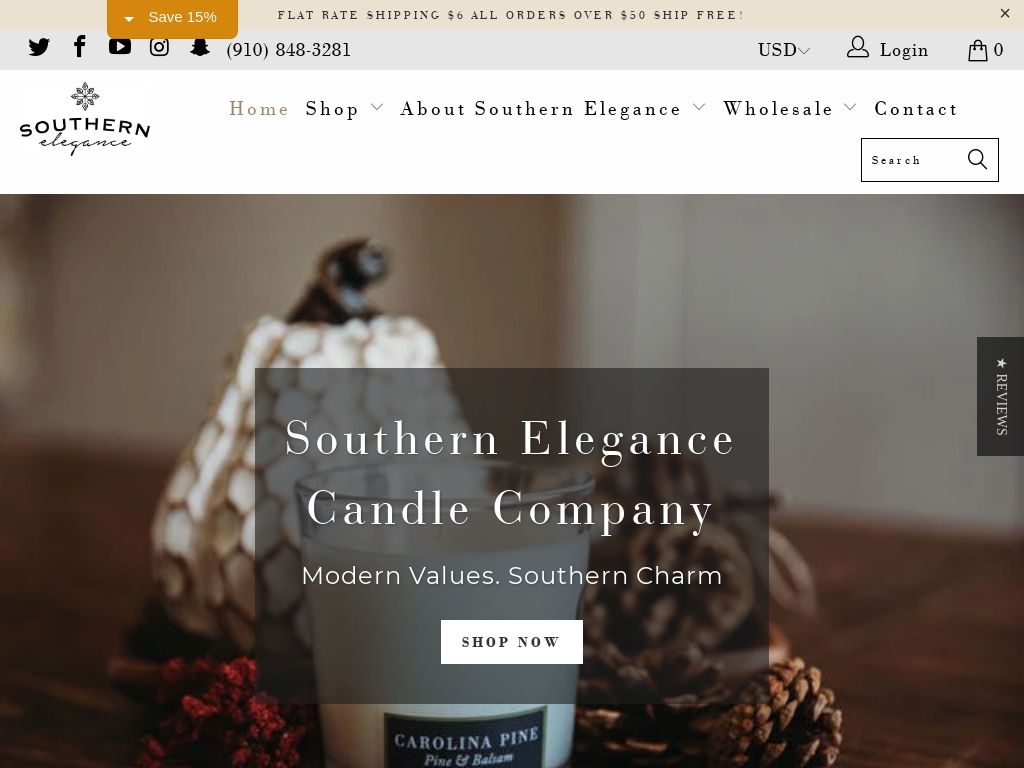
Southern Elegance Candle Company, founded by D'Shawn Russell, started as a side hustle making around $200 per weekend at a local Farmers Market, but now averages approximately $20,000 per month in sales across their retail site, wholesale site, and Faire.
234. Battic Door ($1.62M/year)
Mark Tyrol, founder of Battic Door Energy Conservation Products, came up with the idea for his business when he realized that many homes with pull-down attic ladders were experiencing energy loss and drafts. As an engineer, he built an insulated cover for his own ladder and soon discovered that many other homes had the same issue. He designed, manufactured, and distributed the cover, eventually expanding his product line to over 100 products and growing his business into a million-dollar ecommerce venture.
How much money it makes: $1.62M/year
How many people on the team: 2

An ecommerce business, founded with one product in 2003, offering energy conservation products such as insulating covers for pull-down attic ladders that reduce heat and energy loss by sealing the attic, grew into a million-dollar business through a mix of low-cost website design, direct sales, online channels including Ebay and Amazon, word-of-mouth referrals and targeted influencer campaigns aimed at building code officials and architects.
235. Jungle Culture ($1.62M/year)
Jamie Skinner and his business partner, Chris, started Jungle Culture as a way to fund their traveler lifestyles and create positive change. They initially focused on selling bamboo straws and quickly became one of the world's biggest bamboo straw companies. Their success led them to switch their focus to eco-friendly products as a whole, and Jungle Culture now generates over $1 million in revenue.
How much money it makes: $1.62M/year
How much did it cost to start: $1.2K
How many people on the team: 4
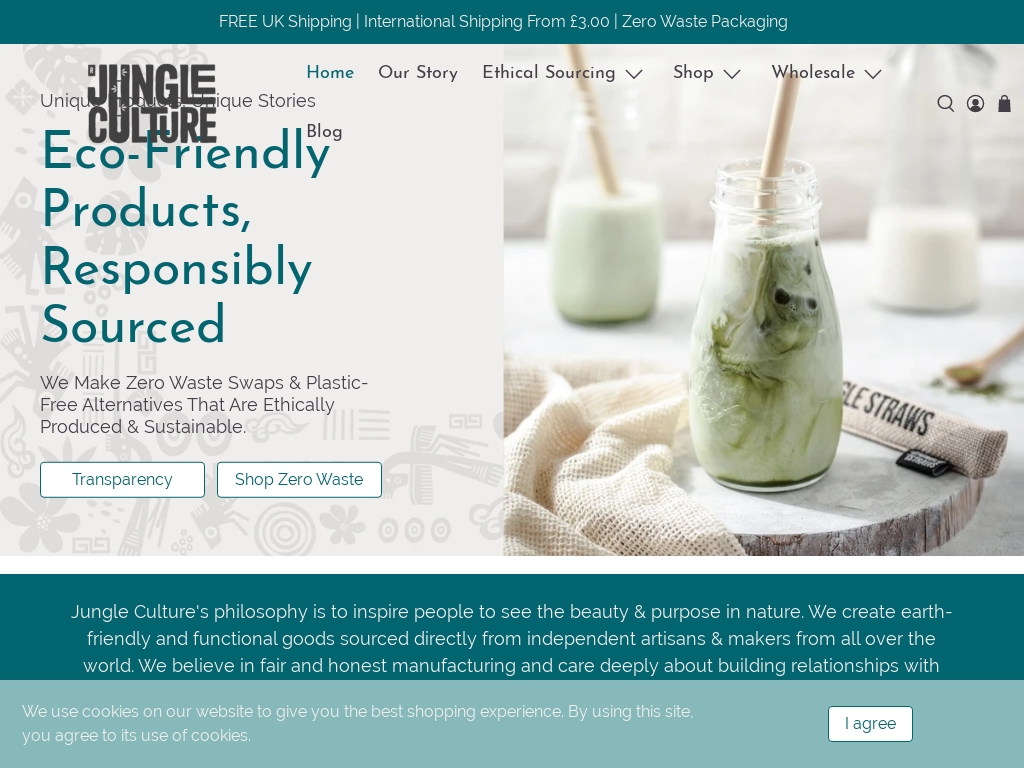
Jungle Culture, an e-commerce brand that sells eco-friendly products, started with just one product and turned over just over $1,000,000 in a year by sourcing products directly from farms, small craft workshops, and ethical factories and selling them online worldwide.
236. Tradlands ($1.61M/year)
and through collaborations with other brands and influencers. We also prioritize customer service and building relationships with our customers, which has resulted in a high customer retention rate and word-of-mouth referrals. Additionally, we regularly engage with our audience on social media and use targeted ads to reach new customers.
How much money it makes: $1.61M/year
How much did it cost to start: $15K
How many people on the team: 4

This case study showcases the journey of Tradlands, a women's clothing brand generating $134k in monthly revenue, which was started with just $15k, and grew through email marketing, Instagram, and influencer collaborations.
237. Tribe Skincare ($1.56M/year)
Kayla, the founder of Tribe Skincare, came up with the idea for her business after running a skin clinic specializing in microdermabrasion. She noticed that half of her customers were experiencing adverse reactions to "active" skincare products, which inspired her to create a gentle skincare range specifically for sensitive skin. With a niche target market and a return customer rate of 75%, Tribe Skincare has become a multi-million dollar company in just 2 years.
How much money it makes: $1.56M/year
How much did it cost to start: $20K
How many people on the team: 3
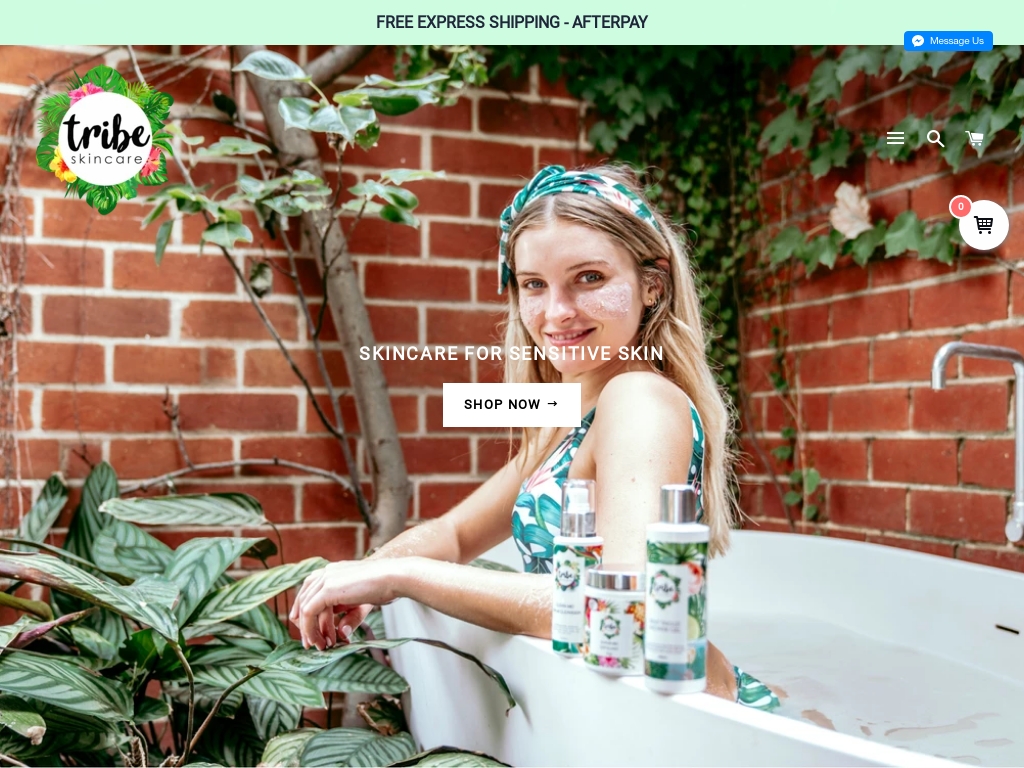
A skincare brand founder identified a gap in the market for sensitive skin and formed an all-natural, vegan-friendly, and cruelty-free range around it, scaling into a multi-million dollar company with 75% return customer rate in just two years.
238. One Life Meals ($1.56M/year)
Andrei Calinescu, the founder and CEO of One Life Meals, came up with the idea for his healthy meal delivery service in 2014. After working in the fitness industry and noticing that his clients struggled with meal preparation and variety, he decided to start preparing meals for them himself. With his background in operations and nutrition, he saw an opportunity to provide a complete solution and launched One Life Meals, which has now grown to make 14,500 meals per month and generate $130k in monthly sales.
How much money it makes: $1.56M/year
How many people on the team: 29

One Life Meals is a Toronto-based healthy meal delivery service that made 14,500 meals per month and generated $130k in monthly sales in 2018 through their one-on-one consultation, lean protein and seasonal veggies-based meals, and their focus on the client experience.
239. Wink & Nod ($1.56M/year)
Sandeep Prasad, the founder of Wink & Nod, got the idea for his sleep-focused business while working as a Venture Capitalist in the US. He noticed a lack of innovation and confusion among consumers in the Indian mattress industry and saw an opportunity to introduce affordable and innovative sleep products. With a focus on customer feedback and an MVP approach, Wink & Nod has grown to offer a range of products and has successfully attracted and retained customers through their affordable pricing and trust-building initiatives like a 100-day trial service and international standard certifications.
How much money it makes: $1.56M/year
How many people on the team: 25

Wink & Nod is a sleep-focused D2C brand that provides premium quality sleep products ranging from mattresses, pillows, comforters, bedsheets to accessories like neck pillows, sleep sprays, among others, and has generated $130k/month in revenue, serving more than 12,000 orders to date.
240. Spinster Sisters Co. ($1.5M/year)
spinsterproducts.com" style="color:blue"> via Amazon, and we sell internationally. We are in natural grocery and mass grocery, we are in spas and boutiques, and we are in gift shops and hotel spas. You almost have to give all channels a shot, to try to drive growth, brand recognition, and new sales. We have a strong social media presence, especially on Instagram, and we engage with our customers through newsletters and promotions. Additionally, we prioritize customer service and aim to provide a personalized and positive experience for each customer.
How much money it makes: $1.5M/year
How much did it cost to start: $1K
How many people on the team: 10

Spinster Sisters Co, a natural skin and personal care company that manufactures premium quality products, went from making soap in a basement to a $1.5 million/year business, boasting 18 employees, 2100 stores across the US and expansion into Canada, seeing massive growth potential in its sales funnel and achieving a record sales week, with a robust direct-to-consumer business (24% of sales) that's grown organically until this year.
241. Be Activewear ($1.5M/year)
Julie New, founder of Be Activewear, came up with the idea for her online retail store after realizing there was a need for a place where women of all sizes could find affordable Australian activewear and swimwear. With only $150, Julie launched the store in October 2014 and now generates over $1.5 million a year in sales, attracting customers through strategic Facebook and Instagram campaigns.
How much money it makes: $1.5M/year
How many people on the team: 1

Australian woman launches affordable activewear store with only $150 and now sees over $1.5 million a year in revenue, using Shopify as the sales platform and Facebook and Instagram campaigns as the best source of advertising.
242. Phone Loops ($1.5M/year)
Jean-Philippe Brousseau, the founder of Phoneloops.com, came up with the idea for his business after repeatedly breaking his phone screen and incurring costly repairs. While at a pub in Montreal, he used a straw to prop up his phone and realized there was a need for a secure grip accessory for smartphones. Since launching in 2014, Phoneloops has sold over one million Loops in 66 countries, experiencing exponential growth every year.
How much money it makes: $1.5M/year
How many people on the team: 5
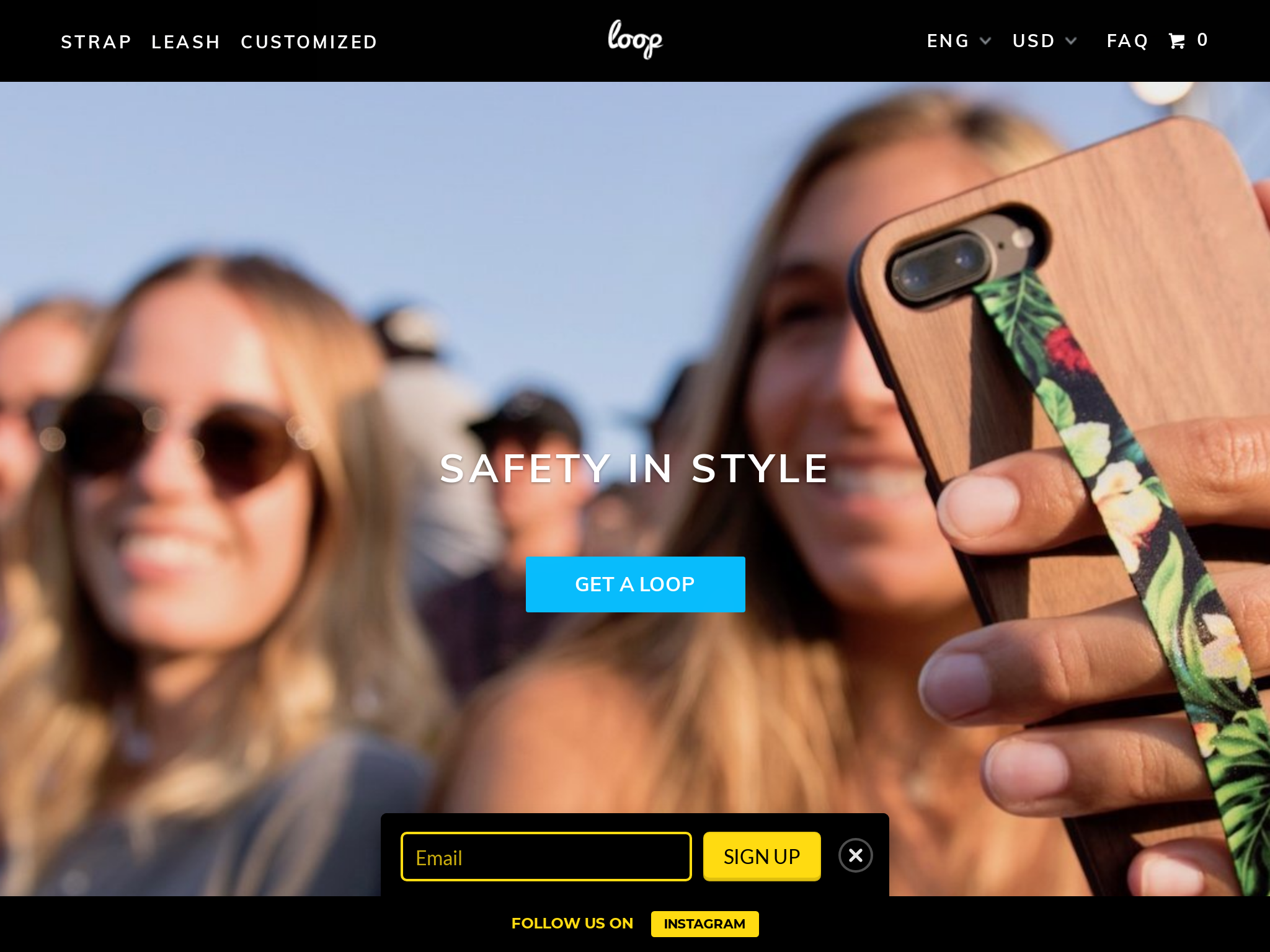
Phone Loops founder Jean-Philippe Brousseau developed and launched his first product after realizing how often he dropped his phone and caused costly repairs, and to date, the company has sold over one million Loops in 66 countries.
243. Betty's Toy Box ($1.5M/year)
Carolyn Eagle, the co-founder of Betty's Toy Box and Naughty North, came up with the idea for her businesses after realizing that there were few online shopping options for adult pleasure products that were comfortable, non-intimidating, and representative of different demographics. With a focus on education and open discussion, Carolyn aimed to normalize the use of sex toys and remove the stigma surrounding them. The business has seen impressive growth, with sales of approximately $125,000 per month and a 60% increase in revenue last year, driven by the increasing interest in sexual health and pleasure during the COVID-19 pandemic.
How much money it makes: $1.5M/year
How much did it cost to start: $2K
How many people on the team: 14

Betty's Toy Box and Naughty North are a leading eCommerce network focused on adult pleasure products and accessories, growing over 60% last year with sales of approximately $125,000/mth, with sales increasing even further during Covid.
244. U-Lace No-Tie Sneaker Laces ($1.5M/year)
Tim Talley, founder and CEO of U-Lace No-Tie Sneaker Laces, came up with the idea for his business while on a trip to Tokyo. Inspired by a sneaker he saw in a shop window that was laced up in multiple colors, Tim realized he could create a product that allowed consumers to easily lace their sneakers with different colors and patterns. With his background in entrepreneurship and product development, Tim self-funded the development and launch of U-Lace, which now sells about $1.5 million worth of laces every year.
How much money it makes: $1.5M/year
How many people on the team: 2
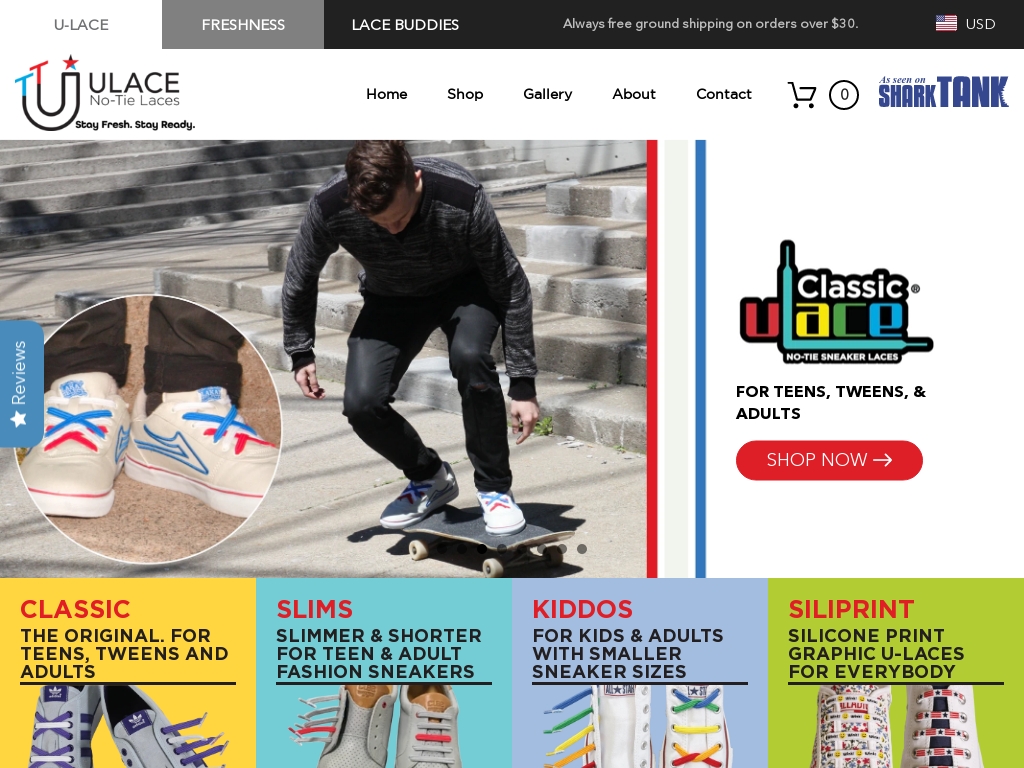
U-Lace No-Tie Sneaker Laces pioneered the modular No-Tie Sneaker Lace, sells $1.5MM/year globally, and boasts the largest color range of about 60 colors while attracting clients like Learning Express, Pigtails, and Crewcuts, with plans to launch several new products by the end of the year.
245. Glade Optics ($1.5M/year)
Curt Nichols started Glade Optics as a side project while working at a market research company. He saw an opportunity to create a challenger brand in the skiing industry due to a lack of competition and a common marketing approach. With just $5,000 in savings, he launched the business, and it has since grown to close to $1 million in annual sales. Nichols focused on building a strong product-market fit and used tactics like email marketing and targeted advertising to attract and retain customers. Glade Optics is now a profitable business experiencing over 100% YoY growth.
How much money it makes: $1.5M/year
How much did it cost to start: $5K
How many people on the team: 3
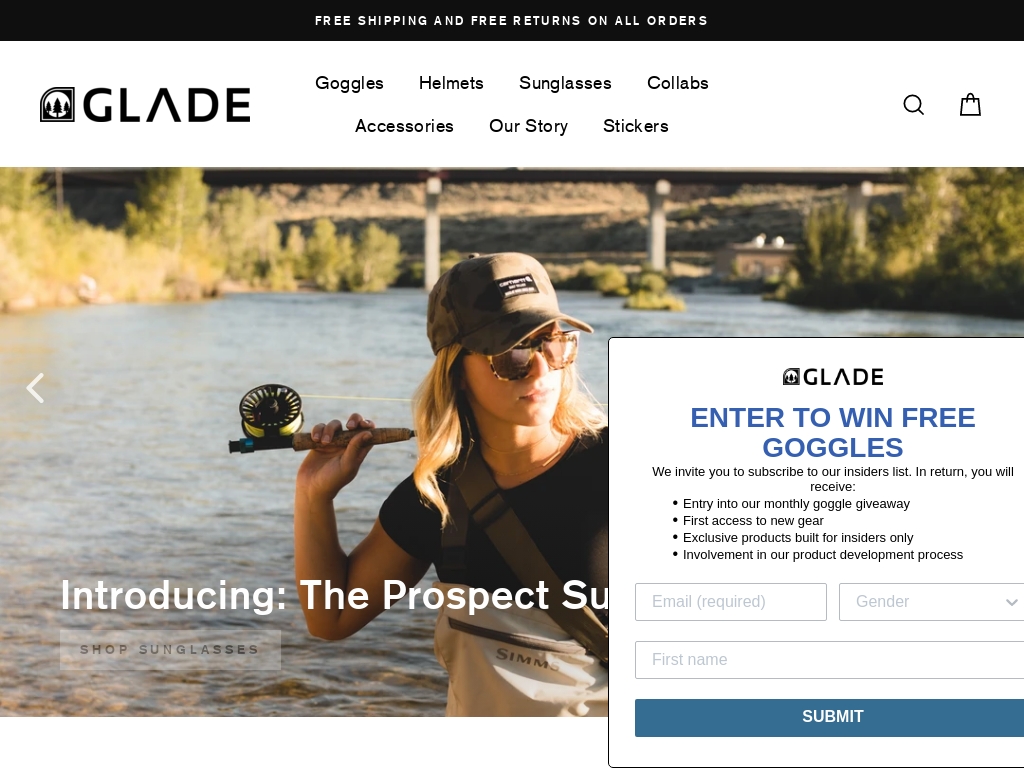
Glade Optics is a premium ski goggles and helmets brand that achieved close to $1M in annual sales with just $5,000 to start, using a favorable price point, streamlined messaging and marketing, and partnering with like-minded brands to lower CACs and get in front of more skiers.
246. Dick At Your Door ($1.5M/year)
Adam Elliot, founder of Dick At Your Door, came up with the idea for his business after a friend found a silicone penis mold at a sex shop. They thought it would be hilarious to send the molds in the mail as pranks to their friends. After putting up a website as a joke, they started receiving inquiries from people who weren't their friends, which led them to realize the potential for a business. Since then, they have grown their e-commerce shop and become professional chocolatiers, experiencing significant success in sales and viral marketing through social media.
How much money it makes: $1.5M/year
How many people on the team: 3
Dick At Your Door is an e-commerce shop that grew almost 10x within the last eight months by selling anonymous pranks such as 5 oz chocolate penises, and its founder shares his journey that started as a joke to becoming a professional chocolatier.
247. Green Fresh Florals + Plants ($1.44M/year)
Carlos Franco, owner and creative director of Green Fresh Florals + Plants, was inspired by his grandmother's love for nature and plants. After working in a flower shop in London and Paris, he opened his own shop in San Diego in 2009. Through providing outstanding customer service, high-quality products, and a seamless shopping experience, Green has become a thriving business with a focus on restoring their event floral business and re-launching their wedding product line.
How much money it makes: $1.44M/year
How much did it cost to start: $75K
How many people on the team: 10
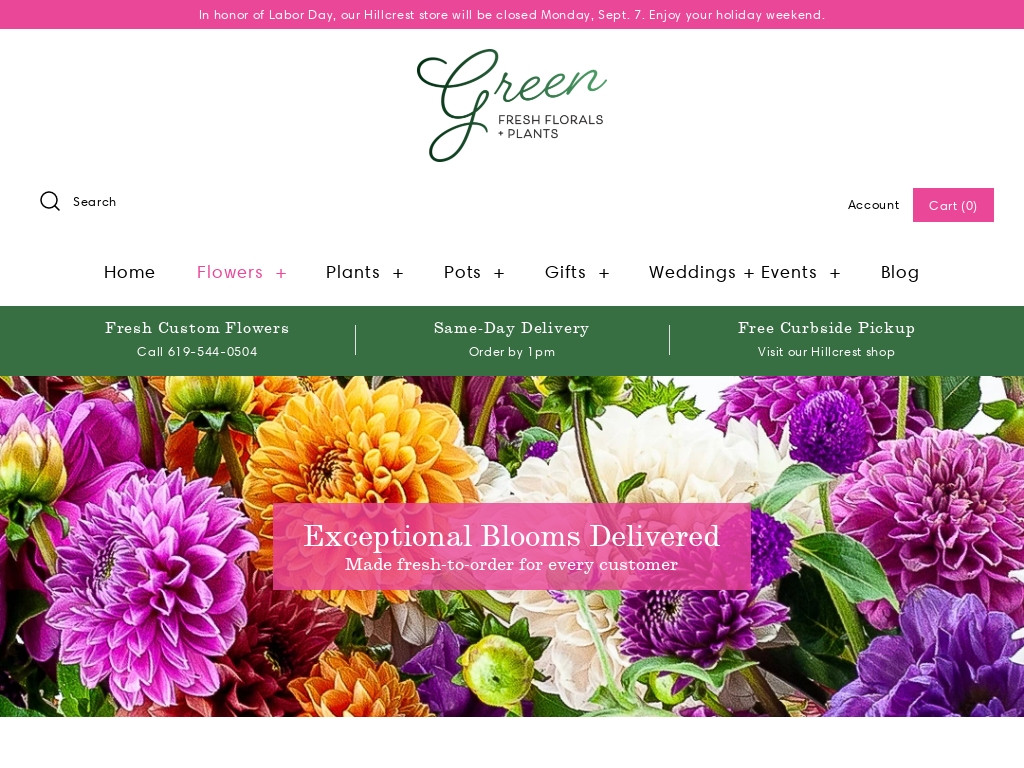
Green Fresh Florals + Plants owner and creative director Carlos Franco explains how he built a unique, authentic, and profitable modern flower and plant shop in San Diego's Hillcrest neighborhood, growing from one employee to a $120k per month business through customer service, a focus on design, and a deep love for his craft.
248. Dexpel ($1.44M/year)
In 2009, Sarim, a programmer and digital marketing expert, started Dexpel with a budget of $2,000 and a small A3 printer, laminator, and cutting system. Frustrated with the limited customization options available when shopping for apparel and merchandise, Sarim researched manufacturing processes and discovered that he could create these items in-house. With the introduction of an online customizer, Dexpel became the first company in Pakistan to offer this feature, leading to rapid growth and expansion into a full-fledged facility with over 30 employees. Their revenue has grown from $2,000 per month to $165,000 per year, but Sarim measures success by the team and product line growth.
How much money it makes: $1.44M/year
How much did it cost to start: $3K
How many people on the team: 10

Dexpel, a Pakistani custom print store, grew from a budget of $2,000 for just a few vinyl customization products to over 200+ unique products and $165,000/year in revenue, by prioritizing online sales and developing in-house technology for order fulfillment.
249. The Design Cart ($1.44M/year)
Apaar, the founder of The Design Cart, came up with the idea for his business after realizing the procurement challenges faced by fashion designers in India. He personally spoke to over 800 designers and identified the need for a tech-enabled solution. After building a website and cataloging thousands of products, he launched the online B2B sourcing portal, which has now serviced over 20,000 designers and achieved a monthly turnover of $80k.
How much money it makes: $1.44M/year
How much did it cost to start: $25K
How many people on the team: 25
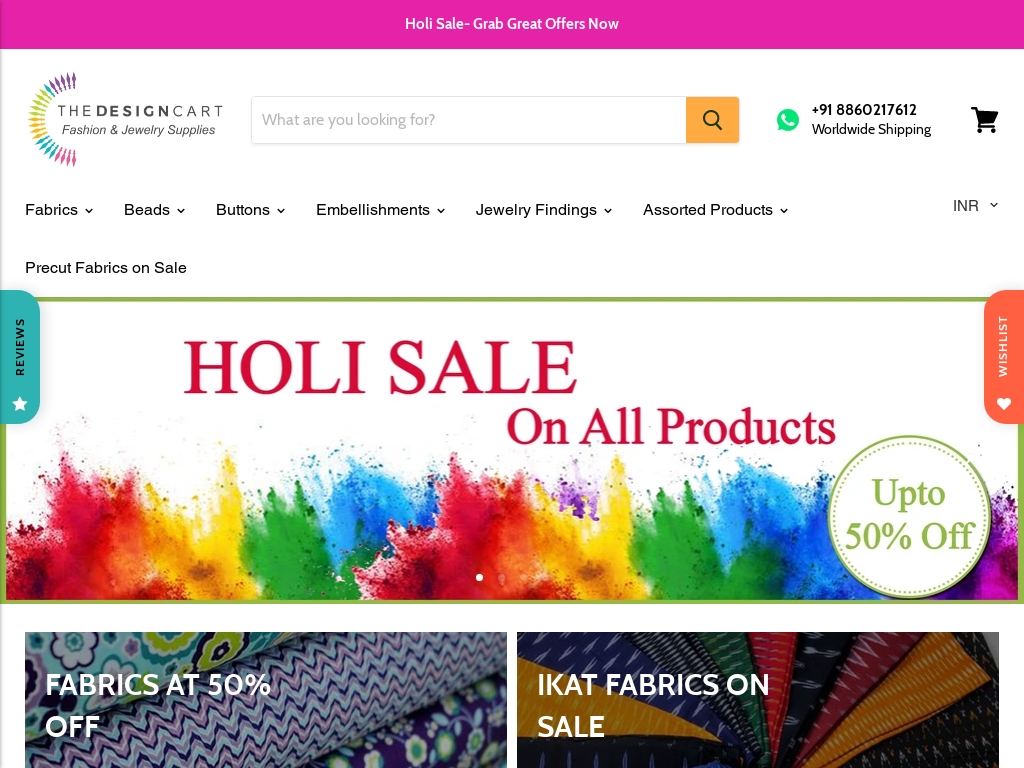
The founder of The Design Cart, an Indian online B2B sourcing portal for the fashion industry, shares how he turned his weekend gig into an EBITA positive business, servicing over 20,000 unique designers and brands globally and achieving a monthly turnover of over $80k until COVID-19 hit, by relentlessly running behind supply and demand, optimizing his online marketing strategy and keeping costs low for sustainable profits.
250. Progress Brewing ($1.44M/year)
Diego Benitez, the founder of Progress Brewing, came up with the idea for his craft brewery while working in academia and as a technology analyst. After brewing beer at home with his colleague, Kevin Ogilby, and conducting extensive research on the brewing industry, they decided to open their own brewery. Despite facing challenges with permits and limited capital, they successfully launched the business in August 2013 and saw continuous growth, with a projected revenue of $2 million in 2019.
How much money it makes: $1.44M/year
How many people on the team: 5

Progress Brewing, a craft beer company in South El Monte, saw continuous growth of 12-14% every month for 16 months straight and hopes to break $2M revenue in 2019 with a focus on high-value non-hype beer, excellent customer service, and providing an overall enjoyable experience.
251. Empire Skate ($1.44M/year)
Matt Wells co-founded Empire Skate after the only skate shop in Lower Hutt closed down. With a passion for skateboarding and a desire to serve the local community, Matt and his business partner launched their own skate and streetwear store, which has now grown into a successful online business with a monthly turnover of $120K.
How much money it makes: $1.44M/year
How many people on the team: 10

Empire Skate is an independently run skate and streetwear store that specializes in skateboards, footwear, clothing, and everything in between relating to skate culture; with an average monthly turnover of around $120K and over 150 different brands from around the world, its success is due in part to a strong focus on community and a loyal customer base.
252. Grow Your Agency ($1.44M/year)
Iman Gadzhi, founder of IAG Media and Grow Your Agency, came up with the idea for his social media marketing agency (SMMA) and online course after mastering Facebook ads and personal branding. With over $1.2 million in profit in just two years and multiple successful students, Gadzhi has become a leader in the SMMA industry.
How much money it makes: $1.44M/year
How many people on the team: 2
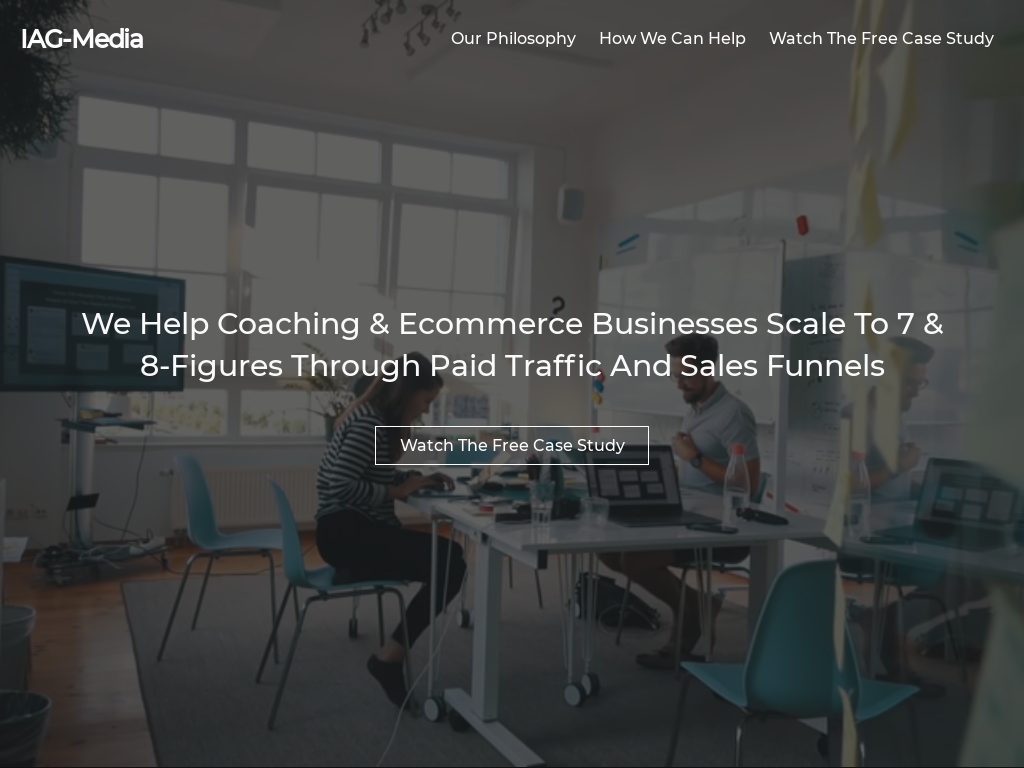
Iman Gadzhi made over $1.2M in profit within two years with his social media marketing agency and education company, where he teaches entrepreneurs how to start and scale a profitable SMMA, with over 45 of his students making over six figures with their SMMA, and over 300 students having quit their regular jobs.
253. Felony Case ($1.44M/year)
Felony Case founder, Andrew Moore, stumbled upon the idea for his iPhone case business after seeing a photo of a metal studded case on Twitter. He decided to try making one himself and received positive feedback from friends and eventually retailers like Holt Renfrew. After initial success, he sought out a factory in China to manufacture the cases and expand his business.
How much money it makes: $1.44M/year
How many people on the team: 1

Felony Case, a Toronto-based company designing unique iPhone cases, started as a small shop on Etsy and has grown to become an internationally recognized fashion iPhone case brand sold in top tier retailers like Nordstrom, Holt Renfrew, Indigo, Urban Outfitters, Revolve, Free People, and made over half a million dollars in revenue last year.
254. tutiendaenergetica.es ($1.32M/year)
After realizing his unhappiness in his hotel career in the UK, Borja decided to join his father's solar PV business in Spain. Together, they launched tutiendaenergetica.es, an ecommerce site and retail shop selling green tech products such as solar PV components and electric mobility vehicles. With a database of over 7,000 clients and a goal of reaching $1 million in revenue in 2019, their business has seen rapid growth since its inception in 2010.
How much money it makes: $1.32M/year
How much did it cost to start: $50K
How many people on the team: 11

Learn how a Spanish green tech retail business increased revenue year to date by as much as the entire revenue from 2018, with the aim of reaching USD 1 million in 2019, by introducing ad-hoc technical proposals, professional installation services and designing and manufacturing lithium-ion batteries for electric mobility vehicles.
255. Hakuna ($1.32M/year)
Button Watch was founded by three co-founders who believed they could make a mark in the fashion industry through innovation. After brainstorming and experimenting with different ideas, they came up with the idea of creating the first watch with interchangeable fabric straps that fasten with a button. With more than 1,000 combinations available, they have achieved $1.5 million in revenue in just two years.
How much money it makes: $1.32M/year
How many people on the team: 5

Button Watch, founded in 2018 by three co-founders, has grown to $1.5M in revenue and more than 1000 combinations of interchangeable cotton straps with a unique button-fastening system.
256. XO Marshmallow ($1.3M/year)
Lindzi Shanks, co-founder of XO Marshmallow, started the business after her partner Kat Connor created homemade marshmallows as a gift and received overwhelming feedback. Realizing the potential, they decided to launch an online shop and later opened the world's first marshmallow café. They relied on customer feedback and suggestions to develop new flavors and products, using their culinary and branding expertise to create a successful lifestyle brand.
How much money it makes: $1.3M/year
How much did it cost to start: $200
How many people on the team: 7
XO Marshmallow, the premier gourmet marshmallow company and home of the first marshmallow café, discusses how they became the leader in their market by creating a compelling lifestyle brand primarily through social media and organic traffic, leading them to do $1.5 million in sales last year with continued YoY growth ranging from 25-300%.
257. Allbe Canada ($1.2M/year)
Jordan's background is in nutritional science as a lecturer at a medical school, which gave him the foundation to understand the complexity of human health and nutrition. However, the true motivation behind founding Allbe Canada came from something other than his professional background, when his mother was diagnosed with a chronic disease. The reality that her health could be improved by altering her lifestyle habits, including nutrition, was a major wake-up call. He began researching extensively, exploring the potential of dietary supplements in supporting overall health. The idea for Allbe Canada sparked during this time, to create a product that could support people's health naturally and holistically.
How much money it makes: $1.2M/year
How many people on the team: 1
This case study article is about the founder of Allbe Canada, a health supplement venture in Canada, that has achieved annual revenue in the ballpark of 7 figures, exemplifying their commitment to scientifically backed, high-quality supplements and the trust of their health-conscious customers.
258. RedlineGoods ($1.2M/year)
Mike, the founder of RedlineGoods, came up with the idea for his specialty automotive interior accessories business when his girlfriend complained about the drab interior of his Nissan 300ZX. After posting pictures of a new shift boot he had made on a car forum, he received 49 replies from people asking where they could get one. Realizing the potential for a side income, he started the business, which has now grown to over $1 million in annual revenue and offers over 2500 unique products.
How much money it makes: $1.2M/year
How much did it cost to start: $1K
How many people on the team: 4
RedlineGoods, a specialty automotive interior accessories site, went from a small family business of three people to a $1M+ operation with over 2,500 unique products sold to more than 100,000 customers over the past 20 years; their success stems from being obsessed with quality and utilizing digital marketing strategies.
259. Thurso Surf ($1.2M/year)
Childhood friends Shenglong You and Yu Li reconnected over paddleboarding and saw an opportunity to improve the gear and accessories available. They started Thurso Surf in 2017, initially testing their products on Amazon before launching their online store in 2018. With their focus on product quality, customer service, and building their brand, they have become one of the best SUP brands in the mid-range market, selling thousands of boards in dozens of countries.
How much money it makes: $1.2M/year
How much did it cost to start: $5K
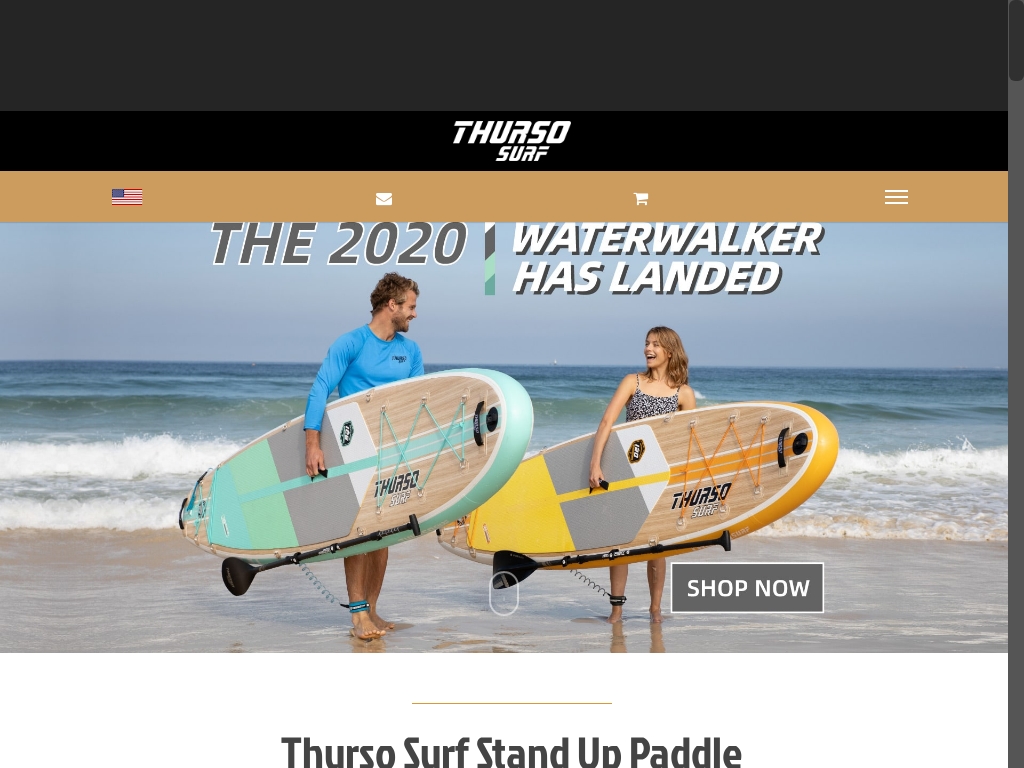
Thurso Surf, founded by childhood friends, has quickly grown to become one of the best SUP brands in the highly competitive mid-range market, selling thousands of boards in dozens of countries since its launch in 2018, with traffic increased 16X since their first year in operation.
260. Sinry Advice ($1.2M/year)
Sina originally pursued a degree in International Business Management in Malaysia before returning to Iran to work in the import-export business, where he learned about eCommerce and dropshipping. In 2019, a friend introduced him to a unique product opportunity, prompting the launch of an eCommerce store.
Sina's first sale involved a digital product with no manufacturing costs, marking a significant success. This achievement inspired him to create My EA Academy and launch a third business in October 2021, which now earns six figures.
How much money it makes: $1.2M/year
How much did it cost to start: $388
How many people on the team: 6
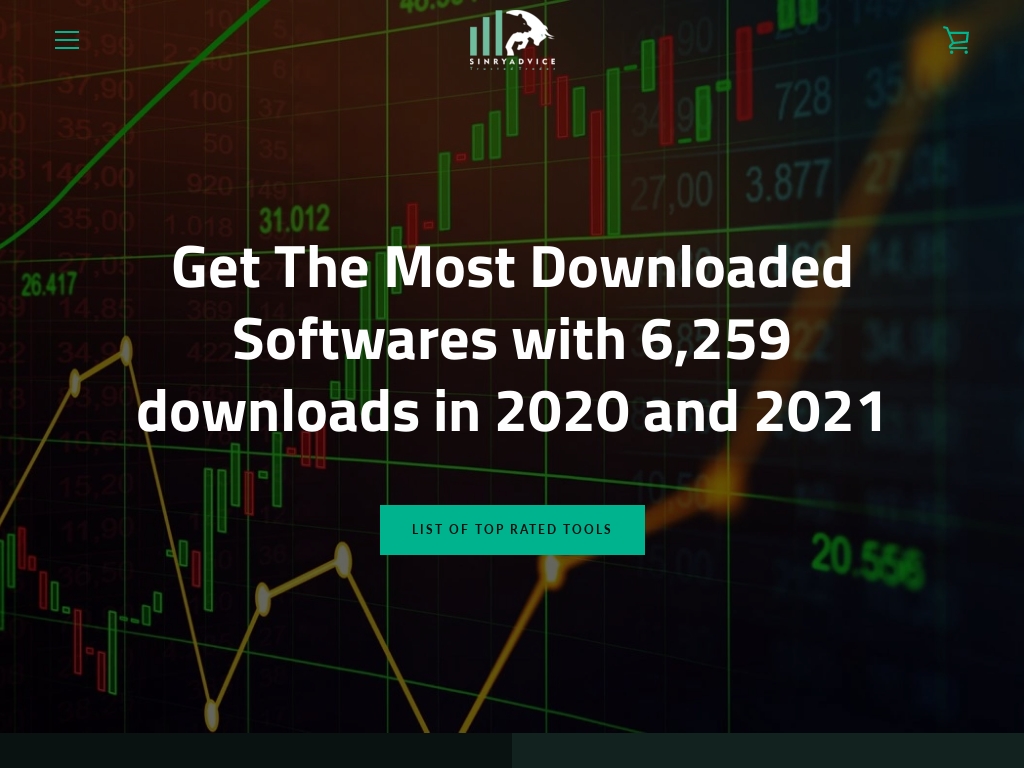
Entrepreneur Sina Sinry started an eCommerce business selling the best performing forex robot, generating monthly earnings of over $100,000 from his digital products, which he developed with the help of professional developers and found success through Facebook Ads.
261. biöm ($1.2M/year)
After sharing his dental expertise on Twitter and gaining a following, "Gator" was frequently asked, "when are you going to make a toothpaste?" Leveraging his background and overcoming his own dental issues, he co-founded Biöm, launching a successful toothpaste tablet business with a monthly run rate of $100,000 and 30% returning customer rate.
How much money it makes: $1.2M/year
How much did it cost to start: $38K
How many people on the team: 3

A dentist's journey from twitter educator to toothpaste entrepreneur, creating a successful brand with a unique formula to maintain oral health, all while emphasizing transparency and effective, authentic marketing strategies to attract and retain customers.
262. Shobitam Designs ($1.2M/year)
Aparna Thyagarajan and her sister Ambika, both with engineering and technology backgrounds, came up with the idea for their business, Shobitam, during a casual dinner conversation with their parents. They saw a gap in the market for accessible and affordable Indian ethnic fashion, especially for those living outside of India. After launching on Etsy in 2019, they experienced rapid growth and expanded to their own website in early 2020.
How much money it makes: $1.2M/year
How much did it cost to start: $50K
How many people on the team: 18
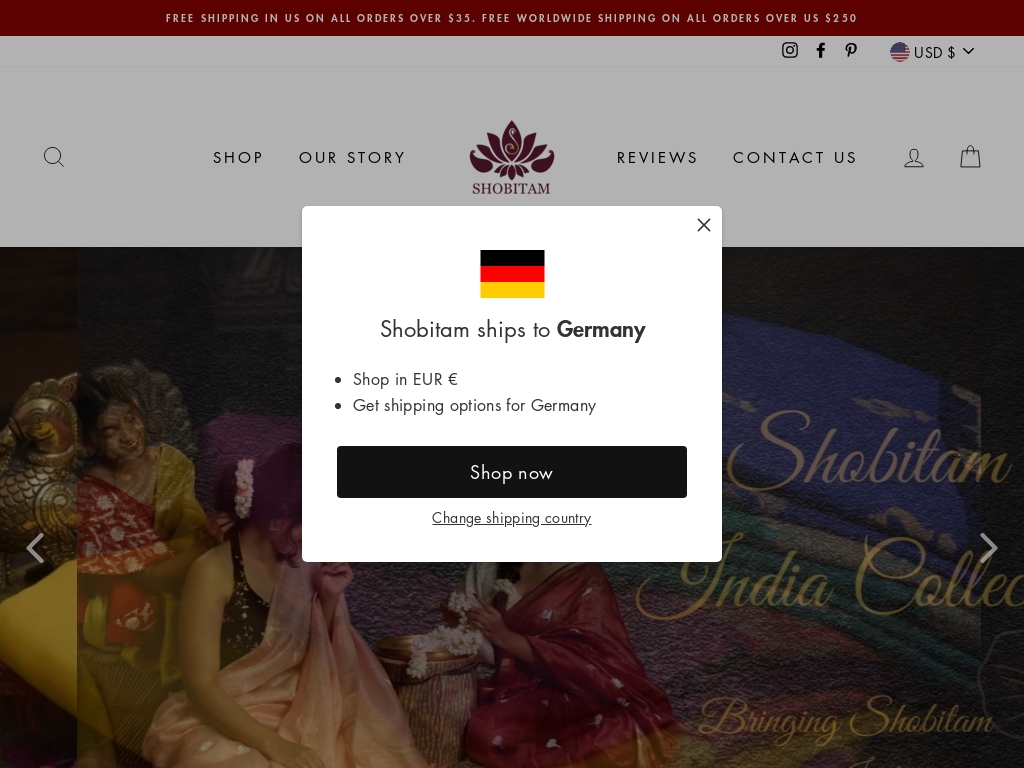
Shobitam is a digital-first company that democratizes ethnic fashion globally with 40,000+ social media followers, tens of thousands of customers and shipped to over 30 countries, gaining explosive growth of 300% YoY during COVID times, and is currently a $1.2M/year ethnic fashion brand and the top 1 Etsy store.
263. MazeEngineers ($1.2M/year)
Dr. Shuhan He, a doctor and entrepreneur, came up with the idea for Maze Engineers after realizing the lack of big data and effective mouse mazes for conducting neurological experiments. He worked together with a team of doctors, engineers, and designers to create customized mazes that integrate automation techniques and video integration, making it easier for researchers to gather important information. Since launch, Maze Engineers has attracted new customers through targeted digital marketing efforts and building relationships with other companies in the field.
How much money it makes: $1.2M/year
How many people on the team: 15

Maze Engineers, a Boston-based startup, designs and creates custom mazes for research purposes, providing support for neurological experiments and therapies for patients, with clients ranging from biotech and pharmaceutical companies to public and private universities.
264. Plant Circle ($1.2M/year)
Monika Kalinowska, founder of Plant Circle, came up with the idea for her business after experiencing a burnout in her previous job as a video journalist. She turned to plants as a way to cope with her anxiety and frustration, but struggled to find unique and well-made plants and accessories. Recognizing a market gap, she launched Plant Circle as an online plant store with a focus on sustainability and animal welfare. The business quickly gained traction through social media, workshops, and collaborations, and now generates approximately $100k in revenue per month.
How much money it makes: $1.2M/year
How much did it cost to start: $5K
How many people on the team: 12
Founder Monika Kalinowska turned her passion for plants into a sustainability and animal welfare-focused business, quadrupling revenue each year to reach +/-100k a month in 2021, by focusing on Instagram marketing, good SEO, a strong email list, and running workshops to attract and retain customers.
265. Tactica ($1.2M/year)
Tactica founder Mike Chijoff came up with the idea for his business after years of frustration with innovation stagnating in his industrial design consultancy. Wanting to take ownership and develop his own products, he launched Tactica in 2016 and raised over $570k in a Kickstarter campaign for their founding product, the M100 multitool. They continue to grow, generating around $80,000 in revenue each month through global distribution and investment in research and development.
How much money it makes: $1.2M/year
How many people on the team: 2

Tactica's founder, Mike Chijoff, details his journey of launching a multifunctional lifestyle brand which generates around $80k revenue a month, that uses crowdfunding as a validation tool for innovation, and diversifies its revenue streams while focusing on long-term customer relationships.
266. Discotech ($1.2M/year)
Ian Chen, the Co-Founder and CEO of Discotech, came up with the idea for their business after struggling to find reliable promoters and information about nightlife events and reservations. Realizing there was a gap in the market, Chen and his co-founders created Discotech, an app that simplifies event discovery, VIP table reservations, ticket purchases, and guest list sign-ups. Since surviving the COVID pandemic, Discotech has generated over $1 million per month in gross sales, with a net revenue of 10-15%.
How much money it makes: $1.2M/year
How much did it cost to start: $450K
How many people on the team: 15
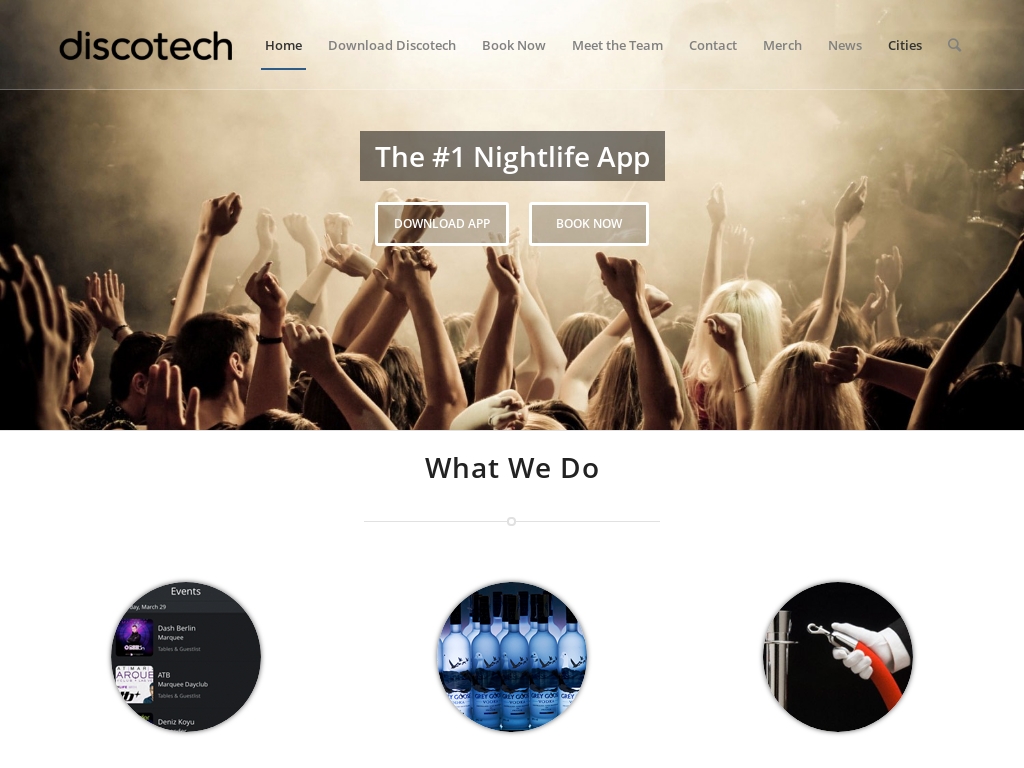
Discotech, an OpenTable for Nightlife, has partnered with over 1,200 venues across 50+ cities, generating over $1M in gross sales and netting between 10-15% as net revenue, while thriving after surviving the COVID pandemic.
267. On Air Parking ($1.2M/year)
Patrick Murray, Co-Founder and CEO of NOSON, came up with the idea for his business after leaving his previous job and becoming obsessed with off-airport parking. He flew to different markets, met with parking owners, and deeply dived into their pain points. After months of conversations, the concept of On Air Parking was born, targeting Uber and Lyft as their main competition.
How much money it makes: $1.2M/year
How many people on the team: 1

Learn how the Co-Founder and CEO of NOSON grew their business to $1.2M in revenue in 27 markets using tools like Typeform, Zapier and Google for only $300 a month, and their advice for entrepreneurs just starting out.
268. Stone ($1.2M/year)
Stefan Johnson, co-founder of STONE, came up with the idea for their business while photographing a two-Michelin-star chef using a regular notebook that kept sliding on the kitchen surface. Together with his client Eliot, they brainstormed and came up with the concept for a chefs notebook with unique features, including stone paper, which led to the launch of their successful Kickstarter campaign and the creation of STONE.
How much money it makes: $1.2M/year
How many people on the team: 5

Cookbook designers, Stefan Johnson and Eliot Dudik launched a Kickstarter campaign in 2018 hitting its funding target in 24 hours, thus kickstarting the business that has 6 new products, a monthly revenue of around $40,000, and over 45,000 products sold with plans to double its turnover by 2020 by expanding product line and corporate offering.
269. Bay Sports ($1.2M/year)
Founded by Hamish, Bay Sports started as an idea when his business partner purchased a kayak at a fraction of the price in a retail store. Recognizing the demand for affordable and high-quality water sports products, Hamish and his partner decided to launch an online store, offering a wide range of kayaks, SUP boards, and more. With the growth of online shopping and the use of platforms like Shopify, Bay Sports has become one of the largest online water sports businesses in Australia.
How much money it makes: $1.2M/year
How many people on the team: 1

Bay Sports, an online water sports business, started with just kayaks and now offers a wide range of products, able to offer competitive prices due to being primarily online, with over 70% of customers shopping on mobile devices, emphasizing the importance of a strong online presence.
270. Think Crucial ($1.2M/year)
Chad Rubin, founder of Think Crucial and CEO of Skubana, came up with the idea for Think Crucial after seeing the high prices and limited availability of replacement parts for household items. He started small, selling a single product, and gradually expanded to become a successful seller. He then created Skubana to solve the operational problems he encountered and help other e-commerce businesses run more efficiently.
How much money it makes: $1.2M/year
How many people on the team: 1

Chad Rubin, founder of Think Crucial and CEO of Skubana, shares his experience in building and scaling his e-commerce business from scratch using scrappy tactics and integrated e-commerce management software.
271. KLOS Guitars ($1.2M/year)
Adam Klosowiak came up with the idea for KLOS Guitars when his own wooden travel guitar cracked in cold temperatures. He saw an opportunity to create a durable and portable carbon fiber guitar that would solve the issues of fragility and warping commonly associated with wooden instruments. After conducting extensive research and launching a successful Kickstarter campaign, KLOS Guitars has grown to ship to over 70 countries and generate over $100k per month in sales.
How much money it makes: $1.2M/year
How many people on the team: 13

KLOS Guitars CEO and co-founder Adam Klosowiak created a unique line of carbon fiber guitars and ukuleles, launching with a successful Kickstarter campaign that has since led to over $1 million in funding, with current monthly sales over $100K mainly through Shopify.
272. Auction King ($1.2M/year)
Aaron Varsha, the founder of Auction King, got into the auction business due to his family's longstanding involvement in the industry. However, he faced challenges when the online auction market became saturated. His lightbulb moment came when a marketer suggested he start his own auction website, and despite initial setbacks, Auction King launched in 2016 and has since grown, with Varsha now focused on expanding inventory and selling the software to other auction houses.
How much money it makes: $1.2M/year
How many people on the team: 6
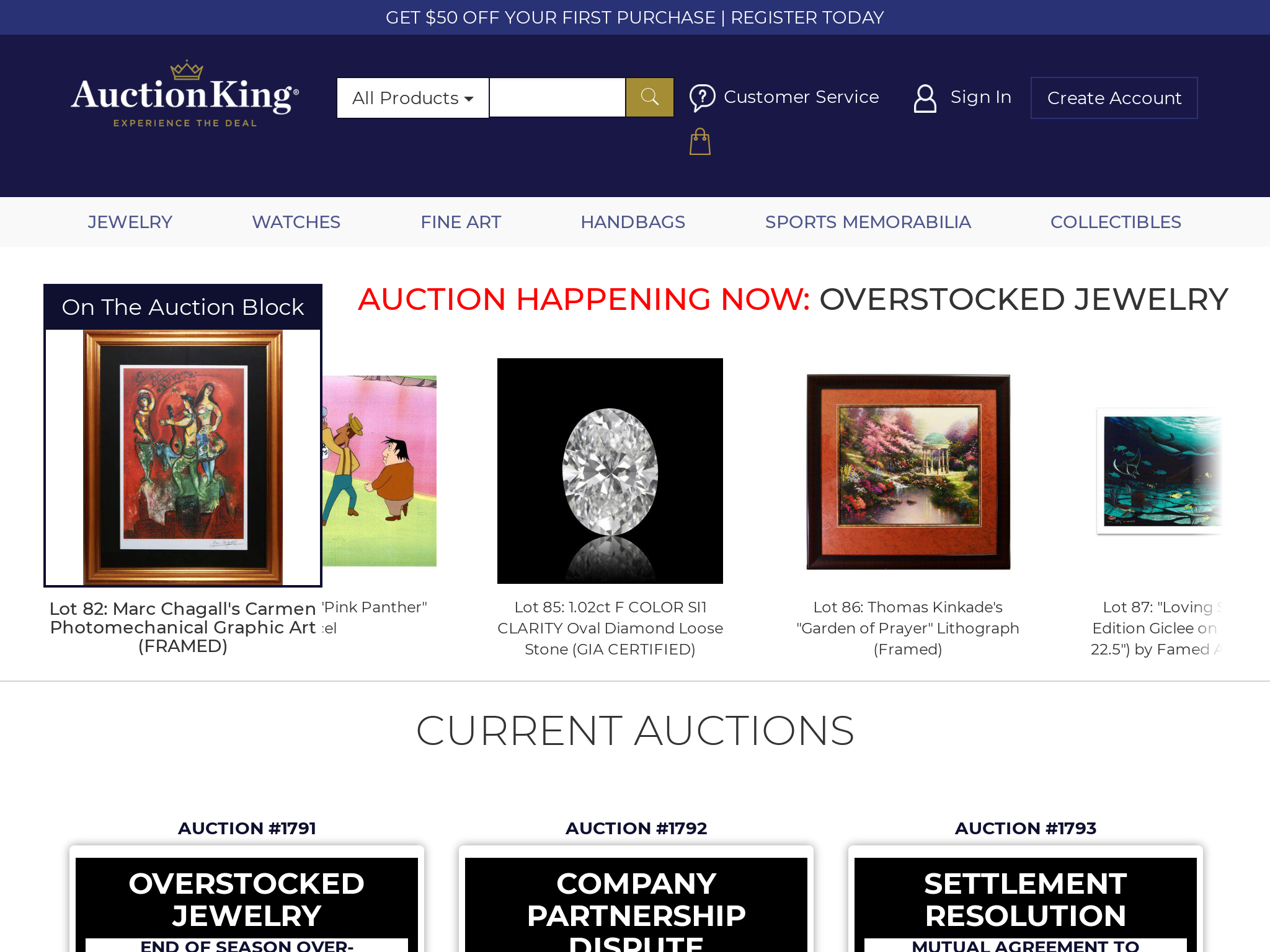
Auction King, a live online auction website for unique items, overcame issues with buggy sites and lost inventory to become a profitable business with plans to expand, as well as packaging and selling their software to other auction houses.
273. CanYouHandlebar ($1.2M/year)
Doug Geiger, founder of Can You Handlebar, came up with the idea for his men's grooming product business when he realized there was a lack of high-quality and transparent beard and moustache products available. After numerous experiments and research, he launched the business with a humble credit card investment, and it has since grown to generate millions in revenue, with products stocked in major retailers like The Art of Shaving.
How much money it makes: $1.2M/year
How much did it cost to start: $400
How many people on the team: 10

Men's grooming product company Can You Handlebar grew from a kitchen countertop with a stolen crockpot to making a million dollars in the first three years, expanding to a 10,000 square foot building and a network of international retail partners, with a focus on quality products and customer service.
274. Hipcooks ($1.2M/year)
Monika Reti, the founder of Hipcooks, came up with the idea for her cooking school after hosting impromptu dinner parties for friends and realizing that many of them felt intimidated by cooking. She wanted to teach people to cook like she does, with delight and a sense of community. Now, with 7 profitable locations and plans to franchise, Reti is ready to scale up her business.
How much money it makes: $1.2M/year
How many people on the team: 8

Hipcooks is a 7-location cooking school business that has grown organically to reach $100k/month in revenue, and attracts and retains customers through their communal approach, vibrant online presence, and updated Google and Yelp business pages.
275. Mirai Clinical ($1.2M/year)
Koko, a Japanese female serial entrepreneur, came up with the idea for her eCommerce business of deodorizing body, hair, and home care products after realizing the lack of solutions for body odor associated with aging. Inspired by her grandmother's experience, she introduced Japanese Persimmon soap to the US market. Now, her business generates $100,000 in monthly sales, primarily through Shopify and Amazon, and focuses on providing senior-friendly products and exceptional customer service.
How much money it makes: $1.2M/year
How much did it cost to start: $15K
How many people on the team: 1
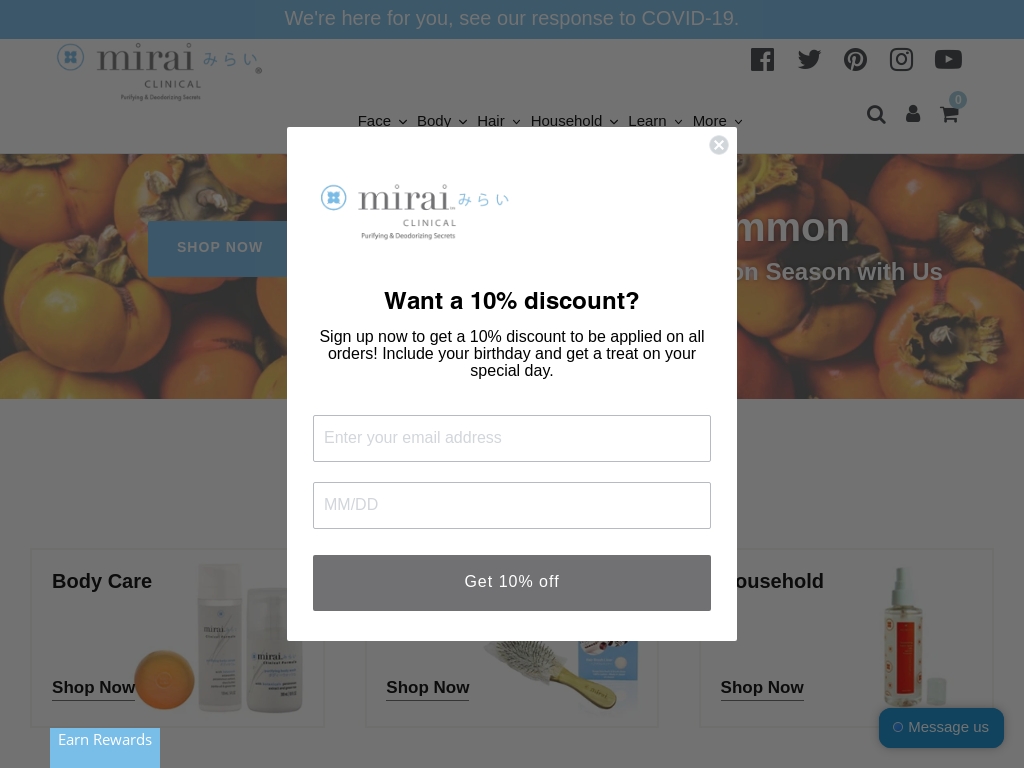
This case study features a Japanese female entrepreneur who started an eCommerce business offering deodorizing body, hair, and home care products, with monthly sales of $100,000 mostly from Shopify eCommerce and Amazon, targeting baby boomers and offering solutions for body odor associated with aging in the USA.
276. Country Outfitter ($1.2M/year)
John James, CEO of Engine, started his previous business, Acumen Brands, during the 2009 financial crisis. With over a decade of ecommerce experience, James and his team built multiple online stores, including Country Outfitter, which grew to become a $100 million retailer of cowboy boots within six months, despite neither founder owning a pair themselves. Using innovative marketing strategies, such as Facebook giveaways and viral loops, Country Outfitter acquired 9 million fans and 11 million email subscribers, resulting in an 8% conversion rate and $100 million annual revenue run rate.
How much money it makes: $1.2M/year
How many people on the team: 20
Former Acumen Brands CEO shares how he acquired nine million Facebook fans in 90 days for one of his brands, leveraged that success to raise $100 million in venture capital, and ultimately failed spectacularly after being acquired, highlighting the importance for ecommerce companies to focus on direct relationships with customers.
277. Shenzhen Shibao Jewelry Co., Ltd ($1.2M/year)
Long Shuai, the founder of Silverbene, came up with the idea for his jewelry wholesale business after realizing the inefficiencies in the production processes of silver jewelry factories in China. He saw an opportunity to use information technology to standardize the manufacturing process and improve efficiency. With a revenue of $450K per month and over 3,500 jewelry store clients worldwide, Silverbene is now a successful business in the industry.
How much money it makes: $1.2M/year
How much did it cost to start: $200K
How many people on the team: 10

Silverbene, a silver jewelry design and manufacturing company, supplies over 3,500 jewelry stores worldwide, sending out over 90,000 items per month with a revenue of $450K USD per month, using information technology to standardize the production process and paying attention to international fashion trends while designing products.
278. Blvck Paris ($1.2M/year)
Julian O'hayon, the co-founder of Blvck Paris, came up with the idea for his business through his passion for minimalistic design and his success on Instagram showcasing black-themed images. After his photos of everyday items edited to be completely black went viral, Julian knew he wanted to create an all-black lifestyle brand, and thus Blvck Paris was born.
How much money it makes: $1.2M/year
How much did it cost to start: $80K
How many people on the team: 2

How a co-founder started an all-black lifestyle brand that grew to over 640k followers on Instagram and reached $100k/month revenue within 2 years.
279. Romans Tide ($1.2M/year)
Nick, the founder of Romans Tide, turned to e-commerce after a tumultuous youth and surviving nine months of homelessness. In 2017, he scaled his Amazon business to over $1 million in revenue, proving skeptics of Retail Arbitrage wrong while generating six figures a month with 20-25% profit margins.
How much money it makes: $1.2M/year
How much did it cost to start: $20
How many people on the team: 5

Founder grows Amazon arbitrage business to over $1 million annual revenue before transitioning to private label products and becoming a distributor for his own and other brands, with a full-scale countrywide retail arbitrage operation generating six figures a month and gross profit margins of 20-27%.
280. Joker Greeting ($1.2M/year)
Travis Peterson, a former investment banker, came up with the idea for Joker Greeting after he and his brother found a musical greeting card at their mom's house and thought it would be hilarious if it didn't stop playing. They launched the hilarious non-stop looping musical card on Kickstarter and raised an impressive $92,073 in just 30 days, propelling Joker Greeting to success.
How much money it makes: $1.2M/year
How much did it cost to start: $1K
How many people on the team: 0
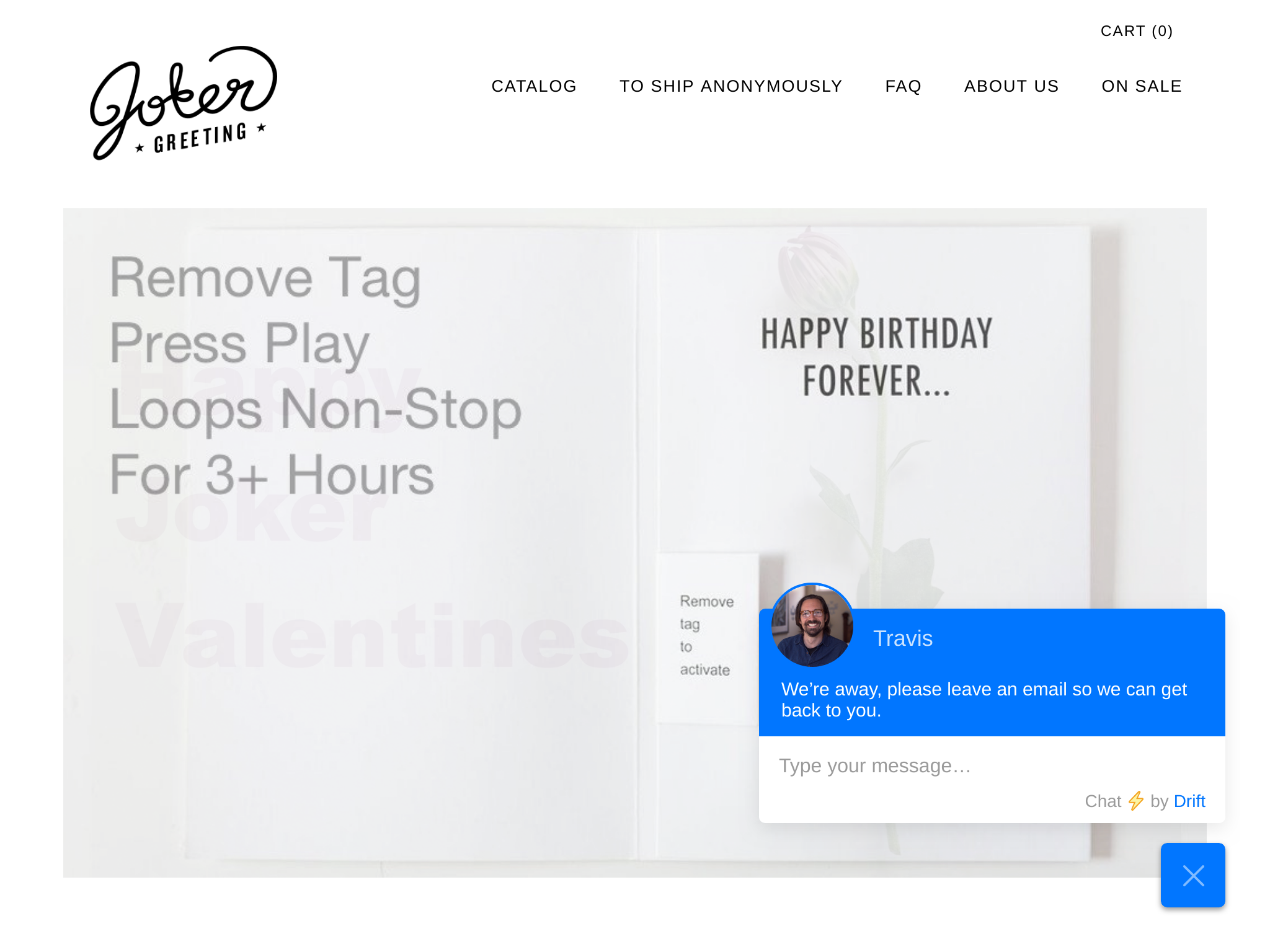
Joker Greeting sells unique prank gifts, including a non-stop musical birthday card, an idea raised by the founders visiting their mom's house, having no website or marketing and yet raising $92,073 on Kickstarter in 30 days due to being picked up by media, enabling them to sell 15,000 units in the first year, owned SEO for their niche, selling almost 40,000 units in 2017 and expected to reach 50,000 to 60,000 in 2018 with a small team, using Shopify and various social media channels with lots of organic traffic.
281. Braxley Bands ($1.2M/year)
Braxton Manley and his dorm-mate Grant Andrews started Braxley Bands as a class project at Texas Tech. With only a $20 investment and no prior business experience, they created an elastic Apple Watch band and scaled the business to $100K a month on Shopify within three years.
How much money it makes: $1.2M/year
How much did it cost to start: $20
How many people on the team: 3

Braxton Manley started Braxley Bands with only $20, creating an elastic Apple Watch band and scaling the business to an impressive $100K a month on Shopify, all without any other capital or investment.
282. FEAT Socks ($1.2M/year)
Taylor Offer, co-founder of FEAT Socks, came up with the idea for his custom sock company after teaming up with fellow entrepreneur Parker Burr during their senior year of college. They started by buying plain white socks in bulk and adding custom designs in their dorm room, eventually selling 20,000 pairs of socks on campus. The business gained traction after forming partnerships with sports agent David Falk and Olympic gymnast Aly Raisman, propelling FEAT Socks to international success.
How much money it makes: $1.2M/year
How many people on the team: 3

FEAT Socks, a custom sock company based out of Los Angeles, went from selling 20,000 pairs of customized socks on a college campus to selling $200,000 a month after Olympic gold-medalists posted pictures on Instagram, proving that focusing on having a kick-ass brand and utilizing social media is key to success.
283. The Longhairs ($1.2M/year)
Chris Healy and Lindsay Barto, founders of The Longhairs, came up with the idea for Hair Ties For Guys after they both started growing their hair long and realized there was a lack of quality hair ties designed for men. They created a funny and punchy commercial for the product, and from there, The Longhairs was born. They built a brand and started publishing weekly content that established them as the go-to source for men with long hair, attracting a loyal community and customers from around the world.
How much money it makes: $1.2M/year
How much did it cost to start: $10K
How many people on the team: 3
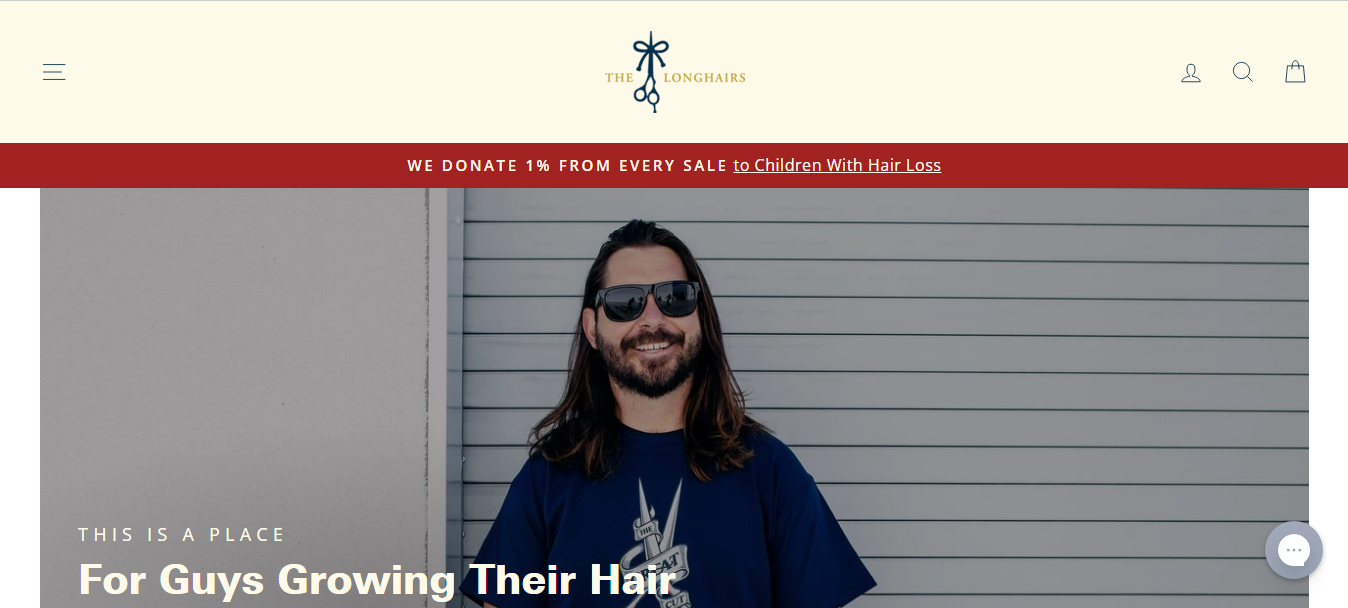
The Longhairs started their business in 2014 with no following and over four years they’ve grown their audience to 60K monthly website visitors, 20K email subscribers, and 28K YouTube subscribers, with monthly revenue of $30K by creating original, quality content, building their community, driving email optins and converting subscribers into customers.
284. Bey Moss ($1.2M/year)
Nick Bey, the founder of Bey Moss, came up with the idea for his business after hearing about the health benefits of sea moss from rapper Nipsey Hussle. He decided to sell sea moss products to his wife's large social media following and quickly sold out of his first batch, validating the demand for the product. With his background in computer programming and his wife's sales expertise, they were able to build Bey Moss into a successful e-commerce business, making over $800,000 in revenue to date.
How much money it makes: $1.2M/year
How much did it cost to start: $500
How many people on the team: 10

Bey Moss, an e-commerce platform selling sea moss-infused health and wellness products, made over $800,000 to-date with less than $10,000 overall in ads after validating the product idea through reviews and feedback and leveraging their social media following to build a Bey Moss community.
285. Swoveralls ($1.2M/year)
Kyle Bergman, Founder of The Great Fantastic, came up with the idea for his business when he couldn't find sweatpant overalls online or in stores. After discovering a supplier on Alibaba and using Google's Keyword Search Planner to determine demand, he launched his brand and sold over $300k worth of his hero product, Swoveralls, in just 18 months.
How much money it makes: $1.2M/year
How many people on the team: 10

Founder Kyle Bergman turned a personal problem into a viral apparel brand, generating over $300k in sales within 18 months through Amazon and his own website, and raising $108k through a Kickstarter and Indiegogo campaign.
286. Beardbrand ($1.2M/year)
Eric Bandholz, the founder of Beardbrand, came up with the idea for his business after experiencing the pressures of conforming to corporate grooming standards. He wanted to create a brand that catered to "urban beardsmen" like himself who didn't fit the traditional stereotypes. Through content creation and a strong focus on owning their audience, Beardbrand has grown from a $30 investment to seven figures in a short period of time.
How much money it makes: $1.2M/year
How much did it cost to start: $0
How many people on the team: 11
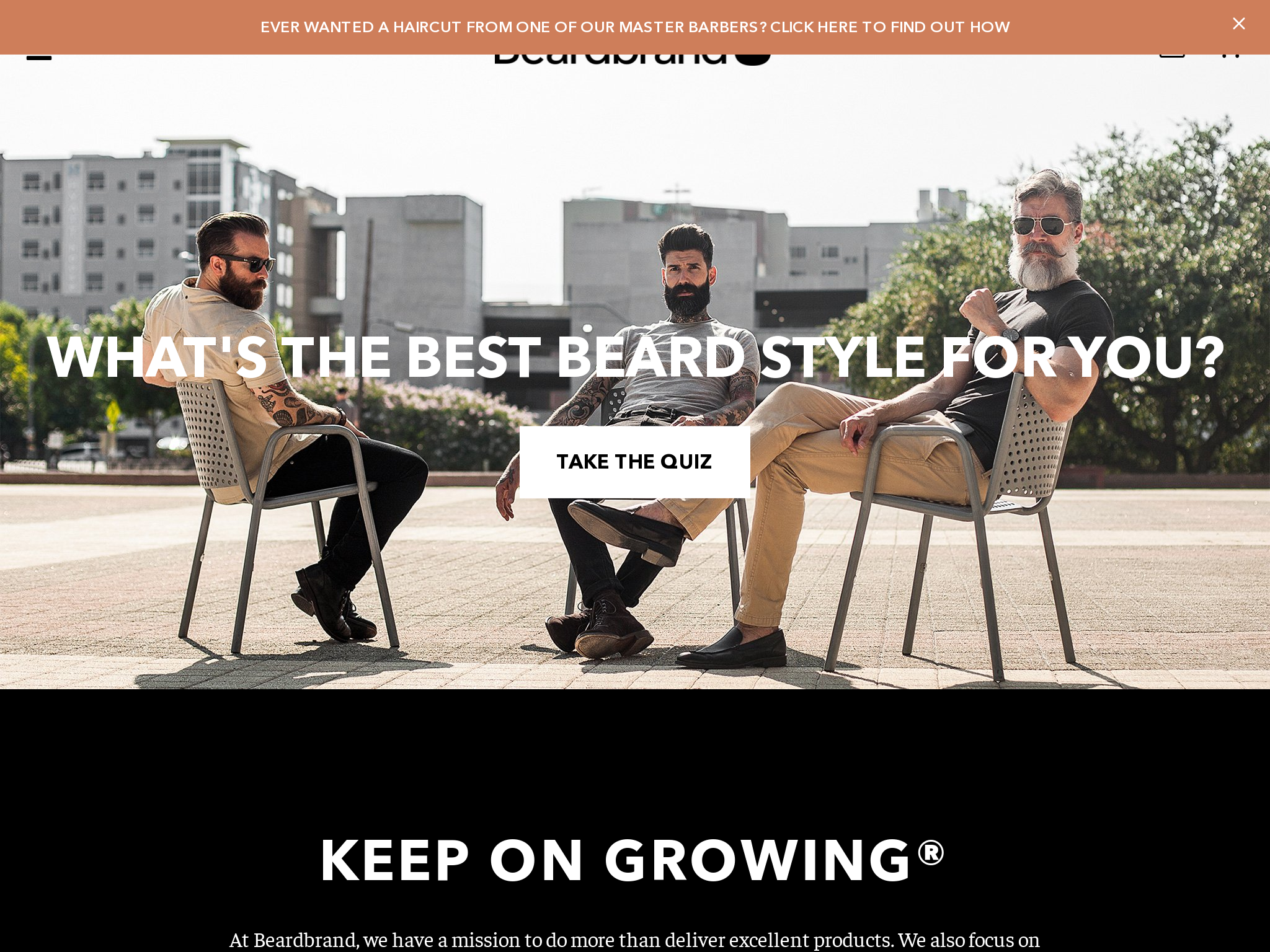
American men's grooming company Beardbrand has grown from a $30 investment to seven figures and bootstrapped its expansion, thanks to a focus on content creation that allows the firm to control its audience and own its email database. The company originated after founder Eric Bandholz attended a beard enthusiasts' gathering and coined the term "urban beardsman" to describe traditional men who "didn't fit the typical stereotypes," and has benefited from coverage including a New York Times piece and TV appearance on Shark Tank.
287. Ka-Pop! Snacks ($1.2M/year)
Dustin Finkel, the creator and CEO of Ka-Pop! and Awakened Foods, came up with the idea for his snack business after realizing the lack of genuinely authentic and delicious snacks in the market. As a certified personal trainer and nutritionist, Finkel wanted to create snacks that were both healthy and tasty, leading him to develop the Ka-Pop! line using 100% Ancient Grains and natural seasonings. Since its launch, the business has experienced impressive growth, with over 300% annual growth and projected annual sales of nearly $10 million by the end of 2021.
How much money it makes: $1.2M/year
How many people on the team: 50
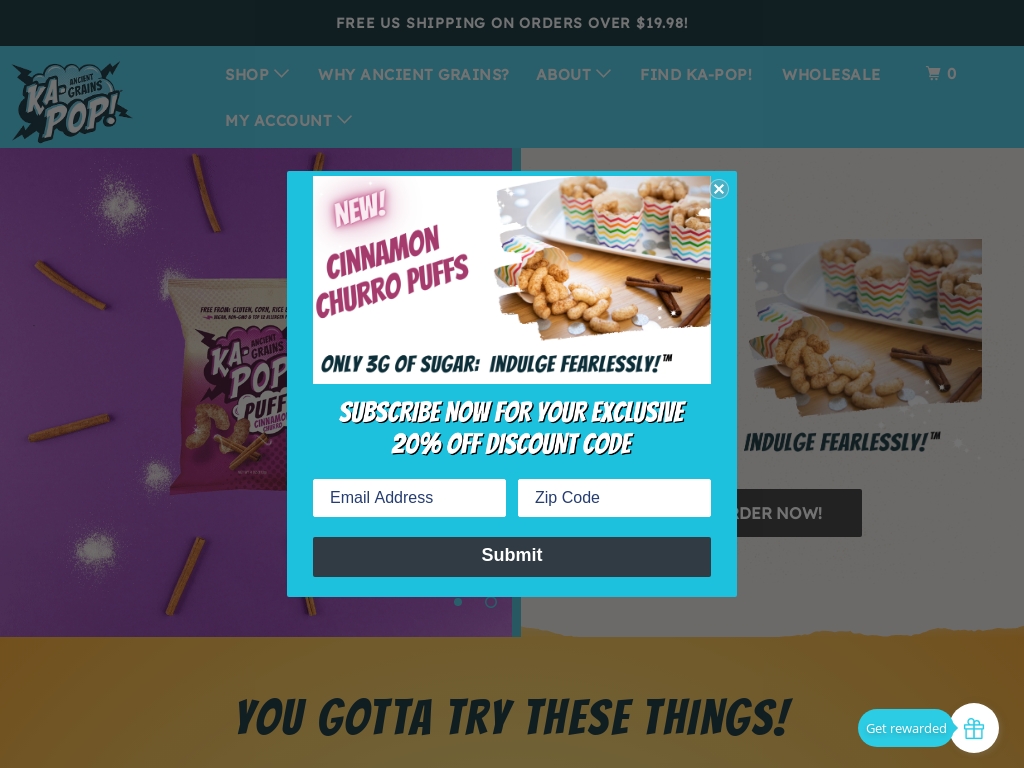
Ka-Pop! is an Ancient Grain snack company that has grown over 300% per year, reaching nearly $10 million in annual sales by 2021, through innovation, passion, demos, social media, TV appearances, and driving relationships with retailer partners.
288. Empyre Off-Road ($1.2M/year)
Greg Shuey came up with the idea for Empyre Off-Road after purchasing his first Toyota Tacoma and realizing how expensive the aftermarket parts and accessories were. Through research and validation on Tacoma forums, he identified a gap in the market and decided to manufacture and sell his own aluminum grille inserts at a significantly cheaper price than competitors. By utilizing his marketing expertise, Greg was able to grow his business to generate an impressive $100,000 a month in revenue, attracting customers through content marketing strategies and building a strong online presence.
How much money it makes: $1.2M/year
How much did it cost to start: $5K
How many people on the team: 2
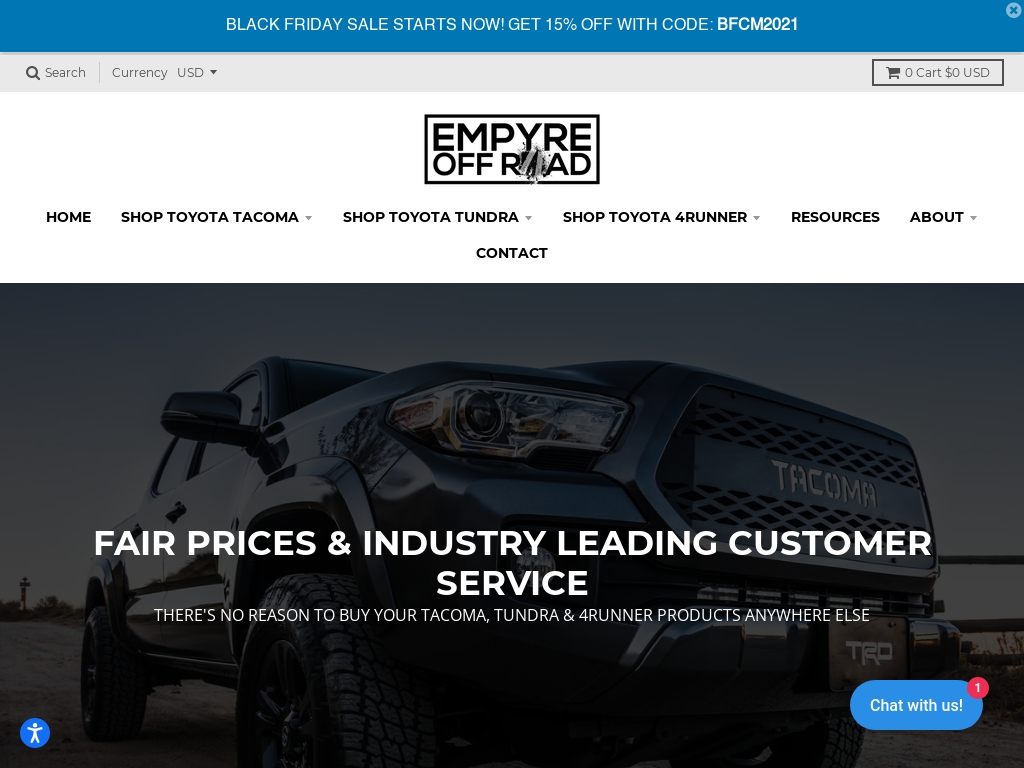
Empyre Off-Road, an e-commerce business founded by Greg Shuey which sells aftermarket parts for Toyota Tacomas, Tundras, and 4Runners, generated approximately $100,000 a month in revenue and was able to expand its product offering, focusing on content marketing, email marketing campaigns, and organic social media to attract and retain customers.
289. Exto.io ($1.15M/year)
market research and validation before launching our product. We assumed that the demand would be there based on our own beliefs and experiences in the industry, but it turned out that we needed to make adjustments and improvements based on customer feedback. This taught us the importance of listening to our customers and constantly iterating on our product to meet their needs.
How much money it makes: $1.15M/year
How much did it cost to start: $80K
How many people on the team: 10
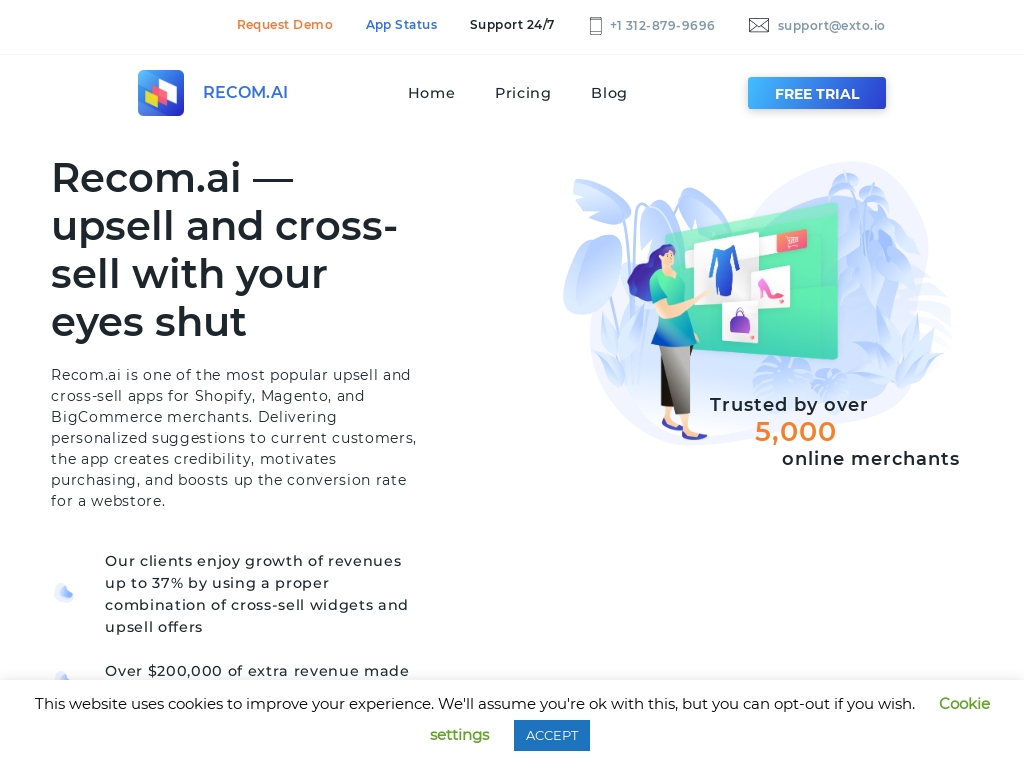
Exto.io's CEO and founder shares how they grew their flagship product, Recom.ai, into a full-fledged marketing tool with a $96K monthly turnover, attracting a diverse range of customers from small mom-and-pop shops to enterprise companies using a performance marketing approach and prioritizing customer feedback.
290. Rydable ($1.14M/year)
Terry McGinnis and Kartik Gurmule, founders of Rydable, identified the growing market of electric vehicles and the environmental need for them. Combining their expertise in fashion, marketing, and e-commerce, they launched Rydable in January 2020, offering electric powered skateboards, scooters, and hoverboards with speeds up to 60 kmph and mileage up to 40km. Since launch, they have seen substantial growth, with an Instagram following of 150k in just 3 months and a thriving Rydable Community with 5,000 active members. The company has been profitable since day one and has plans for expansion in the USA and Europe, as well as expanding their collection to include cost-efficient bicycles and bikes.
How much money it makes: $1.14M/year
How many people on the team: 5

Rydable, an online retailer of electric-powered skateboards, scooters, and hoverboards founded by Terry McGinnis and Kartik Gurmule, achieved break-even within one month of launch and grew their Instagram following from zero to 150k in three months through a smart Instagram strategy and focus on organic sales.
291. Virtual Run Events ($1.14M/year)
Angie Webb, the founder of Virtual Run Events, came up with the idea when she challenged her sister to run 1,000 miles in 2013. Inspired by seeing the moon while driving, they decided to see if they could log enough miles as a group to reach the moon. After attracting over 1,200 participants within three weeks, they realized the potential and started hosting virtual races to raise money for charities. Eight years later, they have hosted hundreds of races, donated over $860,000 to charities, and are on track to reach their goal of $1 million by the end of 2021.
How much money it makes: $1.14M/year
How much did it cost to start: $1K
How many people on the team: 1

Virtual Run Events started as a small community project with just $1,000, but has now raised over $860,000 for charities all over the world through virtual races which have become increasingly popular, with their aim being to raise $1 million by the end of 2021.
292. Tumbleweed TexStyles ($1.12M/year)
Brian Wysong, a high school marketing teacher, teamed up with art teacher Jeb Matulich to create Tumbleweed TexStyles, an apparel brand inspired by Texas. Their unique hand-drawn designs on softstyle unisex t-shirts quickly gained popularity, resulting in $1.2 million in annual sales. They have since expanded their product range and focus on giving back to their community and supporting education.
How much money it makes: $1.12M/year
How many people on the team: 2
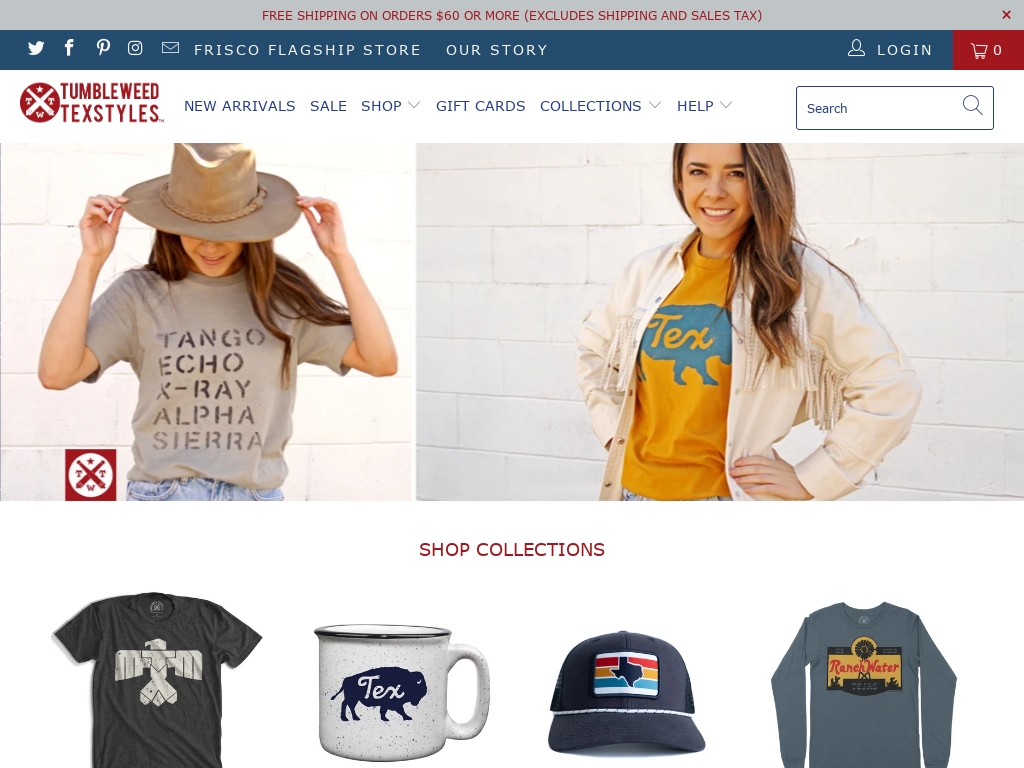
Texas-born apparel brand Tumbleweed TexStyles has grown to serve over 150 retailers throughout the southern United States, selling an estimated 90,000+ products yearly and making an annual $1.2m in sales, thanks to the founders' unique designs, focus on giving back to the education community and successful “guerilla marketing” tactics.
293. LoLo Body Care ($1.1M/year)
Kismet Andrews, the founder of LoLo Body Care, came up with the idea for her business after starting it as a fundraiser for a medical center. She formulated solid moisturizing bars as a creative solution to funding holiday decorations, and when the decorations ended, people continued to contact her privately to purchase the products. Now, LoLo Body Care has reached impressive sales of $96,000 per month and plans to increase sales by 50% this year.
How much money it makes: $1.1M/year
How many people on the team: 4

LoLo Body Care, founded by Kismet Andrews, is a sustainable moisturizer brand that reached sales of $96k last month and plans to increase sales by 50% this year, using eco-friendly packaging and creating a healthy future through innovation and inspiration.
294. Superworld Comics ($1.08M/year)
Ted Van Liew, a lifelong comic book enthusiast, started Superworld Comics after selling a collection to pay back a loan and realizing the potential of selling comics as a business. With the help of his wife Lisa and the support of other dealers, friends, and family, they built Superworld Comics into a successful vintage comic book and comic art store, expanding their business online and through live shows on Instagram.
How much money it makes: $1.08M/year
How much did it cost to start: $5K
How many people on the team: 4

Superworld Comics Inc., a vintage comic book and art store, has been in business for 34 years, and has adapted to the pandemic by increasing web advertising, hosting live Instagram shows, expanding into WordPress, using social media (especially Mailchimp), and continuing to offer exceptional customer service through expert, fast, and inexpensive shipping.
295. Rwanda Bean Coffee ($1.08M/year)
Mike Mwenedata, a Rwandan immigrant, started Rwanda Bean Coffee Company after realizing the potential value of Rwandan coffee and the need to support coffee farmers in his home country. By reinvesting 50% of their profits back into the farming communities, Rwanda Bean has grown rapidly, expanding from 10 lbs of coffee to a container of 40,000 lbs and increasing revenue from under $3,000 to over $45,000 per month in less than a year.
How much money it makes: $1.08M/year
How many people on the team: 20

Rwandan immigrant Mike Mwenedata co-founded Rwanda Bean Coffee Company, which increased revenue from under $3,000 per month to over $45k per month in less than one year, by sourcing and roasting single-origin coffee from Rwanda and investing 50% of the profits back into the farm communities.
296. Hagan Ski ($1.08M/year)
After growing up in a flat region of Minnesota, the founder developed a passion for skiing and an admiration for brands that focused on quality and specialty products. Years later, after a career in the military and coaching endurance athletes, he combined his love for skiing with business and launched Hagan Ski Mountaineering, a company dedicated exclusively to backcountry ski touring. With a focus on performance and durability, Hagan has gained recognition and seen 50% annual growth in recent years, appealing to both devoted backcountry skiers and specialty retailers.
How much money it makes: $1.08M/year
How much did it cost to start: $10K
How many people on the team: 1

Hagan is a ski mountaineering gear company that has 50% annual growth and focuses solely on backcountry ski touring, resulting in the world’s widest selection of mountaineering skis.
297. Astrography ($1.08M/year)
Artur Kurasinski and Adam Jesionkiewicz co-created Astrography, a company that prints and sells fine arts related to space. Adam, an experienced astrophotographer, decided to print his own pictures and found that people were willing to pay for them. With a zero marketing budget, they managed to print $160K worth of fine art in 12 months and have since become a profitable business.
How much money it makes: $1.08M/year
How many people on the team: 4
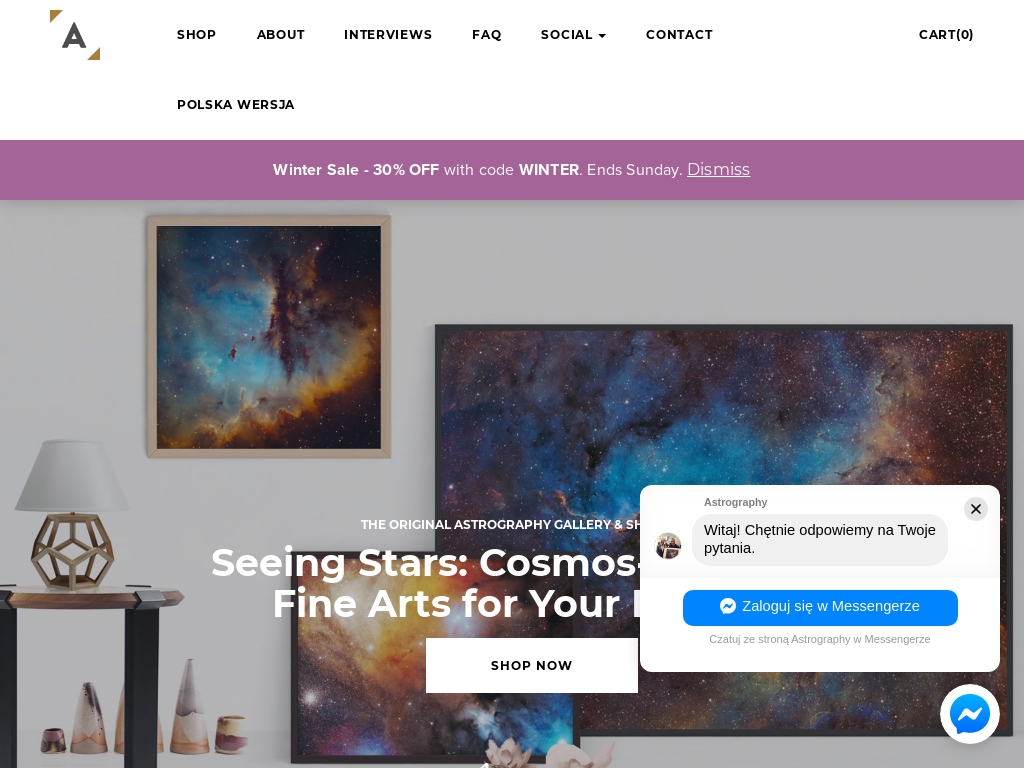
Astrography is a small family business offering high-quality, limited edition fine art prints related to space; in the first 12 months of operation, they managed to print the fine art for $160k, largely thanks to social media without any loans or investors.
298. Protein Package ($1.08M/year)
At the age of 17, George Greenhill came up with the idea for Protein Package while facing the challenge of finding affordable and customizable healthy snacks. He invested all of his birthday money into stock and taught himself to code to build the website, and within a week, he had already doubled his initial investment, validating the idea for the pick and mix store of protein bars and snacks. Now, at 21 years old, Protein Package has achieved over £1 million in annual turnover and continues to experience rapid growth.
How much money it makes: $1.08M/year
How much did it cost to start: $300
How many people on the team: 4
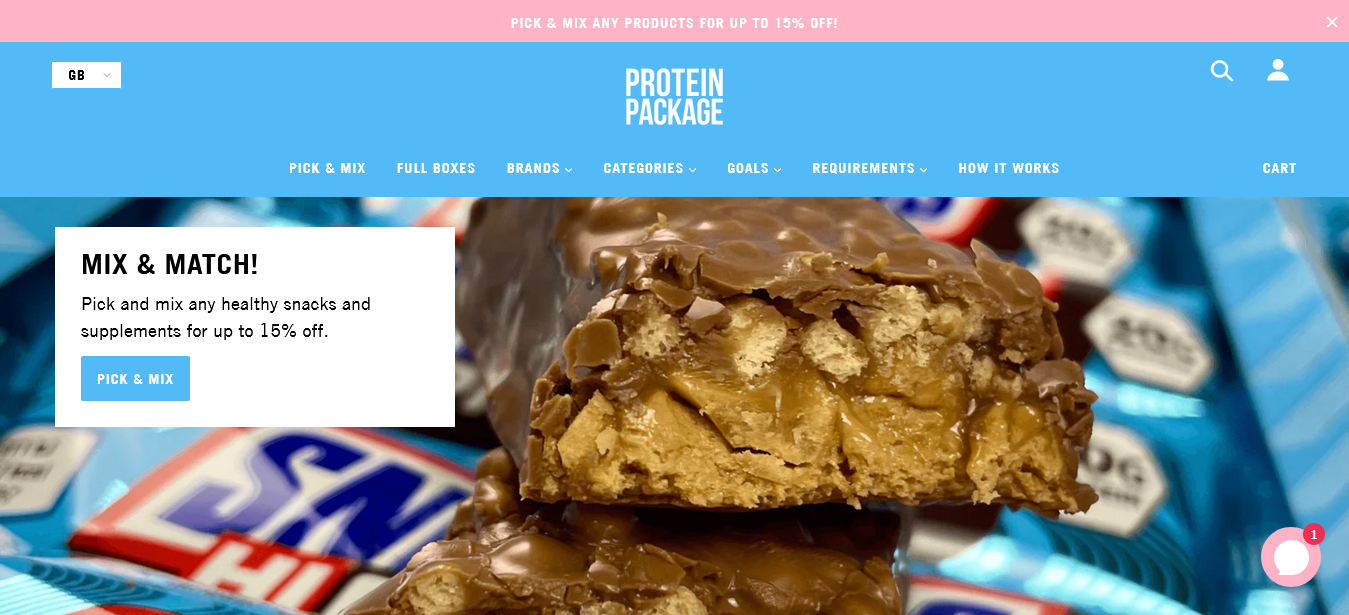
How a 17-year-old founded a successful snacks eCommerce, with over 400% YoY growth for the past four years, reinventing the traditional 'pick and mix' for health-conscious consumers and offering an unrivaled choice of quality brands at the best prices when mixing and matching.
299. Breathe Healthy ($1.08M/year)
r the past several years. In 2017, our sales surpassed 1 million dollars. Currently, we do about 70% of our business with Amazon. The future looks bright as we continue to grow and disrupt the traditional paper/disposable mask market.
How much money it makes: $1.08M/year
How many people on the team: 3

Breathe Healthy, a wearable respiratory protection business, has surpassed 1 million in sales as of 2017, continues to grow, and has disrupted the "traditional" paper/disposable mask market with a unique, comfortable product, achieving 80% gross margin by focusing on small markets and onboarding with online retail partners.
300. ChipMonk Baking ($1.08M/year)
The founders of ChipMonk, David Downing and Jose Hernandez, came up with the idea for their low carb, gluten-free dessert business after Jose, who was diagnosed with type 2 diabetes, baked his own low carb chocolate chip cookies. Realizing the opportunity to fill a market gap, they started selling their cookies at local farmer's markets before scaling up production and launching their website. They have since raised $350,000 and are focused on building their own bakery and warehouse space to support future growth.
How much money it makes: $1.08M/year
How much did it cost to start: $5K
How many people on the team: 10

ChipMonk co-founders built a mail-order bakery selling low carb, gluten-free desserts, making around $25,000 a month with growth through e-commerce, and plans to tighten budgets and conserve cash in challenging times.
301. Hippy Feet ($1.06M/year)
While studying at the University of Wisconsin, River Falls, the founder of Hippy Feet, Michael Mader, suffered a traumatic brain injury that left him unable to work and provide for himself. Inspired by the support he received from his friends and family during his recovery, he decided to start a business that could act as a support group for individuals experiencing homelessness. This led to the creation of Hippy Feet, a sock and apparel company that provides transitional employment to homeless youth.
How much money it makes: $1.06M/year
How much did it cost to start: $30K
How many people on the team: 2

Hippy Feet, a Minneapolis-based sock and apparel company, has created jobs for over 160 individuals experiencing homelessness with a 6-month job readiness program and has grown 2020 revenue by 156% over 2019, using sustainable materials and practices while providing sales of custom, branded socks and apparel.
302. Mahiya ($1.04M/year)
Ryan and Alex Hutchinson started Mahiya, a bohemian leather accessories label, after Ryan agreed to help Alex with her new concept for unique designs. With an initial investment of $20k and the use of social media platforms like Instagram and Facebook, they quickly gained traction and now average $75,000 in sales per month through their website, showroom, and worldwide boutique wholesalers. They have plans to expand into the Japanese market and continue creating new designs.
How much money it makes: $1.04M/year
How many people on the team: 1
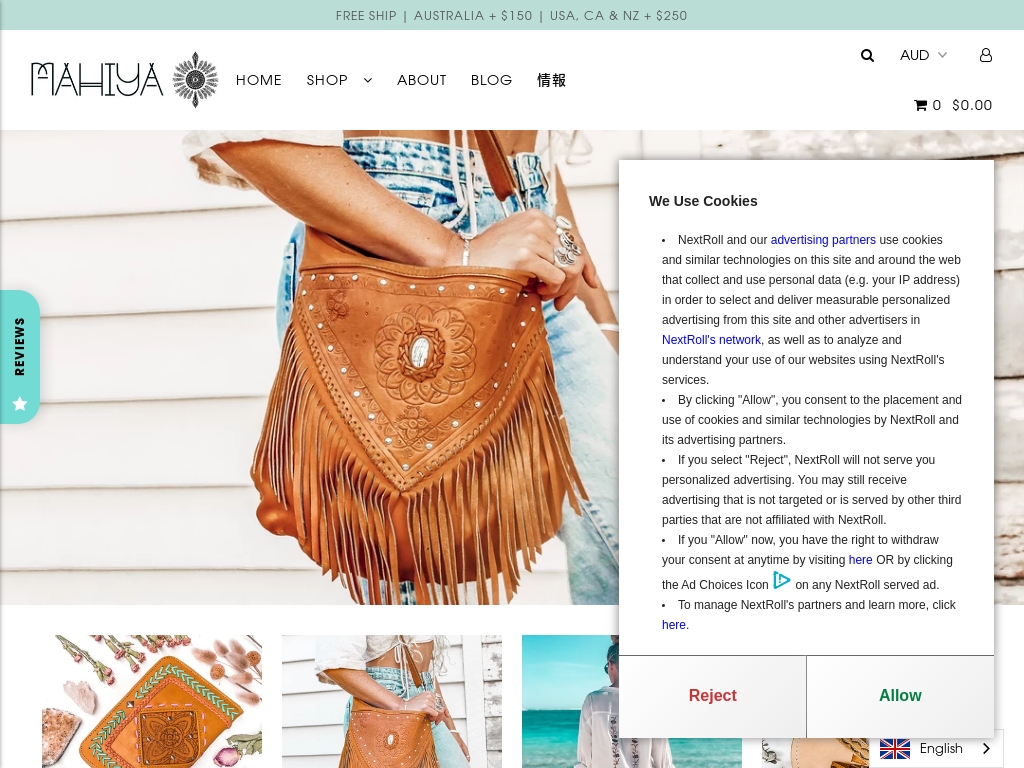
Australian-based fashion accessories label Mahiya sees an average of $75,000 in sales each month through its website, showroom, and boutique wholesaler customers, after husband-and-wife team Ryan and Alex Hutchinson invested AUD20,000 ($13,462) and started working from their bedroom in 2013.
303. Small Axe Peppers Hot Sauce ($1.02M/year)
Small Axe Peppers was founded by John Crotty, who saw the potential in an empty lot in the Bronx and decided to turn it into a community garden. Realizing that peppers were the ideal crop for the small space, he came up with the idea to make hot sauce as a way to support the garden and create a commercially scalable product. With the help of Executive Chef King Phojanakong, they developed the Small Axe Peppers line of sauces. Since then, the company has grown exponentially, partnering with over 200 community gardens and distributing their sauces nationwide.
How much money it makes: $1.02M/year
How much did it cost to start: $50K
How many people on the team: 3

Small Axe Peppers is a thriving hot sauce manufacturing business that partners with over 200 community gardens in the United States, growing locally sourced produce and producing an impressive 70,000 bottles of hot sauce per year; the success is the result of a genuine mission, a great story, an online business, and active social media channels.
304. PayKickstart ($1.02M/year)
Mark Thompson, the co-founder of PayKickstart, came up with the idea for the business after facing the frustrations of selling online with outdated and inefficient solutions. After experiencing success with an internal shopping cart system, colleagues, partners, and influencers began asking about it, leading Thompson to realize the demand for a better ecommerce platform. PayKickstart has since grown to achieve over $1 million in annual recurring revenue and continues to double in size year-over-year.
How much money it makes: $1.02M/year
How many people on the team: 15
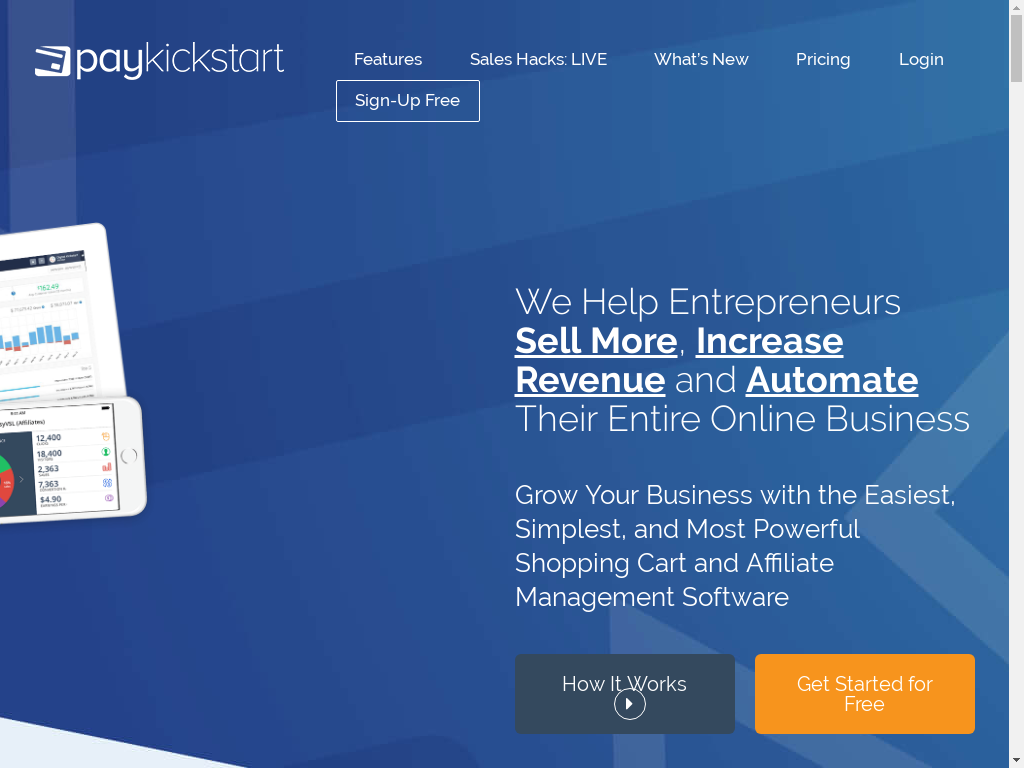
PayKickstart, a flagship product of a startup co-founded by Mark Thompson, reached $1 million in ARR and doubled in size year-over-year by solving the outdated, archaic solutions for selling various digital goods online and providing one that is focused on flexibility, minimal functionality, and profit boosts.
305. Crimibox ($1.02M/year)
Jimmy, the founder of Crimibox, came up with the idea for his business while working in criminal investigations for the Federal Police in Belgium. Seeing that most cases are now solved at the detective's desk instead of out in the field, he decided to create fictional murder cases for people to solve using a police file and online media. With over 4,000 Crimiboxes sold and a monthly revenue of more than $8,000, the business has reached aspiring detectives who love escaping from escape rooms.
How much money it makes: $1.02M/year
How many people on the team: 5

Belgian-based Crimibox has sold over 4,000 crime-solving games with monthly revenue of $8,000 and a retention rate above 38%, featuring real-life police files, an accompanying app, and a host of fictional suspects.
306. Roscioli Wine Club ($1.02M/year)
After experiencing buyer's remorse and lack of variety with other wine clubs, the founders set out to create the best wine club in the world. They focused on offering Italian wines from small producers, with minimal sulfites and a deep connection to the winemakers. Through their unique approach and attention to detail, the Roscoli Wine Club has achieved impressive growth, with nearly 1,000 members and annual revenue of 1 million euros in just 3 years.
How much money it makes: $1.02M/year
How much did it cost to start: $0
How many people on the team: 6

Roscoli Wine Club founders, Alessandro Pepe and Lindsay Gabbard, share how they built a wine club that is about to cross the 1,000 member mark with annual revenue of 1 million euros after just about 3 years, offering Italian wines from small producers, farmed organically, minimal sulfites added, and providing every member with a 10-minute video of the winemaker's story.
307. Lil Buff Protein ($960K/year)
Christine Moore, the founder of Lil Buff Protein, came up with the idea for her business when she was competing in bodybuilding and craving sweets while maintaining a healthy lifestyle. She created a protein cake mix that had the same nutrition facts as her diet meals, and after posting about it on social media, she received a lot of demand. With encouragement from friends, she decided to start Lil Buff Protein and within the first year, her husband quit his job and they were able to pay off all of their debt.
How much money it makes: $960K/year
How many people on the team: 10

Lil Buff Protein boasts a profitable growth story, having sold 300 mixes at a local bodybuilding expo, grossing $5000 in the first month of launching the business, and doubling sales each year; its founder, Christine Moore, makes it personal by connecting through social media, answering all DMs and delivering hand-signed thank-you cards with each order.
308. Stencil Stop ($960K/year)
Colin came up with the idea for Stencil Stop after realizing there was a lack of readily available stencils, specifically Clemson University's logo, online. He set up a rough website and sold his first stencil on the very first night, providing validation for the demand for stencil solutions. Since then, Stencil Stop has grown to earn around $100K per month in revenue by expanding product lines and manufacturing capabilities.
How much money it makes: $960K/year
How much did it cost to start: $1K
How many people on the team: 9
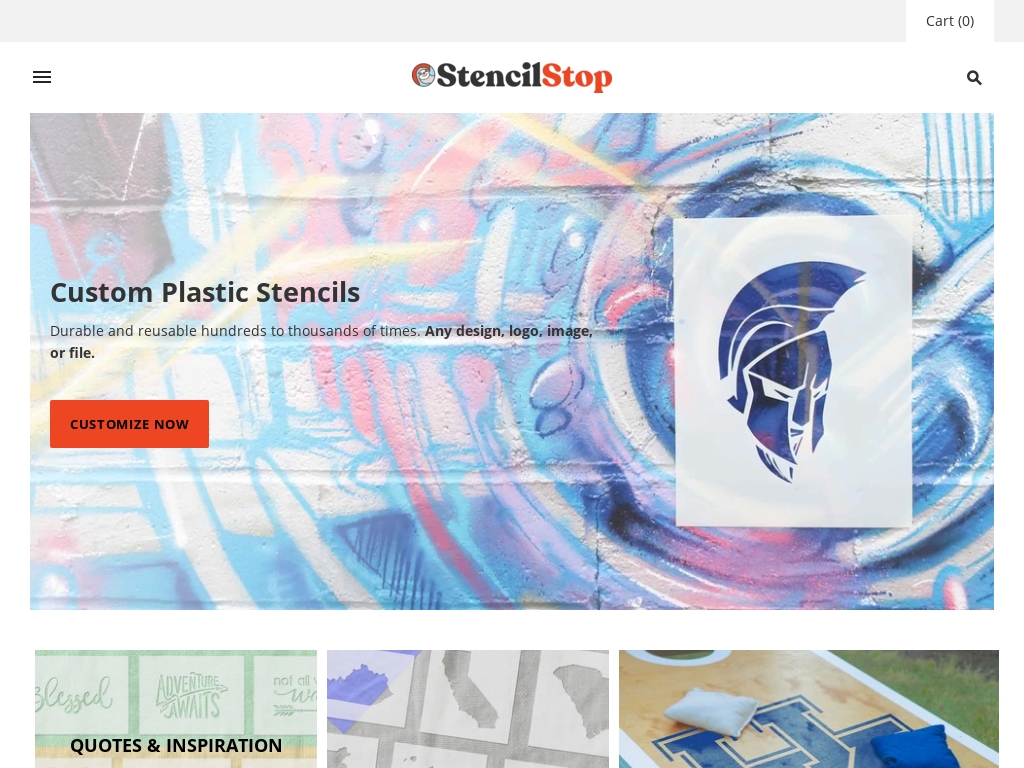
A packaging designer started Stencil Stop in 2015, which now earns around $100K per month in revenue selling stencils, offering custom stencils as some of its best-sellers, and attracting and retaining customers through simplified products and efficient advertising techniques.
309. Hammock Sky ($960K/year)
TCM, the owners of Hammock Sky, bought the brand from its original owner, who was an American expat living in Thailand. The original owner had a vision to share the experience of extreme relaxation with people everywhere, leading to the creation of premium quality, spacious hammocks. TCM recognized the brand's values and purchased the business in 2017, experiencing great success with over $2.4 million in revenue and more than 44,000 units sold in 2020.
How much money it makes: $960K/year
How much did it cost to start: $49
How many people on the team: 100
Hammock Sky, owned by TCM, has increased sales to $2.4M through producing larger, higher quality hammocks and hammock chairs that cater to everyone’s relaxation needs and promoting greater customer loyalty and engaging with influencers on various online platforms.
310. American Provenance ($960K/year)
Kyle LaFond, the founder of American Provenance, came up with the idea for his natural products manufacturing company while working as a middle school science teacher. He noticed that many of his students were using body sprays filled with harsh chemicals, and decided to teach them how to make their own personal care products using minimal ingredients. This experience, combined with his own desire for high-quality natural products at affordable prices, inspired him to launch American Provenance.
How much money it makes: $960K/year
How much did it cost to start: $225K
How many people on the team: 9

American Provenance, a natural products manufacturing company, achieved over $3M in lifetime revenue by creating high-quality natural products intended primarily for men, with a unique approach of building their reputation and customer base one store at a time.
311. Stonekin ($960K/year)
Marc Debnam, the founder of Stonemen, came up with the idea for his underwear brand after observing an elderly man doing stretches in short shorts and no underwear. He realized there was a need for comfortable and stylish underwear that featured unique artwork, which led him to collaborate with artists globally to create beautiful images printed on the underwear. Stonemen has since experienced steady growth, with a turnover between 40k and 200k a month, and is expanding internationally.
How much money it makes: $960K/year
How many people on the team: 2

Australian underwear brand, Stonemen, collaborates with artists globally to create beautiful images which they print on their underwear, and has grown to a 10% YoY growth business, with turnovers ranging from $40-200k per month, 22k Instagram followers and active members of a US subscription service.
312. Slyde Handboards ($960K/year)
Steve Watts, founder of Slyde Handboards, came up with the idea for his business after growing up using various objects like frisbees and flip flops to enhance his bodysurfing experience. After years of prototyping and finding the right manufacturer, Slyde Handboards has experienced exponential growth, doubling in revenue every year. With over 40 countries reached and 500k visitors to their website, Slyde Handboards has become a leader in the handboarding industry.
How much money it makes: $960K/year
How many people on the team: 3

Slyde Handboards, co-owned by Steve Watts and his wife, saw revenue double every year since its LLC in 2010, becoming successful at attracting and retaining customers through its onsite content and efficient press coverage, and offering useful advice on how to find a manufacturer for a new product.
313. KASA ($960K/year)
KASA, an online luxury shoe and accessory boutique, was founded by Kartik Gurmule at the age of 16. After a failed sneaker business, Kartik discovered the potential in the luxury shoe market during a trip to Italy and decided to focus on designing and selling high-quality leather footwear. Since its launch in November 2018, KASA has experienced rapid growth, with over 250,000 social media followers and a monthly profit of $80k.
How much money it makes: $960K/year
How many people on the team: 0
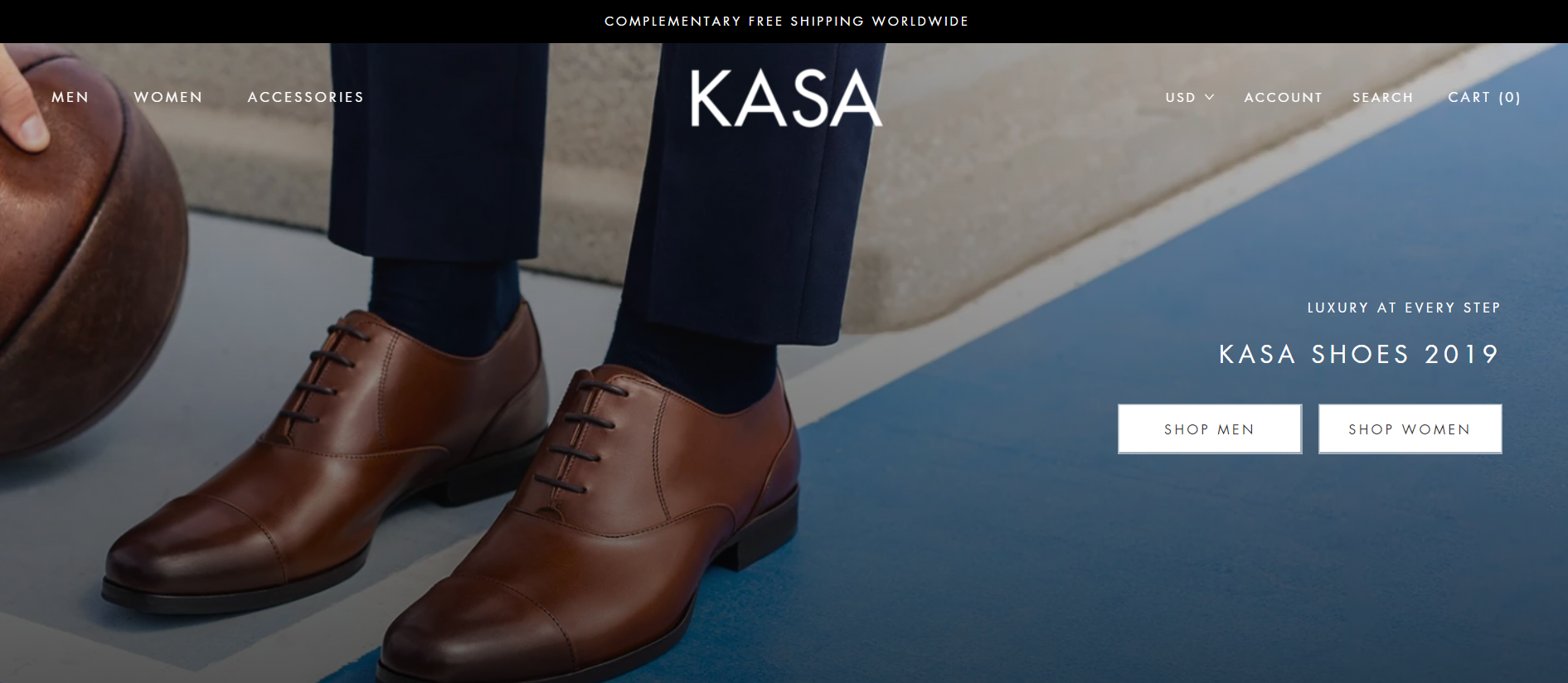
16-year-old entrepreneur founds KASA, an online luxury shoe and accessory boutique with over 270 luxury shoes in the collection, generating $80k in monthly profits and exploring expansion into lower-end shoes and custom shoes for the poor.
314. Rockstar Mind ($936K/year)
Steve Mastroianni, a professional musician, started Rockstar Mind Inc. as a way to make money while caring for his father, who was diagnosed with Stage IV Colon Cancer. What began as a guitar coaching website has grown into a six-figure business, offering private coaching and interactive workshops for musicians. Mastroianni has also expanded his business to include business coaching and has plans to grow it into a seven-figure business in the coming years.
How much money it makes: $936K/year
How much did it cost to start: $600
How many people on the team: 3

Rockstar Mind Inc. is an online coaching platform that generates six figures per year serving hundreds of customers per month and is run by owner Steve Mastroianni and his team of three virtual assistants, providing an array of coaching products to musicians from private coaching to interactive workshops.
315. Pdd Falcon - Prazision Deep draw Pvt. lts ($936K/year)
After appearing on the popular TV show Shark Tank India, Sneha and her husband Chirag realized the market potential for premium quality stainless steel storage and drinkware. They launched PDD Falcon in 2017, offering a range of more than 300 products. With over 5 million customers served across 18,000 pin codes and a forecasted revenue of 12 crore for FY 2022-23, PDD Falcon has become a leading brand in India's home and kitchenware industry.
How much money it makes: $936K/year
How much did it cost to start: $2.5M
How many people on the team: 300
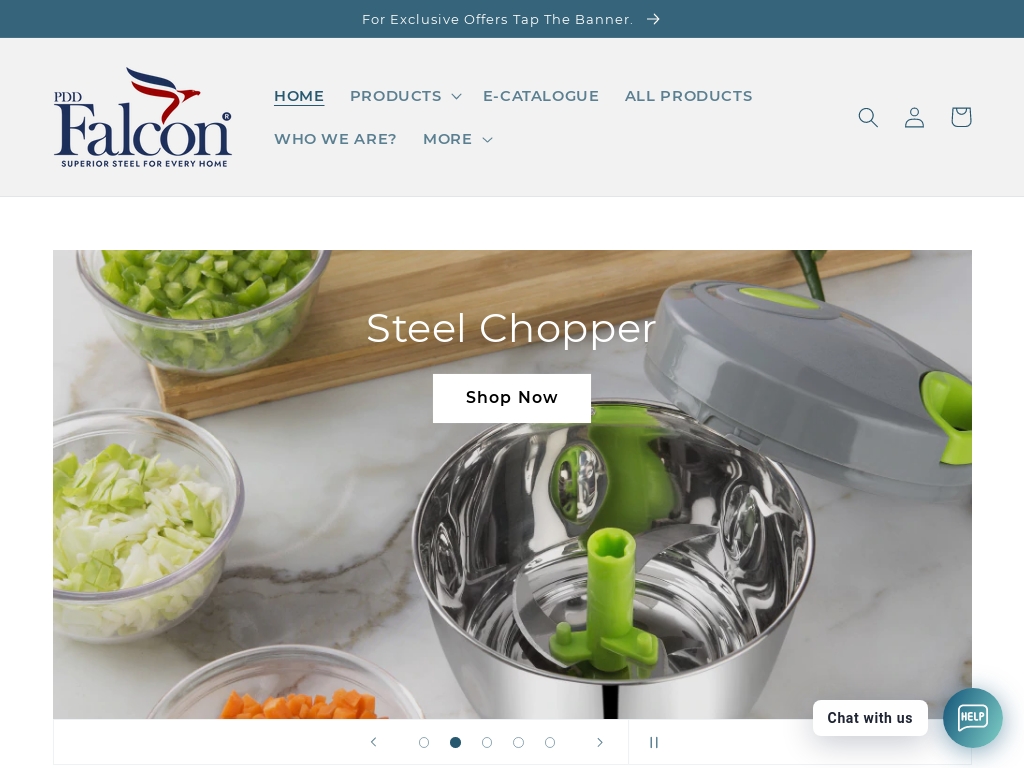
PDD Falcon is a family-owned brand that manufactures premium stainless steel storage and drinkware, serving over 5 million customers across 18,000 pin codes in India with a projected revenue of Rs 12 cr and valuation of Rs 25 cr for FY 2022-23, achieved through a network of 40 distributors and various major online portals.
316. Sayar Care ($912K/year)
Zee, the founder of Sayar Care, created the business after personally experiencing hair loss and wanting a safe and effective solution. Through extensive research and testing, Zee developed Retain, a product that prevents and reverses hair loss by addressing the root cause of the problem. Sayar Care's innovative approach to drug development has reduced costs to under $10K per formula, achieved a 95% success rate, and shortened the time to market to under 12 months.
How much money it makes: $912K/year
How many people on the team: 4

Sayar Care's flagship product Retain, which prevents and reverses hair loss, has a 100% success rate at stopping hair loss and a 70% success rate at stimulating new hair growth, and its novel, scientifically-driven approach to creating new formulas has drastically reduced the cost of drug development from over $2B to under $10K per new formula.
317. Andalus Institute ($900K/year)
Muhammad Al Andalusi, founder of Andalus Institute, came up with the idea for his online language learning institution after struggling to find a comprehensive Arabic program in his hometown. Inspired by mentors who taught lucrative skills, Muhammad combined his language, tech, sales, marketing, and public speaking abilities to create Andalus Institute, which quickly surpassed his initial goal of $1,000 per month and now averages $30,000 in revenue per month.
How much money it makes: $900K/year
How much did it cost to start: $500
How many people on the team: 11

Andalus Institute is an online language learning institution that teaches Arabic to students in an average study period time of 15 months, unexpectedly crossing 6 figures in revenue within the first 6 months of launch and has since averaged $30,000 per month in revenue.
318. Nature's Gift ($900K/year)
Nature's Gift Aromatherapy was born out of Marge Clark's passion for essential oils and her desire to share their healing properties. After being told she could never work again due to a disability, Marge began studying aromatherapy and creating blends to give to friends. As demand grew, she started selling the oils and blends, eventually turning it into a million-dollar business.
How much money it makes: $900K/year
How much did it cost to start: $0
How many people on the team: 8
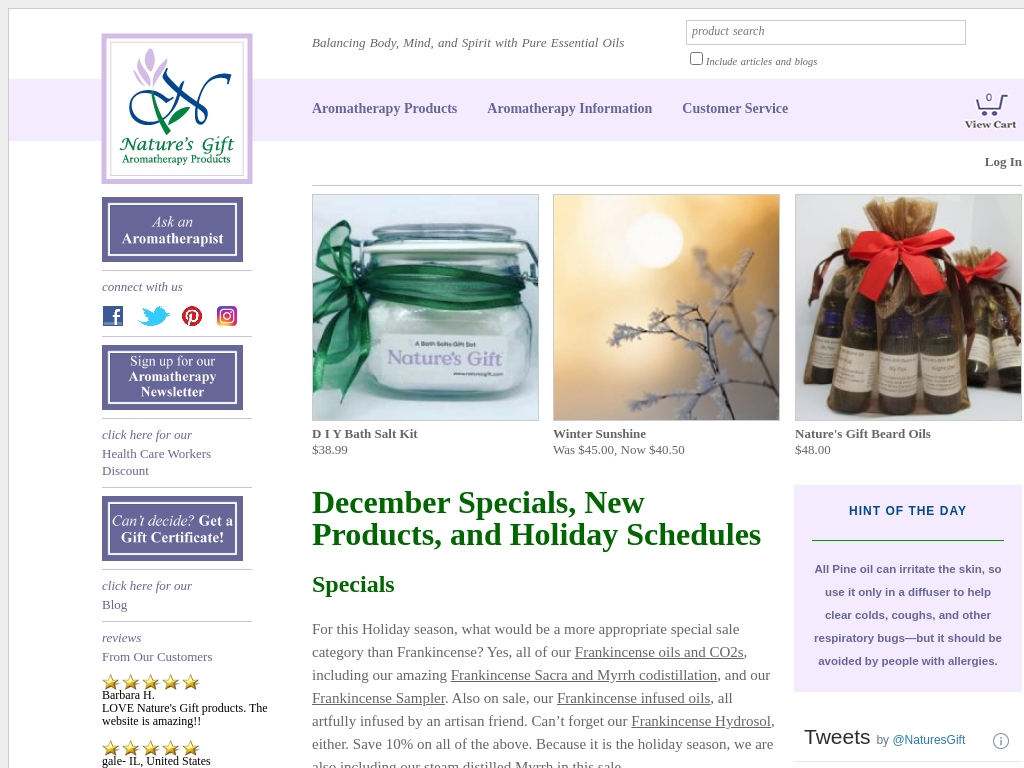
Nature's Gift Aromatherapy is an essential oils business generating over one and a half million dollars a year with a loyal clientele, relying on their passion, knowledge, and quality products while planning to update their platform to reach out to younger and newer audiences.
319. costanté ($900K/year)
Connie Hung, the founder of fine jewelry brand Costanté, originally came from a background in Finance and Operations. After volunteering for a Planned Parenthood fundraiser and experiencing the joy of creating community, she decided to launch Costanté, a women-owned business that gives back to the community. With a focus on minimal elegance and customization, Costanté has seen consistent growth in sales and plans to expand into more online stockists and boutique shops in the future.
How much money it makes: $900K/year
How much did it cost to start: $100K
How many people on the team: 3

28-year-old Taiwanese American immigrant Connie Hung founded Costanté, a handmade fine jewelry brand that reported $75,000 in monthly revenue, by utilizing her passion for humanitarianism and her experience with building community during her corporate career to breathe life into her mission to bring human connection to the fine jewelry industry.
320. Plum Deluxe Tea ($900K/year)
Andy Hayes, the founder of Plum Deluxe, started off with a blog and a desire for a more fulfilling career. After generating traffic and revenue through display ads and affiliate relationships, Andy decided to launch his own product. Drawing on his love for tea and missing the flavors from Europe, he partnered with a tea farmer's market booth to create unique tea blends. Through launching his business with a built-in market and strategic marketing efforts, Plum Deluxe has grown to become one of the largest tea subscription boxes, on track to hit 7-figure annual revenue.
How much money it makes: $900K/year
How many people on the team: 7
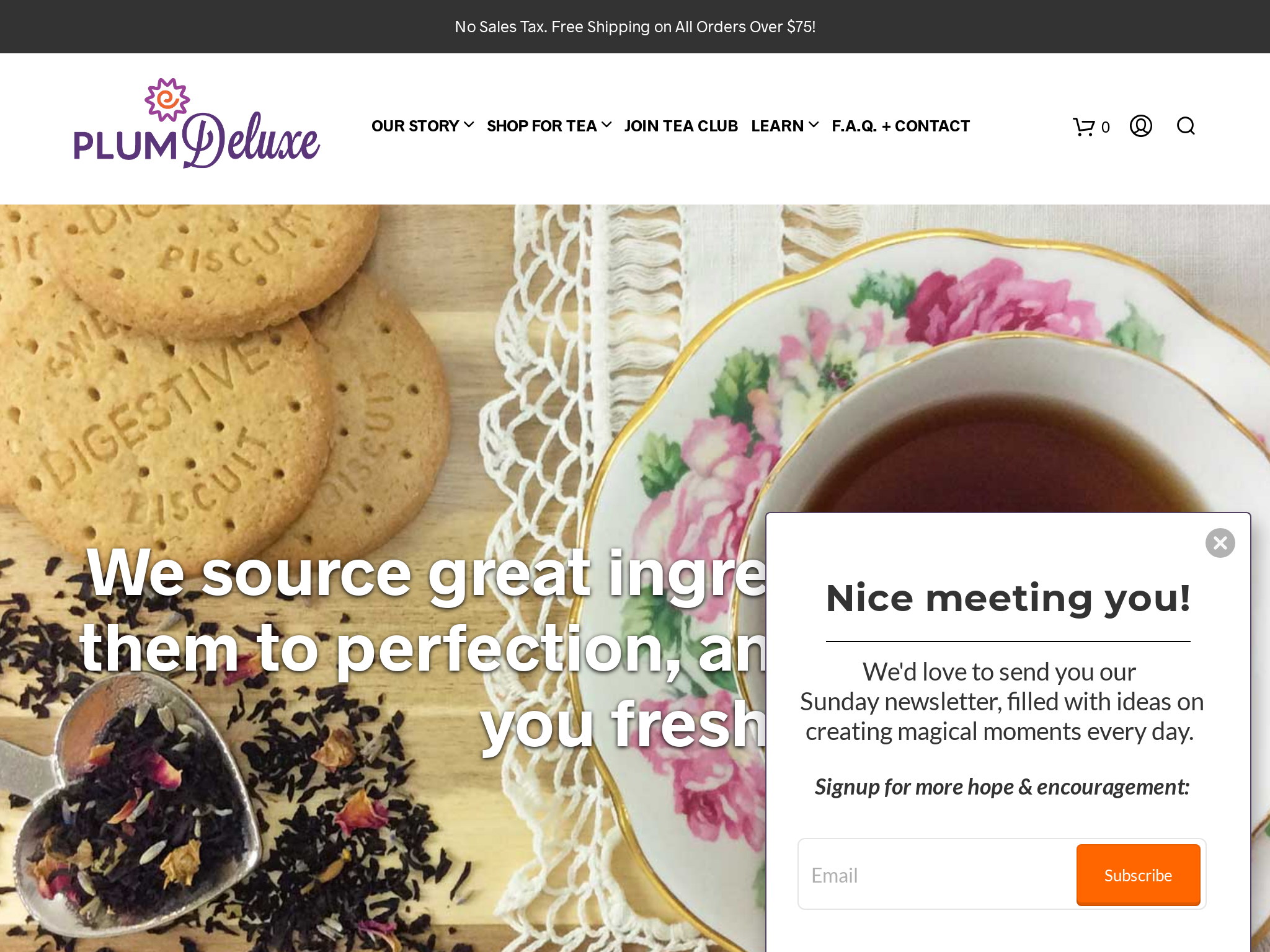
How Andy Hayes built a 7-figure online loose leaf tea business, with one of the largest tea subscription boxes and a curated selection of tea accessories, generating half of their revenue from a la carte tea sales and half from their popular tea of the month club community.
321. CannaFacturer ($888K/year)
Jackson Jesionowski, the founder of FullBodyZen, came up with the idea for his CBD/HEMP manufacturing company after experiencing a serious snowboarding accident that left him with cognitive impairment. Through his research, he discovered the potential benefits of CBD for reducing swelling and decided to create CBD Pods compatible with the Juul. The initial success of these pods led him to expand his product line and generate $17K in monthly revenue within just 8 months.
How much money it makes: $888K/year
How much did it cost to start: $90K
How many people on the team: 8

21-year-old Jackson Jesionowski left college to build a CBD manufacturing company, FullBodyZen, which now generates $17K in revenue a month and has 14 products.
322. Cooking Gift Set Co. ($866K/year)
Kim and her best friend came up with the idea for Cooking Gift Set Co. in 2016 after realizing the limitations of a highly skilled service-based business. They saw an opportunity to create cooking kits with beautiful packaging and design, taking advantage of the growing demand for last-minute gifts on Amazon. With a focus on quality and originality, they quickly gained a competitive edge and have since generated $866,000 in sales in 2020.
How much money it makes: $866K/year
How much did it cost to start: $12K
How many people on the team: 0
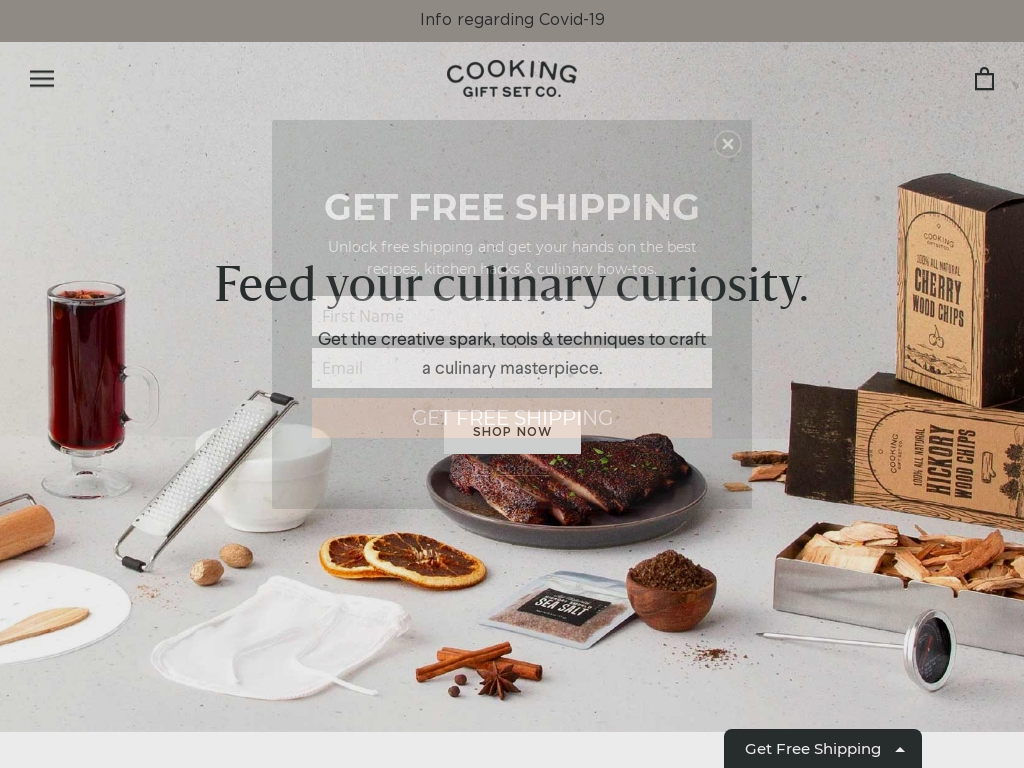
Cooking Gift Set Co. generated $866,000 in sales in 2020, with 70% on Amazon, 26% Wholesale, and 4% e-commerce, using their strengths in design to create cooking kits with beautiful packaging, customized instructions, and high-quality lifestyle photos to differentiate from copycats.
323. Purpose Jewelry ($852K/year)
, working with the team there, and we are hopeful for the impact we can make in that region. We are currently in the process of expanding our wholesale business and growing our online sales. Our goal is to continue raising awareness about human trafficking and provide sustainable employment for survivors.
How much money it makes: $852K/year
How much did it cost to start: $3K
How many people on the team: 90

Non-profit International Sanctuary and Purpose Jewelry generate $850k annually by selling handmade jewelry and providing job opportunities for young women who have escaped human trafficking in five locations globally.
324. CaliConnected ($840K/year)
Nassir Silwany, Co-Founder of CaliConnected, came up with the idea for the online headshop marketplace after realizing that the cannabis equipment industry was untapped by large retailers like Amazon. With his background in the retail industry and knowledge of the cannabis industry, Nassir saw an opportunity to create a trustworthy and customer-friendly platform for smokers looking for quality smoking accessories.
How much money it makes: $840K/year
How much did it cost to start: $5K
How many people on the team: 2

California-based online headshop marketplace CaliConnected has grown its inventory to over $40m and generated nearly $2m in lifetime sales while operating without paid search advertising, instead focusing on SEO and affiliate marketing through platforms such as Affiliatly and Moz.
325. Suffolk Latch Company ($840K/year)
When Carl Benson's coat hooks supplier became unreliable, he discovered that the hooks were actually from an Indian manufacturer and cost significantly less. Recognizing this opportunity, Benson started Suffolk Latch Company, specializing in traditional ironmongery, and has experienced a 20% increase in turnover compared to last year.
How much money it makes: $840K/year
How many people on the team: 7

Suffolk Latch Company, an online store specialising in traditional and hand forged ironmongery, has experienced a 20% increase in turnover compared to the previous year despite economic turbulence, attracting and retaining customers through a multi-pronged approach of Google ad campaigns, reviews and social media, blog articles, and selling through eBay and Amazon.
326. Dioxyme ($840K/year)
Marc and Bennett Schneider, father and son co-founders of Dioxyme, came up with the idea for their business after realizing that most of the supplements they tried had no effect. Marc, being a surgeon and scientist, conducted extensive research on nutraceuticals and discovered certain ingredients that had proven efficacy. He combined these ingredients to create a formula that not only worked but surpassed their expectations in terms of strength, power, and endurance.
How much money it makes: $840K/year
How much did it cost to start: $300K
How many people on the team: 4

Father-son duo Marc and Bennett Schneider created Dioxyme, a small-batch, craft nutritional supplement brand that caters to pro-athletes and their unique needs, which earned $840K in yearly revenue, with a 45% repurchase rate.
327. Doppeltree ($840K/year)
Tony and Faye started Doppeltree as a side hustle, inspired by Tony's brother's success in the DTC business. Tony wanted to find a way to pay for his expensive lunches and saw the demand for cold brew coffee. Faye, on the other hand, wanted to create natural self-care products. They launched their website and started selling on Amazon, focusing on product innovation and improving upon customer pain points.
How much money it makes: $840K/year
How much did it cost to start: $1K
How many people on the team: 0
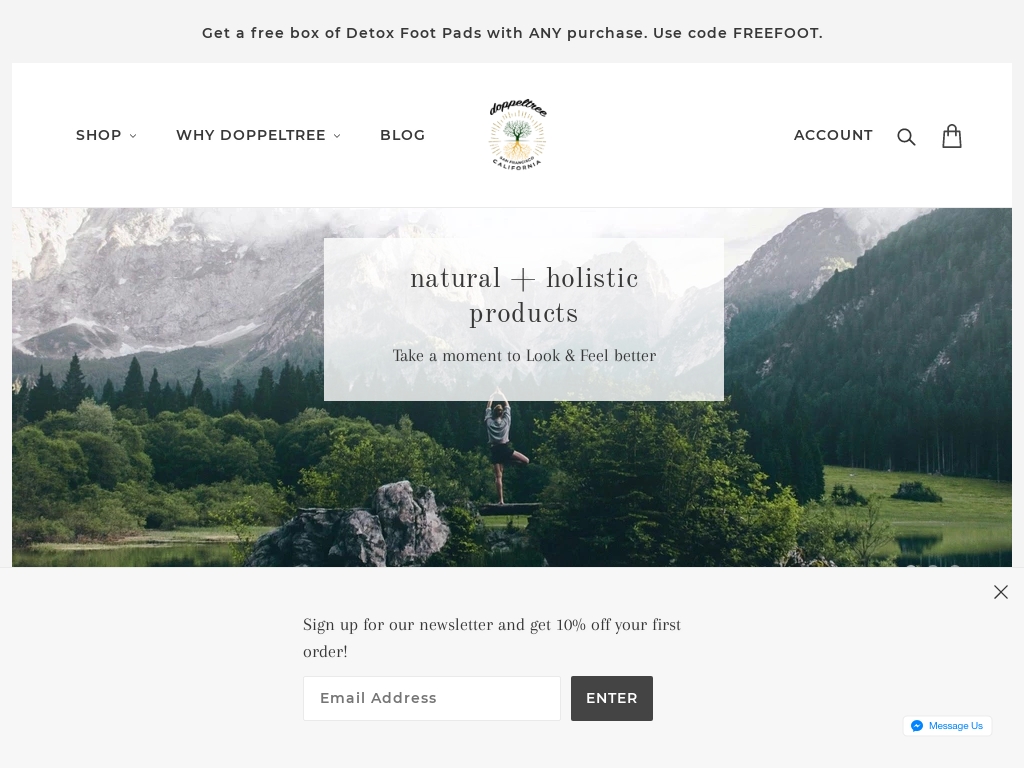
Doppeltree, a natural self-care product company in San Francisco, started in 2017 with an $800 investment and now averages $40,000 in revenue per month with 40-50% net profit, offering eye and face masks, a Vitamin C Facial Serum with Real 24K Gold Essence, and an Organic Cotton Cold Brew Filter Bag.
328. Tolago ($816K/year)
In December 2019, Nicholas Greeninger and a group of like-minded individuals came together to create Tolago Hard Seltzer, a better-for-you, all-natural hard seltzer. Despite the challenges posed by the COVID-19 pandemic, Tolago pushed ahead and launched their product in October 2020, generating impressive results with over 68,000 unique website visitors and $220,000 in revenue by December 2020. Their unique approach of pre-selling brand awareness and aligning with a major wholesaler contributed to their success.
How much money it makes: $816K/year
How much did it cost to start: $2M
How many people on the team: 5

Tolago Hard Seltzer, a California-based brand launched during the pandemic, has generated over $220k in revenue since October 2020 with over 68k unique website visitors in the first four days, using sustainable, all-natural ingredients and pricing itself as a premium product in the hard seltzer category.
329. Midnight Kitchen Tools ($780K/year)
Michael Chou, an engineer working for NASA, came up with the idea for Midnight Kitchen Tools one night when he realized the need for an ergonomic ice cream scoop to protect his wrist from discomfort. After successfully launching the Midnight Scoop on Kickstarter and receiving valuable feedback, Chou expanded his product line to include the Midnight Slice, a revolutionary pizza slicer. With a focus on high-quality, functional kitchen tools, Midnight Kitchen Tools continues to innovate and meet the evolving needs of home cooks.
How much money it makes: $780K/year
How much did it cost to start: $25K
How many people on the team: 4

Midnight Kitchen Tools founder Michael Chou shares how he identified a need in the market for ergonomic kitchen tools, and built a successful business through Kickstarter campaigns, e-commerce capabilities, and partnerships with other companies.
330. Blue Coffee Box ($780K/year)
Jon Butt and his son, Harvey, launched Blue Coffee Box in the UK after being inspired by specialty coffee subscriptions in the US. They saw an opportunity to bring a curated selection of specialty coffees from various roasters to the UK market, offering customers a unique coffee experience. With a monthly revenue of $14,000 and steady growth, Blue Coffee Box is set to continue expanding in the future.
How much money it makes: $780K/year
How many people on the team: 3
Blue Coffee Box increased its monthly revenue to $14,000 by offering a specialty coffee subscription service that curates from various roasters after being inspired by a trip to the United States and learning about the niche coffee subscription service they offer.
331. Moki Doorstep ($780K/year)
The founder of Moki Doorstep, Zach Brown, came up with the idea after realizing that his wife struggled to use car top racks due to her height. Leveraging his background as a firefighter, he designed and prototyped the Moki Doorstep to provide easy rooftop access. After a successful Kickstarter campaign and national TV exposure on Shark Tank, the product is now licensed to Rightline Gear and sold in major retailers.
How much money it makes: $780K/year
How many people on the team: 1

Moki Doorstep, a vehicle rooftop assistance step, raised $110,000 in sales and sold 3,000 units during their month-long Kickstarter campaign and licensed their product after immediate interest from a larger company, with their product now available in major retailers like REI, Dicks Sporting Goods, Pep-boys, and Duluth Trading Post.
332. Portable Chef ($744K/year)
Uri Attia, founder of Portable Chef, came up with the idea for his business out of desperation after losing his banking job in the 2008 financial crisis. With a passion for cooking and understanding the demands of busy New Yorkers, Uri saw the opportunity to provide customizable, healthy meals for his clients. Today, Portable Chef generates an average monthly revenue of $60,000 by making 25,000 custom meals a year.
How much money it makes: $744K/year
How much did it cost to start: $0
How many people on the team: 3

New York food business founder goes from broke and desperate to cooking 25,000 custom meals per year with an average monthly revenue of $60,000, focusing on pleasing existing customers and word of mouth for new clientele.
333. Ultra Growth Marketing ($720K/year)
Matthew Larsen, the founder of Ultra Growth Marketing, came up with the idea for his business after realizing the need for a comprehensive eCommerce marketing book specifically tailored to eCommerce store owners. He decided to write a step-by-step guide with over 75,000 words, offering actionable advice to help business owners create multi-million dollar eCommerce stores. Through Facebook lead generation ads, Larsen was able to give away over 17,000 free copies of his book and capture valuable leads, resulting in over $60,000 per month in recurring revenue.
How much money it makes: $720K/year
How much did it cost to start: $100
How many people on the team: 3

Matthew Larsen's Ultra Growth Marketing earns over $60,000/month in recurring revenue by giving away his eCommerce Marketing Book for free and then capturing leads using Facebook's Lead Generation ads, resulting in over 19,000 downloads in the first month since its launch.
334. Stacked ($720K/year)
Druce, one of the co-founders of Stacked, initially started the business as a platform to cut out the middleman in the real estate industry. However, they realized that the market wasn't ready for their product and shifted their focus to creating comprehensive and objective condo reviews, which set them apart from the competition. Their strategy of doubling down on content, including long-tail keywords, has resulted in immediate growth for the business.
How much money it makes: $720K/year
How much did it cost to start: $50K
How many people on the team: 10

A real estate media company in Singapore skyrocketed its monthly revenue to $60k by providing in-depth condo reviews and leveraging high-quality multimedia content, gaining 700k page views, 43k Instagram followers, and 17k YouTube subscribers.
335. Ashland Leather ($720K/year)
Phil Kalas, co-owner of Ashland Leather Company, came up with the idea for the business during a lunch break when he showed his colleague, Dan Cordova, a leather bag he made for his wife. Both of them shared a passion for leather and craftsmanship, as they both worked at Chicago's Horween Leather tannery. With a starting capital of $1,000 and a lot of sleepless nights, they began making wallets that they wanted to wear and eventually expanded their product offerings. Now, their website generates 90% of their business revenue, and they have grown their passion into a $600k annual sales business that provides jobs for five families.
How much money it makes: $720K/year
How many people on the team: 8
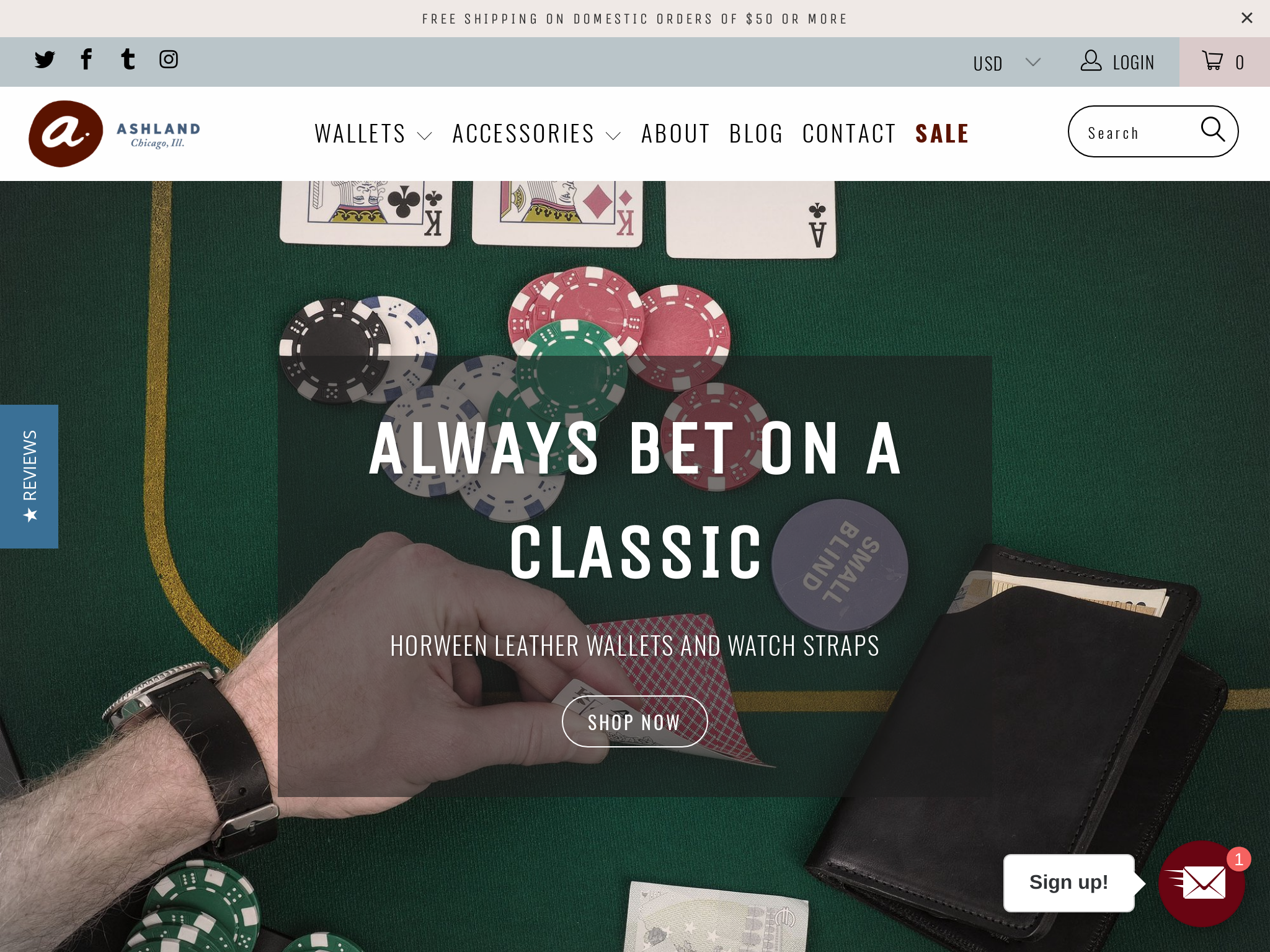
A successful handcrafted leather goods business that started with just $1000, has grown to $600k annual sales, thanks to a strong brand philosophy, a focus on specific niche terms for SEO, personalized customer experiences, and a team that is trusted to achieve goals autonomously.
336. Everyman ($720K/year)
James Montgomery, the owner and CEO of Everyman, came up with the idea for his everyday carry (EDC) eCommerce company after researching businesses to purchase. With his experience in international travel and a desire for functional and high-quality gear, he saw an opportunity to provide premium EDC products for men seeking a minimalist lifestyle. Since acquiring Everyman, he has focused on building relationships with customers through personalized experiences and has successfully launched new products through Kickstarter. The company is currently generating $60,000 per month in revenue and plans to continue growing its product line.
How much money it makes: $720K/year
How many people on the team: 2
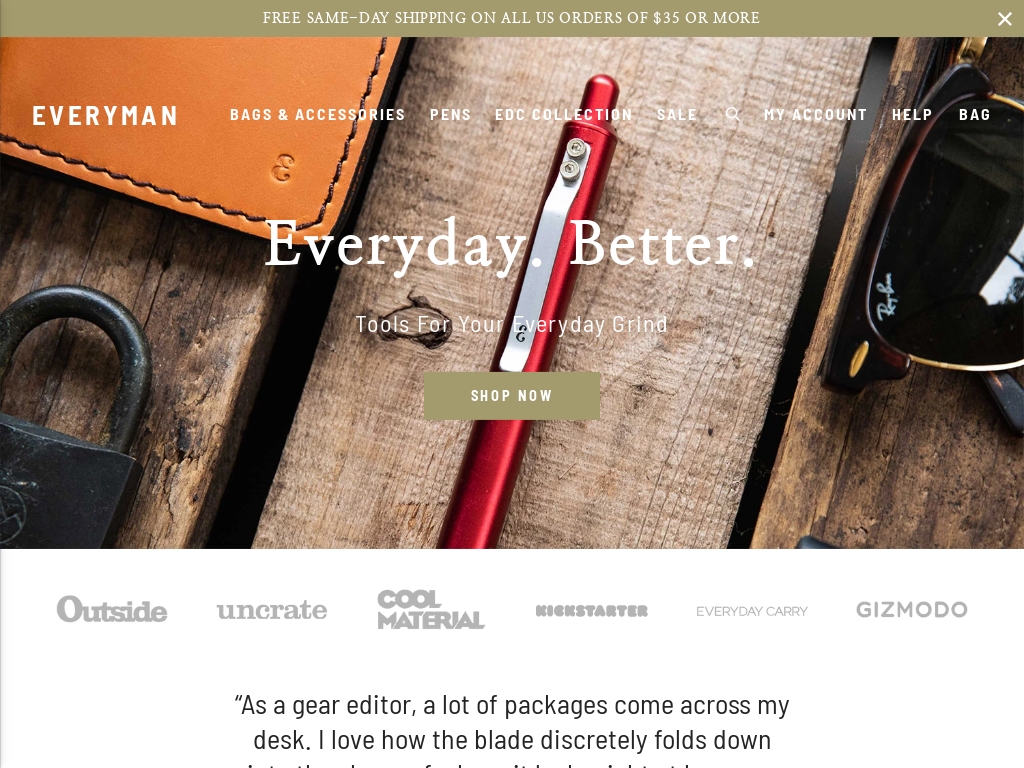
Everyman, an everyday carry eCommerce company, has been generating around $60,000 per month in revenue after completing a brand and website revamp last year, with an average of 35% returning customers who spend $50 or more on the site.
337. Ugly Duckling ($720K/year)
Ishan Dutta, founder of Ugly Duckling Los Angeles, started the hair products company five years ago after noticing the growing trend of women seeking fashionable and bold hair colors. Recognizing the potential of the online beauty market, Ishan decided to provide high-quality hair color and hair care products specifically catered to stylists and colorists. With a conversion rate between 1%-2% and an average cart value of $60, Ugly Duckling Los Angeles receives 600 to 900 orders per month.
How much money it makes: $720K/year
How much did it cost to start: $250K
How many people on the team: 2
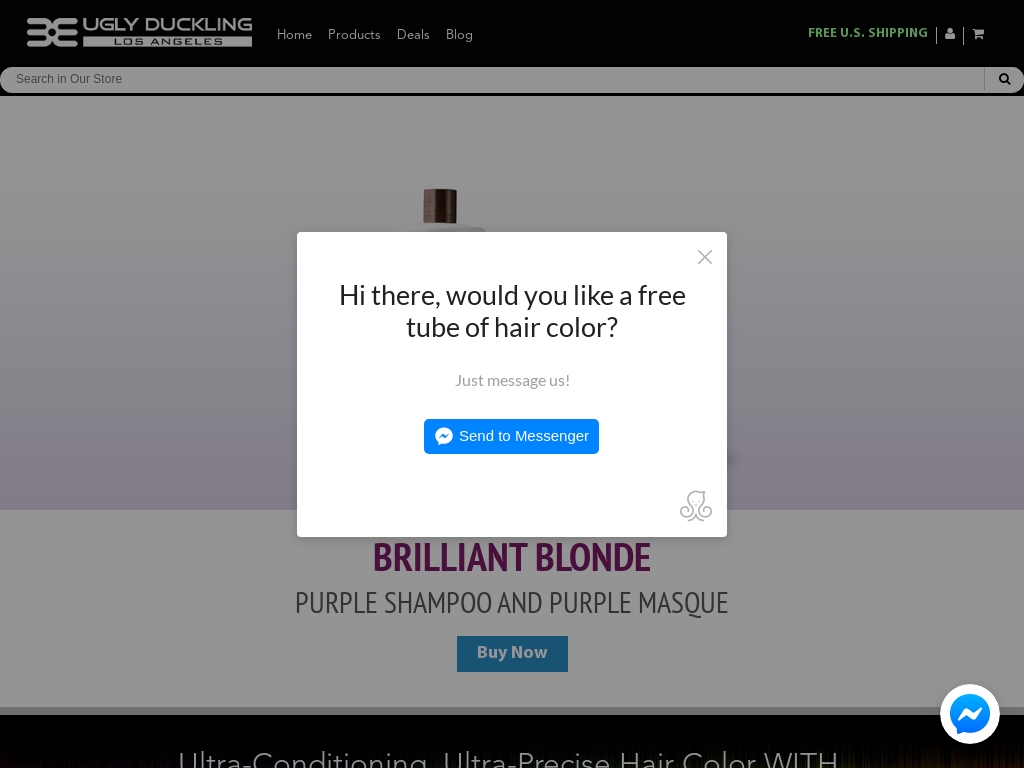
Ugly Duckling Los Angeles, a professional haircare products business founded by Ishan Dutta, takes in anywhere between 600 and 900 orders a month, totaling around $50,000 per month in sales, with almost 60% of business coming from repeat orders; their objectives for 2020 include increasing profitability, growing digital traffic, expanding to trade shows and events, and releasing more innovative products.
338. BIGFILMS ($720K/year)
Steven Liszka, a French filmmaker, came up with the idea for BIGFILMS after struggling to find funding for his own short film. He decided to create a business that could fund his projects and used his expertise in special effects to develop the Blockbuster Starter Pack. With a complete redesign of his website and a focus on storytelling, Liszka was able to turn BIGFILMS into a successful venture, generating over $35K in monthly revenue.
How much money it makes: $720K/year
How much did it cost to start: $10K
How many people on the team: 1

French filmmaker Steven Liszka's BIGFILMS generates $35k+ per month by providing digital tools that give filmmakers access to special effects, with video ads proving to be a game-changer for the business.
339. RomperJack ($720K/year)
RomperJack founder, Justin Clark, came up with the idea for his men's romper business after seeing the explosive success of a Kickstarter campaign for men's rompers. Recognizing the lack of competition and the potential for product-market fit, Justin quickly gathered funding and launched RomperJack, which has since grown to generate $60k per month in sales. Through strategic marketing on platforms like Facebook and Instagram, RomperJack has been able to attract and retain customers, solidifying its presence in the market.
How much money it makes: $720K/year
How many people on the team: 1

RomperJack is a men's apparel company that sells men’s rompers and jumpsuits and has averaged 60% month-to-month growth in 2019, with 45,000 monthly visitors, a 2.4% conversion rate, 15,000 email subscribers, and a 24% return customer rate.
340. B Street Shoes ($720K/year)
Blake Barash, the founder of B Street Shoes, was inspired by street and sneaker culture in the San Francisco Bay Area. His passion for street art and custom designs led him to start painting shoes for fun and eventually launch his own business. From painting shoes in his bedroom to now running a 1,500 sq ft Studio Warehouse and employing 6 people, Blake's business has grown significantly.
How much money it makes: $720K/year
How much did it cost to start: $1K
How many people on the team: 8

Meet Blake Barash, a custom shoe painter who grew his business from his bedroom to now making $50k per month and employing six people.
341. Bambox ($720K/year)
Charles Carette, CEO & Co-founder of Bambox, came up with the idea for his business while working at a third-party logistics provider in Argentina. Seeing the opportunity to make the lives of parents easier, Charles and his co-founders designed a monthly subscription-based ecommerce for baby essentials combined with a virtual assistant to guide new parents. Despite facing challenges in a country where ecommerce is not widely trusted, Bambox has grown to ship over 1,100 boxes per month and has an MRR of $60,000, with a projected ARR of $750,000 for 2019.
How much money it makes: $720K/year
How much did it cost to start: $100
How many people on the team: 7
Argentinian startup Bambox has grown its monthly recurring revenue to $60,000 and ships more than 1,100 boxes of baby essentials a month, a figure expected to help it achieve an annual recurring revenue of about $750,000 in 2019, after launching its first subscription service in July 2017.
342. Vape Club ($720K/year)
Jeremy Ong, the founder of Vape Club, grew up in a traditional Asian family but wanted more than a 9-to-5 job. After saving up a runway fund, he enrolled in a coding bootcamp and saw the explosive growth in the vaping industry. He validated his vape subscription box idea using creative marketing tactics and launched with minimal inventory. Through SEO, blogging, and email marketing, Vape Club has attracted and retained customers, becoming a successful online business in Malaysia with a monthly revenue of $60,000.
How much money it makes: $720K/year
How many people on the team: 8

Jeremy Ong built Vape Club from an MVP vape subscription box business to a top online retail store in Malaysia, earning a monthly revenue of USD 60,000 with only 2 team members, primarily through blogging, SEO and email marketing with a CLTV of $400.
343. Healthy Chew ($720K/year)
TJ, the co-founder and CEO of Healthy Chew, joined the company as a dishwasher and helped his partner Peter scale the business. They rebranded from PNF Meals to Healthy Chew and experienced tremendous growth, selling over 10,000 bowls each month. With a focus on delicious, calorie-friendly meals, Healthy Chew has generated over $1.8 million in sales in just over 3 years.
How much money it makes: $720K/year
How much did it cost to start: $500
How many people on the team: 7

Healthy Chew is a profitable weekly meal preparation service that grew from 200 to 10,000 weekly bowls in just over 3 years, with an overall sales figure of $1.8 million, achieved through effective branding and personalised customer service.
344. Bodega Bay Hard Seltzer ($696K/year)
Charlie Markland, the founder of Bodega Bay hard seltzer, came up with the idea for his business after realizing that the dominant consumer trends of convenience and wellness were not being met by the current alcoholic offerings in the market. He discovered hard seltzer while on a surf trip to Bodega Bay in California and decided to bring the concept back to the UK, creating a low-calorie, low-sugar sparkling water-based alcoholic drink. After testing the product at music festivals and seeing its popularity, Markland knew he had a winning idea, and Bodega Bay is now the premium hard seltzer in the UK, making over $50,000 a month after just 18 months in business.
How much money it makes: $696K/year
How much did it cost to start: $50K
How many people on the team: 4

Bodega Bay hard seltzer founder Charlie Markland describes how his low-calorie, low-sugar drink has helped the company hit monthly revenues of more than $50,000, and expand globally into the United States, Brazil and Japan, while partnering with a charity to donate drinking water to those in need with every can sold.
345. Lunchbox Packs ($660K/year)
Tom Worcester, founder of Lunchbox, came up with the idea for his business after experiencing the top issues facing festival attendees - theft, security bag restrictions, and long water lines. He and his team developed the Lunchbox, an anti-theft festival hydration pack made of coated ballistic nylon with an inward-facing zipper system, faster refill capabilities, and insulated compartments. Since launching in April 2018 and completing a successful Kickstarter campaign, Lunchbox now generates $36k in monthly revenue and continues to attract customers through direct sales and event presence.
How much money it makes: $660K/year
How many people on the team: 7
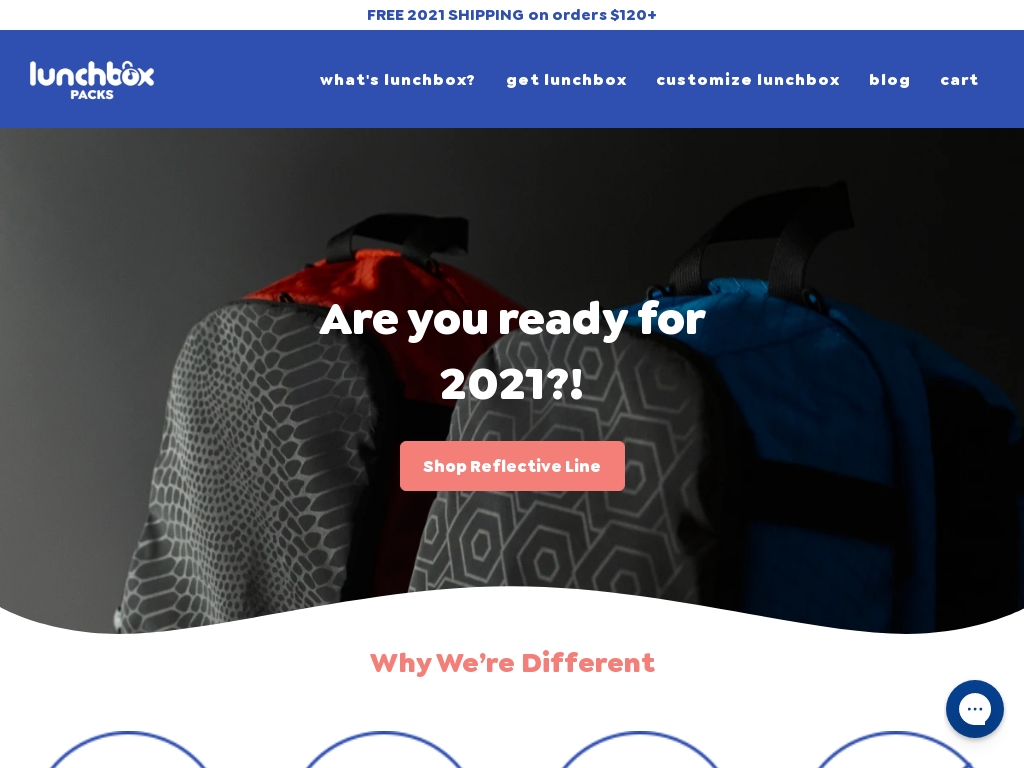
Lunchbox, an anti-theft festival hydration pack, was created to solve the top issues facing festival attendees and has since reached $36k in monthly revenue after a successful Kickstarter campaign.
346. PVA Enterprises LLC ($660K/year)
have a high level of quality and deliver results. This has been crucial in attracting and retaining customers. Additionally, investing in organic marketing through my blog and affiliates has been highly effective for our unique program. Finally, I've learned the importance of investing in top talent and creating a positive team dynamic, leading to a profitable and successful business.
How much money it makes: $660K/year
How much did it cost to start: $200
How many people on the team: 1
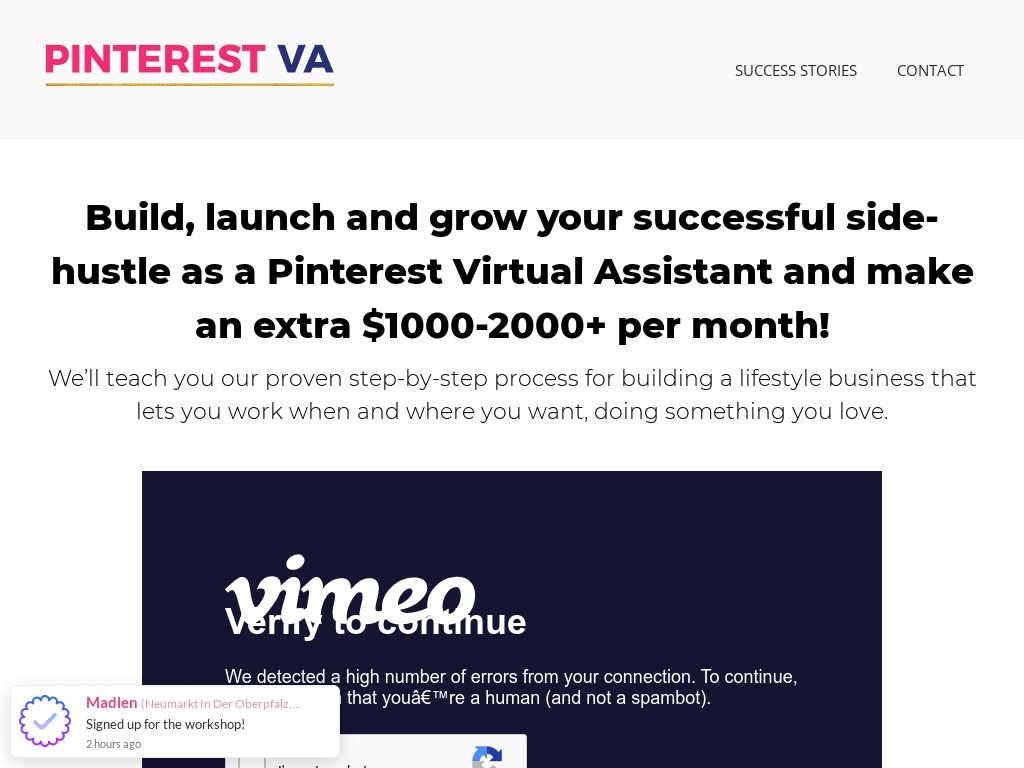
Learn how Kristin Larsen's flagship program, Become a Pinterest VA TODAY!, has grown from generating $10,000 in its initial launch week to making over $650,000 in 2020 with a projected seven-figure year in 2021, teaching people how to start a side hustle managing Pinterest accounts.
347. Mastermind Bicycle Studio ($660K/year)
Mukund Thakkar came up with the idea for Mastermind Bicycle Studio after a transformative cycling trip from London to Paris. Realizing the lack of premium cycling products and practices in India, he started the business at the age of 26. Since then, the business has consistently grown at a rate of 55% to 65% YoY, with a strong focus on customer engagement and a physical presence combined with a digital strategy.
How much money it makes: $660K/year
How much did it cost to start: $95K
How many people on the team: 26

Mastermind Bicycle Studio has consistently grown sales revenue at a rate of around 55% to 65% YoY since its launch in 2015, and with a strategy of constantly reinventing itself and remaining patient with consumer feedback, it plans to expand its online presence and continue expanding its retail footprint across India.
348. Unique Obsessions, LLC ($644K/year)
Summer Pierce, along with her husband Bill Pierce, came up with the idea for the POP IT PAL while driving and bouncing business ideas off each other. Summer suggested creating a pimple that actually popped, and Billy immediately thought he could make it a reality. They couldn't find anything like it online, so they decided to design and manufacture the product themselves using medical-grade silicone and other materials.
How much money it makes: $644K/year
How many people on the team: 4

This Pop It Pal case study shows how a small investment of $7,500 turned into viral success, resulting in $100,000 in sales in just one week following a Facebook launch, and over 50 million views worldwide.
349. Pressa Inc. ($636K/year)
Jesse Hambly and his brothers stumbled upon the idea for Pressa Bottle while in college, noticing their classmates flavoring their water with fruit. Despite having no background in plastics, they worked to create prototypes and validated the product through a Kickstarter campaign. Today, their company operates at over $50k per month, primarily through eCommerce and Amazon sales, and they are looking to scale up substantially in the future.
How much money it makes: $636K/year
How much did it cost to start: $100K
How many people on the team: 0
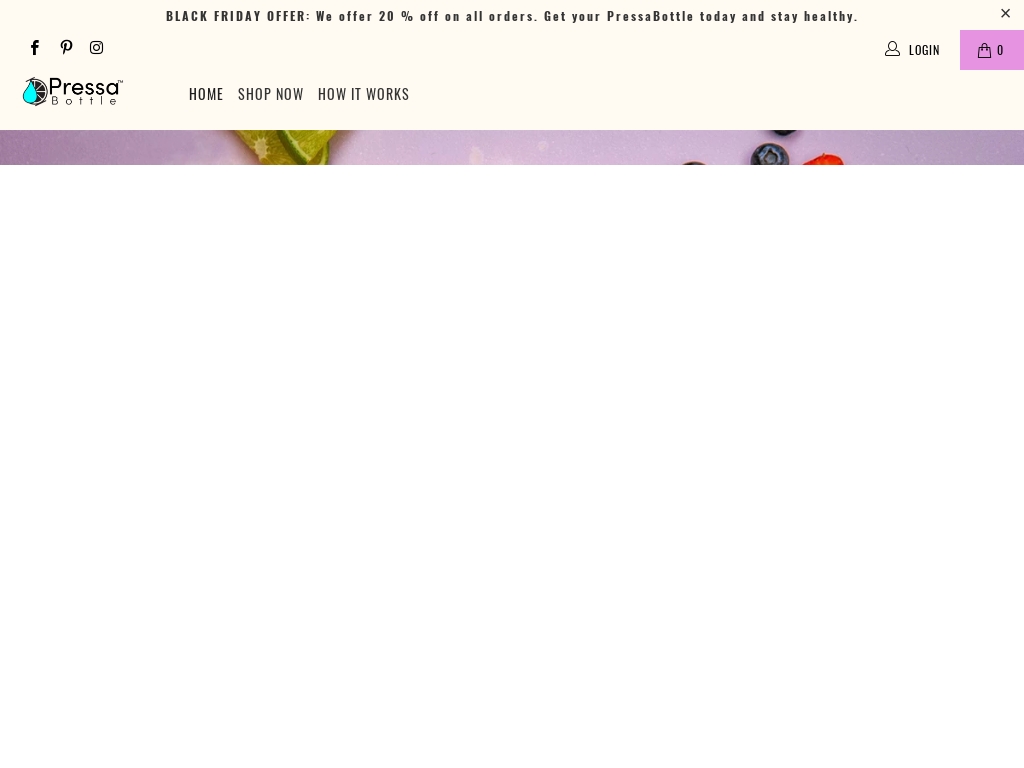
Pressa Inc, a company that sells an innovative water bottle called Pressa Bottle that allows users to juice and press real fruit into any beverage, has been able to generate just over $50k per month primarily through their .com and Amazon, while also selling their product in a few select retailers such as Saks Fifth Avenue, Dillards, and Uncommon Goods, and is looking to scale up substantially with a hope of hitting $3M in sales next year.
350. VIDAVIN ($600K/year)
Saleh Sokhandan, the founder of Vidavin, started his business after realizing the demand for unique and artistic experiences. With a background in 3D painting and optical illusion techniques, Saleh created 3D art and optical illusion products that quickly gained popularity. Starting with a 3D washable sticker, Vidavin has expanded its product line to include mirror mugs, necklaces, and framed wall art. In just a few years, Vidavin has reached a revenue of $1 million, attracting customers who appreciate new and artistic experiences.
How much money it makes: $600K/year
How much did it cost to start: $2K
How many people on the team: 7
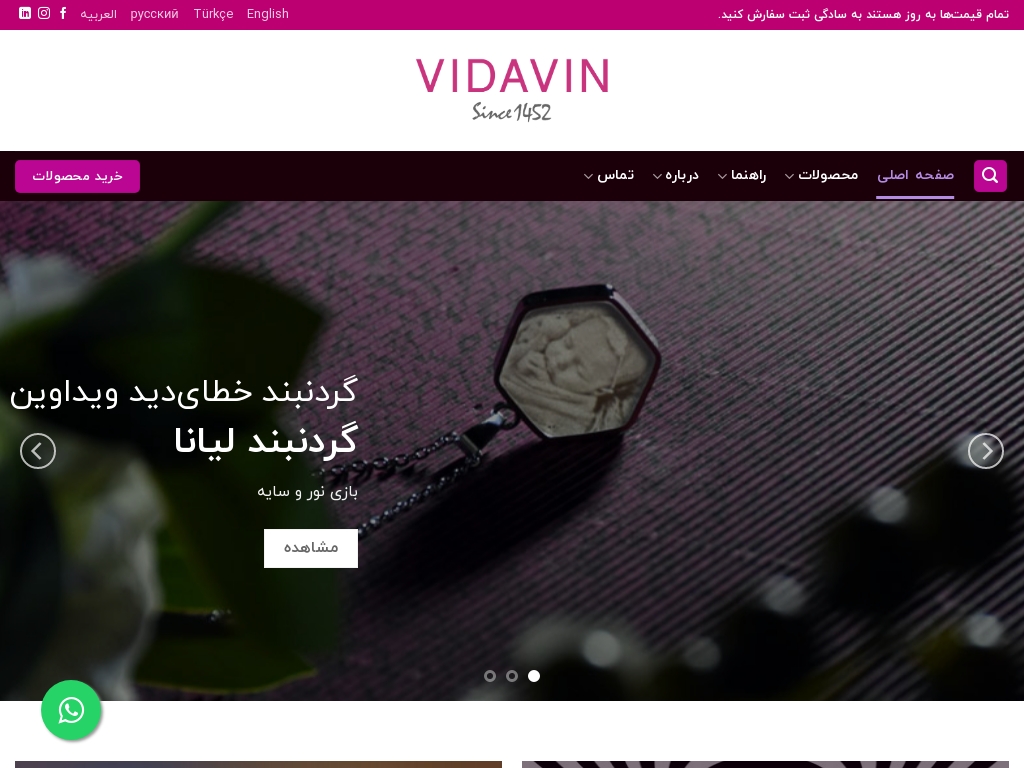
This case study follows the journey of Saleh Sokhandan, the founder of Vidavin, who started with $2,000 and grew his 3D art and optical illusion business to $1 million through unique products, influencer marketing, and a focus on creating pleasant experiences both for customers and himself.
351. Local Laundry ($600K/year)
customers and community is more important than any dollar amount. Building genuine relationships and connections is key to success. Treating customers like real people and going above and beyond to exceed their expectations will lead to long-term loyalty and organic growth. Additionally, it's important to stay true to your values and make a positive impact. Local Laundry is committed to social and environmental responsibility, supporting Canadian charities, and manufacturing their garments in Canada.
How much money it makes: $600K/year
How much did it cost to start: $0
How many people on the team: 4
Local Laundry co-founders share how they built a million-dollar socially conscious Canadian-made clothing brand from the ground up, now with over five employees working full-time and a mission to donate a million dollars to Canadian charities by 2030.
352. American Blossom Linens ($600K/year)
Janet Wischnia, founder of American Blossom Linens, came up with the idea for her business as a way to take her family's bedding manufacturing company back to its retail roots. With the growing demand for sustainable and American-made products, Janet saw an opportunity to create high-quality bedding made completely in the USA from USA-grown cotton. Despite launching right before the COVID-19 pandemic, American Blossom Linens experienced a 400% sales growth in 2020 and continues to grow in 2021.
How much money it makes: $600K/year
How much did it cost to start: $50K
How many people on the team: 3

American Blossom Linens grew sales by 400% during the pandemic to become a profitable business, offering direct-to-consumer high-quality bedding made entirely in the US from 100% domestically grown cotton. Founder Janet Wischnia switched from her role as the company's president to create this eco-friendly brand, which offers personalized support and attention to detail to customers.
353. Andiamo International LTD ($600K/year)
After years of designing footwear collections for other brands, James and his brother decided to start their own family-run footwear brand, WALK London, in 2013. With their experience and expertise, they aimed to create fashionable men's footwear that was accessible and affordable. Today, WALK London sells over 100,000 pairs of shoes a year, an impressive achievement since its launch.
How much money it makes: $600K/year
How much did it cost to start: $1K
How many people on the team: 6
WALK London Shoes, a family-run footwear brand, launched their own brand in 2013 and today they sell over 100,000 pairs a year with a focus on creating high-quality, fashionable products at affordable prices, from a sweet spot range between £55-£95.
354. Tentsile ($600K/year)
Alex Shirley-Smith, the founder of Tentsile Tree Tents, turned his childhood dream of putting people in trees into a reality. After receiving overwhelming interest in his invention from a green design forum, Alex saw a market for collapsible treehouses and a new way to elevate outdoor experiences. With no capital investment, Tentsile Tree Tents grew organically and steadily, selling 50 units in the first year and 17,000 units in the fourth year.
How much money it makes: $600K/year
How many people on the team: 16
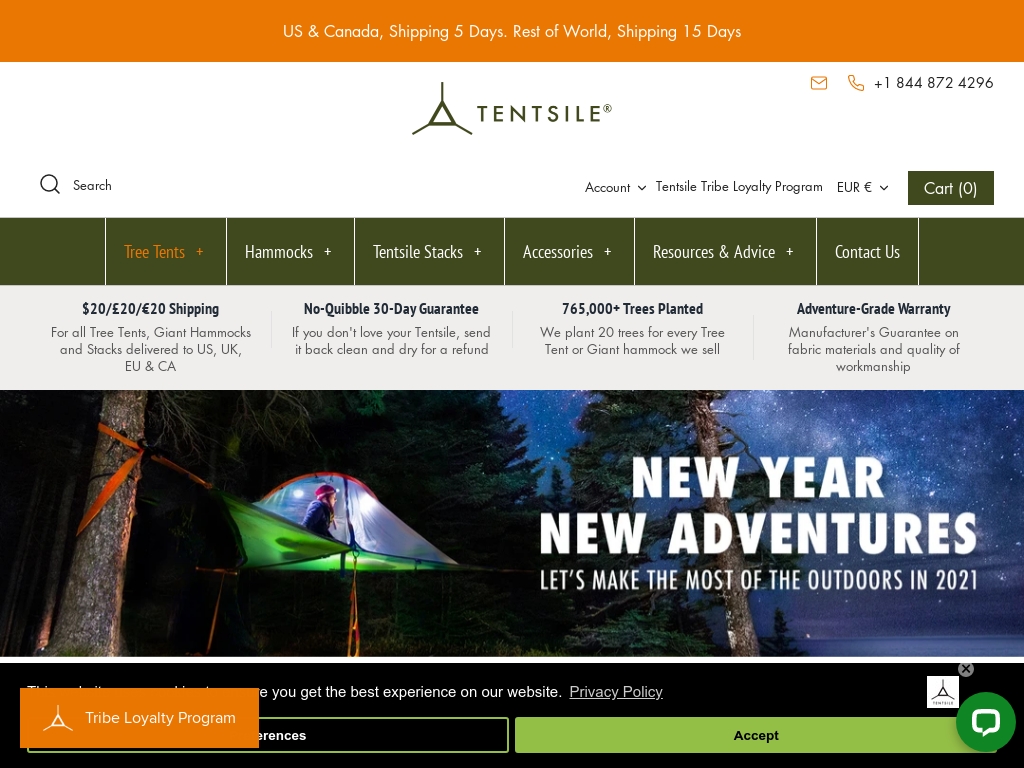
Tentsile Tree Tents, the world's first range of portable treehouses which started in 2013, has grown organically and steadily selling 17,000 units yearly, with monthly revenue of about $50k and a profitability of around 20% – all without taking any capital investment.
355. AMPERNA ($600K/year)
of mouth and repeat customers. Our revenue has steadily increased quarter on quarter and we are gaining traction not only in Australia but also internationally, with strong sales in New Zealand and the USA. We have recently launched a Holistic Skin Coaching Service and are excited about the future growth and expansion of AMPERNA®.
How much money it makes: $600K/year
How many people on the team: 2
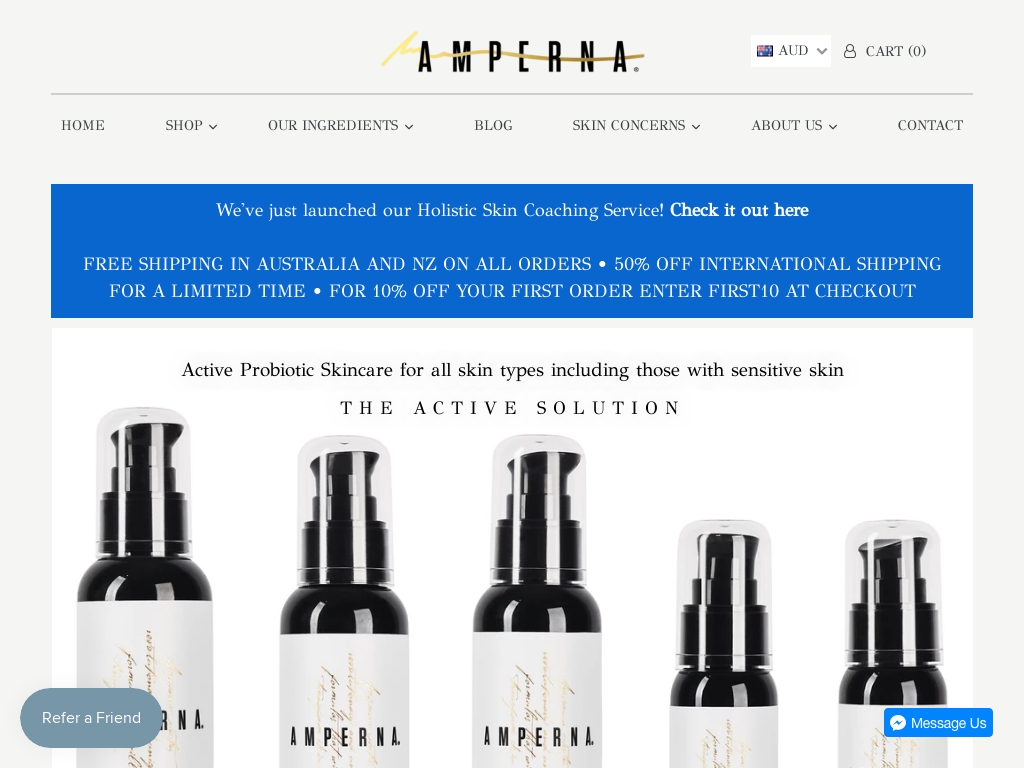
Australian skincare brand AMPERNA® saw doubled revenue quarter on quarter since its 2018 launch, with the US its third-highest sales region, followed by New Zealand, according to founder Kiri Yanchenko. AMPERNA offers active probiotic skincare products free from sulphates, parabens and synthetic fragrances to help people with sensitive and acne-prone skin, and has just launched a Holistic Skin Coaching Service. The firm is self-funded and relies on boosted brand awareness via online marketing and word of mouth to find new customers.
356. Cuff Style ($600K/year)
Eric Morton, one of the co-founders of Cuffstyle, came up with the idea for Cuff Adapters out of frustration with the limited ability to wear cufflinks with standard button-down shirts. He realized that most people owned very few formal French cuff shirts and rarely wore cufflinks as a result. This led to his realization that there was a need for an innovation that would allow cufflinks to be worn more often with any button-down shirt in any setting, leading to the invention of Cuff Adapters.
How much money it makes: $600K/year
How many people on the team: 4

CuffStyle created Cuff Adapters, silicone tabs that fit over shirt cuff buttons allowing cufflinks to be worn with standard button-down shirts, and has sold over 2,000 packs and received 100+ reviews with a 4.6/5 star rating on Amazon, with plans to move into big-box retail and B2B sales.
357. Truffaux ($600K/year)
Founders Imogen and her partner started their business in 2007 after moving to Ecuador. Imogen, who didn't bring a hat with her to the motherland of Panama hat production, designed her own at a local hat maker, which attracted attention from tourists. Realizing they had become hat makers, they aimed to create original designs and sell them online to the global market. However, they soon discovered that selling online was not effective, prompting them to focus on opening popup stores in various locations.
How much money it makes: $600K/year
How much did it cost to start: $10K
How many people on the team: 3

How a couple traveling the world turned a vision of creating unique Panama hats into a $15k/month business selling over 150 models across five stores on three continents, and now expanding into new products and opening a local store.
358. Clever Travel Companion ($600K/year)
Johanna and her husband started the Clever Travel Companion after their own experiences with theft while traveling. They wanted to design products that would prevent other travelers from facing the same fate, and came up with the idea of creating clothing with secret zippered pockets to hide valuables. Their initial products were men and women's underwear, and they have since expanded their product line to include t-shirts, leggings, hoodies, dresses, and scarves. With $50,000-plus in monthly revenue, the Clever Travel Companion is successfully funding their travels and lifestyle.
How much money it makes: $600K/year
How many people on the team: 2
The Clever Travel Companion's founders created a line of travel gear with hidden zippered pockets to prevent pickpocketing and loss of valuables and, after years of effort, have built a successful and profitable e-commerce business with $50,000+ in monthly sales that enables them to travel the world.
359. Hemp Crate Co. ($600K/year)
Ryan, the founder of Hemp Crate Co., came up with the idea for his CBD subscription box business in late 2018. As a casual CBD user, he saw the opportunity in the industry with the legalization of CBD on the federal level and the recurring revenue model that subscription boxes offer. He approached his colleague Lowell with the idea, and together they launched the business within 5 months, starting with $20,000 of their own money and focusing on education, discovery, and affordability for their customers.
How much money it makes: $600K/year
How much did it cost to start: $20K
How many people on the team: 2

Hemp Crate Co is a CBD subscription box delivering over $125 in value to their 1,000+ subscribers, generating $50k+/month in revenue, operating as a side hustle while offering a low-capital, prepay-based startup model.
360. Remy Sleep ($600K/year)
Abeer and his wife, Azka, founded Remy Sleep after searching for ways to improve Azka's sleep. They came across weighted blankets on Amazon, but found them to be unattractive and low-quality. This led them to create their own premium, aesthetically pleasing weighted blankets. Within 20 days of launching, they sold out of their initial 100 units, indicating a market need. Since then, they have received over 4,000 orders and generated $500,000+ in sales. They plan to differentiate themselves from competitors and grow the business 3x in the coming year.
How much money it makes: $600K/year
How many people on the team: 4

Remy Sleep co-founders, Abeer and Azka, designed and ordered just 100 units of their weighted blanket with the goal of selling out in three months, but sold out in 20 days instead, as a result, they’ve now done over $500,000 in sales, with over 4,000 orders and are forecasting to grow the business 3x in the future.
361. Advertisemint ($600K/year)
Brian, the founder of AdvertiseMint, came up with the idea for the business after seeing the launch of Facebook's advertising platform. He realized the enormous potential it had in the world of advertising and decided to specialize in Facebook ads, becoming a leader in the industry. Through hard work and determination, AdvertiseMint has grown to manage close to $100 million in digital media buys for clients such as Coca-Cola and Viacom, making it the number one Facebook advertising agency on Google.
How much money it makes: $600K/year
How many people on the team: 10

This case study is about how the founder of AdvertiseMint, a Facebook advertising agency, started the company with just one employee and has since grown it to 25 employees, managing close to $100 million in digital media buys for clients such as Coca-Cola and Viacom.
362. MealPro ($600K/year)
Andy Sartori, the founder of MealPro, came up with the idea for his food delivery startup after seeing two friends on different diets order the same meal at a restaurant. Realizing that people have unique dietary needs, he launched MealPro to provide customizable, pre-cooked meals for health-conscious individuals. In just three years, MealPro has doubled in size annually, served over 5,000 customers, and achieved an annualized revenue run rate of one million dollars.
How much money it makes: $600K/year
How many people on the team: 15
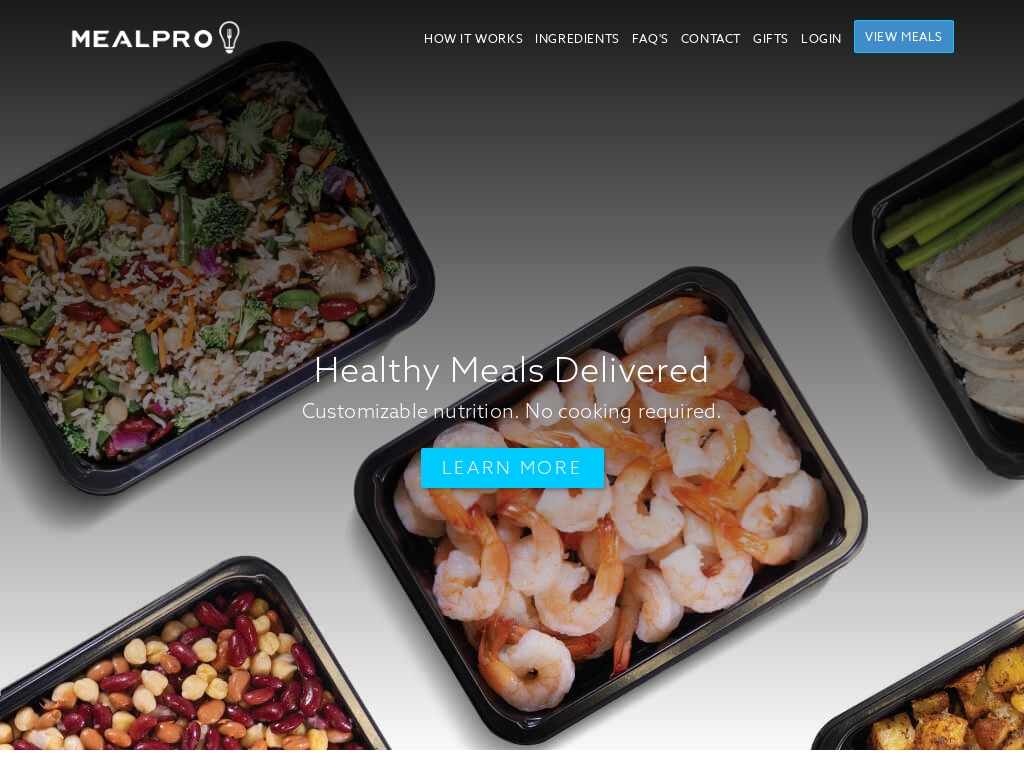
MealPro, a food delivery startup that specializes in pre-cooked and pre-portioned meals, has doubled in size every year since its launch three years ago, serving about 5,000 customers across the US and hitting an annualized revenue run rate of one million dollars with plans to use new premises to support growth and ramp up its digital presence.
363. OrderOfBooks.com ($600K/year)
Graeme McGaw came up with the idea for OrderOfBooks.com after realizing the need for a resource that provided book readers with the order of books in a series. With his passion for books and his expertise from the gambling industry, he launched the website, which now makes six figures per year and serves as a valuable resource for readers worldwide.
How much money it makes: $600K/year
How much did it cost to start: $200K
How many people on the team: 8

OrderOfBooks.com is a website that lists books in both publication and chronological order and generates six-figure revenue after starting off as a resource for the founder and his friends, serving as a valuable resource for book readers.
364. Demmerys LTD ($600K/year)
Sharon Demmery, the founder of Demmerys, came up with the idea for her business after realizing there was a niche in the market for luxurious artificial flower arrangements that could only be found online and not in physical stores. After launching her website and initially struggling to attract sales, she sought help from an SEO/marketing expert who eventually helped her start generating sales and growing her business.
How much money it makes: $600K/year
How much did it cost to start: $300
How many people on the team: 2

Sharon Demmery started a luxury artificial flower arrangement business from scratch and now achieves sales of around £50k/month, focusing on creating bespoke and unique products with high margins and low competition, while building a loyal customer base through organic social media efforts and referrals.
365. East Meets Dress ($600K/year)
Vivian and Jenn, co-founders of East Meets Dress, launched their business after experiencing the struggle of finding a modern cheongsam for Jenn's wedding. With no prior experience in fashion or entrepreneurship, they started small by creating a landing page and received 40+ interested subscribers in one weekend. Through hard work and trial and error, they have grown their company to a 6-figure annual recurring revenue ($25k/month) in just one year, bringing Asian-American representation to the wedding industry.
How much money it makes: $600K/year
How much did it cost to start: $100
How many people on the team: 0

East Meets Dress, an e-commerce store that offers Chinese wedding dresses and traditional outfits, grew to a six-figure annual recurring revenue ($25k/month) in just one year by targeting Asian-American brides in the U.S and high school students looking to wear cheongsams to prom to celebrate their heritage.
366. Heavy Metal Merchant ($540K/year)
Dave Harrison, the founder of Heavy Metal Merchant, came up with the idea while working in the music industry and realizing the demand for licensed heavy metal merchandise. Starting with just a laptop and his own record collection, he bootstrapped the business and grew it to 6-figure weekly sales, shipping thousands of items per month worldwide. With a focus on authenticity and catering to a niche market, Heavy Metal Merchant has become a successful online retailer in the music merchandise industry.
How much money it makes: $540K/year
How much did it cost to start: $500
How many people on the team: 2

Heavy Metal Merchant is an online retailer that has grown sales to 6-figures/week and ships thousands of items every month to people around the world with a focus on licensed music merchandise specializing on the heavy metal genre and has been profitable for over 12 years straight.
367. Eli Mason ($540K/year)
Christopher bought this business from the original founder in 2017 after he fell in love with their products at local bottle shops. He was struggling to make a good cocktail on his own, and this was the first one his wife also loved!
How much money it makes: $540K/year
How much did it cost to start: $10K
How many people on the team: 0
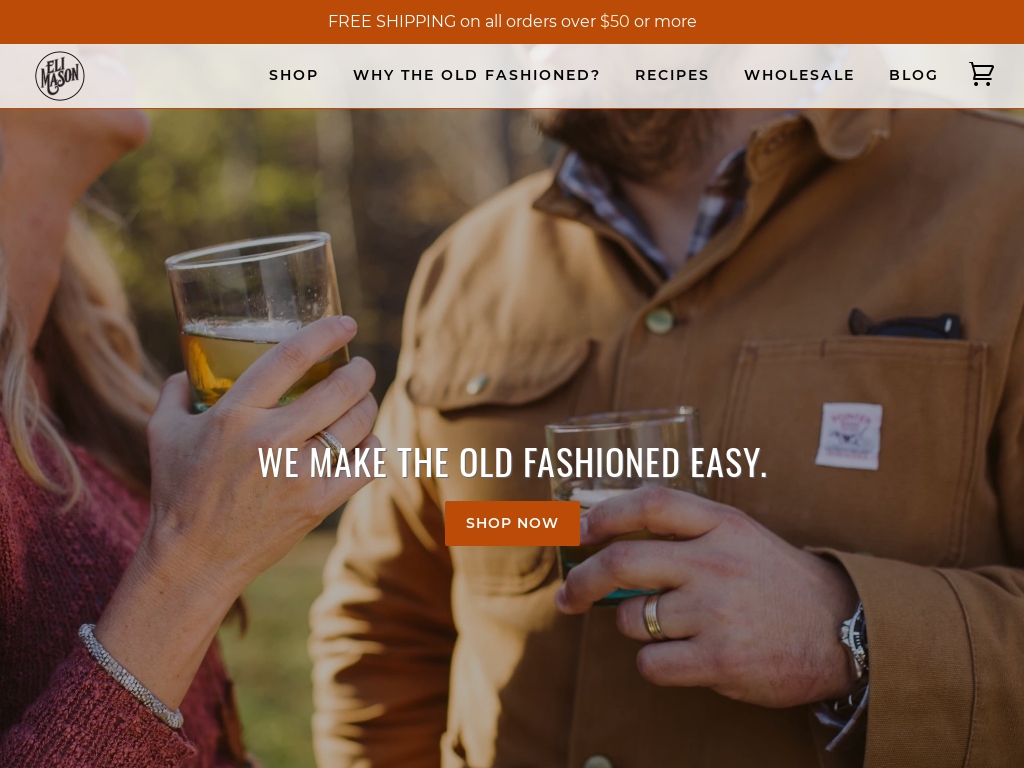
How Christopher Thomas turned a struggling cocktail mixer brand into a consistent low five-figure business by investing in e-commerce growth and customer reviews, focusing on all-natural ingredients, and revamping the website and packaging.
368. Faire Leather Co. ($540K/year)
Ryan and Joseph came up with the idea for Faire Leather Co. after realizing that there weren't any bags on the market that effectively solved the problem of organizing daily essentials while still looking polished on the outside. They used their traditional know-how and expertise from Joe's family-owned leather factory to design and create functional, sleek leather goods that combined style with maximum function. After a successful Kickstarter campaign, they hit their two-year sales target of $1 million in just 10 months and have generated a total revenue of $2.3 million to date.
How much money it makes: $540K/year
How much did it cost to start: $180K
How many people on the team: 7
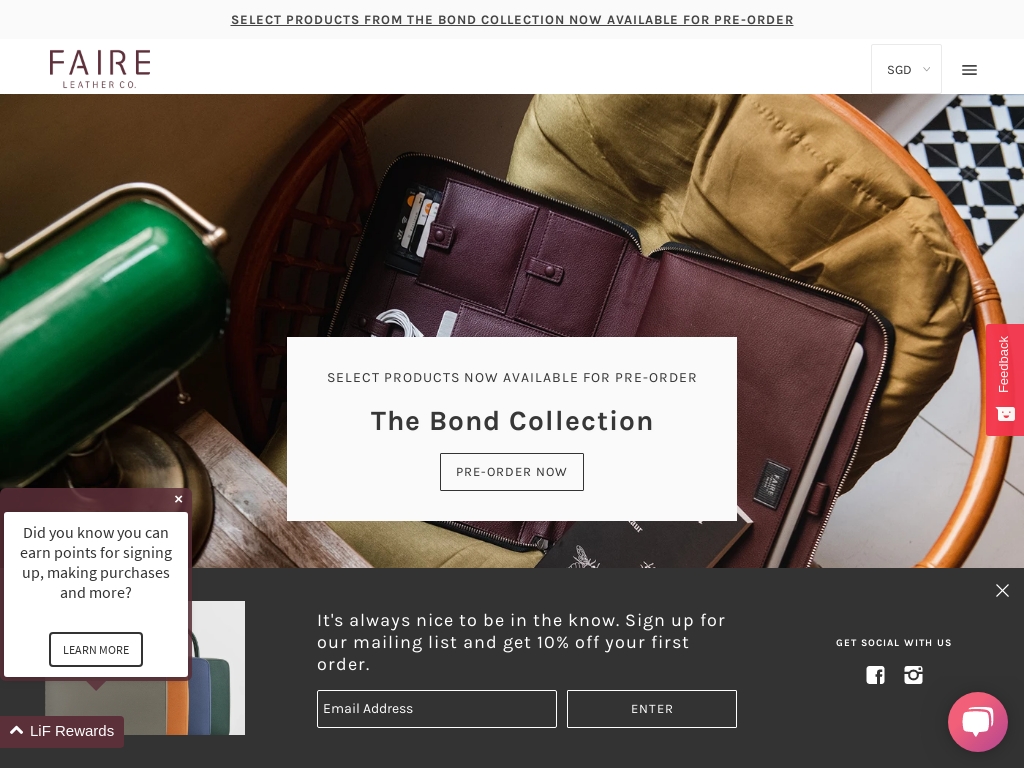
Faire Leather Co. is an online leather goods label with a total revenue of approximately $2.3 million, started with a Kickstarter campaign that overfunded eight times, and now operates as a direct-to-consumer (DTC) business that is fully, vertically integrated, saving on costs and able to offer quality products.
369. Leze Apparel Inc. ($540K/year)
out of debt. In just 6 months, we have managed to turn our business around and are projected to generate 3 times more revenue than in 2019. We have experienced steady growth at a rate of 30% every month and have successfully attracted a community of women who resonate with our mission of comfortable and sustainable workwear.
How much money it makes: $540K/year
How much did it cost to start: $5K
How many people on the team: 0
This case study features LEZE the Label, a sustainable workwear brand that experienced 30% month-over-month growth and eliminated $180,000 in production debt, sharing insights on their crowdfunding strategy, customer-centric approach, and partnerships.
370. PortraitFlip LLC ($540K/year)
Sunny Choudhary, along with his co-founders Lavdeep Chahal and Shubhanshu Maheshwari, came up with the idea for PortraitFlip while searching for a platform that could deliver handmade portraits. They realized there were only a few companies providing such a service and saw it as a great opportunity. With a college side hustle, an initial investment of Rs. 23,000, and hard work, they were able to turn PortraitFlip into a successful startup yielding 3.5crs.
How much money it makes: $540K/year
How much did it cost to start: $60
How many people on the team: 15
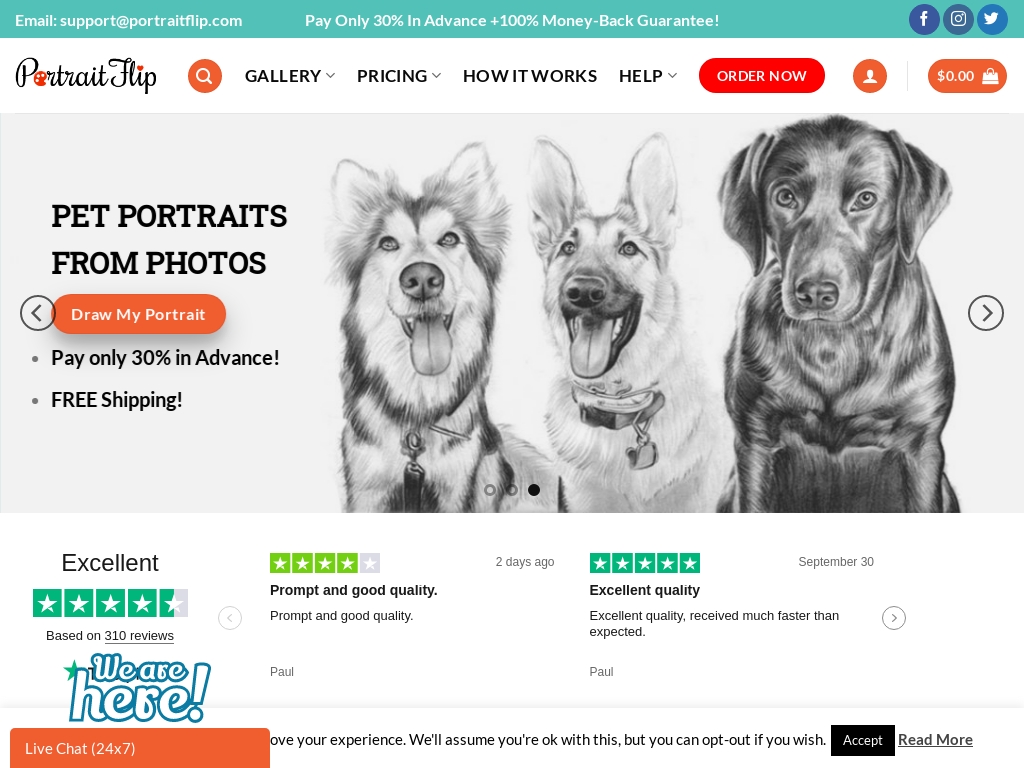
PortraitFlip is a successful startup that delivers handmade portraits globally with a clientele base in the USA and yields 3.5crs through their 100% customer satisfaction guarantee, and they started with an initial investment of only Rs.23,000.
371. Adrenaline Offroad ($540K/year)
Mitchel Matthews, the 22-year-old entrepreneur behind Adrenaline Offroad, was inspired by his love for trucks and off-roading. After building up his own truck and gaining a following on YouTube, he saw an opportunity to start selling aftermarket vehicle accessories to his passionate audience. By using his own money and profits from the business, he was able to start and grow Adrenaline Offroad into a successful eCommerce store, now making 5 times the amount of money he used to make per month.
How much money it makes: $540K/year
How many people on the team: 3
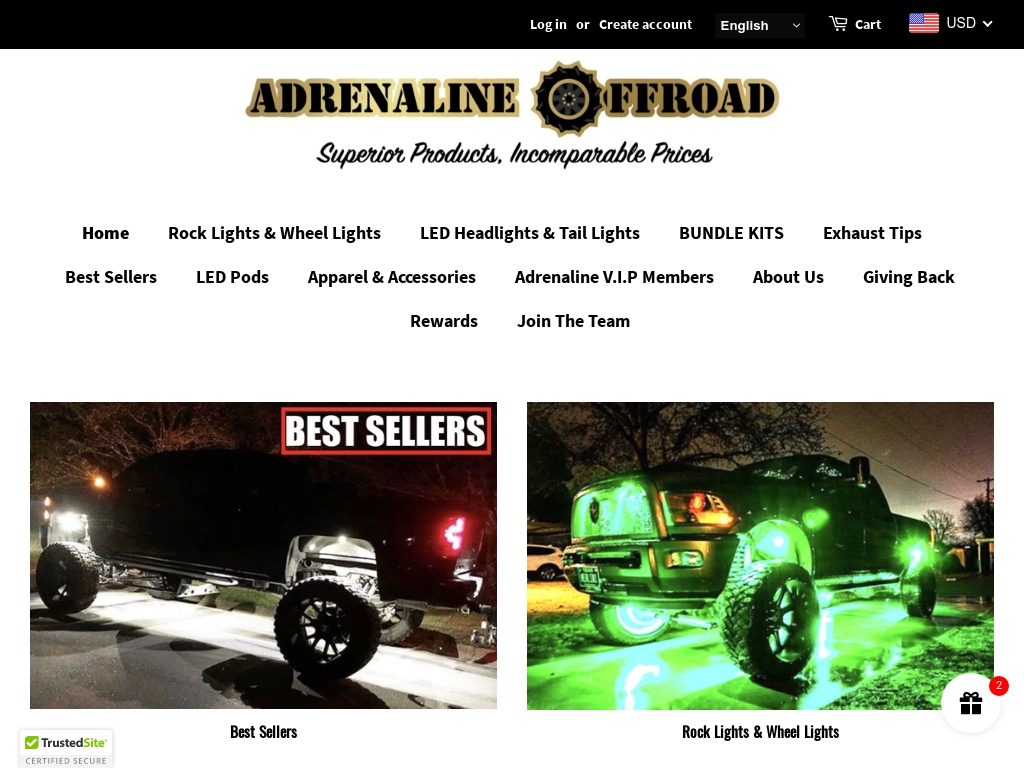
This case study follows an inspiring 22-year-old entrepreneur who started an eCommerce store for aftermarket vehicle accessories, making 5x the amount of money he used to make per month, and generated over $90,000 in sales last year.
372. Danielle Oakey Shop ($540K/year)
After years of interior design blogging and running her e-design business, Danielle Oakey decided to open a pillow shop. She saw a need for decorative pillow covers made from vintage and high-quality fabrics that were lacking in the online market. With just $500 borrowed from her dad and $800 of her own funds, she started her business, which is projected to do $400,000 in sales in 2018.
How much money it makes: $540K/year
How many people on the team: 1
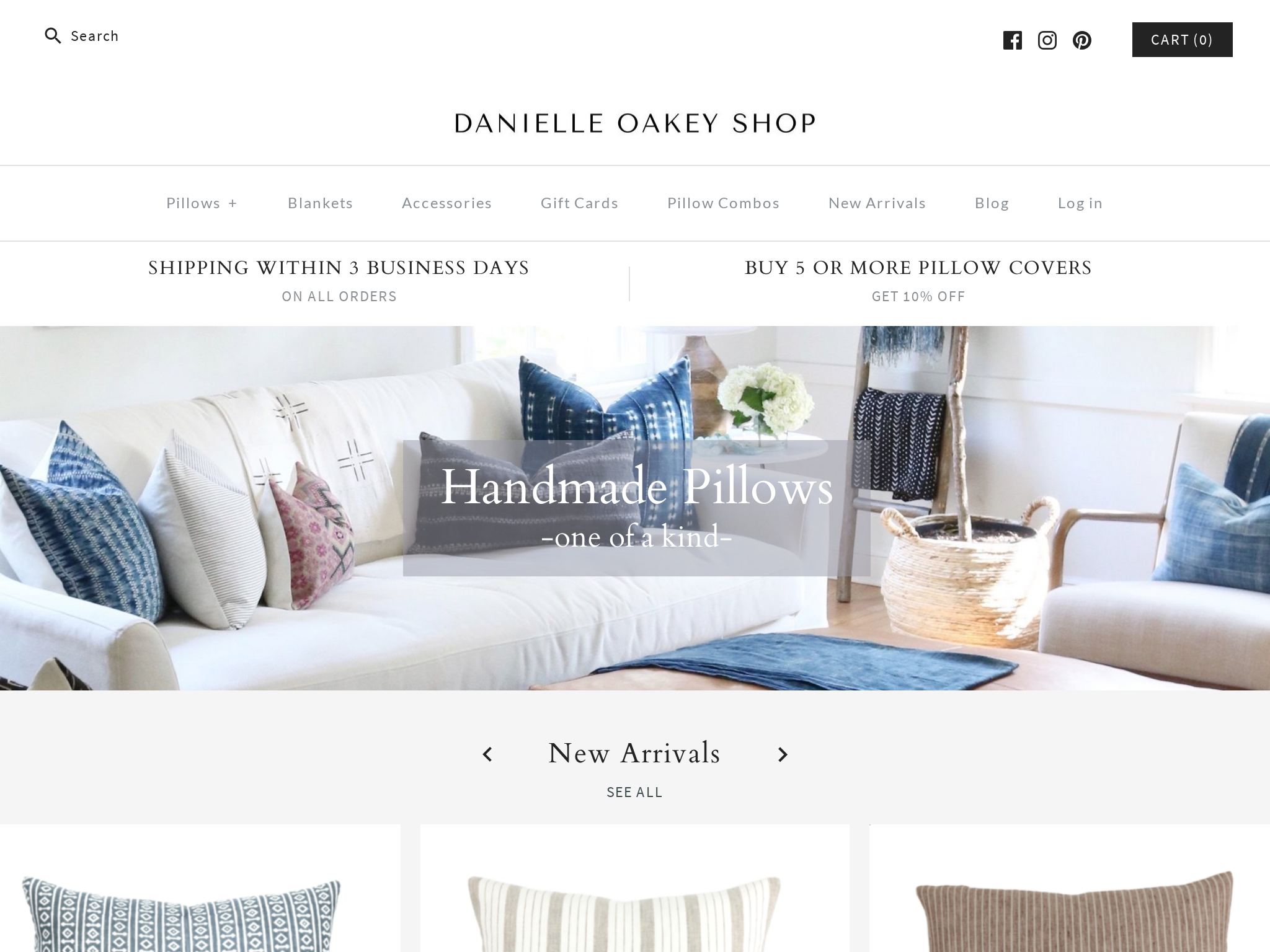
Danielle Oakey built a successful online pillow cover store with a projected $400,000 sales in 2018, using Instagram as her main marketing tool and bootstrapping to create her business with only $1,300.
373. ActivArmor ($504K/year)
Diana Hall, a chemical engineer and former software worker, came up with the idea for ActivArmor when she witnessed children in poverty wearing traditional fiberglass casts that were unhygienic, uncomfortable, and limited their activities. Using her knowledge of materials science and 3D printing, she created a prototype cast for a young boy and received positive feedback from doctors. This experience, combined with her personal history of seeing children adapt to medical devices, inspired her to start ActivArmor and improve the quality of life for patients in need of immobilization.
How much money it makes: $504K/year
How much did it cost to start: $750K
How many people on the team: 3
ActivArmor is a medical device startup that produces 3D printed casts and splints out of waterproof plastic, partnering with doctors, hospitals, and individuals globally to improve healing outcomes and patient comfort.
374. Lever Gear ($504K/year)
Mike Scully, founder of Lever Gear, came up with the idea for his business after working as a product design and development consultant. He had a desire to design his own products and saw the opportunity with the Toolcard Pro, a credit-card sized multi tool. Scully launched the Toolcard Pro on Kickstarter and raised over $100k, and since then, Lever Gear has sold over 25,000 toolcards in over 80 countries.
How much money it makes: $504K/year
How many people on the team: 3
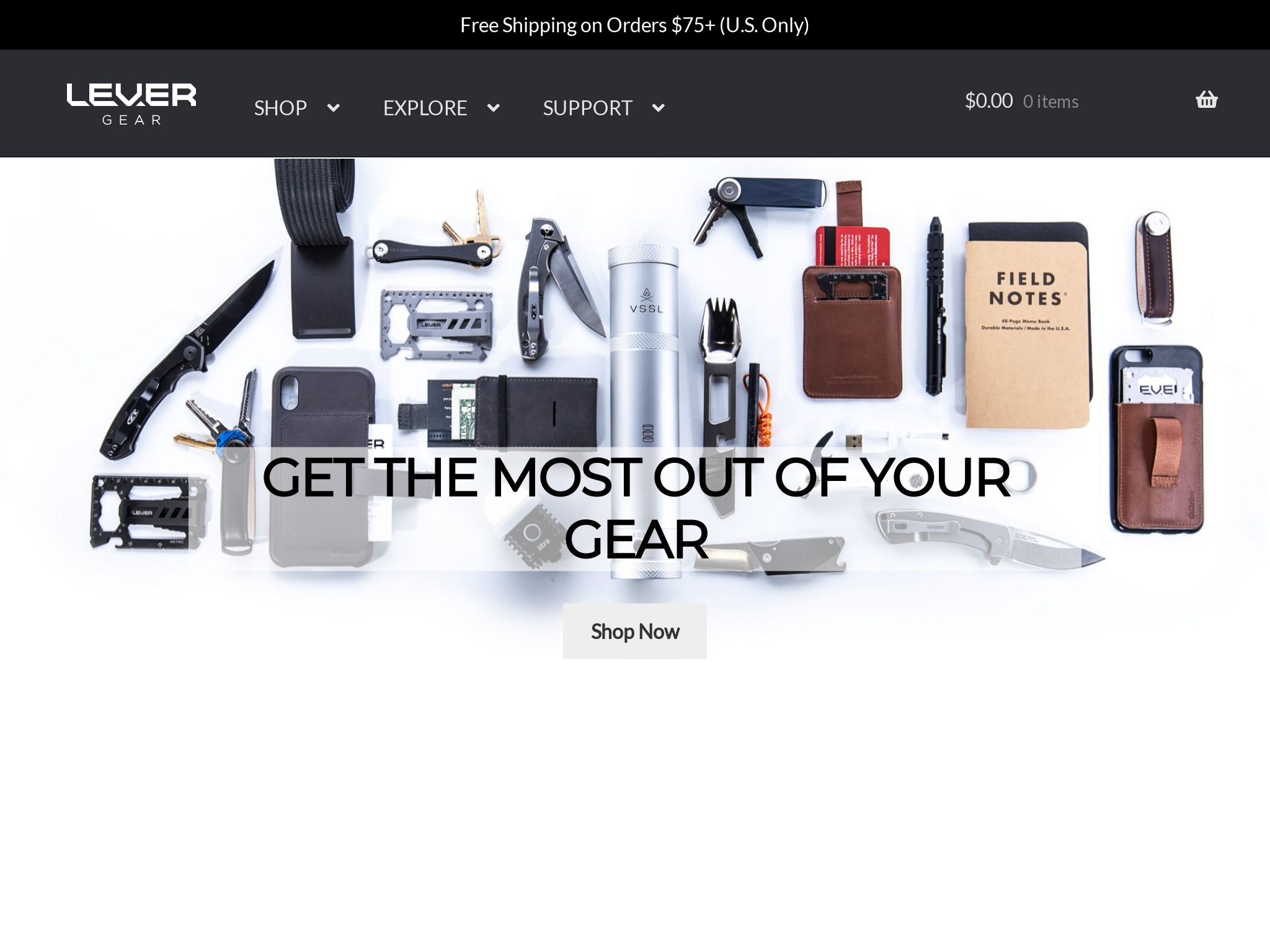
Lever Gear, a company that designs everyday carry tools, has sold over 25,000 Toolcard Pros in over 80 countries since their successful Kickstarter campaign in Spring 2016, and are currently looking to expand through U.S. online marketplaces, Amazon Europe and brick and mortar retailers, as well as developing new products and curating EDC products that align with their mission.
375. Volcanic Earth ($504K/year)
The founder of Volcanic Earth, Linda Trenkner, came up with the idea to start a cosmetics manufacturing business after realizing the potential of volcanic ash and natural remedies found in Vanuatu. She and her cousin initially started with a volcanic ash resort clothing line, but quickly pivoted to developing natural skincare products using ingredients like Tamanu Oil and Virgin Coconut Oil. Despite limited financial resources and a small market in Vanuatu, they focused on reaching larger markets outside of the country through online sales and a wholesale drop ship reseller program, successfully attracting customers around the world.
How much money it makes: $504K/year
How much did it cost to start: $3K
How many people on the team: 7

Volcanic Earth CEO Linda Trenkner started a successful cosmetics manufacturing business in Vanuatu that specializing in natural skin care products for a variety of skin issues; Trenkner takes pride in working with indigenous families and villages in Vanuatu that collect the nuts, coconuts, and volcanic ash used in her products.
376. Mouqy ($480K/year)
Mouqy was founded by Daren Low, who recognized the increasing demand for affordable eyewear during the Covid-19 pandemic. Leveraging his experience in the digital world, Daren created Mouqy to offer high-quality, fashionable eyeglasses at affordable prices. With a focus on practical content marketing and providing a seamless user experience, Mouqy has seen early success and aims to become a go-to resource for all eyewear needs.
How much money it makes: $480K/year
How much did it cost to start: $200K
How many people on the team: 12

Mouqy founder Daren Low discusses how he leveraged his experience in digital marketing to create a retail brand offering quality eyewear at affordable prices, with 172 unique frames currently available and targeting 1,000 frames by year's end, with the company's core online store running on Shopify and lead generation from content on WordPress CMS with performance enhanced by Gatsby and Zendesk for customer support.
377. BBQ Croc ($480K/year)
The Croc Man, a former food publisher, came up with the idea for the BBQ Croc® 3 in 1 Tool after struggling to find a simple and effective barbecue tool. After discovering a primitive scissor system tool in South Africa, the founder designed a multipurpose tool with two spatulas and incorporated grooves for cleaning grill bars. With over 70,000 units sold and tripled revenues in the second year, the BBQ Croc® is now available worldwide.
How much money it makes: $480K/year
How many people on the team: 2

The Croc Man created the BBQ Croc® 3 in 1 Tool, which has tripled their revenues in their second year and has sold over 70,000 units, and they hope to double those sales in their third year by constantly innovating and building their brand.
378. Holmes Mouthwatering ($480K/year)
Ethan Holmes, at only 15 years old, was inspired by reading the book "Reallionaire" to create his own food product, with the goal of selling it on grocery store shelves. After a year of experimenting in his mom's kitchen, he perfected his all-natural applesauce recipe using golden delicious apples, pears, and apple cider. Today, Holmes Mouthwatering Applesauce is available in 200 store locations throughout the Midwest and produces up to 4,000 units a month.
How much money it makes: $480K/year
How much did it cost to start: $500K
How many people on the team: 1

Ohio entrepreneur grows natural applesauce product from his mom's kitchen to 200 Midwest store locations, selling up to 4,000 units monthly and appearing in news outlets like Black Enterprise and Fox 8, while also giving speeches and presentations to schools, universities, and summer camps.
379. Snackable Studios ($480K/year)
Kiran, one of the founders of Snackable, came up with the idea for the business while working on her food blog. She realized that there was a demand for an overhead tripod rig for filming recipe videos and decided to sell it to other food bloggers. With positive validation and pre-sales, Kiran launched an online store and grew it to earn $15K CAD/month within two years.
How much money it makes: $480K/year
How many people on the team: 1

How Kiran validated her idea and turned a personal side project into a successful business that offers video creation tools and services, earning $15K CAD/month from the e-commerce store alone, with a future goal of becoming a blogger platform and marketplace.
380. Galen Leather ($480K/year)
Zeynep and Yusuf, the founders of Galen Leather, came up with the idea for their business after Zeynep was diagnosed with cancer and lost her ability to speak, forcing her to find a new way to work. They started selling locally produced leather goods and vintage kilims online, and eventually started designing and handcrafting their own line of leather products. The business has experienced impressive growth, with a 138% increase in revenue and an average of $40,000 in sales each month.
How much money it makes: $480K/year
How many people on the team: 4
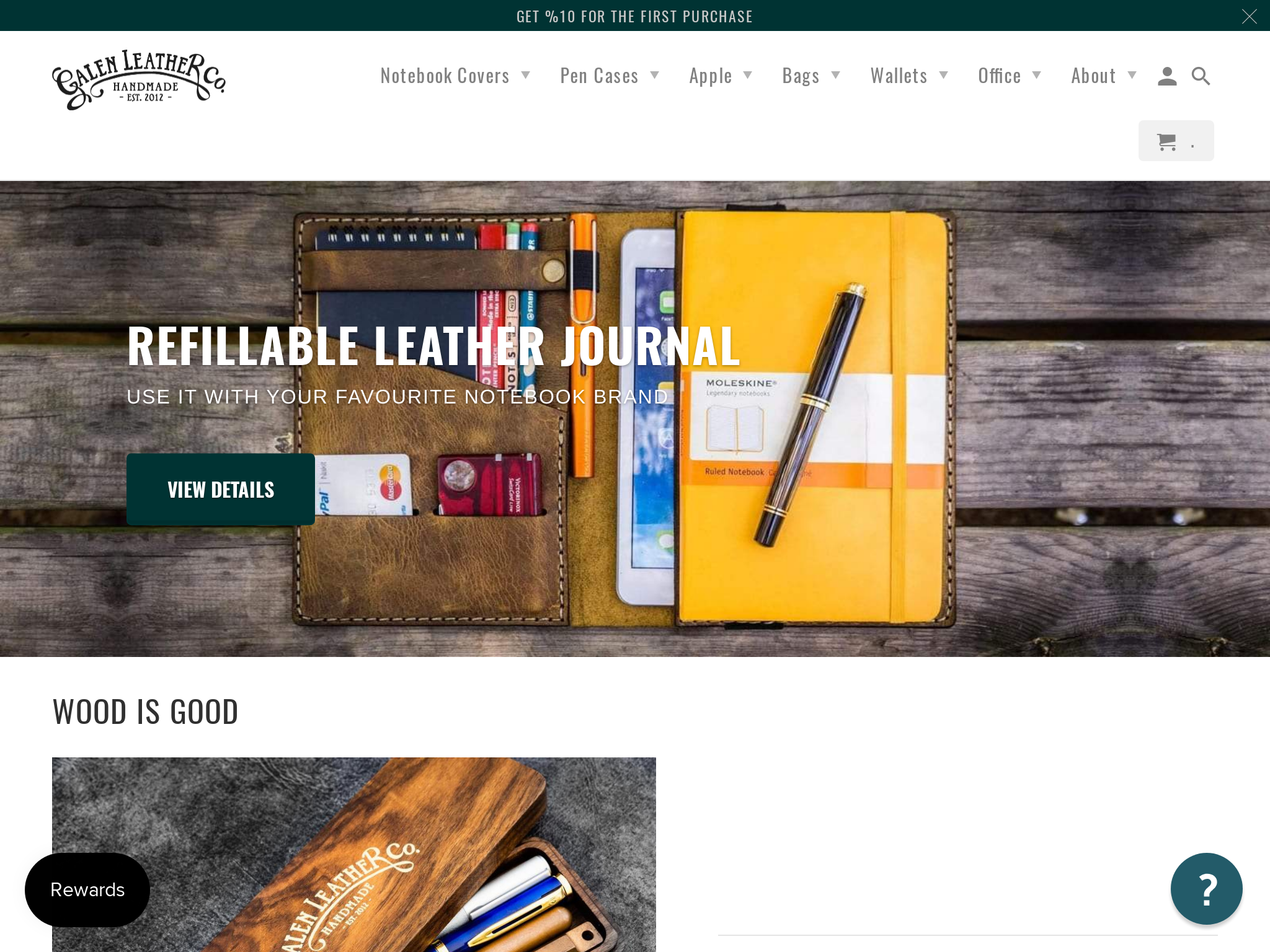
Galen Leather, an Istanbul-based e-commerce store specializing in handmade leather goods, experienced a 138% increase in revenue to hit an average of around $40,000 in sales each month, with products like their Moleskine Cover helping the company achieve success.
381. Knee Deep Limited LLC ($480K/year)
Garret "Buddy" Lamp and Taylor "Earl" Nees co-founded Muff Waders after Earl woke up to find a drawing he made during a night out back in 2017. Initially shared as a joke, they saw potential and now average $3,600 in sales per month, featuring a six-pack cooler in the bibs.
How much money it makes: $480K/year
How much did it cost to start: $34K
How many people on the team: 0

Muff Waders is a fun yet practical product that combines bibs for working outdoors with additional features such as insulated coolers, concealed pockets and a bottle opener; since launching in September 2019, they have been averaging $3,600 a month in sales.
382. Million Dollar Collar ($480K/year)
Rob Kessler came up with the idea for Million Dollar Collar after being disappointed with the way his shirt looked in his wedding photos. He started cutting open dress shirts and testing materials until he developed a material that could handle the heat of dry-cleaning and be permanently installed in dress shirts. Through trial and error and feedback from customers, Kessler perfected the design and launched the business in January 2016, eventually using YouTube fashion influencers and targeted advertising to attract and retain customers.
How much money it makes: $480K/year
How much did it cost to start: $100K
How many people on the team: 0

Rob Kessler, co-founder of Million Dollar Collar, invented the world's first permanently installed placket stay for dress shirts that has already helped people in 100 countries upgrade 200,000 of their own dress shirts, with aims of changing the dress shirt industry as a whole.
383. EPIPHANY LA ($480K/year)
Jocelyn Thompson, founder of Epiphany LA, came up with the idea for her business when she was disappointed with the quality and options of padding inserts for swimsuit tops. After ordering several different products online and finding them unsatisfactory, she saw a gap in the market for a properly designed insert that looked natural and provided the desired effect. With a check for $15,000, Thompson was able to start her business and launch her product on Amazon, where it quickly gained traction and success.
How much money it makes: $480K/year
How much did it cost to start: $10K
How many people on the team: 0

Epiphany LA's founder Jocelyn Thompson created a foam push-up padding insert to combat the market saturation of thick, pointy, and ill-sized padding inserts mostly offered in two sizes only, with her product currently patent-pending and earning around $12,000 a month mainly from Amazon USA, where customer reviews and organic SEO proved to be key.
384. FATCO ($480K/year)
Cassy Burnvoth, the Founder & CEO of FATCO, came up with the idea for her business after discovering the dangers of conventional skincare products and the benefits of using healthy fats for the skin. With a background in engineering and a passion for Paleo lifestyle, she started making her own natural and organic personal care products using tallow from grass-fed cows. She rebranded the company as FATCO in 2015 and launched a full line of products, including their flagship Stank Stop Natural Deodorant.
How much money it makes: $480K/year
How much did it cost to start: $10K
How many people on the team: 2

This case study follows the story of Cassy Burnvoth, founder & CEO of FATCO, a natural and organic personal care brand that uses tallow (rendered beef fat) in their products, which garnered $200,000 in revenue in its first 9 months and launched in Target stores in January 2018.
385. Boomerangz Footwear ($480K/year)
Brad Munro, the founder of Boomerangz Interchangeable Thongs, came up with the idea after experiencing multiple thong blowouts while traveling in Europe. Recognizing a gap in the market, Brad and his business partner developed thongs with interchangeable bases and straps to minimize blowouts and offer customization options. They launched the product through a crowdfunding campaign, raising $50,000 in sales within six weeks and eventually expanding their distribution to multiple countries.
How much money it makes: $480K/year
How much did it cost to start: $50K
How many people on the team: 3

Boomerangz Footwear created interchangeable thongs designed to minimize blowouts and with patented bases and straps, resulting in a successful crowdfunding campaign that raised $50,000 in 6 weeks and led to the company being stocked in over 40 stores around Australia and expanding globally.
386. Sene ($480K/year)
Ray Li, the founder of Sene, came up with the idea for his business after experiencing the frustration of finding clothing that fit properly as a slim Asian guy. He wanted to create a luxury brand that offered custom-fit clothing instead of off-the-rack options. After experimenting with different formats and launching a flagship store in LA, Sene now uses data science to provide customers with a custom fit and has become a capital-efficient business with gross margins of 60-65%.
How much money it makes: $480K/year
How many people on the team: 3

Sene founder Ray Li used data science to replace the tailor, developing custom-fit clothing's luxury experience with a digital platform for men and women, generating $800,000 annual recurring revenue through Shopify and adjusting marketing tactics to opt for influencer campaigns focusing on visual photo and video content.
387. Mundoalfombra.com ($480K/year)
Mundoalfombra.com was founded by Manuel Mas and his family in 2001. Manuel's father, who had a background in manufacturing rugs, inspired him to combine his passion for the online world with the rug industry. Mundoalfombra.com quickly became the number one rug seller in Spain, gaining traction through SEO, Google Ads, and social media advertising. With consistent revenue growth of 20% each year, they have plans to expand internationally and maintain their position as the go-to source for rugs in Spain.
How much money it makes: $480K/year
How much did it cost to start: $3K
How many people on the team: 5

Mundoalfombra.com is a Spanish-based rug and carpet e-commerce retailer that has seen 20% growth since the beginning of the decade, making around $23K/month revenue, and plans to further internationalize in the future.
388. peace. love. hormones. ($480K/year)
Meet Maddie Miles, the founder of Peace. Love. Hormones. After struggling with various health issues and feeling disconnected from conventional medicine, Maddie embarked on a journey to create herbal nutraceuticals that support women's menstrual health. In just 9 months, her business went from an initial order of 100 units to an impressive 10,000 units. With an organic and loyal customer base, Maddie's goal is to continue growing her business and helping millions of women worldwide.
How much money it makes: $480K/year
How much did it cost to start: $40K
How many people on the team: 0

Peace. Love. Hormones. is a female reproductive health company creating a women's reproductive health movement, which has grown from an initial order of 100 units to 10,000 in just 9 months, and offers herbal nutraceuticals, a menstrual health app, a podcast, and eBooks.
389. Quirksmith ($479K/year)
Pragya Batra, co-founder of Quirksmith, came up with the idea for her handcrafted jewelry business while attending pop-up markets with her sister and jewelry designer, Divya Batra. They noticed the potential for their unique and quirky designs to resonate with customers, leading them to launch their website on Shopify in 2016. Since then, Quirksmith has grown to process orders worth $40,000 every month, with digital ads on Facebook and Instagram being their primary source of traffic.
How much money it makes: $479K/year
How many people on the team: 5

Quirksmith co-founders built a sustainable and profitable business that gets over 100k visitors on their website every month and generates $40,000 of orders per month, with over 95% of their sales driven through their own website, using digital ads and leveraging social media to make customers their brand ambassadors.
390. Joah Love ($468K/year)
After working in fashion design and noticing a lack of cute and stylish clothing options for kids, Ahyoung Kim Stobar and her friend Joy decided to start their own children's clothing brand, Joah Love. They focused on creating high-quality, timeless pieces that would be comfortable for kids to wear and easy for parents to care for. Over the years, Joah Love has gained a loyal customer base and plans to expand its offerings, including launching a line for adults and incorporating sustainability into their brand.
How much money it makes: $468K/year
How many people on the team: 7

Joah Love is a children's lifestyle clothing brand that generates over $40,000 a month through its direct-to-consumer website, and has plans to expand to Europe and Asia, while also prioritizing sustainability and inclusivity for children with special needs.
391. Humphreys ($444K/year)
John Humphreys came up with the idea for his business, Humphreys (formerly Texas Rover Company), after a childhood fascination with mechanical objects and a passion for design. He drew inspiration from his father's solar home and his experiences with artists and builders, eventually leading him to develop a line of classically inspired leather, wood, and metal products. After facing challenges and setbacks in manufacturing and launching his flagship product, the Humphrey Chair, Humphreys eventually found success through trade shows, press coverage, and partnerships, attracting customers through Instagram and other marketing efforts.
How much money it makes: $444K/year
How many people on the team: 1

Humphrey's, a lifestyle industrial design brand, generated $550K in 2019 revenue, thanks in part to the success of its flagship product, the Humphrey Chair, which sold 50 chairs at $16,000 in its first year and became a hit after being featured in GQ and Neiman Marcus.
392. Baltimore in a Box ($420K/year)
Ross Nochumowitz founded Baltimore in a Box after realizing there was a demand for Baltimore-inspired care packages. He started by curating boxes with iconic Baltimore items and offering customization options for customers. Despite initial challenges and a plain-looking box, the business gained traction and received attention from local media, leading to its success.
How much money it makes: $420K/year
How much did it cost to start: $500
How many people on the team: 1

Baltimore in a Box founder Ross Nochumowitz created a customized gifting company that allows customers to easily send iconic products from Baltimore to loved ones anywhere in the world, resulting in steady business growth with minimal digital marketing efforts and expanding into corporate gifting with orders increasing year after year.
393. The Canvas Works ($420K/year)
Patrick Ryan, the founder of The Canvas Works, came up with the idea for his business during the beginning of the digital photography revolution. With a background in advertising, Ryan saw the potential for personalized print products and started the company to cater to the growing demand. Despite facing challenges in scalability and competition, The Canvas Works has grown steadily and is now expanding internationally.
How much money it makes: $420K/year
How many people on the team: 5

The Canvas Works, a small, independent photo printing website based in County Cork that specialises in canvas and framed prints, has launched sites in the UK and US and will soon roll out native apps on iOS and Android; founder Patrick Ryan says the Irish company, which has focused exclusively on the domestic market until now, is earning a monthly income of up to $50,000, with "great potential" for growth.
394. w.o.d.welder ($420K/year)
Keegan Pafford, co-founder of w.o.d.welder, came up with the idea for his business when he ripped his calluses open during a Crossfit workout and couldn't find an effective and natural product to care for them. After months of research and product development, Pafford launched w.o.d.welder and quickly gained traction through social media and influencer marketing. The company has since grown to achieve $86,000 in sales in its first year of business.
How much money it makes: $420K/year
How many people on the team: 0
Co-founder Keegan Pafford shares the story behind w.o.d.welder, a 4-year-old athletic essential company that specializes in natural skin care for athletes and active lifestyles; the business was built on Instagram and generated $86,000 in sales during its first year, with growth continuing through engaged interactions with customers and expansion of product lines.
395. The Christmas Tree Hugger ($420K/year)
Ryan Kenny came up with the idea for The Christmas Tree Hugger when he and his wife set up their first artificial Christmas tree and were bothered by the unsightly green base pole. Unable to find a solution online, Ryan decided to create his own faux tree bark wrap. After receiving positive feedback from friends and family, Ryan launched a crowdfunding campaign to raise funds for production and trademarking. The business has since gained momentum, earning an average of $35,000 a month and receiving 5-star reviews.
How much money it makes: $420K/year
How many people on the team: 2
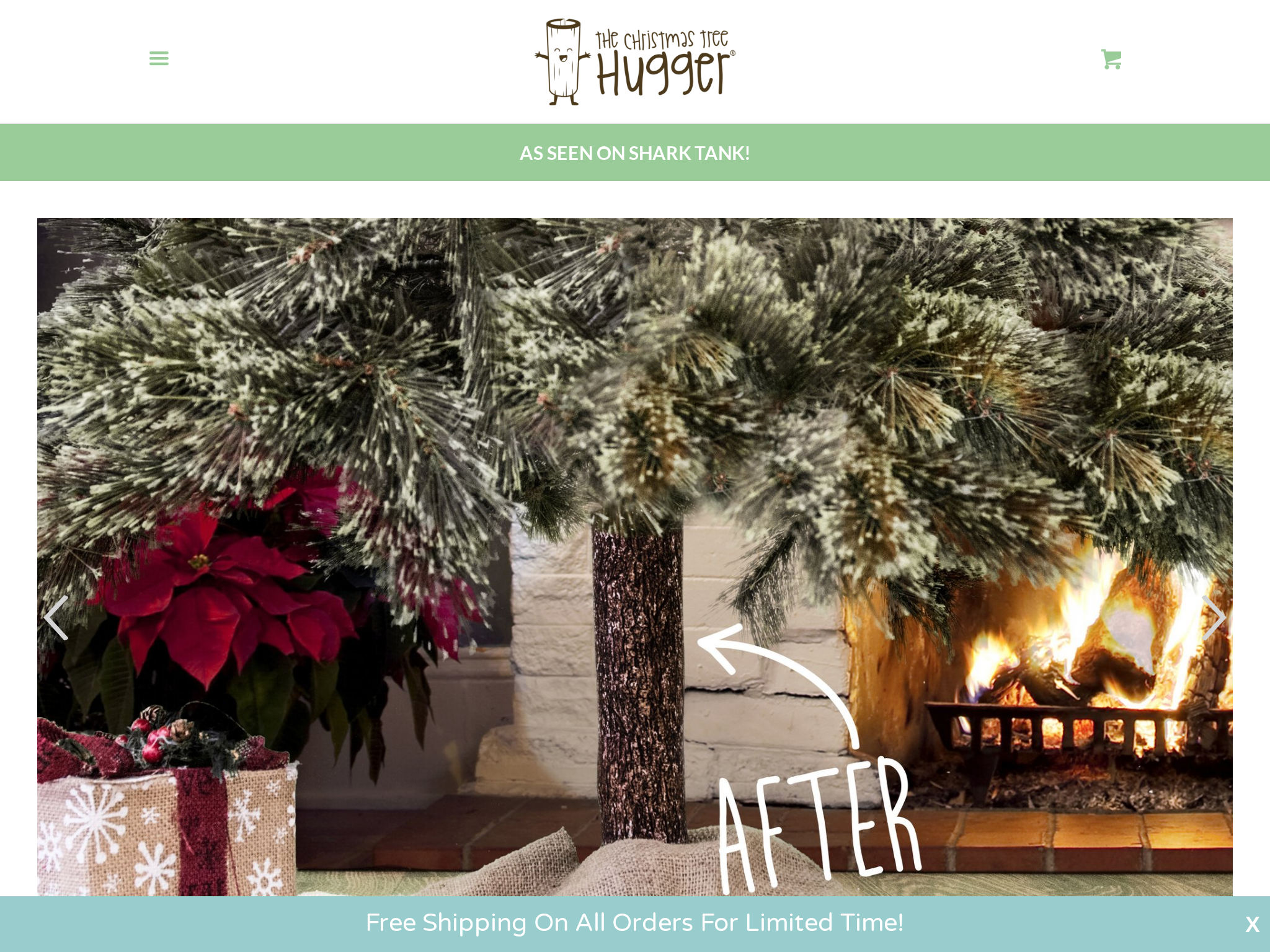
The Christmas Tree Hugger has quickly become a 5-star rated holiday product, generating an average of $35k a month with a successful Kickstarter campaign and appearances on QVC & Shark Tank.
396. MamaSuds ($420K/year)
Michelle Smith, founder and CEO of MamaSuds, came up with the idea for her business after researching the harmful ingredients in household products. She taught herself how to make liquid soap and formulated a laundry soap that would clean her daughter's cloth diapers. After receiving positive feedback from friends and family, she decided to turn her passion into a business. MamaSuds has since experienced incredible growth, with an average revenue of $18k a month, and is now sold in all 50 states and over 9 countries.
How much money it makes: $420K/year
How much did it cost to start: $395
How many people on the team: 1

MamaSuds, a natural cleaning and soap company created by Michelle Smith, has an impressive monthly revenue of $18k, has sold products to 9 countries and all 50 US states, and has just undergone a rebrand that contributed to significant traffic growth.
397. Any Old Vintage ($420K/year)
Nick Griffiths, a former freelance journalist, came up with the idea for Any Old Lights when he moved to Cornwall and started building websites for a vintage lighting business. Despite knowing nothing about lighting initially, he learned on the job and eventually became an expert in vintage lighting. The business has since grown in popularity, selling worldwide and turning over £250,000 last year.
How much money it makes: $420K/year
How many people on the team: 3
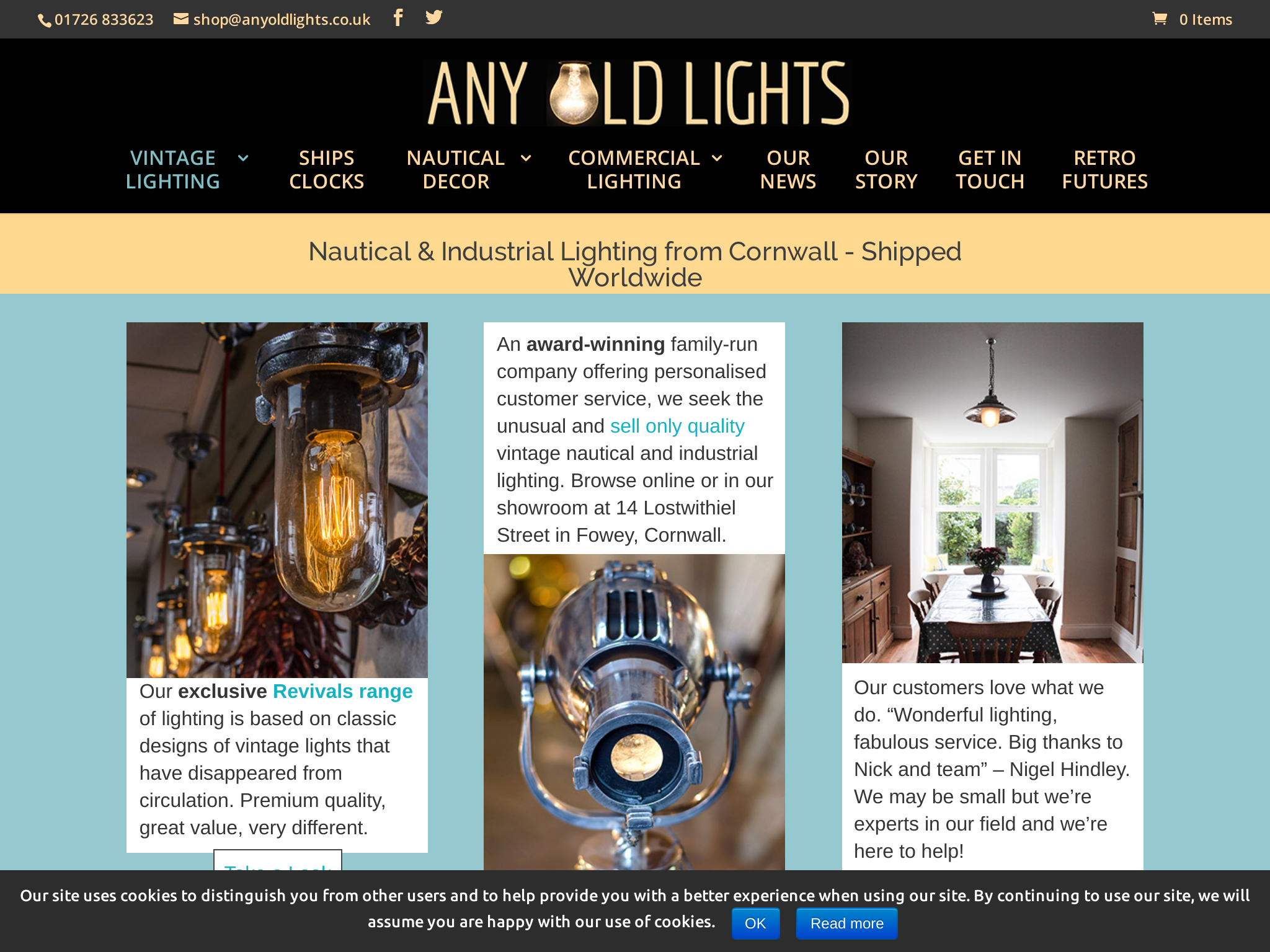
Any Old Lights, a UK-based vintage nautical and industrial lighting store, has grown to turn over £250,000 annually by being on the forefront of SEO tactics and building their own Revivals brand of lighting, as well as sourcing and selling maritime antiques and curios.
398. Bundleboon ($420K/year)
Nelli Jeloudar, the founder of Bundleboon, came up with the idea for her curated shopping service for kidswear after seeing a demand for a similar service from her friends with children. She launched the business as a side hustle and quickly received 300 pre-orders, generating close to €45,000 in revenue with only €2,000 spent on startup costs. She later partnered with a retail partner to keep inventory risk low and focused on validating the concept before scaling.
How much money it makes: $420K/year
How many people on the team: 5

Bundleboon is a kidswear shopping service where parents complete a style quiz and receive two personalized outfits for their child, and only pay for the items they keep, generating €45k in revenue with only €2k spent on startup costs in the first 2 months, with a goal of becoming a tech company with a styling algorithm and automating the styling process.
399. ATC Memes ($414K/year)
David Lombardo, one of the founding members of ATC Memes, came up with the idea for the business after realizing that he could create hilarious audio recordings of fake air traffic control transmissions. The idea quickly gained popularity and the ATC Memes page grew from 8,000 fans to over 40,000 in just one week. Seeing the potential, Lombardo and his partners decided to monetize the page by selling merchandise, starting with women's leggings featuring images of airspace. Sales took off, and they expanded their product offerings to include lanyards, hats, bags, and more.
How much money it makes: $414K/year
How many people on the team: 2

ATC Memes started as a social media site for sharing memes among air traffic controllers, which then evolved into an online store called RadarContact.com; offering unique and niche types of merchandise catering to the aviation industry, the site sells various products, including leggings, phone cases, and blankets, and utilizes social media, live videos, and email marketing to attract new customers.
400. Waxing Kara ($396K/year)
Kara Brook Brown, the founder of Waxing Kara, came up with the idea for her business while working as an artist painting with encaustic, a paint made with beeswax. Through her beekeeping hobby, she became fascinated by honey production and the importance of bees to our food supply. This led her to start Waxing Kara, creating natural Bee Inspired food products and skin-loving bath and beauty goods that include ingredients made possible by honeybees.
How much money it makes: $396K/year
How many people on the team: 3

This case study follows the journey of Waxing Kara, a Bee Inspired® food products and bath and beauty goods business which generates $33K per month, and highlights the importance of inventory management, education, and relationships with customers and bee colonies.
401. Emu Joy ($396K/year)
Carole Rains, the founder of Emu Joy, came up with the idea for her business after reading a blog post about emu oil and its benefits for eczema and joint pain. Intrigued by the potential of emu oil to help others, Carole decided to create a line of natural products based on the ingredient. She has since shipped over 50,000 products and continues to receive positive feedback from customers.
How much money it makes: $396K/year
How much did it cost to start: $5K
How many people on the team: 1

Emu Joy is a profitable business that has sold over 50,000 bottles, jars, and tubes of all-natural emu oil products online, with more than 90% of sales on Amazon, and founder Carole Rains shares tips on success from bootstrapping and branding, to using multiple checking accounts, and fostering relationships.
402. Diva Dog Bakery ($396K/year)
Kristin Larsen, founder of Diva Dog Bakery, started her business as a side hustle baking healthy dog treats. After facing job loss during the Great Recession, she scaled her hobby into a full-time income, selling at local farmers' markets and on Etsy. With her previous success as a Pinterest VA program founder, Larsen decided to revive her dog treat business and launch Diva Dog Bakery as a program, which has consistently brought in five figures a month since its launch in November 2020.
How much money it makes: $396K/year
How much did it cost to start: $2.5K
How many people on the team: 1
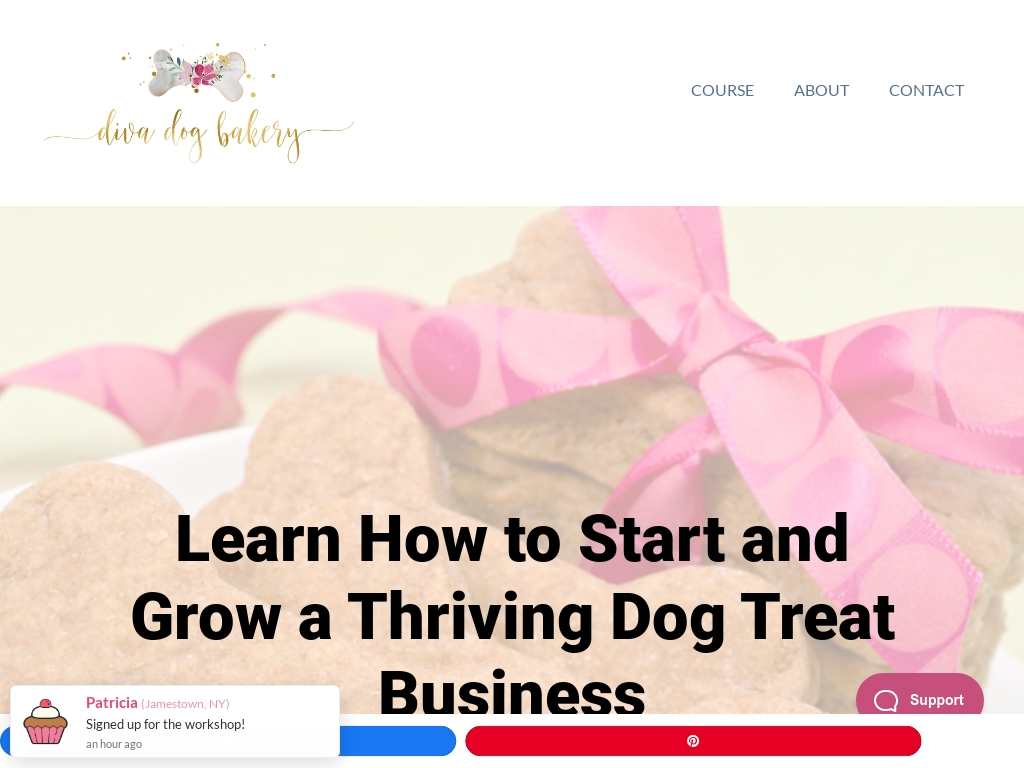
Kristin Larsen's Diva Dog Bakery program teaches students how to start their own successful dog treat bakery business that has consistently brought in five figures a month since launching in November 2020.
403. CBlocks.io ($384K/year)
Auston Bunsen, along with his co-founders PK Banks and Mario Aguayo, came up with the idea for CBlocks.io after realizing that many people found it difficult to get started with cryptocurrency. They decided to sell wallets preloaded with random cryptos, and within the first 30 days of launching, they made an impressive $32,000. The business has been featured in top publications like Forbes and TheNextWeb, and they are now planning to release updates to their hardware and software to make crypto more accessible for normal people.
How much money it makes: $384K/year
How many people on the team: 0
CBlocks is a cryptocurrency startup that generates random wallets of the top 100 cryptocurrencies, funds them, and ships them on a USB drive alongside software to manage them, with $32k made in the first 30 days and almost $3k on their second day from being featured in TheNextWeb, Forbes, The Outline & LifeHacker all within their first 3 weeks.
404. Blue Nectar Ayurved Products ($360K/year)
Blue Nectar attracted and retained customers through a focus on superior quality products made with carefully chosen herbs. Their online marketing strategy, similar to that used for their spa services, has proven successful, with their customer base primarily coming from online promotions. They have grown from a few products to a global presence, with high repeat rates of 50-60% for some of their products.
How much money it makes: $360K/year
How much did it cost to start: $100K
How many people on the team: 30
Blue Nectar is a successful Contemporary Ayurved Beauty and Wellness brand that generates $150K/month with high repeat rates, offering world-class Ayurvedic products that balance traditional effectiveness with modern sensibilities.
405. KOGLAND Commerce Pvt Ltd ($360K/year)
KOGLAND Commerce Pvt Ltd, an online marketplace for healthcare professionals in India, was founded in 2015 by Varghese Samuel. The idea came from discussions among a team of technology, engineering, and medical professionals who recognized the challenges faced by healthcare providers in procuring quality medical supplies. Since its launch, KOGLAND has achieved a ten-fold increase in revenues, steady growth in online traffic, and aggressive hiring plans.
How much money it makes: $360K/year
How much did it cost to start: $7K
How many people on the team: 8
KOGLAND Commerce Pvt Ltd is one of India's fastest-growing online surgical supply stores, with a ten-fold increase in revenues, steady growth in online traffic, aggressive hiring, and scaling up plans, following a hybrid model of stocking and selling fast-moving consumables and surgical products.
406. The House of Leaf & Bean Inc. ($360K/year)
After being diagnosed with Irritable Bowel Syndrome (IBS) and experiencing the transformative power of a healthy diet, Wen decided to launch House of Leaf & Bean, an organic restaurant and cafe. With a mission to make healthy living and healthy dieting accessible and affordable for everyone, Wen and her team started by experimenting with making fresh soymilk and tofu, and eventually expanded to offer a range of delicious organic plant-based dishes. The business has seen steady growth, with 80% of sales coming from drive-thru and in-store purchases, and plans are underway to establish an organic production facility and expand into wholesale and retail markets.
How much money it makes: $360K/year
How much did it cost to start: $500K
How many people on the team: 7

This case study follows the journey of Wen, the founder of House of Leaf & Bean, an organic restaurant and cafe, who left her corporate job due to her passion for healthy living and curing her Irritable Bowel Syndrome through lifestyle changes, and now serves fresh and organic meals to help patients reverse or improve their health conditions, with a goal to make healthy food and healthy living more affordable and accessible.
407. SustainABLE Start ($360K/year)
Chloe Trujillo, the 16-year-old founder of SustainABLE Start, came up with the idea for her nonprofit after a chance encounter with a man experiencing homelessness who offered her directions. Inspired by his selflessness and the lack of hygiene products available to those in need, Chloe began carrying supplies and eventually founded SustainABLE Start, which has distributed over $380,000 worth of eco-friendly hygiene kits to New Yorkers experiencing homelessness.
How much money it makes: $360K/year
How much did it cost to start: $1K
How many people on the team: 11

A teenager founded a 510(c)(3) nonprofit that creates eco-friendly hygiene kits for New Yorkers experiencing homelessness that provided 9,000 hygiene kits in all 5 boroughs of New York City totaling over $380,000 in value in just 10 months.
408. Beardo ($360K/year)
Jeff Phillips, the inventor of the Beardo beard hat, came up with the idea after tying a scarf around his face while snowboarding and realizing it looked like a real beard. He refined the concept and launched the product, selling out of his entire stock within 25 days and earning over $40,000. Phillips used his previous business experience and design skills to bring the product to market, relying on his gut instinct and taking a gamble that paid off.
How much money it makes: $360K/year
How many people on the team: 4

Beardo founder Jeff Phillips launched his unique product (a hat with a foldaway, detachable, and adjustable beard) with a rough plan in place, and within 25 days of launching, he had sold out of the entire year's stock (1,000 units) and made over $40,000, leading to expansion, international popularity and even a spot on 'Dragons Den.'
409. Heliotrope San Francisco ($360K/year)
Jonathan Plotzker-Kelly, the founder of Heliotrope San Francisco, came up with the idea for his all-natural skincare line after struggling to find a shower gel without artificial perfume. He called on chemists he knew from his previous work in the industry to help create formulas, and enlisted the support of friends and neighbors to test his products. Through slow and sustainable growth, Heliotrope San Francisco has expanded its line and projected sales for this year are approximately $250K.
How much money it makes: $360K/year
How much did it cost to start: $50K
How many people on the team: 2

Heliotrope San Francisco is an all-natural skincare line that started as a small shop in the Bay Area over ten years ago, choosing slow, sustainable growth, and expects to earn approximately $250K in sales this year.
410. MuskOx ($360K/year)
Brad Hoos, founder of MuskOx, came up with the idea for his men's clothing line by realizing that men needed more thoughtful gear to simplify their lives. He sought out the expertise of a designer and together they created high-quality, functional clothing that is fitting for everyday adventures. Since their launch, MuskOx has grown a significantly supportive customer base and has developed partnerships to support wildlife conservation.
How much money it makes: $360K/year
How much did it cost to start: $50K
How many people on the team: 4

MuskOx, a men's outdoor apparel brand created in 2019, has gained a supportive customer base and already generated $10k in monthly revenue, offering quality gear for everyday adventure that is designed to last.
411. Display Pros ($360K/year)
Founder's friend approached him for help in designing a booth display. The final product stood out and caught the attention of other exhibitors, which made the founder realize its potential.
How much money it makes: $360K/year
How many people on the team: 0

Founder Ryan Schortmann started a custom trade show display company offering easy-to-use, portable display kits for small and medium-sized businesses that have since hit over $30k in monthly revenue, reinvesting in marketing efforts to increase online sales.
412. Vitaeglass ($360K/year)
Gordon Loi, the founder of VITAE Glass, came up with the idea for his modular bong company while cleaning his own bong under a tiny bathroom sink. Frustrated with the difficulty of cleaning and transporting traditional bongs, Loi saw an opportunity to create a modular design that was easier to manage. Despite facing immigration issues and being unable to physically be in the US to run the business, Loi chose to continue with the idea and has since achieved an average of $10,000/month in revenue within the first year of launching.
How much money it makes: $360K/year
How much did it cost to start: $60K
How many people on the team: 0

Modular bong company VITAE Glass, founded by Gordon Loi, has achieved $10,000/month in revenue for its first year and is on track to double that this year, with sales increasing by almost every quarter, despite facing marketing challenges in the industry.
413. Facade Games ($360K/year)
Travis Hancock, founder of Facade Games, came up with the idea for his business while playing board games that involved lying and backstabbing. After successfully raising over $100,000 on Kickstarter for his first game Salem 1692, he realized the potential of making more games and pursued his passion full time. With a total revenue of over $1 million and a growing customer base, Facade Games continues to thrive in the board game industry.
How much money it makes: $360K/year
How many people on the team: 2

Facade Games has raised over $1 million on Kickstarter and sold about 80,000 copies of their board games around the world, with the goal to publish one new game a year on Kickstarter and build on their line of games in books as well as a new party game line in the near future.
414. Deskmate ($360K/year)
Ashley 'JP' Lockwood, the co-founder of Deskmate, came up with the idea for the business after working at a coworking space and realizing the lack of affordable standing desks in the UK market. Through research and recognizing the gap in the market, he and his business partner launched Deskmate as a side hustle, and they have since sold over 5,000 units to nearly 100 countries. With a background in e-commerce, Lockwood was able to quickly design and prototype their first product, and they launched the business within 3 weeks with a pop-up at WeWork. Since then, they have utilized various sales channels, including direct-to-consumer, B2B, and wholesale, along with partnerships with companies like Virgin and WeWork to attract and retain customers. The business is focused on continuing to grow and aims to sell over 1 million units in 2020.
How much money it makes: $360K/year
How many people on the team: 2

Deskmate is the cheapest standing desk startup in the world, having sold over 5,000 units to just under 100 countries with no initial business plan, cash or strategy.
415. FilterGrade ($360K/year)
Mike Moloney, the founder of FilterGrade, started the business in 2013 after selling digital products on different marketplaces. He initially launched FilterGrade as a collection of Photoshop Actions and later expanded it to be a marketplace for creators, offering digital assets such as presets, LUTs, and video templates. Through constant adaptation and a focus on content marketing and partnerships, FilterGrade has attracted over 450,000 monthly users and achieved success in the competitive creative industry.
How much money it makes: $360K/year
How much did it cost to start: $1K
How many people on the team: 2

FilterGrade is an eCommerce platform offering digital assets such as photo filters and video templates; attracting over 450,000 monthly users and generating approximately 30k a month, the founders worked hard to build a valuable marketplace for creators while focusing on digital marketing, partnerships, and content creation.
416. Simple Green Smoothies ($360K/year)
Jen Hansard, the co-founder of Simple Green Smoothies, came up with the idea when she stumbled upon an article about boosting the immune system with green smoothies. After experiencing the health benefits firsthand, she started sharing recipes on Instagram and her blog, which eventually turned into a successful business generating as much as $30,000 a month in revenue.
How much money it makes: $360K/year
How many people on the team: 1
Simple Green Smoothies boasts a free 7-day smoothie challenge that has helped over 2 million people take control of their health and generates revenue with programs ranging from a 21-day cleanse to a plant-based meal planner, bringing in as much as $30k a month and also working to help women farmers in Cambodia build mushroom farms through World Hope International.
417. Presidio Natural Pet Co ($360K/year)
In 2014, Spyq and his co-creators started a pet supplies store. They discovered that cats loved bonito flakes and decided to create their own product, Cat Sushi. After designing striking packaging, they began making the product themselves in the back of their store. The success of Cat Sushi led them to form their company, Presidio Natural Pet Company, where they now design and manufacture high-quality pet food products.
How much money it makes: $360K/year
How many people on the team: 3

Cat Sushi went from repackaging tuna flakes to creating a unique pet treat brand by leveraging their connections to the pet industry and focusing on a beautiful design that set them apart from their competition.
418. Dope Dog ($360K/year)
Michael and Erin, the co-founders of Dope Dog, came up with the idea for their business when their dog, James, needed a natural alternative to the medicine he was prescribed after ACL surgeries. They started supplementing with CBD and saw incredible results, which led them to create a line of CBD products specifically designed for dogs. Since their launch in 2017, they have grown organically and are currently generating $18,000 in monthly revenue.
How much money it makes: $360K/year
How many people on the team: 2
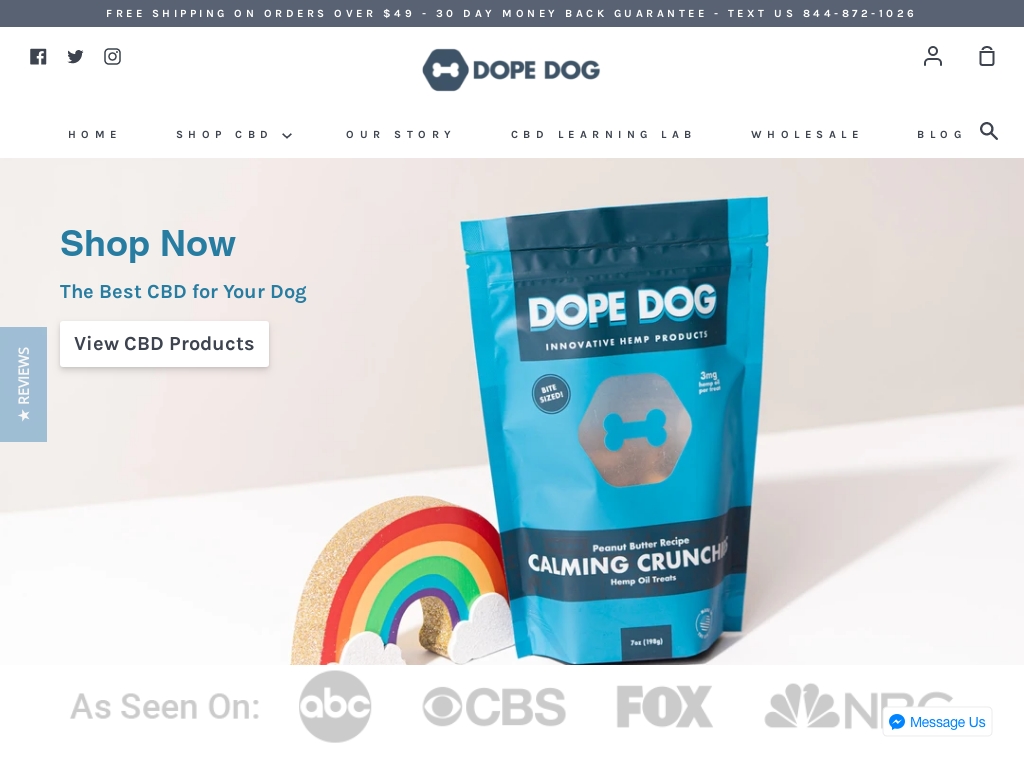
Dope Dog, a CBD dog product company founded by Michael and Erin, went from 1 product to a full line of 9 products within a year, generating $18K in monthly revenue through organic growth and word of mouth marketing.
419. PrayerBowls ($360K/year)
Karen and her husband started PrayerBowls after Karen became very ill and received support and prayers from a stranger who kept a prayer bowl. Karen began creating and selling her own prayer bowls, which quickly gained popularity. They now have multiple styles and sell to both stores and online customers, with a focus on supporting charities.
How much money it makes: $360K/year
How much did it cost to start: $300K
How many people on the team: 1
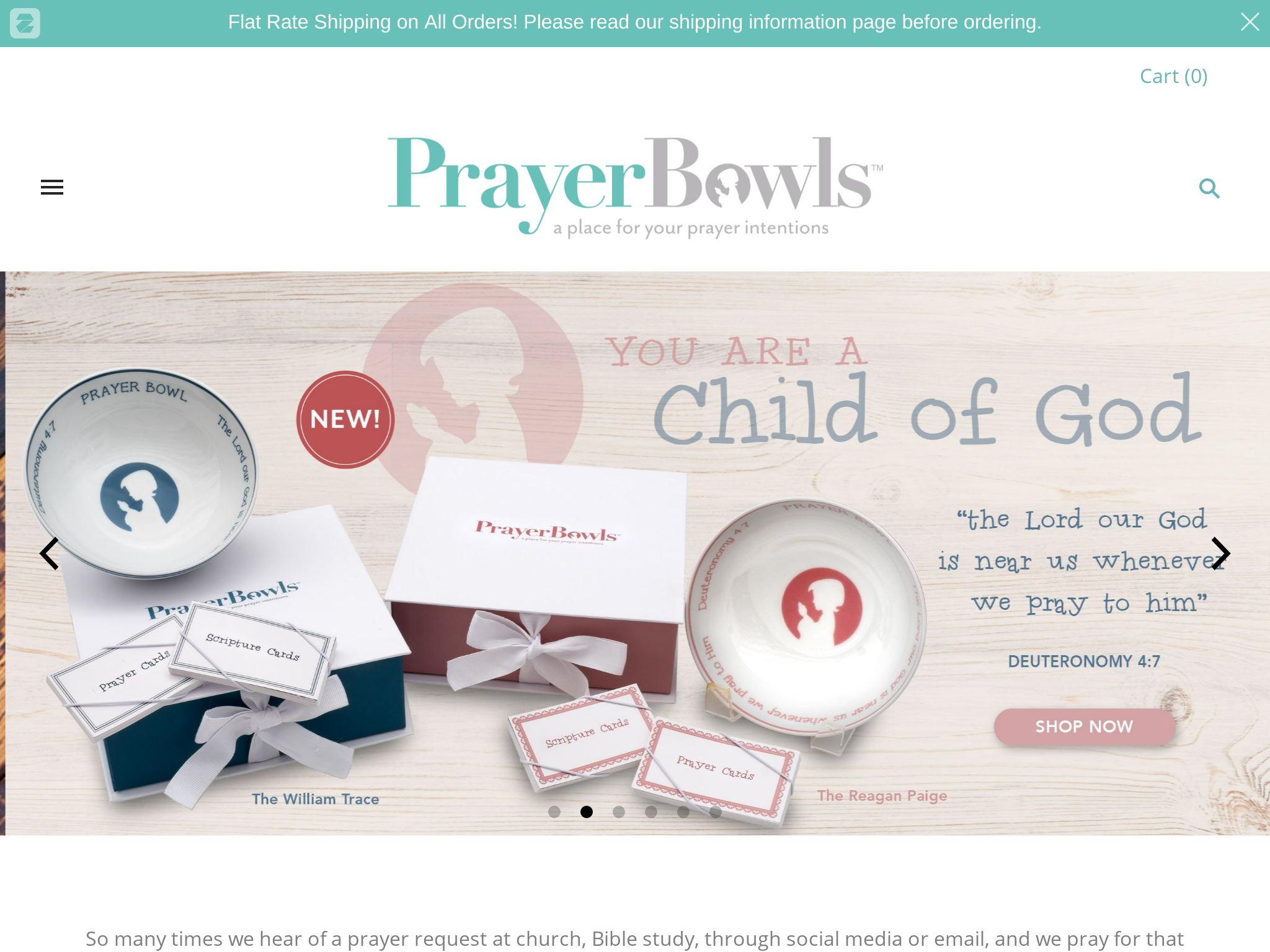
PrayerBowls, a Christian business that sells bowls to hold prayer intentions, has sold over 450 stores, is aligned with three charities, and has seen revenue growth of 55% in 2017 and an expected 38% for 2018.
420. Thulisa Naturals ($348K/year)
Anusha Moodley, the founder of Thulisa Naturals, came up with the idea for her business after struggling with postpartum depression and wanting to create replenishing rituals for mental and physical well-being. Starting with a $5,000 budget, she formulated aromatherapy shower steamers and successfully sold them at markets and boutiques. The business has grown to make $29,000 in monthly revenue and is expanding into new product lines.
How much money it makes: $348K/year
How much did it cost to start: $4.97K
How many people on the team: 2
Thulisa Naturals founder, Anusha Moodley, shares the journey of building her natural bath and body product company, which boasts a 25% post-tax profit after generating $29k in monthly revenue and expanding into 123 retail stores across the US.
421. CandidShutters ($329K/year)
Pranjal, the co-founder of CandidShutters, came up with the idea for the business after realizing that couples and their families longed for a tangible keepsake of their wedding moments. With a passion for photography and filmmaking, Pranjal saw the opportunity to create custom-designed handcrafted photo albums that would bring these memories to life. Since launching in 2018, CandidShutters has become known for its personalized albums, catering to over a hundred customers monthly through a strong organic presence and word of mouth.
How much money it makes: $329K/year
How many people on the team: 22

CandidShutters co-founder Pranjal started an online-only, profitable business in 2018 creating custom-designed handcrafted photo albums that currently averages over 100 albums per month, serving couples and families seeking to create memorable keepsakes.
422. Root Bridges ($324K/year)
Udit, an investment banker with a passion for nature and greenery, started Root Bridges, an online plants store, to bring greenery into people's lives. With a background in economics and no experience in eCommerce or horticulture, Udit learned everything from scratch, starting with pop-up stores and gathering feedback from customers. The business now clocks sales of $350,000 per year and is focused on attracting and retaining customers through SEO, offering free plant feed, better prices, and free replacements for in-transit damage.
How much money it makes: $324K/year
How much did it cost to start: $46K
How many people on the team: 11
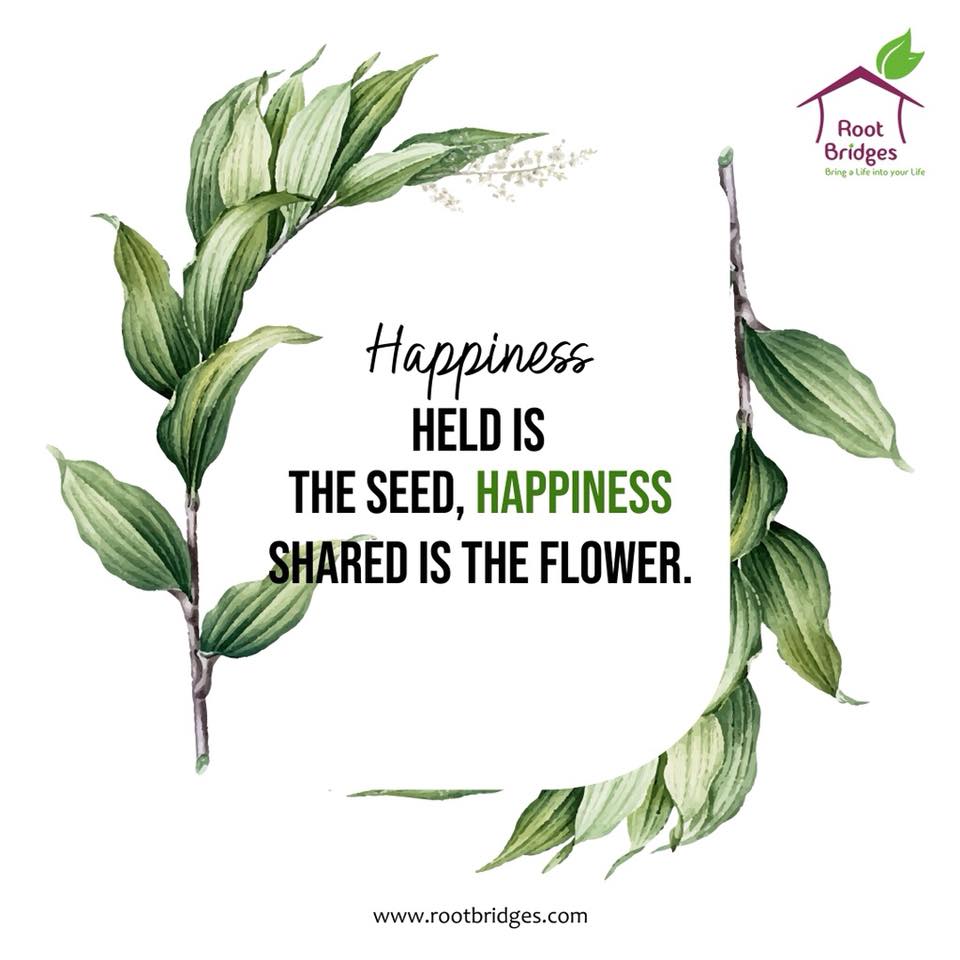
Root Bridges is a profitable online plant store in India that delivers hard-to-find indoor plants, clocking sales of $350,000 per year and grown 200% YoY during the pandemic, offering free plant feed on orders, better prices than marketplaces, and free replacements for in-transit damage.
423. NerdKungFu.com ($312K/year)
David Inman, the founder of NerdKungFu.com, came up with the idea for his business after being withheld commissions by the sales agency he worked for. With newfound free time and direct contacts in the licensed t-shirt industry, he decided to start his own website, offering a wide range of nerdy t-shirts, posters, and gifts. The business has grown exponentially since its launch in 2010, now offering over 165,000 products and generating impressive annual revenue.
How much money it makes: $312K/year
How much did it cost to start: $8K
How many people on the team: 3

NerdKungFu.com sells officially licensed t-shirts, posters, and gifts for nerds and lovers of specific genres & grew from 100 t-shirts to 165,000 products, with David Inman as founder, who "learned things the hard way" but now earns $312,000 per year.
424. Ryteprint ($300K/year)
Olawale Awani, after working in the print industry and facing challenges with long payment terms and price wars, decided to start his own online printing business in Nigeria. By offering upfront payment and focusing on providing excellent customer service, Awani found success and now has an average monthly revenue of $25,000 with a net profit margin of 20%.
How much money it makes: $300K/year
How much did it cost to start: $400K
How many people on the team: 9
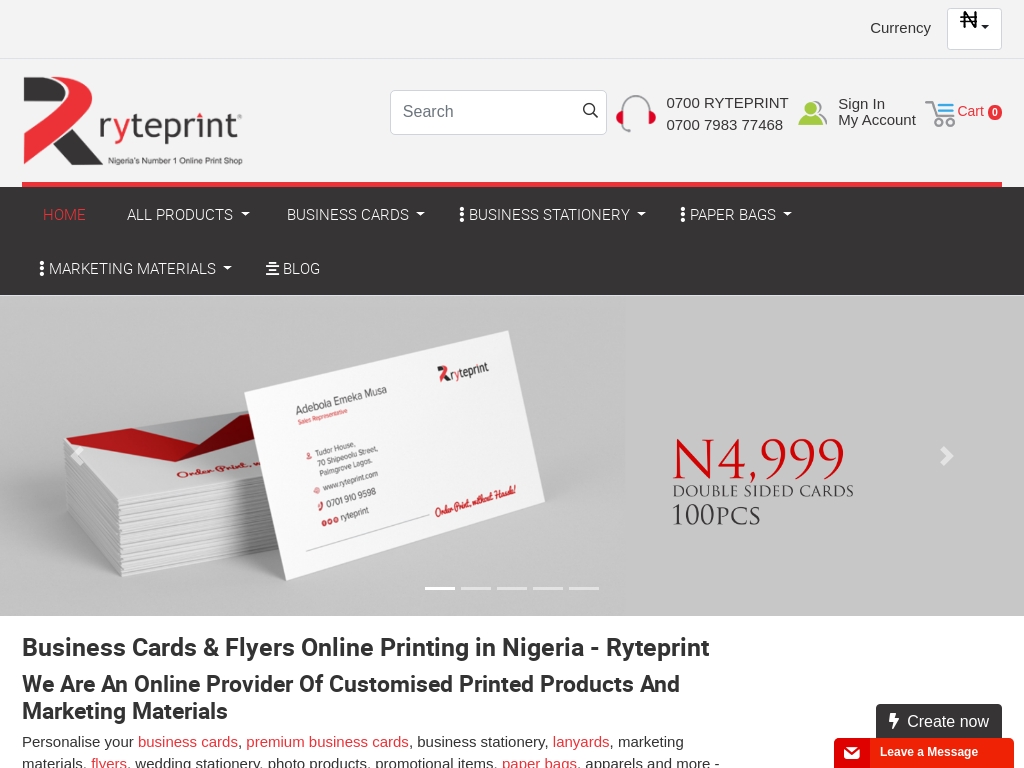
How a Nigerian-based online printing business servicing over 5,000 active customers generates an average $25,000 monthly revenue and a net profit of 20%, with a monthly order fulfillment of approximately 500 and 45% YoY growth.
425. Wave Connect ($300K/year)
After working in banking and transitioning to a sales role, George El-Hage noticed that sales teams wasted countless hours managing new contacts. Frustrated by the inefficiency, he built Wave Connect with just $5,000, a digital business card solution now generating $25K in monthly revenue.
How much money it makes: $300K/year
How much did it cost to start: $5K
How many people on the team: 2

Discover how George El-Hage built Wave Connect, a sales and marketing tool that helps professionals exchange contact information and manage leads efficiently, resulting in monthly revenues of $25K per month and a customer base of 12,000, primarily acquired through organic LinkedIn outreach.
426. Fifth & Ninth ($300K/year)
Mark Mesrobian, the founder of Complete Sourcing Solutions (CSS), came up with the idea for his business after being fired from a corporate job. He leveraged his relationships in the US and China to import products from Asia for other companies. Eventually, he transitioned to creating his own brands, with the flagship brand being Fifth & Ninth, a direct-to-consumer mobile and lifestyle accessory site. During the COVID-19 pandemic, Mesrobian pivoted his business to meet the demand for personal protective equipment (PPE) by repurposing one of his original sites, Symtek.
How much money it makes: $300K/year
How many people on the team: 5

Complete Sourcing Solutions pivoted to Personal Protective Equipment (PPE) during the COVID-19 pandemic, taking their original site from $0 to over $100K in less than a month, leveraging their experience in sourcing and relationships in the US and China.
427. Perfy ($300K/year)
Vasa Martinez, the founder of Perfy, came up with the idea for his low-sugar soda enhanced with nootropics and adaptogens after experiencing a series of tragic events in his life. Struggling with his own health and wellness, he created Perfy as a way to help others going through similar challenges. With a focus on creating buzz and doing things differently, Perfy has quickly gained traction and is on track to become profitable.
How much money it makes: $300K/year
How many people on the team: 0
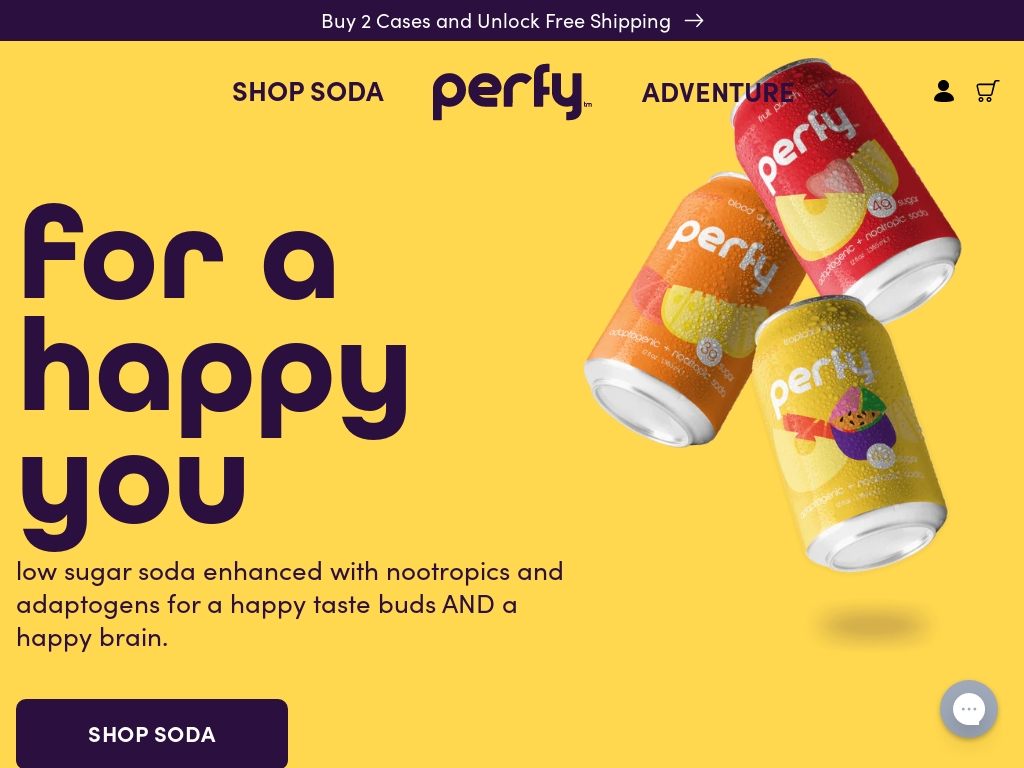
Perfy, a low-sugar soda company, gained traction in the market with online marketplaces like Snack Magic and Amazon and is about to break $75k in revenue without any ad spend within their first 5 months of operation.
428. Kashgar ($300K/year)
through a very tough year of barely breaking even, and in 2010, we made the decision to downsize to one store and focus on online sales. This was a risky move, but it turned out to be the right decision. Today, Kashgar is thriving as an online business, with monthly revenues of $25,000 and a loyal customer base. The future looks bright as we continue to source unique and exotic goods from around the world and connect with customers who appreciate the beauty and history behind our products.
How much money it makes: $300K/year
How many people on the team: 2
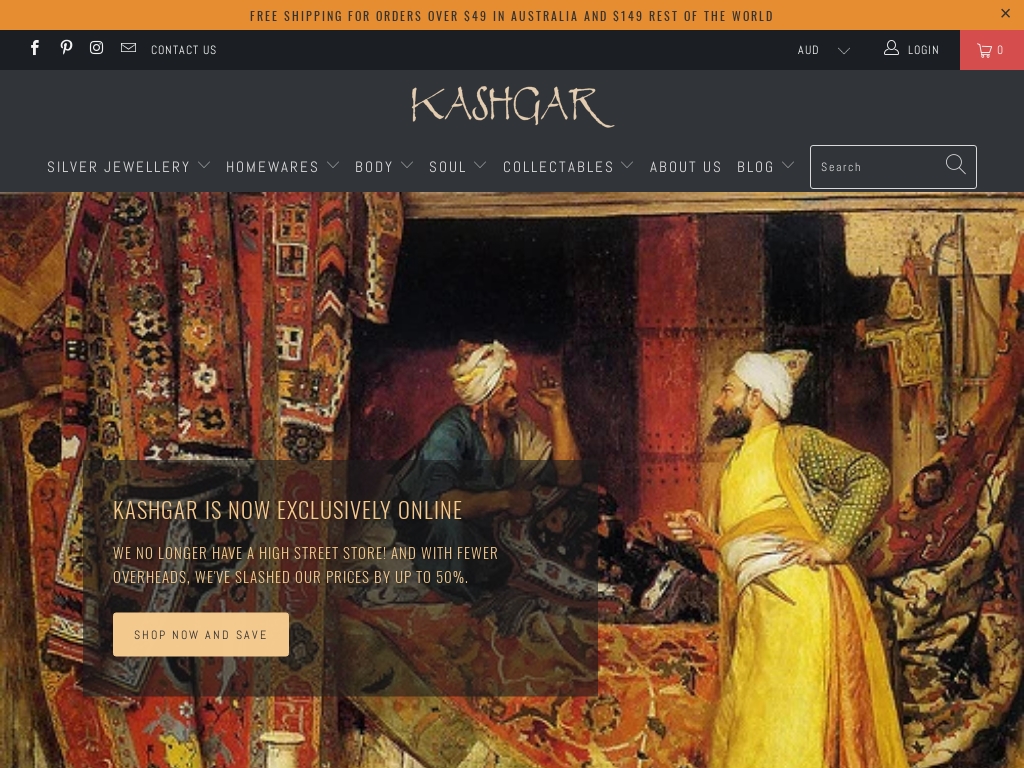
Kashgar is a successful family business that began with a love of travel and now exclusively sells unique goods sourced from over twenty different countries online, grossing an average of $25,000 a month.
429. Atlantis Shoes ($300K/year)
Tom Guo, founder of Atlantis Shoes, came up with the idea after working in the shoe manufacturing industry for over 10 years. Focusing on quality over quantity and aiming to reduce global waste, Guo wanted to create ethically-made footwear that would last a lifetime. With monthly revenue at $25,000 and 500 pairs sold each month, Atlantis Shoes embodies the philosophy of slow living and slow fashion.
How much money it makes: $300K/year
How many people on the team: 2

Atlantis Shoes founder, Tom Guo, built a successful business selling vegan sneakers, with a monthly revenue of $25,000 and plans for a sustainable, mindful concept store in the future.
430. Outdoor Adventure Solutions Inc Shower Toga ($300K/year)
Kressa, the founder of Shower Toga, came up with the idea for her waterproof changing garment after struggling to clean up after Spartan Races. Realizing there was no efficient solution, she invented the Shower Toga and launched a successful Kickstarter campaign to bring it to the mass market. Despite having no prior experience in retail or product development, Kressa persevered and created a high-quality, lightweight, and versatile product that has since gained popularity in outdoor and healthcare industries.
How much money it makes: $300K/year
How much did it cost to start: $30K
How many people on the team: 0
Shower Toga, the world's first and only waterproof changing garment, invented by Kressa, has found success in the outdoor hygiene market, with notable sales to camping, surfing, and healthcare workers for decon, and the company recently donated $100,000 in Shower Togas to healthcare workers and first responders.
431. Comfy Cup LLC ($300K/year)
At just 8 years old, Kyler was frustrated by the uncomfortable athletic cup his baseball coach required him to wear. Instead of complaining, his parents challenged him to come up with a solution, and thus the idea for the Comfy Cup was born. Now, at 12 years old, Kyler's invention has grown into a successful business venture, with the Comfy Cup grossing over $100,000 in revenue last year and being sold in all 50 states, Canada, and Australia.
How much money it makes: $300K/year
How much did it cost to start: $25K
How many people on the team: 2

A 12-year-old invented The Comfy Cup, a more comfortable athletic cup for boys, which has grown into a successful business venture grossing over $100k in revenue last year, available on Amazon, The Grommet, and in local sporting goods stores.
432. VIVO Masks ($300K/year)
Josh Bluman and Jackson Cunningham, both marketing professionals, identified a high demand for masquerade masks while conducting Google searches for potential business ideas. They noticed that the available masks were of poor quality and recognized an opportunity to bring authentic, high-end, Italian-made masks to the North American market. With just a small initial order, they confirmed their assumption and quickly scaled their ecommerce business, VIVO Masks, to generate $30,000 in monthly revenue within their third month of operation.
How much money it makes: $300K/year
How much did it cost to start: $3K
How many people on the team: 0

How 2 marketing professionals turned a $3k investment into a profitable eCommerce business, VIVO Masks, with monthly revenue of $25k in just their third month by sourcing and selling authentic Venetian masks handmade in Italy to the North American marketplace.
433. Adventurist Backpack Co. ($300K/year)
Kelly Belknap and Matilda Sandstrom, founders of Adventurist Backpack Co., came up with the idea for their business while traveling between North America and Europe. They wanted to design a fashionable, high-quality, and affordable backpack that would blend the styles of Sweden and Colorado. Additionally, they wanted to integrate giving back as a key pillar of their business model, which led them to provide 25 meals to families in need for every backpack sold. Since launching 22 months ago, they have been able to provide nearly 100,000 meals and sell their backpacks in Urban Outfitters and eBags.com.
How much money it makes: $300K/year
How much did it cost to start: $7K
How many people on the team: 0
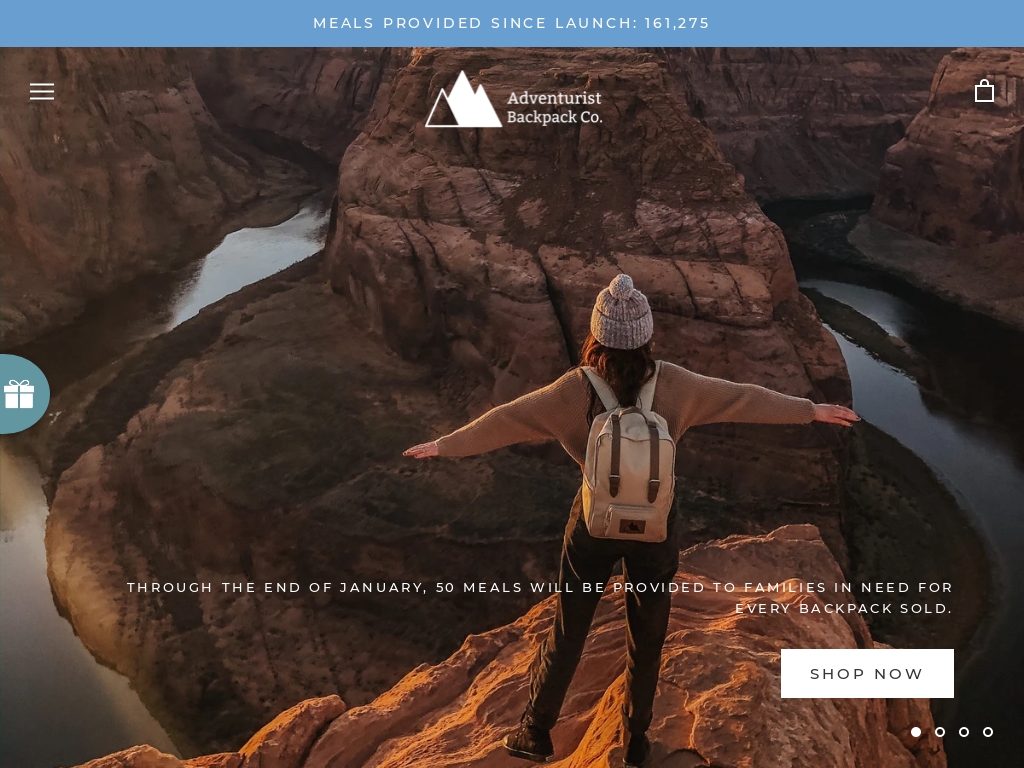
Adventurist Backpack Co has co-founders that have provided nearly 100,000 meals to families in need, which is done through their business partner, Feeding America, and have had their backpacks sold in Urban Outfitters, eBags.com, and over 50 universities and retailers across the US, bootstrapping their business from the beginning.
434. Pastreez ($300K/year)
Anthony Rosemond, a Parisian chef, and his wife came up with the idea for Pastreez after realizing their passion for baking and marketing. They conducted market research using SEMRush to validate the demand for macarons online in the US and found a gap in the market for authentic French macarons handcrafted by trained French chefs. They launched Pastreez in September 2017, focusing on organic growth through SEO and reaching out to related blogs for reviews and mentions, leading to $6,500 in sales within three months.
How much money it makes: $300K/year
How much did it cost to start: $7K
How many people on the team: 2
French chef and founder of online bakery Pastreez, Anthony Rosemond, shares keys to success including validating ideas with the market, focusing on SEO and organic growth, building customer relationships through email and SMS, never offering discounts but offering freebies, and diversifying the business with new products and content on social media.
435. Gold Spectrum ($300K/year)
Yanet Caliz, CEO and founder of Gold Spectrum Lifestyle CBD Brand and Silk Bombs CBD Spa Products, came up with the idea for her businesses after experiencing the incredible benefits of CBD first-hand. After seeing the market flooded with low-quality products, she decided to create her own high-quality, all-natural CBD brand. Since launching in the middle of the pandemic, her businesses have seen impressive success, with an average monthly revenue of $20,000 and plans to expand to platforms like Facebook, Instagram, and Amazon in the future.
How much money it makes: $300K/year
How much did it cost to start: $135K
How many people on the team: 5

CEO Yanet Caliz discusses how she launched her health-focused CBD brand, Gold Spectrum, in the middle of the COVID-19 pandemic, with an average monthly revenue of $20,000 and plans for continued growth through digital marketing campaigns and influencer partnerships.
436. Raghaus ($300K/year)
Markus Hartel, the founder of Raghaus Studios, came up with the idea for his business after moving to a new town and wanting to get back into the printing industry. He purchased vintage letterpress machines and started creating unique stationery products, such as custom wedding invitations and artist's books. Through word-of-mouth and organic growth, his business has steadily grown, allowing him to expand his product line and attract new customers.
How much money it makes: $300K/year
How much did it cost to start: $25K
How many people on the team: 2

A specialized letterpress printing business started by Markus Hartel, whose micro-batches have caused his monthly sales to soar above $15k, discusses his experience creating custom invites and expanding his product line.
437. Breeze Mobility ($300K/year)
Breeze Mobility was founded by Tom White after experiencing difficulty sourcing mobility aids for his family members with mobility issues. With a background in digital marketing and running online businesses, Tom saw the potential for growth and the opportunity to make a positive impact. Breeze Mobility has been turning over around $30,000 a month and is poised for breakout success in 2021, with plans to become a social enterprise and give back to organizations supporting people with disabilities.
How much money it makes: $300K/year
How much did it cost to start: $1K
How many people on the team: 1

Breeze Mobility is a successful eCommerce store selling a range of high-quality mobility aids & wheelchair accessories and has grown from a few thousand dollars in revenue to turning over $30,000 a month, with goals to become a social enterprise and increase its range of own-branded wheelchair accessories.
438. Height Of Fashion ($300K/year)
Natalie Matthews, the founder of Height-Of-Fashion, came up with the idea for her online clothing store for tall women after experiencing the frustration of not finding fashionable options for her own height (6'3). Through her personal Instagram account, she gained a following of tall women who were interested in purchasing the outfits she showcased, which validated her decision to start the label. Since launching in 2017, Height-Of-Fashion has doubled in profit, products, and customers, shipping to 15 countries.
How much money it makes: $300K/year
How many people on the team: 1
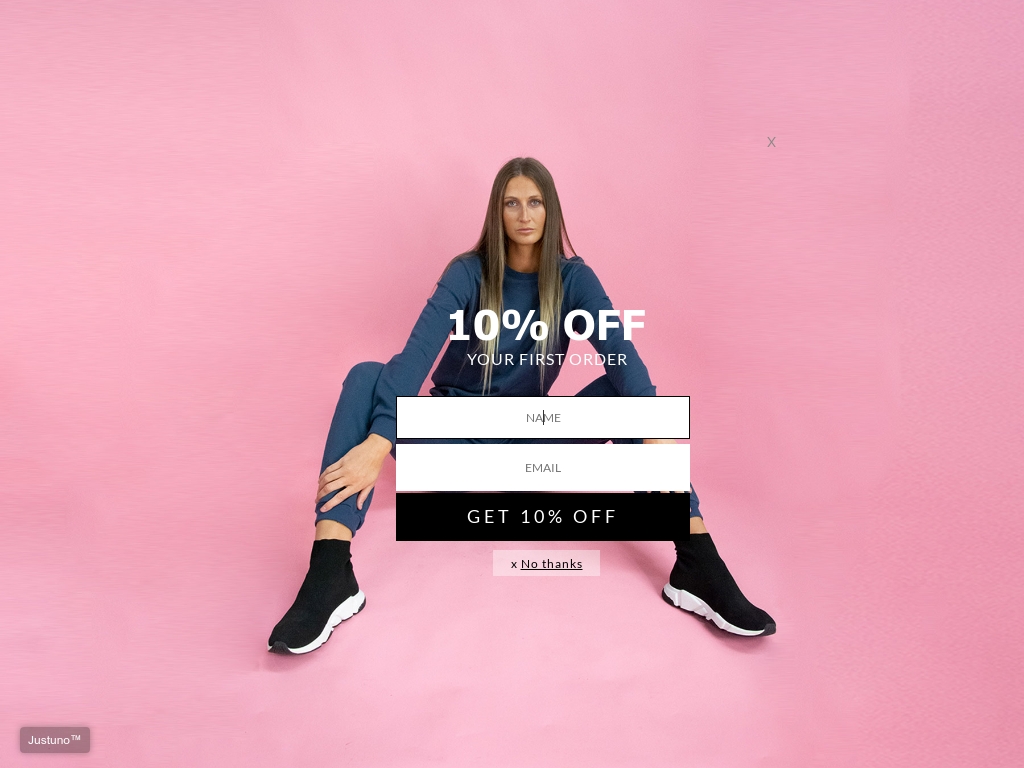
Height-Of-Fashion, an online clothing store for women 5'10" and over, saw double profit, products, and customers YoY, with a notable 43% retention rate, as the founder shares how Instagram, PR, and sports influencers are preferable to acquisition channels like Facebook for a niche market.
439. Smoove ($300K/year)
Ruan Deyzel, founder of SMOOVE Chain Lube, came up with the idea for his business through his passion for cycling and his frustration with the available chain lubricants on the market. He saw a gap in the market for a product that could both clean the chain and provide durability, and through extensive testing and feedback, he developed a high-performance chain lube that addressed these issues. With a focus on quality and a well-executed online presence, SMOOVE has experienced impressive growth, with a 60% year-on-year increase in revenue.
How much money it makes: $300K/year
How many people on the team: 5

How Ruan Deyzel started a 300k/year business in the South African cycling industry by developing, manufacturing, and selling an innovative bike chain lube that solves a common problem, growing 60% year on year, and exporting to 15 countries.
440. COOLERSbyU ($300K/year)
Garrett Barretta came up with the idea for COOLERSbyU after witnessing the laborious process of preparing coolers for painting during his college years. He saw the need for an easier way to paint coolers and after conducting research and receiving support from the CEO of Jansy Packaging, he launched his business. In just four years, COOLERSbyU has grown from earning a few thousand dollars per month to an impressive average of over $25k per month.
How much money it makes: $300K/year
How much did it cost to start: $40K
How many people on the team: 0
How a recent college graduate started COOLERSbyU, a paintable cooler and accessories business geared towards Greek life and DIY crafting, growing from a few thousand dollars to an average of over $25k per month in just four years through mostly organic growth and a focus on SEO.
441. OceanZen ($300K/year)
The founder's passion for marine life led her to notice the environmental impact of plastic waste and fishing nets during her travels. Through extensive research, she found a sustainable way to dispose of these materials and established a swimwear company that uses fabric made from the waste.
How much money it makes: $300K/year
How much did it cost to start: $5K
How many people on the team: 0
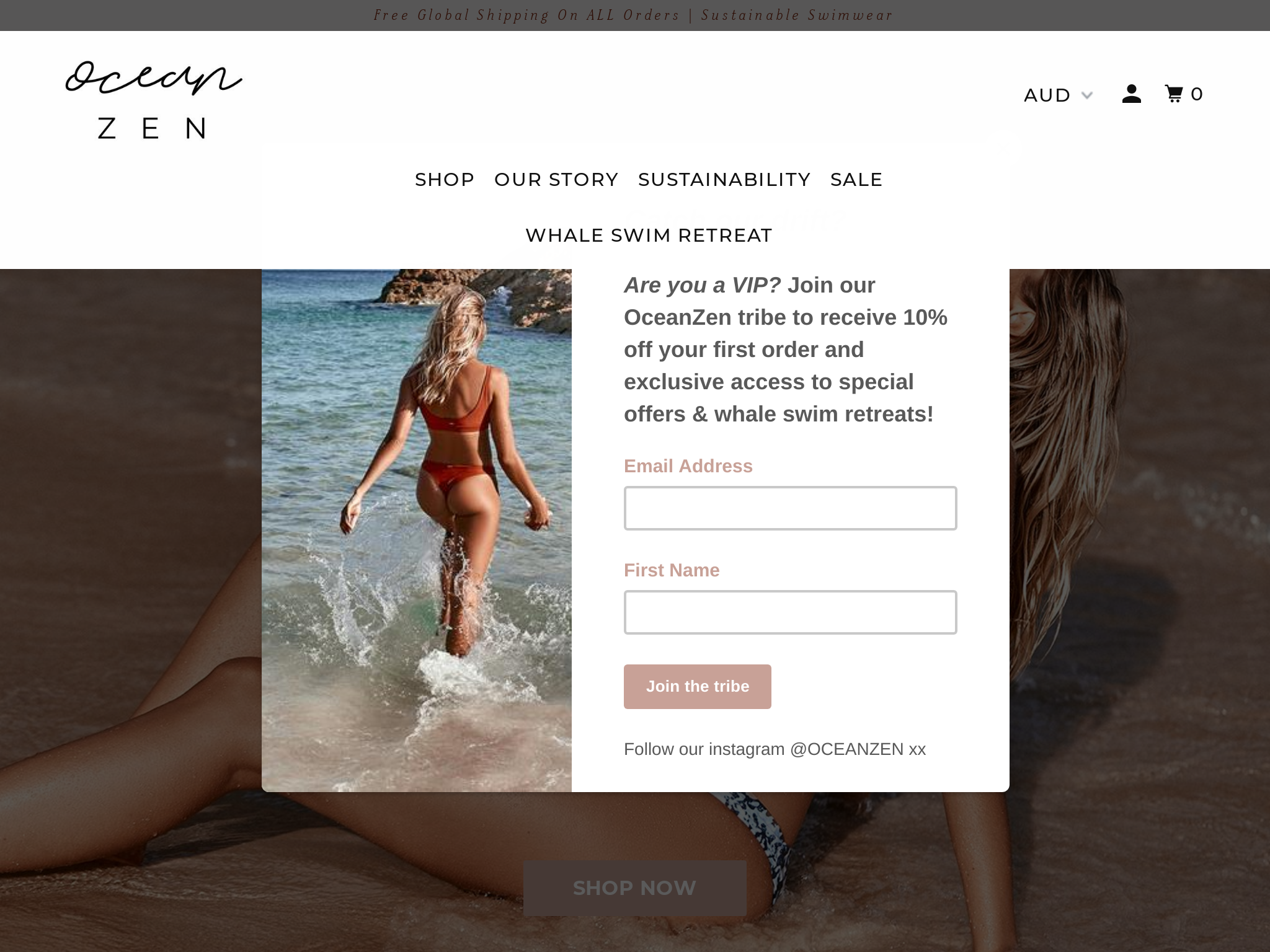
OceanZen is a successful sustainable swimwear brand that has manufactured and sold thousands of bikinis worldwide, after being launched by Steph with only $5000 in her final year at university.
442. Junk In Your Trunks ($300K/year)
Evan Waldenberg, the founder of Junk in your Trunks, came up with the idea while brainstorming from a list of 300 dumb ideas. Initially a joke, the concept evolved into making swim trunks out of recycled plastic bottles to cater to a different type of guy who cares about both style and sustainability. With a successful Kickstarter campaign and an investment from Barstool Sports, the business is rapidly growing, earning up to $25k/month.
How much money it makes: $300K/year
How much did it cost to start: $9K
How many people on the team: 1

Junk in your Trunks is a sustainable swim trunk brand that uses recycled plastic bottles, reporting up to $25K in monthly revenue and gaining traction with a Barstool Sports partnership.
443. ABS Protein Pancakes ($300K/year)
Ashley Drummonds, creator of ABS Protein Pancakes, came up with the idea while working as a personal trainer and wanting to provide a healthy and convenient meal option for her clients. After crafting her own protein pancake recipe, she began sharing it with her clients, who loved it and spread the word. With a passion for breakfast food and a desire to make a bigger impact, Ashley turned her recipe into a business, starting with taking orders manually and eventually finding a manufacturer to produce her product. Through social media marketing and a big boost from appearing on Shark Tank, ABS Protein Pancakes gained nationwide exposure and experienced significant sales growth. Ashley continues to attract customers through social media strategies, collaborations, and a focus on connection, story, and quality rather than seeing competition.
How much money it makes: $300K/year
How many people on the team: 1
ABS Protein Pancakes founder, Ashley Drummonds, tells the story behind the growth of her business from making her pancake recipe in her apartment kitchen to an appearance on the US TV show Shark Tank and how social media has played a crucial role in her marketing.
444. Brooklyn Butcher Blocks ($300K/year)
Nils had a solid background in fine woodworking and constantly worked on new projects, including a cutting board-making venture. When his product was featured in the New York Times, he felt confident in his idea and decided to launch the business.
How much money it makes: $300K/year
How much did it cost to start: $20K
How many people on the team: 0
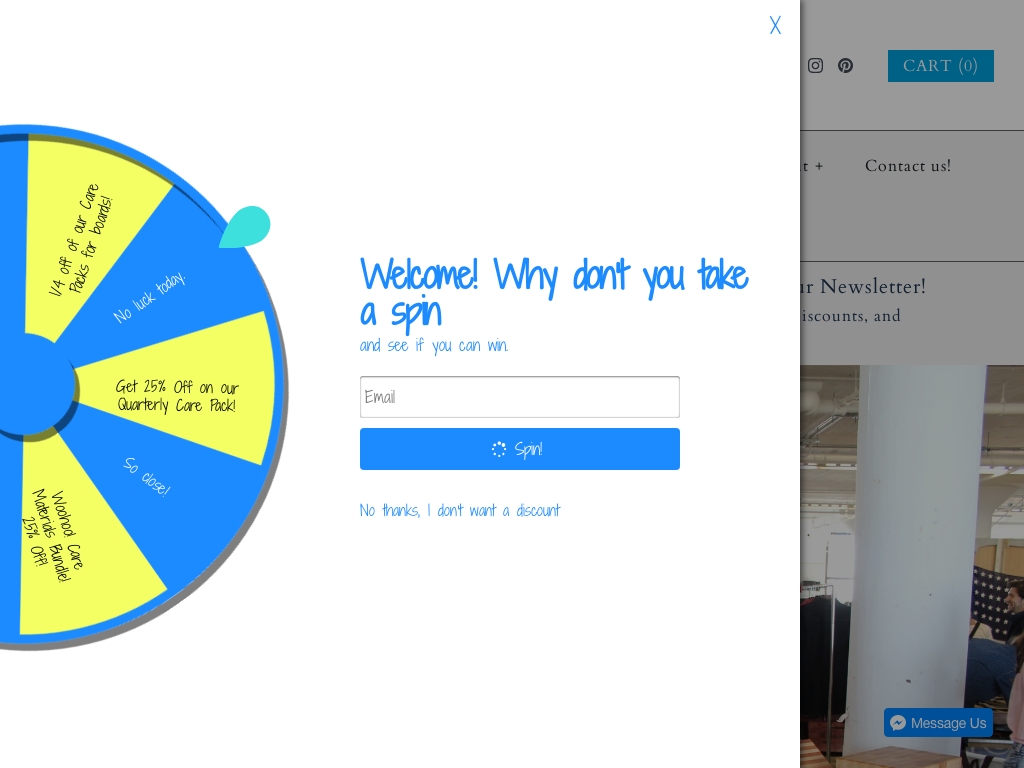
How Nils Wessell turned his love for woodworking into a profitable business grossing between $220K to $350K annually by making handcrafted cutting boards, and how he expanded his business into other creative projects with NilsWalker Designs.
445. Branzio ($300K/year)
Ronnie Teja, the Founder and CEO of Branzio Watches, started the business with the goal of providing men and women with high-quality watches at an affordable price. His inspiration came from a desire to create a brand that catered to young professionals who live an active and versatile lifestyle, allowing them to seamlessly transition from city to outdoor adventures. Through customer interviews and market research, Ronnie discovered the unique niche for his brand and has since achieved $25k/month in sales, with projections to double in the next 6 months.
How much money it makes: $300K/year
How many people on the team: 10

Founder Ronnie Teja's purpose-driven watch brand, Branzio, has seen $25k in sales per month and is set to double in the next six months thanks to a focus on branding and building an aspirational brand with a loyal customer base.
446. Velvety ($288K/year)
Lorena saw a gap in the industry and she wanted to introduce the concept of ethical fashion to the largest amount of Australian people as possible.
How much money it makes: $288K/year
How much did it cost to start: $10K
How many people on the team: 0

Velvety is a sustainable and ethical online store that offers vegan fashion and lifestyle products, that has grown to become profitable after 3 years in business thanks to Facebook and Pinterest Ads, as well as SEO and hired professionals.
447. Soundwave Art ($288K/year)
Mike LaTour, the co-founder and CEO of Soundwave Art, came up with the idea for his business during a casual dinner conversation with friends. One friend mentioned the concept of turning sound waves into art, and this sparked Mike's interest. With a background in the music industry, Mike decided to pursue the idea and started working on it in his spare time. After launching the business and receiving orders from around the world, Mike realized the potential of his concept and focused on expanding his product offerings. Ultimately, the development of an augmented reality app transformed Soundwave Art and opened doors to new opportunities, including partnerships with businesses for promotional purposes.
How much money it makes: $288K/year
How much did it cost to start: $2K
How many people on the team: 1
Soundwave Art, founded by Mike LaTour, offers customers the ability to turn their voice or any sound into an augmented reality experience through their mobile app, giving them the ability to create personalized jewelry and artwork that is totally unique.
448. Planner Peace ($270K/year)
Jess, the founder of Chasing Planner Peace, initially started her business on Etsy, selling planner inserts. As an avid planner user herself, she saw a gap in the market for colorful inserts, great quality paper, and a wide range of options in Australia. Over time, she expanded her product range to include dividers, notepads, and her own brand of planners. Through word of mouth and good reviews, she has been able to attract and retain a loyal customer base, with a 39.9% return customer rate.
How much money it makes: $270K/year
How many people on the team: 1
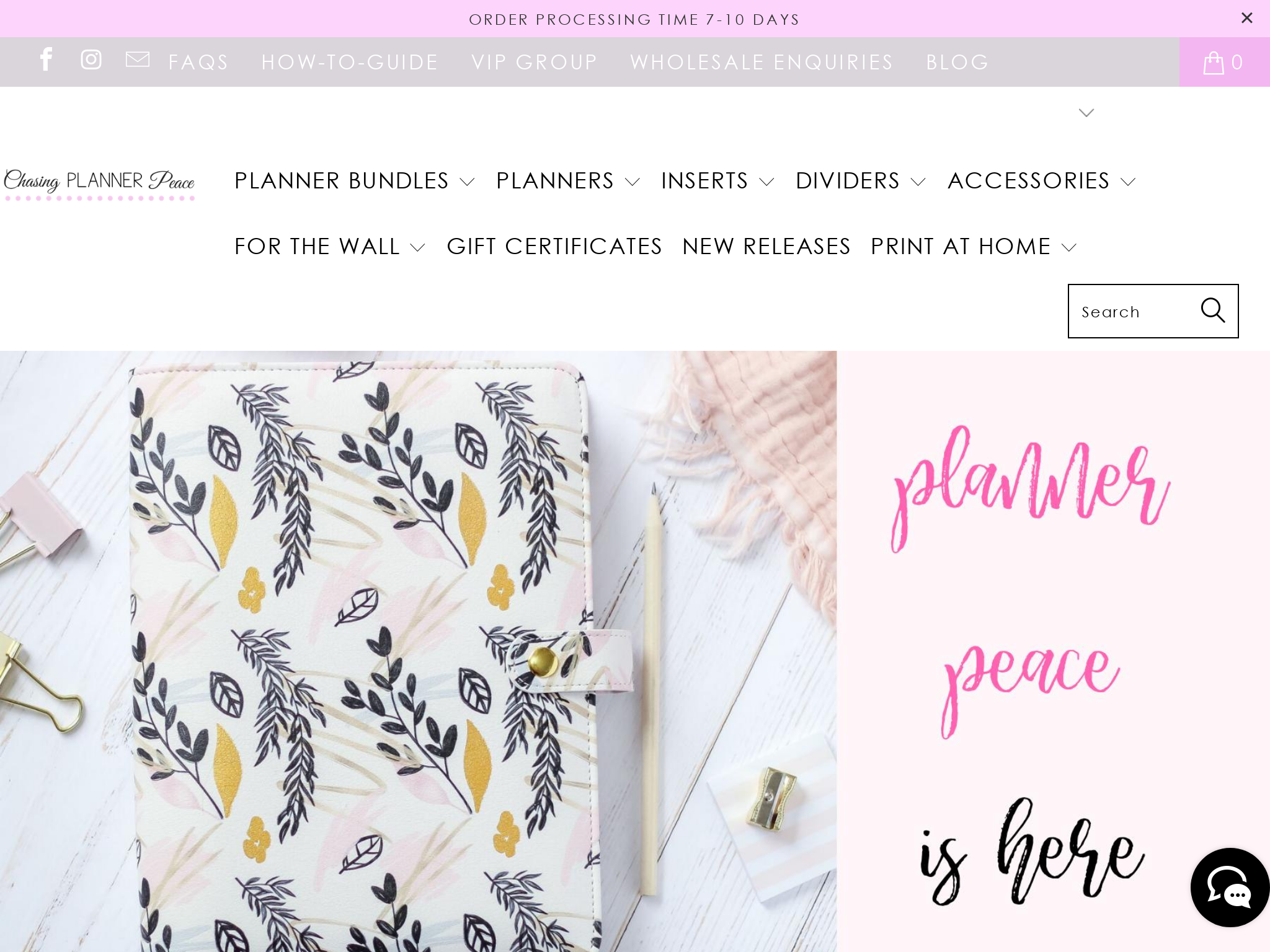
Chasing Planner Peace is a planner company that has expanded from selling planner inserts on Etsy, to offering a one-stop shop customizable planner experience with over 300 inserts, a planner line, and various other related products, gaining a monthly revenue of around $25,000 at its busiest time of year.
449. Mugpods ($252K/year)
Jack Bramhall, co-founder of Mugpods, came up with the idea of creating Nespresso-compatible hot chocolate pods and coffee range after realizing there was a demand for such products in the UK market. Using Google's keyword planner and trends, he discovered a growing interest in coffee and Nespresso pods, and decided to fill the gap by offering hot chocolate pods. The business, initially starting with $6,500 capital, quickly gained traction and now generates an average monthly revenue of $21,000 USD.
How much money it makes: $252K/year
How many people on the team: 2

UK-based co-founder of Mugpods, Jack Bramhall, details how he launched his Nespresso-compatible coffee and hot chocolate pods with only $6,500 of capital, and now averages around $21,000 per month in revenue, with millions of pods sold, by identifying demand through Google trends and optimising his digital marketing and SEO.
450. Lazyjack Press ($252K/year)
The idea for a prep brand came to Miriam while she was attending her alma matter during Law school, and happened to notice tacky looking ties that were worn by the students. Shocked to see they were made by reputed brands, she did some research and was instantly connected with the idea, even without a background in fashion.
How much money it makes: $252K/year
How many people on the team: 0
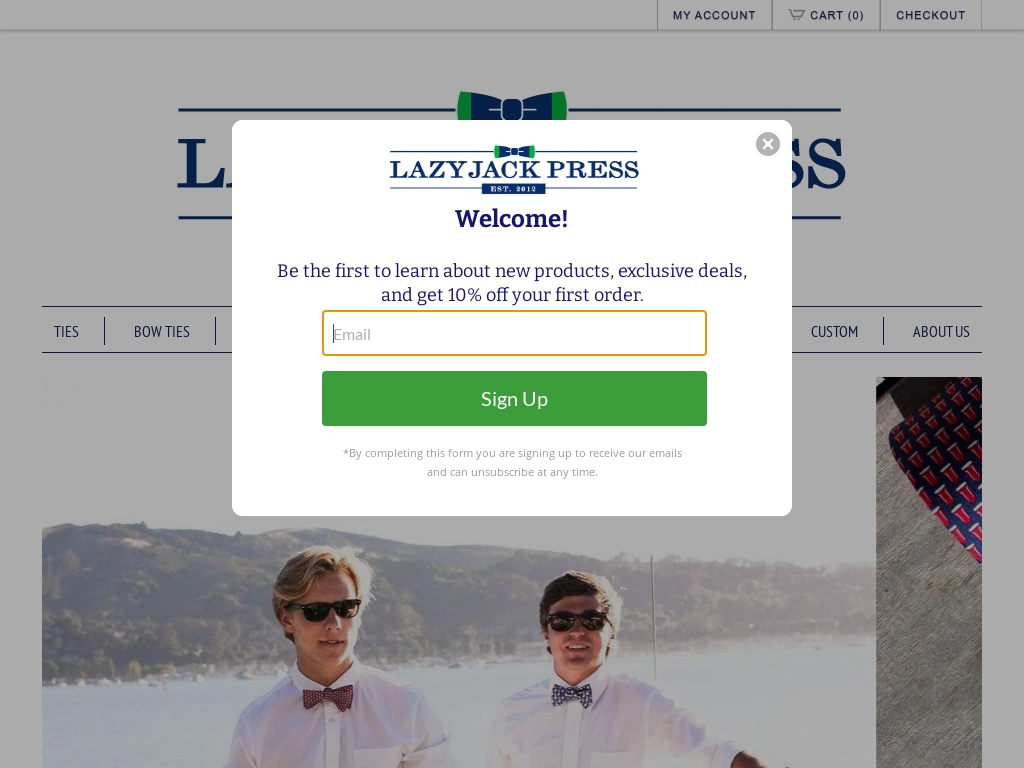
Lazyjack Press, a luxury men's accessories brand, offers high-quality, Italian silk ties, pocket squares, bow ties, and socks with uniquely named designs and a focus on fun, appealing to audiences of all ages, and is primarily sold through trade shows and pop-up shops.
451. Big Bee, Little Bee ($240K/year)
Founder Amy Leinbach came up with the idea for Big Bee, Little Bee when her 2.5-year-old daughter wanted to wash herself but couldn't find a suitable tool. She decided to create the ScrubBEE silicone scrubber, which quickly gained popularity and became her top-selling product. Despite the challenges of 2020, Leinbach managed to grow her business significantly, gaining features on Good Morning America and expanding her retail partnerships.
How much money it makes: $240K/year
How much did it cost to start: $15K
How many people on the team: 1

"Founder of Big Bee, Little Bee discusses how her daughter inspired her innovative products, including the top-selling Easy-Grip Silicone Scrubber, and how they managed to grow their business after being featured on national TV shows, despite challenges in 2020."
452. Blerp ($240K/year)
Aaron Hsu, the founder of Blerp, came up with the idea for his soundbite-sharing platform after creating a viral Shia Lebouf soundboard app in college. Seeing the potential for a full sound sharing platform, especially in the gaming and streaming community, Hsu focused on integrating Blerp with platforms like Twitch and TikTok, which led to rapid growth and partnerships with over 40,000 streamers generating over $1 million in revenue. With a strong emphasis on customer feedback and product marketing, Blerp has attracted and retained a large, passionate user base.
How much money it makes: $240K/year
How much did it cost to start: $20K
How many people on the team: 12
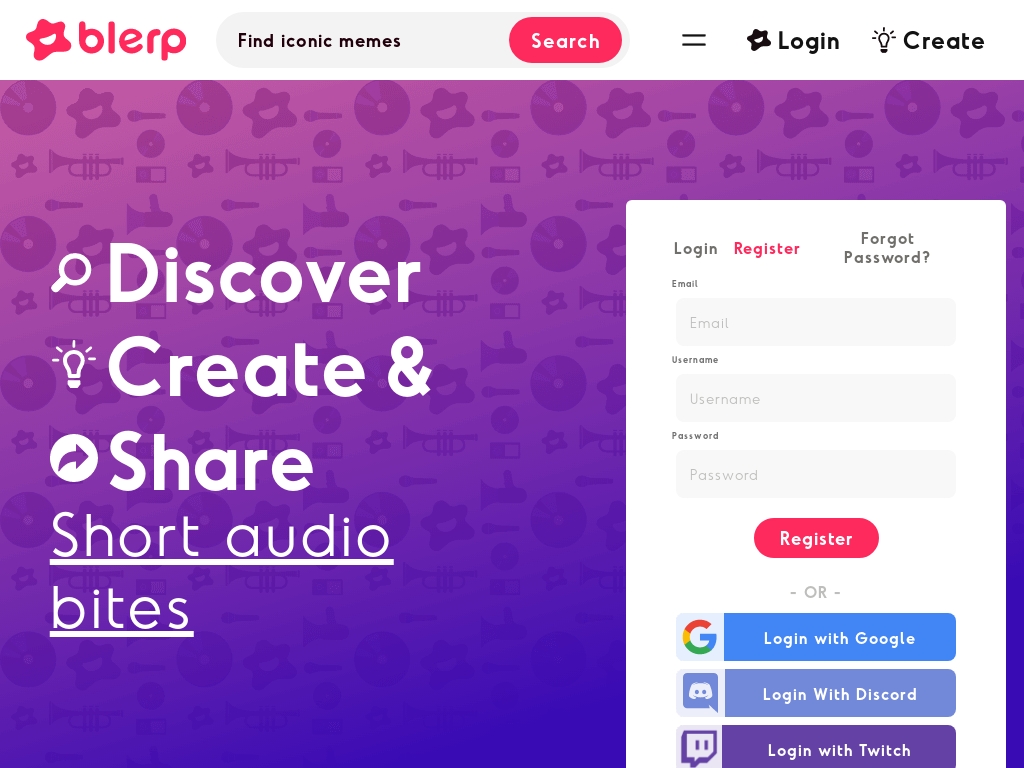
Blerp is a soundbite-sharing platform that works with over 40,000 streamers and has helped them generate over $1M in revenue through sound donations, with over 50,000 active streamers on the platform, thanks to their dedication to product marketing and testing every new feature and product.
453. Striiiipes ($240K/year)
Arthur Lhermitte, a French fashion designer, came up with the idea for his brand, Striiiipes, after studying fashion design in Paris. In 2018, he launched a successful Kickstarter campaign for Leather Webcam Covers, raising an impressive 20,273 euros from 1,996 backers in just 20 days. Lhermitte's goal was to create a small, affordable, and sustainable product using leather leftovers, making a positive impact in the fashion industry.
How much money it makes: $240K/year
How many people on the team: 0

French fashion designer Arthur Lhermitte raised 20,273 euros thanks to 1,996 backers in just 20 days on Kickstarter using micro-suction tape and leather leftovers to create "Quickstarter" product, leather webcam covers.
454. NOVO watch ($240K/year)
As a watch fanatic from childhood himself, Steve had took a leap to enter into the watch world as an entrepreneur. He kept repurposing materials to make watches and eventually started his own store.
How much money it makes: $240K/year
How much did it cost to start: $5K
How many people on the team: 0

Novo Watch creates unique, handcrafted watches made from reclaimed materials, with the Coalbanks collection watch selling out immediately and achieving their first-ever $16,000 day.
455. Mellow Cosmetics ($240K/year)
Ima, the founder of Mellow Cosmetics, started the online beauty store in her garage during her maternity leave. She wanted to create products that would boost women's confidence and enhance their natural features. With no experience in the e-commerce or beauty industry, she followed her inner calling after watching a makeup tutorial on YouTube and has since grown the business from making $0 in the first year to over $400,000 per year in online sales, with distributors and retailers stocking her products as well.
How much money it makes: $240K/year
How much did it cost to start: $50K
How many people on the team: 4
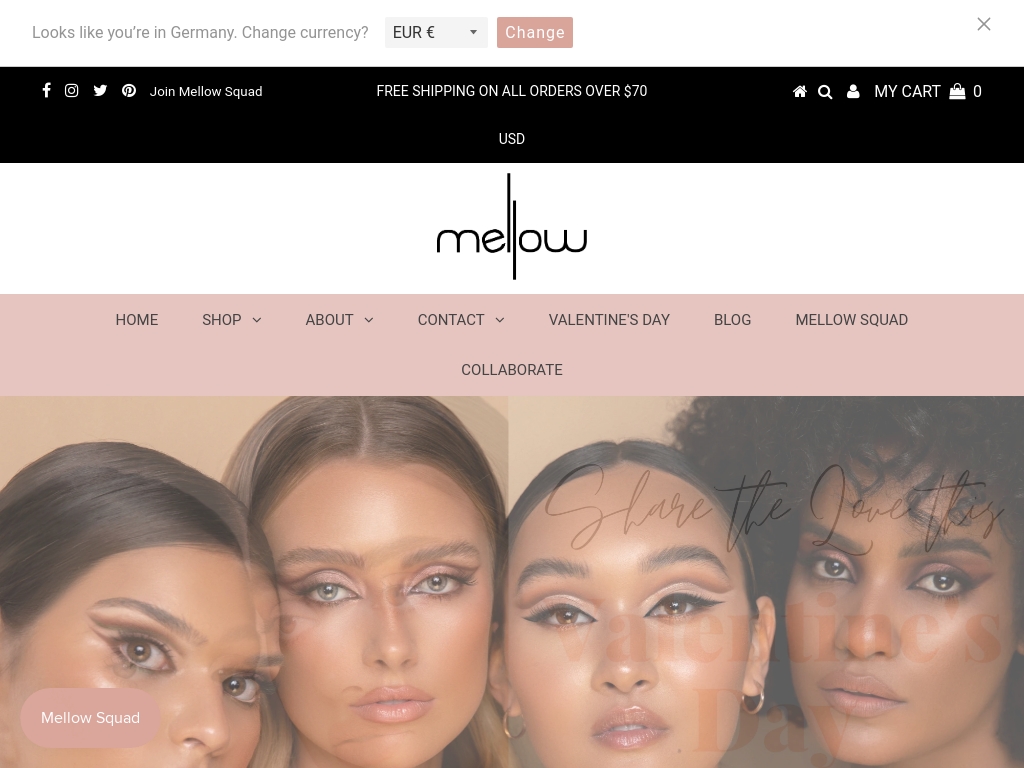
The Founder of Mellow Cosmetics explains how she grew her company's online sales from $0 to over $400,000 per year, while also expanding her brand's reach through distributors and retailers, with a focus on social proofing and email marketing.
456. Tomahawk Shades ($240K/year)
Andrew Shapiro, the co-founder and CEO of Tomahawk Shades, came up with the idea for his eyewear brand while doing a business management project in college. After purchasing glasses from another company, he decided to take things further and identify manufacturers, leading to the birth of Tomahawk Shades. With a focus on affordable yet high-quality eyewear, the brand has experienced a 175% increase in sales year over year.
How much money it makes: $240K/year
How much did it cost to start: $1K
How many people on the team: 3
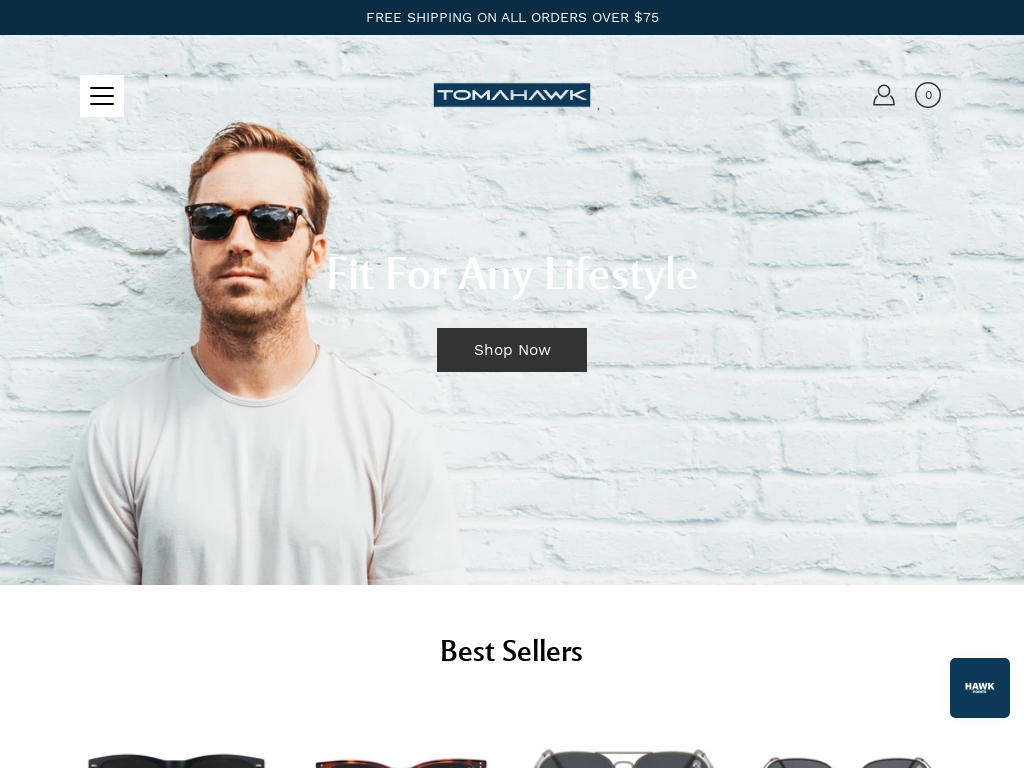
Tomahawk Shades, co-founded by Andrew Shapiro and his twin brother, Ryan Shapiro, is an eyewear brand that has seen a 175% increase in sales year over year, focusing on small batches of quality acetate, with an e-commerce business acting as its main area of focus to release new ideas and products.
457. navyBLEU ($240K/year)
Erin found inspiration on her Instagram and started an online store that sells navy-colored items. Her spouse supported her idea.
How much money it makes: $240K/year
How much did it cost to start: $20K
How many people on the team: 0

Navy-obsessed Erin Hornyak founded navyBLEU, an online boutique dedicated to the color, which has seen approximately 250 orders from 210 customers to date and attracted the attention of influencers and a boutique PR firm to spread the word.
458. Dirty Labs ($240K/year)
David Watkins, CEO and co-founder of Dirty Labs, came up with the idea for his business after working in consumer electronics and realizing the short lifespan of the products he was creating. He partnered with chemist Dr. Pete He and identified laundry detergent as the product to start with, aiming to create a solution that was safe, sustainable, and effective. They developed a prototype formula and secured funding from investors and notable individuals before launching their direct-to-consumer business.
How much money it makes: $240K/year
How much did it cost to start: $2.5M
How many people on the team: 7

Dirty Labs, a cleaning innovation lab founded by CEO David Watkins, introduces a line of laundry detergents that solve the cleaning trilemma, being safe, sustainable, and effective, achieving the goal with formulations that leverage nature-inspired green chemistry and earning $240k annually from the direct-to-consumer distribution.
459. Australian Woodwork ($240K/year)
Gregory and Sarah, founders of Australian Woodwork, were inspired by their love for traveling and discovering local craftsmanship. They started by opening stalls in markets and eventually transitioned to an online store. Their son, Ben, taught them about online marketing and they learned the importance of SEO, product photography, and customer service in attracting and retaining customers. Despite a slow retail market, they continue to fine-tune their website and aim for steady sales growth in the future.
How much money it makes: $240K/year
How many people on the team: 2

Australian Woodwork is a family-owned and managed online store that sells a wide range of Australian made woodcraft, and through a concerted mix of SEO, good marketing and content writing, excellent photography and customer service, they grew to a 20k/month business.
460. Achievable ($240K/year)
Tyler York, one of the founders of Achievable, came up with the idea for the test prep company after working with Cerego, a platform for lifelong learning that used spaced repetition. Recognizing the need for a more modern and user-friendly test prep experience for professionals, they launched Achievable to provide rich textbook content, reviews backed by a memory science algorithm, and full practice exams. Today, Achievable is experiencing rapid growth, with a focus on content marketing and affiliate partnerships to attract and retain customers.
How much money it makes: $240K/year
How much did it cost to start: $5K
How many people on the team: 3

Achievable is a test prep company that provides rich textbook content, reviews backed by a memory science algorithm, and full practice exams to help students prepare for their exams, with a focus on career-advancing professional exams such as the FINRA SIE and FINRA Series 7.
461. Daily Orders ($240K/year)
Kelly, the founder of Daily Orders, came up with the idea for her business while on maternity leave. Frustrated with not being able to keep track of her husband's flight movements, she wanted a planner that she could easily glance at while in the kitchen. Unable to find a suitable product on the market, she decided to start her own business and create gloss acrylic planning boards.
How much money it makes: $240K/year
How many people on the team: 1

Daily Orders is a Veteran-Owned business in Victoria, Australia that creates gloss acrylic planning boards, and with just $10,000 to start, has spent $38K on Facebook ads and made $210K, while finding success despite the competition from similar products.
462. Silviano ($240K/year)
Sonal and Nakul Malhotra, with their background in leather manufacturing and fashion, identified a gap in the market for luxury, high-quality leather goods that were also tech-friendly and affordable. They combined their knowledge of craftsmanship, design, and technology to create Silviano, with their flagship product being the Silviano Sleeve, a voice-activated laptop sleeve with wireless charging and global tracking. They successfully launched their product on Indiegogo, raising $35k in just 3 hours, and have plans to expand their product line in the future.
How much money it makes: $240K/year
How much did it cost to start: $30K
How many people on the team: 4
Silviano Sleeve Co-Founder Sonal Malhotra successfully raised $35k for their world’s first voice-activated luxury leather laptop sleeve through crowdfunding, which was fully funded in less than three hours.
463. Popped.NYC ($240K/year)
Lauren Forsch, the founder of Popped.NYC, came up with the idea for her CBD business after opening an artist cooperative and realizing that people were willing to spend money on handmade, natural products like body butter. She saw a gap in the market for a topical CBD product and decided to create her flagship CBD body butter. Despite setbacks from COVID-19 and being in a stigmatized industry, Popped.NYC has had months where their sales revenue topped $20,000.
How much money it makes: $240K/year
How much did it cost to start: $1K
How many people on the team: 1

Popped.NYC, a handmade, all-natural, small-batch CBD products e-commerce business with sales revenue topping $20,000/month and customers suffering from inflammatory diseases, struggled to clear $2,000/month due to setbacks from COVID-19 and being in a stigmatized industry.
464. Gloria's Cake & Candy Supplies ($240K/year)
Linda Gonzalez, the owner of Gloria's Cake & Candy Supplies, came up with the idea to purchase and revitalize the failing family business after her aunt, who had run the shop for over 40 years, passed away. She quit her corporate job, bought the shop from her cousins, and implemented changes such as moving to a new location, redesigning the logo and website, and focusing on customer service and social media exposure. Since taking over, she has increased revenues by about 60% and is now considering franchising.
How much money it makes: $240K/year
How much did it cost to start: $105K
How many people on the team: 1

How Linda Gonzalez Turned Around Gloria's Cake & Candy Supplies, increasing revenues by 60% within 6 months and going from 1-2 star reviews on Google & Yelp to 4-5 star reviews through focusing on customer service and modern marketing techniques.
465. The Flooring Girl ($240K/year)
Debbie started her blog as a marketing tool for her flooring store.
How much money it makes: $240K/year
How many people on the team: 0
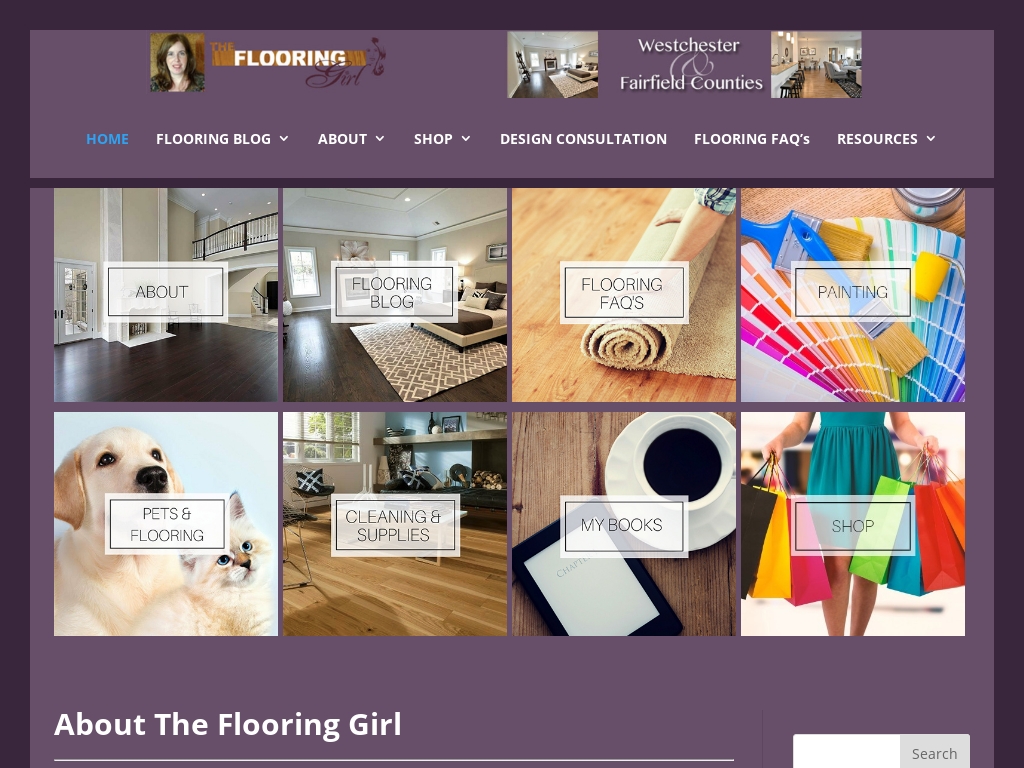
A home décor blogger turned her website into a $20,000/month business thanks to SEO, which drives 400k pageviews/month, as well as Pinterest, with over 300k pageviews/month, and through diversifying her income streams and traffic sources.
466. Lawrence Hunt ($240K/year)
Jeff Schattner, the founder of Lawrence Hunt Fashion, came up with the idea for his business when he was sweating uncomfortably at a friend's outdoor wedding and couldn't find a dress shirt that combined both professional and performance wear. After extensively researching the market and experimenting with prototypes, he launched Lawrence Hunt Fashion in 2016. Since then, the company has steadily grown, reaching over $20,000 per month in revenue, and has attracted endorsements from professional athletes like James McCann and Sterling Shepard.
How much money it makes: $240K/year
How many people on the team: 2

Lawrence Hunt Fashion uses a balance of performance and professional wear to create sweat-wicking dress shirts, reaching $20,000/month in revenue in 2019 and expanding into corporate apparel and a membership program in 2020.
467. Aziza Jewelry ($240K/year)
Aziza, the founder of Aziza Jewelry, started her business by making custom mother-daughter earring sets for a customer who wanted matching earrings to go with their matching tattoos. This concept sparked her idea to create jewelry that strengthens the bond between mothers and daughters. Today, Aziza Jewelry generates around $5,000 per month in revenue and offers a range of customizable pieces, including name necklaces and bracelets.
How much money it makes: $240K/year
How many people on the team: 1
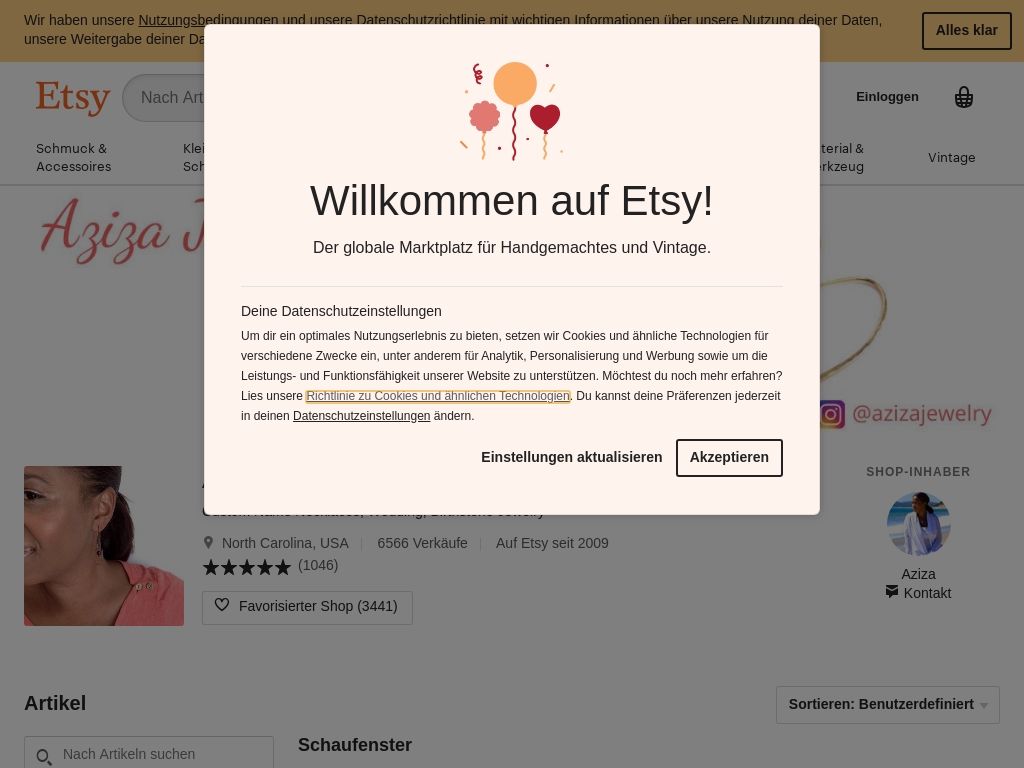
A jewelry business founder discusses how she started her $5k/month side hustle selling custom word necklaces and shares advice on making connections in your industry, investing in yourself, and using social media for marketing.
468. No Cold Feet LLC ($240K/year)
In college, Matt noticed a trend of grooms having their groomsmen wear brightly colored socks. He struggled to find a single store to buy the socks he needed in bulk, and they were often expensive. Inspired by this, Matt and his wife Mari launched No Cold Feet, an online gifting company that sells fun and colorful groomsmen socks with custom labels.
How much money it makes: $240K/year
How much did it cost to start: $16K
How many people on the team: 0

No Cold Feet is a gifting company founded by Mari and Matt McNamara that focuses on fun and colorful sock designs for groomsmen gifts and has cumulatively sold over 10k orders in the last three years, passing $200k in revenue last year.
469. Gobi Gear ($240K/year)
Chez, the founder of Gobi Gear, came up with the idea for her business while preparing for a trip through Asia. Wanting to stay organized while collecting botanical specimens, Chez created a divided stuff sack to pack her gear efficiently. After receiving positive feedback from other trekkers, she decided to turn her idea into a business and launched Gobi Gear.
How much money it makes: $240K/year
How many people on the team: 1

Gobi Gear's founder, Chez, designed a unique organizational bag for her trek through Asia, and now, 4 years later, the company sells ultralight outdoor gear and is expanding to an everyday lifestyle line, having raised over $80k on Kickstarter, partnered with 1% For the Planet, and garnered support from major media outlets like Men's Journal and the Chicago Tribune.
470. Tetra Shop ($240K/year)
Monica Khemsurov, along with two friends, founded Tetra in 2015 when they saw a gap in the market for stylish smoking accessories. As longtime design curators and writers, they wanted to bring design thinking to the industry and be the first to cater to a more mainstream, style-conscious audience. With just a $12,000 initial investment, Tetra is now on track to average nearly $20,000 per month in revenue.
How much money it makes: $240K/year
How many people on the team: 1

This case study showcases how a smoking accessories brand called Tetra created a unique and elevated position in the industry, and has since grown to average nearly $20,000 per month in revenue with no outside investment and just a $12,000 initial founders’ outlay.
471. Black Luxe Candle Co. ($240K/year)
Brittany was enthusiastic about gifting within her family, so instead of buying physical presents, she started making candles. After posting a picture of one of her creations online, she received inquiries from people curious about how they could purchase one of her candles. After giving it some thought, she decided to turn her hobby into a business.
How much money it makes: $240K/year
How much did it cost to start: $1K
How many people on the team: 0

Learn how a candle designer increased her sales from $4,800 in 2019 to $40,000 in 2020, with a net profit of $12,000 in November alone, by focusing on creating a luxury experience with her candles and showing them in a non-traditional way.
472. CBD Store of Michigan ($240K/year)
Rod Glupker, the founder of CBD Store of Michigan, came up with the idea for his business after experiencing firsthand the pain-relieving benefits of CBD. His wife introduced him to CBD, and after researching and attending seminars, he started recommending it to friends. As demand grew, he began wholesaling CBD products and eventually decided to quit his job and launch his own storefront and website. Despite challenges with advertising and regulations, the business has continued to grow and plans to open more stores in the future.
How much money it makes: $240K/year
How much did it cost to start: $4K
How many people on the team: 2

Learn how one entrepreneur built a successful CBD business (with over $100,000 in inventory and 60 brands) from scratch, including what worked for them to attract and retain customers, the challenges they faced (including advertising) and advice for getting started in the industry.
473. Funky Fat Foods ($240K/year)
Louisa Mesquita Bakker, the founder of Funky Fat Foods, came up with the idea for her business while traveling in South America and learning about the health benefits of cacao. After realizing there was a demand for a high-fat, low-carb chocolate bar with simple ingredients, she decided to create her own. Despite having no expertise in chocolate making or starting a business, she took the risk and launched her company.
How much money it makes: $240K/year
How many people on the team: 1

Learn how Louisa Mesquita Bakker started an organic food company called Funky Fat Foods, which produces high-fat, low-carb chocolate bars using only high-quality ingredients and MCTs, and now generates $20,000 in monthly revenue with aspirations to enter the organic retail market in Europe.
474. Bike Tow Leash ($240K/year)
press (Dog Fancy Magazine, Good Morning America, Atlanta Journal & Constitution, etc.) attesting to our product’s safety and its fun. Those benefits continue today from stores and buyers in the U.S. and Canada noting us from the products we sell on Amazon. I have interviewed with 10 separate manufacturers so far with presentations to the remaining 2 major manufacturers with over 2000 sales reps each. Remember any of the direct competitors we have met so far have focused on a single product. With our portfolio of multiple patents, we can offer them a steady stream of new products, from both existing patents and pending applications alone!
How much money it makes: $240K/year
How much did it cost to start: $22K
How many people on the team: 1

Mechanical engineer and avid bike rider Mike Leon turned his hobby of creating a safe bike-to-leash attachment for his service dog into a 6-figure business, shipping from hundreds to thousands of 1-Running-Dog Bike Tow Leashes per year to dog owners, military and law enforcement, and search and rescue teams.
475. Coping Skills for Kids ($240K/year)
Janine Halloran, a Licensed Mental Health Counselor, started her business, Coping Skills for Kids, after realizing the need for resources to help children and teens manage stress, anxiety, and anger. By self-publishing her book, the Coping Skills for Kids Workbook, and creating additional products such as the Coping Cue Cards, she has seen monthly gross sales of $10k and has successfully grown her online business.
How much money it makes: $240K/year
How many people on the team: 1
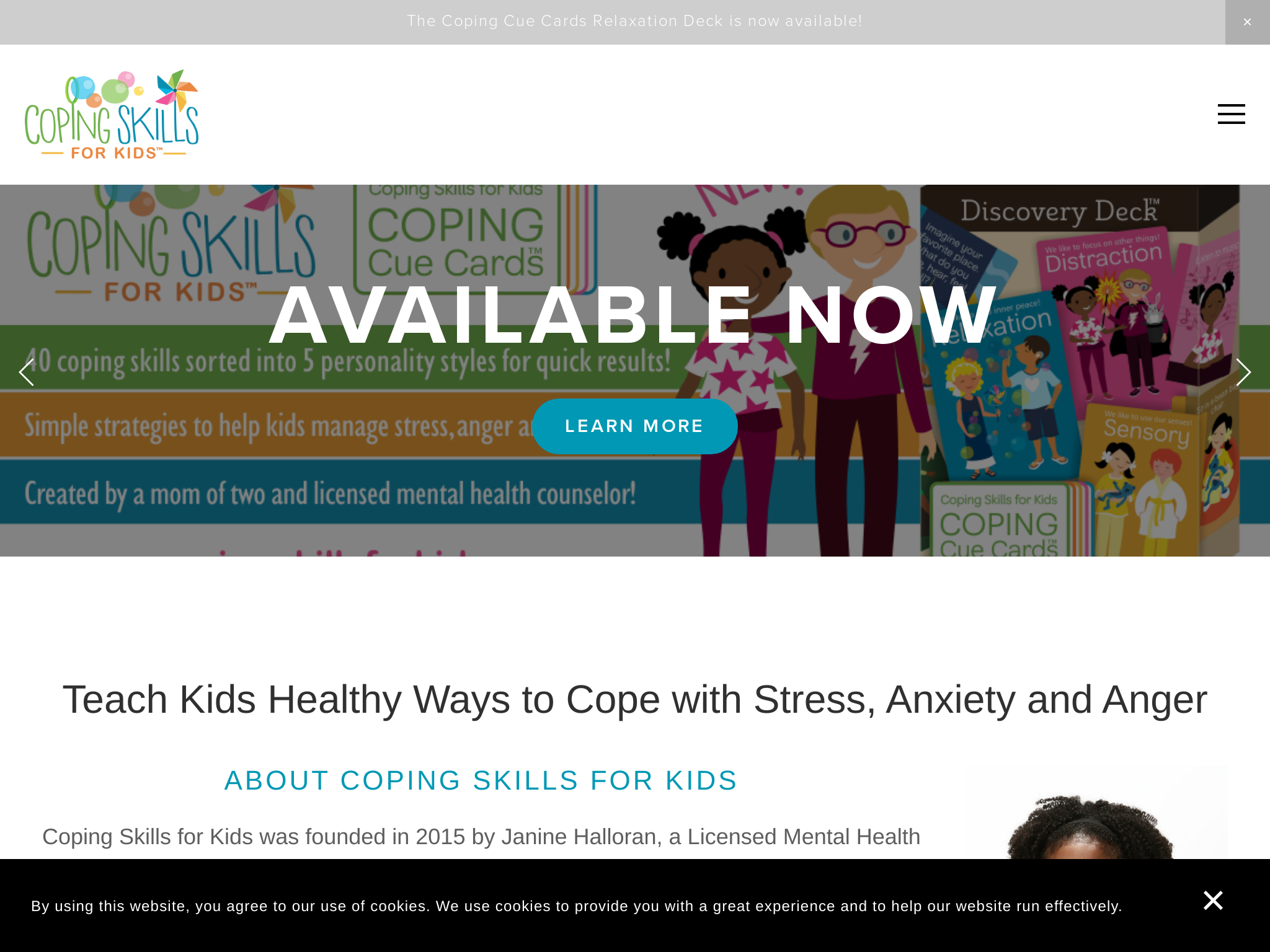
A licensed mental health counselor increased her income by creating Coping Skills for Kids, which now has a gross revenue of approximately $10,000 per month, from selling products such as the Coping Skills for Kids Workbook and the Coping Cue Cards that help children manage stress, anxiety, and anger.
476. De Novo Nutrition ($240K/year)
Ben Esgro, the founder of De Novo Nutrition, came up with the idea for his business while studying sports nutrition in graduate school. Frustrated with the lack of transparency and innovation in the industry, Esgro decided to start his own brand, hand mixing custom protein powders in his parents' house. Over time, De Novo Nutrition grew from a one-man operation to a multinational brand known for its unique and great tasting protein flavors, as well as its cognitive enhancer called Utopia, which led to a major inflection point in growth.
How much money it makes: $240K/year
How many people on the team: 5

De Novo Nutrition is a multinational dietary supplement company specializing in cognitive enhancers, best known for one of the first standalone nootropic blends, achieving significant growth after being mentioned on the Tim Ferriss podcast; the company prioritizes providing value to its target audience through content marketing, with a focused approach on customer service, transparency, and doing the right thing.
477. Southern Cigar Co ($240K/year)
Michael Arciola III, founder of Southern Cigar Co, came up with the idea for his business while brainstorming business types that wouldn't require a large time commitment or initial investment. After considering subscription boxes, he decided on cigars as the consumable product to sell. Despite a slow start with only 3 customers in the first month, Southern Cigar Co has grown to generate ~$250k in revenue per year with a 20% year-over-year growth rate.
How much money it makes: $240K/year
How many people on the team: 0
Southern Cigar Co. is a cigar subscription box business founded by Michael Arciola III while he was a student at Florida State University, currently bringing in $250k a year and growing at 20% year over year.
478. PEAR Cards ($228K/year)
Matthew Roberts, co-founder of PEAR Cards, came up with the idea for his business after using a set of "Positivity Cards" at a friend's party. Inspired by the meaningful and touching experience, Roberts realized the need for more moments like that in people's lives and set out to create PEAR Cards, a card-based tool/game that initiates positive conversations. With the help of his co-founder and friend, Roberts built the initial version of PEAR Cards, gathered feedback, and launched a successful Kickstarter campaign to fund their production. The brand has since grown through word of mouth, social media, and the support of influential partners like Ad Magic.
How much money it makes: $228K/year
How many people on the team: 1

PEAR Cards is a card-based tool/game that empowers players to open up and initiate positive conversations, and with the help of Ad Magic, their Kickstarter had an all-or-nothing fundraising goal, which they met with so much support the company is now growing through the power of Twitter and Instagram.
479. Alfred Lane ($228K/year)
Rafael Hernandez, founder of Alfred Lane, came up with the idea for his solid cologne business while traveling and experiencing the hassles of transporting liquid cologne. He noticed a pattern and a problem to be solved, and after researching and experimenting with formulas, he created a line of handcrafted solid colognes for men that are easier to travel with. With initial sales on Shopify and successful placements in local boutiques, Alfred Lane now generates $19k a month in revenue.
How much money it makes: $228K/year
How much did it cost to start: $2K
How many people on the team: 1
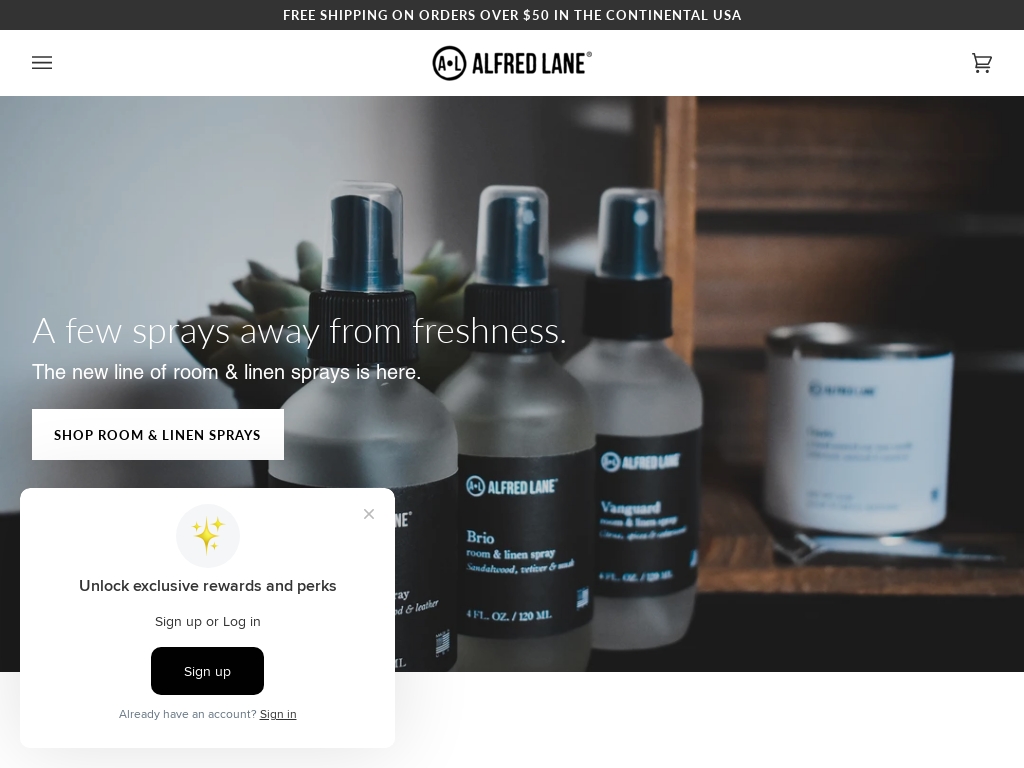
Founder Rafael Hernandez launched Alfred Lane, a line of handcrafted personal and home fragrances, generating $19k in monthly revenue with 50% attributed to online and wholesale sales, while expanding to 65 stores across 6 countries and expanding to Europe and South America.
480. Healing Harbors ($216K/year)
Stacy Moore, a former Coast Guard helicopter mechanic, discovered the potential benefits of hemp and cannabis while providing home healthcare. After formulating a cream that drastically improved her client's mobility, Stacy founded Healing Harbors to offer thoughtfully made hemp products and educate others about the potential of natural remedies. The company has since grown, with products manufactured in-house and a focus on high-quality ingredients and customer satisfaction.
How much money it makes: $216K/year
How much did it cost to start: $200K
How many people on the team: 1
This case study follows the journey of Healing Harbors, a female-founded company that specializes in personal care and pet products made with CBD and has grown to generate $216k a year through e-commerce and wholesale accounts thanks to carefully planned formulation, small-batch manufacturing and meaningful relationships with customers.
481. Midnight Scoop ($216K/year)
Michael Chou, an aerospace engineer, came up with the idea for the Midnight Scoop after struggling to scoop hard ice cream. Through years of trial and error and hundreds of prototypes, Chou developed an ergonomic scoop that uses muscles instead of weak wrists to tackle hard ice cream. After a successful Kickstarter campaign, the business grew through retail and wholesale channels, with a focus on email marketing during the holiday season.
How much money it makes: $216K/year
How many people on the team: 4
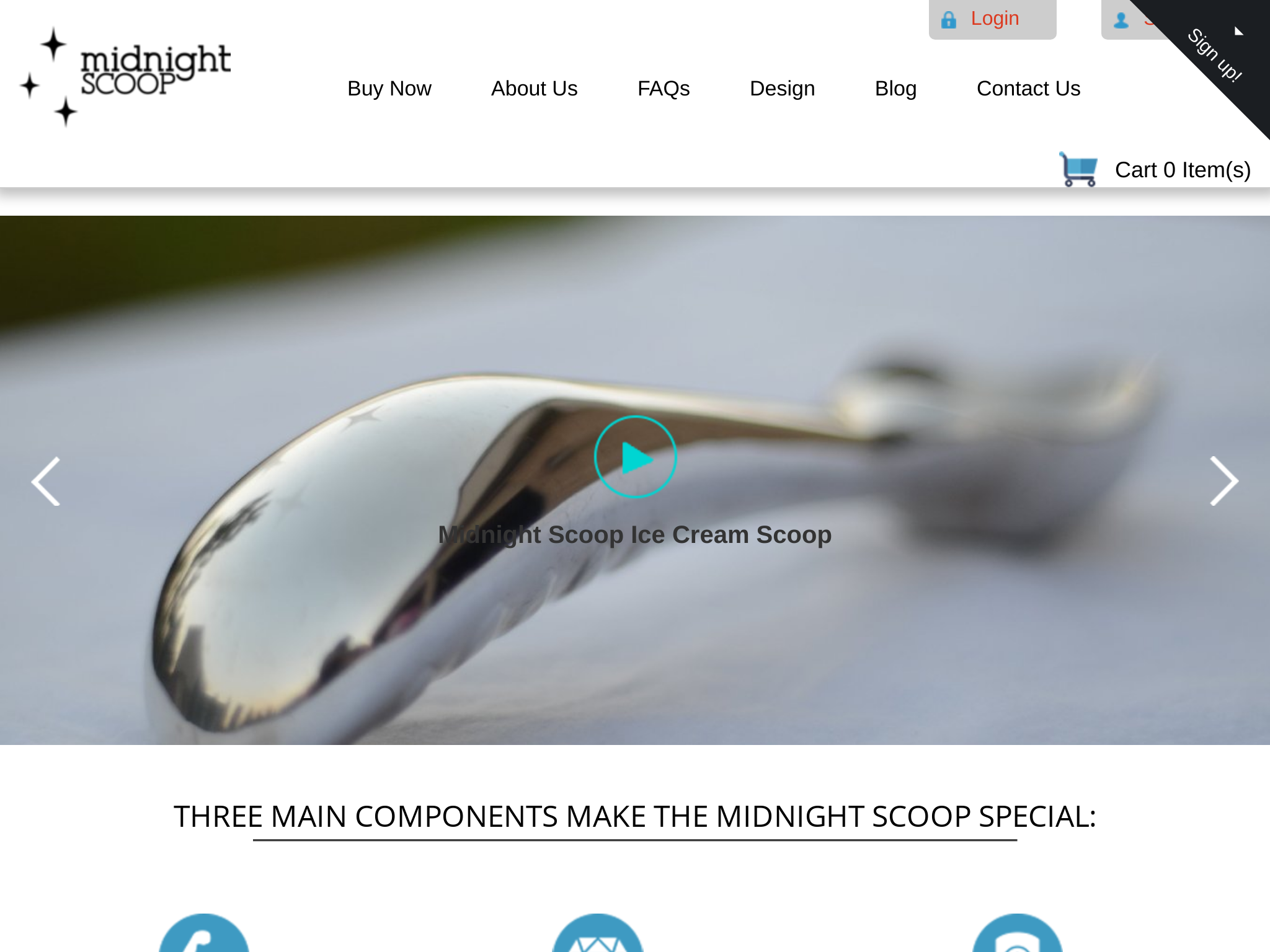
Aerospace engineer Michael Chou created the Midnight Scoop, designed to help you scoop hard ice cream by eliminating the need for a wrist-prying motion, with the product going from zero sales to $18k per month after the first month upon release.
482. SFKshop ($216K/year)
Nick Sfikas, the 21-year-old founder of SFKshop, came up with the idea for his eCommerce store when he saw an opportunity to help his dad transition from his outside job as a garage door installer to a more comfortable job. With his background in web development and digital marketing, Nick saw the potential for a 7-figure business selling smart home appliances and garage door motors online. Despite facing challenges in the first 6 months, SFKshop is now turning over $17,000 a month and has plans to expand its product range and increase its marketing efforts in 2021.
How much money it makes: $216K/year
How much did it cost to start: $1.5K
How many people on the team: 3

A 21-year-old student from Athens who runs an eCommerce store selling garage door motors in Greece has managed to achieve a turnover of $17,000 a month despite being only 6 months old, which he hopes to boost through increased growth of garage door accessories under his own brand.
483. Soak Society ($216K/year)
Natalie founded Soak Society after realizing there was no niche bath products brand in Australia. With limited funds, she started with a basic website and one product, gradually expanding her range as she gained more capital. Now stocked in luxury department stores in Tokyo, Soak Society is on track to turn over $200,000 this year.
How much money it makes: $216K/year
How many people on the team: 2
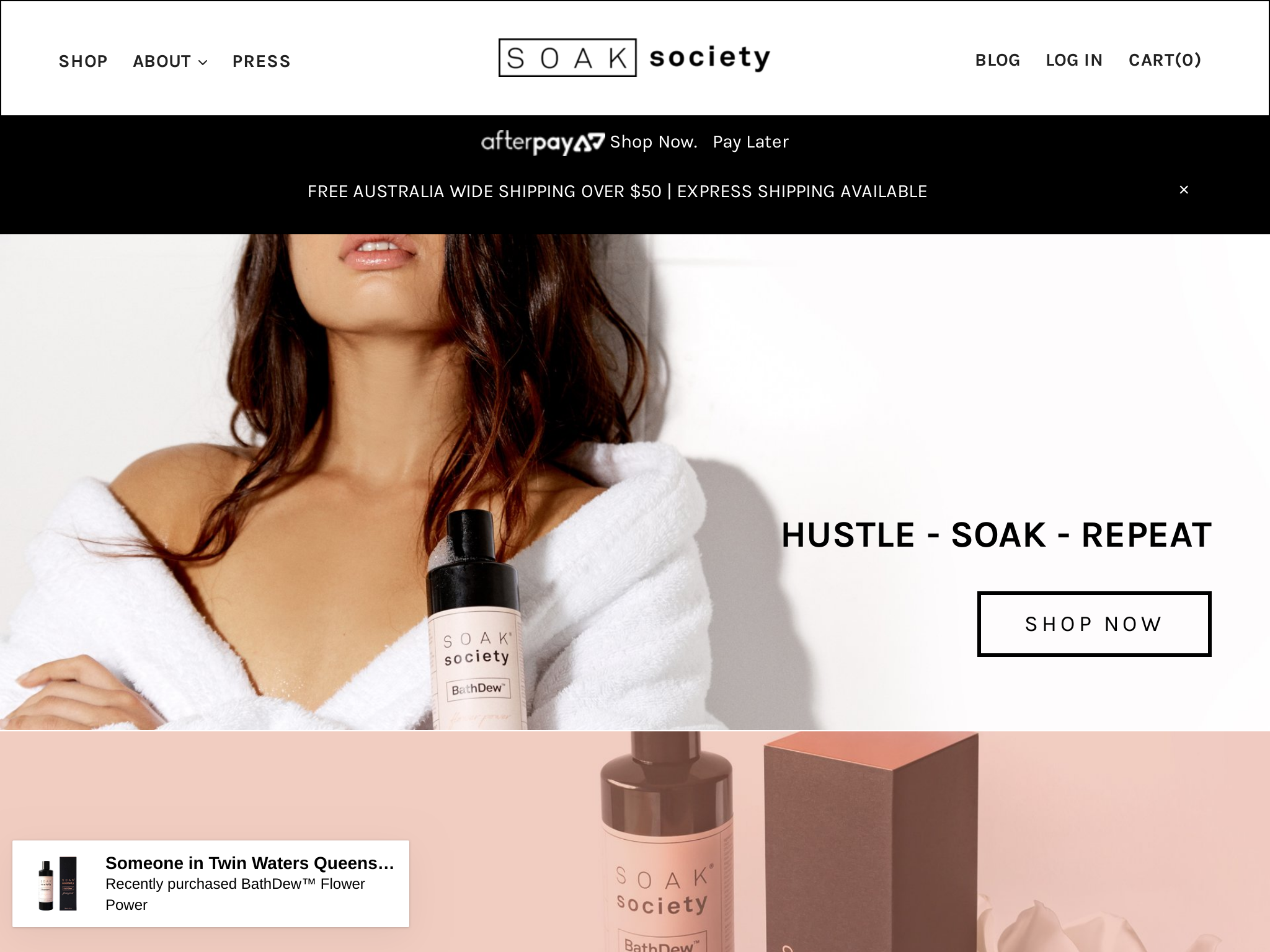
Soak Society, a bath products brand founded in Australia, has tripled its profits from last year and is on track to turn over $200,000 this financial year, largely due to their wholesale partnership with Japanese department stores.
484. Minimalism Brand ($216K/year)
Pepe Martín, co-founder of Minimalismbrand, came up with the idea for the business by wanting to create a brand focused on developing useful, sustainable, and quality products for daily use. With his experience in developing brands and running a small agency, Pepe saw an opportunity to change the way people buy and think about design. Starting with just 2000€, Minimalismbrand has now grown to make 200K per year and has plans for expansion, focusing on the European market and launching new products.
How much money it makes: $216K/year
How much did it cost to start: $2K
How many people on the team: 3

Minimalismbrand is a sustainable and durable clothing brand that has achieved $200k in annual revenue after starting with just €2k, focusing on quality over quantity, and prioritizing transparency through showing their numbers and production process.
485. Brex International, LLC ($216K/year)
Brett's passion for woodwork inspired him to design an easy-to-use and effective alternative to the cumbersome traditional featherboard.
How much money it makes: $216K/year
How much did it cost to start: $45K
How many people on the team: 0

This case study follows Brett Burdick, founder of Brex International, LLC, and the creation of his patented spiral featherboard designed to improve safety and quality in woodworking, which has now generated $18k per month, with 87% of sales coming from Amazon.
486. TopWhiskies ($210K/year)
Ed, one of the co-founders of TopWhiskies, came up with the idea for the business while working in Financial Services in Hong Kong. He and his best friend Evan started a whisky blog as a hobby, focusing on social media to connect with fellow whisky enthusiasts. As they posted about unique independent whisky brands, their followers began asking where they could purchase these brands, leading them to launch an eCommerce site specializing in independent whiskies. With over 100,000 followers on Instagram and nearly 10,000 subscribers on YouTube, the eCommerce site has seen a monthly turnover of around $17,500 and continues to grow.
How much money it makes: $210K/year
How much did it cost to start: $300
How many people on the team: 0

TopWhiskies, an eCommerce store celebrating the best independent whisky brands, started as a social media hobby in 2016, and, after building a large following, pivoted to an eCommerce site in October 2020, achieving an average monthly turnover of around $17,500 with sales up around 50% year on year.
487. Faerie's Dance ($204K/year)
Adrienne, the founder and CEO of Faerie's Dance, came up with the idea for her sustainable fashion business after struggling to find eco-friendly clothing for herself. Recognizing the lack of options in the market, she decided to create an online store that brings together the best eco-brands in one place. The business has since grown, with organic cotton bras becoming their signature product, and they now generate an annual revenue of $65k - $75k.
How much money it makes: $204K/year
How much did it cost to start: $50K
How many people on the team: 2

This eco-fashion case study showcases a sustainable clothing company that generates an adjusted gross income ranging between $65k - $75k per year and has over 13,000 newsletter subscribers, predominantly focused on ethical, eco-friendly clothing, lingerie, jewelry, and accessories.
488. LeGlue LLC ($204K/year)
Tripp Phillips, a 13-year-old student and football player, came up with the idea for Le-Glue after his Lego airplane kept falling apart. With his dad's help, they developed the world's first water releasable adhesive for building bricks. Since appearing on Shark Tank, Le-Glue has averaged over $35,000 per month in sales and hopes to quadruple that number with Mr. Wonderful's help.
How much money it makes: $204K/year
How many people on the team: 4

A 13-year-old boy, named Tripp Phillips, created the world's first water-releasable adhesive for building blocks like LEGO, called Le-Glue, which has made over $500,000 in sales including $35,000 per month on average after featuring on Shark Tank in the US.
489. Bagitan Packaging ($192K/year)
Yuki Lee, co-founder of Bagitan Packaging Company, came up with the idea to expand into the paper packaging business after receiving requests for paper bags and other packaging products from their existing thermal paper roll customers. Recognizing the vast market for packaging items and the potential for environmentally-friendly disposable paper packaging products, Yuki and her partner decided to venture into the packaging industry and have since become leaders in China's packaging market, with an annual net revenue of $200,000 and over 50 employees.
How much money it makes: $192K/year
How much did it cost to start: $200K
How many people on the team: 5

Bagitan Packaging in China started out as a thermography paper roll business and has since expanded to become leaders in the packaging industry with annual net revenue of $200,000 and over 50 employees, thanks to digital marketing and a focus on SEO.
490. Get Ayuda ($192K/year)
Menajem Benchimol and Zeev Levy, seasoned entrepreneurs with a passion for Latin American tech, founded Get Ayuda in February 2020 to help companies relocate manufacturing from China to Mexico, quickly achieving $16,000 MRR. Their lean startup model, validated through minimal costs and strategic Facebook group outreach, unlocked a niche in the eCommerce supply chain amidst COVID-19 disruptions.
How much money it makes: $192K/year
How much did it cost to start: $100
How many people on the team: 0

Get Ayuda, a startup founded by Menajem Benchimol, Zeev Levy, and Elias Dichi, helps companies find manufacturers in Mexico after their supply chains were disrupted in China and has made $16,000 MRR since its launch in February 2020 during COVID-19, charging only a 5% fee for orders.
491. House of Kook ($180K/year)
Amy McKenzie and Kirsten Dodds, founders of House of Kook, came up with the idea for their furniture and interior design business after becoming bored with the offerings in the industry. They wanted to shake up the interior aesthetic and create unique and interesting spaces and furniture. They launched their business in August 2021, and within a year, completed over 10 successful projects and launched their first furniture range.
How much money it makes: $180K/year
How much did it cost to start: $12K
How many people on the team: 0

House of Kook is a South African furniture and interior design studio founded in 2021 that have completed over 10 successful projects and launched their first furniture range, all in just over a year, through word of mouth and social media marketing.
492. Olori ($180K/year)
Tomide Awe, the founder of Olori, was inspired by her rich Nigerian culture and the beautiful textiles she grew up surrounded by. She wanted to share African craftsmanship and empower women, so she started Olori, a business that creates gorgeous, Africa-inspired handbags. Through incorporating traditional fabrics into modern designs, Olori invites people from all over the world to experience the beauty and culture of Africa while supporting artisans and women-owned businesses in Africa.
How much money it makes: $180K/year
How much did it cost to start: $10K
How many people on the team: 1
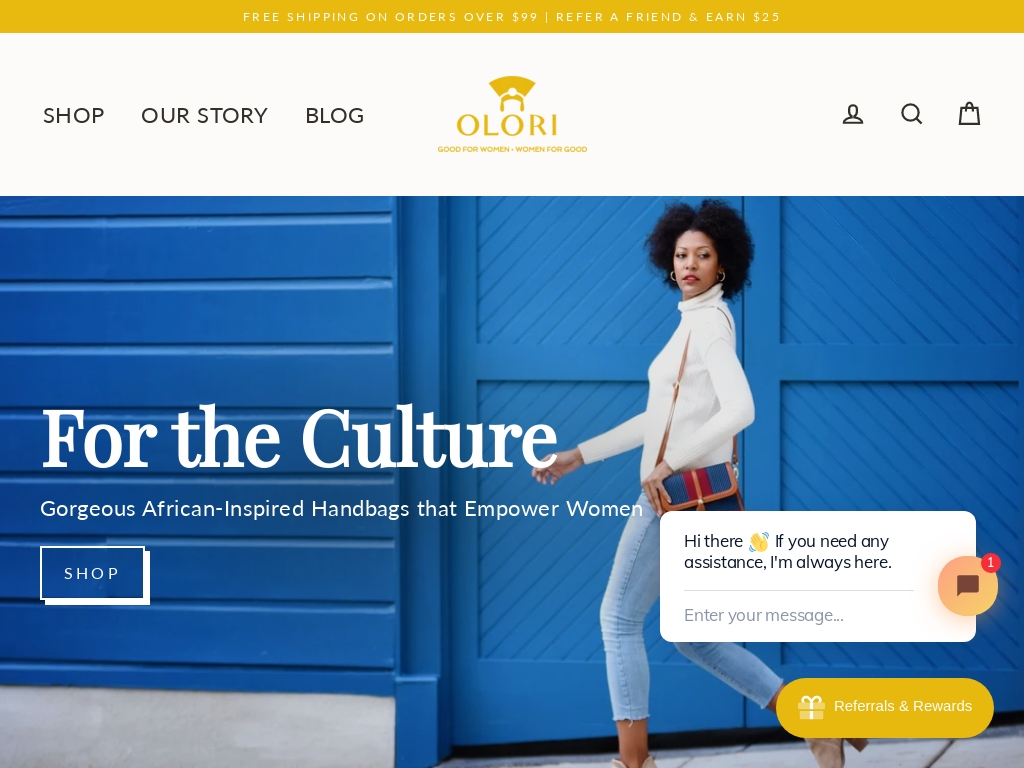
Olori founder Tomide Awe shares how she turned her love for African textiles into a profitable e-commerce business, with a Kickstarter campaign that raised over 112% of their goal, over 2,000 units sold, and a profitable revenue of $180k/year.
493. SKNMUSE ($180K/year)
Ezinne Iroanya-Adeoye, the founder of SKNMUSE, came up with the idea for her beauty brand after experiencing the inconvenience of traveling with products that didn't meet her needs as a black woman. With a background in the beauty industry, she recognized the lack of representation and decided to create a brand that authentically catered to black women. Since launching with a pop-up event, the brand has seen significant growth, achieving a 169% increase in revenue and on track to hit its first 6 figure year.
How much money it makes: $180K/year
How much did it cost to start: $1K
How many people on the team: 3
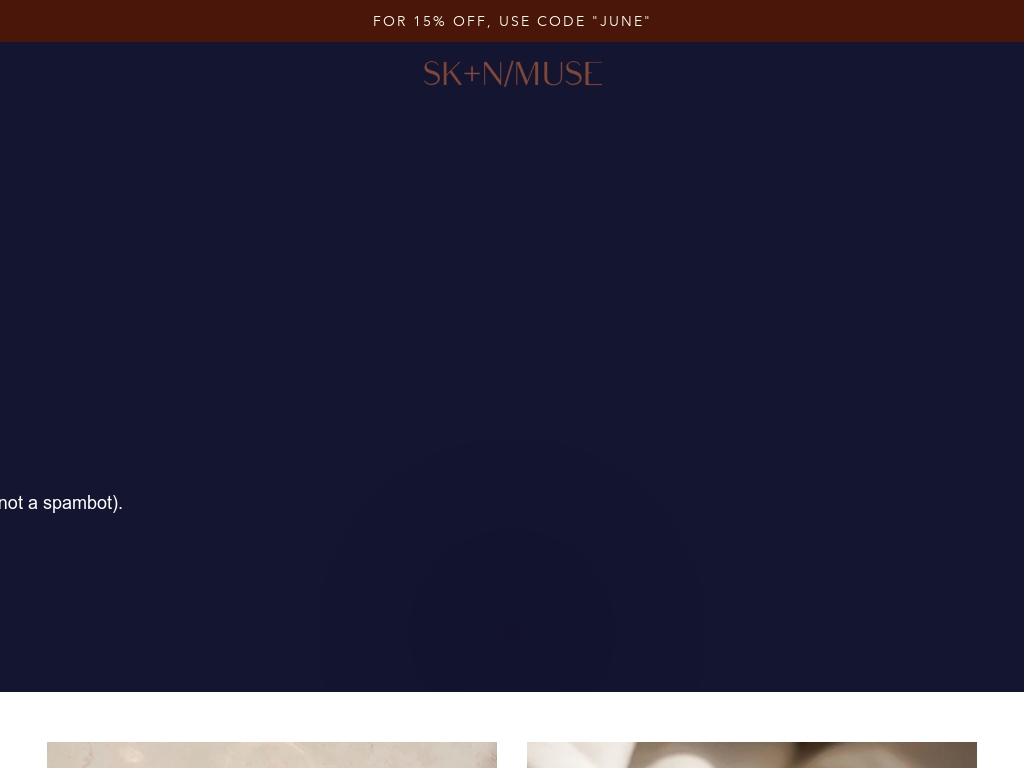
SKNMUSE, a premium beauty brand dedicated to elevating the beauty experience for Black Women, has a 40% customer retention rate, achieved a 169% increase in revenue, and made $30,000 in Q1 alone.
494. Cogneve, INC. ($180K/year)
Alexandru Stan, a serial entrepreneur and tech investor, came up with the idea for Tekpon.com after realizing that many people buy software but never use it, creating a $30 billion/year problem in the US. With his experience in the industry and previous successful exits, he saw an opportunity to help people and companies choose the right software for their business. Since its launch, Tekpon.com has attracted thousands of customers and is working towards becoming one of the main marketplaces for software.
How much money it makes: $180K/year
How much did it cost to start: $425K
How many people on the team: 8
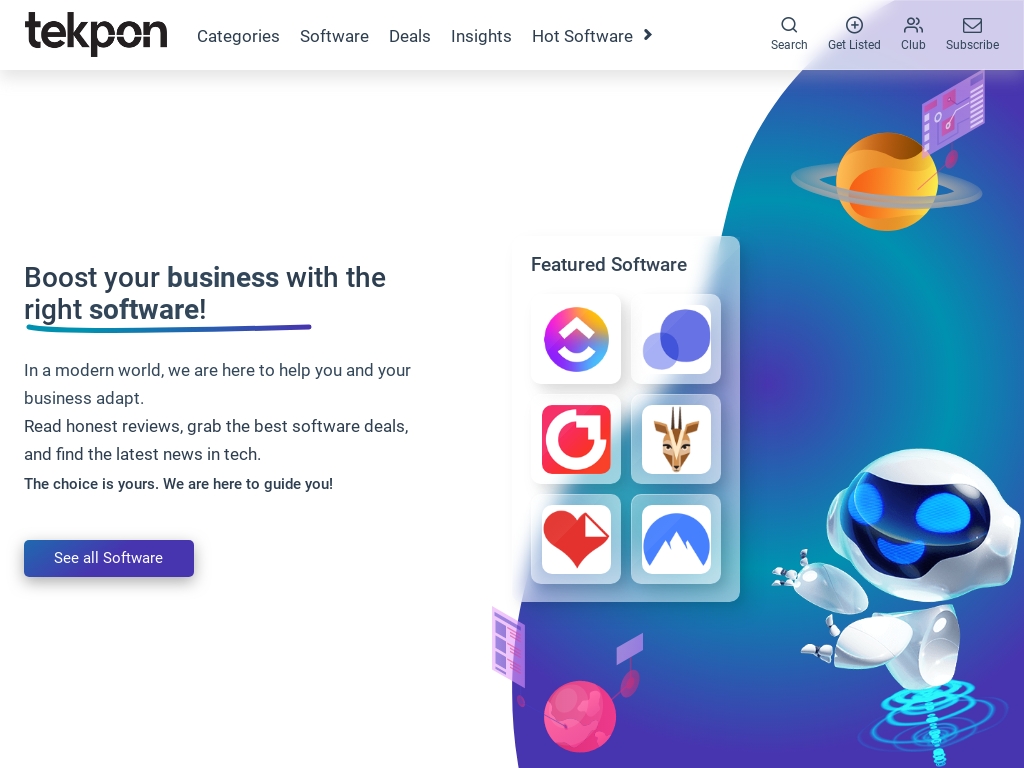
Tekpon, a software marketplace launched by Alexandru Stan, is helping individuals and companies combat a yearly $30bn issue of buying and never using software, generating $4,000/month, and has secured investment from private angels and two VCs with hopes of becoming a unicorn within the next three years, all while holding one of the largest Facebook groups for founders: Entrepreneurs and Startups, with over 65,000+ active members in the last 60 days.
495. Dermabeam ($180K/year)
Takashi Yanagi, the founder of Dermabeam, came up with the idea after struggling with severe acne and eczema for years. Through his own healing journey and exploration of light therapy, he discovered the benefits and decided to create comfortable and user-friendly light therapy masks and panels. Since launching in September 2021, the company has generated $125,000 in sales and aims to become the largest light therapy company in the world.
How much money it makes: $180K/year
How much did it cost to start: $50K
How many people on the team: 1

Dermabeam's founder Takashi Yanagi went from being suicidal in 2019 to launching his light therapy mask business in 2021 to tackle the $100B skincare industry, achieving $35K in sales in the first year and $90K in the first half of 2022, and aiming to become the largest light therapy company in the world.
496. Meraki Design House ($180K/year)
Eman noticed that her intricately handmade shoes often sparked curiosity and questions about their Indian-inspired look. The appreciation for the handmade shoe’s uniqueness and their ability to take on the wearer’s footprint, and her instinct that many others would also value these qualities , led her to start Meraki.
How much money it makes: $180K/year
How much did it cost to start: $5K
How many people on the team: 0
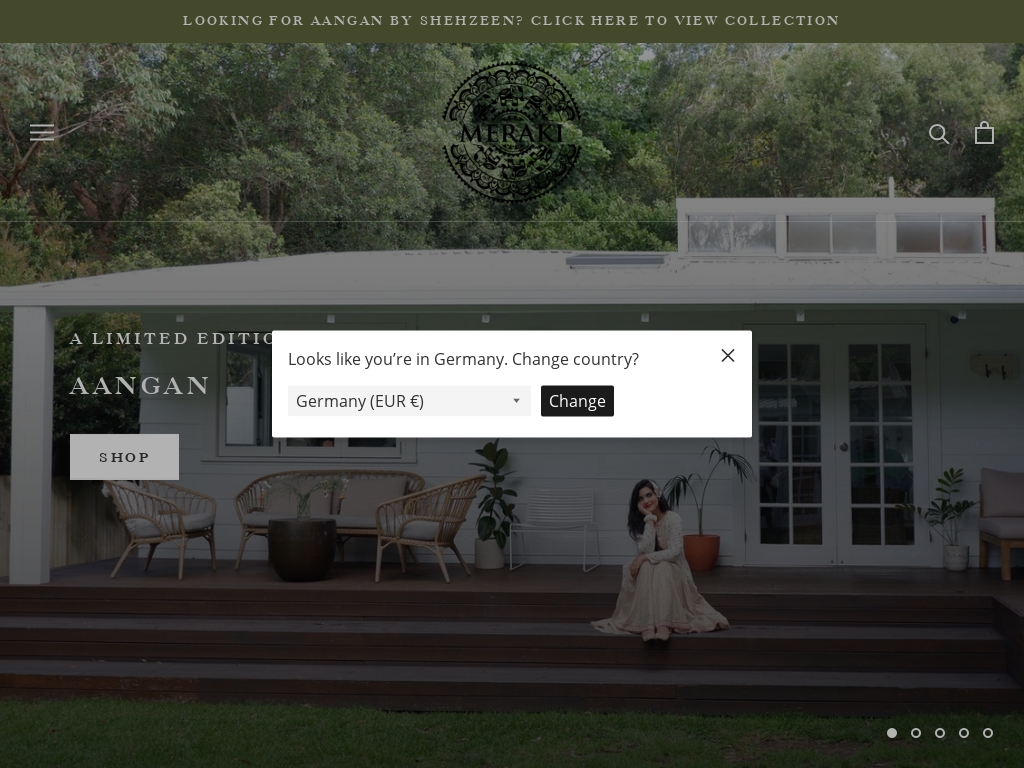
Meraki Design House founder Eman Bachani shares how she started a $15k/month Asian-inspired handcrafted footwear e-commerce company, with a focus on working with South Asian artisans and tapping into new markets during COVID through collaborations and influencer marketing.
497. The Green Collective ($180K/year)
Emma, the founder of The Green Collective, came up with the idea for her business after becoming a mother and becoming more aware of the need for sustainable products. She wanted to create eco-friendly products that were also fun and colorful, challenging the idea that eco-friendly products had to be beige or brown. After extensive research and product testing, Emma and her friend developed their first product, Goodie Bags, which became a hit and led to the expansion of their product line. The business has grown to have over 115 stockists and generates an average monthly sales of approximately $15,000.
How much money it makes: $180K/year
How much did it cost to start: $1K
How many people on the team: 1
The Green Collective, a New Zealand-based eco-friendly product company, started with reusable Goodie Bags in 2014 and has grown to six complementary product lines, with turnover fluctuating up to $15,000 per month, selling to over 115 stockists and an e-commerce website, while maintaining its focus on sustainability and craftsmanship.
498. Spuds ($180K/year)
Paul Dickey, the founder of Spuds, came up with the idea for his men's performance apparel company after realizing the lack of versatile clothing options for men that combine both style and performance. Fed up with having to choose between workout gear and everyday clothing, Dickey set out to create performance apparel that could be worn anywhere. Through extensive research, meetings with manufacturers, and the help of a mentor, Dickey developed his first product, The Classic Short, which focuses on fit, color, and a unique double-sided fabric.
How much money it makes: $180K/year
How many people on the team: 0

Spuds, a men's performance apparel company founded by Paul Dickey, successfully raised funds on Kickstarter in 2017 to create their unique Classic Short range, made with a fabric that combines style and comfort but is also packed with technology and high-performance features, and hopes to fill the gap in the market for men's activewear that looks good but also performs well.
499. Coffee Pixels ($180K/year)
Raivis Vaitkus, along with his two cousins, came up with the idea for Coffee Pixels while running a coffee shop in Riga, Latvia. They wanted to create a sustainable and healthy edible coffee product, and after discovering the concept of combining roasted coffee with cocoa butter, they began experimenting and refining their recipe. With their coffee industry connections, they were able to find early sales partners, and through customer feedback and adjustments to their product and packaging, they were able to attract and retain customers. Despite initial financial struggles, they eventually received funding and were able to launch their webshop, upgrade their equipment, and expand their sales to retail chains and gas stations.
How much money it makes: $180K/year
How many people on the team: 5

Coffee Pixels is a sustainable, wasteless coffee bar made from whole coffee cherry that is rich in antioxidants, high in fiber, uses fewer resources, and includes a smart dose of caffeine, selling about 15K units per month across Northern Europe with an eye towards Ireland and the US.
500. Anuprerna ($180K/year)
Amit Singha, the founder of Anuprerna, was inspired by the artisan community in his small village in West Bengal, India. With a background in finance and strategy, Amit decided to spearhead Anuprerna in 2019, creating a sustainable and eco-friendly global brand that uplifts India's indigenous textiles. Through collaborations with designers and a focus on wholesale business, Anuprerna has attracted and retained customers through direct relationships, social media, email marketing, and personalized face-to-face meetings.
How much money it makes: $180K/year
How much did it cost to start: $5K
How many people on the team: 15
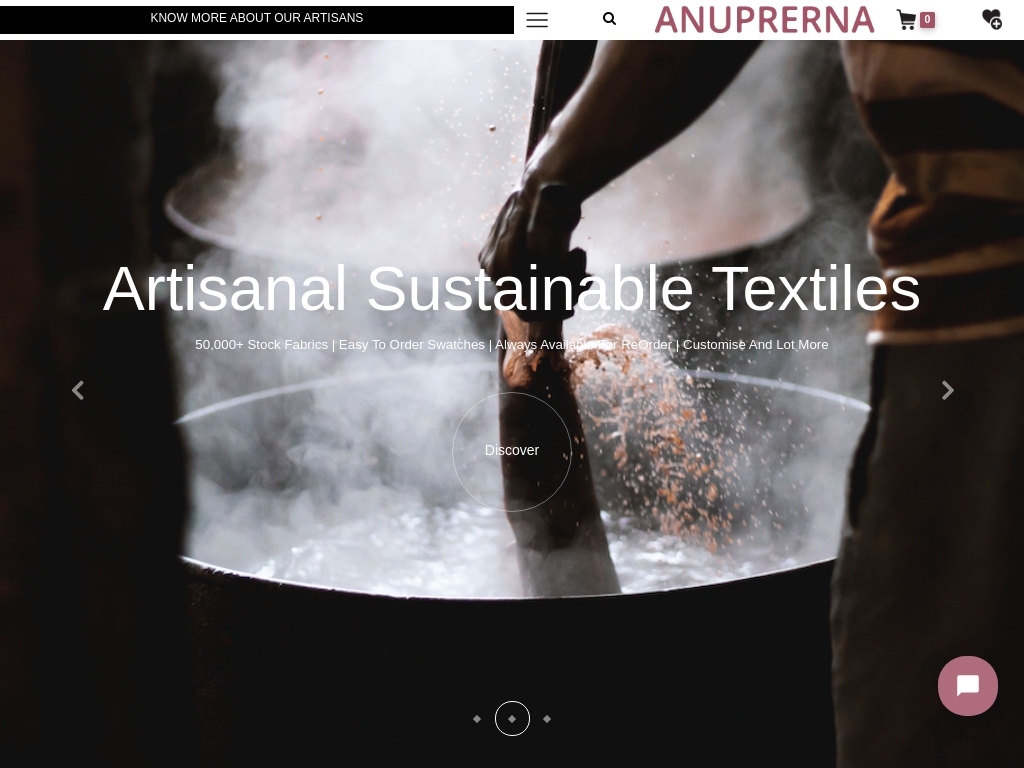
Anuprerna is an artisanal sustainable textile brand selling exclusive textiles, scarves, garments, and natural fabrics across the B2B segment, gradually reaching overseas and B2C clients through their online platform, social media presence, and other third-party platforms.
501. AlmondClear ($180K/year)
Leslie had been suffering from red bumps on her body for 20 years. She visited several dermatologists but the problem persisted. One day, she decided to visit an aesthetician who recommended mandelic acid. Within three weeks of using it, her problem was gone, bringing her immense relief. This experience motivated her to start her own business so that she could share her discovery with others.
How much money it makes: $180K/year
How much did it cost to start: $500
How many people on the team: 0
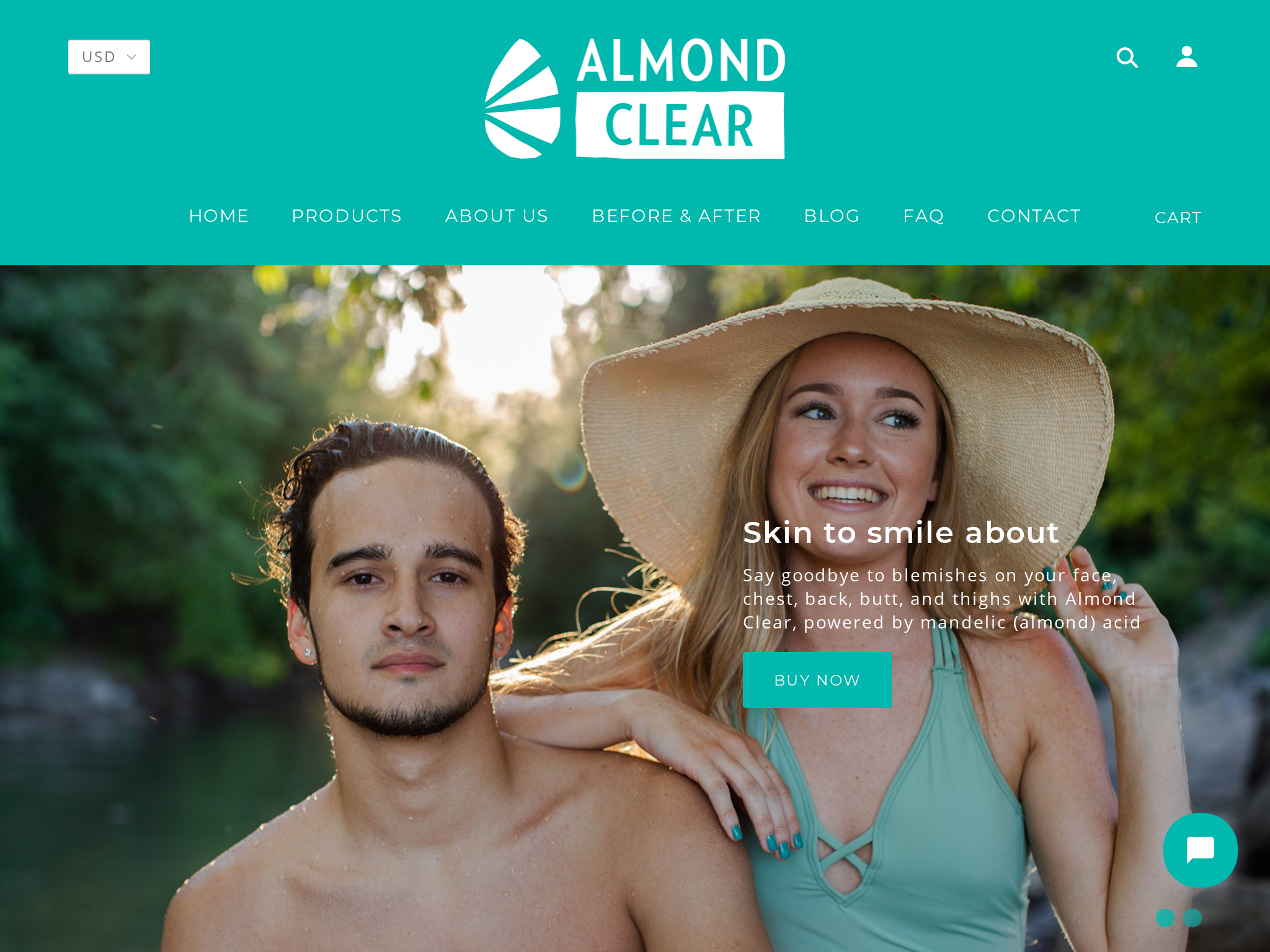
Almond Clear, a line of skincare products formulated with mandelic acid, saw a revenue increase of about 20% each month for the first nine months after launching on Amazon in December 2017, finishing the first year of sales averaging around $15,000 per month in revenue.
502. Peaceful Fruits ($180K/year)
After serving in the U.S. Peace Corps and realizing he wanted to start a sustainable business, Evan Delahanty decided to launch Peaceful Fruits. He identified a lack in premium fruit snacks, focused on creating a product with a strong backstory, and started prototyping and manufacturing the snacks using a small dehydrator and commercial kitchens. Through digital sales and a successful Kickstarter campaign, Peaceful Fruits experienced steady growth, culminating in an appearance on Shark Tank.
How much money it makes: $180K/year
How many people on the team: 4
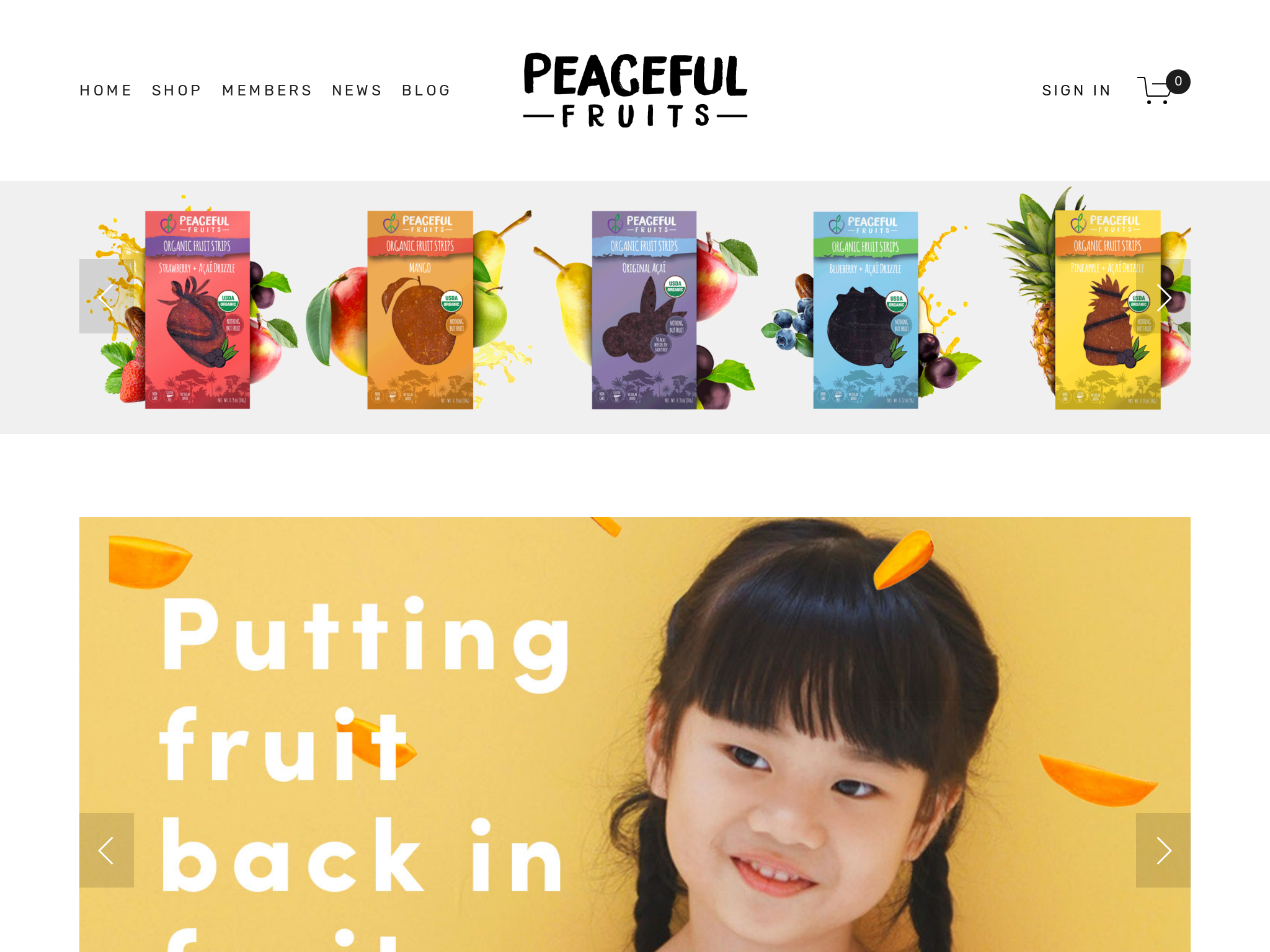
Peaceful Fruits, an award-winning for-profit social enterprise, sells organic, clean label, natural fruit snacks and has gone from $8,000 in sales in 2015 to $150,000 in 2017, employing 30 people with disabilities in their production facility and is an excellent example of a successful, mission-based business.
503. Dropcloth Samplers ($180K/year)
Rebecca taught embroidery and introductory textiles classes in Chicago when she started making samplers. Fabric shops started reaching out to inquire about purchasing the designs to sell and she realized the business potential.
How much money it makes: $180K/year
How many people on the team: 0

Rebecca Ringquist turned a side project of hand-drawn embroidery samplers into a full-time job, grossing over $15K a month with her business Dropcloth Samplers, which she launched accidentally after selling a few samplers at an end of session craft sale that prominent bloggers bought and posted about.
504. LogoClothz ($180K/year)
Paul Bucklin and his business partner, Ryan Cunningham, started Logoclothz to simplify the buying process of promotional printed items and provide great customer service. With their expertise in search engine optimization and the promotional products industry, they launched their website in December 2018 and quickly received their first online order. They now generate $15K in monthly revenue and continue to attract and retain customers through consistent effort, social media engagement, YouTube education videos, and public relations.
How much money it makes: $180K/year
How many people on the team: 2

Logoclothz is a profitable startup that simplifies the process of buying promotional products, specializing in custom tablecloths, with an average revenue of $15K per month and a 40% growth rate per month within only 9 months of operation.
505. Hoosierboy Restorations LLC ($180K/year)
In 2013, after working in education and information technologies for 25 years, the founder decided to cash out his 401K savings to start Hoosierboy Restorations, a company specializing in restoring antiques and antique toys. Inspired by a TV show about restoration, he blindly jumped into the business with a small garage and quickly outgrew the space, expanding to a 2200 sq.ft. facility. Today, 7 years later, the business has restored over 700 projects and attracts customers through regular website updates, Google My Business and Maps, monthly email blasts, open communication channels, project management software, and active social media presence. Despite the recent health crisis, the long-term future looks bright, especially with a target market of baby boomers with high disposable income. Along the journey, the founder learned the importance of communication, organization, and financial bookkeeping for business success.
How much money it makes: $180K/year
How many people on the team: 4

How a former educator built a successful antique restoration business from scratch, growing from a 2-car garage to a 2200 sq. ft. space over seven years, thanks to communication skills, dedication to organization, regular website updates, and utilization of Google My Business and Maps.
506. CandyCan ($180K/year)
Krik, the co-founder and CEO of Protes Protein Snacks, came up with the idea for his business when he was in college and realized there was a lack of satisfying protein snacks like chips on the market. After leaving his corporate finance job and spending months perfecting the recipe, Protes Protein Snacks became the world's first protein chip and now has its products in over 10,000 retail stores nationwide.
How much money it makes: $180K/year
How much did it cost to start: $100K
How many people on the team: 2

An entrepreneur started a protein snacks company which launched six years ago and now has its products in over 10,000 retailers nationwide, through getting rid of their early mistakes, and looking to e-commerce for future growth.
507. Mapply ($180K/year)
Scott Wood, co-founder of Mapply, came up with the idea for his map print business after seeing the success of a similar brand called Mapiful. With a background in digital marketing and a love for travel and art, Scott saw an opportunity to create personalized and colorful map prints. By starting with offline validation and gradually expanding his product offerings, Scott has grown Mapply from a few hundred pounds in sales to over £30k ($40k) in prints per month, with plans to expand further in the future.
How much money it makes: $180K/year
How much did it cost to start: $200
How many people on the team: 0

UK-based co-founder grows map print company Mapply from a few hundred pounds a month in sales to over £30k ($40k~) in prints per month, without much marketing, and expands to brick-and-mortar stores while focusing on continuous product expansion.
508. Bad Ass Work Gear ($180K/year)
Paul Chittenden, the founder of Bad Ass Work Gear, came up with the idea for his business while working in the oil and gas industry. He realized that there was a need for tough, heavy-duty bags that could withstand the harsh conditions of the job. After experiencing the lack of durability in traditional bags, he decided to create his own line of work gear that would last longer than competitors' products. With initial growth driven by word of mouth, Bad Ass Work Gear has become a go-to brand for blue-collar workers in various industries.
How much money it makes: $180K/year
How many people on the team: 1

A former oil rig worker founded Bad Ass Work Gear to create heavy duty work gear that can withstand the harsh environments of the oil and gas industry, diversifying into firefighter gear as well, with 2018 and 2019 averaging about $15,000 per month in revenue.
509. ScrubzBody Skin Care Products ($175K/year)
Roberta Perry came up with the idea for ScrubzBody Skin Care Products after experiencing dry and peeling skin. Unable to find the perfect exfoliating scrub on the market, she decided to create her own. With the support of her sister, Roberta turned her homemade scrub into a successful business, growing from her kitchen to a 1427 sq. ft. space. Through her journey, Roberta learned the importance of customer service and the value of treating customers like royalty. Today, ScrubzBody continues to thrive, with a growing online presence and a focus on retail.
How much money it makes: $175K/year
How many people on the team: 2

ScrubsBody Skin Care uses customer service and specialty parties to grow slowly and steadily from Kitchen to being offered in 28 Whole Food Markets, and after being the finale episode on Sell it Like Serhant they experienced rapid growth both in store and online.
510. FriendsWith limited ($174K/year)
Paige and Dan came up with the idea for FriendsWith during the first lockdown in New Zealand. With more time on their hands, they evaluated what they wanted for their future and saw the opportunity in the growing market of social commerce. They combined their skills and created a social commerce platform that incorporates social media, commerce, and an affiliate rewards program, attracting users to shop and share content for premium fashion and lifestyle brands. They have seen a 300% increase in app users and estimate to bring in $200,000 in revenue for the next financial year.
How much money it makes: $174K/year
How much did it cost to start: $42.5K
How many people on the team: 2
FriendsWith, a social commerce platform with a built-in affiliate rewards program for premium fashion and lifestyle brands, saw a 300% increase in app users since launching in August 2020 and estimates bringing in $200,000 in revenue for the next financial year, with a focus on attracting shopping enthusiasts to become "influencers" to start a side hustle with no overhead costs.
511. Laceez, Inc. ($168K/year)
Jason Flores and his wife Sarah came up with the idea for The Laceez Company when their daughter struggled with tying shoes due to fine motor skills. They created no tie shoelaces as a solution and launched the business in 2015. With $14,000 in savings, they have generated over $1,000,000 in sales and secured partnerships with retailers such as Nordstrom and Staples.
How much money it makes: $168K/year
How many people on the team: 2

No-tie shoelace company, The Laceez Company, generated over $1,000,000 in sales since launching in 2015, is available at Nordstrom, Staples, and Target, and plans to expand its distribution into more US and international chain stores in 2021 while increasing its direct-to-consumer presence.
512. Serena Hannah Athletics ($168K/year)
After discovering her passion for fitness and experiencing the challenges of being a Black athlete, Serena Jenkins-Hannah decided to create a fitness brand that empowers women to shape and tone their hourglass figure. She started by selling her #1 selling item, the Hannah Booty Band System, on Amazon, where she made over $100,000 in sales within a year and a half. However, she faced challenges with Amazon's platform and decided to branch out to Shopify to gain more control over her business.
How much money it makes: $168K/year
How much did it cost to start: $2.5K
How many people on the team: 0

Serena Jenkins-Hannah created a fitness brand, Serena Hannah Athletics, that has generated over $100,000 in sales over a year and a half, with $70,000 of those sales coming during COVID-19, through selling their #1 item, the Hannah Booty Band System, on Amazon, and has now expanded to Shopify to add cash flow.
513. Full Belly Fare ($168K/year)
Lyla, the founder of Full Belly Fare, came up with her business idea after realizing the need for accessible and customizable meals for people with specialized dietary requirements. With a background in catering and human services, she combined her passion for food with her desire to help those in need. Through a crowdfunding campaign and the support of her first customers, Full Belly Fare quickly grew, doubling its customer base within the first two years. Lyla's key lessons were the importance of labor requirements and finding the right target customers who align with the business's offerings.
How much money it makes: $168K/year
How many people on the team: 3

Full Belly Fare, Handcrafted Dinners Delivered, started in 2014 and originally offered deliveries to an average of 10 households per week but now sees 35-50 households, demonstrating how personalized and responsive customer service along with high-quality and affordable food has propelled founder, Lyla, to success.
514. Coco & Bubbles ($168K/year)
Elise quit her job to start a scented candle business. She found a suitable business name, Coco & Bubbles, and bought the abandoned business for $3000. One day after relaunching, she received over $2000 worth of wholesale orders, giving her a huge confidence boost.
How much money it makes: $168K/year
How much did it cost to start: $5K
How many people on the team: 0

How one founder bought an existing candle business for $3,000 and grew it to making $14k per month by focusing on wholesale opportunities and direct relationships with manufacturers for cost-efficient sourcing.
515. Grown Eyewear ($168K/year)
Jeff Phillips, the founder of GROWN® Eyewear, came up with the idea for his business while watching a documentary about an eye doctor named Fred Hollows. Inspired by Hollows' selfless work providing eye treatments to those in need, Phillips decided to create a company that would "do only good." He chose to design and sell sustainable wood and bamboo sunglasses, using profits to fund eye surgeries and help orphaned animals.
How much money it makes: $168K/year
How many people on the team: 4

GROWN® Eyewear is Australia's first sustainable wood and bamboo sunglasses company that fully funds sight-restoring eye surgery or diagnostic exams for children or supports orphaned or injured animals in the country; the average monthly revenue is $25,000.
516. The Nut Button ($162K/year)
Davis and James came up with the idea for The Nut Button while in a meme group chat during college. They noticed the popularity of the "NUT" meme and realized that there was no real-life nut button available for purchase. They decided to take a risk and manufacture the product, relying on its inherent viral nature for marketing. Now, they're operating at a 65% profit margin and are on pace to do over $200,000 in sales in 2019.
How much money it makes: $162K/year
How many people on the team: 0

Two college students turned a viral meme into a successful business, with over $200,000 in sales and a 65% profit margin largely due to the product's viral nature, passively selling 75% through Amazon FBA.
517. Saint Belford ($162K/year)
Tom and Alex, the co-founders of Saint Belford, came up with the idea for their planning diary business after experiencing burnout and struggling to find a planner that prioritized self-care. They saw an opportunity to create a unique planner that incorporated lifestyle tools and focused on wellness. In their first year, they achieved a revenue of 43k, and in their second year, they nearly quadrupled that amount, earning 160k in less than six months.
How much money it makes: $162K/year
How much did it cost to start: $10K
How many people on the team: 0

Saint Belford's Co-Founders share their journey of creating and launching a self-care and personal growth diary which made AU$160k in less than six months, with lessons on attracting and retaining customers.
518. Modern Workspace ($161K/year)
Wes O'Donnell, a professor, veteran, and business coach, came up with the idea for his successful e-commerce business, Modern Workspace, after realizing he could run a better business than his boss. Leveraging his healthcare background and connections, he started by selling full-sized medical carts and later transitioned to compact computer desks and bulletproof backpacks. With a total startup cost of only $800, O'Donnell built his online store from scratch, learning SEO and utilizing platforms like Shopify, Instagram, Facebook, and Google Adwords to attract customers.
How much money it makes: $161K/year
How many people on the team: 3
How a military veteran turned business coach started and grew multiple profitable eCommerce businesses, including Modern Workspace and Best Michigan, leveraging his healthcare background, network, and storytelling skills, and using a variety of marketing strategies including Instagram, Facebook, Google Adwords, influencers, and SEO, to achieve passive income and pursue his passion for speaking and coaching other entrepreneurs.
519. Flaming Licks ($156K/year)
James and Erika came up with the idea for Flaming Licks when James made his own piri-piri sauce as a Christmas gift in 2014. After receiving positive feedback, they launched Sidekick sauces and opened a chili shop in Dorset. They later acquired the hot sauce subscription box, Lick My Dip, and decided to focus their strategy on the subscription business. They now have around 500 active members and plan to grow to 1000 members by the end of next year.
How much money it makes: $156K/year
How many people on the team: 3

Flaming Licks is a hot sauce subscription club and chili shop based in the UK, finishing 2019 with around 500 active members and planning to grow to 1000 members by the end of this year, with sales at around $13k/month split 2/3 subscription and 1/3 retail, mostly sourced from social media traffic using Cratejoy checkout.
520. Blacker Yarns ($156K/year)
Sue Blacker, the Managing Director of Blacker Sheep Limited, came up with the idea for her business after being a customer of the Natural Fibre Company spinning service. With a background in business and finance, Sue saw an opportunity to own and manage the spinning service and purchased the business, conducting extensive research and business planning before successfully convincing a bank to support them. Since then, Blacker Yarns has grown into an international business, selling their yarns mainly through their online shop and selected stockists across the world.
How much money it makes: $156K/year
How many people on the team: 16

Blacker Sheep Limited is an international yarn business that sells Blacker Yarns through their online shop and selected stockists across the world, with over half of their sales to countries outside the UK and half of those into the USA.
521. Modamily ($156K/year)
Ivan Fatovic, founder of Modamily, came up with the idea for his business after a conversation with friends about the frustrations of finding a long-term partner to start a family with. Inspired by the concept of co-parenting, he set out to create a platform that acted like a mainstream dating app for individuals ready to start a family. With $100,000 in startup capital and a web development team in place, Ivan launched Modamily, which now brings in around $13,000 per month.
How much money it makes: $156K/year
How much did it cost to start: $25K
How many people on the team: 3

Modamily, a platform connecting people who are ready to start a family and educating them on all the ways they can create one, has brought in around $13K/month and has been featured in media all over the world, with subscriptions ranging from $30/mo to $10K.
522. the DIFFERENCE ($150K/year)
Oliver Songolo, co-founder and CEO of DIFFERENCE, was inspired to create the first heelless running shoe brand after his father's research on the damaging effects of heel strikes. After years of planning and overcoming obstacles, including finding a manufacturer in China and obtaining a patent, DIFFERENCE launched in 2017. Despite initial marketing challenges, the company has found success through trade shows, speaking engagements, and an effective social media strategy, with average monthly revenue now reaching $12,500.
How much money it makes: $150K/year
How much did it cost to start: $200K
How many people on the team: 6

The DIFFERENCE co-founder developed a patented heelless running shoe that eliminates heelstrikes, grossing an average of $12,500 per month within the last two months, primarily targeting runners and the medical community.
523. Thor Fitness Europe ($144K/year)
Joel St John, the founder of Thor Fitness, came up with the idea for his CrossFit and lifestyle brand while on his honeymoon. With his background in design and music production, he saw an opportunity to create head-turning products for the CrossFit community. Through validation from friends and social media, he realized he could turn his idea into a reality and started building the brand.
How much money it makes: $144K/year
How many people on the team: 1

Joel St John founded the sustainability-conscious Crossfit and lifestyle brand Thor Fitness, which has become an established household brand within the Crossfit community, with a steady flow of orders coming in from around the world, all while remaining a successful side hustle with monthly revenues of over $12k.
524. Rescue Chocolate ($144K/year)
Sarah Gross Feoli, the founder of Rescue Chocolate, came up with the idea to combine her love for animal welfare and chocolate after adopting a homeless pit bull. In the second month of its existence, Rescue Chocolate started turning a profit, and now, eight years later, it has partnered with hundreds of rescue groups and continues to donate all profits to animal rescue organizations.
How much money it makes: $144K/year
How many people on the team: 0
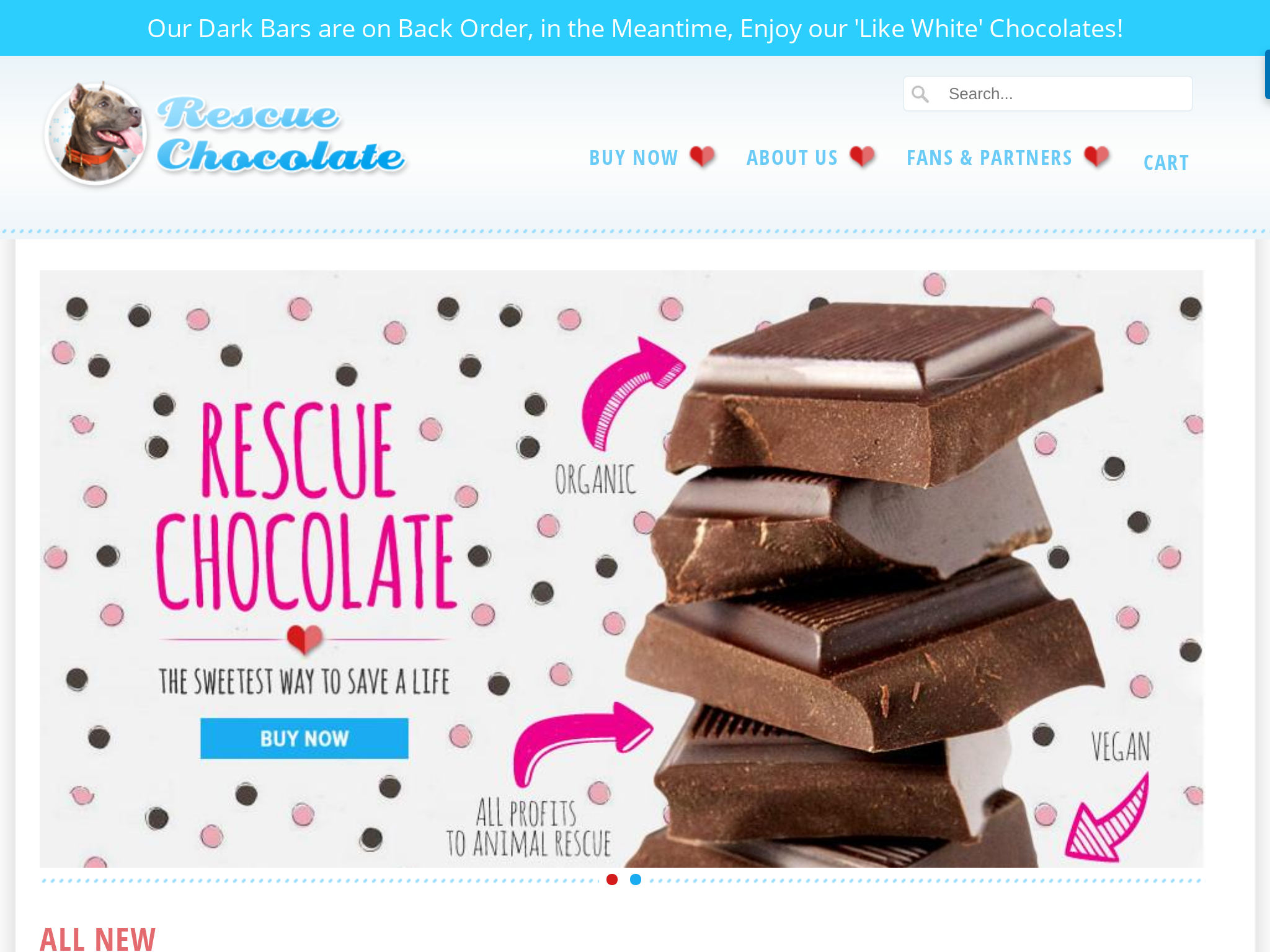
Rescue Chocolate is an NYC-based vegan, organic and fair-traded chocolate company that donates profits to animal rescue organizations and has partnered with hundreds of fundraising groups in 8 years.
525. KÜiK Meal ($144K/year)
Enric Miquel, the founder of KÜiK Meal, came up with the idea for his business after his brother introduced him to a complete powdered food called Soylent during his stay in Silicon Valley. Realizing the lack of such products in Spain, Enric saw an opportunity to use his company's technology to develop a complete and balanced meal replacement. Since its launch, KÜiK Meal has served 14,000 meals across Spain, France, and Portugal, and has gained world champion runner Ragna Debats as an ambassador.
How much money it makes: $144K/year
How much did it cost to start: $15K
How many people on the team: 6

KUIK Meal, the sweet and savory complete food powder company, crowdfunded €5,000 in 5 weeks to secure production of the first 400 units and has since served 14,000 meals across Spain, France, and Portugal with a 36% growth in revenue from the last 6 months of 2018 to the first 6 months of 2019.
526. The Bali Market ($144K/year)
Grace, the founder of The Bali Market, had 15+ years of experience in retail and a degree in Retail from the University of Wisconsin - Stout. While searching for a product to sell, she turned to something she personally used and loved - Turkish towels. After finding the right manufacturer and realizing the potential of her product, she made the urgent decision to pivot off Amazon and build her own brand on Shopify. This move paid off, as The Bali Market quickly connected with its target market and broke the 6-figure mark after less than 2 years in business.
How much money it makes: $144K/year
How many people on the team: 0

Grace shares how she pivoted her Turkish beach and bath towel business, The Bali Market, off Amazon, growing it to 6-figures in sales after less than 2 years in business through building a strong brand with cohesive messaging, a focus on email marketing, and investing in quality branding and photography.
527. Bestowe Gifting ($144K/year)
While attending an event, Catherine started to realize the importance of having a side hustle, and that realization fueled her passion. She reached to family and friends for mental and emotional support towards starting her business.
How much money it makes: $144K/year
How much did it cost to start: $20K
How many people on the team: 0

Bestowe Gifting quadrupled their sales during the pandemic by shifting to online sales and offering unique, locally sourced gifts, resulting in a successful eCommerce side hustle that allowed the founder to pay themselves and expand their custom business.
528. Deivee ($132K/year)
Darshan M, the founder of Deivee, came up with the idea for his organic sustainable yoga lifestyle brand after realizing that Indian women were uncomfortable with the existing sportswear options in the market. Teaming up with Indian star Milind Soman, they created yoga-inspired clothing, mats, and accessories that catered to the specific needs and sensibilities of Indian women. Despite being a relatively small startup, Deivee achieved impressive revenue growth, scaling from 500,000 INR ($7K) in their first year to 120M INR ($1.6M) in their third year.
How much money it makes: $132K/year
How much did it cost to start: $100K
How many people on the team: 0

Deivee, the organic sustainable yoga lifestyle brand, grew from making just $7K in their first year to $1.6M in their third year through their flagship products, including a Yoga Kurti, copper water bottles, and organic biodegradable yoga mats, while remaining a low-funded start-up, using micro-influencer marketing and customer feedback to improve their product.
529. The Populess Company ($132K/year)
Brad Gadd came up with the idea for The Populess Co. during a high school project with friends who wanted to deliver their art and philosophy through apparel. The concept behind the name "Populess" was a spin-off of the word "Popular," emphasizing the importance of being authentic and true to oneself. Brad learned everything as he went, from running a small business to doing leather work, and his passion for working with leather eventually became the main focus of his business. The company has been growing at a sustainable rate of 25% in revenue each year and recently launched its first flagship store.
How much money it makes: $132K/year
How many people on the team: 0

The Populess Co. is a small, organically growing handmade leather goods and apparel company that has been increasing revenue by about 25% year after year, recently launching their first flagship store and aiming to focus on growing their online presence and wholesale partnerships across Canada while offering leather manufacturing for other companies.
530. Parkdale Brass ($120K/year)
Shawn Santiago, the founder of Parkdale Brass, came up with the idea for his business while working as a web developer for a digital agency that created cannabis websites. He noticed that most existing cannabis products had similar designs and were made from materials that often arrived broken. This inspired him to create his own brand, focusing on classic, luxury, and durable designs using brass. Since its launch in 2019, Parkdale Brass has gained recognition from prominent publications like Forbes and Weedmaps and has seen an average of 10k in monthly sales.
How much money it makes: $120K/year
How much did it cost to start: $1K
How many people on the team: 1
Parkdale Brass specializes in mindful cannabis use and their high-end, vintage-inspired brass pipe, The Brockton Mk2, has been featured in Forbes and Weedmaps, with the company now seeing approximately $10k in monthly sales and focusing on expanding their product line and B2B sales.
531. Snappy Socks by Shoespender ($120K/year)
After losing an UGG boot and numerous socks to the notorious "laundry monster," professional clown-turned-mom Danielle Ferrantello invented Shoespender and Snappy Socks—products designed to keep kids' shoes and socks from going missing. Now tackling 3,000 parties a year with her entertainment business, she aims to ease the lives of thousands of parents.
How much money it makes: $120K/year
How much did it cost to start: $10K
How many people on the team: 3

Snappy Socks and Shoespender founder, Danielle Ferrantello, created patented baby products to solve the problem of lost socks and shoes, with 80% of sales from online sources and a 52% gross margin.
532. Mazing ($120K/year)
Marco, the founder of MazingXR, came up with the idea for his business after attending a startup event and reconnecting with a talented software developer named Stefan. They saw the potential for augmented reality and spent two months researching and developing their product before launching. They focused on sales and meeting potential customers in person to attract and retain them.
How much money it makes: $120K/year
How much did it cost to start: $100
How many people on the team: 3
MazingXR is an augmented reality solution for e-commerce that generates $120k/year, and has grown from an MVP to a team of 9 people, with a focus on organic growth, personal customer connections, and continuing to develop the innovative potential of AR and NFTs.
533. Understanding eCommerce ($120K/year)
Mike Doherty, the founder of Understanding eCommerce, came up with the idea for his business after experiencing frustration with limited options and unreliable hosting services while building eCommerce sites for friends. He discovered the flexibility of WordPress, became an expert in WordPress-related issues, and realized the need for a reliable hosting service that specifically supports WordPress. Through his expertise and commitment to customer service, Understanding eCommerce has grown into a trusted provider for various digital marketing services.
How much money it makes: $120K/year
How much did it cost to start: $15K
How many people on the team: 3
Understanding eCommerce is a business that offers worry-free hosting for WordPress sites, including maintenance, performance, and security, to help innovative companies build their brand awareness, grow their online reach, and convert visitors into customers.
534. VideoPlasty ($120K/year)
Eduard Stinga, the founder of VideoPlasty, came up with the idea for his business after realizing that many people wanted to make animations but couldn't afford the services of his explainer animation studio. He decided to create a platform where people could buy pre-made stock animation elements and GIF images that were affordable and easy to use. Since launching, VideoPlasty has had over 600,000 visitors and achieved a revenue milestone of over $100k in 2020.
How much money it makes: $120K/year
How much did it cost to start: $50K
How many people on the team: 5

VideoPlasty, an affordable and easy-to-use platform for buying pre-made stock animation elements and GIF images, has attracted over 600,000 visitors since its launch, with over $100k in revenue in 2020 alone, thanks to free organic traffic from YouTube tutorials and optimized SEO.
535. Aromaology ($120K/year)
Daisy Kimbro, the founder of Aromaology, had a vision to create natural bath, body, and home fragrance products that were sustainable and effective. Starting with a soy candle, she quickly gained popularity and expanded her product line to include body butters, oils, and more. Through word-of-mouth and guerrilla marketing techniques, Daisy was able to attract customers and even gained exposure through features in media publications. Aromaology experienced exponential growth in 2020, and Daisy has plans to expand distribution channels and build partnerships in the future.
How much money it makes: $120K/year
How much did it cost to start: $1K
How many people on the team: 1
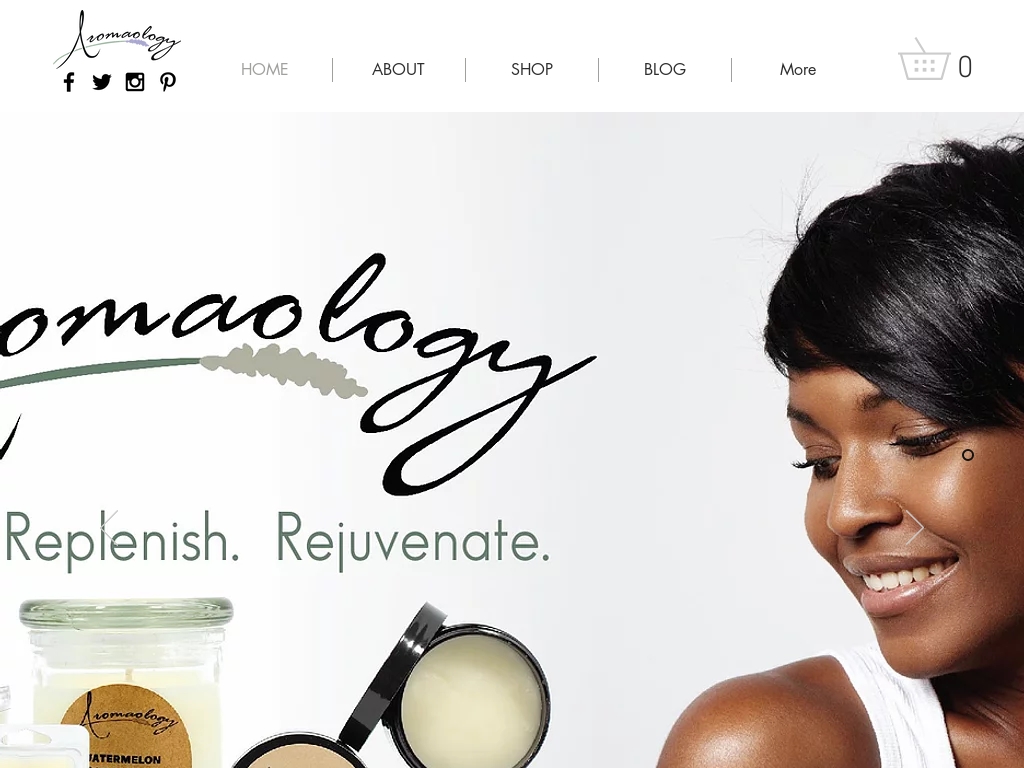
Aromaology founder Daisy Kimbro explains how she organically grew her natural bath, body, and home fragrance brand, which saw a gross sales increase of 51,000% - 89,000% from June to December 2020, and discusses the importance of trusting your gut and remaining positive during tough times.
536. AquariumStoreDepot ($120K/year)
Mark, the founder of AquariumStoreDepot, came up with the idea for his business after realizing his passion for aquatic animal keeping. He had been involved in the hobby since he was 11 years old and decided to turn it into a business after reading books like "The 4 Hour Work Week" and "End of Jobs." He started with a Shopify site and initially struggled to gain sales, but found success through organic SEO, Pinterest, and in-depth articles on his website. Despite facing challenges such as negative SEO campaigns and mergers/acquisitions from competitors, Mark remains dedicated to his passion and plans to continue growing his business through partnerships and content creation. He uses tools like Ahrefs to improve his SEO strategy.
How much money it makes: $120K/year
How much did it cost to start: $3K
How many people on the team: 1
AquariumStoreDepot is a highly-profitable business in the niche market of aquatic animal keeping, averaging $8-10k per month with a high revenue month of $13k, and expanding over time from dropshipping to proprietary agreements.
537. Bighead Custom ($120K/year)
Chris D., the founder of Bighead Custom, came up with the idea for the business while experimenting with building and inventing things in his garage. After creating the first Bighead pendant and receiving mixed feedback, he fine-tuned the process and decided to launch the business using social media platforms. With time and perseverance, Chris was able to gain recognition by having celebrities like Chris Boykin and Scott Storch wear his pendants, helping Bighead gain popularity and success.
How much money it makes: $120K/year
How much did it cost to start: $100
How many people on the team: 3

Learn how Bighead Custom created wooden "BLING" pendants that now bring in enough revenue to take care of 4 full-time employees, without any real advertising, through their unique and one-of-a-kind product that doesn't exist anywhere else, capturing a large audience without paying for them, and the power of word-of-mouth marketing.
538. The Adventurous Mailbox ($120K/year)
Andrew Bliss, the founder of The Adventurous Mailbox, came up with the idea for his business after writing an adventure book for his niece and nephew about his trip to Thailand. Realizing the potential to create a business that would expose kids to different cultures and inspire them to explore the world, Bliss developed a series of adventure books, lessons for educators, and an online platform for children. Despite facing challenges in raising capital and designing a website, Bliss was able to launch his business and is now focused on its relaunch in spring 2019, with a projected revenue of $20K per month by the end of the year.
How much money it makes: $120K/year
How many people on the team: 3

The Adventurous Mailbox, founded by Andrew Bliss, sells adventure-based educational packages to schools, homeschoolers, and gift-buyers for kids aged 8-12, with initial launch costs coming in at $50k for its eight-book series, and despite its original launch failing, forecasts $20k/mo in revenue by end 2019 from its relaunch with a narrower target market.
539. Just Artisan ($120K/year)
Just Artisan, a handmade-only marketplace founded by Marcello De Lio, has seen impressive growth since its launch in 2020. With $15,000 in sales during December 2020 and a strong customer base, the platform is on track for continued growth in 2021. De Lio's personal experience selling handmade goods and observing the frustrations of artists competing against drop shippers and facing rising fees inspired him to create a platform that supports artists and provides them with a true handmade marketplace.
How much money it makes: $120K/year
How much did it cost to start: $25K
How many people on the team: 2

Just Artisan is a handmade-only marketplace that has achieved over $15,000 in sales during December and is on track to expand with 400 vendors and 2,000 products since launching fully in June 2020.
540. Benjamissimo ($120K/year)
Milen Yordanov, the founder of Benjamissimo, a brand of organic vegan chocolate with superfoods, came up with the idea after his friend, who co-founded the brand Roobar, asked for help registering the trademark in Canada. Milen saw this as an opportunity to leave his teaching job and pursue something he was passionate about. He started distributing the energy and protein bars himself, and later added the Benjamissimo chocolate brand to his business.
How much money it makes: $120K/year
How much did it cost to start: $10K
How many people on the team: 1

As a non-English speaking immigrant and former teacher in Montreal, Milen Yordanov started a business by distributing Roobar organic protein bars and expanded to distributing Benjamissimo vegan chocolate with superfoods in Canada, making $120,000 in sales last year and growing despite the global crisis.
541. Rotoshovel ($120K/year)
Rick Goren, the founder of Rotoshovel, came up with the idea for the world's first and only electric shovel when he needed a faster way to dig out dirt while burying a speaker in his yard. After searching online and finding no powered shovel options, he saw it as an incredible opportunity and spared no expense in developing and refining the product. Within 6 months of launching, Rotoshovel has sold over 600 units, been featured on state-wide television and nationally syndicated radio, and secured partnerships with major retailers like The Home Depot and Lowe's.
How much money it makes: $120K/year
How many people on the team: 2

Rotoshovel, the world's first and only electric shovel, has sold over 600 units with minimal marketing in its first 6 months and is in vendor relationships with some of the largest retailers in the US with a sales forecast of $5.56mm (40,000 units) for its Spring 2021 in-store launch.
542. StickerandLabelSA.co.za ($120K/year)
Gary Amstutz, founder of StickerandLabelSA.co.za, came up with the idea for his business after noticing a lack of fully functional and user-friendly eCommerce sites in the custom sticker and label niche. With a focus on providing a superior customer experience and a unique selling proposition of Any Shape, Any Size, and Any Quantity, the business has experienced rapid growth, going from zero sales a year ago to an average of 10 orders per day and $10,000 in monthly sales.
How much money it makes: $120K/year
How many people on the team: 11

South African entrepreneur Gary Amstutz shares how his newest eCommerce site, StickerandLabelSA.co.za, grew from zero to an average of 10 orders a day and sales of about $10,000 per month by focusing on their unique USP of "Any Shape, Any Size and Any Quantity" and providing consistently exceptional customer service.
543. Hera Closet ($120K/year)
connect with customers. Since its launch in 2018, HeraCloset has grown into a platform with over 80 brands and global shipping. The future looks promising for HeraCloset as they plan to launch an Arabic version of the store and continue improving the shopping experience for their customers.
How much money it makes: $120K/year
How many people on the team: 15
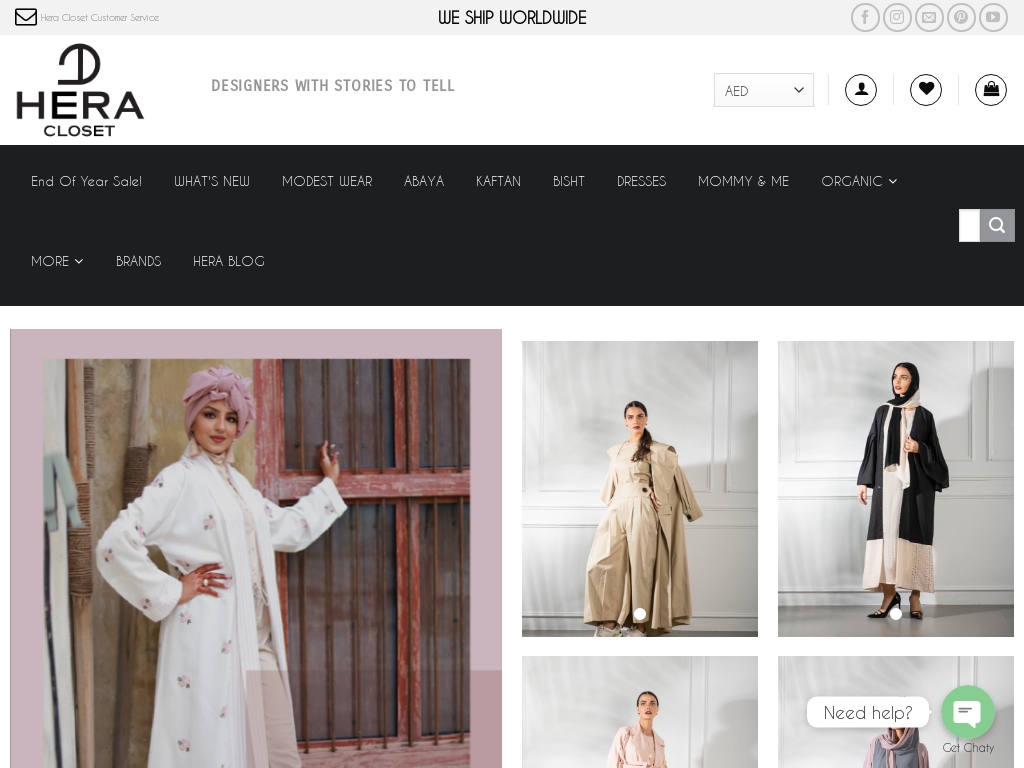
HeraCloset is a successful online platform connecting customers with local Arabian and Khaleeji fashion brands, with over 80 brands selling on the platform and worldwide shipping.
544. Puppet Pelts ($120K/year)
Laurie Nickerson, co-owner of Puppet Pelts, came up with the idea after realizing the difficulty of dyeing fabric for puppets in small spaces. She launched a website on a whim, listed a few pieces of fleece on Etsy, and was surprised by the demand and success of her product. The business has grown organically through word of mouth within the puppet-building community.
How much money it makes: $120K/year
How many people on the team: 2
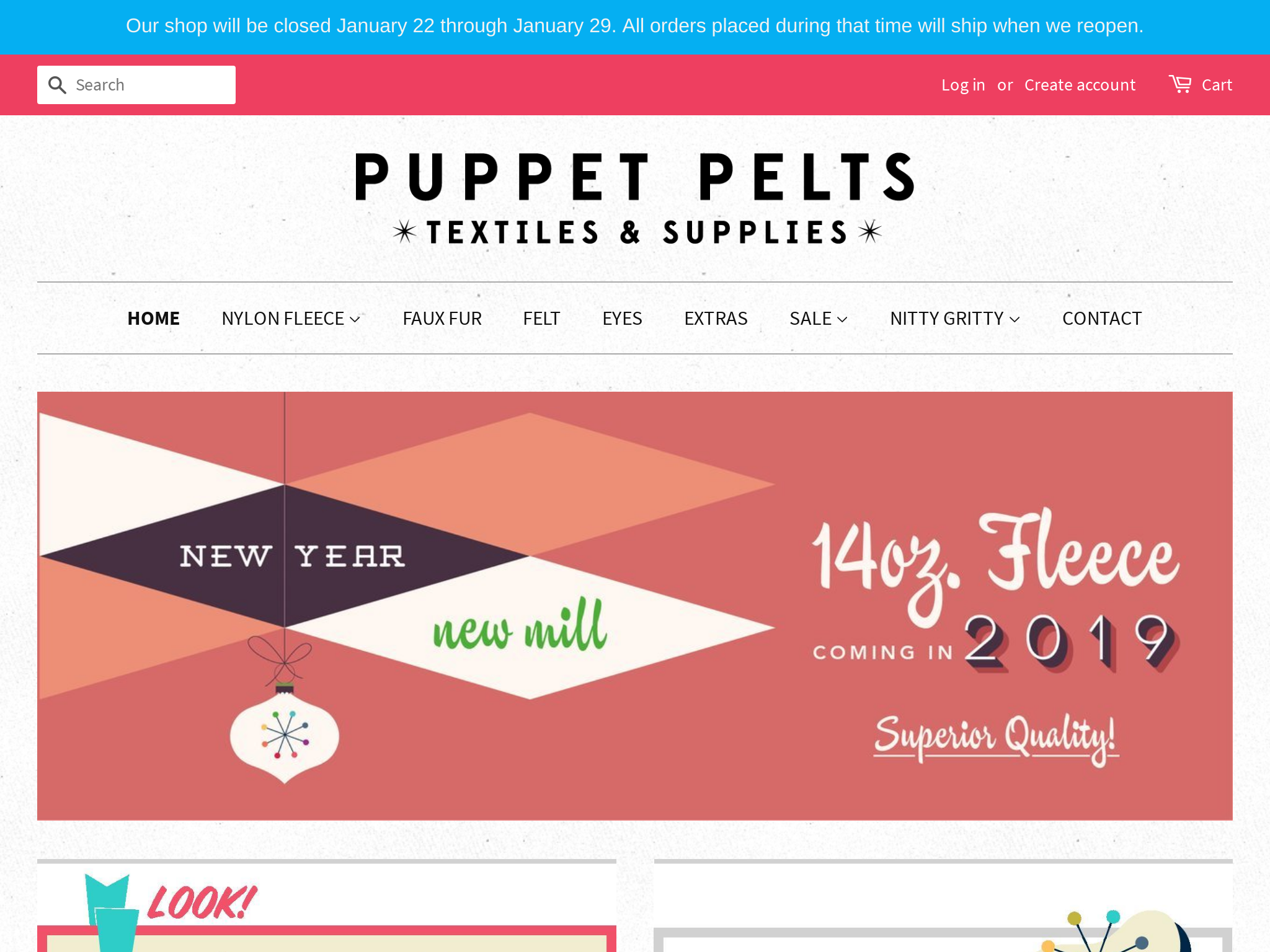
Puppet Pelts founder Laurie Nickerson explains how she started her company by filling a void in the market, grew it primarily organically through word of mouth to become a leader in puppet skin textile manufacturing, and is currently expanding her product line to include unique shags and colors.
545. Only Salt ($120K/year)
Steven Petrillo, founder of OnlySalt.co, came up with the idea for his business after traveling and discovering high-quality, artisanal food products around the world. Inspired by his trip to Peru and the salt ponds in Maras, he decided to introduce spring salt to the American market. With the help of his co-founder, Josh, they designed a strong brand and launched their direct-to-consumer eCommerce company specializing in spring salt and handcrafted pinch bowls. They have achieved around $20k in sales over the past two months and have partnerships in the works for another $30k, demonstrating their growth potential.
How much money it makes: $120K/year
How much did it cost to start: $30K
How many people on the team: 0

Two co-founders met on Reddit and started a direct-to-consumer eCommerce business focused on selling microplastic-free, toxin-free spring salt, doing $5k in sales with their first brand and $20k in sales over the past two months with their second brand, which shifted from DTC to B2B.
546. TANYA HEATH Paris ($120K/year)
Tanya Heath, the founder of TANYA HEATH Paris, came up with the idea for her business after struggling to find comfortable high-heeled shoes. Her background in disruptive innovation and her experience living and working with engineers helped her develop the world's first multi-height shoe with removable heels. With a focus on word-of-mouth marketing and excellent customer service, TANYA HEATH Paris has attracted and retained customers, despite facing challenges and skepticism from the fashion industry.
How much money it makes: $120K/year
How much did it cost to start: $1M
How many people on the team: 2

TANYA HEATH Paris, a shoe company founded by Tanya Heath, created the world's first multi-height shoe with removable heels; the product development stage took 14 engineers and shoe technicians and they now have boutique locations in Paris, Toronto, Beirut, Beijing, and Hong Kong, relying on word of mouth and excellent customer service to attract and retain customers.
547. Stoic Muse ($120K/year)
Jeff, the founder of Stoic Muse, came up with the idea for his business while living as a digital nomad in Bali. Inspired by Stoic philosophy, particularly after listening to "The Obstacle is the Way" by Ryan Holiday, he decided to create art and merchandise based on these principles and sell them on Etsy. The ease of using Print on Demand services made it simple to design and launch products without any upfront costs for prototyping or manufacturing.
How much money it makes: $120K/year
How much did it cost to start: $0
How many people on the team: 1
Jeff started Stoic Muse, a creative side project selling 100-150 t-shirts per month ($3K revenue) on Etsy, without any upfront costs for prototyping or manufacturing, by learning graphic design and using Print on Demand to fulfill the merch.
548. Raganaturals LLC ($120K/year)
Dr. Garima Jain, the founder of RaGaNaturals, came up with the idea for her skincare brand after realizing that many creams and lotions on the market contained unnecessary chemicals, especially when it came to her son's dry skin issues. She decided to formulate her own products using basic and essential ingredients, and after receiving positive feedback from friends and family, she launched RaGaNaturals to provide minimalistic, natural, and effective skincare products.
How much money it makes: $120K/year
How much did it cost to start: $5K
How many people on the team: 2

RaGaNaturals is a minimalistic skincare brand that provides products free from unnecessary chemicals and fragrances, made with natural ingredients and effective in moisturizing and nourishing the skin, generating $5k per month in sales and focusing on expanding its reach in North America.
549. Vagabond Heart ($120K/year)
Mike’s idea was a combination of his interest in vintage clothing, style, and old movies, with his love of menswear and fashion, and travel.
How much money it makes: $120K/year
How much did it cost to start: $2K
How many people on the team: 0
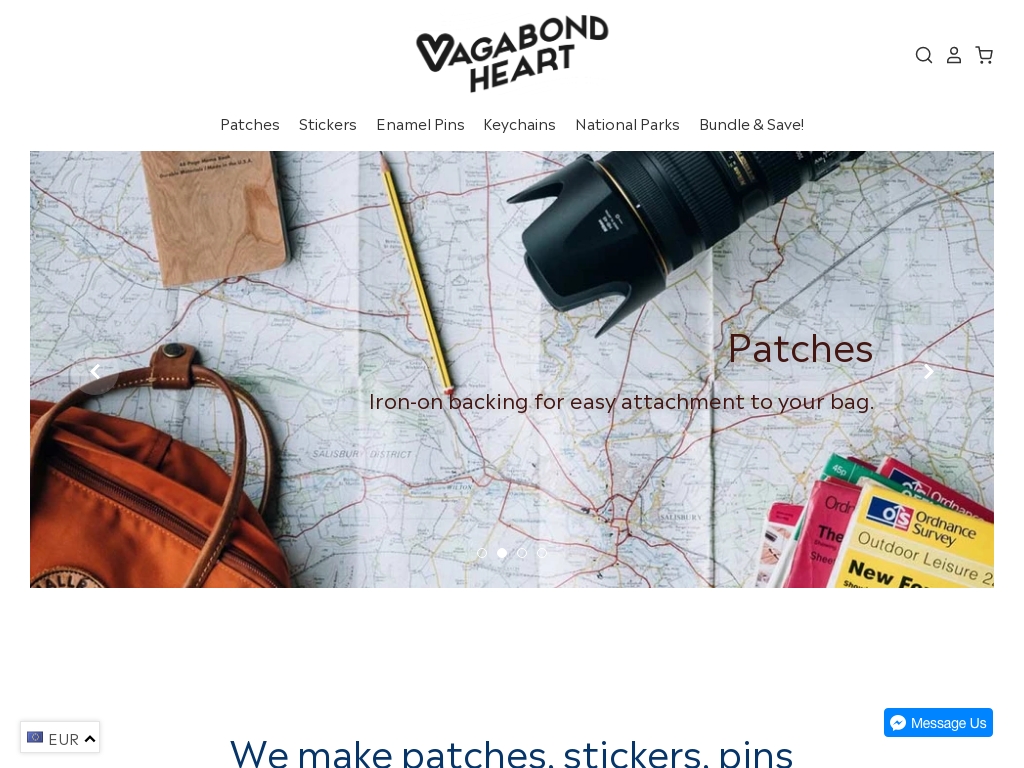
Serial entrepreneur grows modern vintage-inspired travel patch company to over $5,000 in monthly sales volume with a 100+% growth rate by expanding product line and utilizing online marketplaces like Etsy and Amazon.
550. Battle Balm ($120K/year)
Dylan Jawahir, founder of Battle Balm, came up with the idea for his business after experiencing minor injuries in sports and wanting a high-quality topical analgesic for his own use. After studying medicine and treating patients in his alternative medicine practice, he decided to create his own all-natural pain relief balm. Since launching in 2013, Battle Balm has doubled in business year over year and is now being courted by private investment firms.
How much money it makes: $120K/year
How many people on the team: 5

Battle Balm, an all-natural and organic topical pain relief balm, has doubled its business year over year since its launch in 2013 and is now being courted by private investment firms.
551. Ocochi ($120K/year)
Nanny Peggy, Wendy, and Jess, founders of Ocochi, came up with the idea for their all-natural bedding brand after discovering mulberry silk duvets and bamboo bed linen during a trip to China. Realizing the market potential and the environmental benefits of these products, they established Ocochi with a focus on high-quality and sustainable bedding. With a soft launch in Chicago and successful pop-up events in luxury apartment buildings, they have achieved monthly revenues of $10,000 and are expanding their reach to other cities and countries.
How much money it makes: $120K/year
How many people on the team: 3

Ocochi is a family-run bedding company that sells sustainable and chemical-free boutique bamboo bed linen and luxurious mulberry silk duvets, generating over $10,000 a month through cost-efficient pop-up events and strong customer relationships.
552. Fernaco ($120K/year)
Ricardo Fernandez, the founder of Fernaco, came up with the idea for his business after realizing there was a market for improved, stylish, and highly durable office accessories. He specifically focused on designing and manufacturing Grade A silicone pen/pencil holders that could be used for multiple purposes. Since launching in 2017, Fernaco has consistently brought in between 9 to 11 thousand dollars per month in revenue and plans to expand into other office-supply categories in the future.
How much money it makes: $120K/year
How many people on the team: 1
This case study follows Ricardo Fernandez, the founder of Fernaco, who started an Amazon FBA private-label brand with a line of Grade A silicone pen/pencil holders and has grown his revenue to consistently bring in between $9,000 to $11,000 per month.
553. Doris Sleep ($120K/year)
Tracey Wallace, a content marketer and SEO expert, launched her direct-to-consumer bed pillow business, Doris Sleep, after being inspired by her family's cotton and bed pillow manufacturing company. By incorporating her values of supporting US manufacturing and sustainability, Tracey decided to create pillows made with 100% recycled plastic bottle fill. Launching on the anniversary of her grandfather's death, Tracey sees her business as a way to honor his legacy.
How much money it makes: $120K/year
How many people on the team: 0
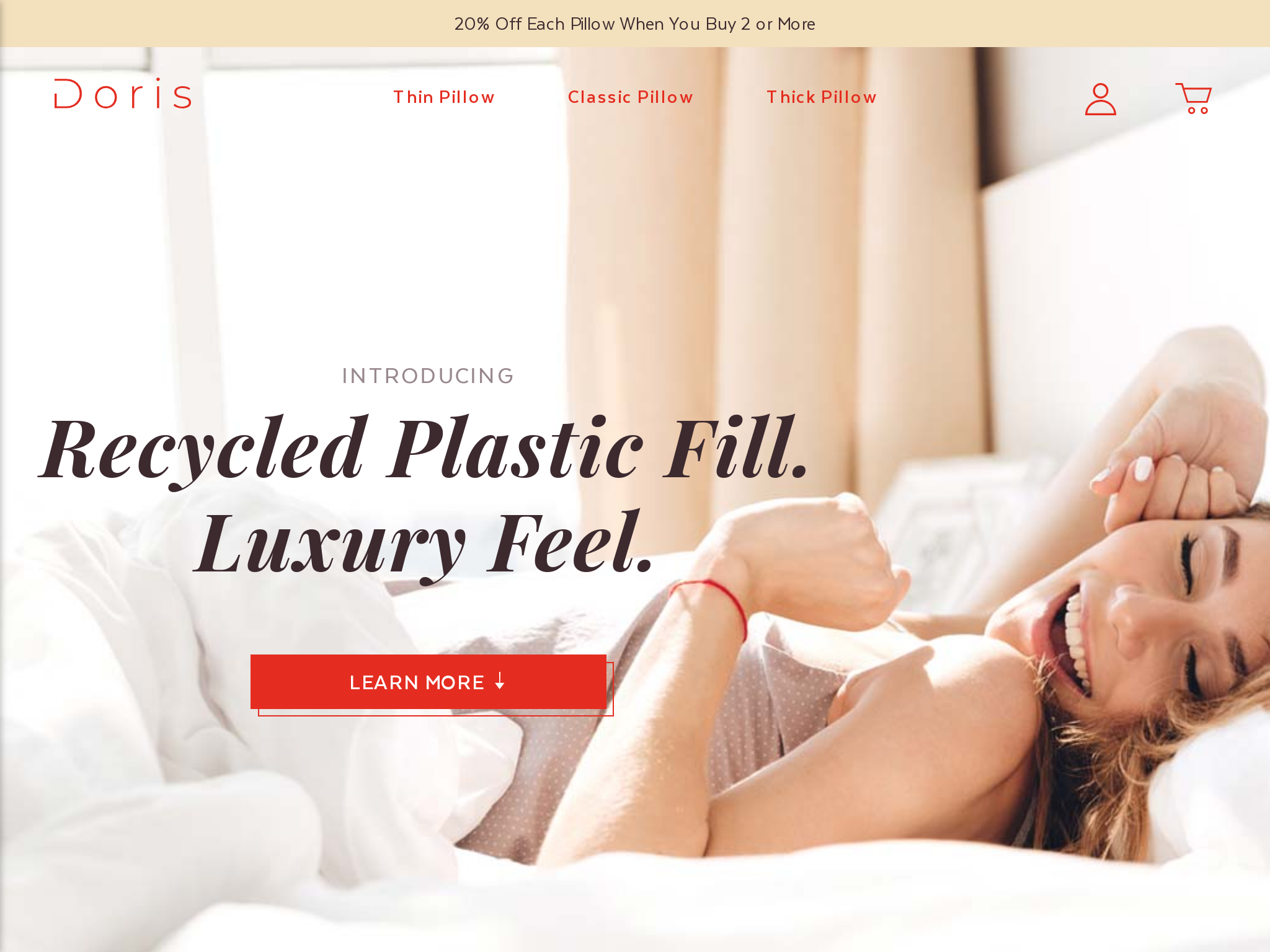
Content marketer and SEO expert Tracey Wallace launched Doris Sleep, a direct-to-consumer bed pillow company that offers pillows made 100% in the US with 100% recycled plastic bottle fill, and spent around $10,000 on the launch, with recommendations from others and organic traffic being the highest converting methods for attracting and retaining customers.
554. Cinquanta Cox-Smith ($120K/year)
Cinquanta Cox-Smith, a Multipreneur from South Carolina, stumbled upon the Print On Demand industry 12 years ago when she wanted to create a unique shirt and discovered Spreadshirt.com. Through her creativity and networking skills, she found success in designing and selling catchy, conversation-starting shirts. This eventually led her to create multiple POD brands on various platforms, generating an impressive $120k per year in revenue.
How much money it makes: $120K/year
How much did it cost to start: $100
How many people on the team: 1
A multipreneur shares how she built a successful print on demand side hustle, generating $120,000 per year through multiple brands spread over various platforms.
555. Highway Robery ($120K/year)
Jackie and Evan Streusand, a married couple living in Austin, Texas, came up with the idea for Highway Robery during a road trip in 2016. They had a great time lounging in robes and realized that there was a market for fun, colorful, and sustainable robes that could bring out people's inner-goofball. Starting with a small investment of $7,000, they launched the business and have seen a 49% YoY sales growth as of May 2019.
How much money it makes: $120K/year
How much did it cost to start: $7K
How many people on the team: 0

Highway Robery is a sustainable robe company in Austin, Texas, producing colorful, all-inclusive, gender-neutral robes in the USA, having increased their sales up 49% YoY as of May 31, 2019.
556. Nadeef Bidet ($120K/year)
Ahmad Iqbal, founder of Nadeef Bidet, came up with the idea for his business after experiencing the common use of bidets in Middle Eastern countries and places like Japan, Korea, and Pakistan. He realized that there was a need for hand-held bidets in North America and set out to solve the problem by creating Nadeef Bidet, a hygienic and easy-to-install bidet. Through Facebook advertising and other marketing channels, Ahmad was able to attract customers and grow his business steadily each year.
How much money it makes: $120K/year
How many people on the team: 0

Nadeef Bidet, a Canadian hand-held bidet company, shares the founder's journey in finding suppliers and manufacturing products, as well as his unique approach to marketing and building relationships with customers.
557. Brine Brothers ($120K/year)
Harris Derner came up with the idea for Brine Brothers when he realized that drinking pickle juice cured his hangovers in 2015. Unable to find a drinkable pickle brine on the market, Harris and his friend Michael Belicose decided to start their own business. With a total investment of $11,000 in 2016, they now generate over $10,000 per month and have recently won an investment from Barstool and Jon Taffer, determined to make Brine Brothers a million-dollar beverage company.
How much money it makes: $120K/year
How much did it cost to start: $-2
How many people on the team: 0
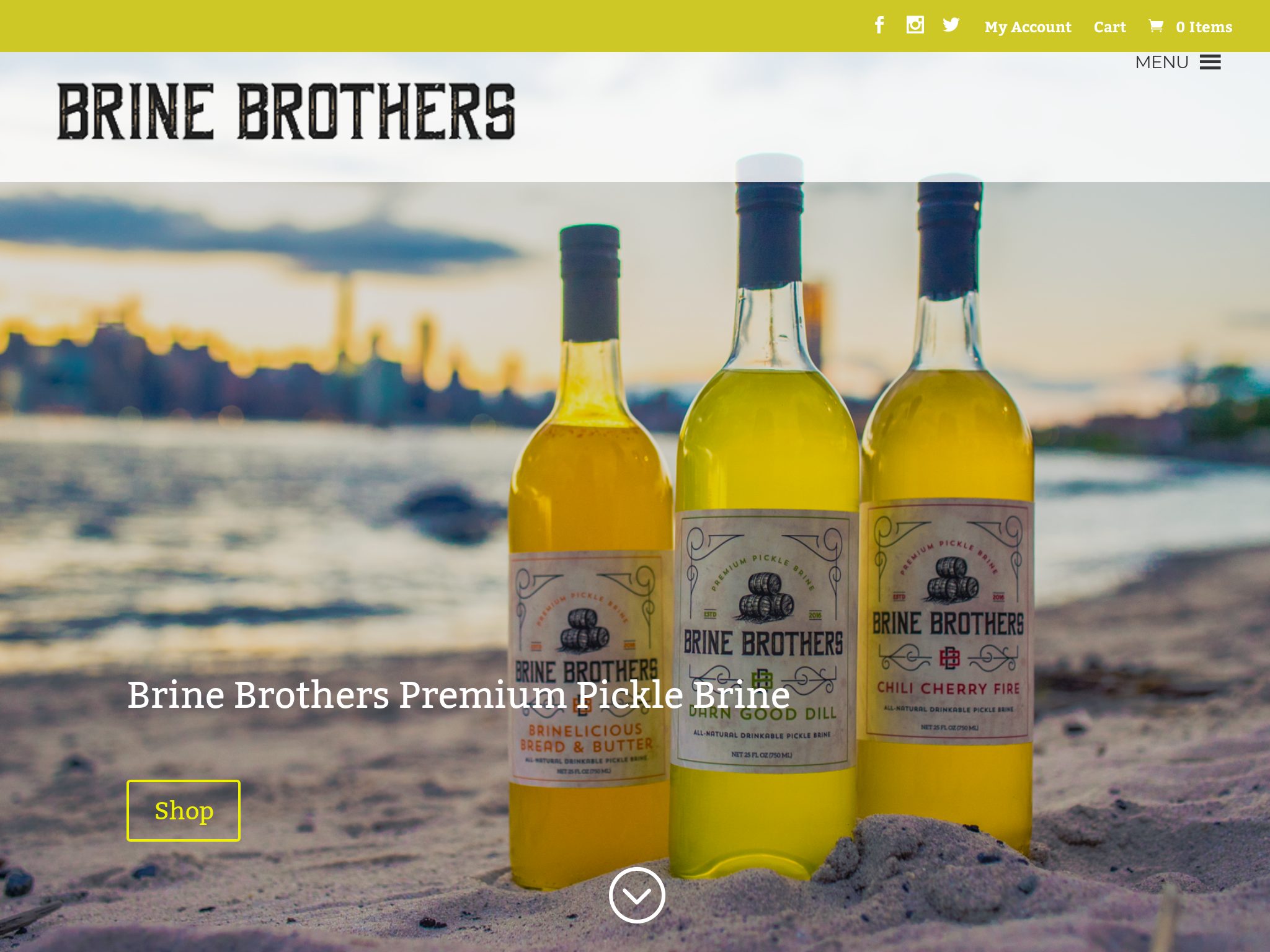
Brine Brothers sells all-natural pickle brine (pickle juice), generating over $10,000/month and winning an investment from Barstool and Jon Taffer, and is determined to become a million-dollar beverage company.
558. The Fabric Loft ($120K/year)
Alanna Banks, owner of Fridays Off Fabric Shop, came up with the idea for her business after returning from maternity leave and realizing that she wanted to follow her dream of being her own boss. She bootstrapped the operation and launched an online fabric store, catering to the demand in Canada for cool modern fabrics at competitive shipping rates. Through strategic marketing, participation in trade shows, and building a strong email newsletter list, Banks was able to grow her business and launch a successful fabric subscription club.
How much money it makes: $120K/year
How much did it cost to start: $15K
How many people on the team: 2

Fridays Off Fabric Shop increased revenue by over 600% by building a substantial email newsletter list, using Instagram and Facebook ads, pushing search engine optimization, and delivering killer customer service.
559. Tork Media LLC ($120K/year)
Adam Torkildson, founder of Tork Media, came up with the idea for his sports card-selling business after his neighbor, a Hall of Fame coach, showed him his impressive collection. Realizing the potential profit in selling sports cards on eBay, Torkildson partnered with the coach and purchased an existing eBay store to launch Houle Sports LLC. With a $10,000 investment and a focus on providing excellent customer service, the business quickly reached profitability and continues to thrive.
How much money it makes: $120K/year
How much did it cost to start: $13K
How many people on the team: 3
Entrepreneur Adam Torkildson shares how he was able to launch a profitable sports card selling business on eBay with a $10,000 investment and an already existing eBay store, now reaching a monthly revenue of $10,000.
560. Boutique Rye ($120K/year)
Gia, the founder of Boutique Rye, came up with the idea for her online women's clothing and accessories boutique when she got pregnant with her son and realized she didn't want to teach forever. After working at a local boutique and loving every minute of it, she decided to start her own online business to allow her to stay home with her son. Through live sales on Facebook and giveaways, she organically grew her customer base to over 3,200 people.
How much money it makes: $120K/year
How many people on the team: 0

Boutique Rye is an online-only women's clothing and accessories boutique that has grown to 3,200 Facebook Group members and a successful website through organic customer sharing, live sales, and open communication with customers.
561. Free Walking Tour Italia ($118K/year)
Three young Italian travelers got the idea for their business while on a road trip from Shanghai to Cambodia. They participated in Free Walking Tours and realized it was a perfect way to discover cities. They decided to bring the concept to Italy, where it was underdeveloped, and created the first and largest network of Free Walking Tours in the country, attracting more than 7,000 tourists in just two years.
How much money it makes: $118K/year
How much did it cost to start: $3K
How many people on the team: 3
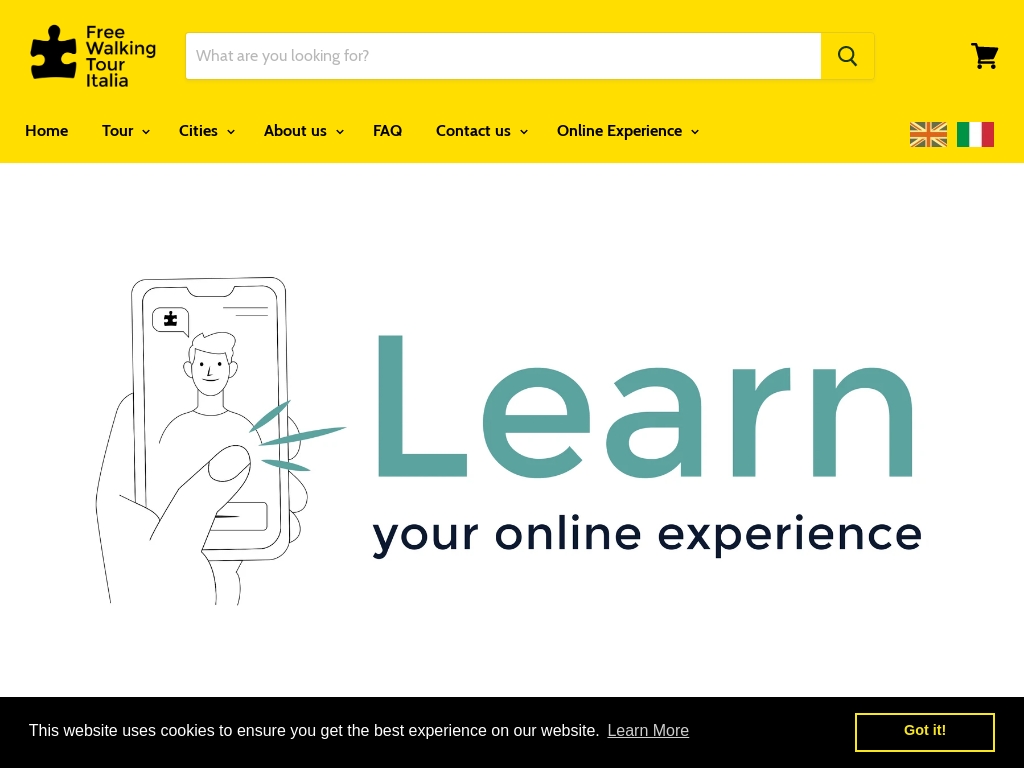
From zero to a network of free walking tours in 24 cities across Italy in just 2 years, these three friends built a €10,000/month business by offering quality tours and fostering word-of-mouth advertising, even while weathering the COVID lockdown.
562. Milla Rose ($115K/year)
Ali Matkowsky, the founder of Milla Rose, came up with the idea for her dried flower arrangement business after receiving a dried flower arrangement for Mother's Day. She noticed the growing trend of people investing more in home renovation and decoration during the Melbourne lockdowns, and decided to create a brand that stood out from the competition. With her background in SEO and product photography, she launched her Shopify store and started selling arrangements through Google ads and organic Instagram followers. Within her third month, she made nearly $10,000 in revenue, leading her to quit her job and focus on growing Milla Rose full-time.
How much money it makes: $115K/year
How much did it cost to start: $250
How many people on the team: 3
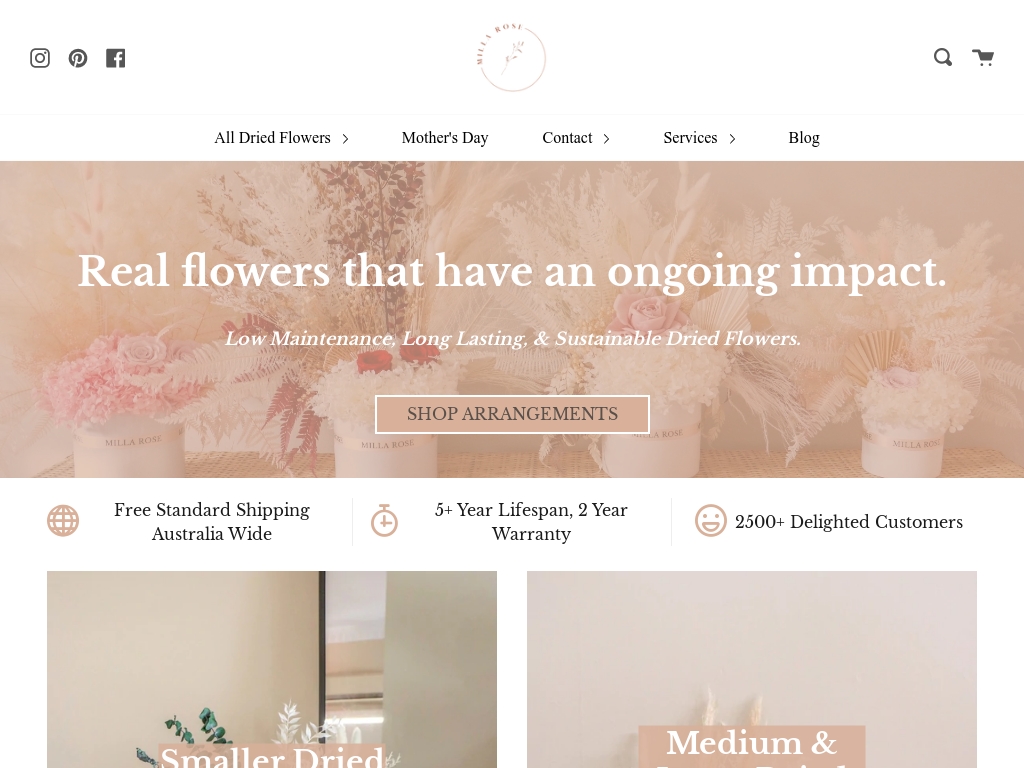
Milla Rose, a boutique online flower arrangement business based in Melbourne, Australia, started as a side project in a bedroom and has grown into a nearly $10k a month business, with monthly revenue doubling since last year, selling almost 3000 arrangements to all corners of Australia.
563. Framed Tweets (Now its Sticker Mule) ($114K/year)
Zach was avoiding a New Year's party his parents were hosting downstairs and scrolled through Twitter - suddenly he thought "what if you could frame a tweet?" That night, he built a simple website & tweeted a link to some random people he found on Twitter, and the next morning woke up to find Framed Tweets featured on Product Hunt, Mashable, Uncrate, and a few other websites.
How much money it makes: $114K/year
How much did it cost to start: $999
How many people on the team: 0

Framed Tweets, an online store that offers customers the opportunity to frame tweets as art, started by grossing $20k in its first year and increasing to $110k in the second year, and now has monthly gross sales of $20k from Instagram ads, spending about $300 a day.
564. Bold Tribe ($112K/year)
In June 2015, Temo Valle founded Bold Tribe with the goal of offering high-quality sports products for CrossFit. After conducting detailed market research, Valle identified resistance bands as the ideal starting product. Through strategic branding and content creation on platforms like YouTube, Instagram, and Facebook, Bold Tribe has become the #1 brand for resistance bands in Mexico, achieving impressive sales growth year after year.
How much money it makes: $112K/year
How much did it cost to start: $300
How many people on the team: 5
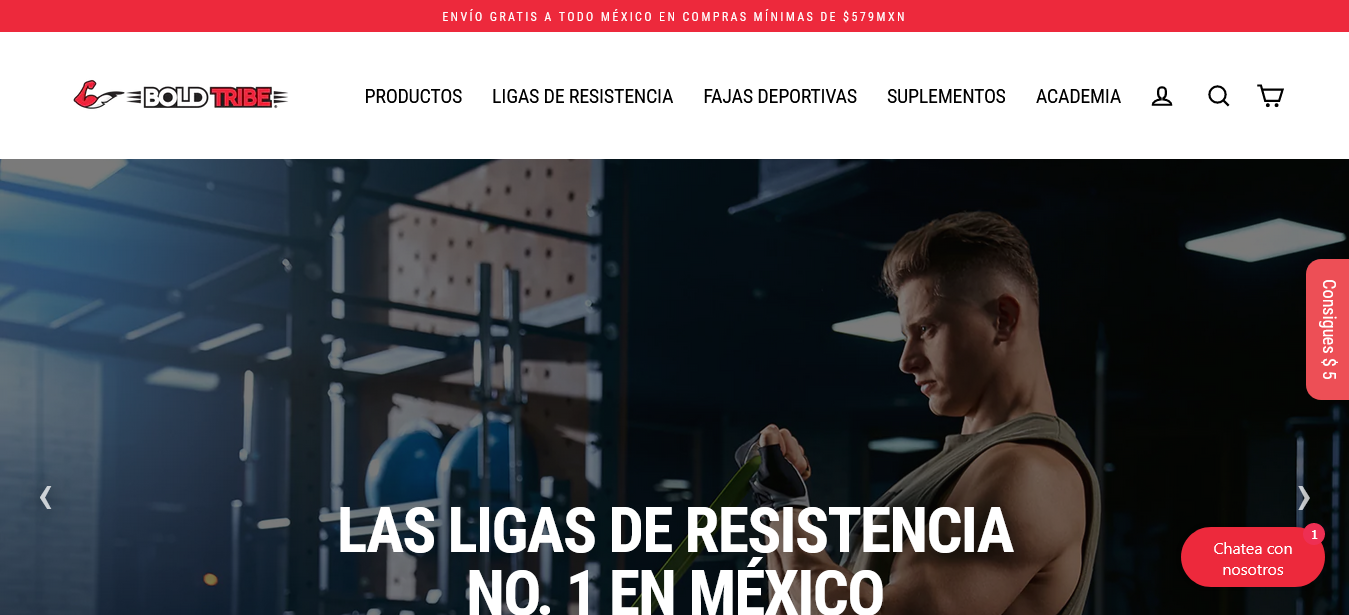
Bold Tribe, a Mexico-based company, became the #1 resistance band brand in the country, with a sales growth rate from $25,000 in 2016 to $550,000 in 2020, by initially investing $300 in testing the product through one of the popular marketplaces.
565. STEEL – Jawline Gum ($108K/year)
Matt Phelps, the founder of STEEL - Jawline Gum, came up with the idea for his business after discovering the effectiveness of mastic gum as a jawline exerciser. After seeing the high demand for such a product with thousands of monthly searches on Google, Matt decided to create his own brand and launch STEEL. Despite initial challenges and a slow start, the business eventually gained traction through SEO and YouTube marketing, with organic traffic accounting for the majority of their website visitors.
How much money it makes: $108K/year
How much did it cost to start: $190
How many people on the team: 1
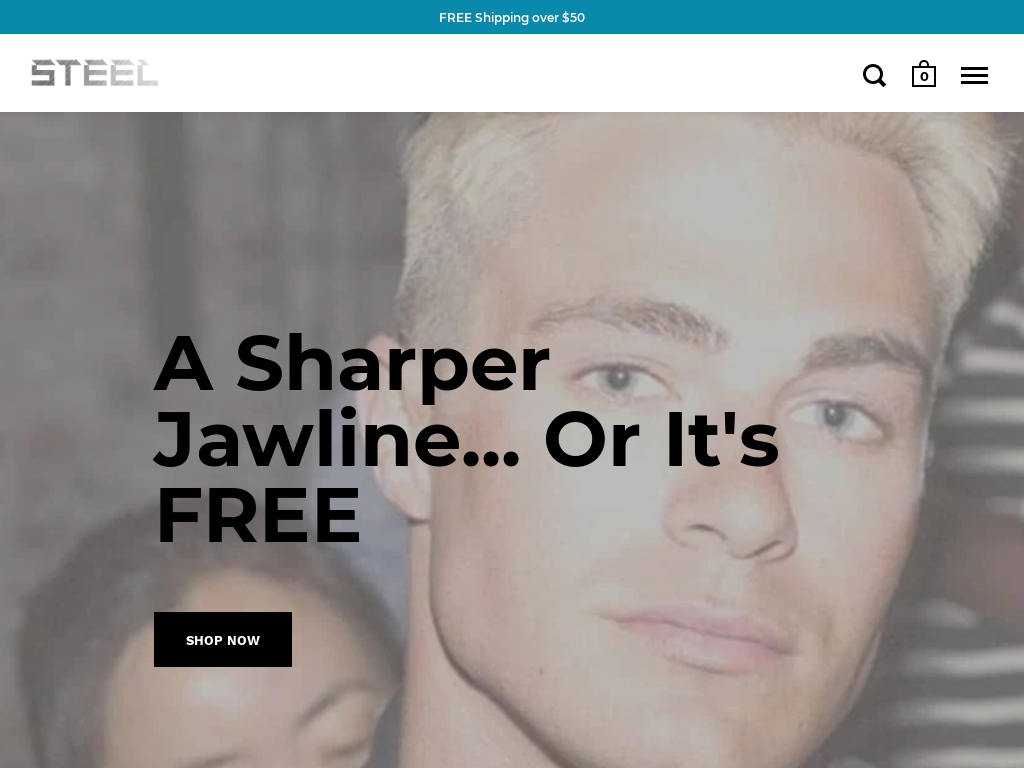
STEEL - Jawline Gum founder Matt Phelps talks about how he stumbled upon his unique product niche and gained traction through organic search and YouTube content marketing, earning a current monthly revenue of $9k despite only investing $5k since he started.
566. StructurInfo (ZigZag Road Trips) ($108K/year)
Claire Robinson, founder of StructurInfo, came up with the idea for her travel blogging business after realizing the frustrations travelers had with traditional travel guides. She launched her own collection of curated road trip guides, offering practical information and stunning visuals to make trip planning easier. Despite the challenges posed by the pandemic, Claire's business was thriving, with an average monthly revenue of $9,000 pre-quarantine.
How much money it makes: $108K/year
How many people on the team: 1

French founder Claire Robinson generates an average monthly revenue of $9,000 from her travel blogging business, StructurInfo, which focuses on road trip planning; Robinson offers her own authored travel guides and has developed her business through search engine optimisation and dedicated customer focus.
567. VIRTUE Tea ($108K/year)
Andrea Legg and Alex Balcer, founders of VIRTUE Tea, left their careers in the circus industry to start their organic tea and matcha business. After experiencing high-grade tea while traveling in Europe, Andrea became hooked and they decided to create a business focused on quality, ethical sourcing, and minimizing environmental impact. Despite the challenges of COVID-19, their online sales have tripled and they have expanded their reach to customers across Canada and the US.
How much money it makes: $108K/year
How much did it cost to start: $5K
How many people on the team: 2
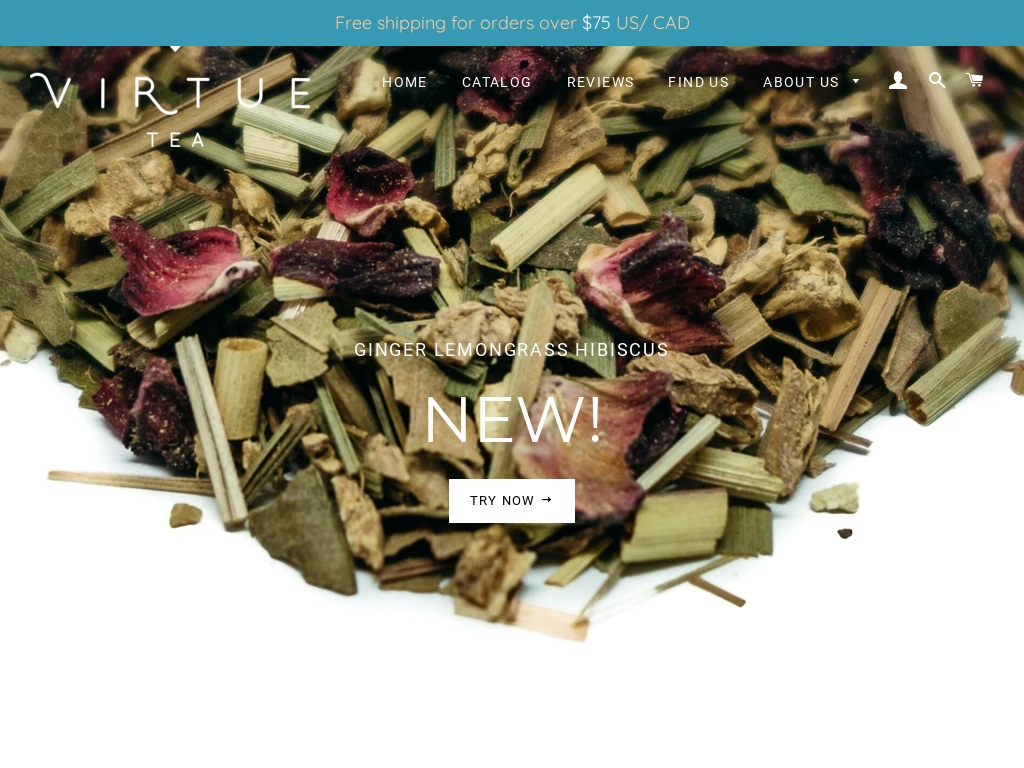
VIRTUE Tea is a business founded by Andrea Legg and Alex Balcer who source high-grade organic tea from Asia through ethical supply chains, and their business, despite COVID, is now shipping tea and matcha to various locations in Canada and the U.S.
568. Beach Gladiator ($102K/year)
George and Mike, the founders of Beach Gladiator, came up with the idea for their business after suffering from chafing themselves while on beach vacations. They discovered a product designed for runners and athletes that helped reduce chafing and decided to create their own version specifically for the beach market. After a year of research and experimentation, they developed the best solution to prevent chafing and heal the skin using natural ingredients.
How much money it makes: $102K/year
How many people on the team: 4

Beach Gladiator, a chafing solution intended for the beachgoers and beach market, went from a small regional business to a national brand through grass root types of effort like word of mouth communication and event participation.
569. Jibby Coffee ($102K/year)
James and Álvaro, the founders of Jibby Coffee, came up with the idea for their business during a Zoom call in March 2020. Álvaro mentioned adding CBD to his coffee to improve his mood, and that sparked the idea to create a coffee brand that balanced the natural jitters of caffeine with CBD. After months of refining their product and working through production challenges, they successfully launched Jibby Coffee and sold out of their initial production run in just two weeks. They continue to receive feedback from customers, refine their messaging, and plan to expand their product offerings in the future.
How much money it makes: $102K/year
How much did it cost to start: $30K
How many people on the team: 0

Jibby Coffee is a feel-good coffee brand that raised $8.5k per month by cold-brewing organic Colombian coffee and balancing it with tasteless, lab-tested CBD to create a better coffee experience.
570. FBI Cosmetics Inc. ($102K/year)
Alexis Evans, aka Da Mademoiselle, started FBI Cosmetics amidst the pandemic after struggling to find employment due to her felony record. Her passion for flawless makeup and skincare routines led her to create her own cosmetic and skincare company, grossing over $62,000 in sales and partnering with Walmart marketplace in just a few months. Despite initial setbacks, Evans has learned the importance of consistent posting and thorough research, and she continues to strive for success in the beauty industry.
How much money it makes: $102K/year
How much did it cost to start: $1.5K
How many people on the team: 2
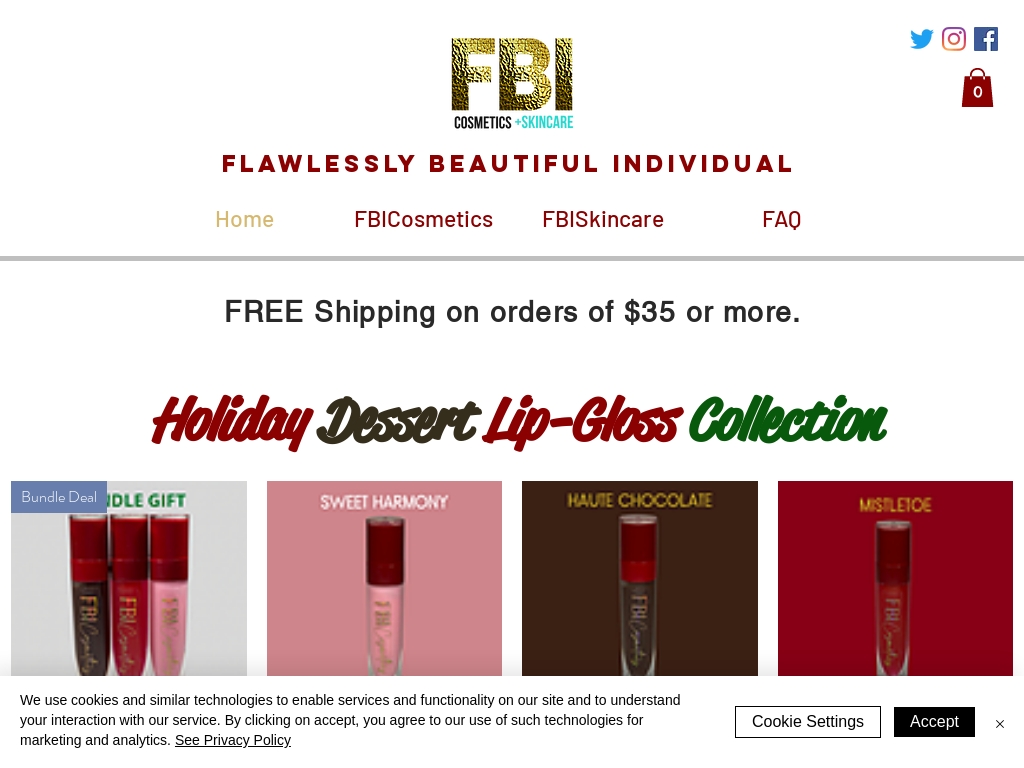
A former felon's passion for makeup and skincare led her to launch FBI Cosmetics, which has grossed over $62,000 in sales since July 2020, through social media marketing, brand partnerships, and online sales at Walmart.com.
571. Valhalla Wood Forge ($102K/year)
James Wolfer, a police officer and Coast Guard reservist, started Valhalla Wood Forge in 2017 after making a wooden flag for his department. He saw potential and began creating custom wedding bands and rustic wood flags, gaining traction through word of mouth and organic growth on Instagram. Despite working long hours, he managed to streamline his process and hire an employee due to the increasing demand and continued growth of the business.
How much money it makes: $102K/year
How much did it cost to start: $400
How many people on the team: 3

Valhalla Wood Forge is a veteran and first responder run woodworking company that grossed $8500 in October 2019, noted for making rustic wood decor and high end men’s jewelry.
572. Infinite Elgintensity Gym Apparel ($101K/year)
Elgin Mones, also known as Infinite Elgintensity, came up with the idea for his gym apparel business after his fitness comedy videos went viral on YouTube. He decided to capitalize on his newfound popularity by selling workout clothes to his fanbase. Using his dark sense of humor and love of video games, Elgin created designs and slogans that resonated with his audience and complemented his YouTube content, allowing him to generate revenue from both ad revenue and apparel sales.
How much money it makes: $101K/year
How many people on the team: 1

Learn how a lawyer turned YouTube comedian turned gym apparel entrepreneur created a profitable side business selling gym apparel with designs based on his dark sense of humor and love of video games, reaching a monthly revenue of over $8,000 by capitalizing on his newfound YouTube popularity and keeping an eye on competitors.
573. Birdseed For Humans ($99.6K/year)
Ashley Chase, the founder of Birdseed Food Co., came up with the idea for her craft granola brand after her homemade granola was requested by a coffee shop and another restaurant in town. She realized the potential of her product and decided to create a brand around it, eventually securing a small business loan and working with a co-packer. Since launching, Birdseed Granola is now distributed in over 75 locations and has seen quadrupled sales.
How much money it makes: $99.6K/year
How many people on the team: 1
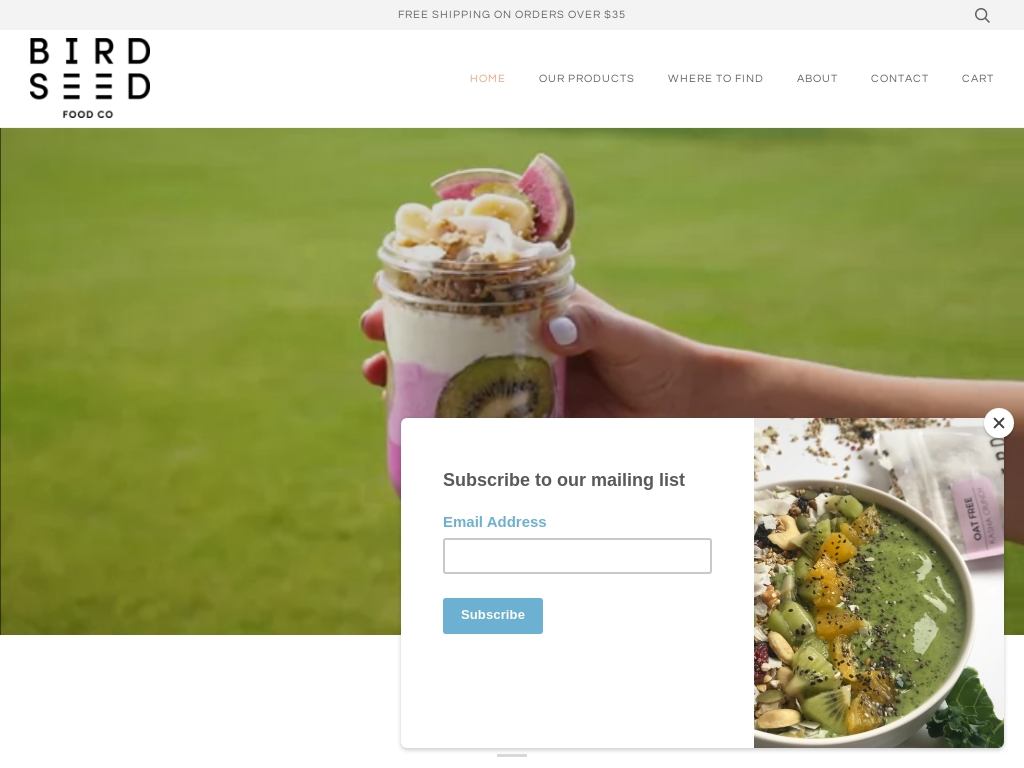
This case study is about an entrepreneur named Ashley who started Birdseed Food Co., a craft granola brand that currently generates $8,300 in monthly revenue through retail markets, Amazon, and direct-to-consumer.
574. The Cause ($96K/year)
Antoine Taylor, the founder of The Cause International, came up with the idea for his apparel and printing business while in college. Struggling to make ends meet, he started by washing his classmates' clothes before transitioning to selling custom socks with his school's logo. After experiencing success, Antoine decided to give back to those in need and formed The Cause International, a business that donates a percentage of its profits to various causes.
How much money it makes: $96K/year
How many people on the team: 3
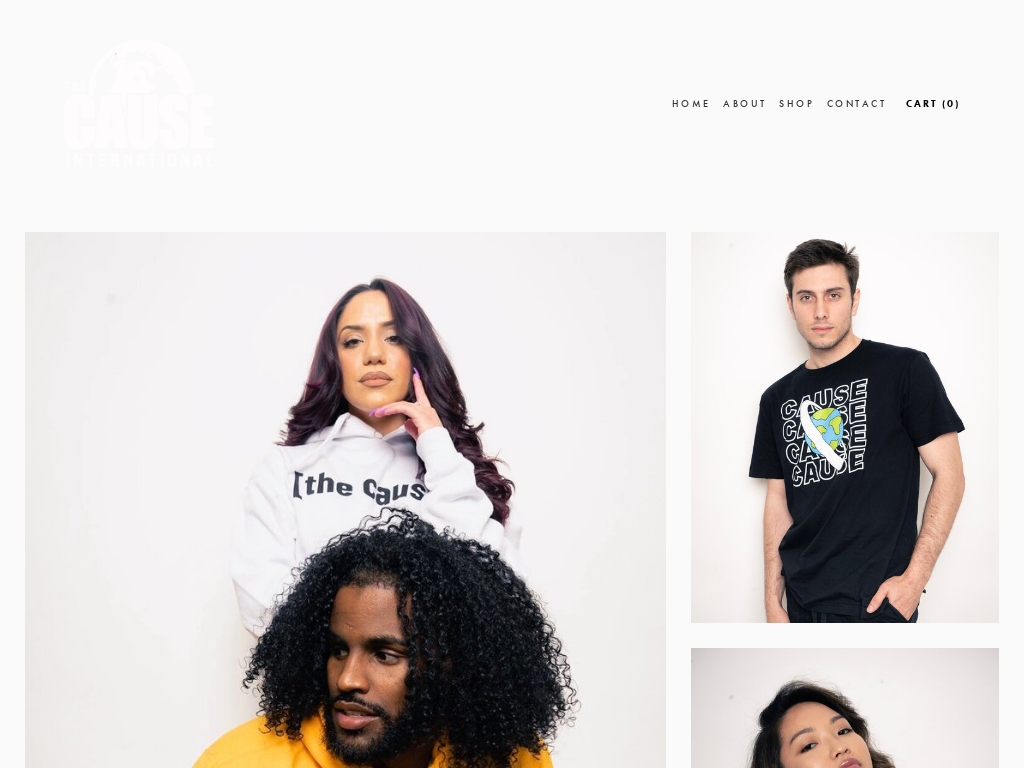
Antoine Taylor founded The Cause International, an apparel and printing company that donates a percentage of its profits to those in need, and in the first year gave back 65% of its profits to charities such as The Boy & Girls Club of South Side Chicago, Skid Row, Flint Michigan, and Guatemalan villages without clean water.
575. Passport 4 Change ($96K/year)
The Traveling Tooth Fairy started her business after realizing the lack of exposure children had to the world. Inspired by her niece's desire to go to Target, she created educational tooth fairy kits that include real foreign coins, a world map, and a passport book. With approximately $8,000 in monthly sales and a growing customer base, she hopes to expand her business and be a part of every child's tooth fairy adventure.
How much money it makes: $96K/year
How many people on the team: 2

This case study features a flight attendant who started an e-commerce business selling educational tooth fairy kits that include real foreign coins, which now generates around $8,000 per month in sales.
576. CoBionic ($96K/year)
Louise Hendon, the CEO and owner of CoBionic, came up with the idea for her business after being diagnosed with various health conditions. She switched to a healthier diet but realized there were still vital nutrients that were hard to get through food alone. She and her husband created their own line of supplements, starting with a prebiotic fiber, and eventually expanded to include other products like chocolate collagen.
How much money it makes: $96K/year
How much did it cost to start: $15K
How many people on the team: 2

CoBionic, a health-oriented supplement company, has scaled up and hit $100k/month in revenue, offering a range of health supplements and foods designed for both taste and effectiveness.
577. IndieGetup ($96K/year)
Brandon Dendas, the co-founder of IndieGetup, came up with the idea for the fashion discovery platform while searching for a directory or platform that listed small, innovative clothing brands. Failing to find one, he and his co-founder decided to create IndieGetup as a centralized location for people to discover and shop for alternative clothing brands that align with their lifestyle and support their local economy. The platform now generates $5,000 per month in revenue through various channels such as sponsored content, giveaway promotions, and affiliate sales.
How much money it makes: $96K/year
How much did it cost to start: $289
How many people on the team: 0

IndieGetup, a fashion discovery platform garnering $5,000/mo. in revenue through sponsored content, giveaway promotions, B2C & B2B affiliate sales, helps emerging, consciously-driven, and local apparel brands gain exposure, generated by its founders' passion for finding innovative, emerging, alternative clothing brands that align with people's lifestyles and local economies.
578. Dance Dress Couture ($96K/year)
Duffy Betterton and her business partner, Debi Camp, started Dance Dress Couture after realizing the demand for ballroom dance dresses while competing as amateur dancers. After successfully selling dresses through their website and traveling to competitions, they had the idea to launch The Ballroom Box, a subscription service for ballroom dancers. They tested the idea with a small run of Christmas gift boxes and officially launched in July 2020, steadily growing their subscriber base and expanding their offerings.
How much money it makes: $96K/year
How much did it cost to start: $250
How many people on the team: 0

Learn how Dance Dress Couture launched The Ballroom Box, a quarterly subscription box targeted to the ballroom competitive industry, and grew it to double the number of subscribers with each box released, while also providing tips on attracting and retaining customers.
579. Ventana Surfboards & Supplies ($96K/year)
David Dennis, co-founder of Ventana Surfboards & Supplies, was inspired by his business partner's reclaimed and eco-friendly surfboards, leading them to launch an environmentally responsible surf company. Frustrated with the industry's pollution and unsustainable practices, they started small, marketed their unique products through compelling content and stories, and have seen success with their line of boards, apparel, and surf supplies. With tripled board values over the past three years and profitable operations from the start, they plan to continue growing their brand organically while giving back to ocean conservation organizations.
How much money it makes: $96K/year
How much did it cost to start: $15K
How many people on the team: 0
Ventana Surfboards & Supplies co-founder David Dennis discusses their environmentally responsible surf company that has seen their boards triple in value over the last three years, and has grown a profitable eco-apparel line, focusing on compelling content and stories to attract customers.
580. Moneypicks ($96K/year)
Tyler started betting on sports during the World Cup 2008, and he ventured into this not to make money, but to help people. No wonder when he did started charging, business flooded through the door.
How much money it makes: $96K/year
How many people on the team: 0

Learn how a 27-year-old entrepreneur uses his love for sports and numbers to make $200-$600 per day by predicting the outcome of sporting events with his proprietary systems, which produce winners at a 60%+ rate, all without any significant startup costs or overhead.
581. caddesignhelp.com ($96K/year)
CADdesignhelp.com was started by Scott Tarcy, a mechanical engineer who wanted more control over his schedule and life. After reading "The 4-Hour Workweek" and "The $100 Startup," Scott decided to turn his skills in CAD and product design into a business. He started by networking and providing CAD design services, eventually expanding into selling his own products online. Today, the business averages $9,000 a month in revenue with over 200 clients per year.
How much money it makes: $96K/year
How much did it cost to start: $15K
How many people on the team: 0

A 3D CAD designer and product inventor who started as a side hustle and averaged $9,000 a month in revenue, shares his insights on the ups and downs of owning a service-based business alongside an eCommerce store, as well as lessons learned in customer acquisition and in generating multiple streams of passive income.
582. The Airhook ($96K/year)
Craig Rabin, founder of The Airhook, came up with the idea for his business during a flight when he had nowhere to hang his coat. He envisioned creating a simple hook that could be attached to the tray table. After months of designing and prototyping, he created The Airhook, a two-in-one solution that holds both a beverage and an electronic device. Since its launch, The Airhook has shipped to every state in the U.S. and 73 countries worldwide, been featured in over 100 publications, and won multiple awards.
How much money it makes: $96K/year
How many people on the team: 1

Craig Rabin invented The Airhook, a two-in-one beverage holder and electronics device holder that attaches to a closed tray table, and successfully launched it through a crowdfunding campaign that raised $15,000 from 750 backers, and went on to ship to every U.S. state and 73 countries, win Travel Product of the Year in 2019, and being featured in over 100 publications.
583. Natural Skin Science ($90K/year)
Leon Eugene and Shawn Bo, founders of L. Eugene Natural Skin Science, came up with the idea for their business out of necessity when Leon struggled with embarrassing acne and skin issues. Unable to find products that worked for his skin type, they began researching and testing raw ingredients, ultimately creating a spa-quality skincare collection. Today, L. Eugene Natural Skin Science is a premier choice for effective natural skincare, with a loyal customer base and plans for future expansion.
How much money it makes: $90K/year
How many people on the team: 0
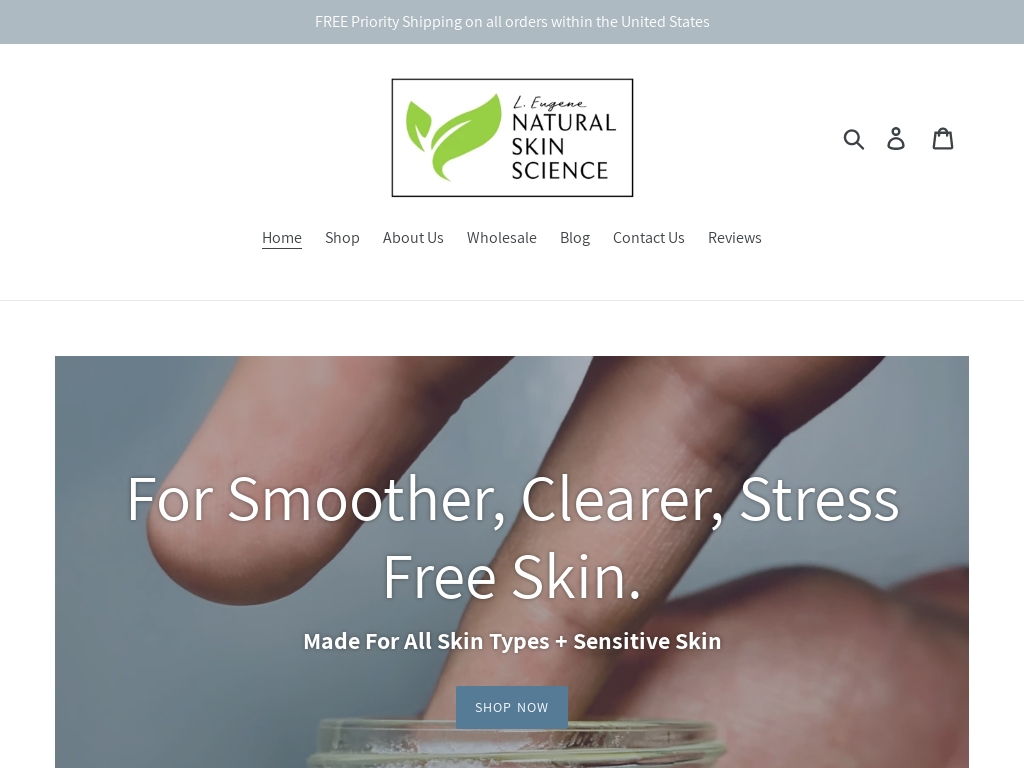
L. Eugene Natural Skin Science is a premier choice for effective natural skincare products, made with ingredients you can pronounce, and has generated $7.5k in monthly revenue, with a thriving, growing business built through gaining that personal trust from customers.
584. Hair Fetish ($84K/year)
Diane German, the founder of Hair Fetish LLC, had a passion for hairstyling from a young age. She started styling her friends and family and eventually opened her own salon. In 2011, she launched Hair Fetish and in 2012 added the product line Agape Fetish. Through determination and perseverance, Diane has built a reputable business that has made over 90k in 2020.
How much money it makes: $84K/year
How much did it cost to start: $1.5K
How many people on the team: 1

This case study follows Diane German, founder of Hair Fetish LLC, who has built a successful styling service and hair product business with over $90k in revenue, and plans to expand to an organic hair care line, despite experiencing setbacks and failures along the way.
585. Garage Gym Barbell Apparel ($84K/year)
Susie Q Aranda, the founder of Garage Gym Barbell Apparel, came up with the idea for her business after experiencing her own health transformation. Starting with personal goals and achievements in fitness, she expanded her passion for helping women and created a line of gym apparel. Through a partnership with a graphic designer and utilizing social media marketing, Garage Gym Barbell Apparel has grown into a successful business, consistently making $7k in sales every month.
How much money it makes: $84K/year
How much did it cost to start: $1K
How many people on the team: 0
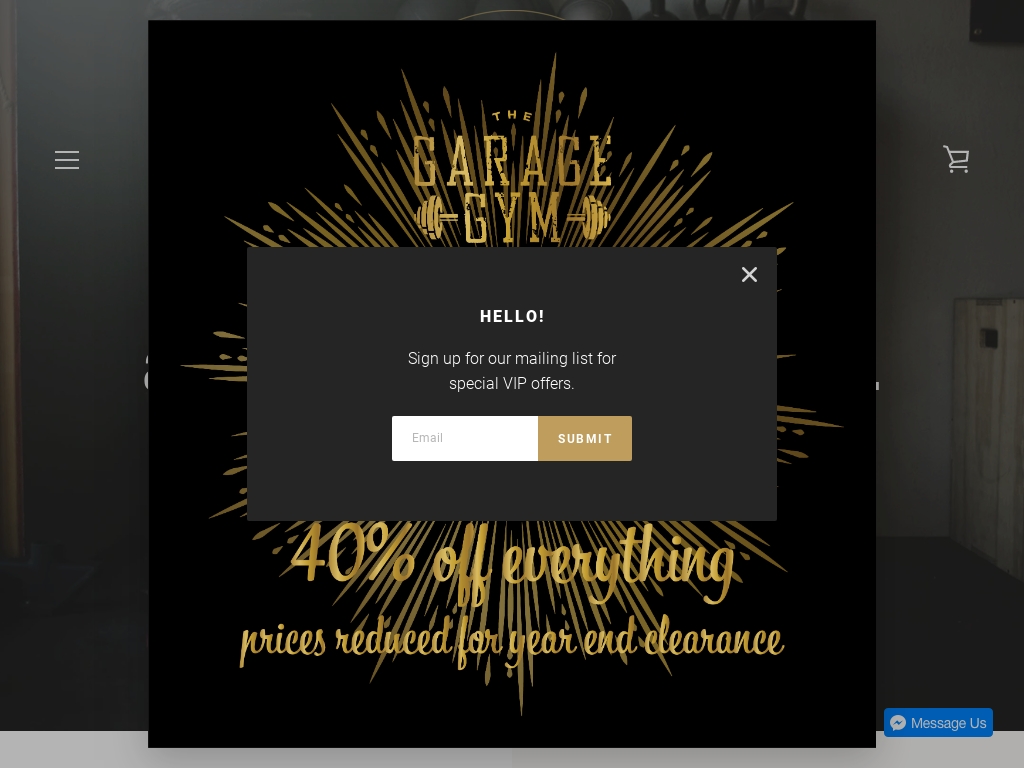
This case study details a woman who started a women's gym apparel business from her garage, and has since grown consistently, with $7k a month in sales, by retaining customers through personal connections & genuine marketing, and plans to continue expanding with her passion.
586. CBD Solutions ($84K/year)
Trey Gilliam, the founder of CBD Solutions, came up with the idea for his business after working at a local CBD chain and seeing the potential in the emerging CBD market. After completing a 500-mile hike in Spain, he gained the clarity and confidence needed to start his own CBD company. Today, he sells flavored CBD oil online and at trade shows, generating an impressive $7,000 in gross monthly revenue.
How much money it makes: $84K/year
How many people on the team: 1

This case study details the founding of CBD Solutions, a CBD product manufacturer that generates $7,000 in monthly revenue through wholesale accounts, trade shows, and online sales, and the founder's journey in creating a successful business through personal interactions and knowledge of the market.
587. Simple Goodness Sisters ($84K/year)
Belinda and Venise, the Simple Goodness Sisters, came up with the idea for their business while running a mobile bar company. Clients constantly asked how to recreate the fresh, farm-fresh drinks served at their events, leading them to develop their own small-batch, homemade mixers made with ingredients from Venise's farm. After much research and hard work, they launched their farm-to-bar mixers and accessories in Fall 2018, with their products gaining popularity in the cocktail and alcohol-free cocktail scene.
How much money it makes: $84K/year
How much did it cost to start: $30K
How many people on the team: 0

Simple Goodness Sisters is a lifestyle beverage brand that produces "farm to bar" cocktail mixers and accessories made with natural, sustainable ingredients, growing at a rate of 4 times their original production.
588. Bang-Up Betty ($84K/year)
Stacey, the founder of Bang-Up Betty, initially started making jewelry as a hobby, creating funny and bold pieces with curse words and silly phrases. She quickly learned that staying true to herself and her designs was more important than trying to please everyone. With average monthly revenue of $6,000 and features in sites like Buzzfeed and Huffington Post, Bang-Up Betty has grown into a successful business known for its feminist and progressive tendencies.
How much money it makes: $84K/year
How many people on the team: 1

How Stacey turned her handmade jewelry hobby into a business that generates an average revenue of $6,000 per month, with a focus on staying true to your designs and customers, and the importance of organic marketing through social media and SEO.
589. Scotty's Cigars ($78K/year)
Scotty, the founder of an online business selling cigars and tobacco products, got his start in the tobacco business with a small kiosk in a local mall. Seeing the success of big companies like Amazon and eBay, as well as the opportunity with pipes and pipe tobacco, he decided to jump into e-commerce in 1999. Over the years, he made strategic shifts in product selection and rebranding, navigating changes in regulations and market demand, to build a successful online business.
How much money it makes: $78K/year
How much did it cost to start: $25K
How many people on the team: 6

Entrepreneur Scotty shares how he started an online business in 1999 selling premium cigars and pipe tobacco, eventually becoming the largest direct-to-consumer distributor of pipe tobacco in the USA and generating over $6.5k/month in revenue, and how he pivoted his business from RYO supplies to premium cigars and tobacco products.
590. Candy Japan ($78K/year)
After moving to Japan and discovering the diverse and unique candies available, Bemmu Sepponen came up with the idea for Candy Japan. With flavors and varieties that are hard to find outside of Japan, Bemmu decided to start a subscription service that would send surprise boxes of Japanese candy to people all around the world. Since launching in 2011, Candy Japan has shipped over $1 million worth of candy and has paid Bemmu's living expenses in Japan for 7 years.
How much money it makes: $78K/year
How many people on the team: 0

This case study follows Bemmu Sepponen and his business Candy Japan, a service that has shipped over $1M worth of Japanese candy to people all over the world and has paid Bemmu's living expenses in Japan for seven years, however, the company has seen a decline in subscribers due to changes in the industry and in costs.
591. Timber Grove Studios ($78K/year)
Sasha Weekes, the 25-year-old owner of Timber Grove Studios, started her business by making mountain shelves to sell on Facebook and Kijiji. After realizing their popularity, she launched her business on Etsy and focused on creating a clear color chart with 20 customization options for customers. Despite initial challenges with shipping, Sasha prioritized customer service and now runs a successful business with revenue ranging from $2,000 to $10,000 per month.
How much money it makes: $78K/year
How many people on the team: 0
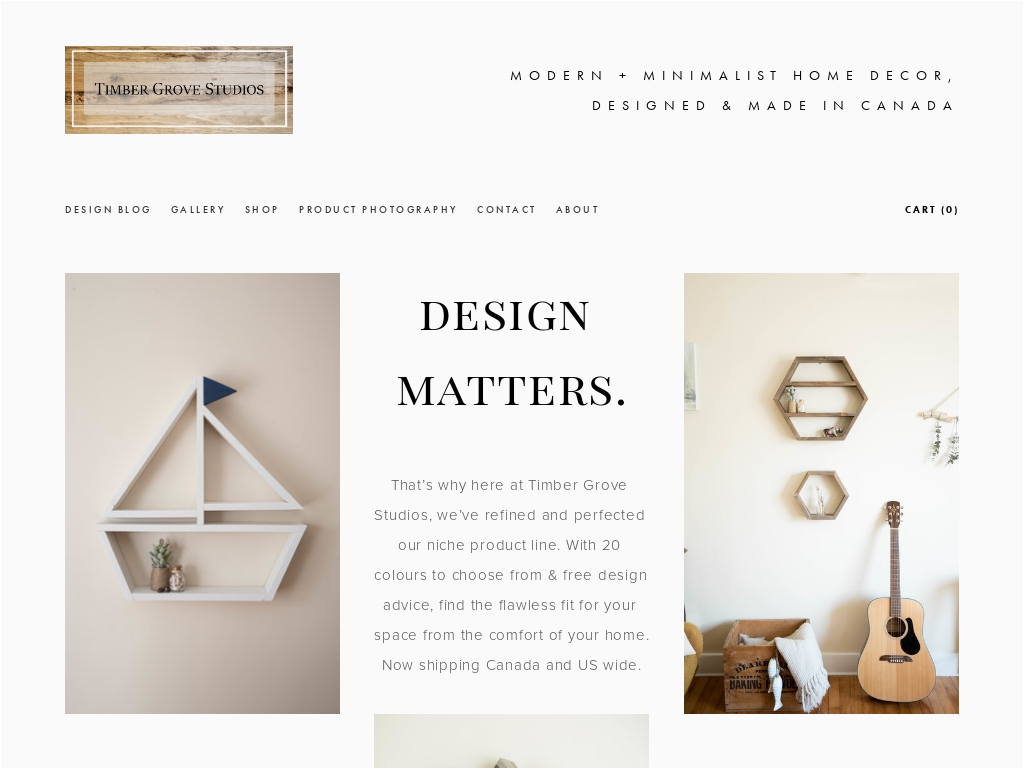
Sasha Weekes, owner of Timber Grove Studios, turned her fine arts and cabinetmaking education into a successful home-based woodworking business that grew from a side project to netting 20-50% profits month-to-month and up to $10,000 in sales during peak periods through Etsy, with her company's growth continuing to increase through other social media outlets.
592. Suzann K Fine Art ($76.8K/year)
Suzann Kaltbaum, a fine art photographer, started her business as a passion project in travel photography. Through experimentation and honing her skills, she developed a unique blended technique that resonated with her clients. Her art, printed on mixed metals, highlights the pictures and has generated a lucrative business, winning awards and being featured in various venues. Suzann emphasizes the importance of seizing opportunities and believing in oneself.
How much money it makes: $76.8K/year
How much did it cost to start: $6.5K
How many people on the team: 0

Discover how Suzann Kaltbaum turned her passion for fine art photography into a lucrative business, generating $5k per month, through her unique blend of digital techniques and printing on mixed metals, and her focus on showcasing her art in person rather than through advertising.
593. Ship Our Wedding ($75K/year)
Rob, the founder of Ship Our Wedding®, came up with the idea for his business after realizing that many clients couldn't afford the expensive prices of his local wedding company. He believed that if clients were able to do it themselves, they could plan an event they deserve. With a background in Event Management, Supply Chain, and System Design, Rob and his wife Nicole developed a streamlined DIY service that offers affordable and easy-to-setup online wedding decor rentals.
How much money it makes: $75K/year
How much did it cost to start: $50K
How many people on the team: 4

Ship Our Wedding® disrupts the wedding industry with DIY event rentals backed by over 5,000 events experience, promoting a Super Local Initiative to help newer companies grow.
594. Everlasting Herb Farm ($73.2K/year)
Wendy Mackenzie, a former teacher, discovered her passion for herbalism during a guest speaker session in her classroom. She started Everlasting Herb Farm as a side hustle, experimenting with formulations and products. After receiving positive feedback and a lucrative opportunity from a Vermont retailer, the business began to grow, eventually leading to the construction of a dedicated workspace in Wendy's backyard.
How much money it makes: $73.2K/year
How much did it cost to start: $500
How many people on the team: 2

Everlasting Herb Farm co-owner Wendy Mackenzie made $6,100 in revenue on average each month selling plant-based, organic skincare products, including a Skin Salve, and is working hard to grow her business by taking courses, formulating new products, rebranding, and finding large retailers to white label/wholesale to.
595. White2Label Manufacturing ($72K/year)
Anthony Mellor, the founder of White2Label Manufacturing, came up with the idea for his business while running his previous sportswear brand and experiencing the challenges and risks associated with manufacturing overseas. Through market research and feedback from potential customers, he identified a gap in the market for a sportswear manufacturing wholesaler that offers white label and bespoke services, leading him to launch his new venture. Since its launch in November 2018, White2Label Manufacturing has generated £55,000 in stock sales, providing clients with a more accessible and reliable manufacturing solution.
How much money it makes: $72K/year
How many people on the team: 1
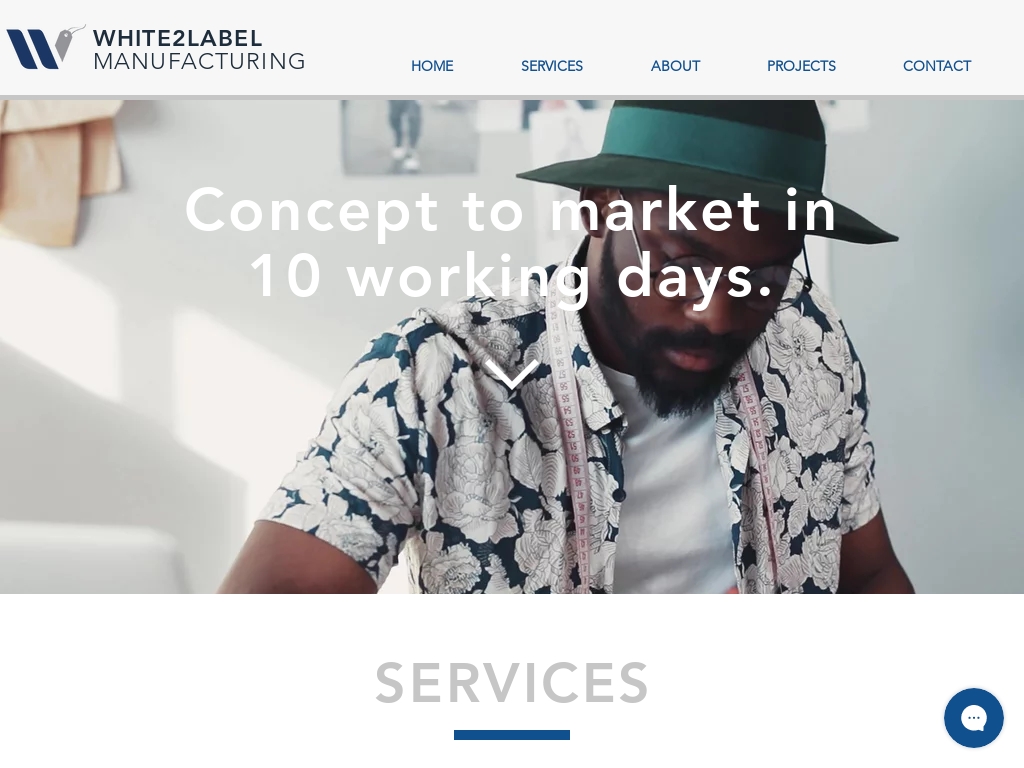
This case study is about a former fitness apparel founder who established a UK-based bespoke and white-label sportswear manufacturing wholesaler, driving £55,000 in revenue through sales up to November 2019, with 300 organic monthly visitors and 35% gross profit margin.
596. Temples and Markets ($72K/year)
Judith Treanor came up with the idea for her business, Temples and Markets, after traveling extensively throughout Southeast Asia and being inspired by the creativity and resilience of the artisans she met. She wanted to expose their unique creations to a broader market and help others overcome "Buyers' Regret" by offering products that could usually only be found on one's travels. Since launching, Judith has used PR, SEO, and email marketing to attract and retain customers, with 85% of her traffic coming from SEO.
How much money it makes: $72K/year
How many people on the team: 0

Temples and Markets founder Judith Treanor sources handmade, unique and sustainable artisan products from Southeast Asia for her online store, curating accessories, bags, jewelry and home decor to appeal to conscious consumers aged 30-55 who love to travel, with a 24% returning customer rate and an online conversion rate of .33%.
597. Paper Saver ($72K/year)
Jon Yong, an architect, came up with the idea for the Paper Saver after constantly printing off draft designs that became obsolete moments later. He devised a handmade "Paper Saver" out of cardboard with a pocket inside, which allowed him to insert used paper and access the blank sides as pages of a notebook. Intrigued by the interest it generated from colleagues and clients, Jon and his partner launched the Paper Saver in 2015, and it has since grown year-on-year by an average of 20%.
How much money it makes: $72K/year
How many people on the team: 1
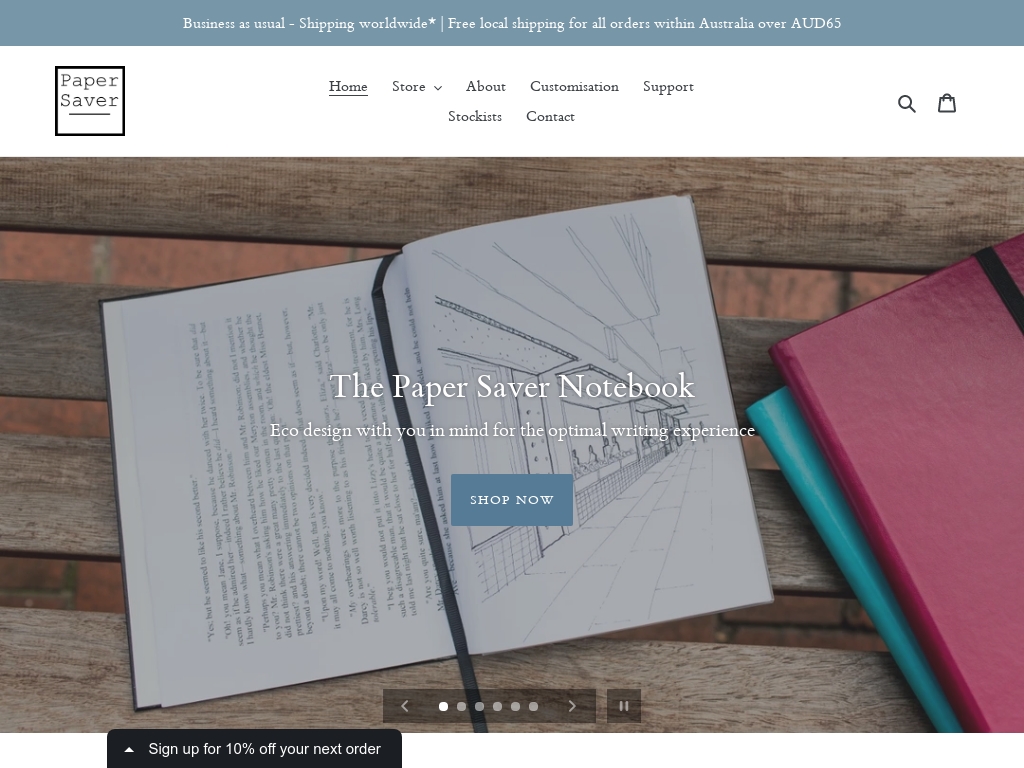
The Paper Saver is a sustainable notebook that reduces paper waste by utilizing used paper as pages, and has grown YOY on an average of 20% since its 2015 launch, with an expanded range including the Leather Paper Saver and the Sparkle Paper Saver for Kids.
598. No-Code MVP ($72K/year)
Bram had extensive experience working and coaching with early-stage startups, and No-Code MVP became an outlet to let all that knowledge into a product.
How much money it makes: $72K/year
How many people on the team: 0
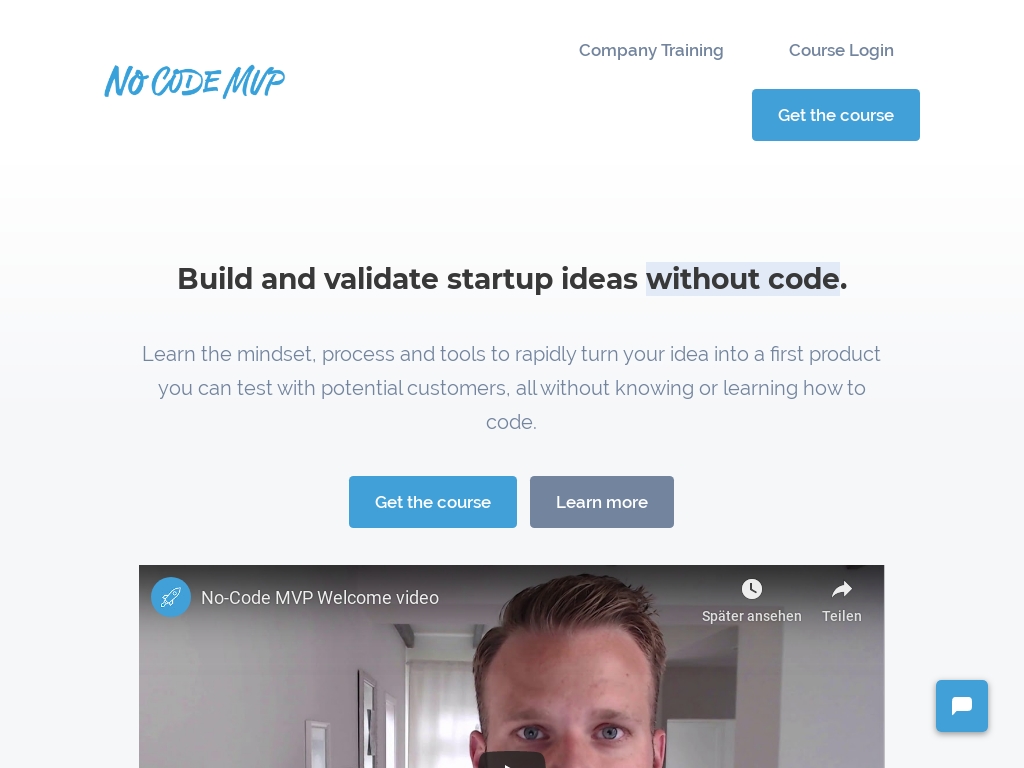
A stay-at-home father created No-Code MVP course, which teaches people the mindset, process, and tools they can use to build and validate their startup and business ideas without any knowledge or learning how to code, generating $8,000 in a pre-sale over 3 weeks and is on track to make $6,000/month.
599. Foxly Handmade ($72K/year)
Jen, the founder of FOXLY Handmade, started her business by experimenting with various handmade bag styles before realizing the potential of zipper pouches. She simplified her product line and partnered with artists to create illustrations for the pouches, allowing her to scale the business and expand her brand's reach. Transitioning to eCommerce sales in 2019 proved successful, and Jen anticipates tripling last year's sales by the end of this year.
How much money it makes: $72K/year
How much did it cost to start: $600
How many people on the team: 0
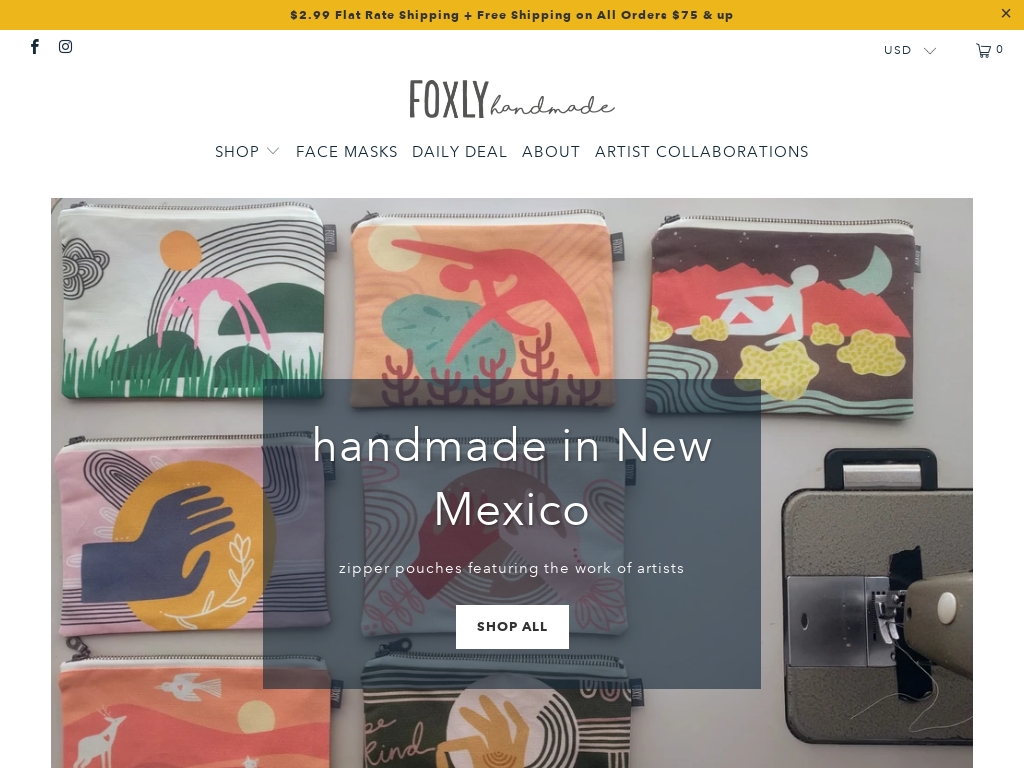
Foxly Handmade, a handmade bag company based in Albuquerque, New Mexico, pivoted to focus on e-commerce sales and scaled their business to anticipate tripling last year's revenue, which was made possible by data analysis to focus on their standout product.
600. Pilly Labs ($66K/year)
Ronell, the founder of Pilly, came up with the idea for his health and wellness company after trying a liquid herbal tincture for stress relief and experiencing amazing results. However, he realized that the product lacked modern packaging, marketing geared towards a younger demographic, and convenient delivery. With a determination to create a brand that checked all the boxes, Ronell started Pilly while working an 80-hour a week job, and after months of hard work and overcoming obstacles, he successfully launched the brand and is now generating around $5K in monthly revenue.
How much money it makes: $66K/year
How many people on the team: 1
This case study follows the journey of a founder who, while holding down an 80-hour job, launched a health and wellness company selling all-natural, herbal-based supplements, generating $5K in revenue per month, and relying heavily on Google PPC ads for traffic.
601. The Laughing Tree Organics (Now Renu Naturals) ($64.8K/year)
Bonnie Giangrande, creator and founder of The Laughing Tree Organics, started her business after learning about the dangers of chemicals in personal care products. Motivated by the desire to provide healthier alternatives, Bonnie formulated a line of organic and all-natural skincare products that are good for both people and the planet. Her commitment to sustainability and educating consumers has helped attract and retain customers over the years.
How much money it makes: $64.8K/year
How many people on the team: 1
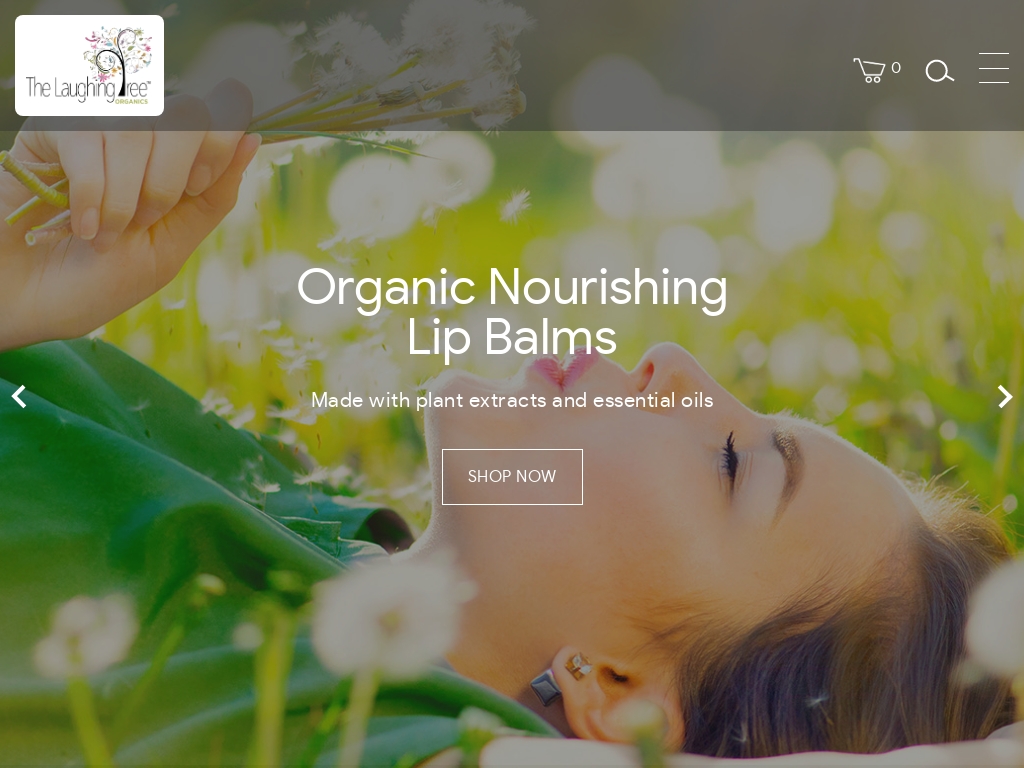
Founder Bonnie Giangrande shares her journey of creating The Laughing Tree Organics, an organic and plant-based skincare company that brought in $5.4k a month, to offer healthier and sustainable skincare options.
602. LoveLornLingerie ($62.9K/year)
Jessica Ding, the founder of Love Lorn Lingerie, started her business on a whim after making a few leather designs and selling them on Etsy. Fast forward a few years, and her side hustle is now a self-sufficient business, providing her with extra income and a creative outlet. Jessica sources materials herself, designs all the products, and handles marketing, leveraging platforms like Instagram and in-person events to attract and retain customers.
How much money it makes: $62.9K/year
How many people on the team: 0

Love Lorn Lingerie started as a side hustle and now generates $1.9k per month in revenue through Etsy and local events, with plans to expand into wholesale and increase marketing efforts to eventually replace the founder's day job.
603. Tohfabd ($60K/year)
After successfully launching Tohfabd, Iqbal Anwar and his team focused on attracting and retaining customers. They utilized Facebook Ads campaigns and email marketing to generate leads and spread awareness about their online gift delivery service. Additionally, they offered regular discounts on gift items to incentivize customers and ensure top-notch service.
How much money it makes: $60K/year
How much did it cost to start: $10K
How many people on the team: 10

Tohfabd is an online gift delivery business serving Bangladeshi expats, with over 500 logistics agents covering all of Bangladesh's districts and more than 8000 orders successfully delivered within six months, with a focus on cakes, flowers, and gifts to celebrate special occasions.
604. KAHINDO ($60K/year)
Kahindo Mateene, Founder and Chief Creative Director of KAHINDO, came up with the idea for her luxury sustainable fashion brand after launching a successful Kickstarter campaign in 2014. She repurposed fabric scraps into clutches made by women in her hometown of Goma, Congo. Inspired by her Pan-African upbringing and desire to create positive change through fashion, she rebranded in 2017 and now incorporates original prints and African stories into her designs.
How much money it makes: $60K/year
How much did it cost to start: $20K
How many people on the team: 1
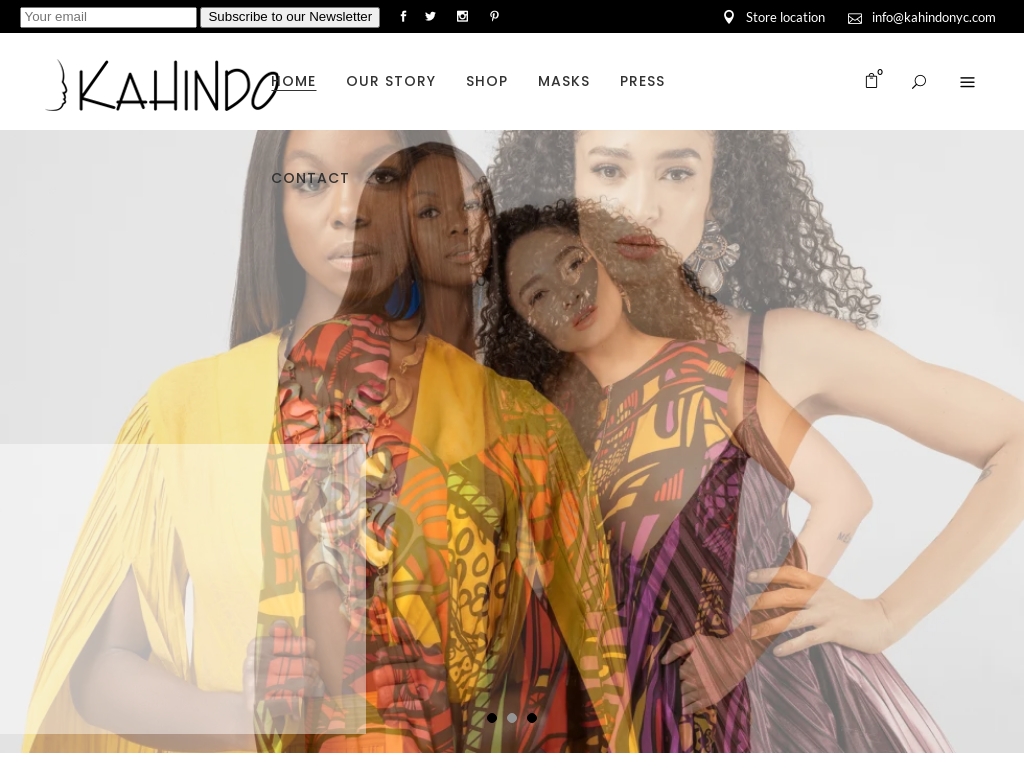
KAHINDO is a sustainable women's luxury fashion brand that celebrates African fashion and promotes ethical work practices, with annual sales of $60k and wholesale clients like Rent The Runway.
605. TCB Designs, Florida ($60K/year)
Crystal, the founder of TCB Designs, Florida, started her business in 2017 as a side hustle and creative outlet. She began by selling small rustic farmhouse signs on Facebook, which gained traction and led her to expand her audience reach on Etsy. Over the years, she has added smaller items and personalized gift ideas to boost sales, with the last Christmas season generating over $20k in revenue. Crystal's mission is to provide affordable decor options for people who love the farmhouse style but may not be able to afford expensive items.
How much money it makes: $60K/year
How much did it cost to start: $8K
How many people on the team: 1

Mompreneur builds thriving rustic home decor business that hit $20k in sales during last year's holiday season and continues to grow through Etsy, Shopify, and Faire wholesale.
606. Honeydew ($60K/year)
Ivory Mouzon, Chief Accountability Officer and Founder of Honeydew Lists, came up with the idea while walking with her friend Jermaine. They pitched the idea of sending a honeydew melon in the mail with a custom message for a honey-do list. Seeing the potential for a fun and unique product, they launched Honeydew Lists, expecting to bring in at least $5,000 in their first month.
How much money it makes: $60K/year
How many people on the team: 0

Honeydew Lists mails editable honeydew melons for a unique way of creating a "honey-do" list, attracting 30 customers on its initial launch and anticipating $5000 revenue within its first month.
607. Goods That Matter ($60K/year)
Tippy Tippens, Chief Eternal Optimist at Goods that Matter, came up with the idea for her business after witnessing the BP Oil Spill unfold. She designed a black, bird-shaped soap with a smaller, white ceramic bird at its center to raise funds for oil spill cleanup. Starting on Kickstarter, Tippens raised $6,000 and used that as proof of concept to launch Goods that Matter, which has since donated $31,000 and became the first Benefit Corporation in Louisiana.
How much money it makes: $60K/year
How many people on the team: 1
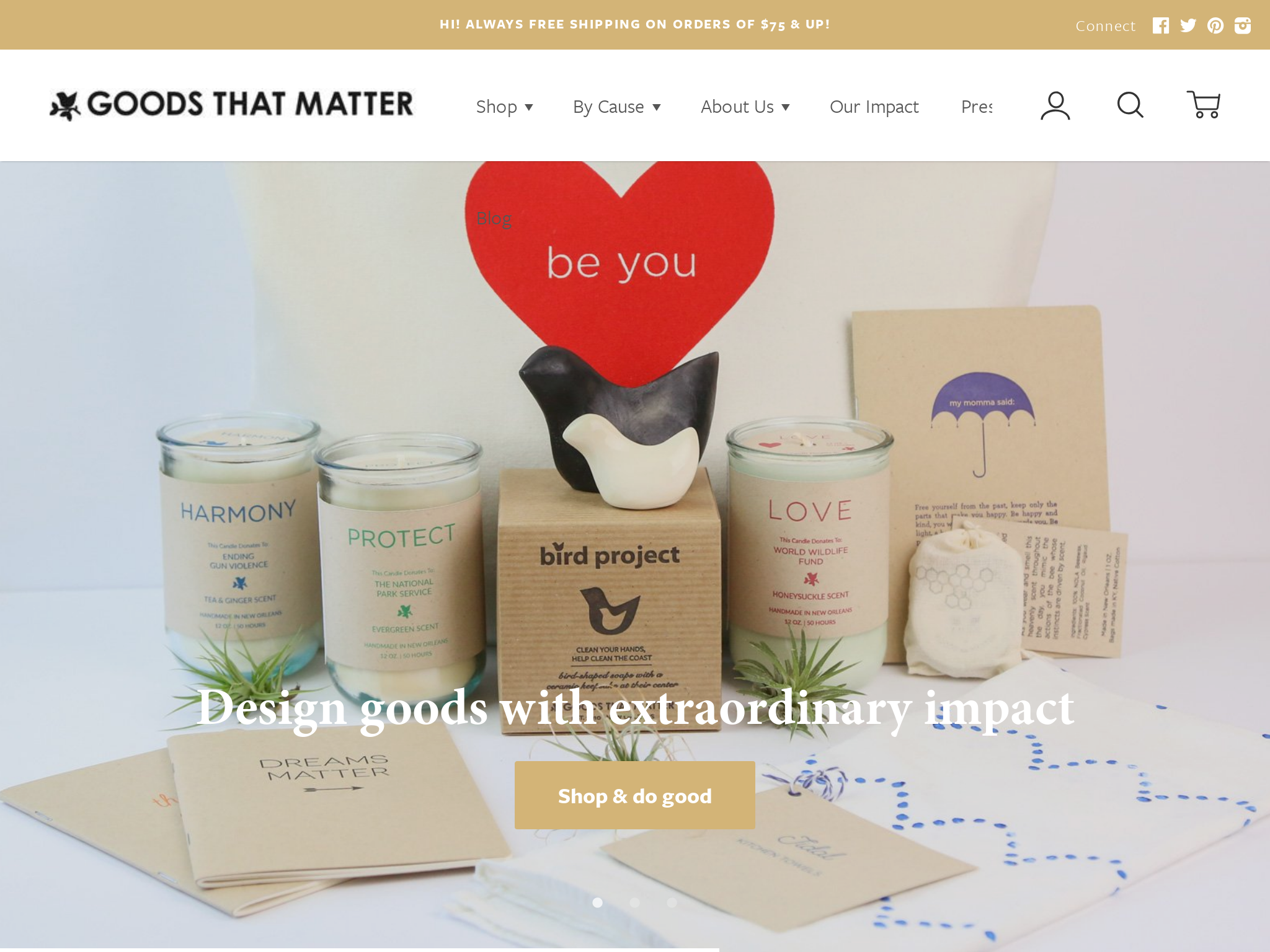
Goods that Matter is a Benefit Corporation focused on eco-friendly products that also give back to social and environmental causes, with $31k donated and a goal of $1 million, using handmade local makers, research and development, and a mix of online, wholesale, and brick-and-mortar sales channels.
608. Nimble Made ($60K/year)
Tanya Zhang, co-founder of Nimble Made, came up with the idea for their D2C e-commerce menswear brand after observing the struggles of her co-founder Wesley Kang in finding a well-fitting dress shirt for his slim build. They created their own unique, actually-slim sizing based on height and weight and launched the business in late 2018, reaching $40k in revenue in their first year. Their mission is to increase Asian American Pacific Islander representation in fashion by offering slim-fit dress shirts that actually fit off-the-rack.
How much money it makes: $60K/year
How much did it cost to start: $5K
How many people on the team: 0

A year-old D2C menswear brand that sells "actually slim" dress shirts, uses grassroots marketing, SEO, and Facebook/Instagram ads as their top customer acquisition channels with $40k in sales and plans to expand their product selection to pants, accessories, and more.
609. The Foodnited States ($60K/year)
Chris's eight year old suggested him the idea of "food named states". A photo series based on this idea went viral on Instagram, and a couple years later, Chris started developing a Shopify store for t-shirts based on the same concept.
How much money it makes: $60K/year
How many people on the team: 0

The Foodnited States, an online shop selling illustrated state-themed merchandise, started generating an extra $3-5k monthly with only 11 states available, having relied heavily on organic social media and an email list to attract customers, with user-generated content and collaborations with photographers and brands being its most effective marketing tools.
610. AMANO Tongue Cleanser ($60K/year)
Mano came up with the idea for his tongue cleaning business after realizing the benefits of cleaning his own tongue with a scraper given to him by a friend. He conducted extensive research and validation to support the concept, and partnered with a leading manufacturer in the oral care sector to create a high-quality and safe product. Now, his premium tongue cleansers are gaining popularity among various target markets, from oral care to wine drinkers and elite athletes.
How much money it makes: $60K/year
How many people on the team: 1
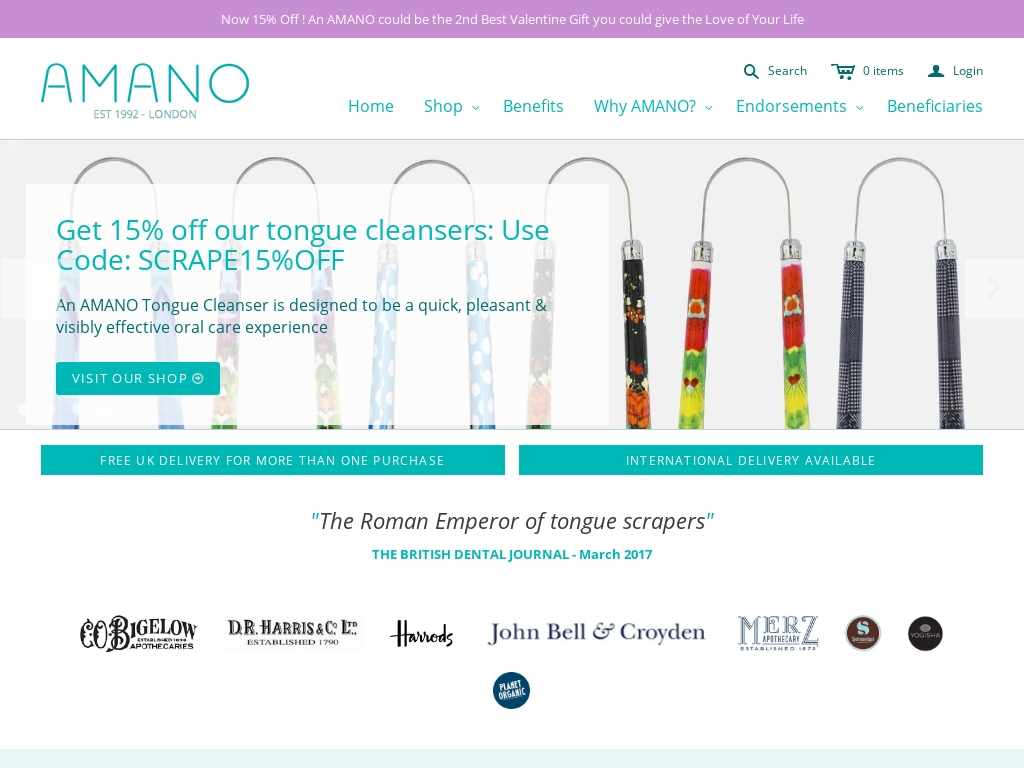
This case study follows an entrepreneur's journey to establish and grow the market for tongue cleaning in Europe and North America while building a premium tongue cleaning brand.
611. Short Steve Button Downs ($60K/year)
Steve Radke, Founder and CEO of Short Steve Button Downs, came up with the idea for his business when he realized there was a lack of comfortable, breathable short sleeve button down shirts on the market. After Googling how to make a shirt and working with a manufacturing company, he created a sample and found factories in New York to produce his products. He launched his business before Memorial Day Weekend, and is currently making $5,000/month in revenue.
How much money it makes: $60K/year
How many people on the team: 1
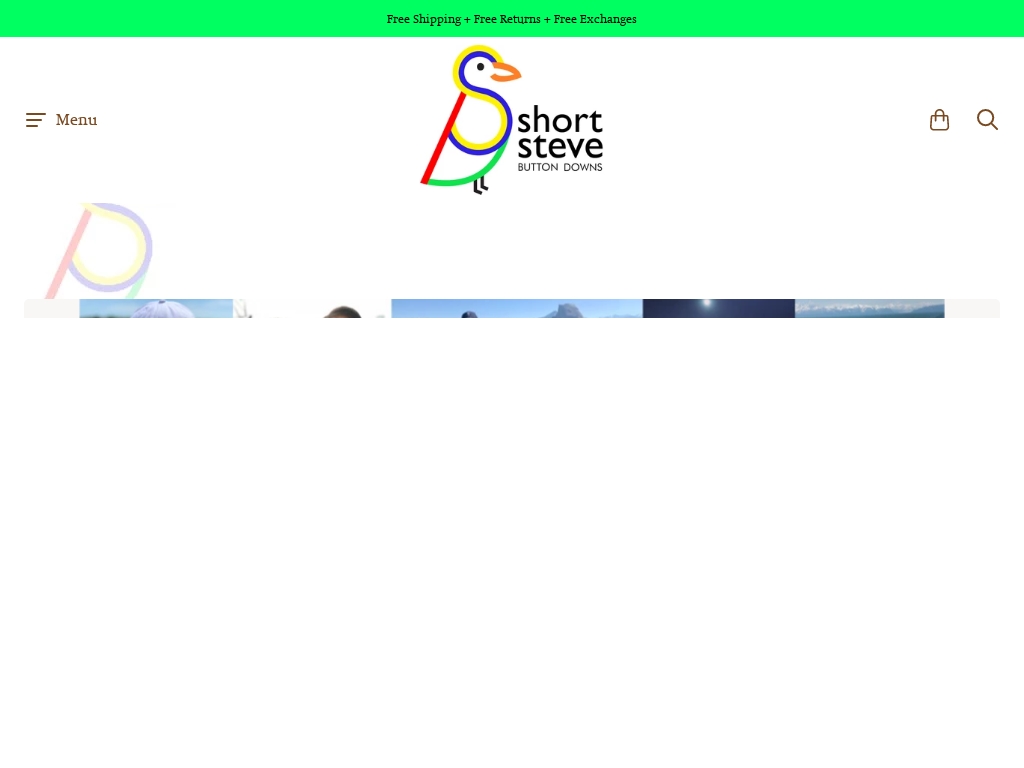
Short Steve Button Downs is a New York-based online retailer that specializes in producing high-quality short sleeve button down shirts (SSBDs) out of soft, breathable performance fabric; the company, which launched in May 2019, is currently making about $5,000 per month in revenue.
612. Ayo Supplements ($60K/year)
After struggling to maintain his weight and overall health in his post-college years, Paul Sciortino discovered the health benefits of matcha tea. However, he found it difficult to incorporate matcha into his busy routine. This led him to create Ayo Supplements, offering convenient matcha tea capsules. Within 5 months, the business has reached customers in over 100 cities across the country and has become "Amazon's Choice" for Matcha Pills.
How much money it makes: $60K/year
How many people on the team: 0

Ayo Supplements founder, Paul Sciortino, created a quality and convenient matcha supplement that became Amazon's top choice for matcha pills, and the company has reached customers in over 100 cities across the US in just 5 months, but faced challenges with manufacturing, funding and marketing strategy along the way.
613. Choast ($60K/year)
Choast was founded by Joseph and Gianfranco, who bonded over their love for smoking weed and wanted to create a brand that welcomed all stoners. After a year of subconscious preparation and the word "Choast" spreading rapidly through high schools and colleges in Ontario, they decided to start a cannabis brand. Their catchy logo, quality products, and social media marketing strategies have helped them become one of the most well-known brands in the Toronto area, making $5,000 per month.
How much money it makes: $60K/year
How much did it cost to start: $2K
How many people on the team: 5
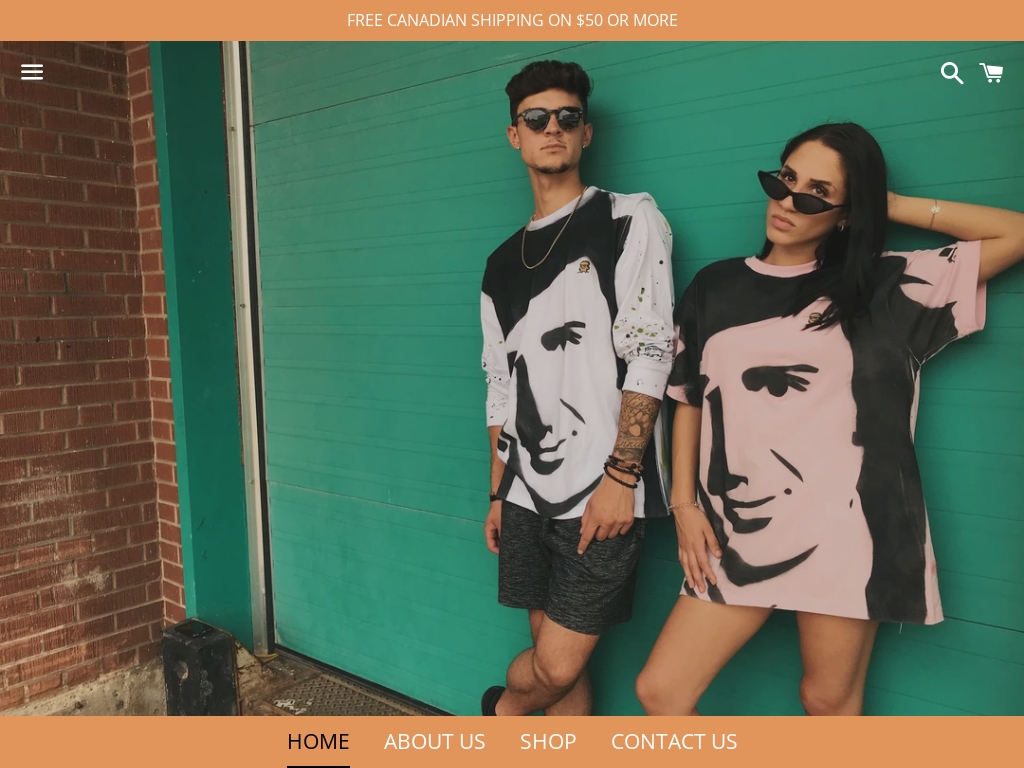
Choast, a cannabis apparel and smoking accessories brand, has made a name for itself in Toronto and the cannabis niche, generating $5,000 per month through taking an audience of marijuana users built by creating memes and turning it into a clothing and accessories brand.
614. On Cloud Faith ($60K/year)
Jonathan Waldmann, his then-girlfriend Ilona, and her mother Sonja started their business in 2012, initially selling handmade Gimp bracelets and headbands on Etsy. They later transitioned to crystalized wedding apparel and eventually expanded their product categories to include travel shirts, party shirts, bridal shirts, and engagement shirts. They have made an impressive $7.2 million in sales since their inception with a starting investment of $5,000.
How much money it makes: $60K/year
How much did it cost to start: $5K
How many people on the team: 11

This case study follows the story of a successful online business that has made 7.2 million dollars in sales since 2012, with profits of around 30-45%, and the founders share insights on lessons learned and tools used.
615. Mamalates ($60K/year)
Wendy Foster, the founder of The Mamalates Birth Recovery Method, came up with the idea after experiencing the physical and mental challenges of postpartum recovery herself. She modified traditional Pilates exercises and used the foam roller for self myofascial release to help her recovery. After sharing what was working for her with other women, she realized the lack of resources and guidelines for postpartum recovery in the US and decided to dedicate her practice solely to prenatal and postpartum women. She then expanded her offerings to include a DVD and a training program for birth and fitness professionals.
How much money it makes: $60K/year
How many people on the team: 0

Mamalates Birth Recovery Method has successfully built an e-commerce store and market by creating pilates based pregnancy and postpartum workout kits, DVDs, and training programs for birth and fitness professionals, combined with a prenatal/postpartum video streaming site, and has been able to create a profitable and sustainable business.
616. mazi + zo ($60K/year)
Lizzy Klein, founder of mazi + zo, started her business after realizing there was a lack of high-quality and modern jewelry options for sorority women. After developing a versatile and stylish collection of jewelry, she launched her website in June 2019 and quickly gained traction, attracting customers beyond just sororities. Today, mazi + zo offers a range of symbol necklaces, earrings, and more, with their Double Star Choker Necklace being their best-selling item.
How much money it makes: $60K/year
How much did it cost to start: $20K
How many people on the team: 1

Mazi + Zo offers high-quality and modern jewelry for sorority sisters and other women, developed by founder Lizzy Klein after discovering a lack of stylish options in the market, and is now expanding into the broader market with organic social media being the most successful channel.
617. Happily Ever Borrowed ($60K/year)
Brittany Finkle, the founder of Happily Ever Borrowed, came up with the idea for her business after witnessing the high cost and poor quality of bridal accessories. Realizing that brides needed a more affordable and luxurious option, she launched an e-boutique that rents out high-end designer accessories for a fraction of the retail price. With over 100% growth each year and plans for expansion, Happily Ever Borrowed is revolutionizing the way brides accessorize for their wedding day.
How much money it makes: $60K/year
How many people on the team: 1
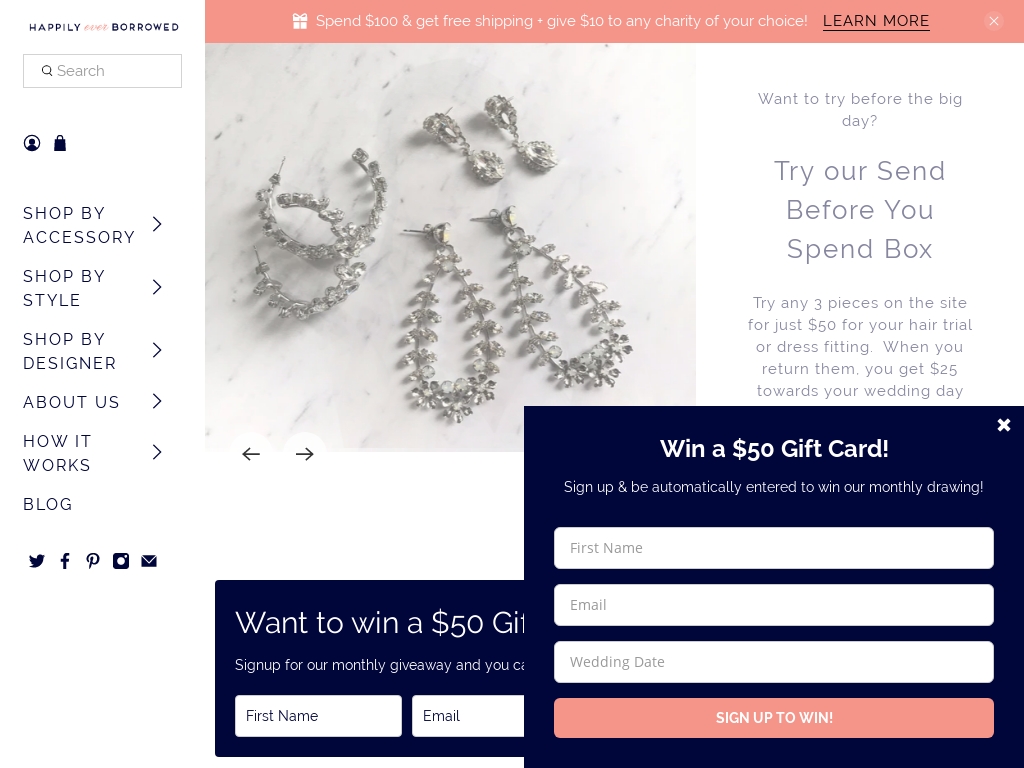
Luxury e-boutique Happily Ever Borrowed rents bridal accessories to brides for their special day, offering high-end designer accessories for around 80-90% off retail prices.
618. CamelliaShop ($60K/year)
Debbie Odom, co-founder of Camelliashop.com, came up with the idea for her backyard plant nursery business after working at Gene's Nursery and falling in love with Camellias. She saw the opportunity to bring these unique plants to a national market through the internet and launched CamelliaShop.com in 2007, which saw a 200% increase in sales within a month of its launch. Odom emphasizes the importance of staying current with changing trends and finding unique ways to differentiate your business.
How much money it makes: $60K/year
How many people on the team: 0

Camelliashop.com, a small US-based plant business specializing in Camellias and Tea Plants, increased its business 200% within one month of launching its ecommerce website in 2007.
619. Amanda Louise Swimwear ($60K/year)
The idea for such a brand came when Ally had ordered a suit online for her bikini competition, but wasn't quite happy with it. This gave her the push to start Amanda Louise for herself and other athleyes.
How much money it makes: $60K/year
How many people on the team: 0

AmandaLouise started in 2014 as a fitness competition swimwear brand and has since broken into mainstream luxury swimwear, with the brand being featured in the 2019 Sports Illustrated Swimwear Issue and launching a couture made-to-order collection in collaboration with Gretchen Rossi of Bravo TV’s The Real Housewives of Orange County.
620. 513 Kicks ($60K/year)
Chris Casseday came up with the idea for 513 Kicks after years of being a sneaker enthusiast and selling sneakers online. As a fan of Michael Jordan, he noticed the demand for collectible athletic shoes and decided to turn his passion into a profitable business. With over 21 years of experience in the sneaker market, Chris has been able to grow 513 Kicks into a successful online sneaker shop, generating an average monthly profit of $2,000.
How much money it makes: $60K/year
How many people on the team: 1

This case study follows founder Chris Casseday's journey in creating 513 Kicks, an online sneaker shop that went from sporadic income to an average profit of $2,000 per month within two years through strategic branding, SEO, social media, and email marketing.
621. Flowerdale Valley ($60K/year)
Mel, the founder of Flowerdale Valley, came up with the idea for her skincare business when she realized that the beeswax and honey from her farm could be used to create a hydrating and anti-aging cream. She started selling her first product, Bee Balm, along with honey, and gradually expanded her product range over the years. Now, her business brings in approximately $7,500 in sales per month and provides her income for her and her children.
How much money it makes: $60K/year
How many people on the team: 0
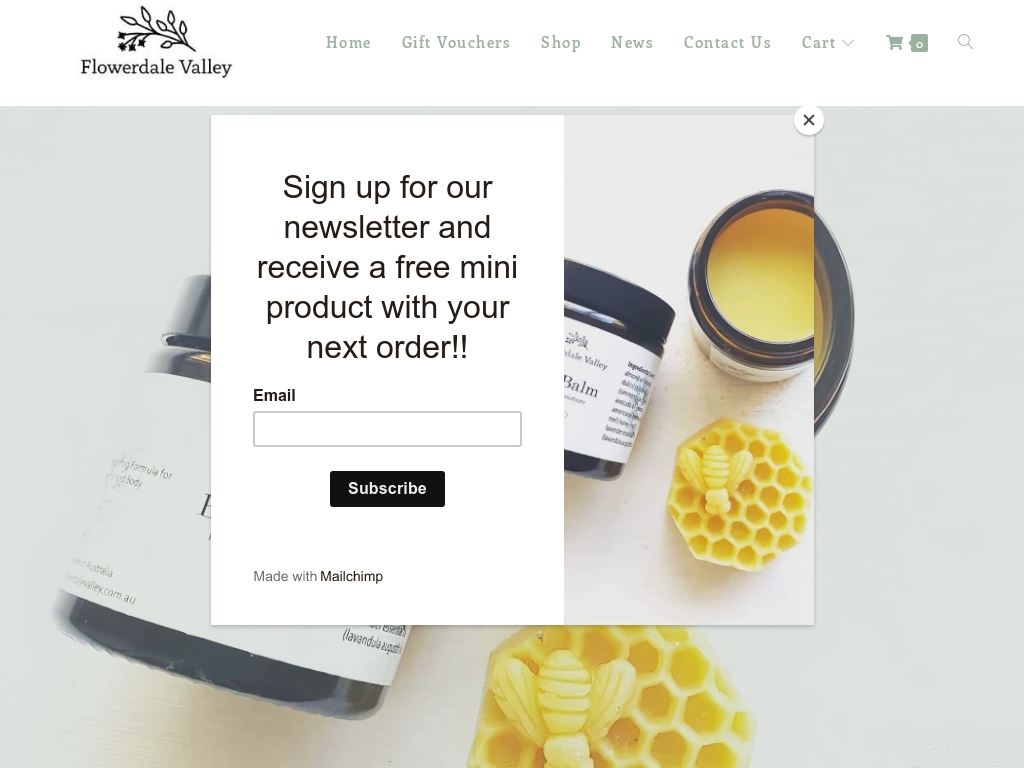
A mother-of-two started a $5k/month skincare business after experimenting with beeswax and honey to create luxurious all-natural products, growing her business to attain over $7,500 in sales per month via multiple sales streams, including $4,000 per month at markets.
622. Bunch of Animals ($60K/year)
Krystian Frencel, founder of Bunch of Animals and 3magine, was inspired to start his men's luxury underwear brand after discovering Stonemen Underwear on Instagram. He was captivated by the seamless prints and the way they made him feel more confident. However, he realized there were limitations to the available options and decided to create his own line of soft, beautifully designed boxer briefs.
How much money it makes: $60K/year
How many people on the team: 0

Founder Krystian Frencel shares how he built a men's luxury underwear brand, Bunch of Animals, to $5,000/month with no previous e-commerce or product creation experience, offering softer than soft boxer briefs featuring seamless designs in collaboration with artists from around the world.
623. TechKeys ($60K/year)
TechKeys founder Brad Agdern stumbled upon the idea for his business when he had a broken keyboard and sought advice from his tech-savvy friends. Through his research, he discovered a community of keyboard enthusiasts and realized there was a market for custom mechanical keyboard parts and accessories. Brad began organizing group buys for these products and eventually started his own online retail store, TechKeys, which now earns $5,000 a month in revenue.
How much money it makes: $60K/year
How much did it cost to start: $1K
How many people on the team: 1
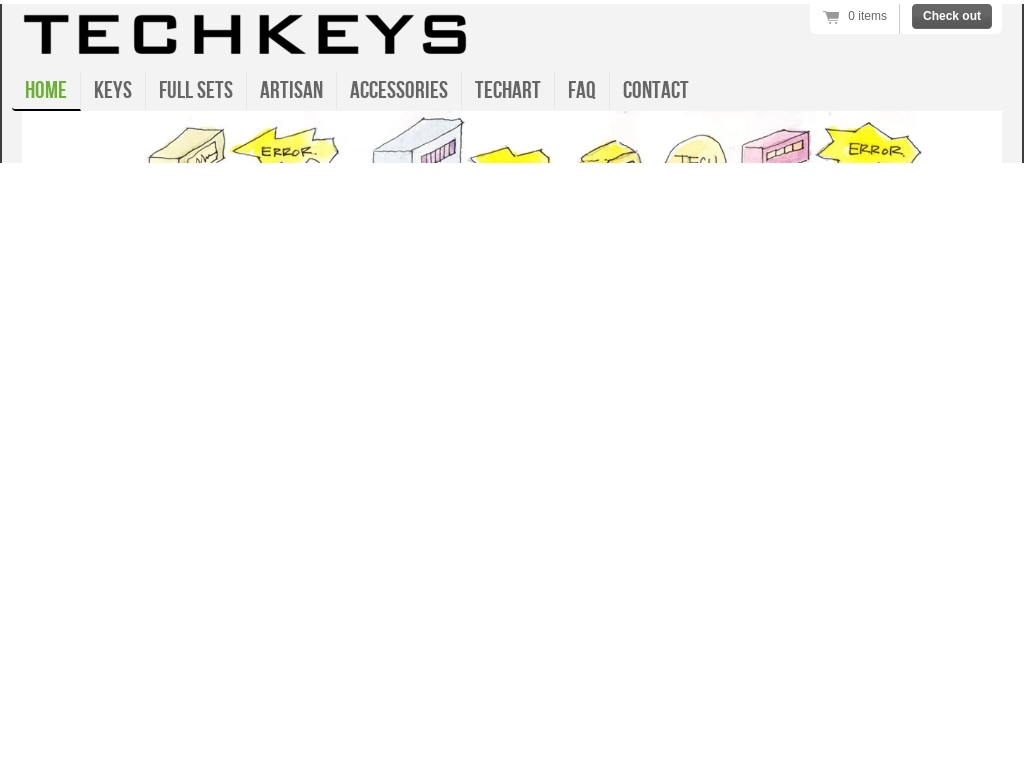
TechKeys, an online retail store dedicated to mechanical keyboard parts and accessories, grew from a hobby to a niche business earning $5,000 a month in revenue by leveraging the buying power of the group buy to manufacture additional inventory and offering them to buyers at a standard retail markup.
624. Klondike Kettle Corn ($54K/year)
Katie Young came up with the idea for Klondike Kettle Corn after a friend suggested starting a kettle corn business in Carcross, Yukon. She bought the business from her friend and began selling Sweet and Salty kettle corn at the Fireweed Community Market. Over the years, she expanded her product line and now sells over 30 different flavors, including unique combinations with locally sourced ingredients. With the business's success, she has been able to give back to her community through sponsorships and donations.
How much money it makes: $54K/year
How many people on the team: 1
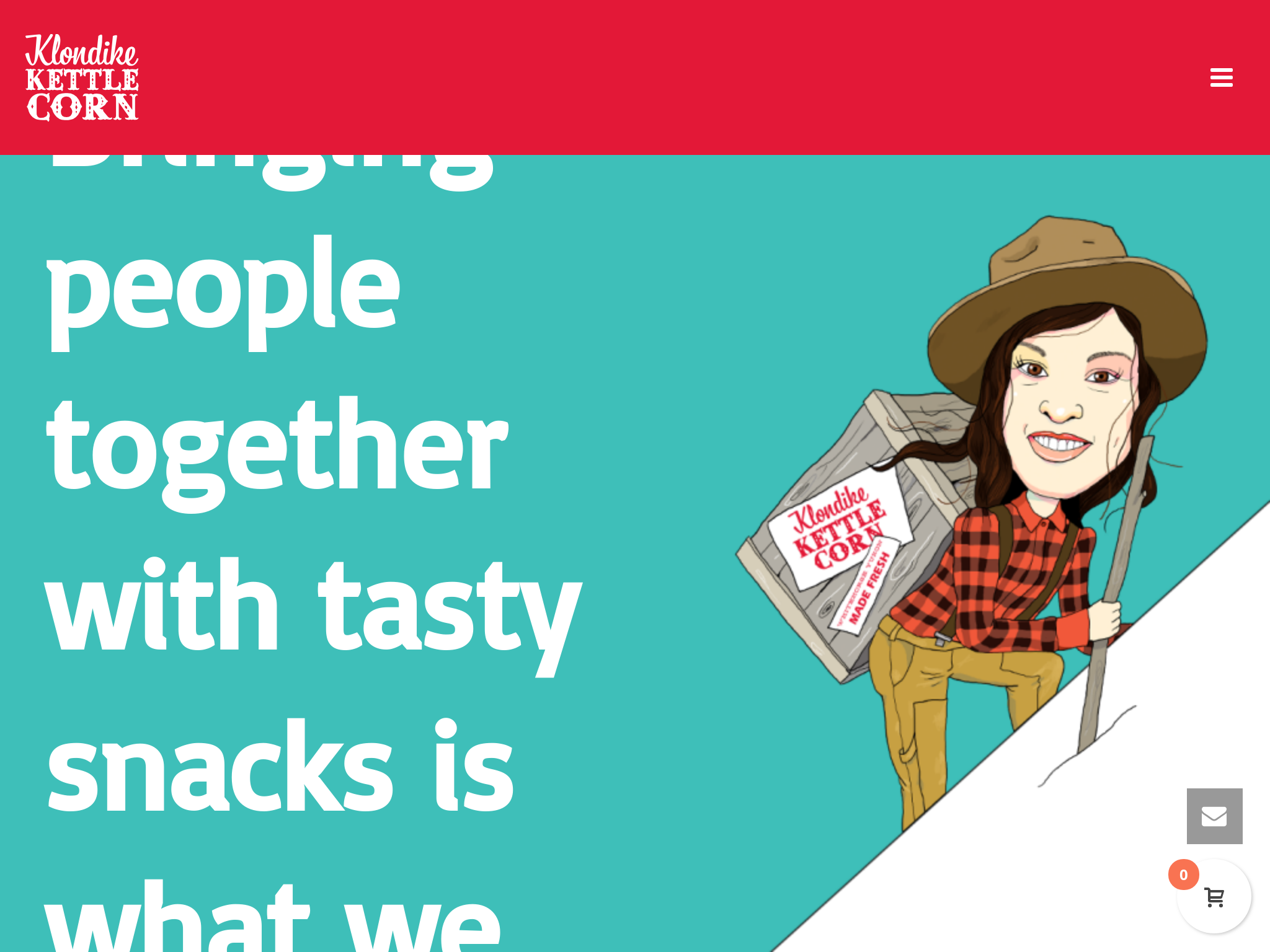
Klondike Kettle Corn, a gourmet popcorn company in the Yukon Territory, has grown its revenue by 67% and its Q1 revenue is up 39% from last year, by expanding its product line and collaborating with local businesses, while maintaining a strong social media presence.
625. Drink Shrub ($54K/year)
Aaron Weast, the founder of Drink Shrub, came up with the idea for his business after going through treatment for alcohol addiction. He realized that there was a lack of sophisticated zero-proof beverages available for those who didn't drink alcohol. Using his background in product development and innovation, he created Small Barrel Shrub, an all-natural balsamic beverage that serves as a "mocktail in a bottle." Through networking and crowdfunding, Drink Shrub has grown its customer base and secured funding to expand its business.
How much money it makes: $54K/year
How many people on the team: 1
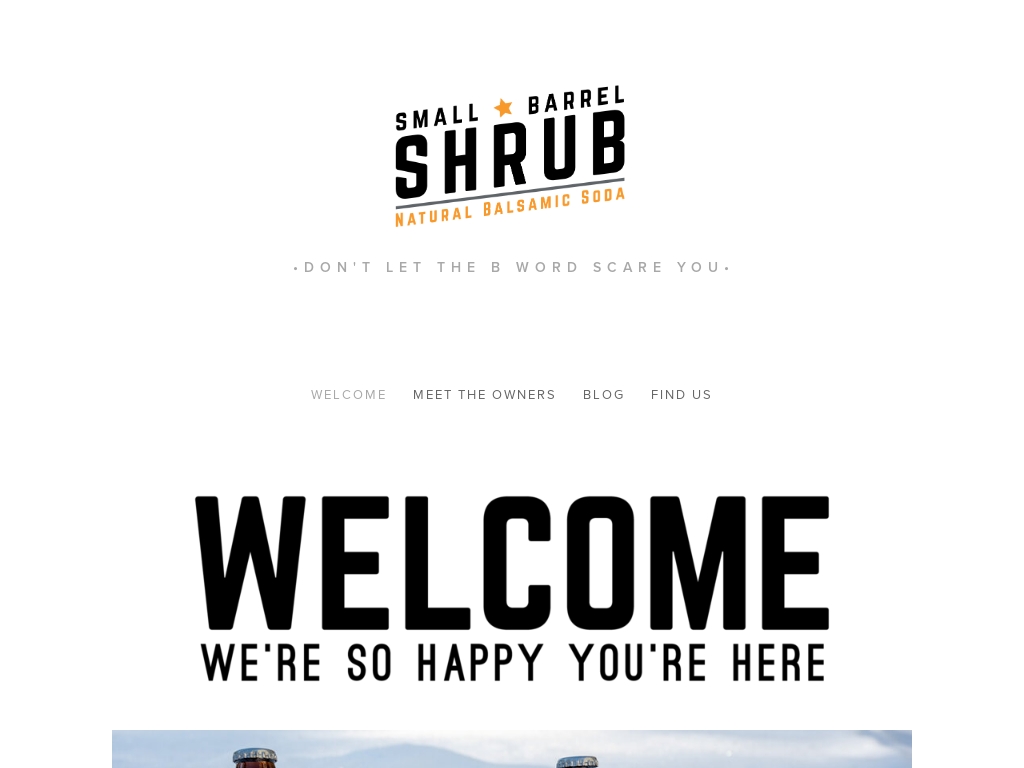
A former alcoholic and Nike product developer created a sophisticated zero-proof beverage called Small Barrel Shrub, which has seen tripling sales growth since a rebranding and recipe overhaul in May 2018, and has raised the majority of start-up funding via crowdfunding platform Pie Shell.
626. Innerglow Art ($51.6K/year)
Painting had helped Sarah channel her emotions of getting rejected from grad schools in a positive way, as she had been the "artsy" girl in college as well. It started as a hobby but within a few months, her friends and family encouraged her to sell her art. Seeing the demand on her store, she started Innerglow Art.
How much money it makes: $51.6K/year
How many people on the team: 0
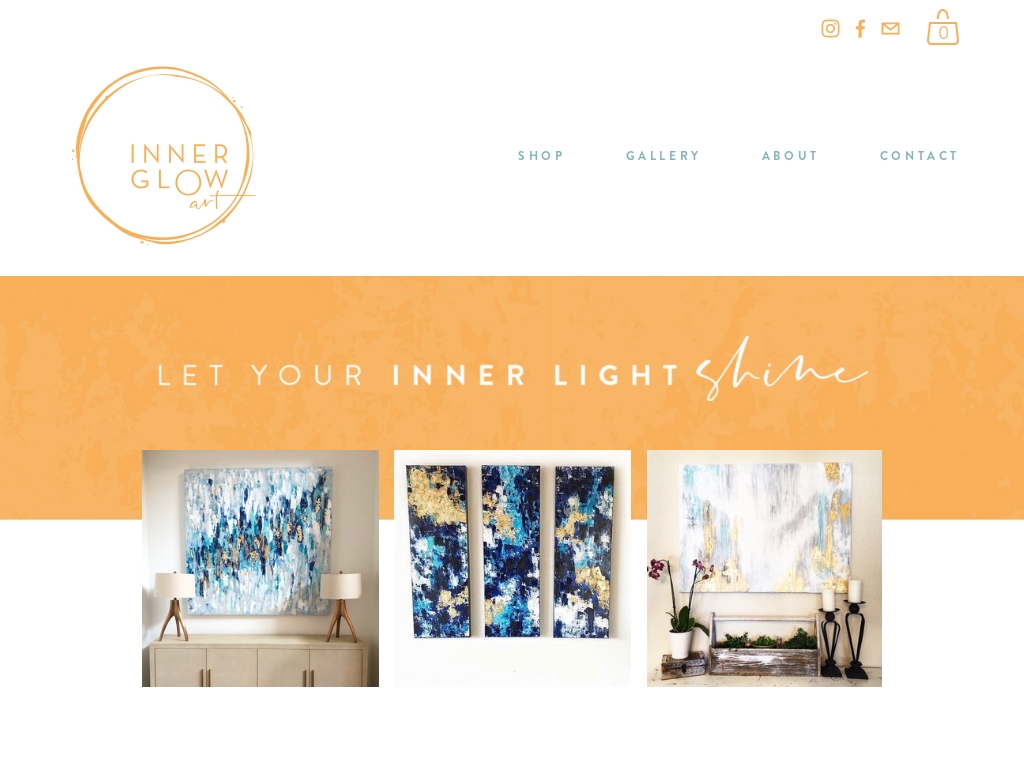
Innerglow Art is a successful custom abstract painting business that incorporates scripture and personable connection with buyers to produce beautiful and unique artwork.
627. Speedcube New Zealand ($50.4K/year)
Oliver Jenks came up with the idea for his ecommerce store, speedcube.co.nz, after realizing there was no dedicated online store for speedcubing puzzles in New Zealand. With his knowledge as a speedcuber and experience working in a furniture distribution warehouse, Oliver saw an opportunity to fill a gap in the market and create a profitable side hustle.
How much money it makes: $50.4K/year
How many people on the team: 1

A 21-year-old student started an e-commerce store that sells "speedcube" puzzles and has grown it into an annual 5-figure profit side hustle that requires only an hour a day, with over 3,000 loyal customers and successful pop-up stores at speedcubing competitions and weekend markets.
628. Bradford Bakery ($48K/year)
Amanda Bradford, founder of Bradford Bakery, came up with the idea for her business after years of working in the culinary industry and realizing her passion for baking and providing comfort through food. She used her expertise and access to affordable ingredients to create a menu that catered to the Texas clientele. Through word of mouth, strategic marketing, and community involvement, Bradford Bakery has seen a 550% increase in SEO and a growing client list.
How much money it makes: $48K/year
How much did it cost to start: $500
How many people on the team: 2
From pastry chef to owner of a successful bakery, learn how Bradford Bakery achieved a 550% increase in SEO in just a few months through community outreach, building a website, and utilizing social media and advertising on platforms like Facebook and Groupon.
629. LEVDisplay ($48K/year)
Jeff, the founder of LEVdisplay, came up with the idea for his business after stumbling across the Lyfe planter on Kickstarter. Intrigued by the concept of levitating magnets, he wanted to build something similar, so he sourced high-quality hardware from the company that manufactured the Lyfe brand planters and started selling them on Amazon. He is now focusing on expanding his customer base and building his own website to reduce reliance on Amazon.
How much money it makes: $48K/year
How many people on the team: 0

LEVdisplay is a unique e-commerce business that began by creating levitating wooden planters, selling 150 units on Amazon over the holidays, and is currently earning 50% margin on sales before expanding into two new product lines next year.
630. Jamie Clawson ($48K/year)
Jamie Clawson, founder of Jamie Clawson, came up with the idea for their leather products business after losing their job and learning to use a laser cutter through a friend. They started by making premium leather iPhone skins and expanded their product line as sales grew. Now, they design and manufacture their products in New York City, using a hybrid of old-fashioned techniques and cutting-edge technology.
How much money it makes: $48K/year
How many people on the team: 1
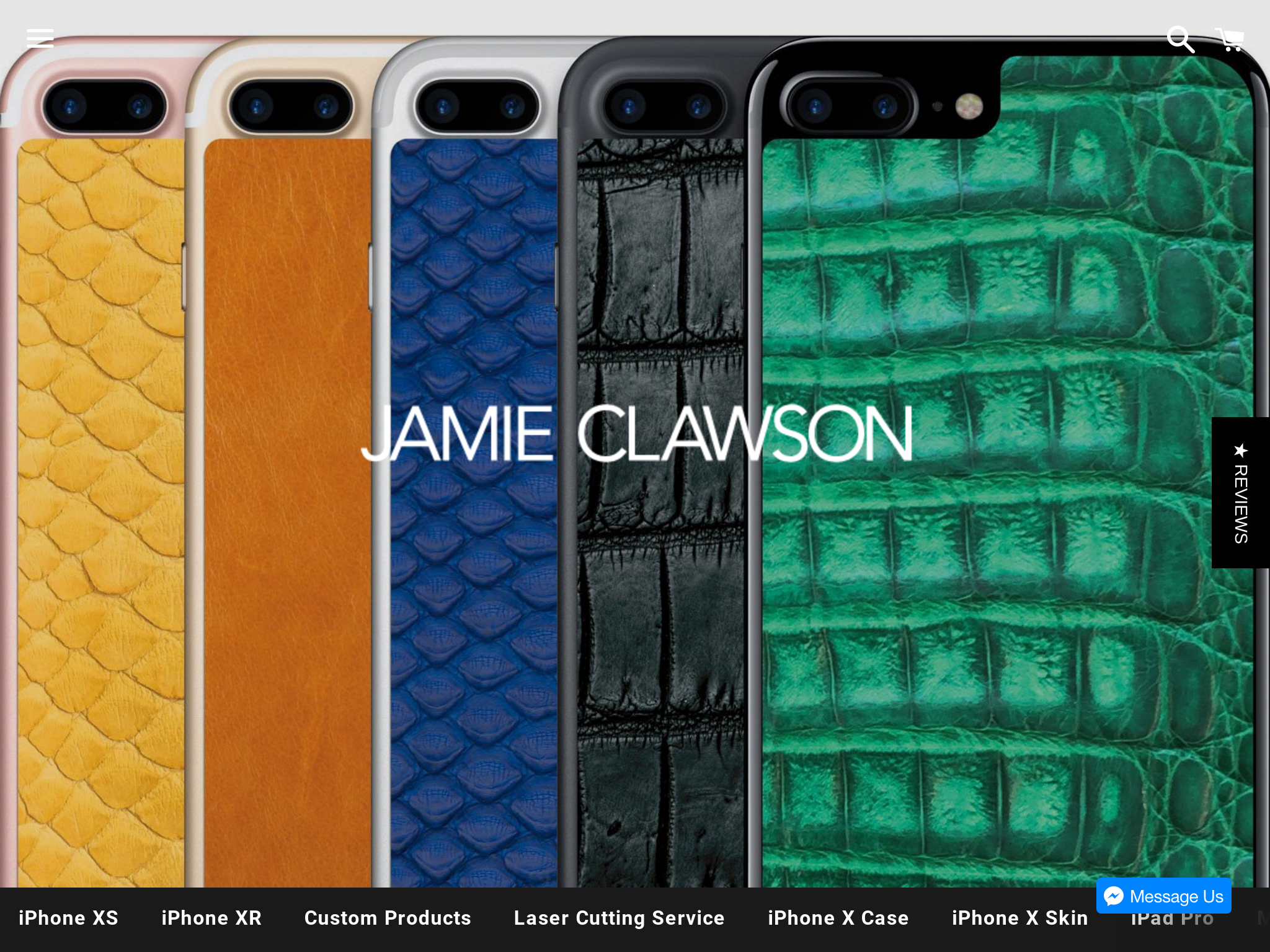
A designer founded a leather manufacturing business which started as a one-person operation, costs were kept low by making products to order and the most cost-effective way of attracting and retaining new customers was through email and newsletters.
631. Olakino Skincare ($48K/year)
Kristie Chee, the founder of Olakino skincare products, was inspired to start her business after experiencing the loss of her baby due to toxic liver. Realizing that many skincare and makeup products marketed as "non-toxic" still contained harmful ingredients, she decided to create her own line of 100% non-toxic products. Through research, formulation trials, and feedback from family and friends, she developed high-quality, non-toxic skincare and makeup products that are healthy for the body.
How much money it makes: $48K/year
How much did it cost to start: $35K
How many people on the team: 1

Learn how Kristie Chee started a $4k/month, 100% non-toxic skincare and makeup brand, Olakino, after suffering from toxic liver and being disappointed with the quality of natural skincare products available in the market.
632. Golden Root ($48K/year)
A Phlebotomist by profession, Andrea quit her job to work in many food startups, and her experience in the farm lit a fire in her to provide healthy food to people.
How much money it makes: $48K/year
How many people on the team: 0

Denver-based founder Andrea Slinde built her own organic food start-up, Golden Root, which sells trendy Turmeric Latte Mix online and now in 50 coffee shops nationwide, with an average monthly revenue of $4K, a long term objective of expanding into traditional grocery sales, and uses Shopify, Recharge, Mailchimp, Shipstation, and QuickBooks to manage e-commerce and finances.
633. Boosa Tech ($48K/year)
Chris Reimer, founder of Boosa Tech, came up with the idea for his portable phone charger business after realizing the utility and convenience of such devices. As a busy professional constantly burning through his phone's battery, he saw a business opportunity to provide people with a solution to "Low Battery Anxiety." Through extensive research, testing, and collaboration with manufacturers in China, he developed his first product, the Boosa Macro M1, a lightweight and efficient power bank.
How much money it makes: $48K/year
How many people on the team: 1

Boosa Tech's founder, Chris Reimer, built a side hustle selling portable phone chargers and successfully launched his business through Amazon FBA and later Shopify, averaging $2,000/month in sales.
634. Kamino Wallet ($48K/year)
Kan Yamamoto, the designer of Kamino Wallet, came up with the idea after searching for a slim, functional, and eco-friendly wallet but couldn't find one on the market. He quickly prototyped the design using paper and received positive feedback, leading him to launch the business. Despite facing challenges with customer acquisition, Kan continues to grow his business, generating around $1,000 in sales and maintaining a strong personal connection with his customers.
How much money it makes: $48K/year
How many people on the team: 0

Designer Kan Yamamoto started an eco-friendly paper wallet side hustle that now brings in around $1,000 in monthly sales, with 35-40% gross margins and 60-100 daily visitors mainly through organic search, Instagram, and Reddit.
635. Vintage Vegan Candle Co ($48K/year)
Adam, the founder of Vintage Vegan Candle Co, came up with the idea during the COVID-19 pandemic, which greatly impacted the theater and events industry that he worked in. Wanting to explore the history of lighting and create a product that was environmentally-friendly, he taught himself the art of candle making. His business has since generated £15,000 in the first 10 months, exceeding his initial goal of making £5,000 in the first year.
How much money it makes: $48K/year
How much did it cost to start: $400
How many people on the team: 1
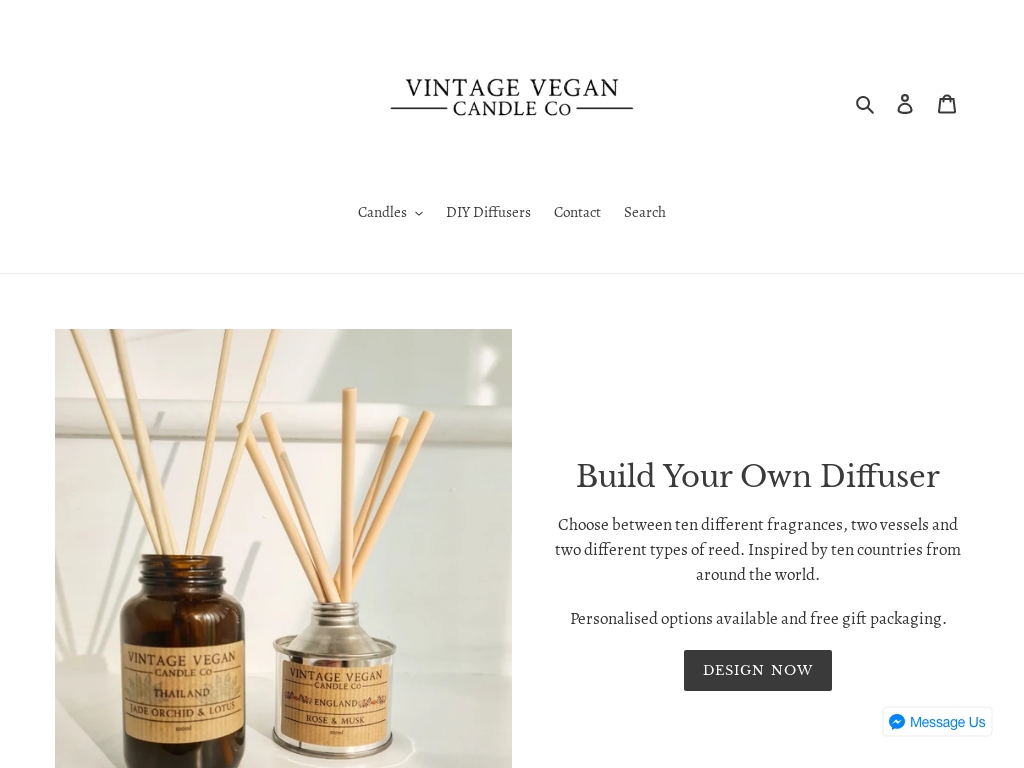
Vintage Vegan Candle Co started as a hobby during the pandemic, and has now become a fast-growing business generating £15,000 in its first 10 months selling homemade, sustainable soy candles and diffusers.
636. Retro Radio Farm ($48K/year)
Allen Chiang, founder of Retro Radio Farm, came up with the idea for his business when he stumbled upon two old radios at a flea market in 2012. Despite having limited knowledge of radio repair, Chiang taught himself how to fix and restore these radios, eventually turning it into a profitable side business. With a growth rate of 20% every year, Retro Radio Farm is steadily increasing its revenue, although it has not yet reached a level that would allow Chiang to quit his full-time job in IT.
How much money it makes: $48K/year
How many people on the team: 2

Retro Radio Farm founder, Allen Chiang, earns $50k per year as a side business restoring old radios and offering Bluetooth MP3 upgrades, with the business growing 20% every year.
637. GEO 101 Design ($48K/year)
Nick Fortosis, the founder of GEO 101 Design, came up with the idea for his business when he combined his love of woodworking and CNC machining. After experimenting with different projects, he found success selling marble hexagon coasters on Etsy. However, when competitors emerged, he decided to create cork maps, which quickly gained popularity. Through professional photos, engaging with customers on social media, and utilizing Google Shopping ads, Fortosis has been able to attract and retain customers for his personalized home décor products.
How much money it makes: $48K/year
How much did it cost to start: $200
How many people on the team: 0
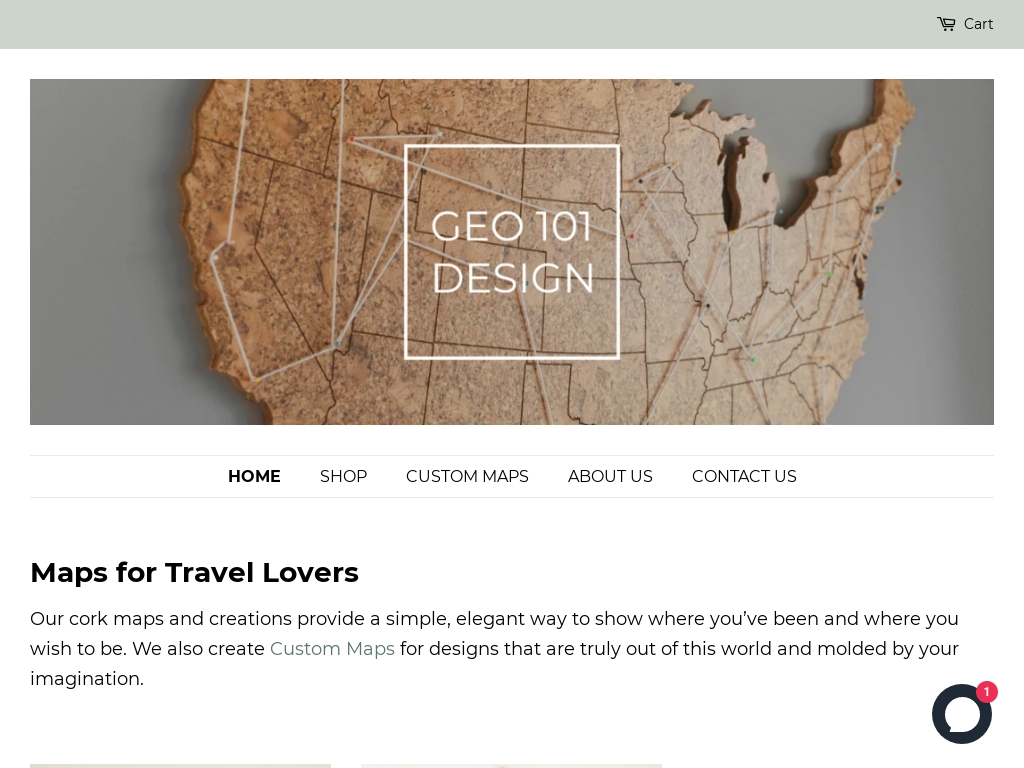
GEO 101 Design founder Nick Fortosis created unique cork maps using a CNC router in his garage workshop, and grew sales to $2,000/month through his website and Etsy shop, with plans to double revenue year over year.
638. Jordyn Alison Designs ($48K/year)
Jordyn came up with the idea for her business after making hand-lettered greeting cards during her boyfriend's boot camp. With a background in graphic design, she started Jordyn Alison Designs in 2016, but it wasn't until three years later that she saw significant growth and began expanding her product offerings. Now averaging $3,000 a month, Jordyn focuses on wholesale and the digital side of her business, with plans to get her products into over 100 stores nationwide and start licensing her artwork.
How much money it makes: $48K/year
How many people on the team: 0

Jordyn Alison Designs owner Jordyn, has grown her hand-lettered stationary business to average $3,000 a month by expanding her product line to include greeting cards, vinyl stickers, notepads, apparel and more, while also using social media to promote her launches and gauging customer interest.
639. The Purple Sage ($48K/year)
Sandy Engels, the founder and artisan of The Purple Sage, came up with the idea for her business after realizing that there are women like her who have cared for others for decades and are now ready to prioritize self-care. She started making soap and bath products and eventually created her signature product, Bubbleaux, a bubble bath that provides a luxurious and pampering experience. With her rebranded company and a loyal client base, Sandy's business has grown steadily, and she is now focused on leveraging videos and live streams to connect with her customers in the future.
How much money it makes: $48K/year
How much did it cost to start: $2.5K
How many people on the team: 0

A modern midlife woman crafts a soap company that encourages women to live and love boldly, garnering an average revenue of $2,800 a month by focusing on a collection of scents and products that results in a loyal client base.
640. Urban Hiker SF ($45K/year)
After leaving her job at Google, Alexandra Kenin took time off to explore San Francisco and realized that others might want to experience the city's hidden gems. With inspiration from local hiking groups, Airbnb experiences, and coupon promotions, she started Urban Hiker SF, offering urban hiking tours that have attracted thousands of tourists and corporate clients, generating up to $8,000 per month in revenue during the peak tourist season. Alexandra also established herself as an expert on hiking in San Francisco by writing a book and partnering with travel marketplaces and DMCs.
How much money it makes: $45K/year
How many people on the team: 0

Alexandra Kenin started Urban Hiker SF in 2012, offering urban hiking tours around San Francisco and making $40,000 to $45,000 every year, with corporate tours being the biggest money maker, and has also written a book, Urban Trails San Francisco, which has sold over 8,000 copies since its launch in 2016.
641. PinAround ($44.4K/year)
Erika Holm, the founder of PinAround, had always dreamed of being a business owner since she was a kid. After years of traveling and working odd jobs, she came up with the idea of producing wall maps with pins. With a clear goal and a determination to learn along the way, she launched the business and saw rapid growth, making $44,000 in 2017 with a 35% increase in every quarter.
How much money it makes: $44.4K/year
How many people on the team: 0

PinAround, a Swedish company founded by a 23-year-old entrepreneur, produces wall maps with pins and made $44,000 USD in 2017, with approximate 35% increase in every quarter, using effective marketing strategies such as Instagram, Facebook ads and influencers.
642. Commissioning and Startup ($42K/year)
Paul Turner, a professional electrical engineer and project management professional, came up with the idea for his business, Commissioning and Startup, after seeing numerous projects struggle due to poor commissioning. He created a suite of training programs to teach project managers and engineers the structured process of commissioning complex projects. These programs have been well received, with over 10,000 people taking the free intro course and positive feedback circulating on social media.
How much money it makes: $42K/year
How much did it cost to start: $5K
How many people on the team: 1
Learn how one professional engineer created online commissioning training programs to help project managers and engineers deliver complex projects on time and budget, with over 10,000 people taking his free mini-course and growing interest in his courses.
643. Prodigi Kids ($42K/year)
While dining out with her 18-month-old daughter, Karen Braveheart witnessed a spaghetti-fueled disaster and decided to design a truly childproof plate, leading to the creation of Adi plate and launching Prodigi Kids after raising $400,000 in seed funding.
How much money it makes: $42K/year
How much did it cost to start: $400K
How many people on the team: 1

Prodigi Kids CEO Karen Braveheart raised $400k to develop the Adi plate; a suction plate for babies engineered to stay in place, and is working to grow production and market share despite the challenges faced due to COVID-19.
644. Fredi ($42K/year)
Mitch, who had been taking nootropic supplements to stay sharp and manage stress during his time as an investment banker, realized that few people knew about their benefits. After discussing the idea with his sister Chelsea, they recognized the underserved market of women and decided to launch Fredi, a female-focused productivity brand. They aimed to introduce the benefits of nootropics to women while empowering them through their brand.
How much money it makes: $42K/year
How much did it cost to start: $100K
How many people on the team: 2
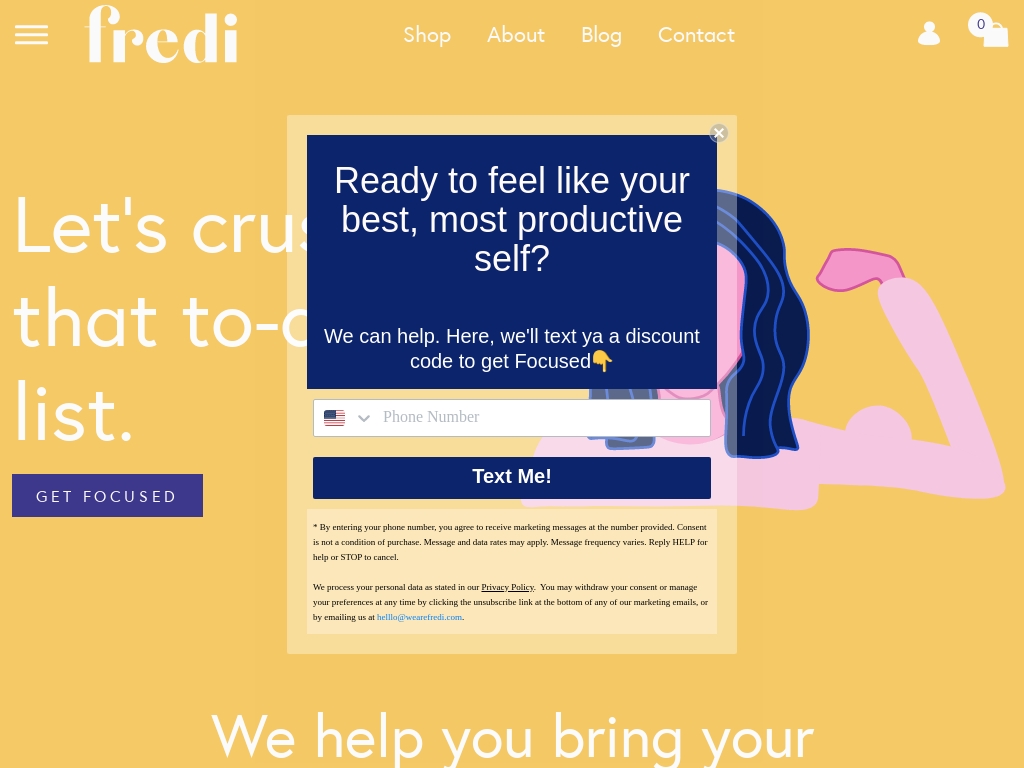
Siblings launch female-focused nootropic supplement brand, Fredi, which earned $3.5k in sales in its first month, targeting busy women with natural ingredients and a message of holistic wellness.
645. By Recruiters ($42K/year)
Ana Colak-Fustin, founder of ByRecruiters, came up with the idea for her business after working as a corporate career coach and noticing that job seekers struggled with crafting effective resumes. She decided to create functional and minimal resume templates that would pass the screening of corporate recruiters and ATS software. Since launching in 2018, ByRecruiters has sold over 6,000 resume templates and brings in between $1,500 to $4,000 per month.
How much money it makes: $42K/year
How much did it cost to start: $5
How many people on the team: 1

Founded by a corporate career coach in 2018, ByRecruiters has sold over 6,000 digital resume templates in 50+ countries, generating $1,500 to $4,000 per month and boasting a 116.91% return on ad spend through Etsy.

With BigCommerce, you have incredible tools at your fingertips to create the ultimate growth engine for your business.
Combine sleek storefront designs with powerful marketing tools and unrivaled 24x7 phone support, our platform has everything you need for success and flexibility in the competitive online marketplace.
Stop settling for low conversion rates and get started with BigCommerce today.
Start Your Free 15-Day Trial of BigCommerce Now

Download the report and join our email newsletter packed with business ideas and money-making opportunities, backed by real-life case studies.

Download the report and join our email newsletter packed with business ideas and money-making opportunities, backed by real-life case studies.

Download the report and join our email newsletter packed with business ideas and money-making opportunities, backed by real-life case studies.

Download the report and join our email newsletter packed with business ideas and money-making opportunities, backed by real-life case studies.

Download the report and join our email newsletter packed with business ideas and money-making opportunities, backed by real-life case studies.

Download the report and join our email newsletter packed with business ideas and money-making opportunities, backed by real-life case studies.

Download the report and join our email newsletter packed with business ideas and money-making opportunities, backed by real-life case studies.





